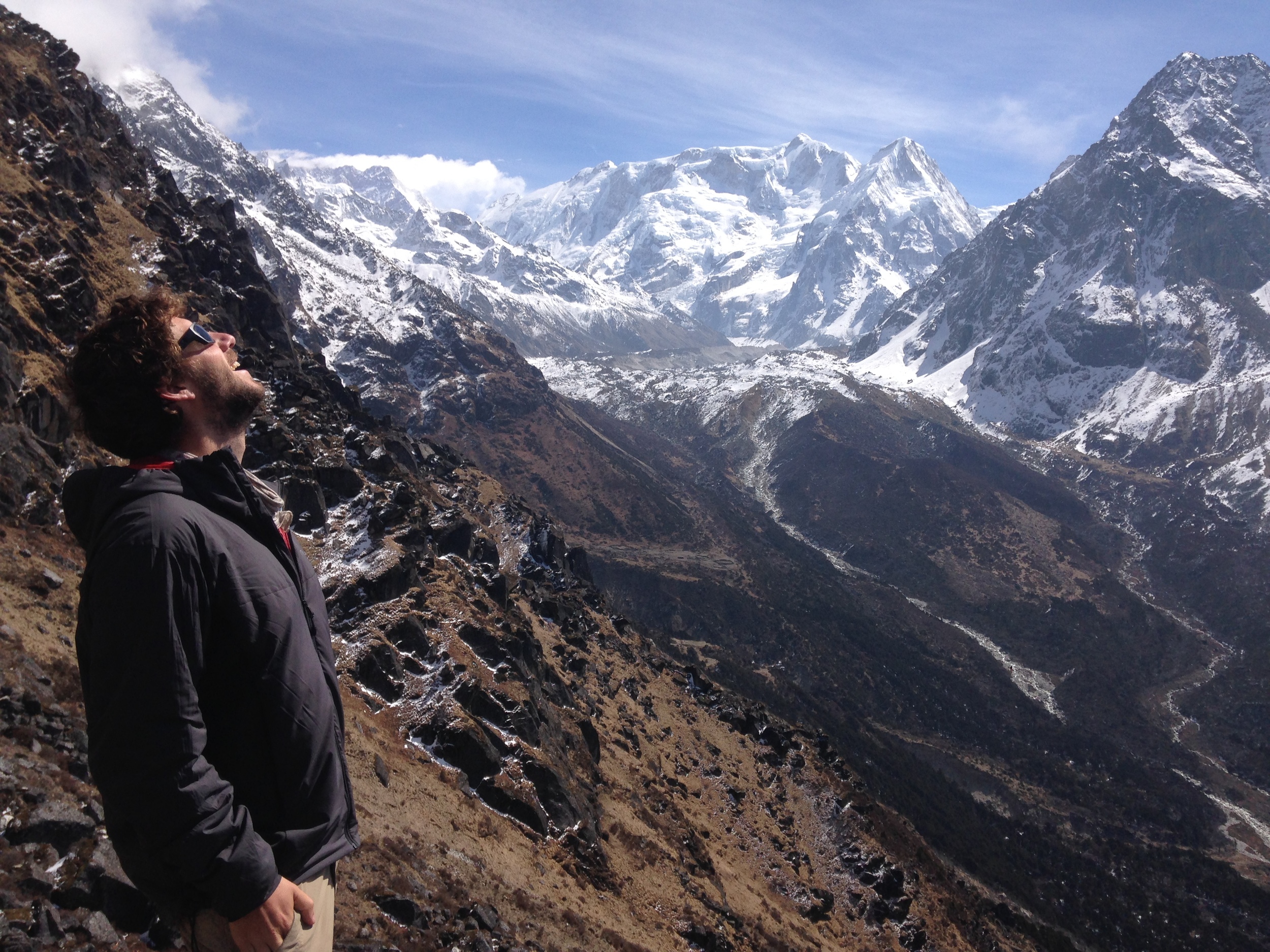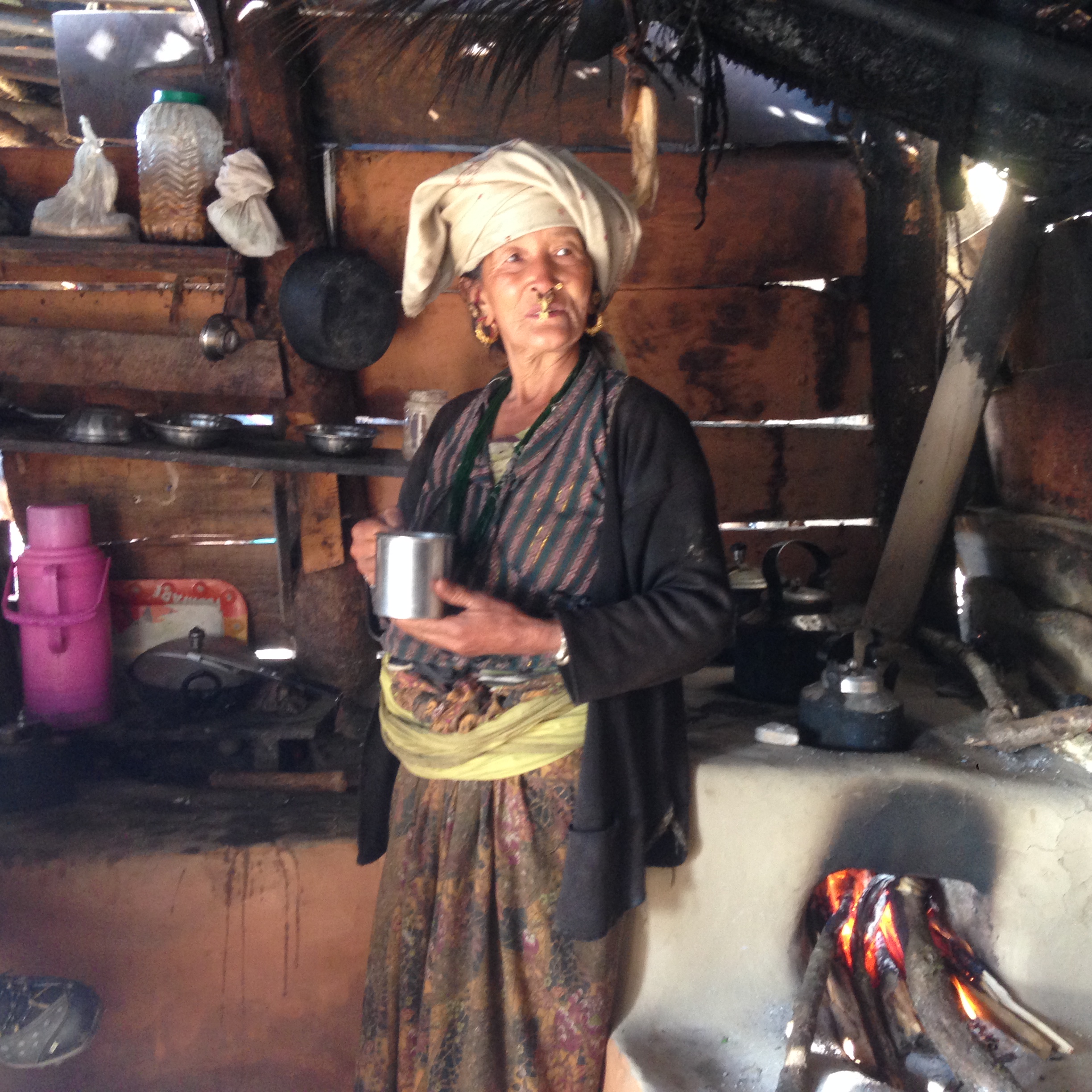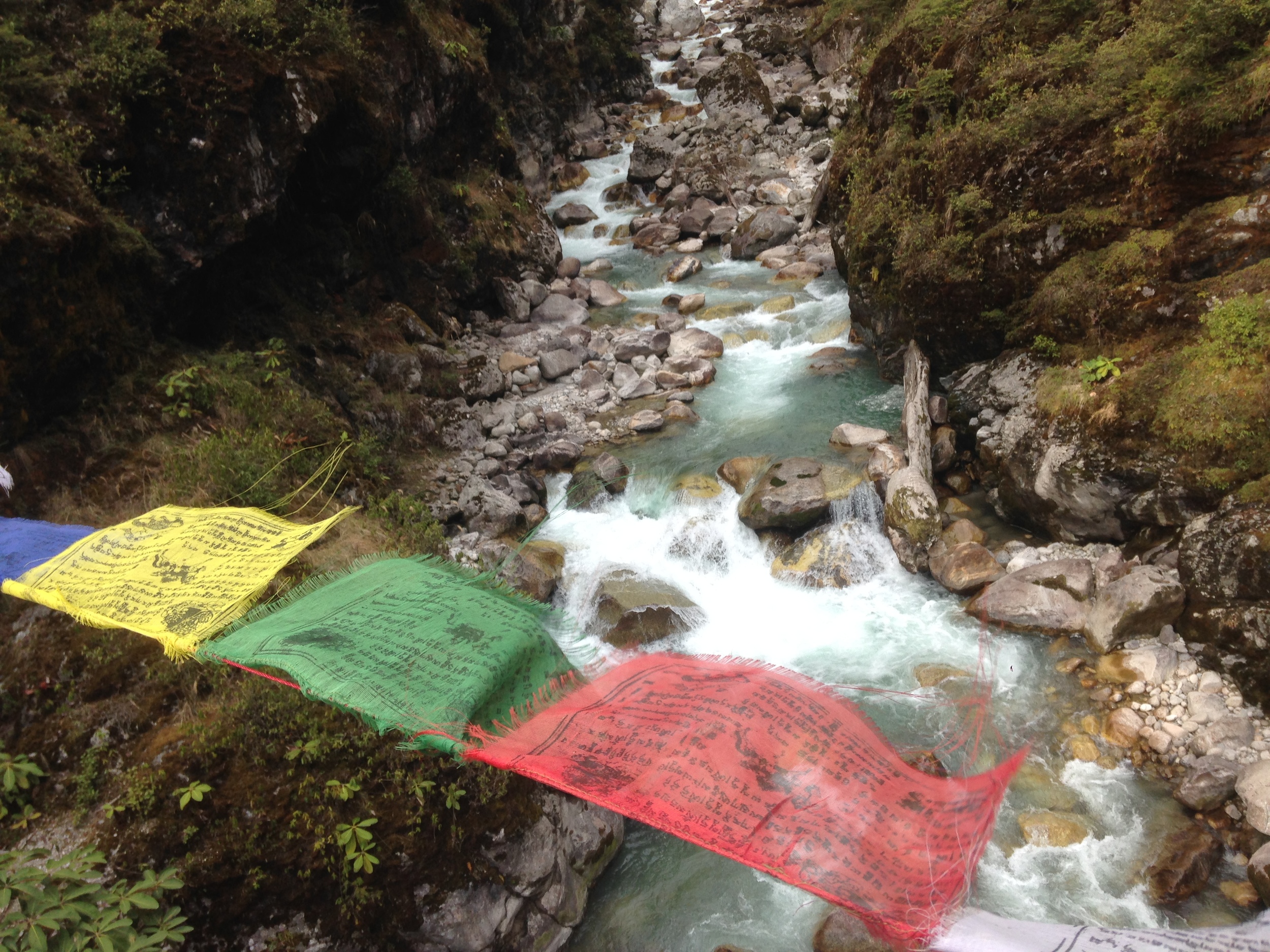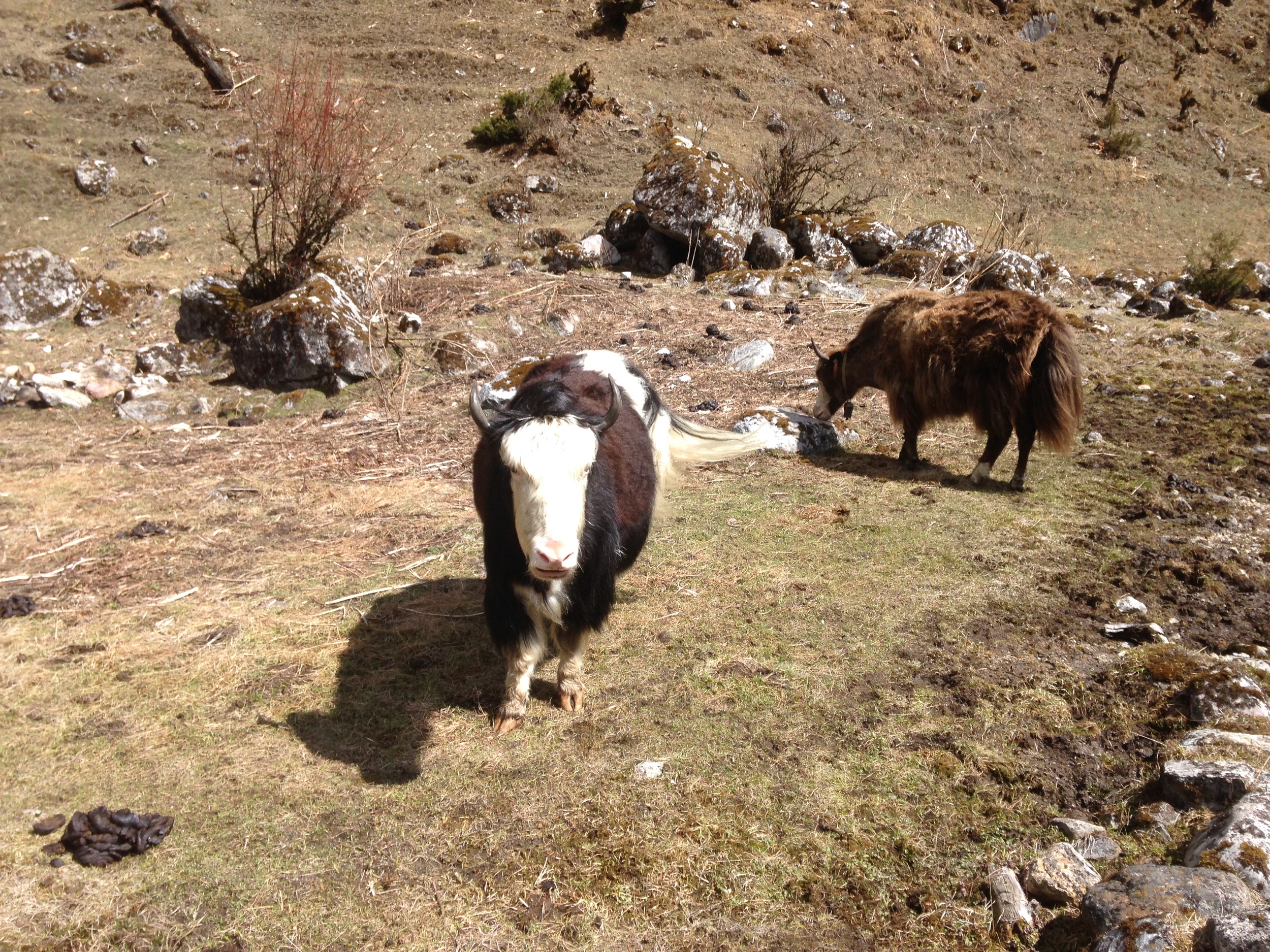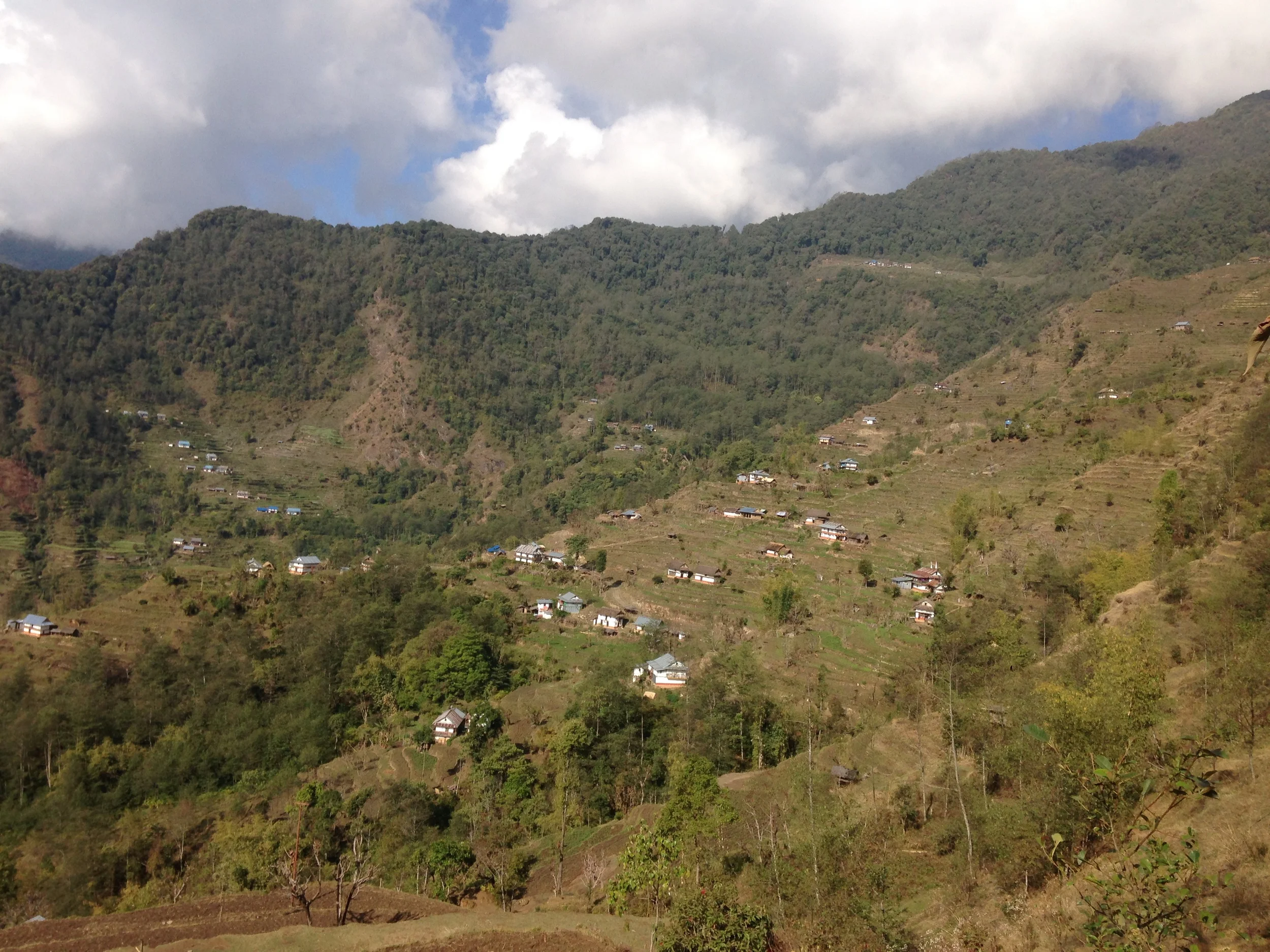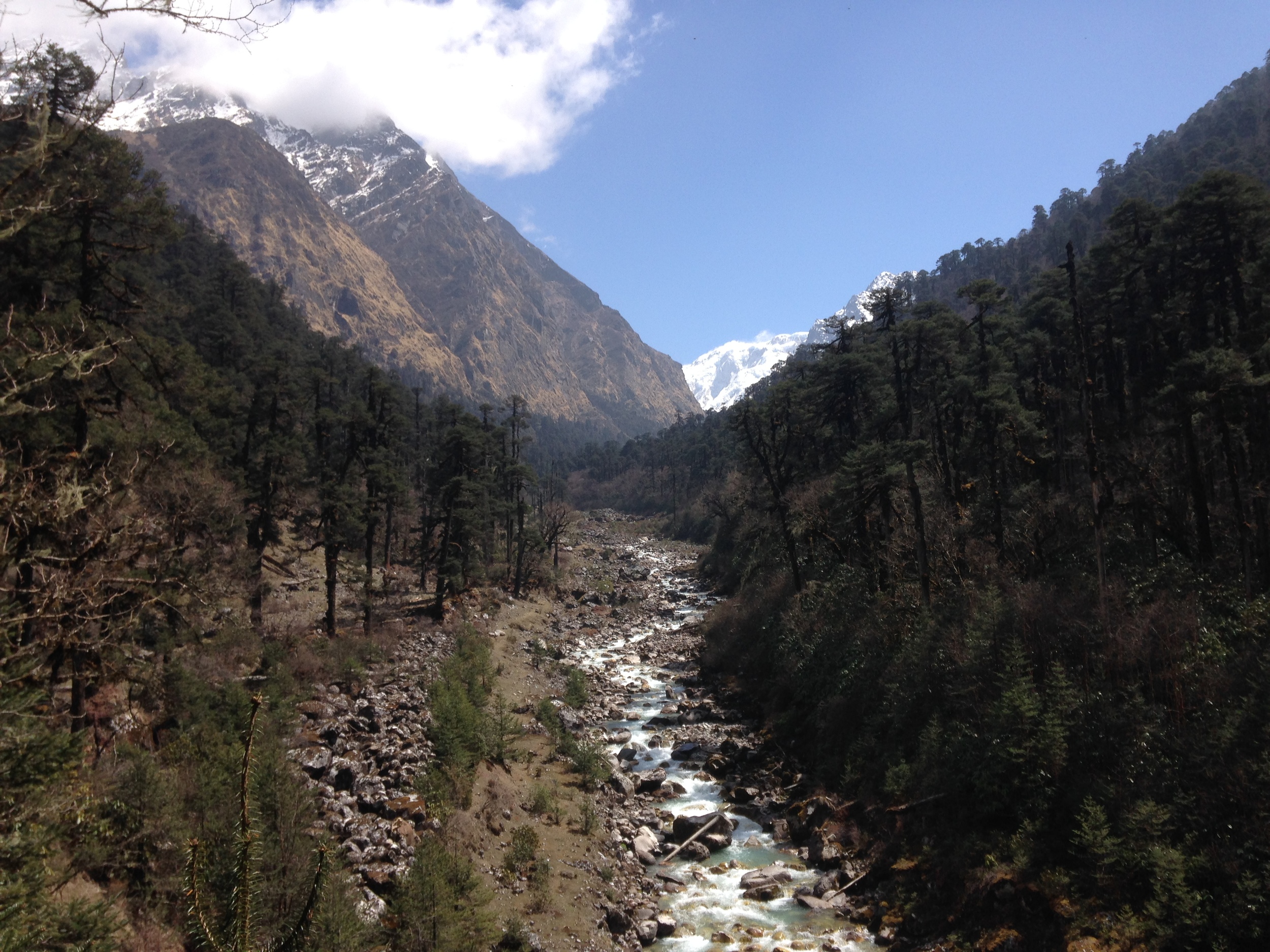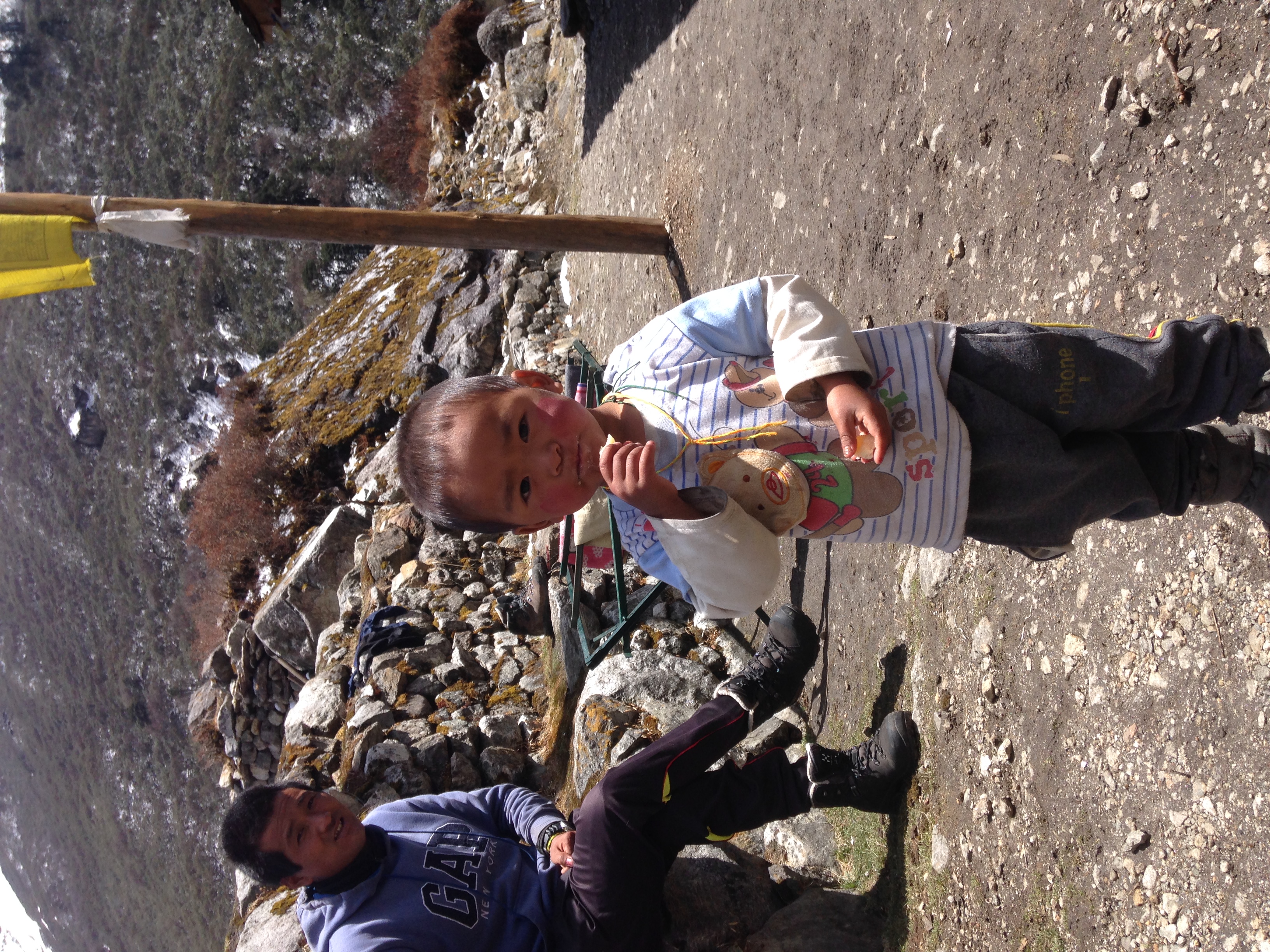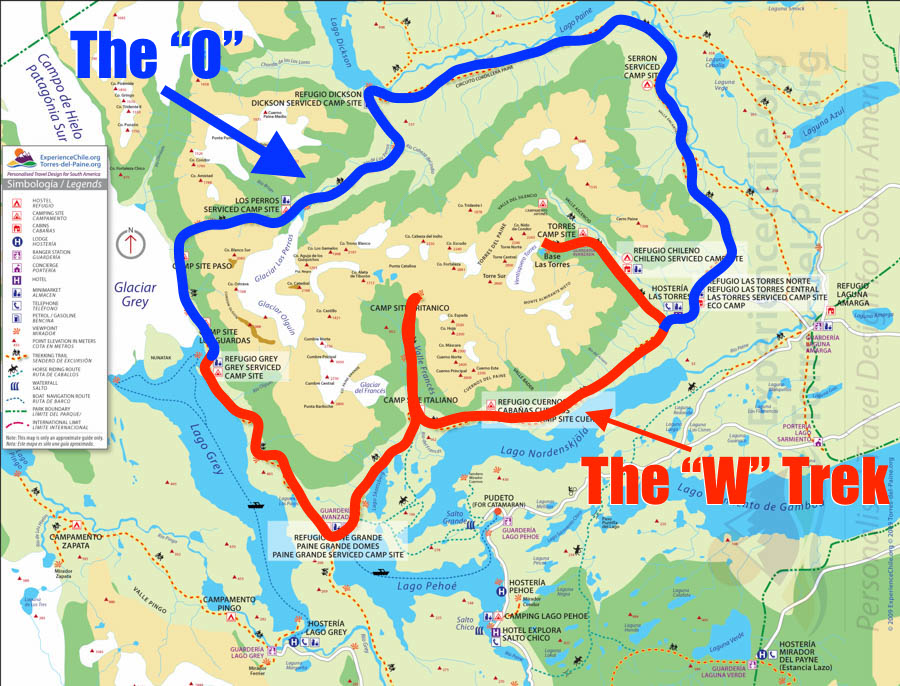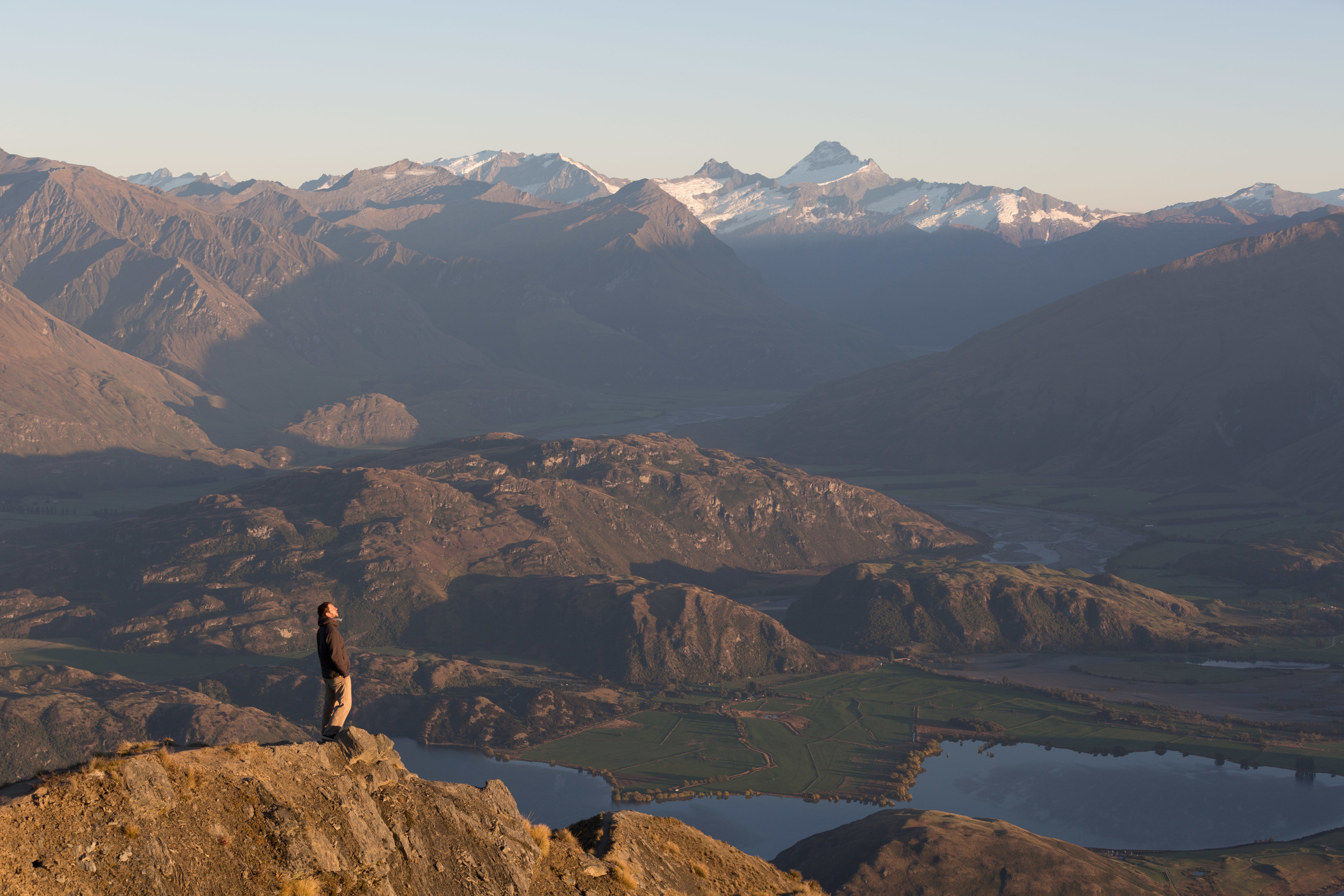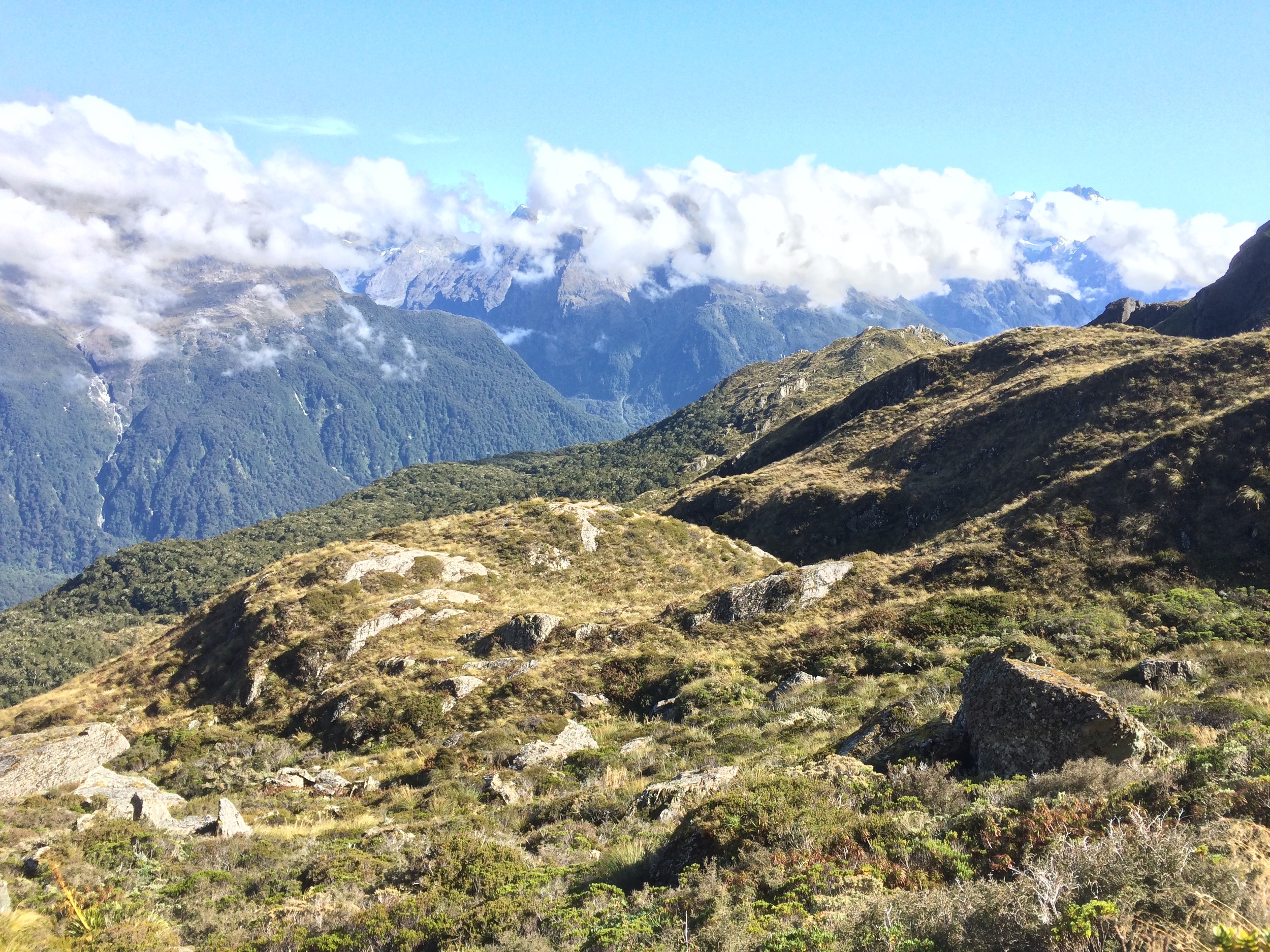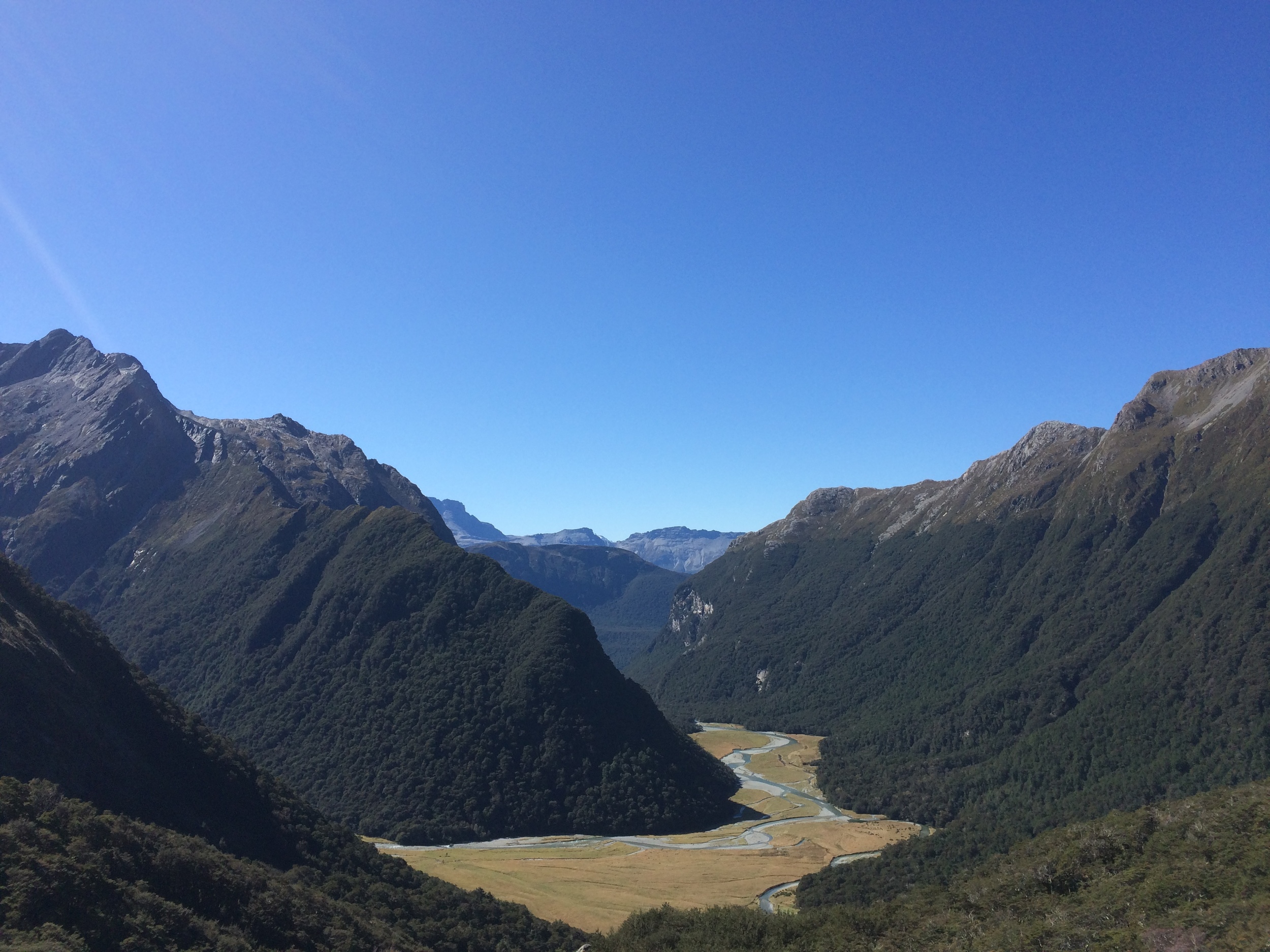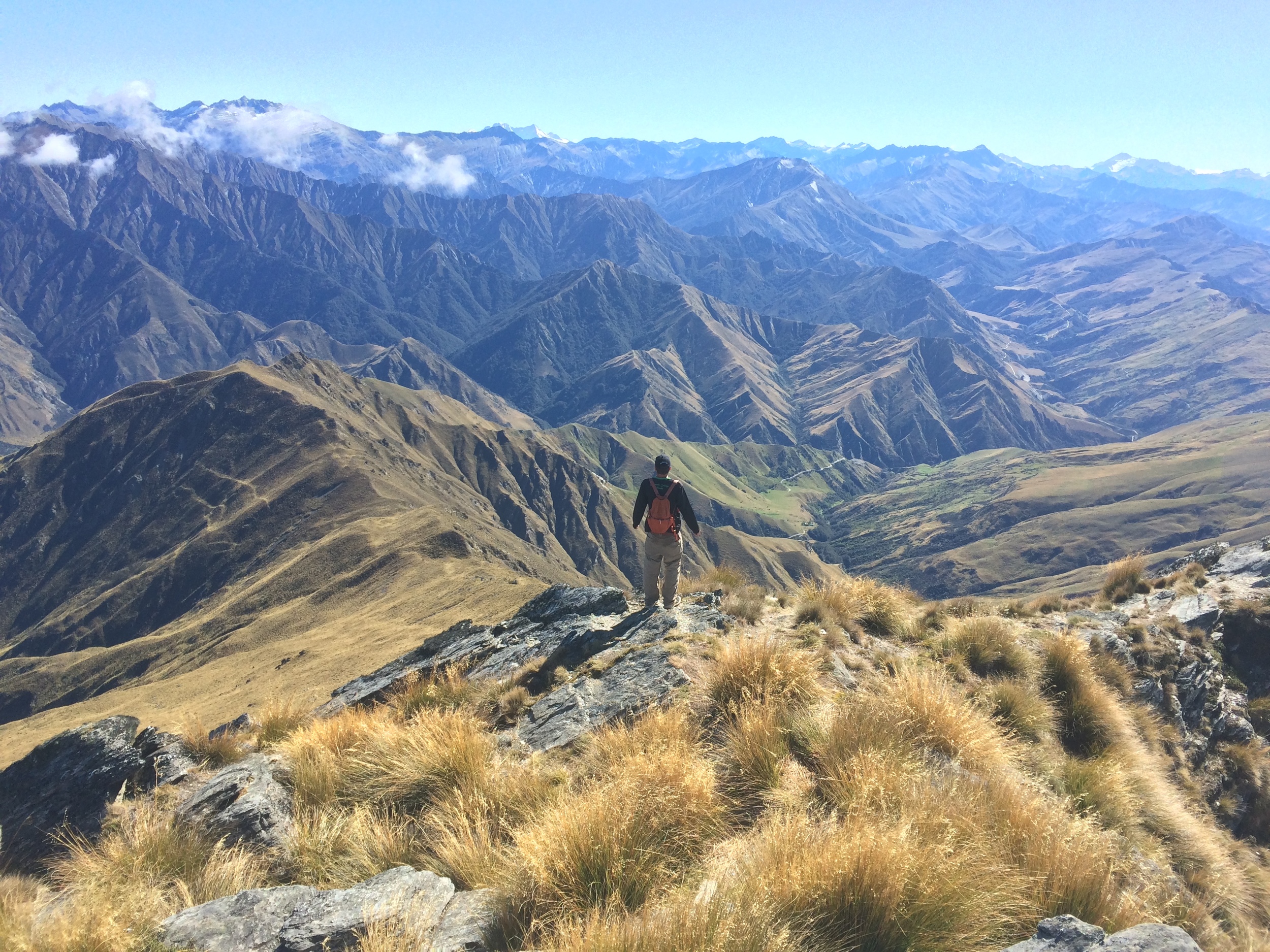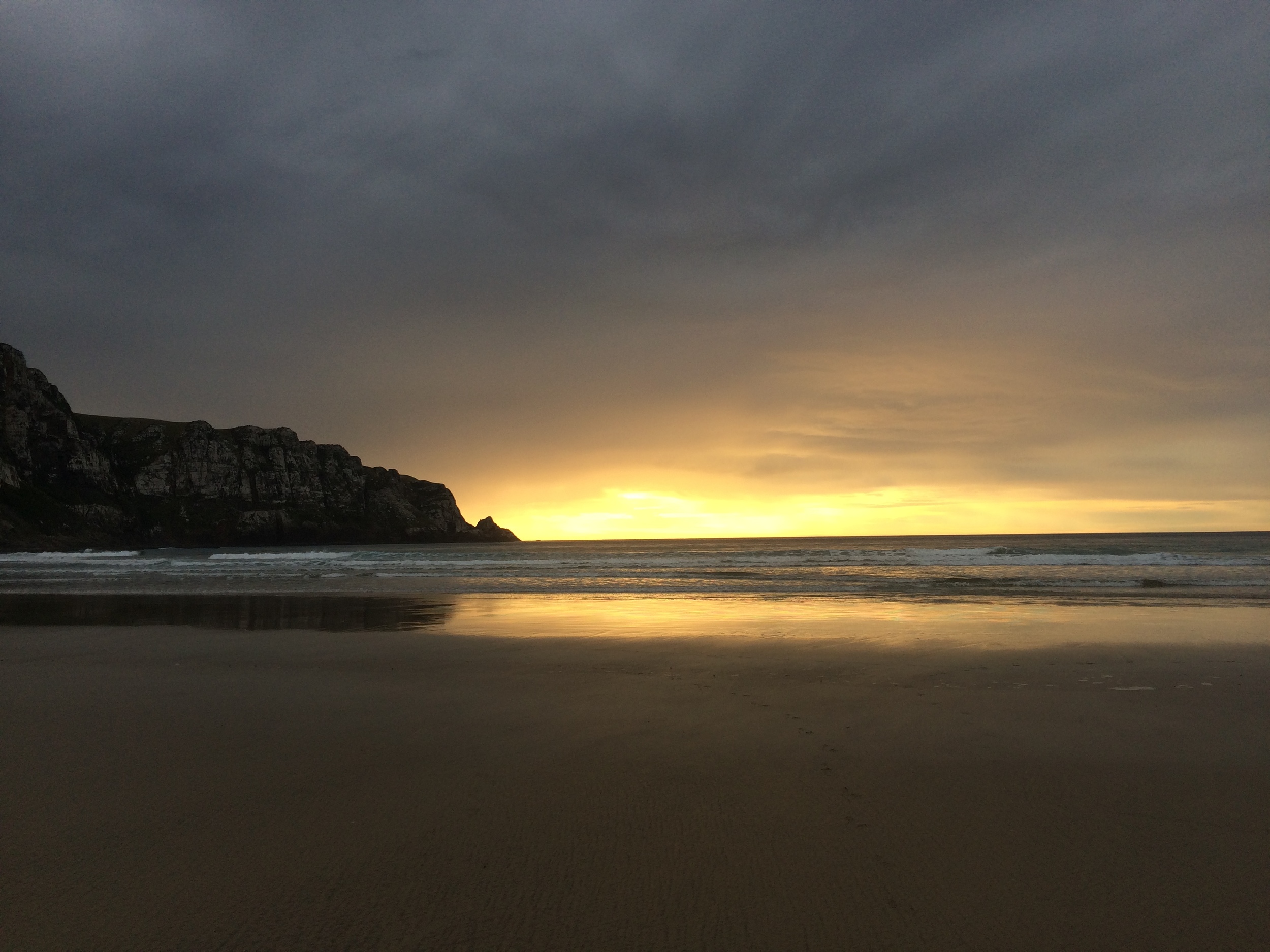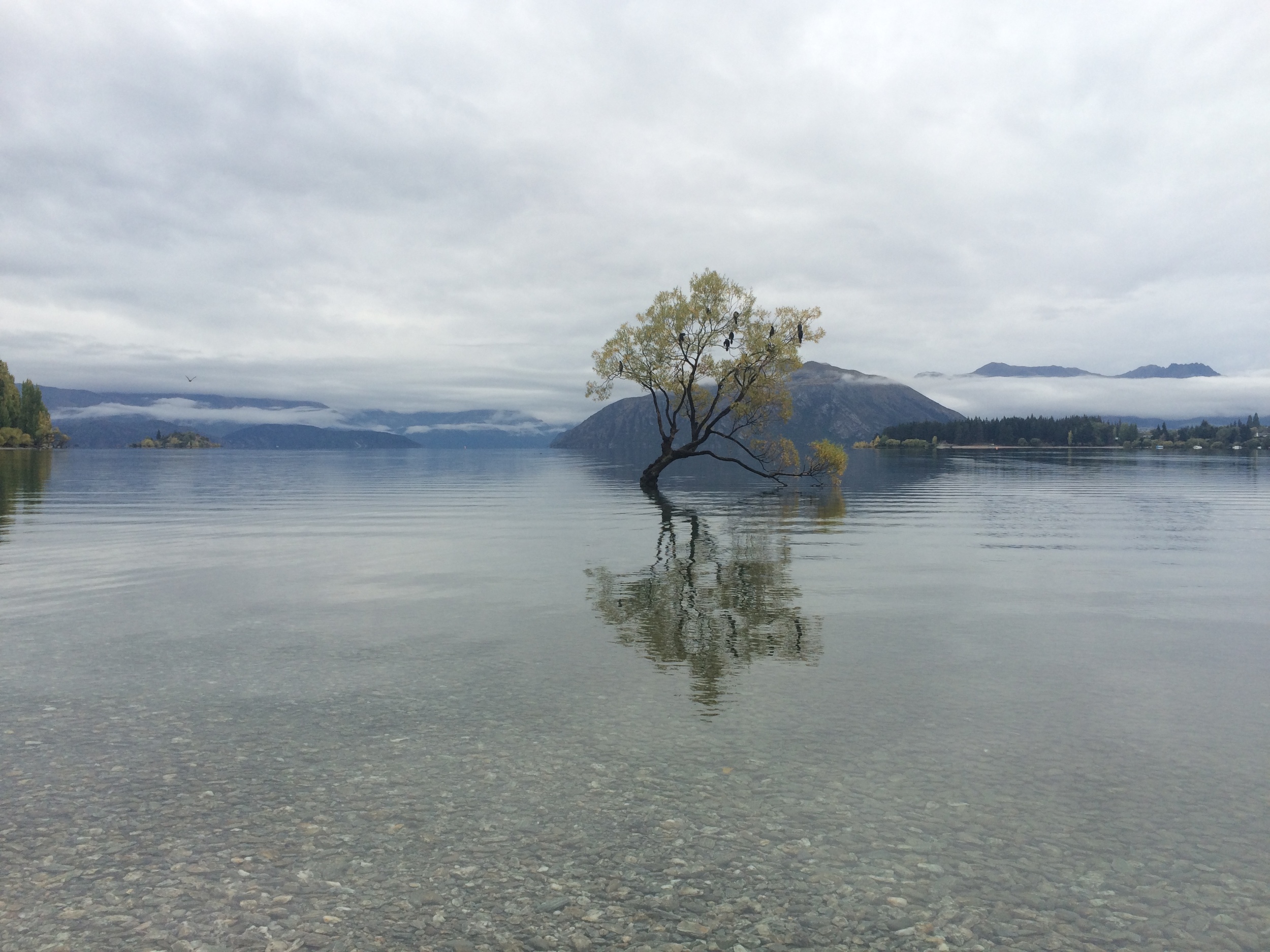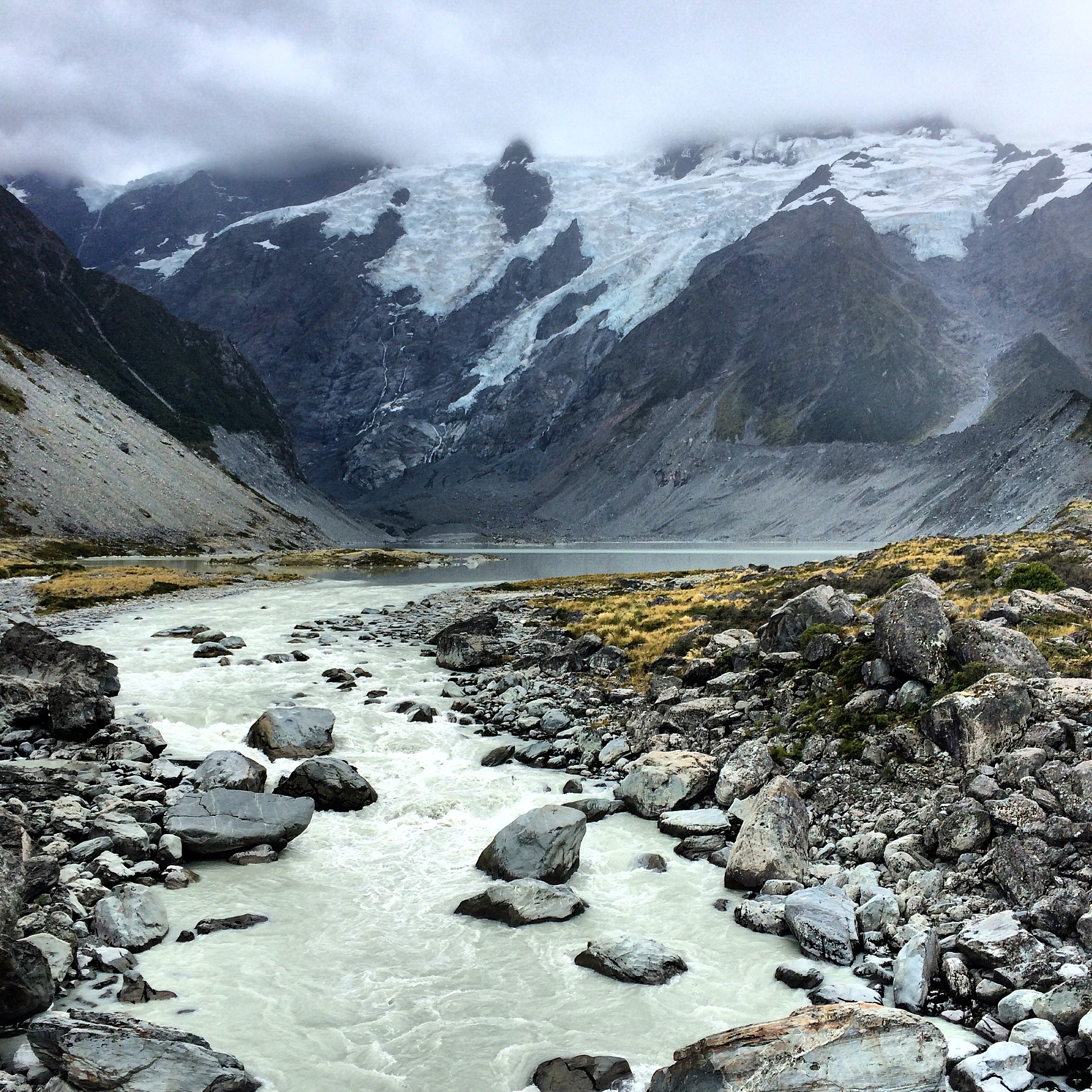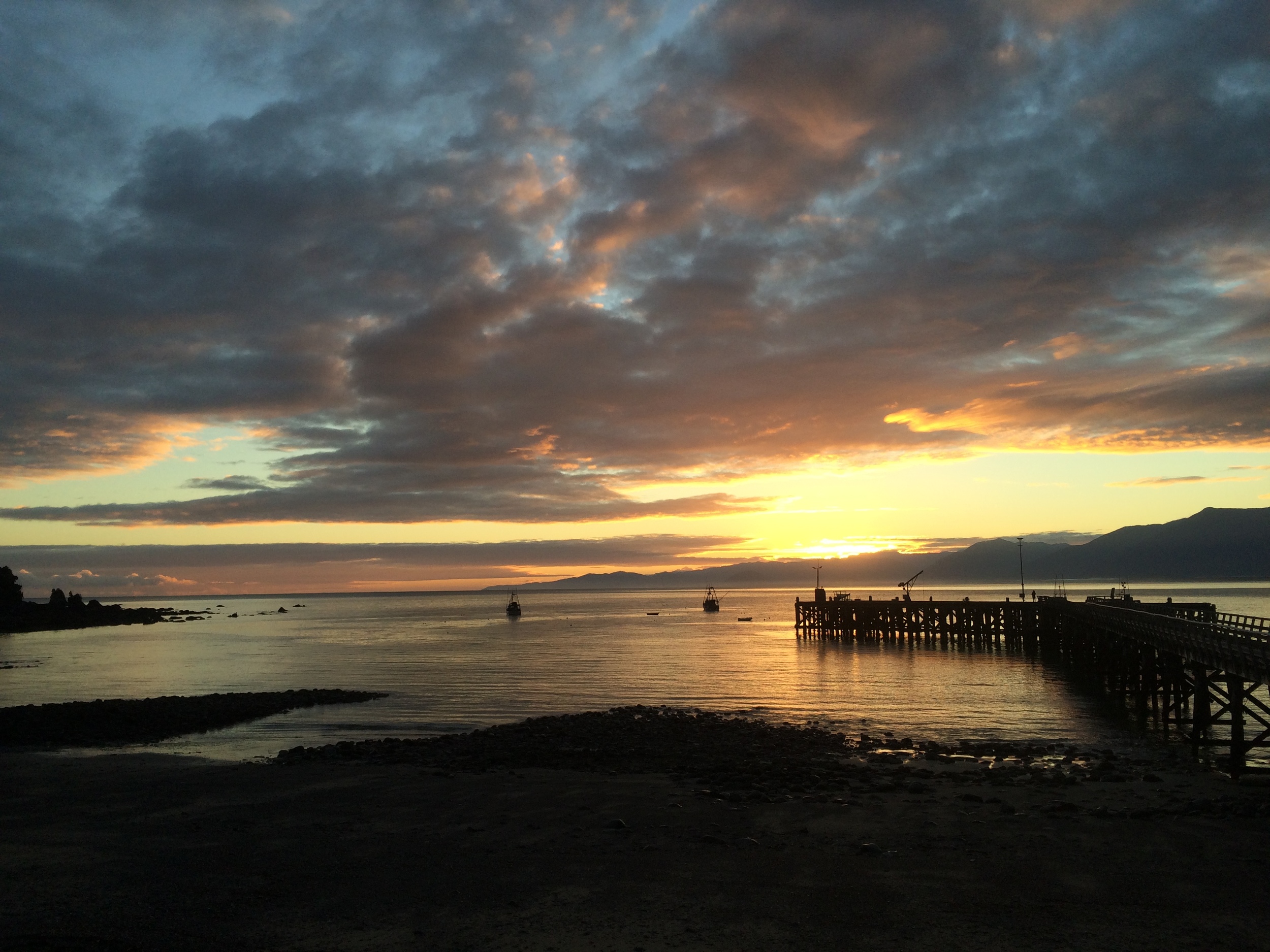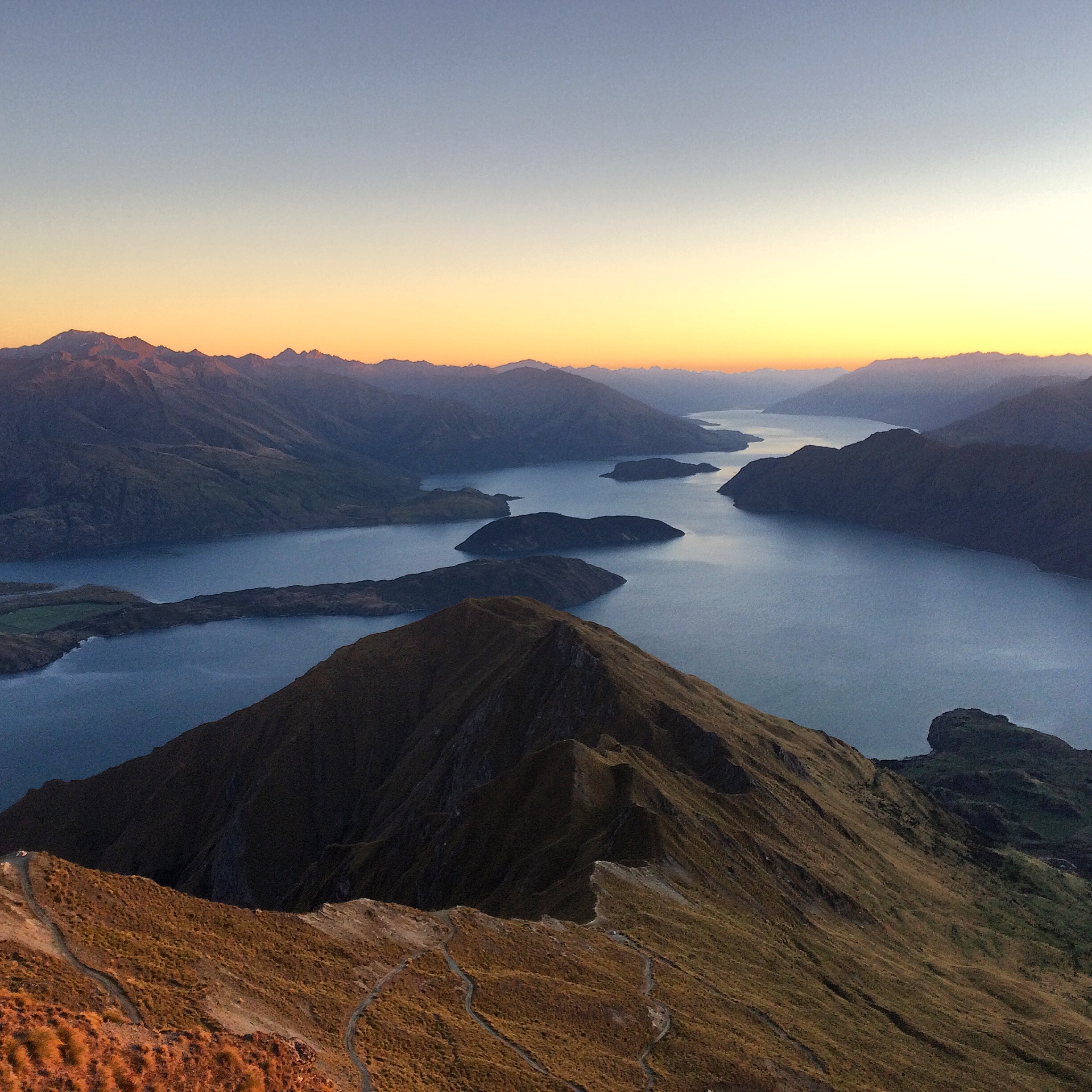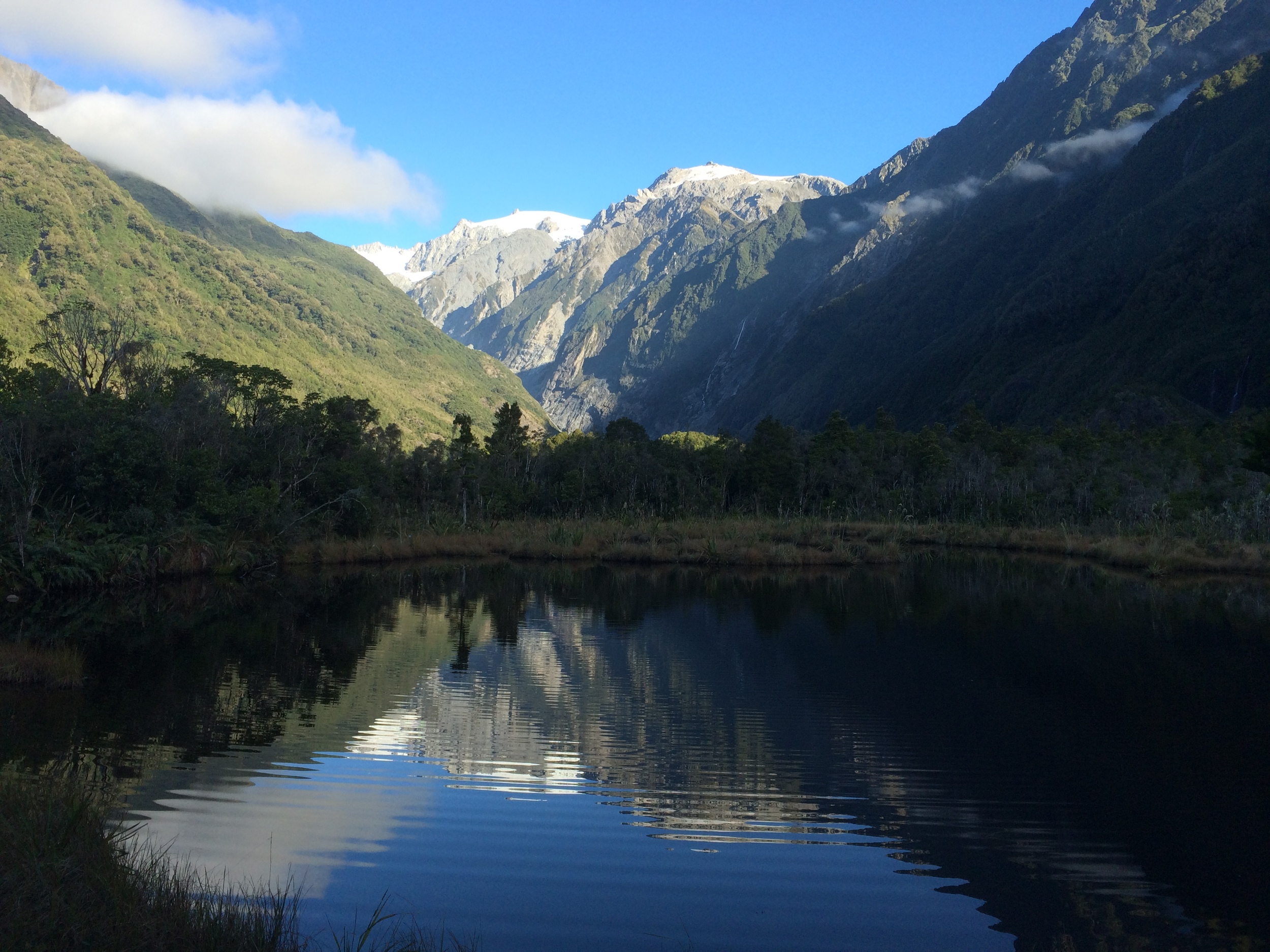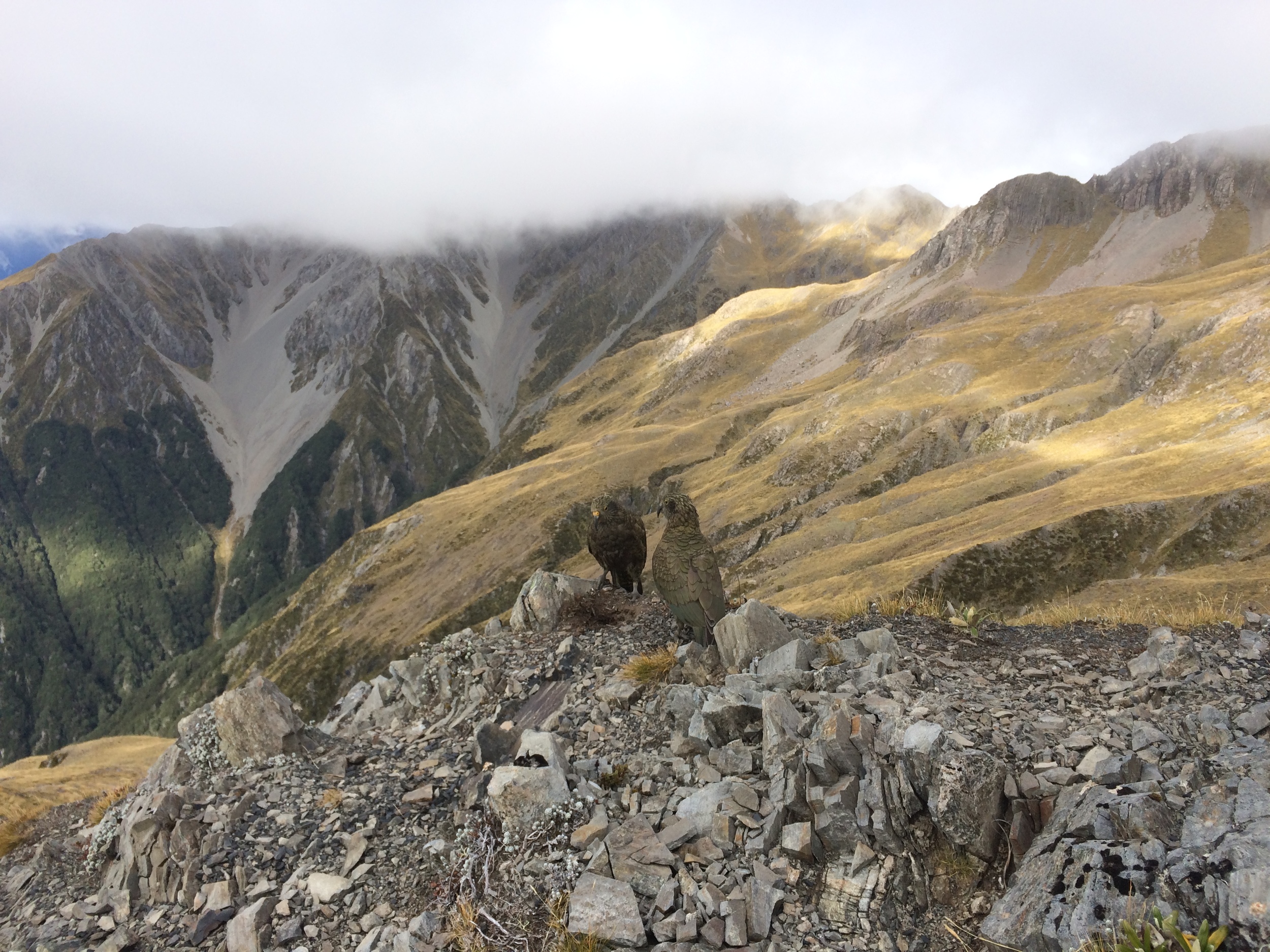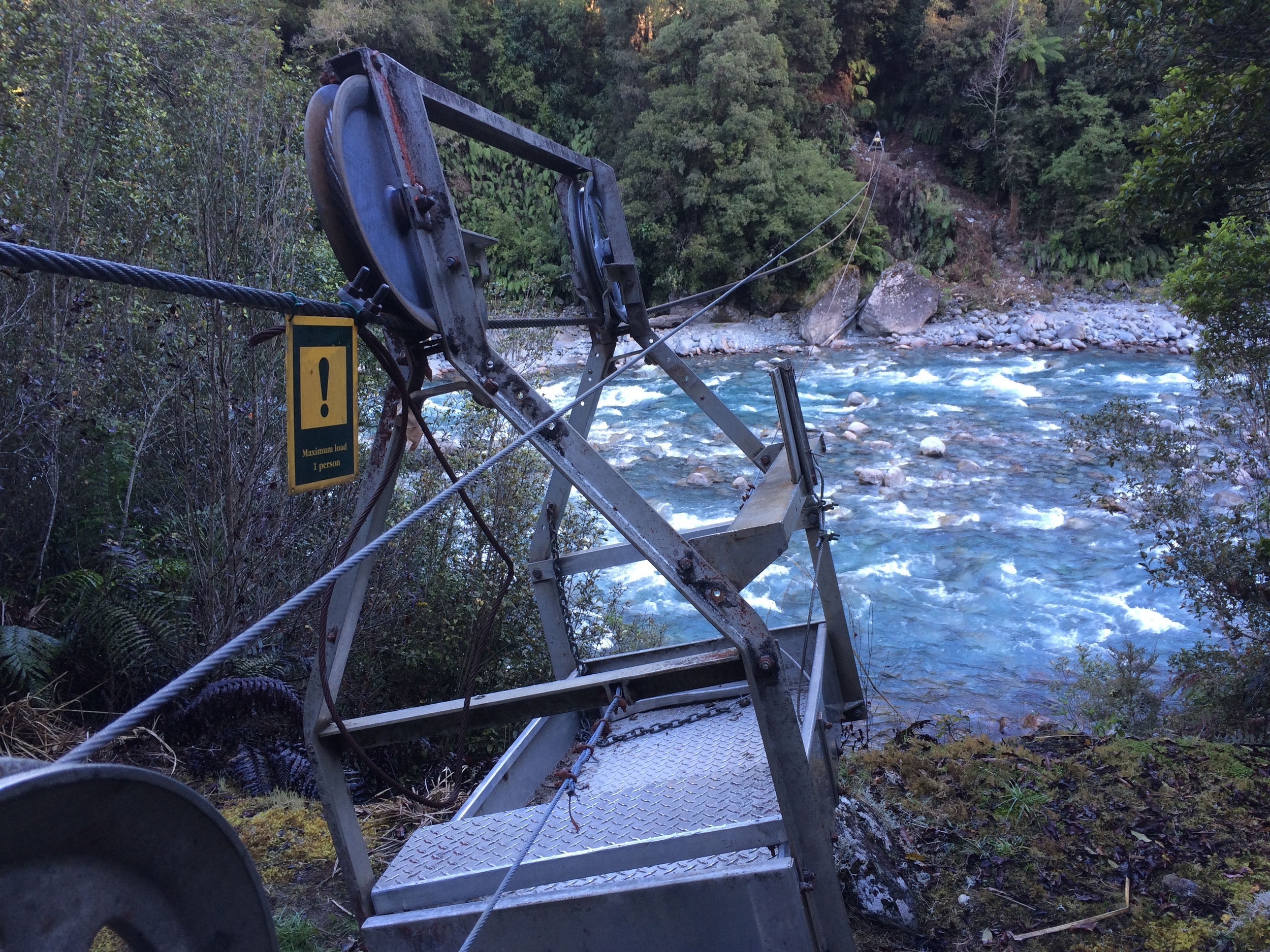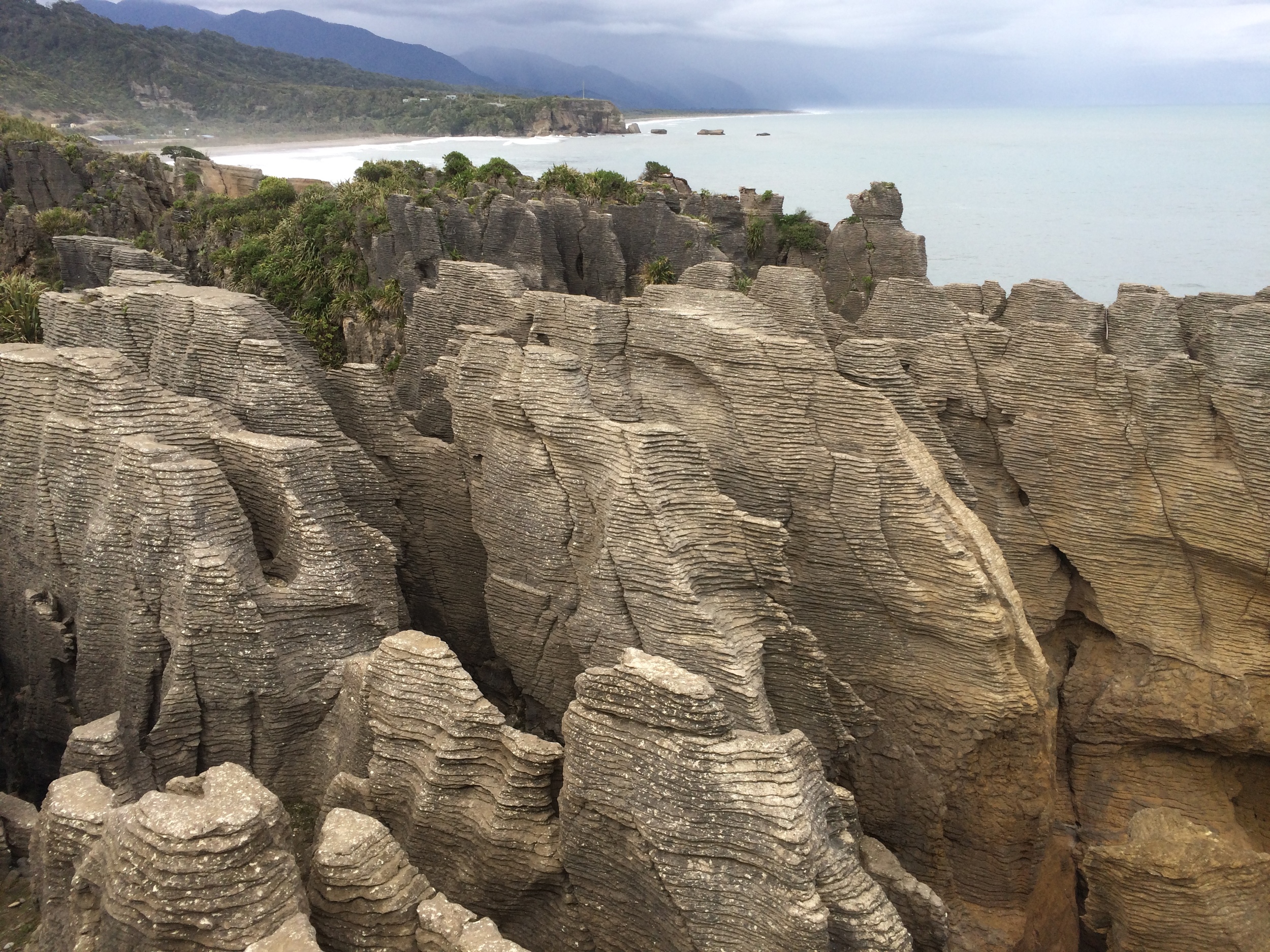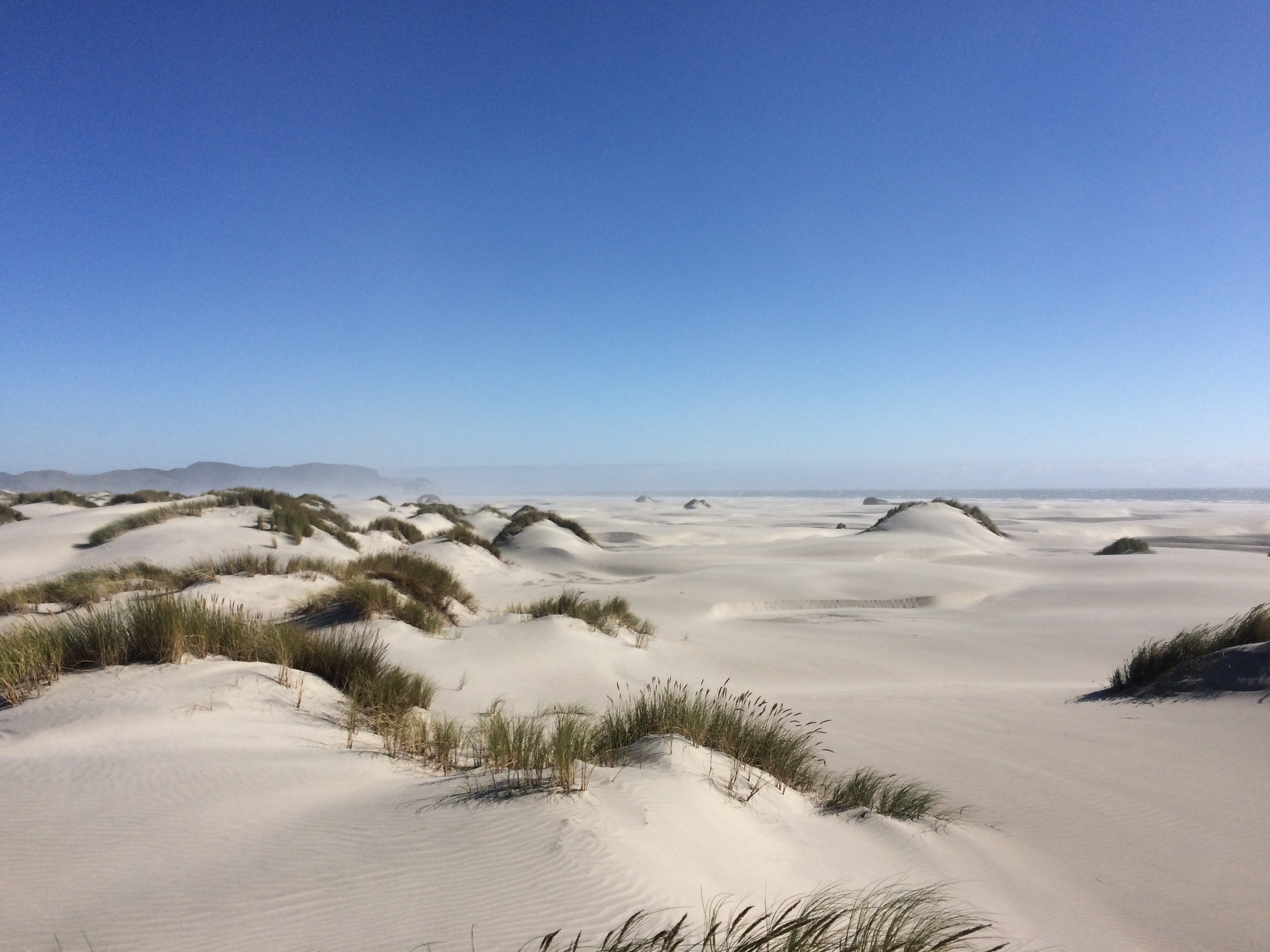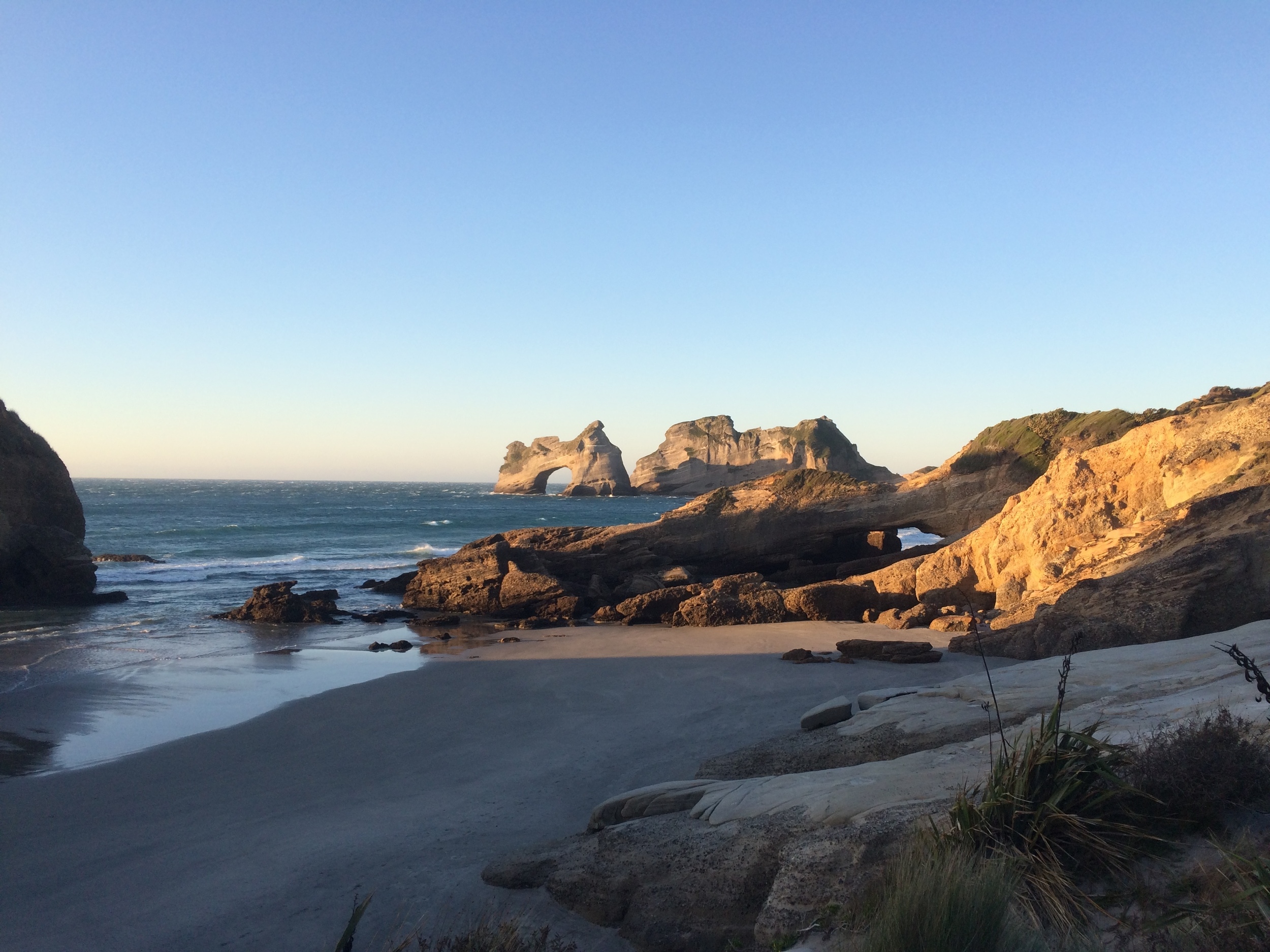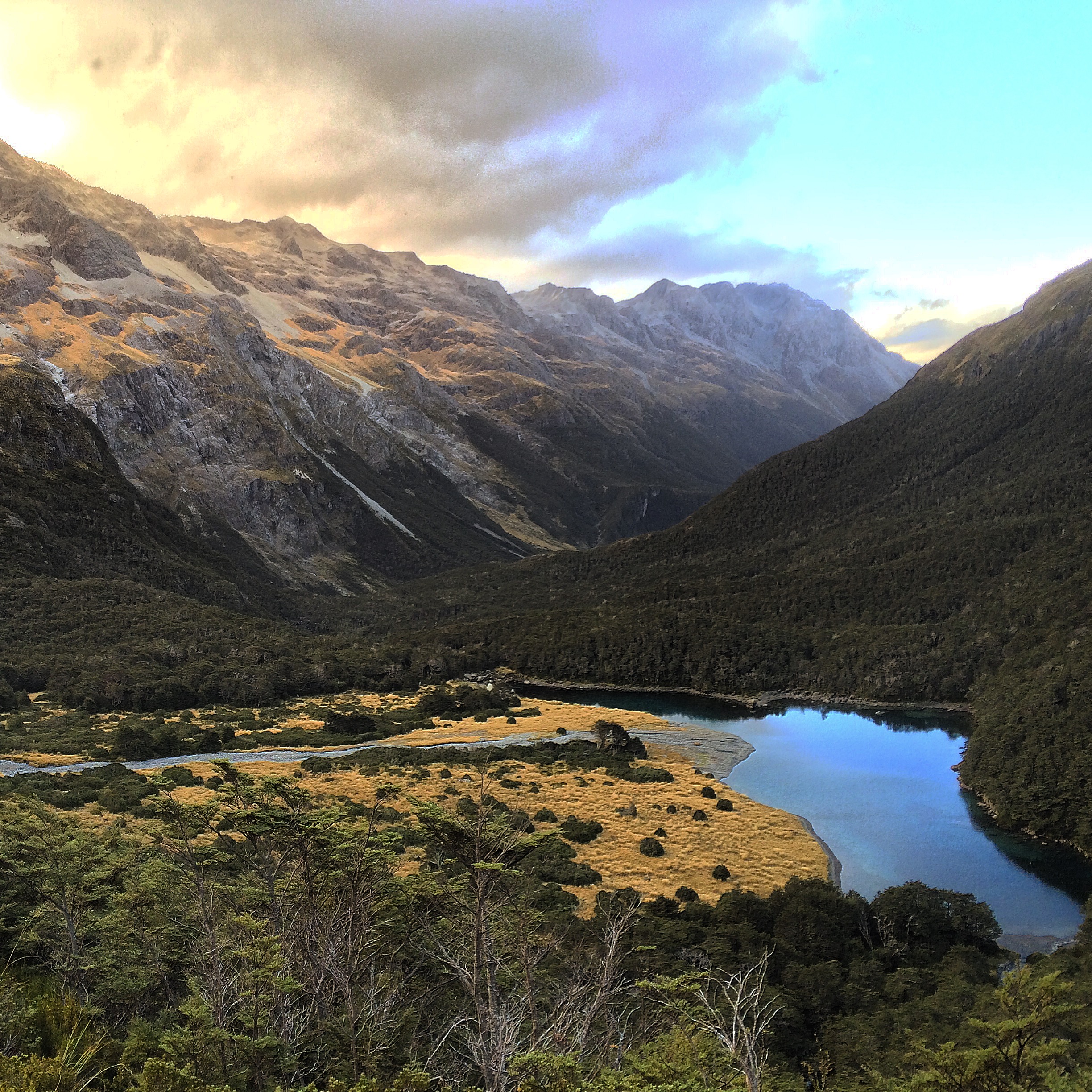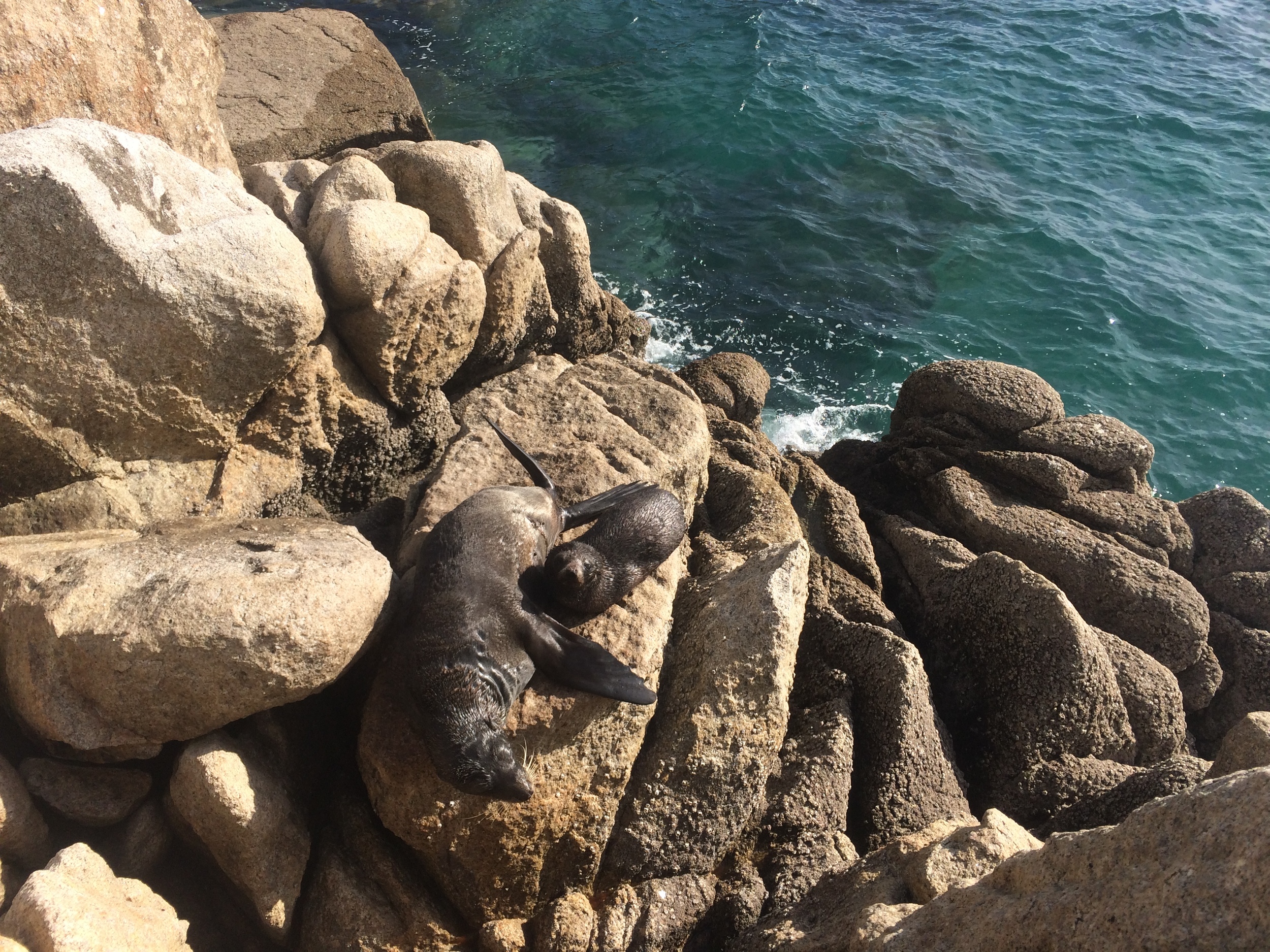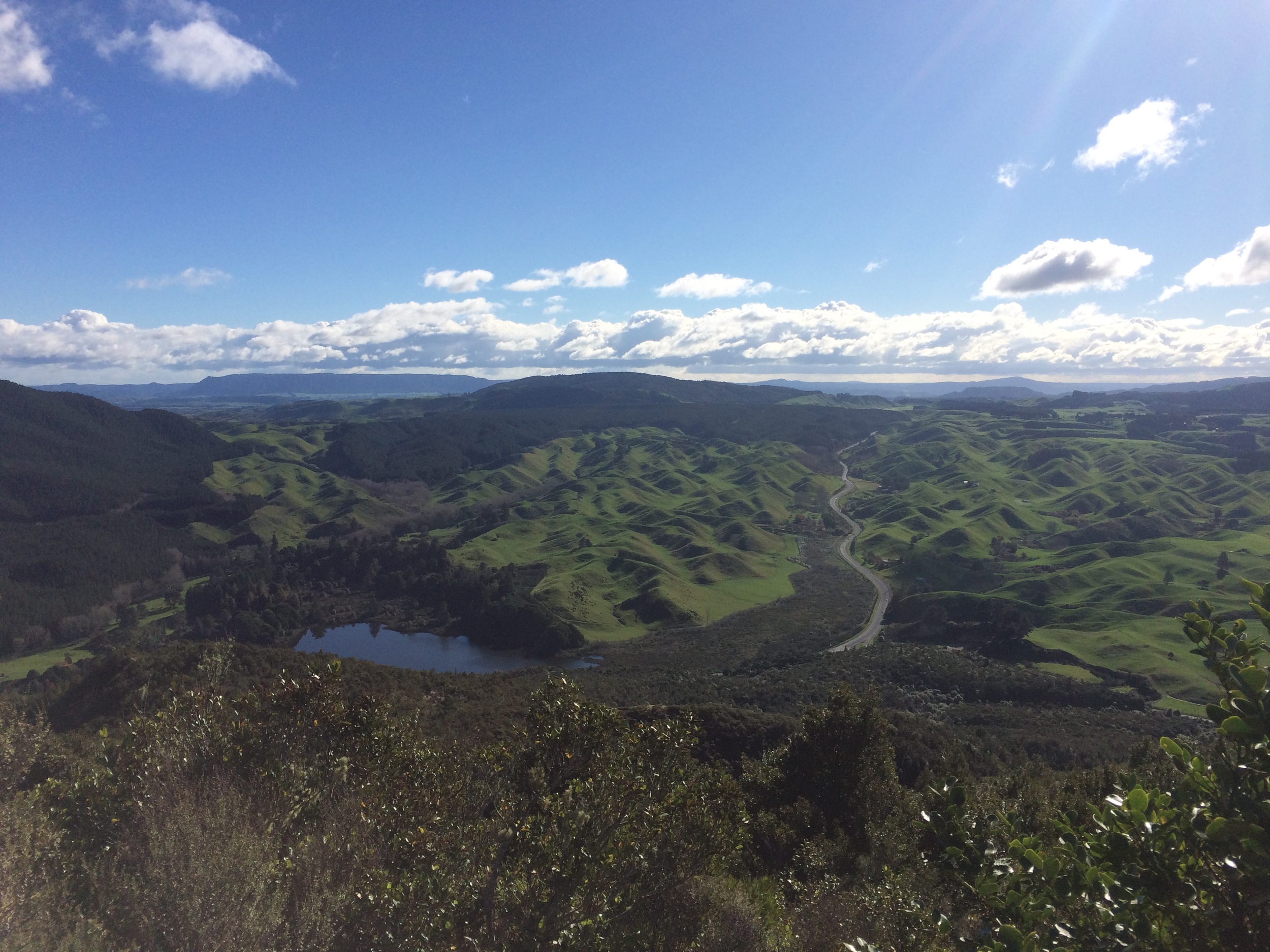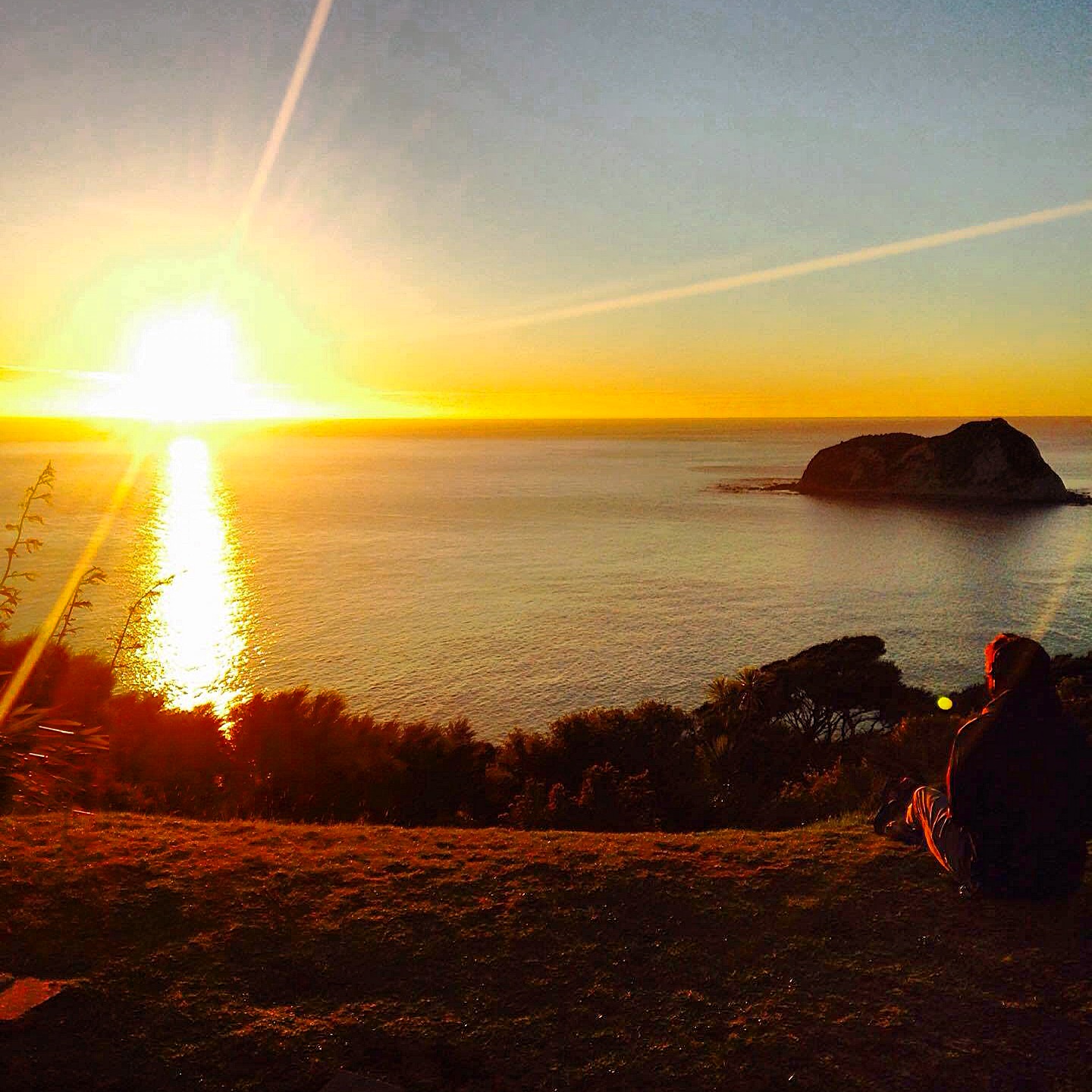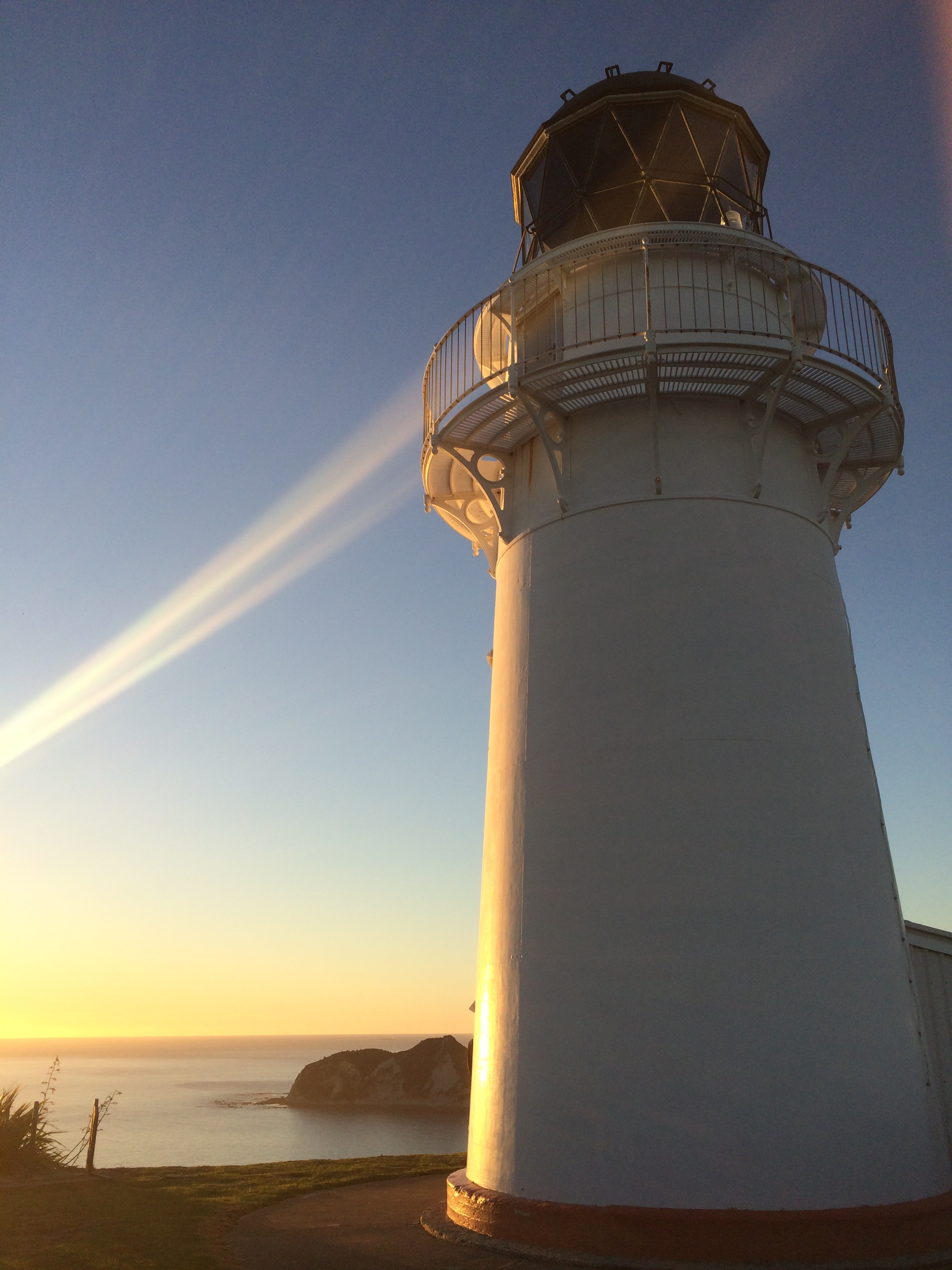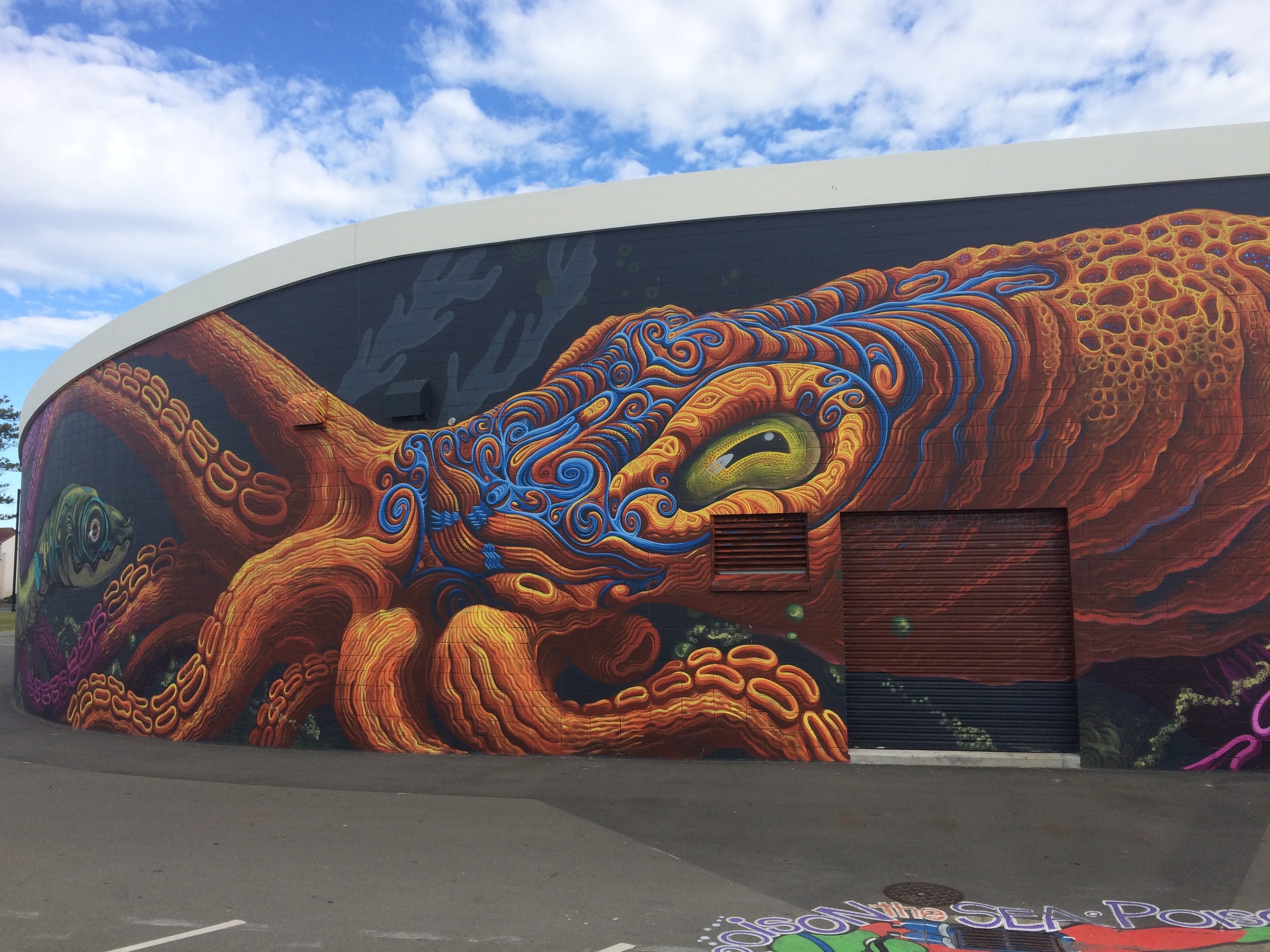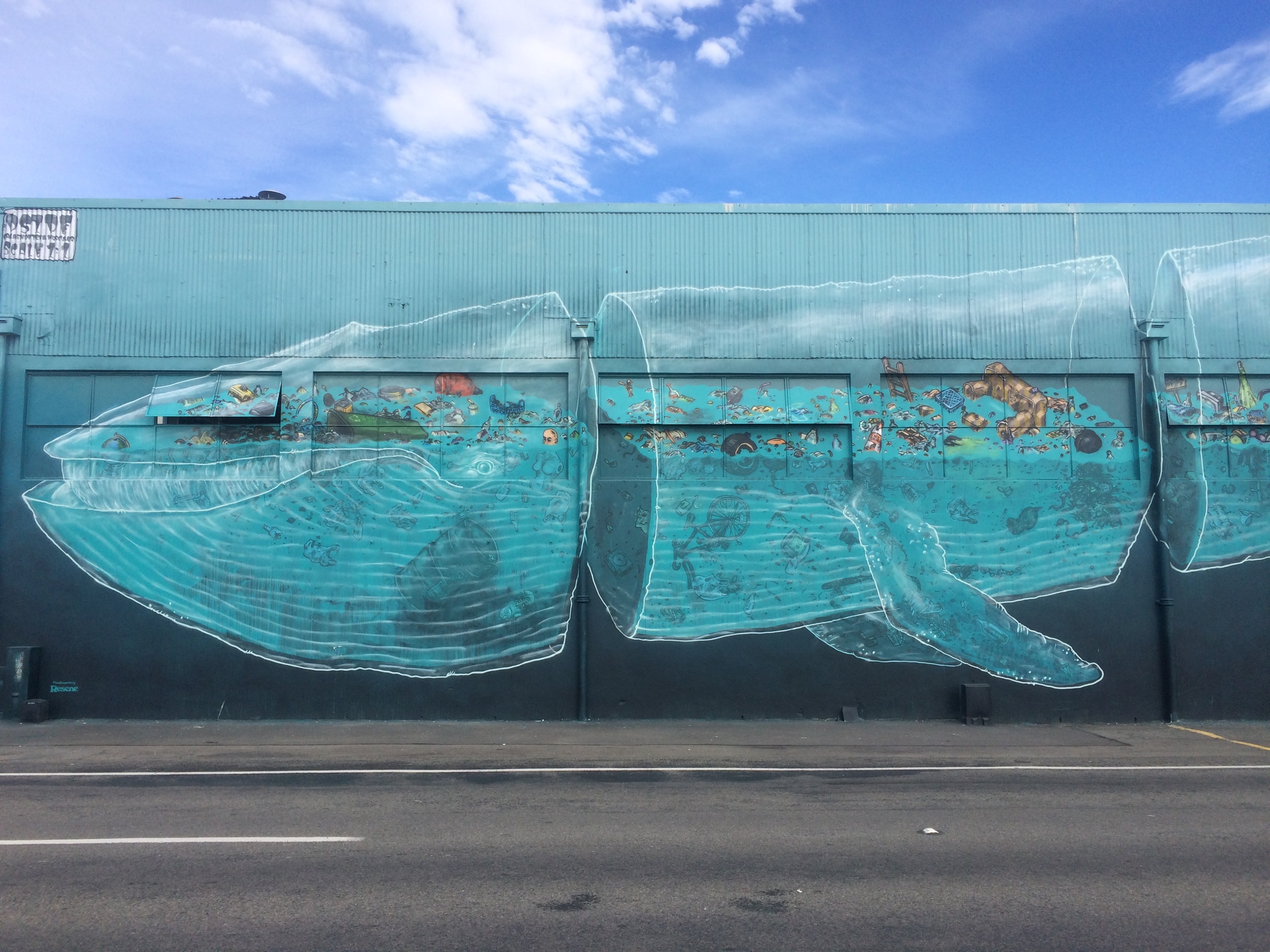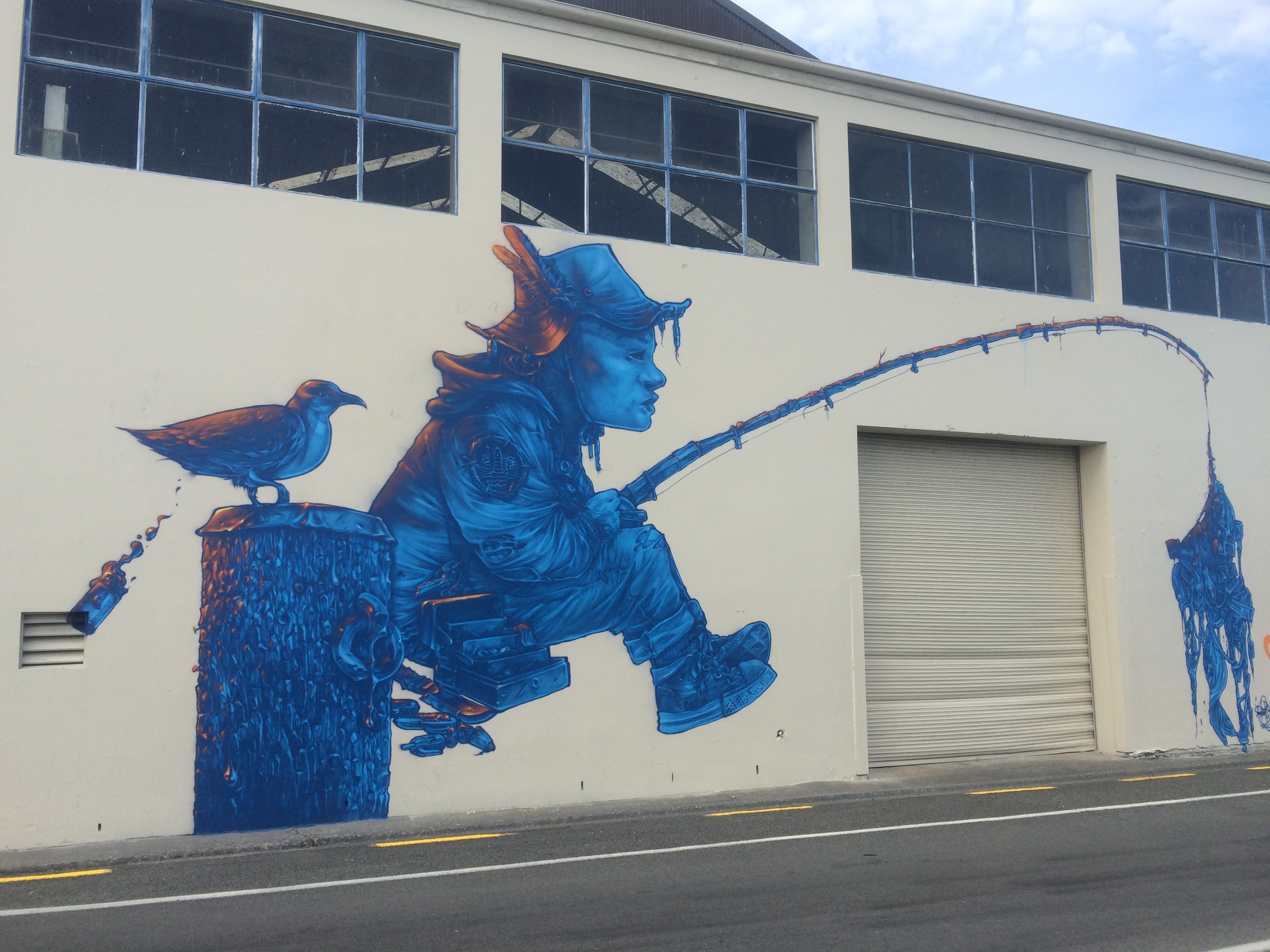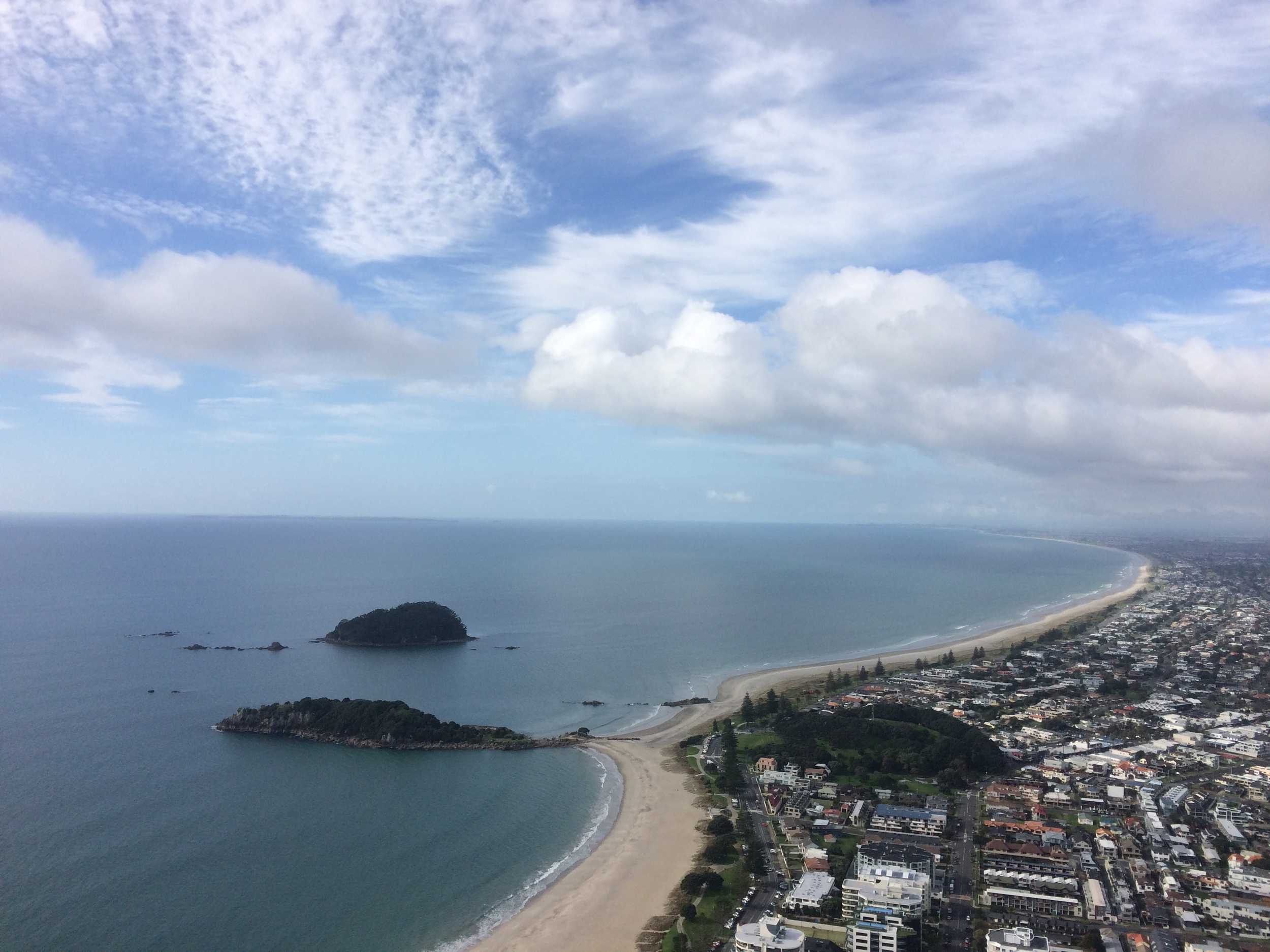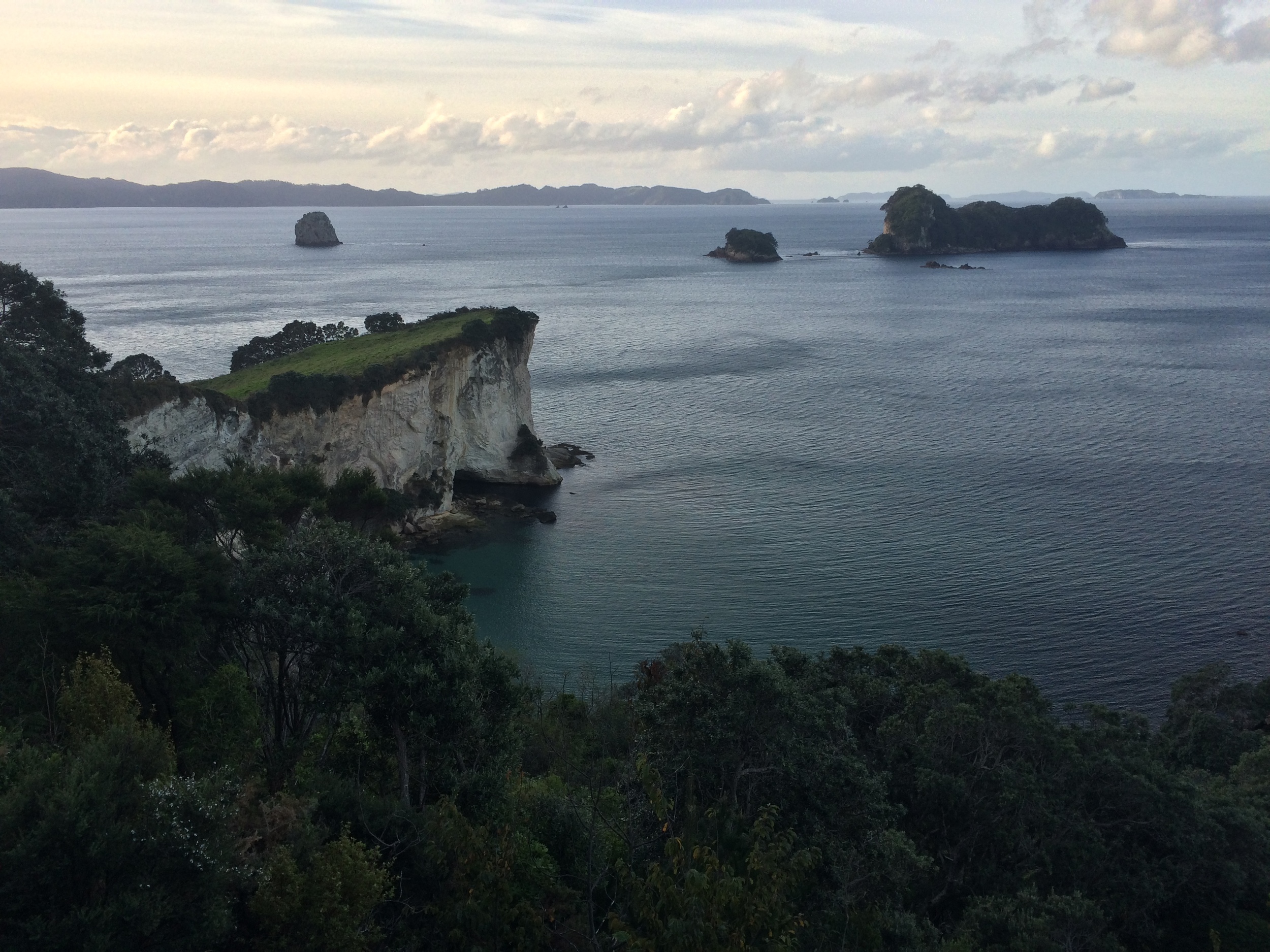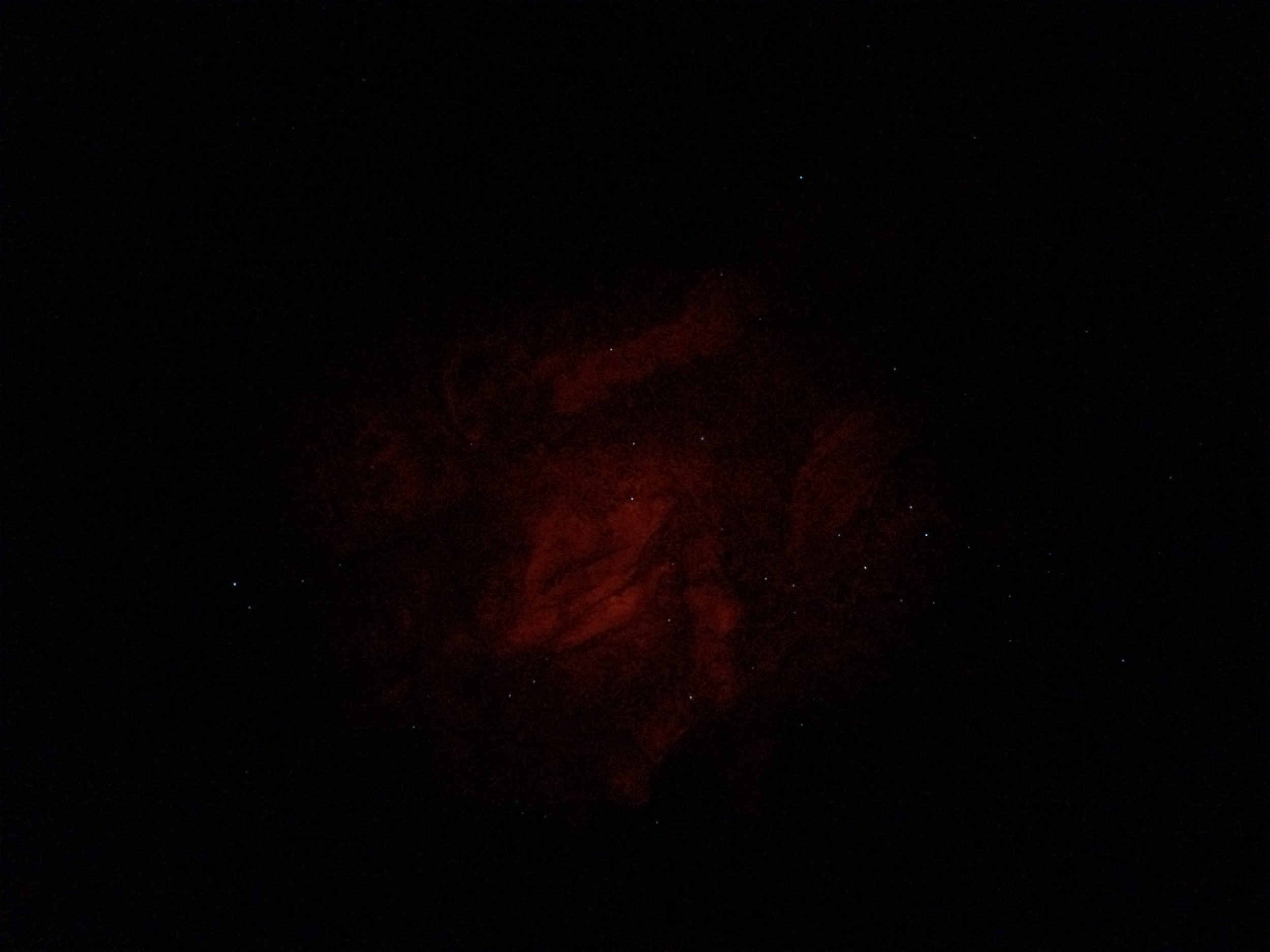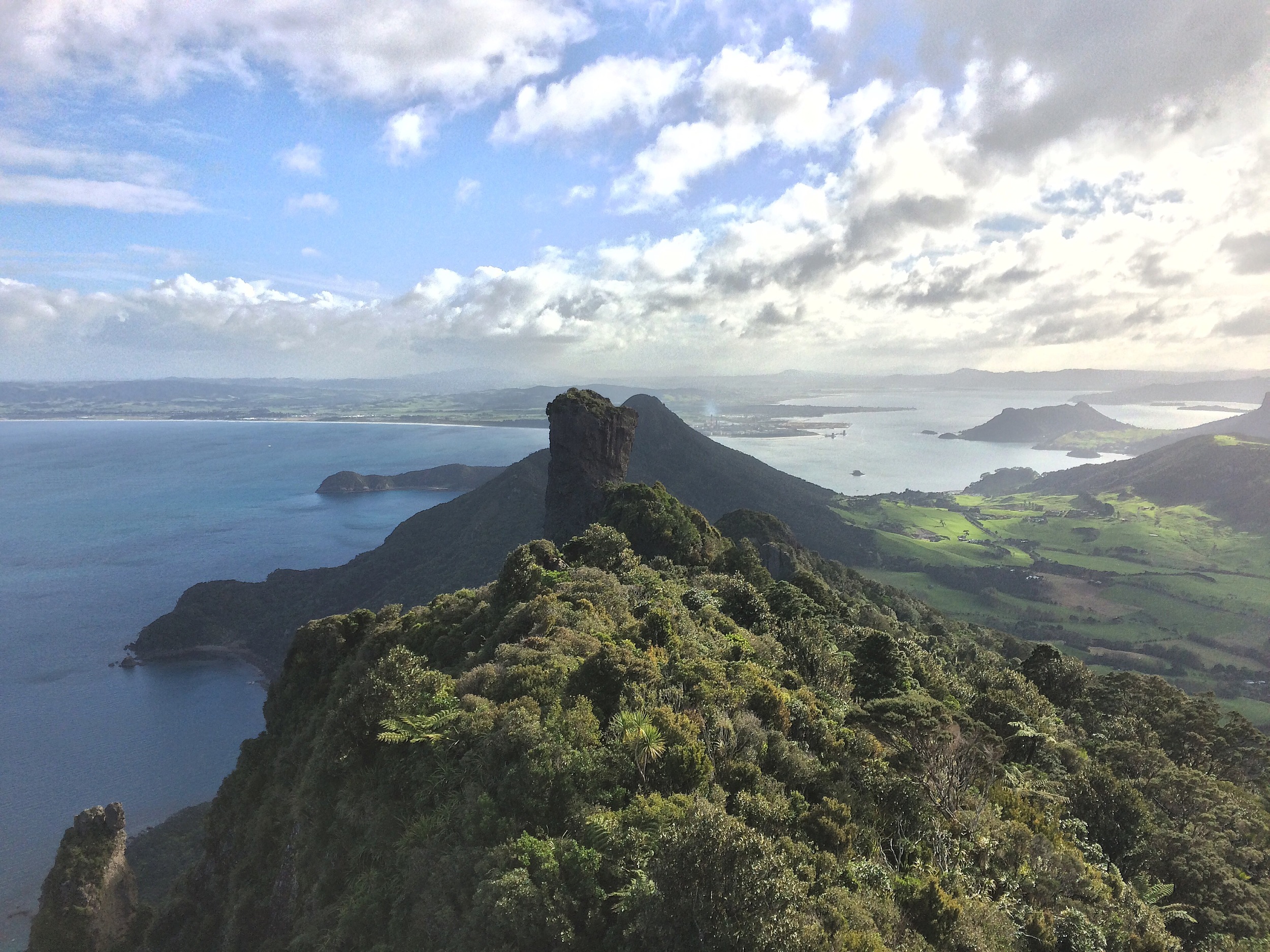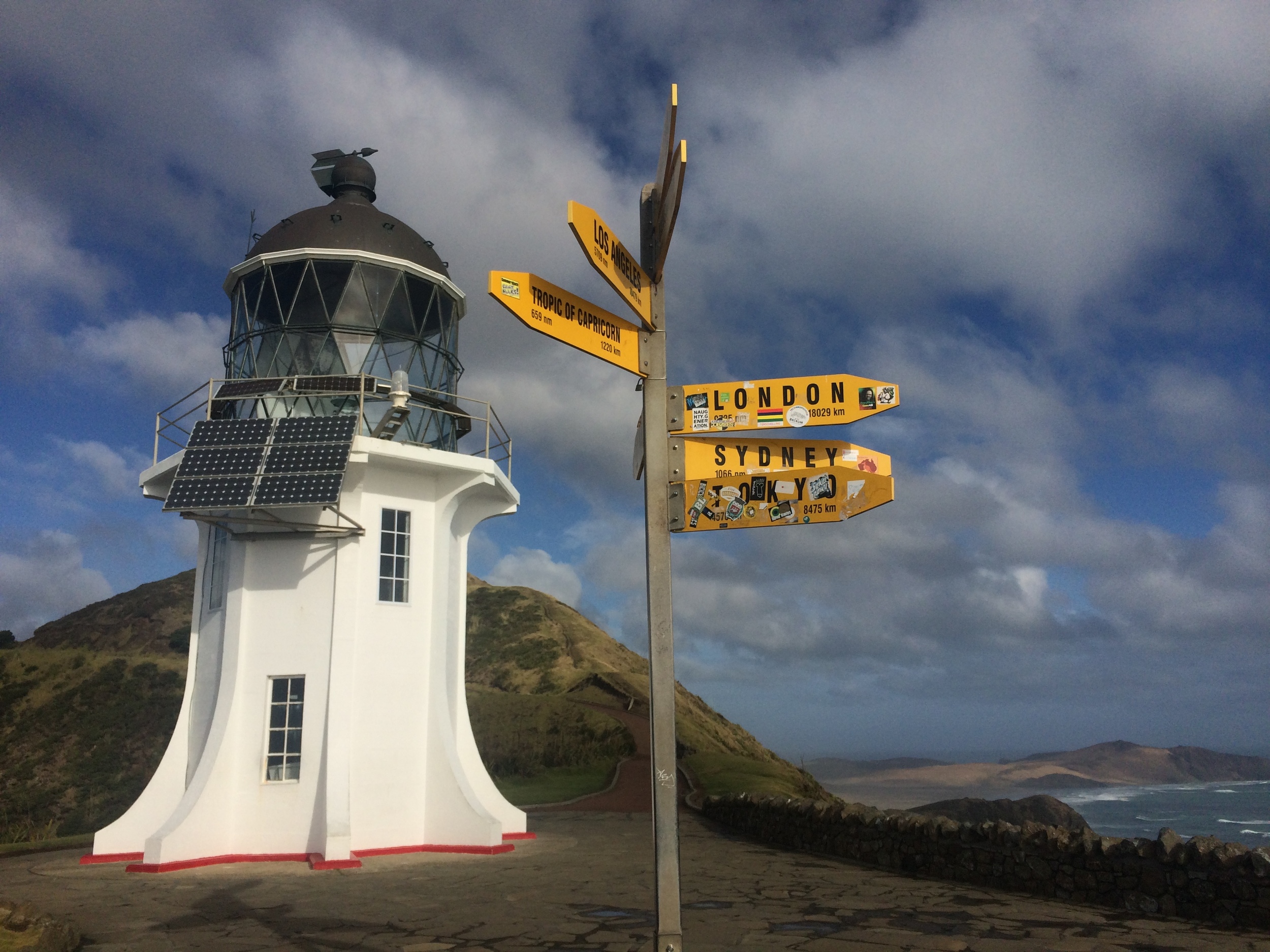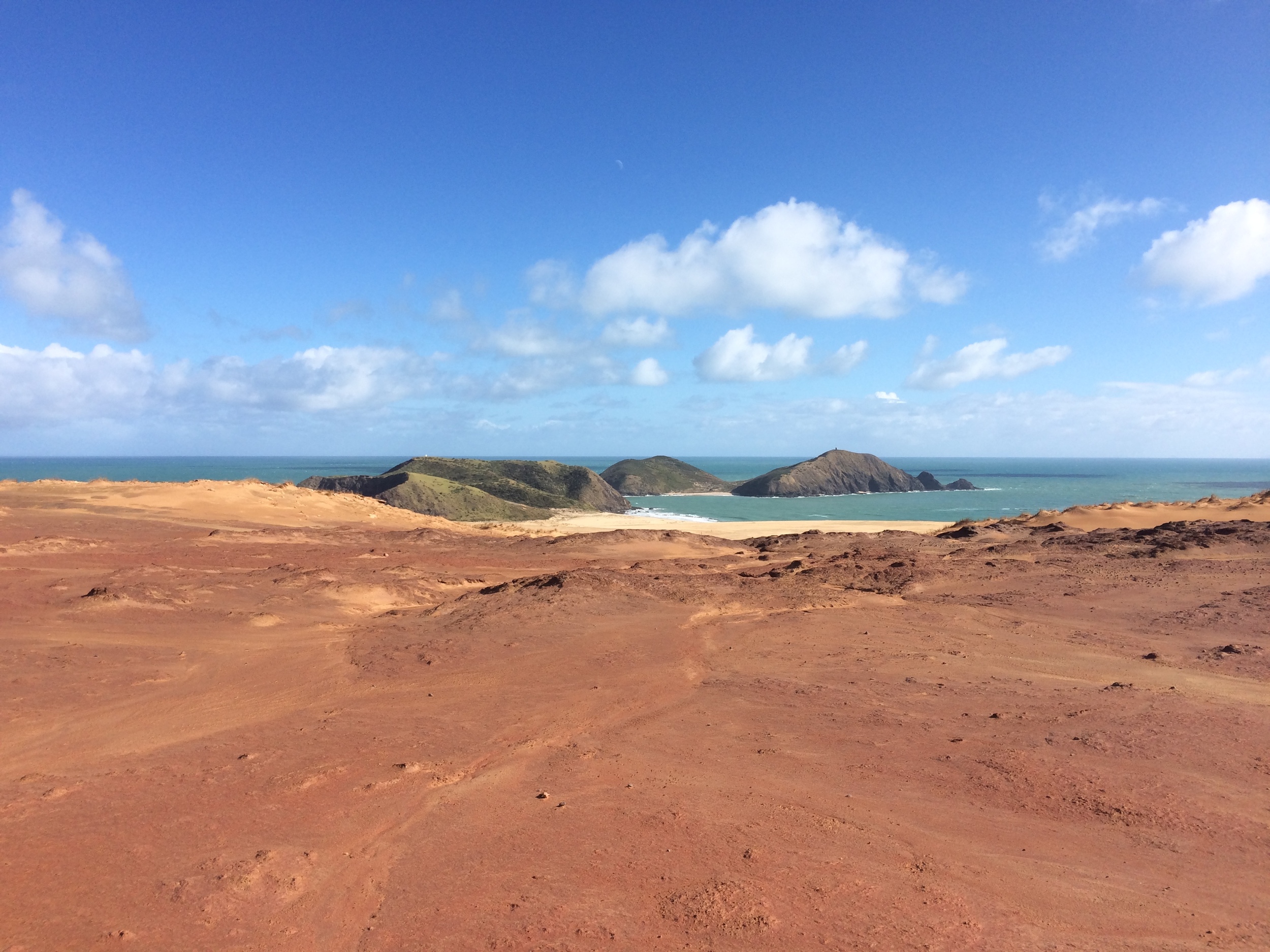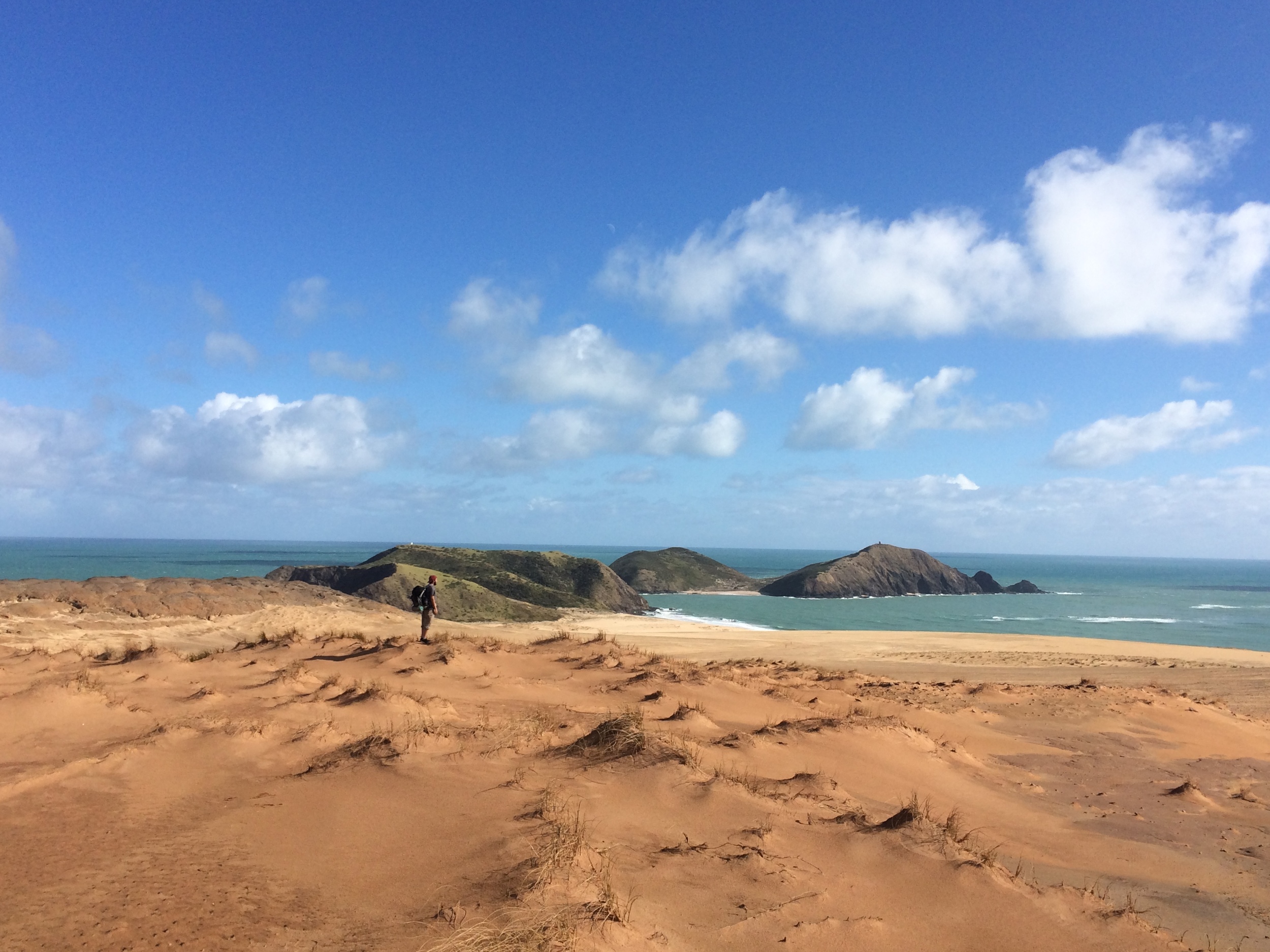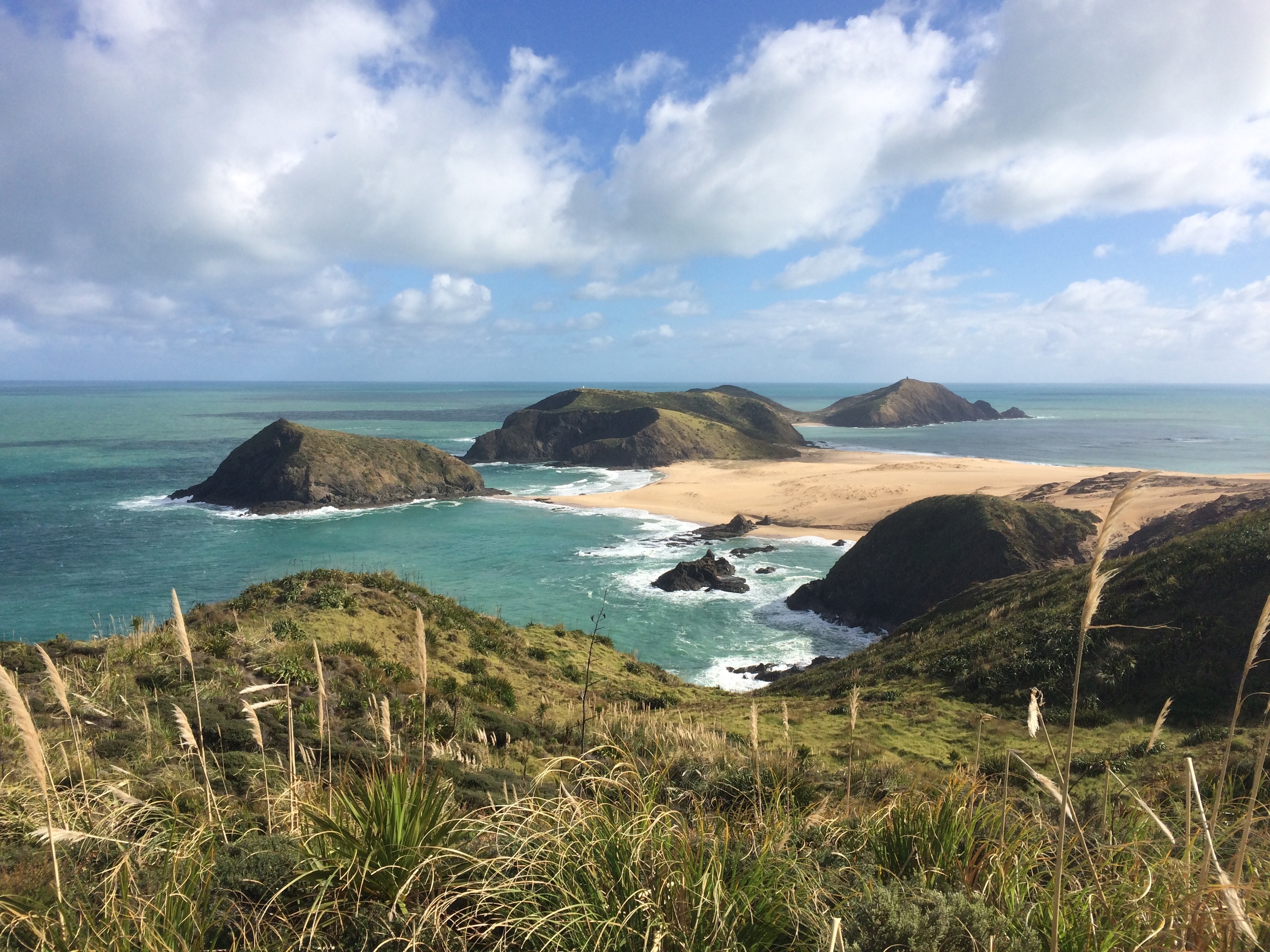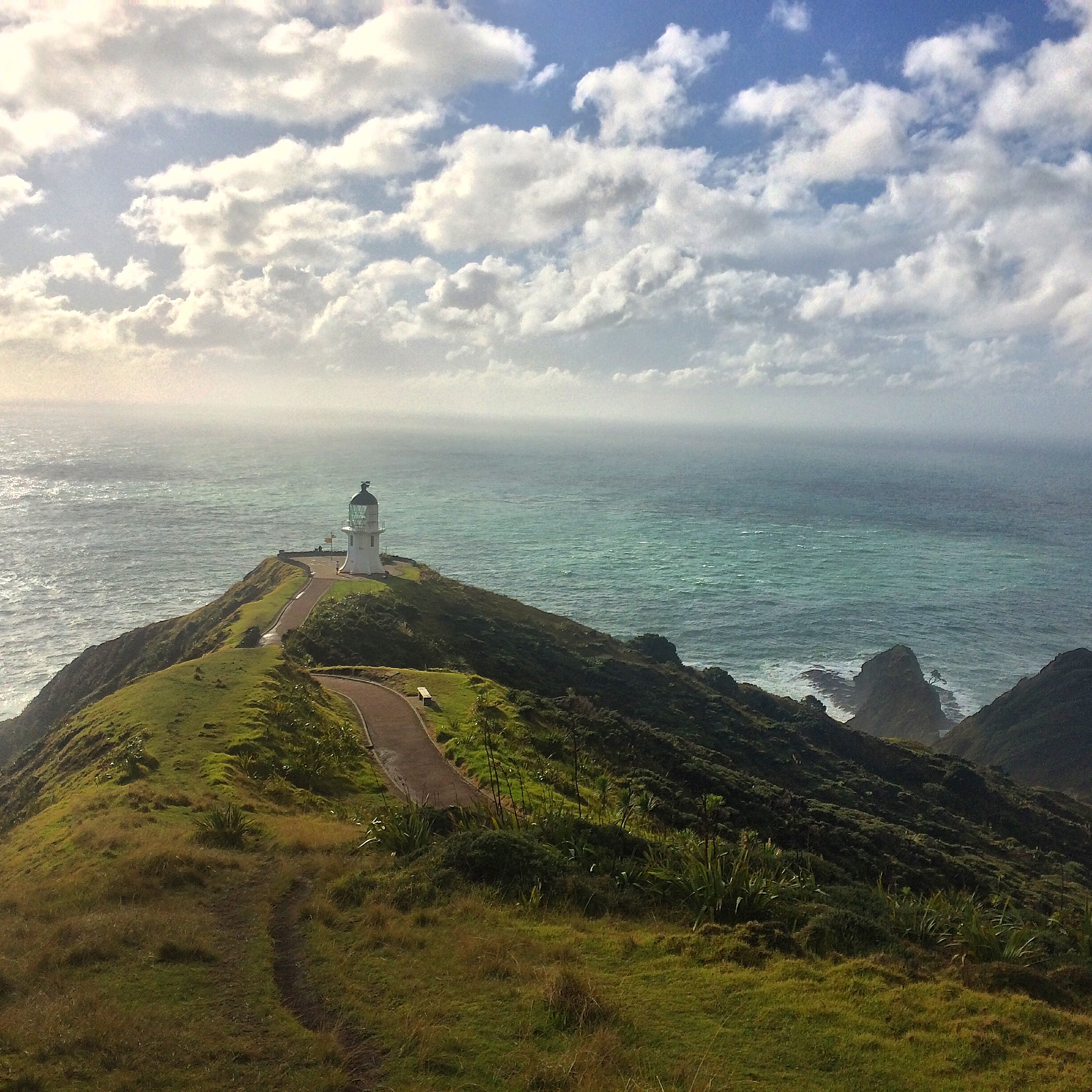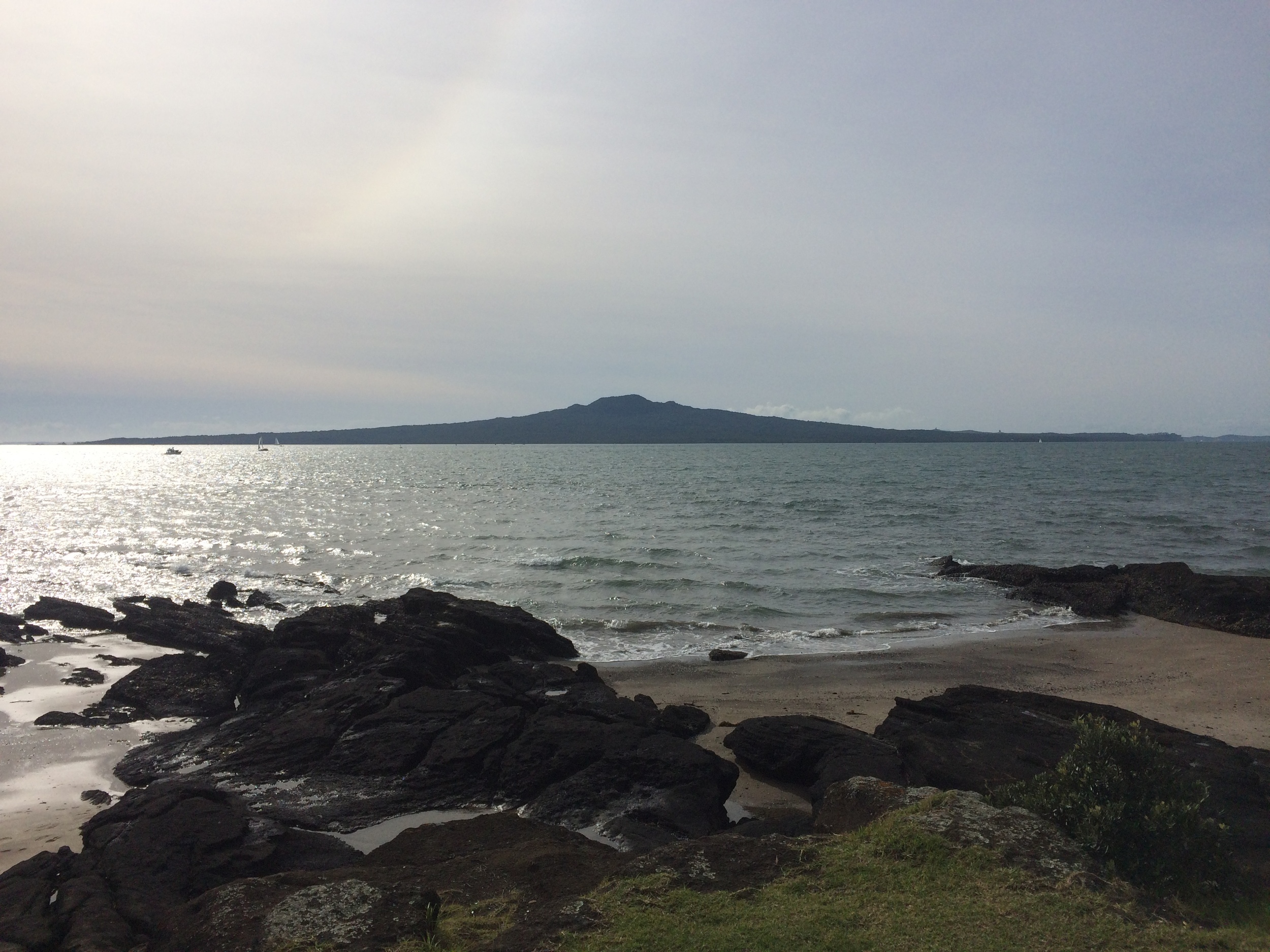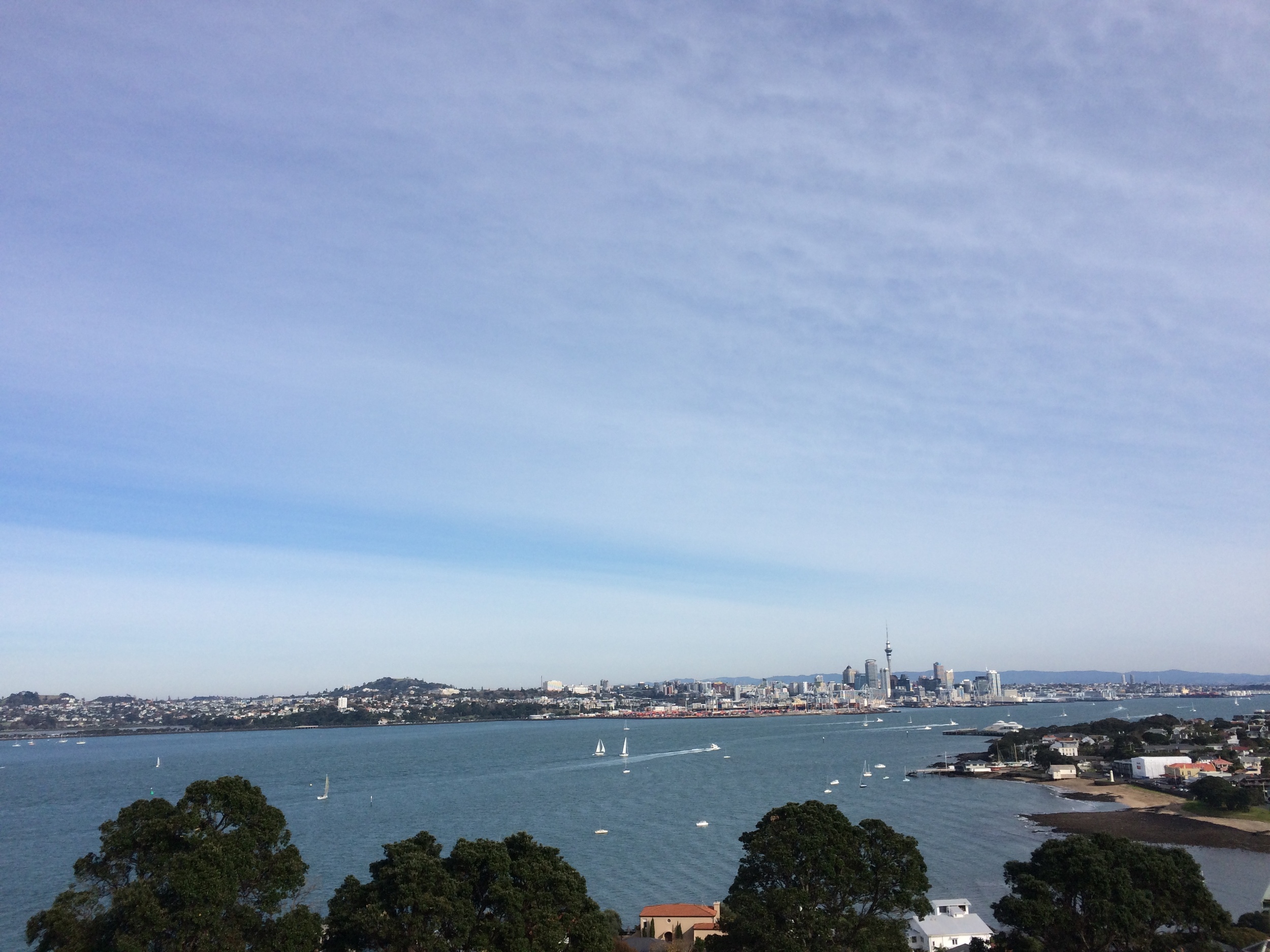A Guide to Hiking in Torres del Paine National Park, Chile
After living and working inside and out of Torres del Paine National Park for a season, I decided to write a guide that will hopefully be of use to future travelers looking to visit. Anyone who loves the outdoors shouldn’t miss the beauty of this national park in Patagonia Chile.
(*Full disclosure, I worked as an Erratic Rock Employee for the 2018-2019 season)
I spent the past five months living and working in Puerto Natales, which is the gateway town to Torres del Paine National Park in Chile and the famous “W” or “O” treks. Torres del Paine has quickly become one of the most popular destinations in all of South America. Unlike other national parks in South America, this one has developed a few more regulations and rules to handle and control the number of visitors that arrive each year. After helping numerous people throughout the season and answering some of the same questions hundreds of times, I decided to put together this guide to, hopefully, help those in the future looking to visit this beautiful place.
The Towers in October
RESERVATIONS
To stay at any of the campsites or refugios inside the park that are on the trails you MUST have a reservation. If you have all of your own gear (tent, sleeping bag, etc) you still MUST have a reservation to stay at the campsite. Due to the popularity of the park I recommend making your reservations as soon as you know your dates for visiting the parks as the spots fill up fast, generally making your reservations 6 months ahead of time is a good window to shoot for if you can.
Booking Campsites in Torres del Paine National Park
Most people coming to the park are looking to complete the “W” trek or the full circuit of the park called the “O.” The “W” trek can be completed in either direction, east to west or west to east, while the “O” must be completed in a counterclockwise direction no matter if you start from Paine Grande or Las Torres. The “W” trek generally takes 4-5 days to complete and the “O” 8-9 days to complete.
It is good to be a bit flexible when you begin the booking process as the sites that are available can often end up determining your exact start/end date and where you will start and end your trek. In my personal opinion, it isn’t too important to have one particular campsite over the other because any combination of sites in the park that allow you to complete your trek will give you the full amazing experience.
There are three distinct organizations operating in the park running the campsites. These organizations do not communicate with each other and must be dealt with separately, all three with their own unique online reservation systems. In BLUE, are the sites inside the park operated by Fantastico. The RED spots are operated by Vertice and the GREEN sites are the free camping areas in the park operated by CONAF. Even though these campsites are free you still need a reservation to stay there.
Start booking your campsites here:
FantasticoSur – https://www.fantasticosur.com/
Vertice – http://verticepatagonia.cl/home
CONAF – http://www.parquetorresdelpaine.cl/es
An example of doing the “W” trek in four nights and five days from West to East could possibly look as follows:
DAY 1: Hike up to Refugio Grey. If you have extra energy and daylight you can hike farther up the trail towards the Paso Campsite with a daypack for impressive views of the glacier at the 1st and 2nd hanging bridges on the trail. (3-4hrs, 11km. To the 2nd bridge and back from Refugio Grey is an extra 7km and aprx 3hrs).
DAY 2: Hike from Refugio Grey down and around to the Italiano Campsite. (5-6hrs, 18km).
DAY 3: Hike up the middle of “W” to the Britanico Viewpoint and back down to collect your belongings and continue onwards to Refugio Cuernos. (5.5-6.5hrs, 15.5km).
DAY 4: Hike from Refugio Cuernos to either Refugio Chileno or the Hotel Las Torres area, which include Camping Central, Refugio Central, and Refugio Torre Norte. (4-5hrs, 12km).
DAY 5: Hike up to the base of the towers and back to then catch the bus out of the park.
You can also to the “W” from East to West and this is an equally good option.
For the “O” trek, you can follow the same schedule as I described for the “W” but your first day will be DAY 2. Moving forwards:
DAY 5: Hike to Seron Campsite. (3-4hrs, 13km).
DAY 6: Seron Campsite to Refugio Dickson. (6hrs, 18km).
DAY 7: Refugio Dickson to Los Perros Campsite. (3.5hrs, 12km).
DAY 8: Los Perros Campsite over the John Gardner Pass to Refugio Grey. (8hrs, 12.5 km).
DAY 9: Refugio Grey down to Paine Grande to catch the Catamaran across Lago Pehoe and out to a bus to take you back to Puerto Natales.
Now you can start the “O” with the towers as your first day or start by going straight to Seron. The choice is entirely yours or up to the availability of the campsites. Between Refugio Dickson and Seron Campsite there is a Park Ranger station where you need to show proof of your reservations to be able to continue. You can show the reservations on your phone, but I recommend printing them out and having them in hand if possible – this goes for all reservations for every campsite you have in the park.
Lastly, you can judge for yourself if you want to combine two of these days listed above into one day. Everyone hikes at a different pace and enjoys the park differently. For the “W” as long as you have one night in each section (left, middle, right) you can complete the whole trek.
Huemul with Torres del Paine National Park
Park Lodging
In the park there are four different types of lodging. There are the hotels, refugios, paid campsites, and free campsites. The only hotel located on the main trails is Hotel Las Torres in the east sector of the park. For those looking to complete the “W” or “O” circuits in the park this is generally not an ideal option price wise, but feel free to visit and order a Pisco Sour from the bar if you are so inclined. They will serve you even if you are dirty, wet, or smelly from days on the trail.
For hikers on the trail the refugios, paid campsites, and free campsites are where you will be spending your time. The refugios have hot showers, outlets to charge your phones or cameras, bathrooms, and shared dormitory style bedrooms inside. Many even have WiFi you can use. The refugios all have a dining area where you will eat your breakfast or dinner if you choose to book a meal with your reservation. The refugios and their facilities are on the trail for backpackers to take advantage of. Feel free to use their bathrooms as you pass through or purchase a drink or some food with a credit card or cash if you are inclined. A bed in a refugio run by Vertice can cost anywhere from $35-$85 depending on which location and whether you want to use their sheets or bring a sleeping bag. A bed in a refugio run by FantasticoSur can cost between $85-$90.
Next to every refugio is a paid campsite where you can reserve a space for your own gear or reserve a space that includes all the camping gear you need for the night. The camping areas have their own separate bathrooms and hot showers. They also have their own designated cooking areas, which are the only places you are allowed to light your stoves in the park. If you are planning on cooking you will need to bring all of your own cooking gear as well. There are no shared pots and pans or amenities that you can use to cook. If you only need hot water to cook instant noodles or a trekking meal, you can buy hot water from any site that has a refugio. In case the weather is extremely wet, cold, and dismal you can go inside and hang out in the refugio (until 2 in the morning if you really wanted) before going back to your tent outside. Campsites run by Vertice cost between $8-$10 per person and sites run by FantasticoSur are $15-$24.
The free campsites run by CONAF provide areas that you might be more accustomed to when camping in the woods. You must have all of your own camping gear and all of your supplies/food necessary to spend the night. It is not possible to rent any gear or buy any food from the free campsites. All trash that is brought into these campsites must be taken out with you. There are drop toilet bathrooms available but you will need to bring your own toilet paper with you. In general, its great if you can carry out all of the trash you bring into the park.
Outer Park Lodging
There are a few other options that are still within the park limits but not on the trails of the park -
Camping Pehoe
Hotel Lago Grey
Just outside the park near Laguna Amarga is a campsite called Camping Goic, that is on the Goic family property. You do not need a reservation to stay there and the facilities are limited. Just expect a bathroom and nothing more. This is just for campers or people staying in their cars. The only difficulty is getting to and from the park as it is a 3-4 mile walk and there is no public transportation. In my opinion, like all of Patagonia, hitchhiking is a great way to get around if you are not in a rush.
South of the western sector of the park is Rio Serrano, home to the Rio Serrano Hotel, but there are other places as well in this area.
What do I do if I can’t get all my bookings?
If at the moment you are trying to book your reservations for the park and the sites are all already full or perhaps there is just one night you were unable to reserve, don’t give up hope just yet. There can often be cancellations around thirty days before the date as that is the last time to get a full refund. In high season from December to February it can be very difficult to get a spot last minute, whereas the tail ends of the season (Oct-Nov & Mar-Apr) it can be easier to get your reservations sorted out last minute in town (but no promises). The best solution is always to have all of your reservations made before arriving to town. If you would prefer to pay for a booking agency to assist you with the bookings that is also a possibility.
The other option to consider is booking an organized trek through a guide service based out of Puerto Natales. By participating in an organized trek you no longer need to worry about booking campsites or other logistical details such as transportation, food, and equipment. Besides not having to plan every step of this adventure, you will also be in the care of a guide that many people prefer having in a new place. They enrich the experience with their knowledge about the area, the history, flora, and fauna and assist you on the trail with anything you might need.
Companies to take a look at include Dittmar Adventures and Chile Nativo. If you want to explore some of the beautiful surroundings outside the park, I’d look at RedPoint Expeditions.
If you are interested in an organized trek and want to take true advantage of having a guide, I *highly* recommend taking a look at Montano Explorer and their Oggioni Pass trek which covers all the highlights of the “O” but includes a second mountain pass that offers incredible views of the park from areas that are completely off trail.
View from Oggioni Pass (Valley of Silence, Lago Dickson, Glacier Dickson, The Cube)
Transportation
Now that all the reservations have been taken care of (hopefully), let’s move on to the other logistics in regards to the national park. First off, there are two stages of transportation to reach the park. The majority of visitors will be tale the bus to reach the park. All buses leave from the main bus terminal (the only bus terminal in town). If you didn’t fly directly to Puerto Natales, you probably already made a stop at the bus terminal when you arrived to town by bus from either Calafate or Punta Arenas.
There are several bus companies that operate between Puerto Natales and Torres del Paine National Park. In general, the buses to the park leave twice a day, once in the morning at 7am and again in the afternoon at 2:30pm. The journey to the park takes about two hours. Roundtrip tickets for any bus company usually costs about 15,000 Chilean Pesos ($25). You do not need to book the bus tickets in advance, but I recommend buying them at least one day before your trip to the park in order to avoid any possible complications on the day of your trip. You can buy your bus tickets to the park when you arrive to Puerto Natales at the bus station, or almost every hostel in town can also sell you a ticket.
If you take the morning 7am bus you will arrive at the Porteria Laguna Amarga, which is the park entrance on the east side of the park. Everyone gets off the bus here no matter where you are starting your trek. There is a registration process that I will come back to later. For those starting their trek from the east side of the park there is a smaller road that connects the welcome center to the trails on east side of the park. There will be black or white shuttles waiting to transfer you into the park. The shuttles costs 3,000 CLP ($5) one way per person. You buy your ticket before boarding the shuttle, there is no advance reservation for these shuttles. The shuttle schedule is connected to the bus timings for the park. Every time a bus arrives there will be a shuttle ready to bring you into the park. Half an hour before every bus departure there will be a shuttle ready to bring trekkers out to the welcome center.
If you are starting your trek on the west side of the park, you will return to the bus you came to the park in after the registration and ride another twenty minutes to Pudeto. At Pudeto there is a catamaran that makes trips across Lake Pehoe to Paine Grande where you can begin your trek. The catamaran costs 20,000 CLP ($35) for a one-way ticket and 30,000 CMP ($50) for a round trip ticket. You can use the return ticket any day you like. There are no ticket reservations for the catamaran, it is first come first serve on the boat, and tickets are bought while you are on the boat and not anywhere else. It takes about thirty minutes, depending on the wind, to cross the lake to the other side.
Los Cuernos and Almirante Nieto Across from Lago Pehoe
The the majority of bus companies have two times a day that the buses bring passengers from Torres del Paine National Park back to Puerto Natales. From Pudeto, buses leave at 1pm and 7pm. From the Laguna Amarga entrance buses leave at 2:30pm and 7:45pm. A larger bus company, BusSur, is also making frequent trips to and from the park and their times are slightly different from the rest of the bus companies. However, they do have functional and easy to use website so you can always check the current schedules they have online here.
If you are driving yourself to the park you can enter in on the same route as the buses up to the Laguna Amarga entrance or you can turn off earlier from Route 9 to Y-290 and enter on the west side of the park. You will do your registration at the Administration offices here. It is a nicer scenic route and convenient if you are looking to start your day with the catamaran. You can park in the car park next to the catamaran in Pudeto and there is a parking area outside the Las Torres camping and refugio area on the east side of the park.
Registration
When you arrive to the park whether by bus or by car there is a registration process everyone must go through to enter the park, no matter if it is for one or multiple days. First, you must pay the entrance fee to the park. Anyone not from Chile must pay 21,000 CLP ($35) to enter the park (Chileans pays 6,000 CLP). The entrance fee is cash only at the park. If you would like to pay with a credit card, you can do it online through CONAF’s website – the same site you would use to book the CONAF campsites. The entrance is valid for three days. That means you can enter the park under the ticket up until three days later. Once you are inside the park you can stay for your entire trek, whether it is 5 or 10 days long without an issue.
Next there will be a short talk or video they show you about fires in the park. In the past 15 years there have been two major fires that have burnt down significant portions of the park. You can see many many of the dead and burnt trees as you enter the park. Basically, there are no fires allowed in Torres del Paine National Park. If you are cooking, there is a designated cooking area at every campsite and that is the only place you can light your stove. You are not allowed to light your stove on the trail or cook inside your tent.
Lastly, they will give you a map of the park. This map with have the trail times, distances, daylight hours for the season, and the location of everything in the park. It is the only map you need to have while hiking in the park. With your map in hand you are now off to the trails to enjoy the beautiful sights of the park.
Grey Glacier
Camping Gear
One of the biggest questions any traveler faces when coming to visit the park is gear. Should I bring all my camping gear, tents, sleepings bags, etc from home or should I rent the gear in town? Not everyone owns all the gear they need or maybe as a traveler on a long trip you don’t want to carry camping gear for just a few weeks you will be camping.
In Puerto Natales there are many gear rental shops that can equip you with what you’ll need. The majority of rental shops rent their gear by the day and are open late so you can return from the park and return your gear in the same day. Rental Natales is the rental place I would recommend and all have prices listed online. There were more options before the pandemic, but most have closed since then. I would assume that more options will come back soon. If you choose to rent gear from anywhere in town it is important to set up, check, and test all gear before going into the park. If there is a problem, it is better to find out in town where you can fix it than in the park where there are fewer solutions.
Renting the gear you don’t have in town is the cheapest solution to having what you need to camp around the park. However, every paid campsite in the park offers tents, sleeping bags, and pads that you can rent for your night in that campsite if you need it. At the Vertice campsites you can rent a tent for 20,000 CLP ($30), a sleeping bag for 14,000 CLP ($22), and a pad for 5,000 CLP ($8). That’s an approximate increase of $60 for a single night at a Vertice campsite. Full equipment included campsites from FantasticoSur are about $30 more expensive than the campsite. If you are willing to pay more money you can walk without the weight of this gear in the park and rent it from each individual campsite when you are there.
The Cube, Glacier and Lake Dickson
Weather
The weather in Patagonia and in Torres del Paine National Park is unpredictable. In a single day you can have sunshine, rain, snow, and heavy winds. Therefore, it is best to be prepared for everything and anything on the trail. Due to the reservation system, you will have your dates for the park and you will not be able to change them last minute if you think the weather might be better a few days later or earlier. Therefore, gear up properly for any situation, rain or shine.
Guides that work in the park don’t talk about the weather due to how inconsistent and variable it can be. Weather forecasts are generally wrong and looking at multiple sites will all give you separate forecasts for the park. Also, the weather on one side of the park can be totally different than in another sector of the park.
The wind in Patagonia can be extremely strong and is the main weather factor to worry about on the trail. Two years ago there were record setting winds above 200km/h. The wind will affect everything you do in the park. Thankfully, every cooking area is inside shielding you from the wind or with the free campsites there are shelters to protect you from the worst of the wind. WindGuru is the best website to get a wind forecast for the park.
At the end of the day, you will enter the park at the dates corresponding with your reservations regardless of the weather. I find that the people who have a positive attitude and are ready for anything end up having the best experiences regardless of the weather. It is entirely worth hiking in the park, even if you have rainy and cloudy days in my opinion.
Peak of Paine Grande poking out of the clouds.
When to go?
The official high season for the park is from October to April. There have been many studies and speculations about the weather and wind over the years in the park, but in my opinion it is too unpredictable to choose February over December because the weather should be nicer or less windy. Anything can happen. Therefore, I think you should just go when it best fits your schedule. While the park is open year round, you need a guide to enter the park from May to August.
Food
The majority of self-guided hikers in the park carry all of their food with them even if they will be on the trail for up to nine days. You can find everything you need in Puerto Natales at the supermarkets and local grocery stores. Bringing your food with you and cooking in the park is by far the cheapest option available. Budgeting 5,000 CLP ($8) per person for each day of food in the park should provide you with ample food and snacks. If you are interested in buying Trekking Meals they are in low supply in the town and generally a minimum of $20 for a meal. If you are coming directly to the park for your vacation, I recommend buying those meals at home before traveling to Patagonia.
In the park, the cost for meals at the refugios are generally as follows:
Breakfast – 11,000 CLP ($17)
Lunch Box – 12,000 CLP ($19) - you take this with you on the trail
Dinner – 16,000 CLP ($25)
If you know what you want a cooked meal in one of the refugios, it is best to include it when you make your reservation. However, it is often possible to show up and order a cooked meal when you arrive to your campsite. Let them know immediately upon your check-in and you will most likely be accommodated. Dinners on dates such as Christmas and the new year are more expensive and are usually completely sold out ahead of time.
If you were hoping to buy a meal when you arrive to the refugio and it turns out there is no space available, don’t worry, you will not starve in Torres del Paine National Park. At every paid campsite in the park and refugio there are little mini-markets where you can buy pasta, snacks, soft drinks, cooking gas, wine etc. The prices are usually 2-3 times more expensive than in town.
Water in the park is entirely safe to drink. You don’t need to boil, filter, or use tablets to make the water safe to drink. You can do any trek in the park with a single water bottle. Every 45 minutes or so you will cross a stream, creek, or river where you can fill up your water bottle.
The John Gardner Pass
Summary and Suggestions
If you are doing the “W” trek you will need about 45,000 CLP in cash to pay for the park entrance, catamaran (one way), and shuttle bus (one way). Everything else can be bought with a credit card inside the park.
For the “O” trek you will need 55,000 CLP in cash if you are entering and exiting with catamaran or 28,000 CLP in cash if you are entering and exiting with the shuttle bus.
The shuttle bus, catamaran, and the entrance at the park are cash only.
I recommend bringing a sleeping bag and pad when hiking up to the base of the towers in the park (especially for sunrise). The temperatures can very cold with the wind and many people arrive at the top and after 15 minutes go back down. I think it’s a shame as this is one of the most beautiful views in the park.
If you are taking the catamaran to enter the park there is a waterfall called Salto Grande that is a fifteen-minute walk away from the catamaran parking area and provides a spectacular view. Just make sure you are back in time for the boat.
If there is good weather and you have the option to do a hike up to a viewpoint, do it! You never know what the weather will be like the next day.
Keep a good attitude and you will have a great time!
I hope you find this information helpful. If you have any other questions, please don’t hesitate to post them in the comments. Safe trekking!
Life in the Amazon River and Jungle of Puerto Nariño, Colombia
I volunteered as a translator for a tour agency based out of the small town of Puerto Narino that is situated on the Colombian side of the Amazon River. Spending seven weeks here, I had an amazing opportunity to learn about the jungle, river, animals, and culture of the indigenous people.
A long time ago a single Ceiba tree grew up from the earth and covered the sky with its branches and leaves. Two gods, Ipi and Yoi, became tired of living in darkness and wanted to have the light of the sun. They threw spears and shot arrows into the canopy above them, creating small holes of sunlight, but it wasn’t enough. They decided they needed to cut down the Ceiba tree. They called to the animals of the jungle for help and each took an ax and began cutting down the tree. After months of labor, they finally cut through the trunk and the tree came crashing down. Where the tree fell became the Amazon River, its branches became the tributaries, and all the leaves of different sizes and colors became the varied species of fish. This is how the Amazon River was born.
- Tikuna Myth
Hoge Tree - same family as the Ceiba
Colombia lays claim to one side of the Amazon River for about 150 of its 6,400 kilometers. In this 150-kilometer stretch, the river acts as the border between Colombia and Peru, with Brazil right next store. If you are so inclined, you can have arepas for breakfast in Colombia, ceviche for lunch in Peru, and dance the night away in Brazil. After spending the previous two months exploring the cities, small towns, and countryside of Colombia, I found an opportunity to volunteer as a translator for a tour company in the Amazon. I was excited to be in such a remote and exotic location, but also nervous to see whether my newly acquired Spanish skills were good enough to get the job done.
Based out of the small 3,000-person and vehicle-free town of Puerto Nariño, I spent the next seven weeks working alongside the local indigenous guides to bring groups into the Amazon rainforest and out onto the river. I translated all the information that the guides provided, questions that the tourists had, and helped with the logistics of managing the group. I learned about the dozens of trees with medicinal value or poisonous resin, which trees have the best wood for building houses or boats, and came face to face with monkeys, frogs, spiders, dolphins, birds, piranhas, and caimans in the wild.
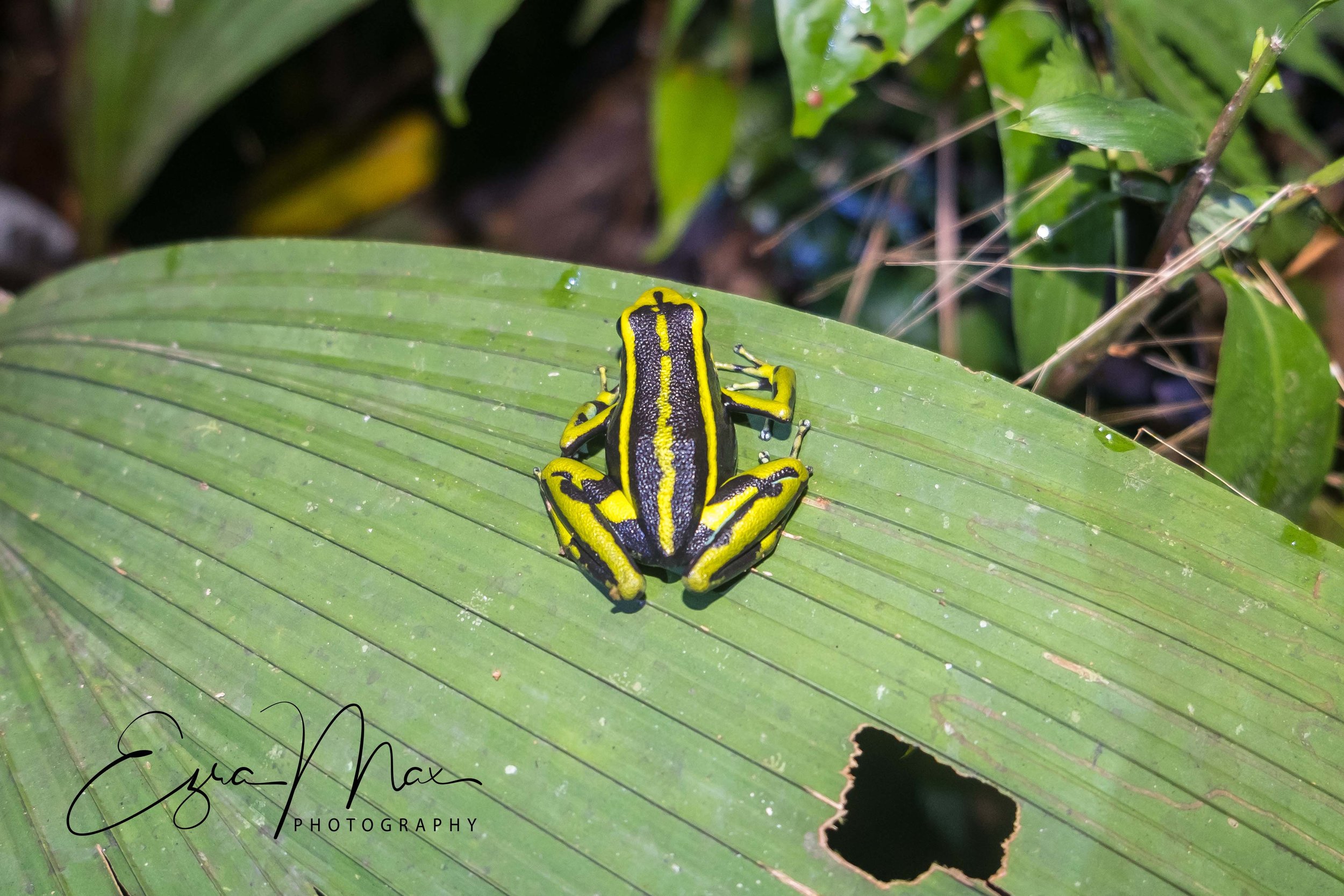
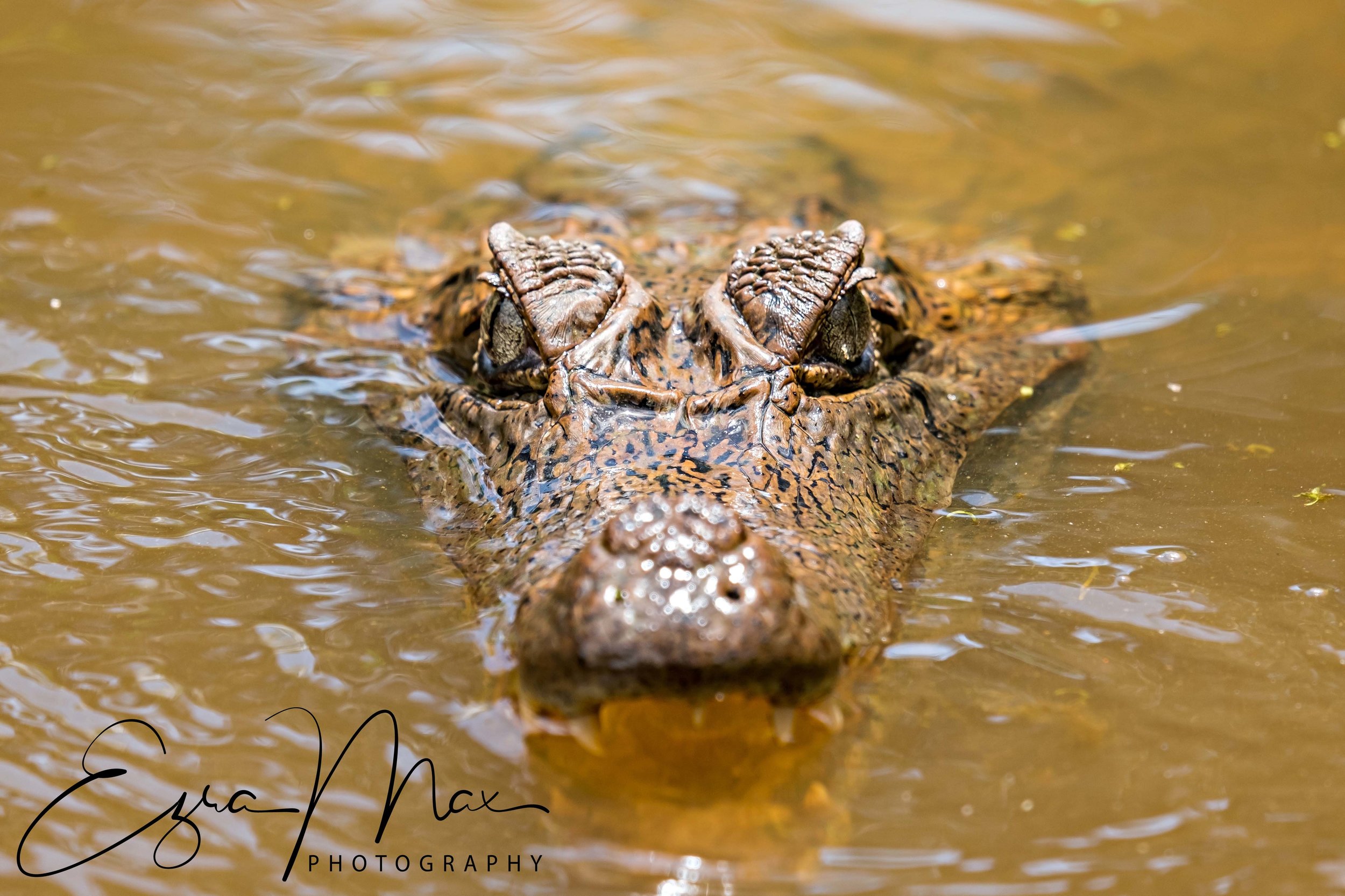
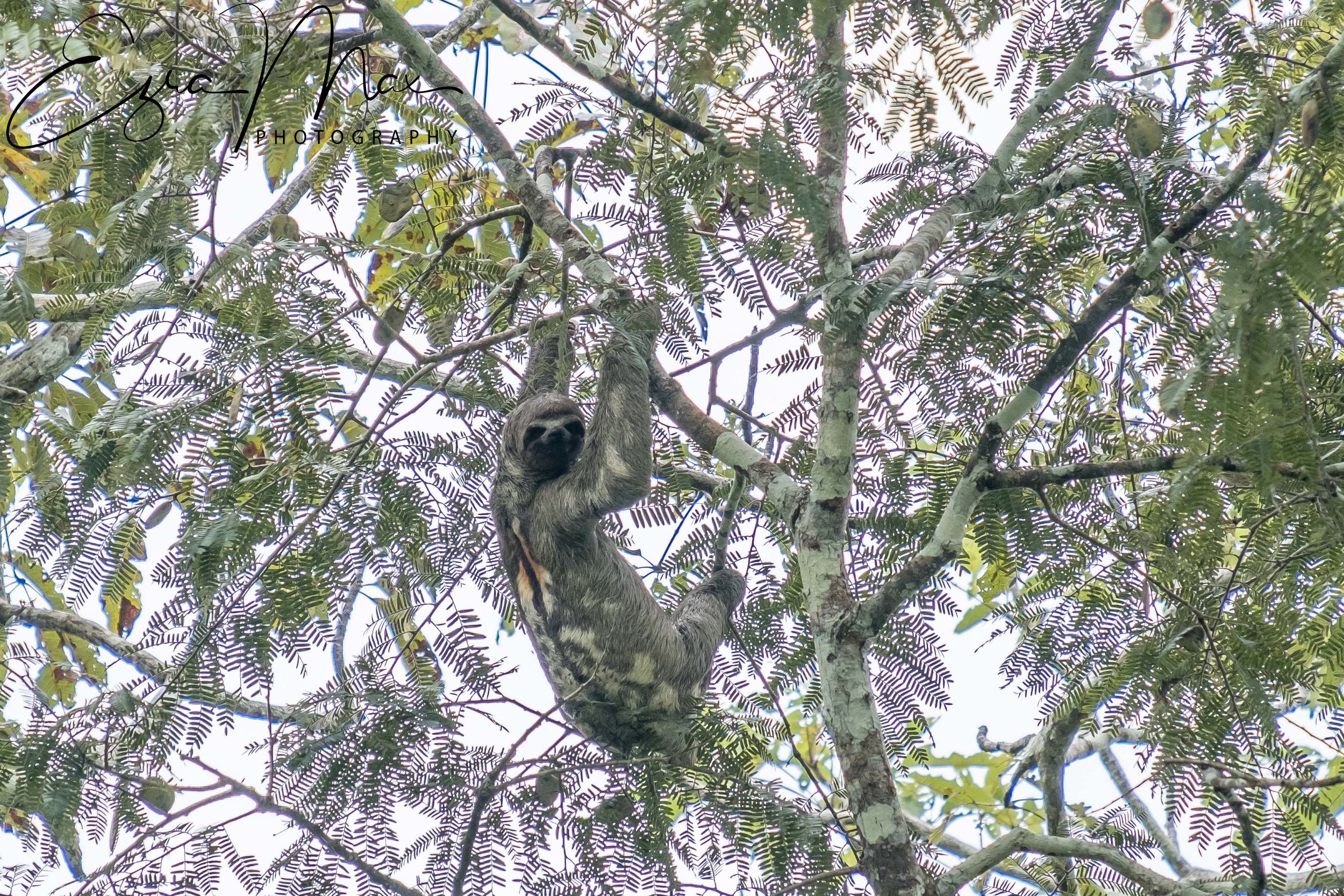

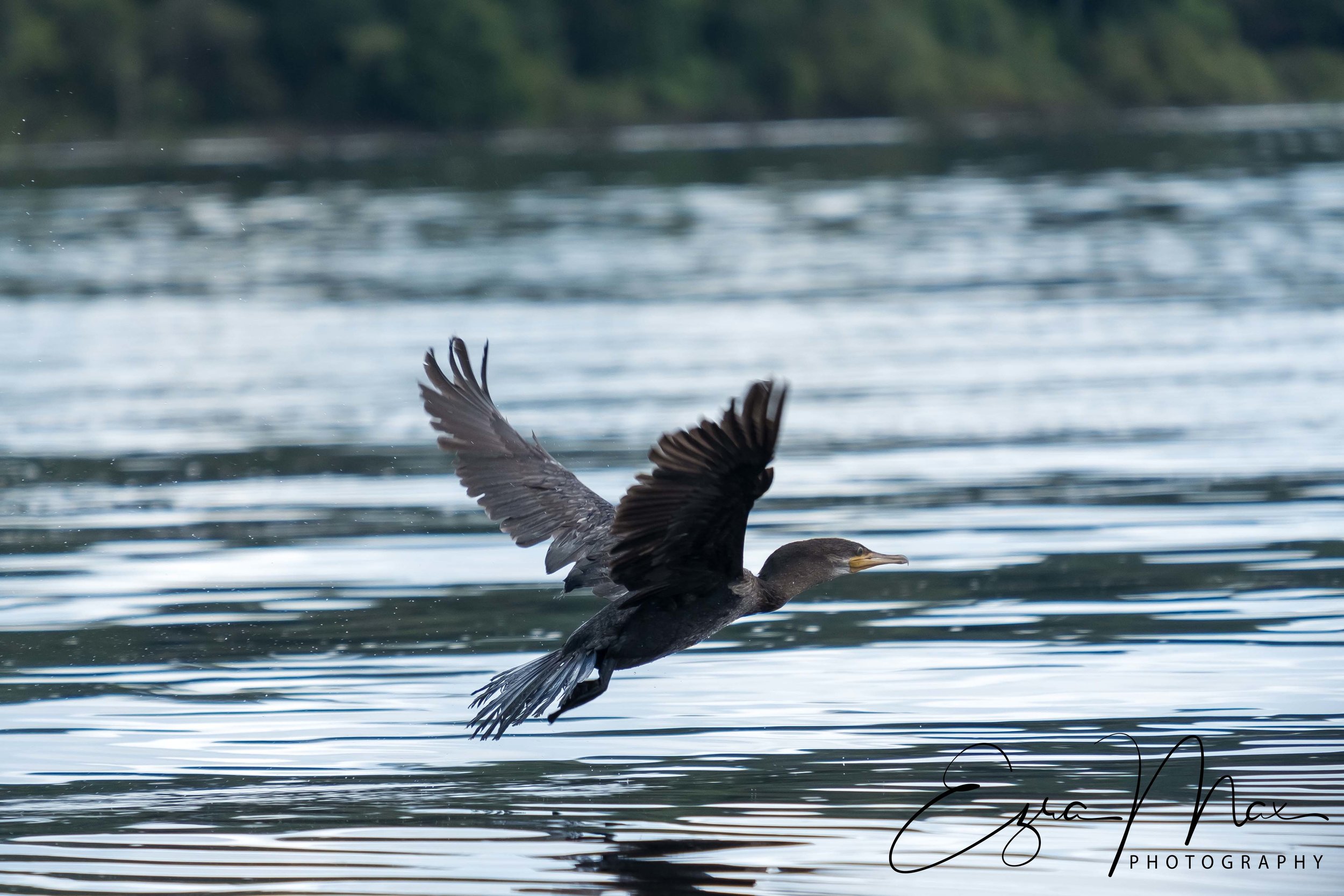

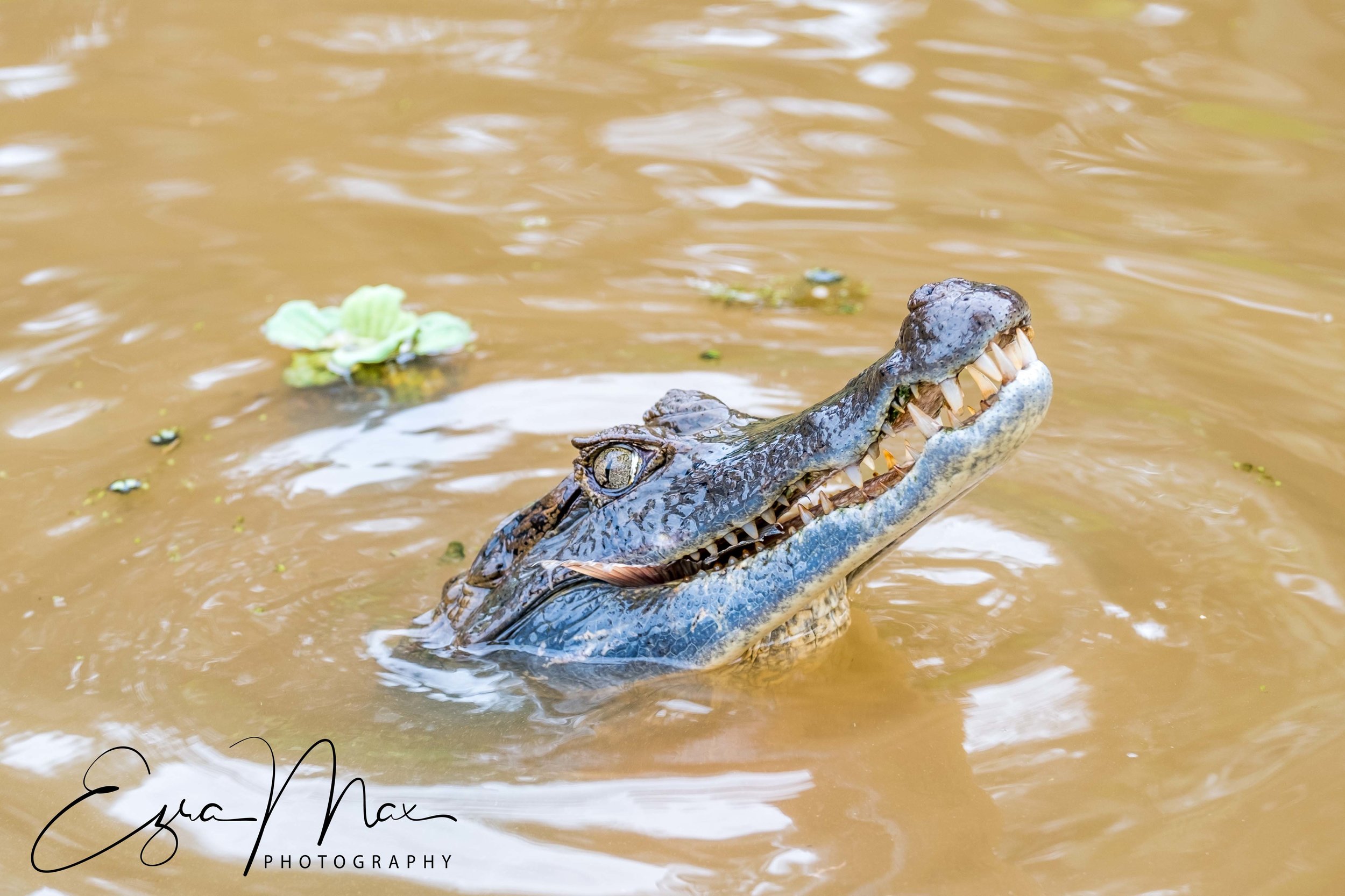
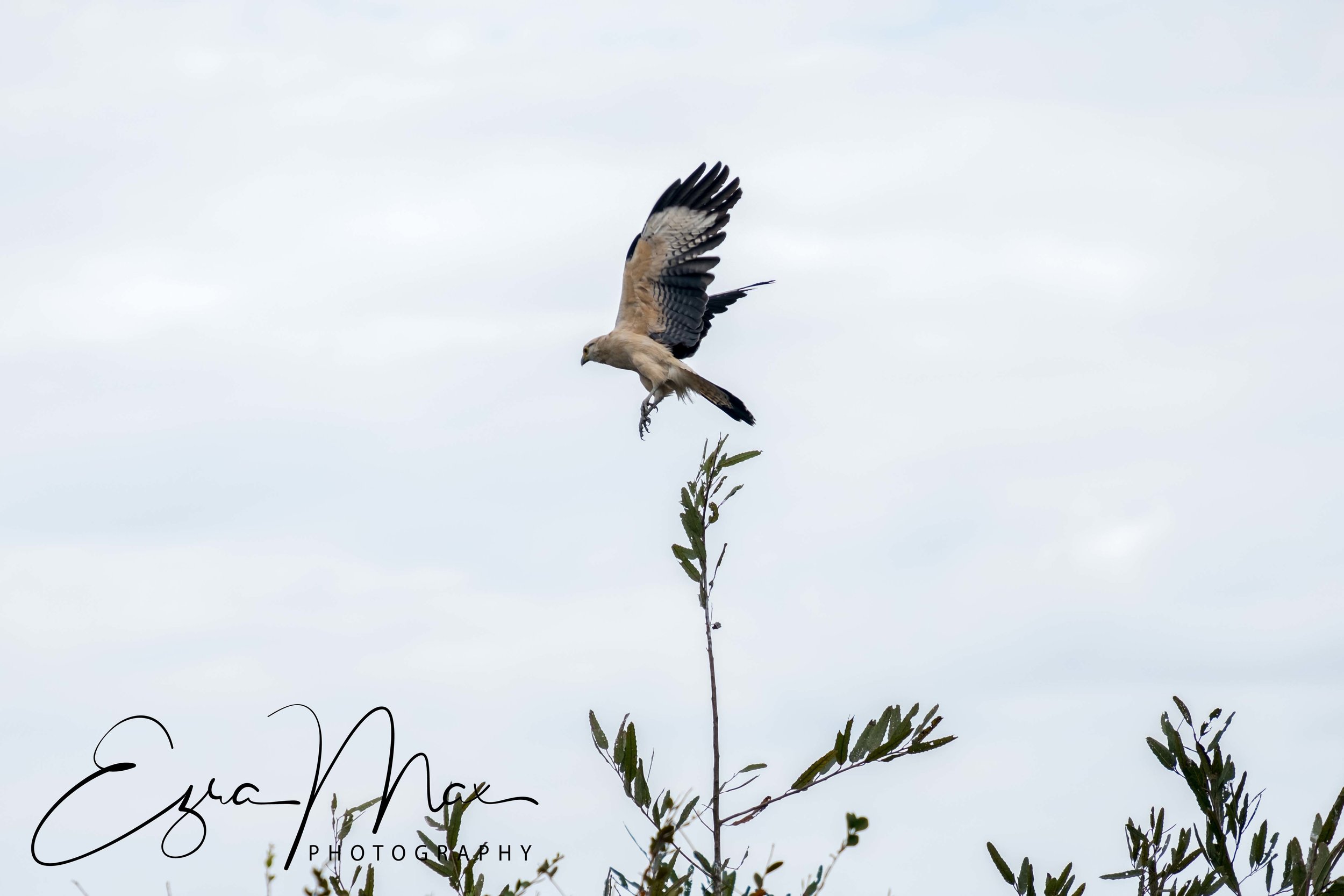
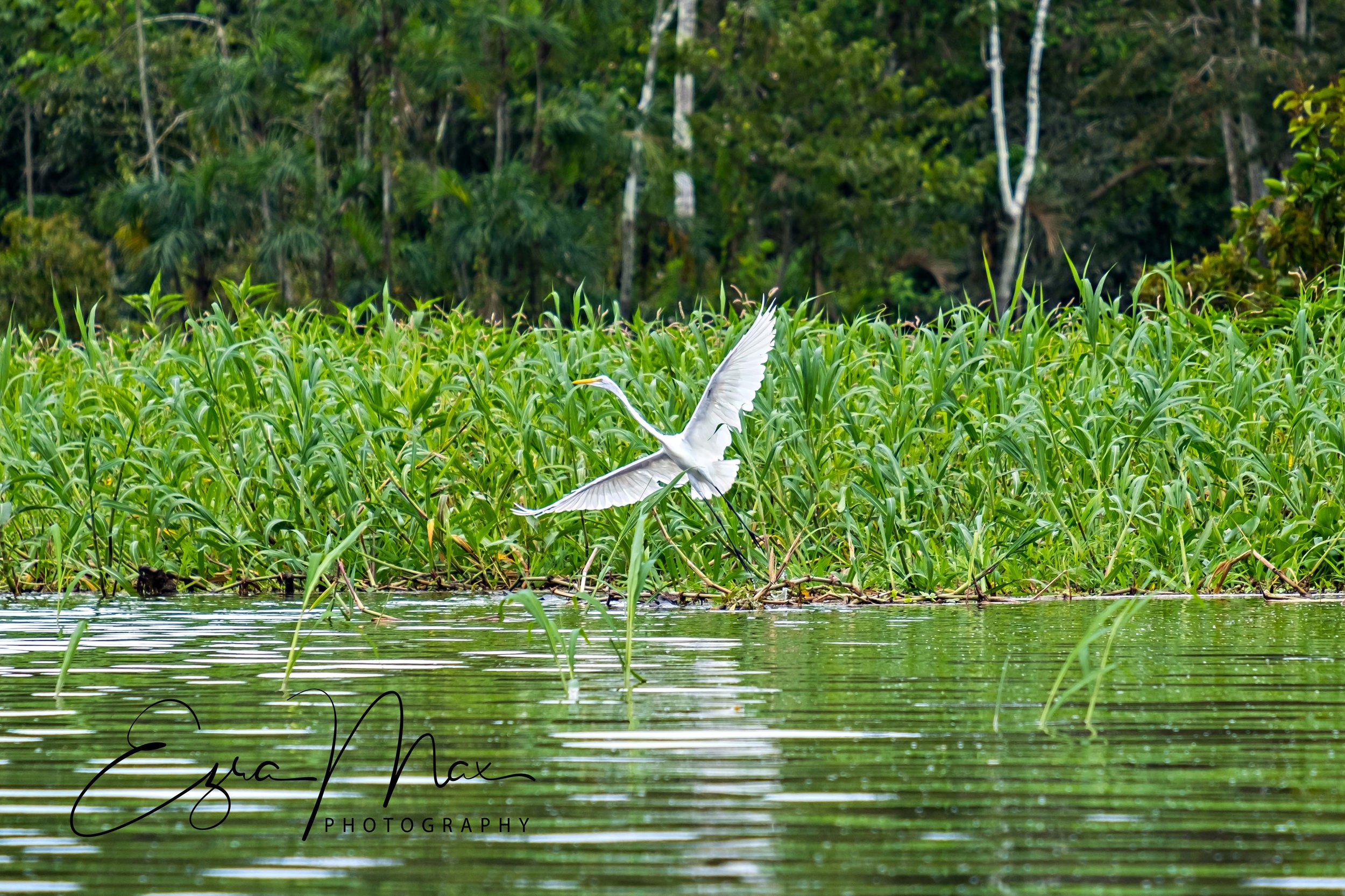
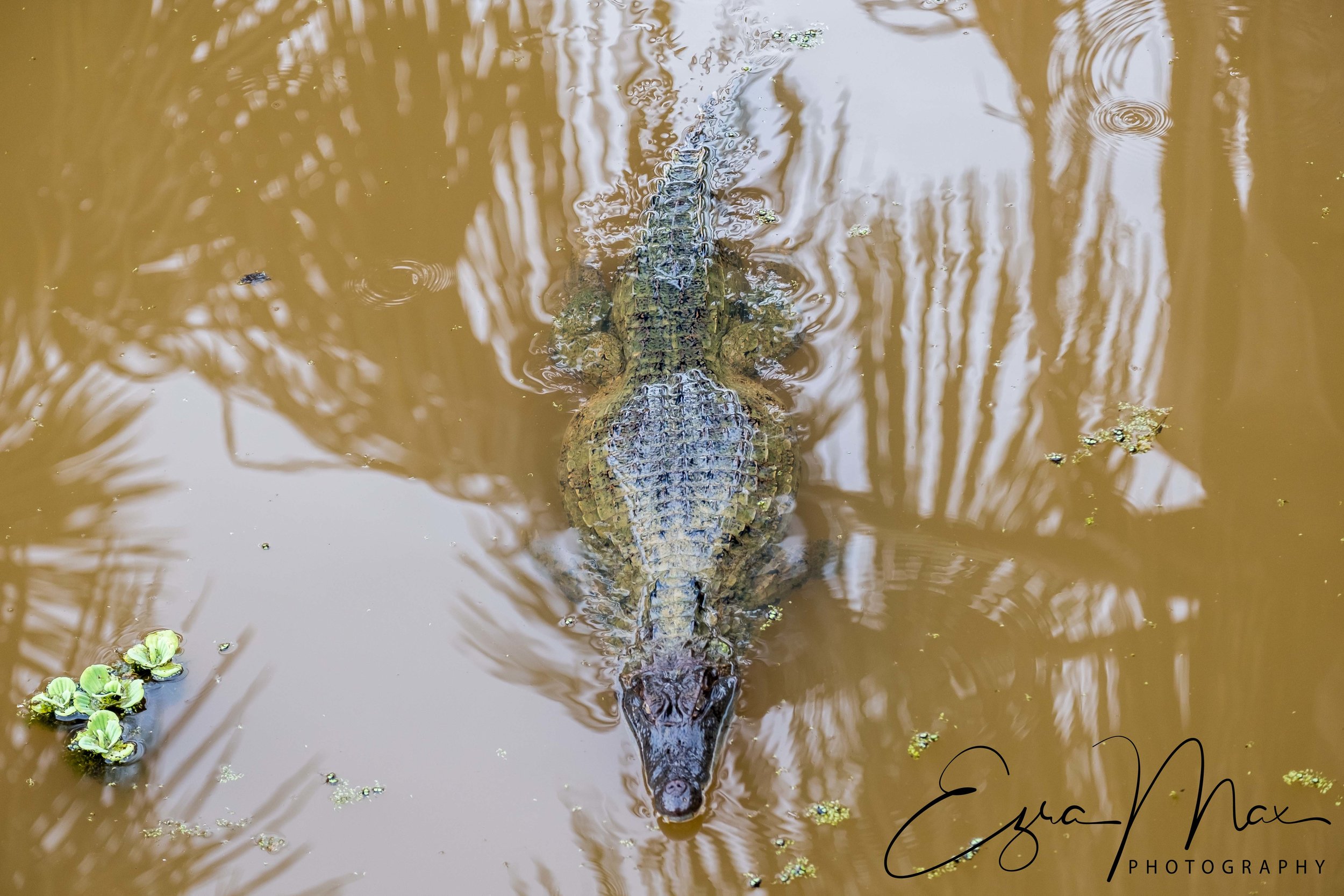
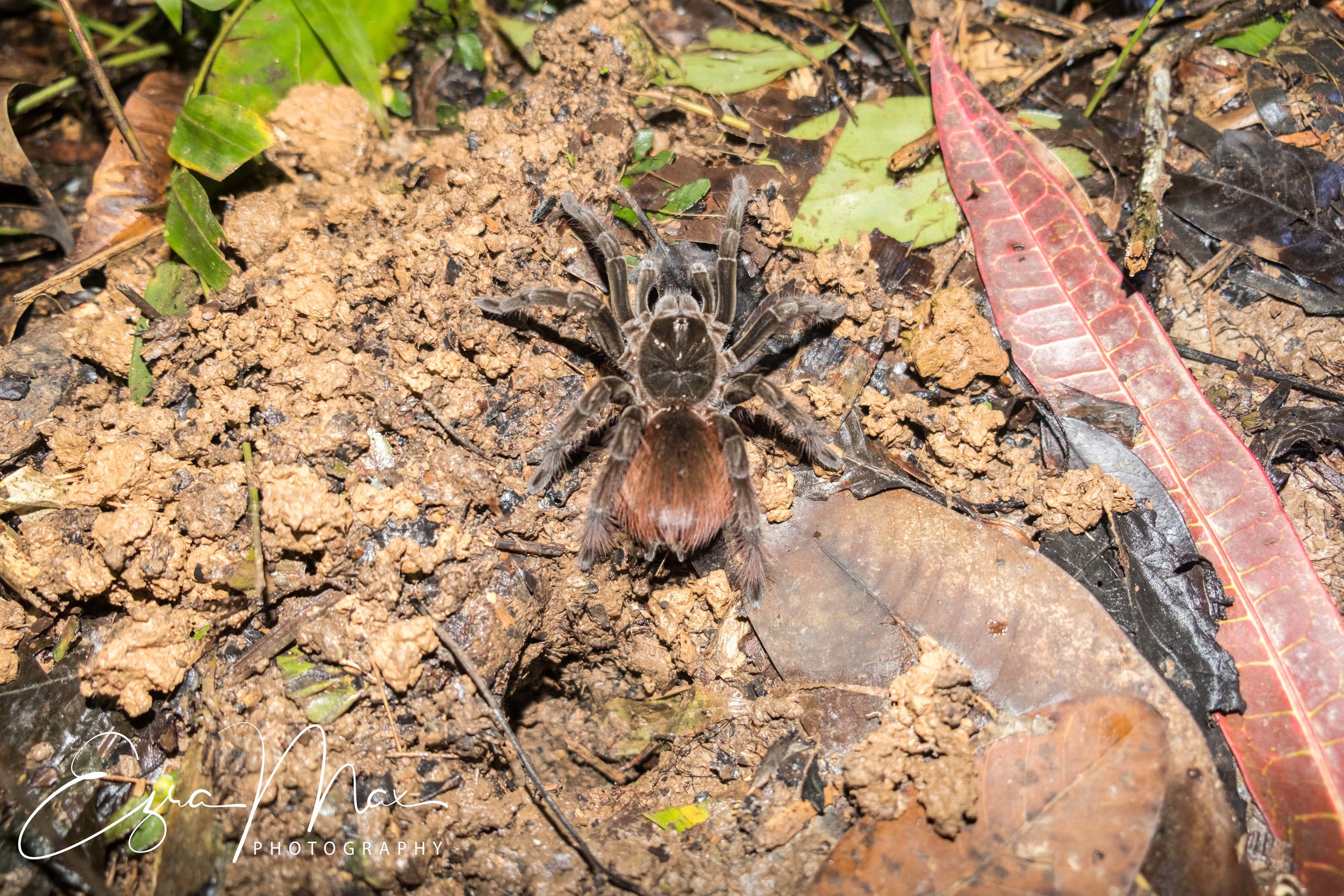
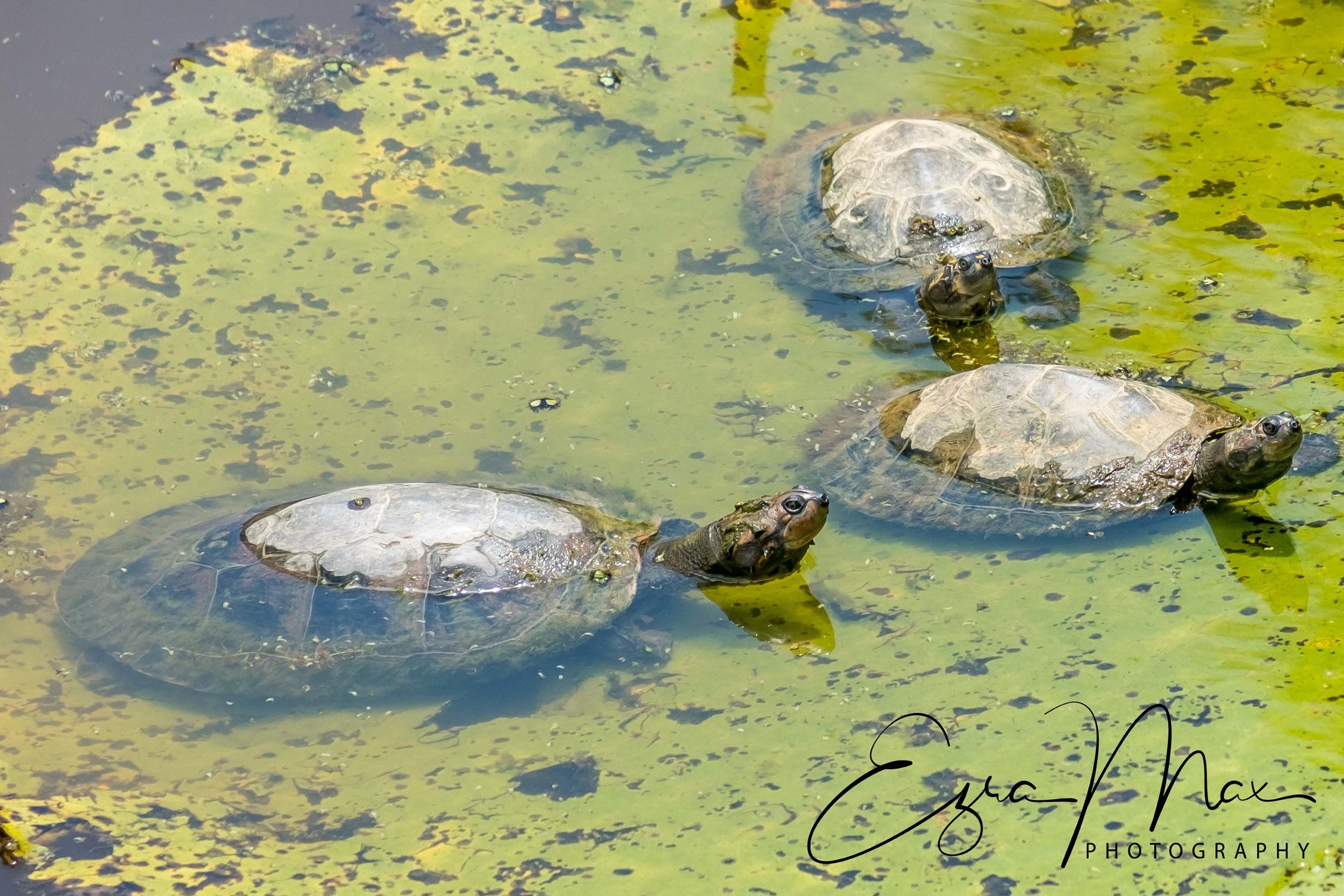
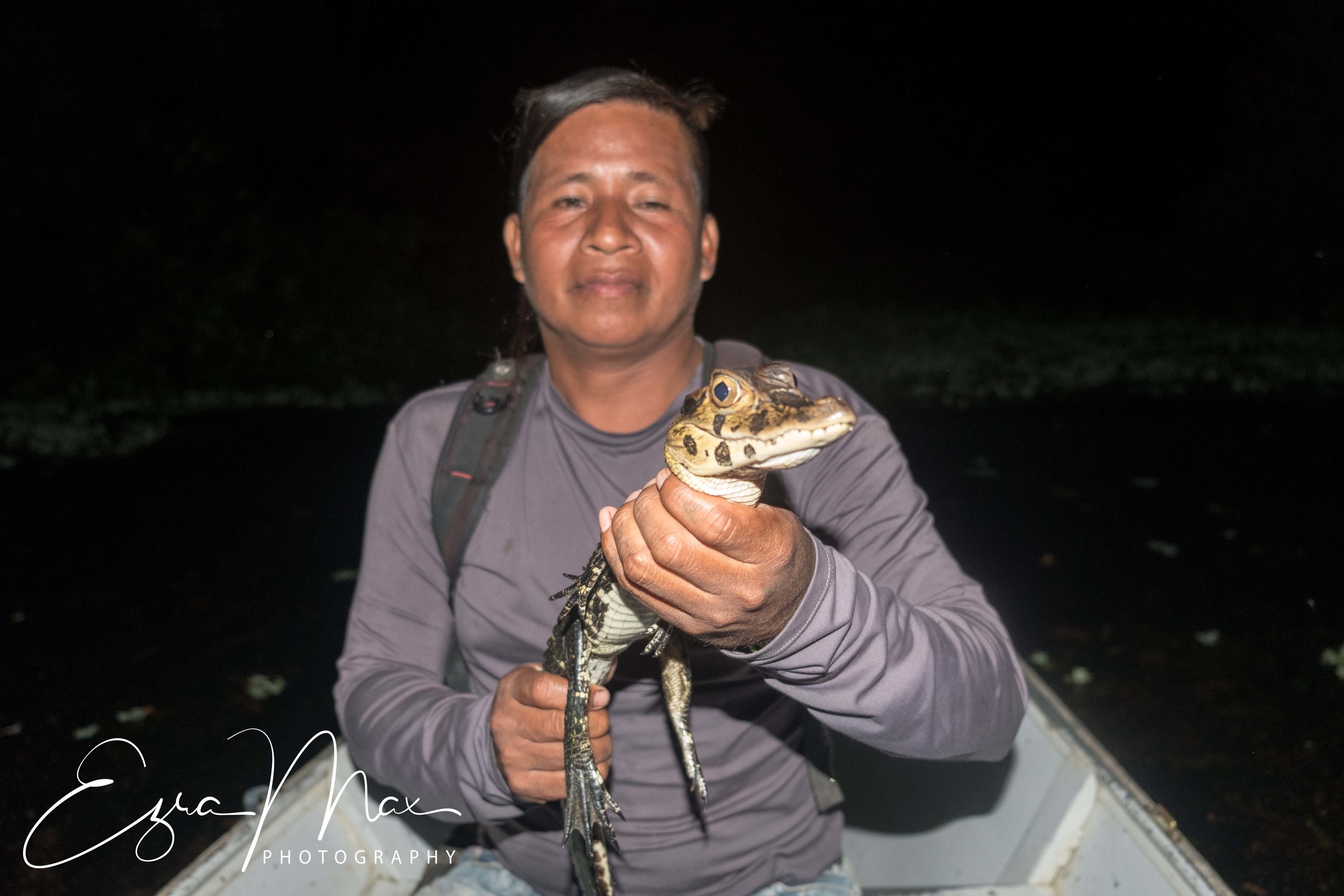
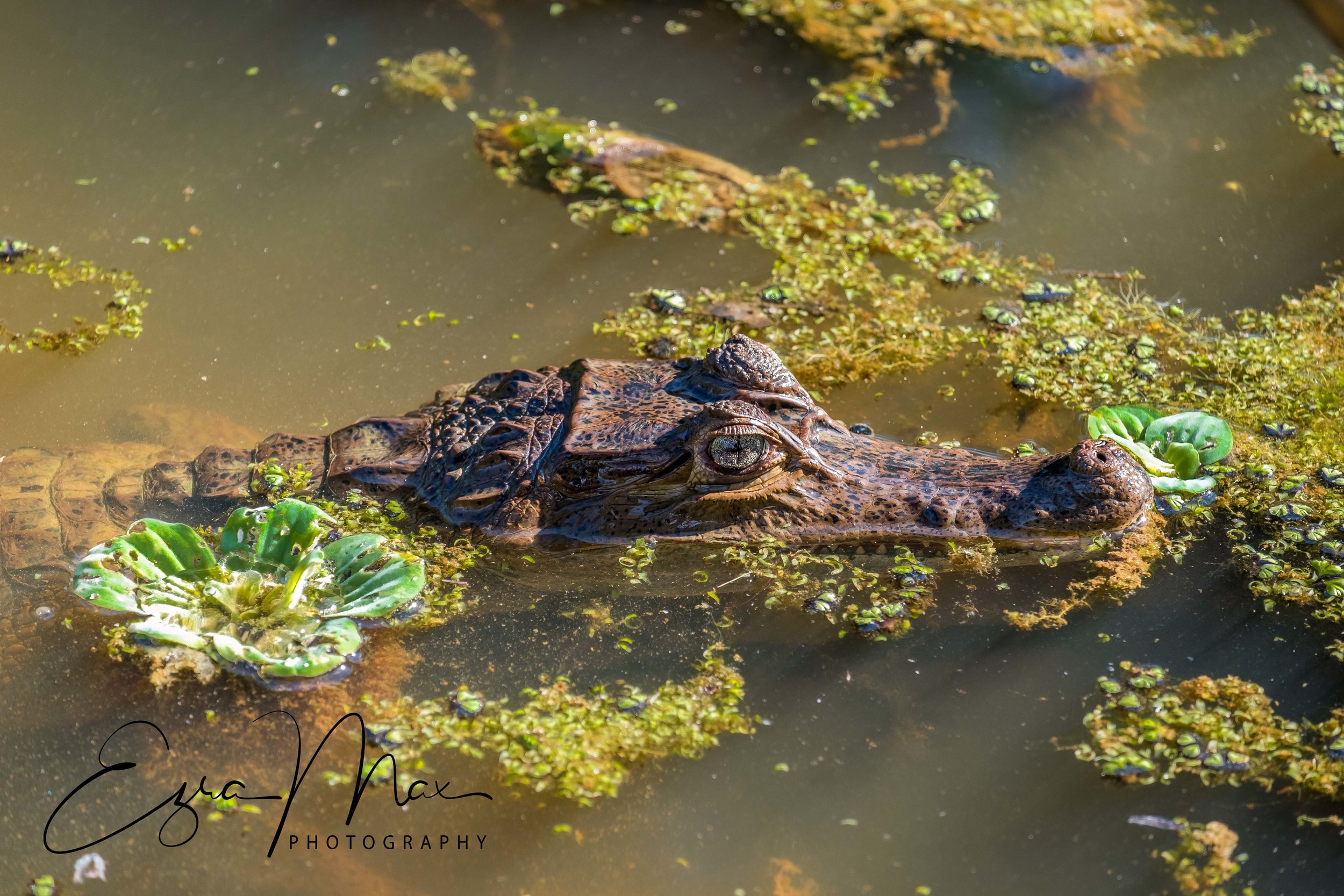

In this stretch of the Amazon, there are three primary Indigenous groups - the Tikuna, Cocama, and Yaguar. In Puerto Nariño approximately 80% of the inhabitants are Tikuna. Most of the guides I worked with were Tikuna or a mixture between Tikuna and Cocayma, and all the stories I learned came primarily from Tikuna folklore, though there are many similarities between all three. Many of my favorite moments came from hearing the myths and legends from the guides and spending time together over a beer after a long sweaty and mosquito-filled walk in the jungle. Usually, it is the allure of the animals and secrets of the jungle that draw most visitors to the Amazon, yet, I think spending time with the locals and experiencing their daily lives provides an experience as rewarding and insightful as any other part of the Amazon.
La Kurupira
The Kurupira is the protecting spirit and mother of the Amazon Jungle that lives inside the Ceiba Tree. The Kurupira has the stature of a child, is covered in hair, and has one foot facing forward and one foot facing backward. It does not like when people hunt in the jungle, cut down trees, or make a lot of noise. The Kurupira can change into anything it wishes and will often appear as a family member or friend to lead hunters deeper into the jungle on a well-made path. Suddenly, with a boom, the Kurupira (along with the path) will disappear stranding the hunter lost in the jungle. As a fan of tobacco, offerings can be made to the Kurupira asking for good luck with fishing or for a recovery of a sick family member. It is the Kurupira who learned from the gods, Ipi and Yoi, the medicinal secrets of the jungle and shared them with shamans.
- Tikuna Myth
The legend of the Kurupira is my favorite Tikuna story to tell. It is used to teach children to treat the jungle with respect and sheds insight on where the mysterious medicinal knowledge of shamans comes from. I enjoy the dual roles of the Kurupira spirit as a benevolent teacher and vengeful protector of the jungle. If you ask anybody in any of the communities if they believe in the Kurupira they will probably respond hesitantly, but continue with an eerie story they or someone they know had in the jungle that cannot be explained unless you accept the presence of the Kurupira.
Life in the Amazon
There is an interesting mix of modernization and local tradition currently taking place in Puerto Nariño and the twenty-two communities that make up the municipality. DirectTV satellites run by generators connect half-finished wooden houses to the rest of the world, while parents prefer to take their sick children to the local shamans for help instead of the local hospital.
Sunset in Puerto Nariño
Unfortunately, with the advent of modernization, technology, and tourism the local customs, traditions, and knowledge are slowly disappearing. Only the elderly are able to communicate entirely in their native languages. Traditional rituals are rarely practiced. Smartphones sending WhatsApp messages have replaced banging on giant roots of trees to send out invitations to celebrations (they used to bang on the large roots that would make a sound capable of traveling up to 2 kilometers). However, on the other hand, criminals are no longer punished by being tied naked to a Tangarana tree, which is home to the fierce bite of the Tangarana ants (a species of fire ant). The bite is reportedly as painful as a scorpion sting, and multiple bites can lead to a potentially deadly fever. In some ways not using the older traditions are better, but it always makes me feel like I am experiencing the middle of a cultural shift. In two more generations who knows what will be remembered and what won't.
Every one of the twenty-two communities in the municipality relies entirely on agriculture and fishing. Families generally fish and grow just enough to sustain themselves. Any surplus is generally brought to Puerto Nariño and sold. The extra money is most commonly used to pay for DirecTV, cell phone bills, or the occasional beer. Boats are organized to bring the children from the smaller communities to the nearest community with a school. In Puerto Nariño there is a boarding school where children from communities farther away can stay for the week. The cost of the school, including room and board, is only a certain amount of wood per child brought from their village to be used for cooking.

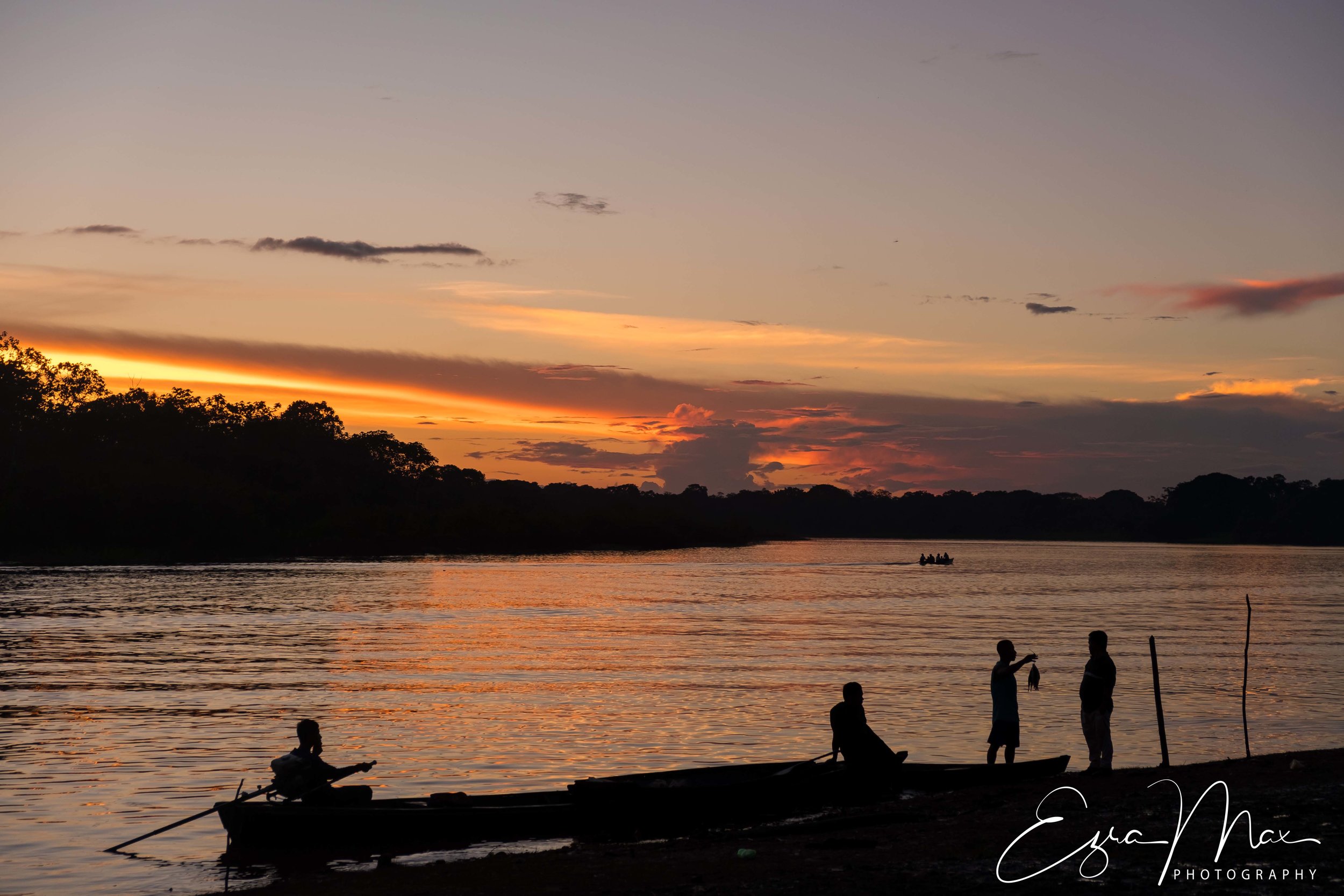
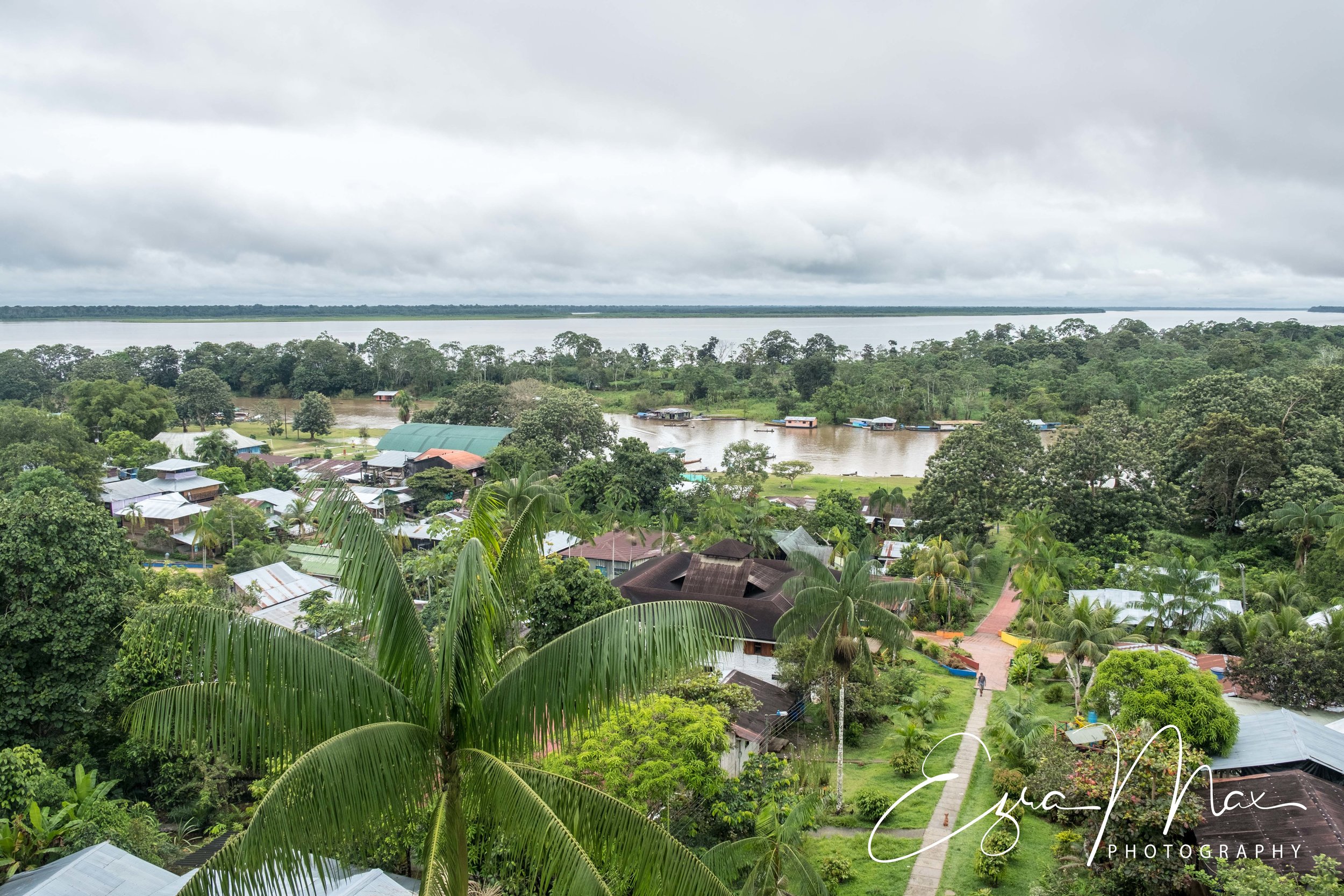

As I have found in other small and rural communities, children grow up much quicker here. More than anything it is a matter of biology over what appears to us as right age for marriage or children. When a girl is biologically able to have a child, then they are old enough to be married or at least old enough to be having sex, and it isn't a scandal by any means of the word if a teenager gets pregnant. It isn’t uncommon for the majority of girls to be married or to have had a child before they turn twenty. At the end of the day, I felt as if Puerto Nariño was a small bubble with cultural norms of the past adding technology to improve or, at least, raise the level entertainment in their daily lives.
Protecting the Environment
The pink dolphin can transform into a man and come out of the water into a village during a celebration. As a man, the pink dolphin wears a manta ray as a hat, a crab as a watch, an anaconda as a belt, two fish as shoes, and an electric eel as a machete. The pink dolphin will come ashore looking for a woman to enchant and bring back into the water. Once a woman is brought to the water she is never seen again.
- Tikuna Myth
The captured women are believed to then transform into a pink dolphin and become the mothers for the next generations of dolphins. Due to this, the pink dolphin is considered sacred as they carry Tikuna blood in their veins. Just sitting out near the water in Puerto Nariño you can see many pink and grey dolphins. The pink dolphins rarely come further above the water than is necessary to breathe, while the grey dolphins can often be seen leaping out of the water. Trying to get shots of either species of dolphin can be incredibly frustrating. Hunting either pink or grey dolphins are illegal and killing a pink dolphin is considered bad luck in Tikuna culture.
Grey Dolphin
Puerto Nariño, unlike many other towns along the Amazon, seems to place a large importance on the environment and protection of endangered species. There are multiples organizations dedicated to the protection of animals and environment. I believe part of this stems from the myths that give many animals a place of importance within the communities here. Many of the laws that protect dolphins and other animals from being hunted don't exist further down the river in Brazil. Every visitor to Puerto Nariño is given a set of guidelines about how to behave in order to protect the environment when they arrive at the port (after my recent boat trip all the way up the Amazon and then the Napo River to Ecuador, I saw a lot more trash around these villages than I ever saw in PN). On the other hand, having a smaller piece of the Amazon River may lead the Colombian government to work harder to protect it. During my time in Puerto Nariño, the Colombian President, Juan Manuel Santos, paid a visit to the small town (the first time any president has ever visited) and signed an agreement that guarantees offer further protection to the land and specifically the lakes in the area.
Sunset over Lake Tarapoto
Leaving Colombia
My seven weeks living and working in Puerto Nariño makes it one of the places I have laid my bag to rest for the longest period of time in over three years. I immensely enjoyed being a part of a community and greeting the same fisherman and families every morning. I was given an unusual and almost forgotten sense of belonging and I will always be incredibly grateful to the guides, locals, and co-workers for the wonderful friendships and memories that I am leaving with.
I entered Colombia with relatively little Spanish knowledge and through a little dedication and amazing locals I was able to learn quite a bit. I will always be grateful to all of the Colombians who were patient and willing to talk with me and aid me with my Spanish. Working as a translator was a great learning experience for me and I am excited to continue my travels with a better grasp of Spanish.
*If you'd like more information on how to reach Puerto Nariño or for organizing an adventure in that area of the Amazon do not hesitate to get in touch.
Hanging Coffins and Rice Fields of the Philippines
In the Philippines, I found a valley where they hang the dead in coffins along cliff walls, a small village where I learned and experienced how rice is harvested from the field, and explored the islands of Palawan and Coron for great diving and beautiful landscapes.
(*** My camera broke and the few photos I have are from a GoPro)
Hanging Coffins of Sagada
Nestled in the hills of the Cordillera Mountain Province of the Philippines lies the town called Sagada. The most popular attractions are the caves to explore, but while I was there a small typhoon came through the region raising the water levels, making the caves too dangerous to explore. Luckily, I wasn’t very interested in exploring the caves. I wanted to see the hanging coffins.
Echo Valley
On various cliff walls and inside small caves around the town of Sagada are coffins. The most well-known hanging coffins site is echo valley. At first look, it appears that there are coffins for both adults and children on the wall. However, the smaller coffins are not for children but follows the older traditional method of laying the bodies down in the fetal position. It wasn't until the 333-year occupation Spain, that Christianity spread throughout the country and the coffins were elongated to the western style we are more familiar with.
Coffins in a cave
There are a couple other places in the world (China and Indonesia) where hanging coffins can also be found. This was my first time seeing hanging coffins and I asked many locals why the dead were laid to rest this way. I learned that the bodies are put in hanging coffins in order to stop animals from getting to the bodies and allow the spirits to roam freely through nature. Besides hanging them off walls, coffins were stacked in caves or lowered down into holes in the cliff side with ropes. According to a few locals, hanging coffins are rarely used now. Only 3% of the community chooses to be buried in the traditional way. The last time someone was placed into a hanging coffin was in 2012.
Looking down on Sagada
When I wasn’t strolling around the valley, I was spending time with the wonderful manager, Joseph, of the lodge I was staying at. After an evening drinking Filipino brandy, Emperador, I found myself with a new friend who gave me an unforgettable dose of hospitality and one of those traveling experiences I cherish. If you ever find yourself in Sagada stay at Villa D’Familia and ask for Joseph.
Catching Tilapia with a net with Joseph - had it for lunch later
Rice Fields of Batad
Not far from Sagada is the much smaller mountain village famous for its rice paddies, Batad. You used to have hike hours to reach the village, but a new road takes you close enough that the village can be reached after a ten-minute walk. Unfortunately, I arrived during the end of the harvest season and most of the rice had already been collected. While I didn’t get the most beautiful pictures of the paddies, I did further my rice education which began in northeast India.
Batad
The homestay I was staying at had bushels of rice everywhere. As it was also the rainy season, locals have to take advantage of the few rays of sunlight to dry out the bushels. After the stalks of rice are dry they get pounded to separate the rice from the stalks and casings. Bushels are put into a large equivalent of a pestle and mortar. Each bushel contains about two kilograms of rice and it takes about 20 minutes of pounding the rice to get it separated. After that the rice is good to cook and eat.
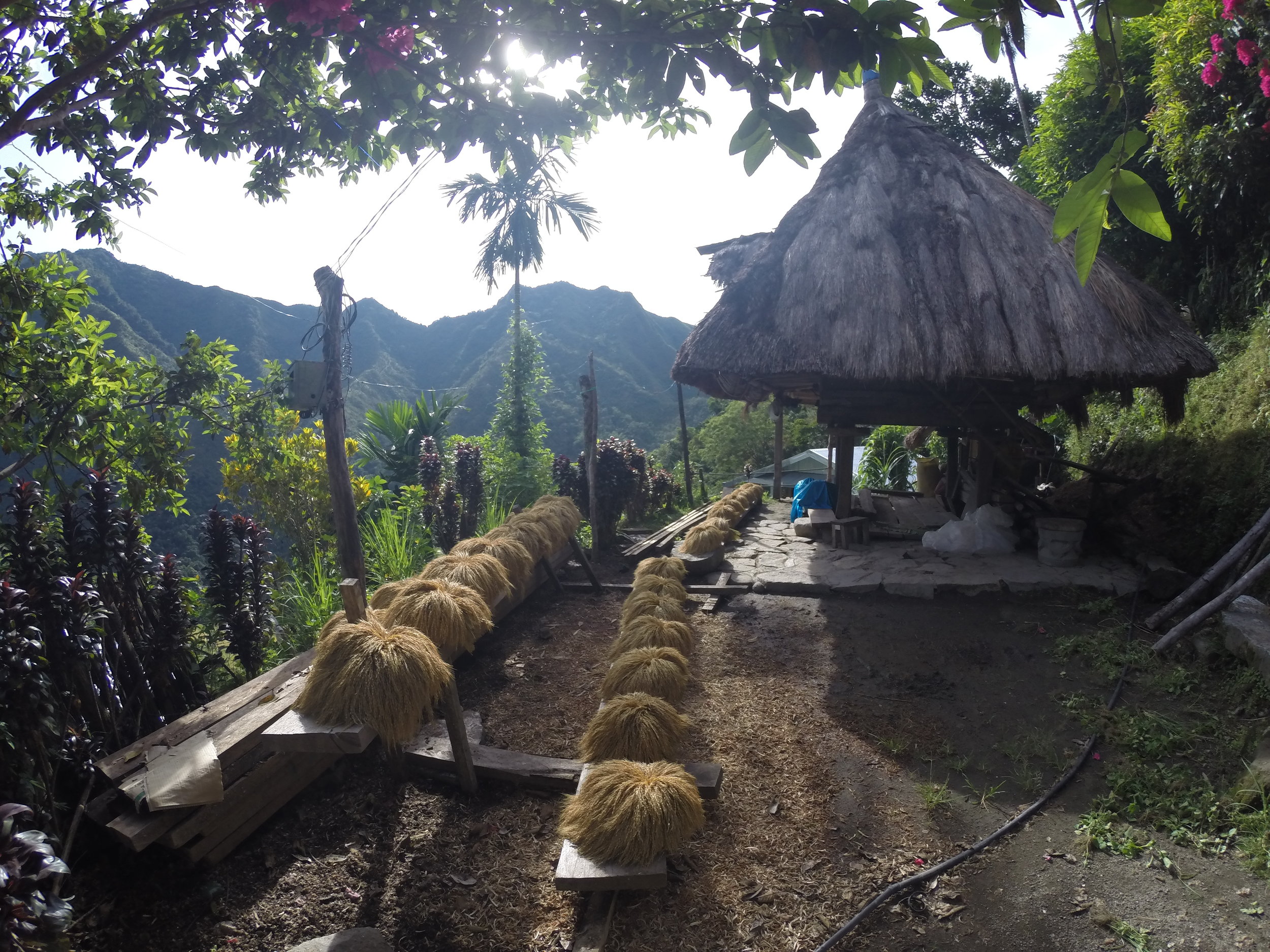
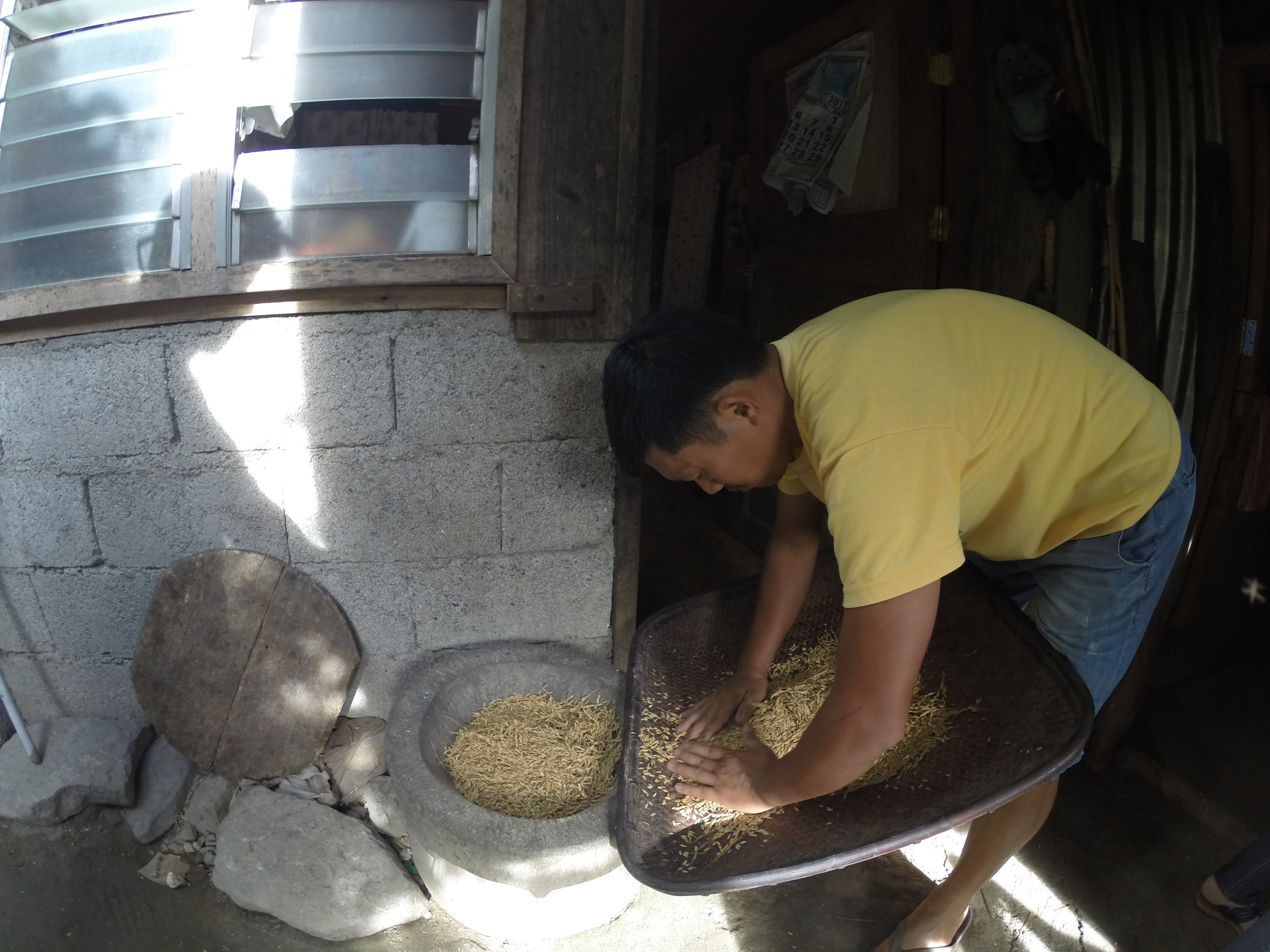
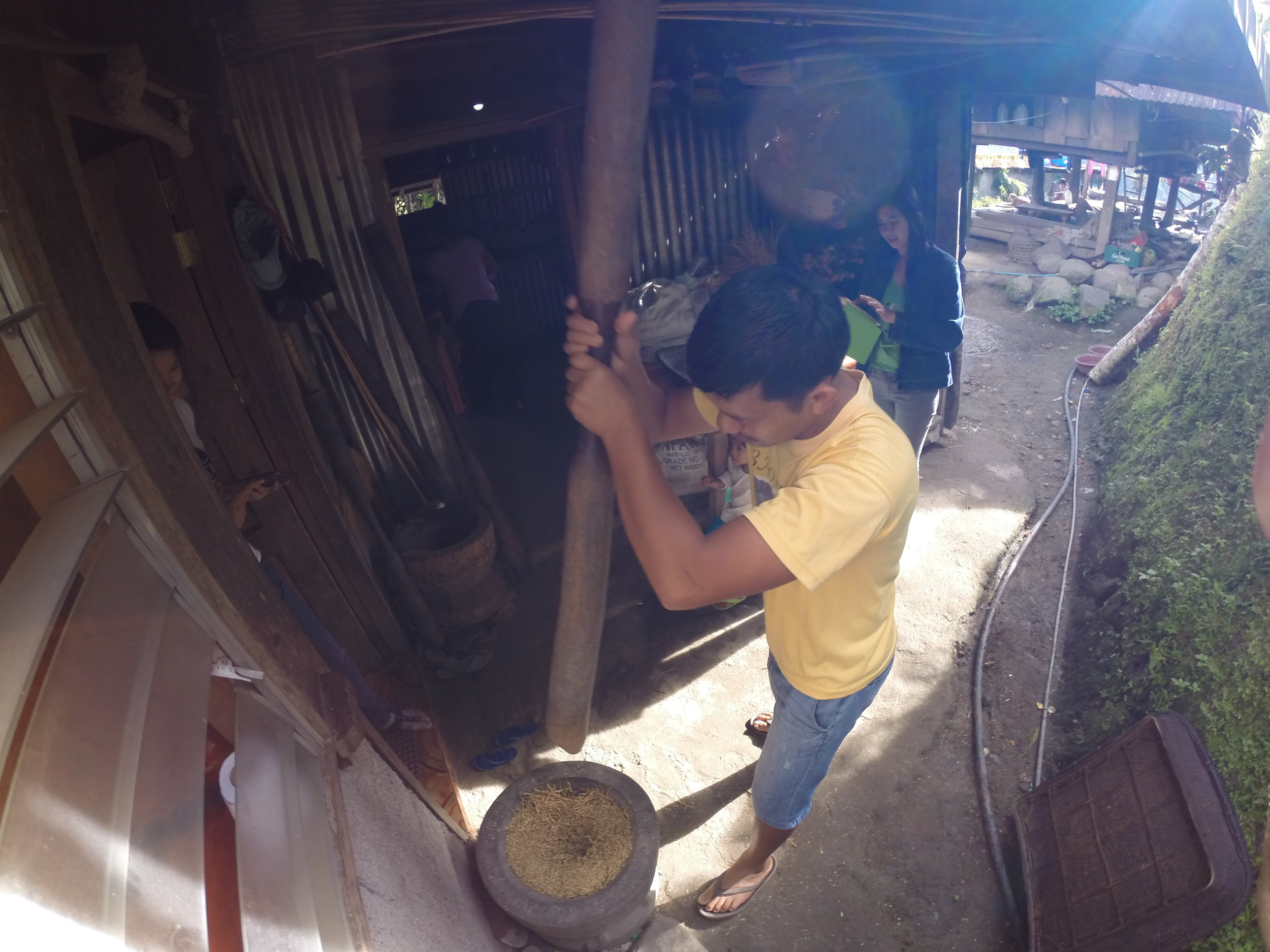


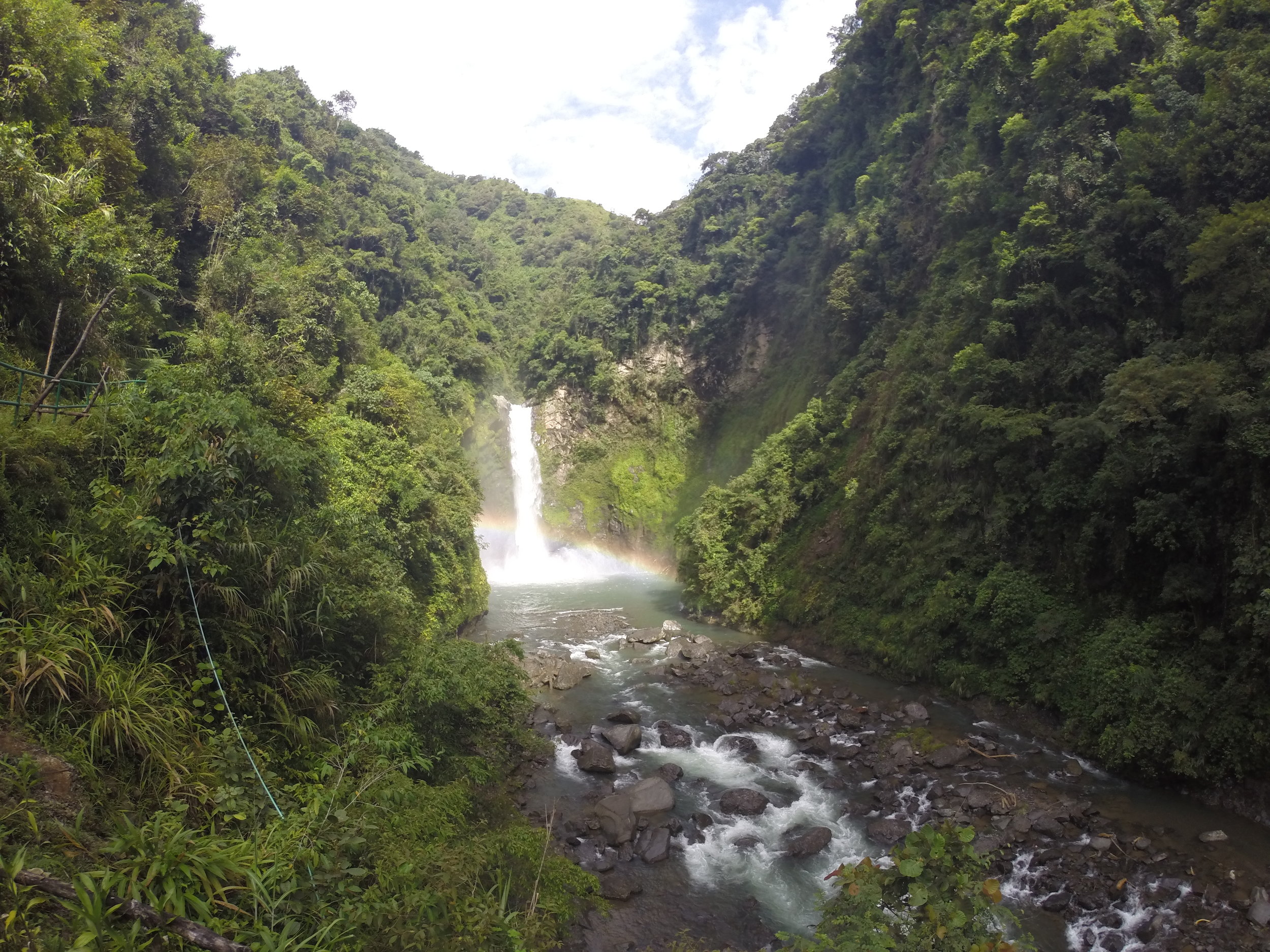
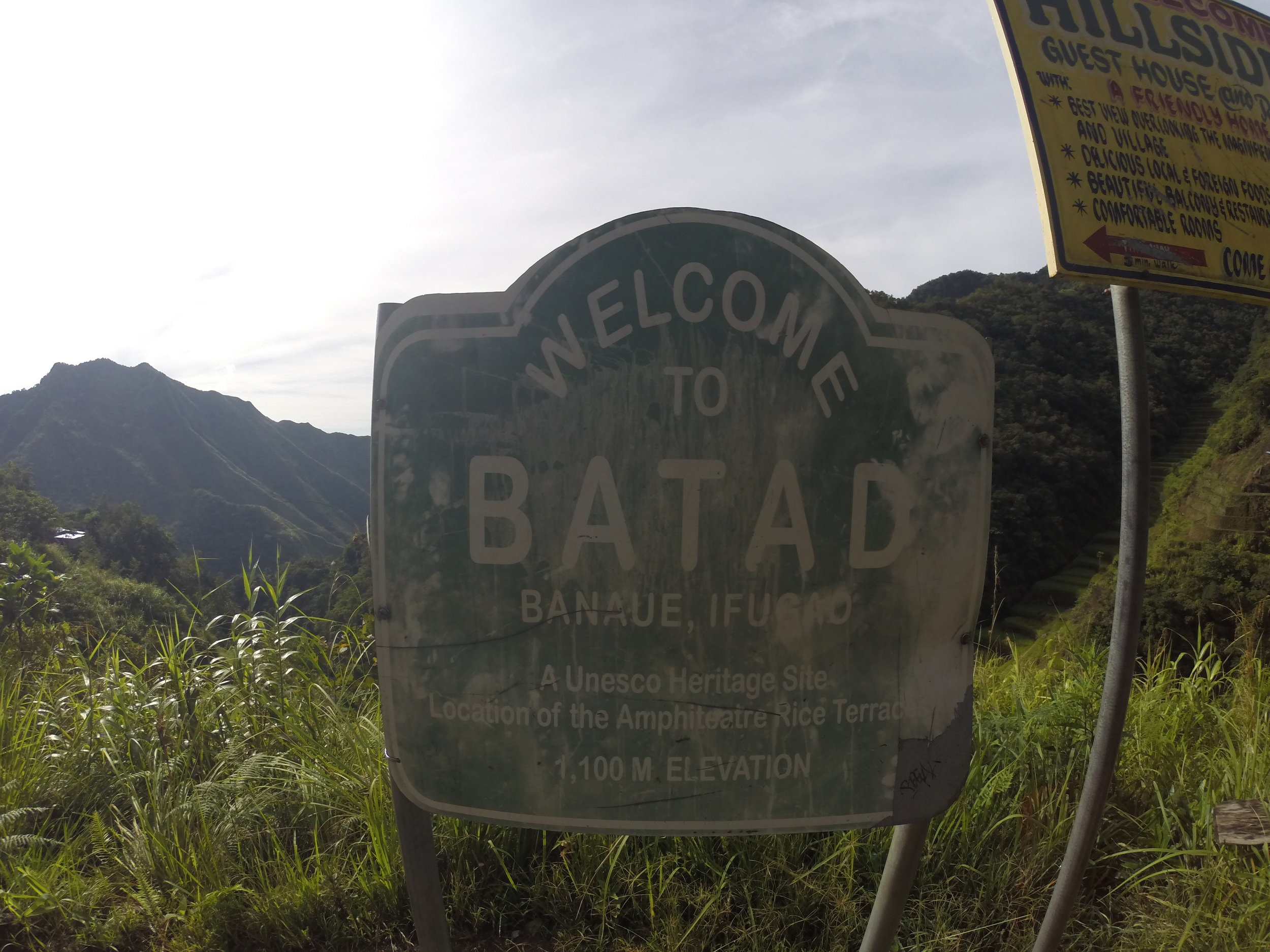
My favorite thing about the village was its solitude. There are no roads, no cars, and no motorcycles when you reach the village. There are plenty of hiking trails throughout the area leading to other villages, mountain tops, and waterfalls. It is a very tranquil place full of fresh mountain air.
Language, Food, and Palawan
Due to Spanish, American, and Japanese occupation at different stages, the Philippines has an interesting mixture to their language. While there are several different languages and dialects spoken across the country, Tagalog (Filipino) is the official language, along with English, of the country. Within Tagalog there are many Spanish words, English words, a few words from Indonesian/Malaysian, and a couple from Japanese. There may even be words from other languages. There would be many moments where I would look up as my ears caught the sounds of English words only to find a group of Filipinos speaking Tagalog.
The food is primarily rice and meat and it is not a hospitable place for vegetarians. I must thank the Spanish for the food, empanadas and longaniza, that I really enjoyed. However, there are plenty of Filipino dishes I am not looking forward to eating again such as Balut (egg with a partially developed embryo inside), chicken heads on a skewer, pork blood stew, and I even walked into a restaurant where they told me that only dog was on the menu. I walked out.
Even though my favorite experiences occurred in the mountains, I spent most of my time down south in the islands of Palawan and Coron. The landscapes around these islands are beautiful and reminded me of Ha Long Bay in Vietnam but on a smaller scale. The diving in Palawan had beautiful coral and a large diversity of fish. Each dive was enjoyable and the diving in Coron brought me up close to a number of Japanese ships that were sunk by the Americans during WWII.
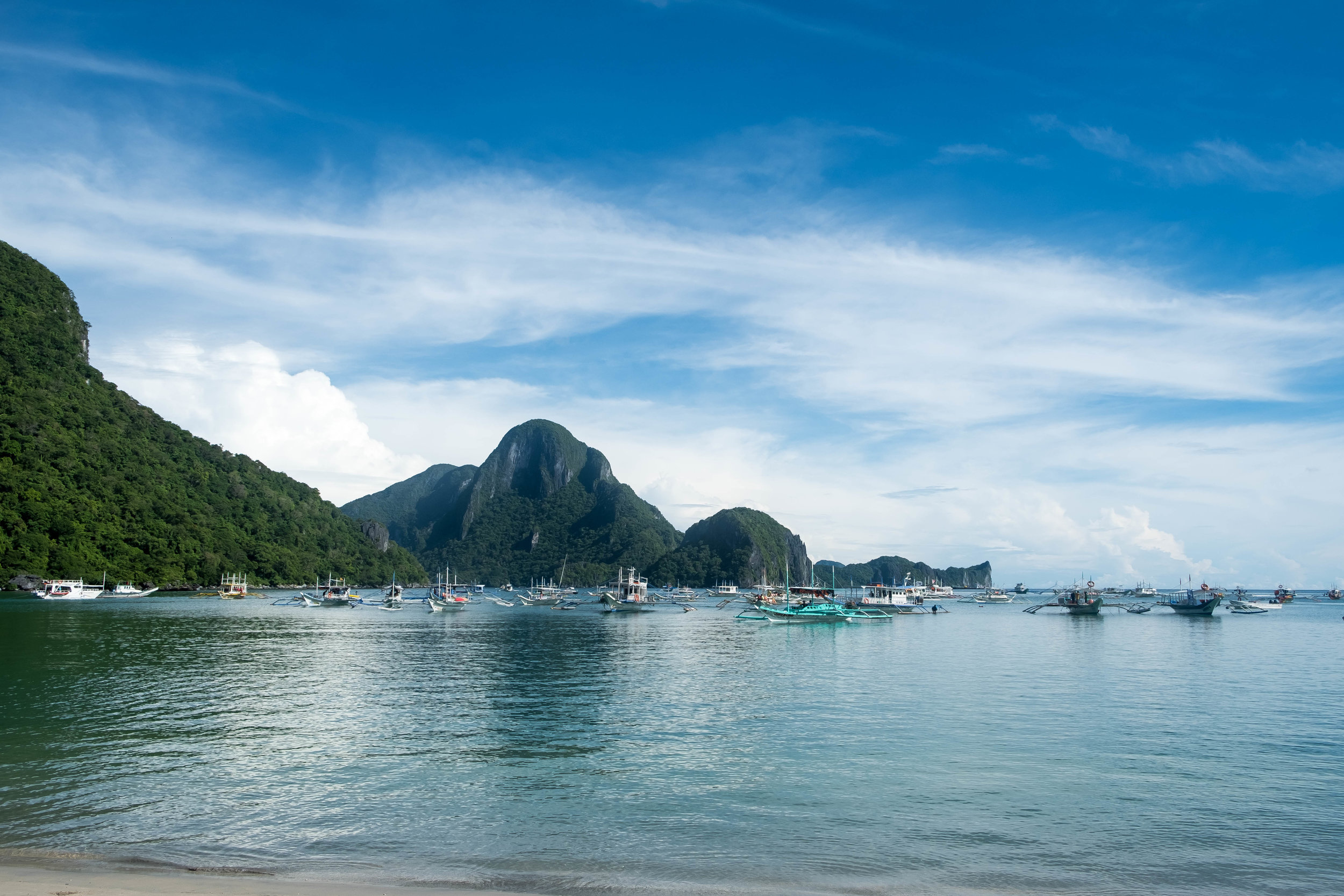
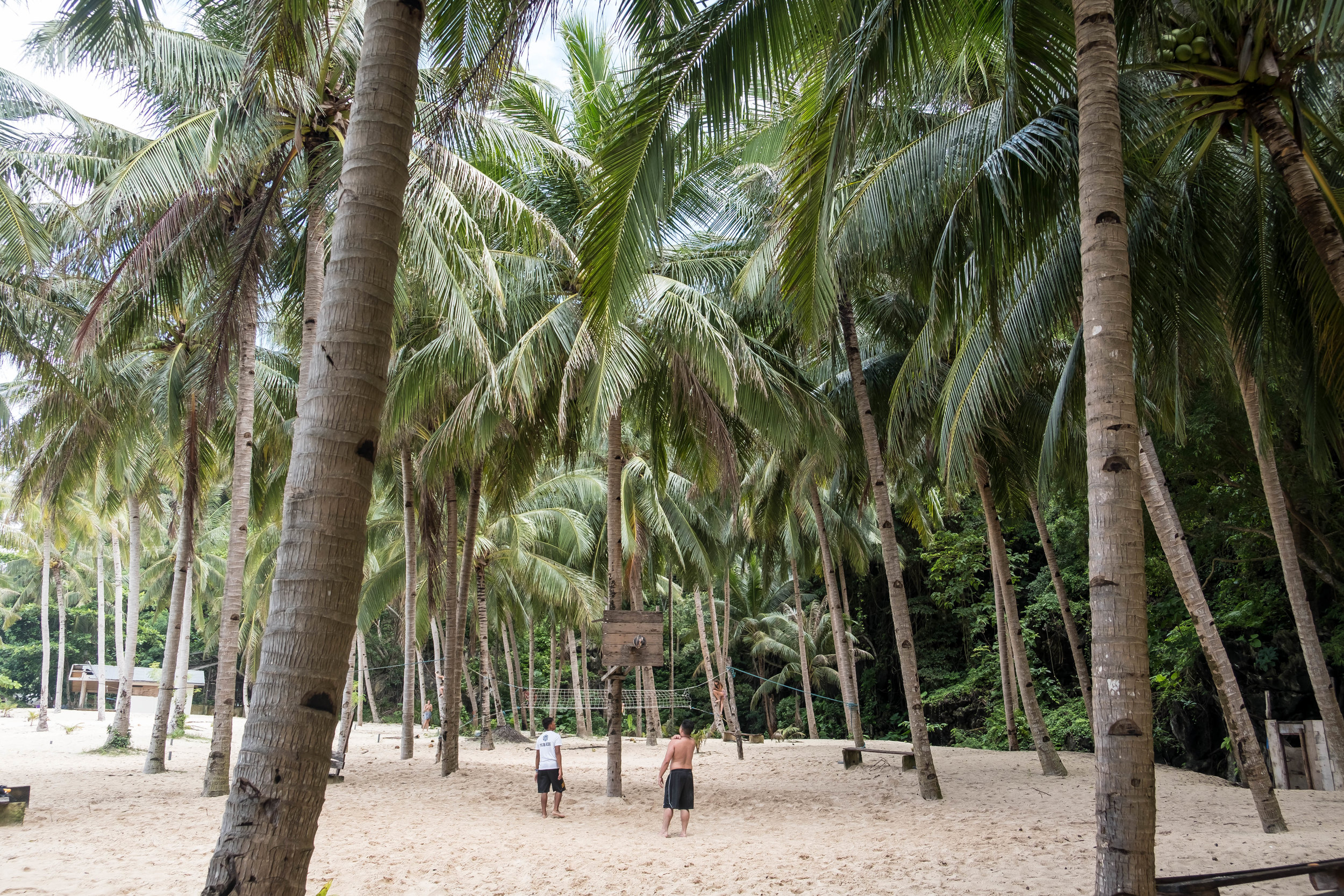
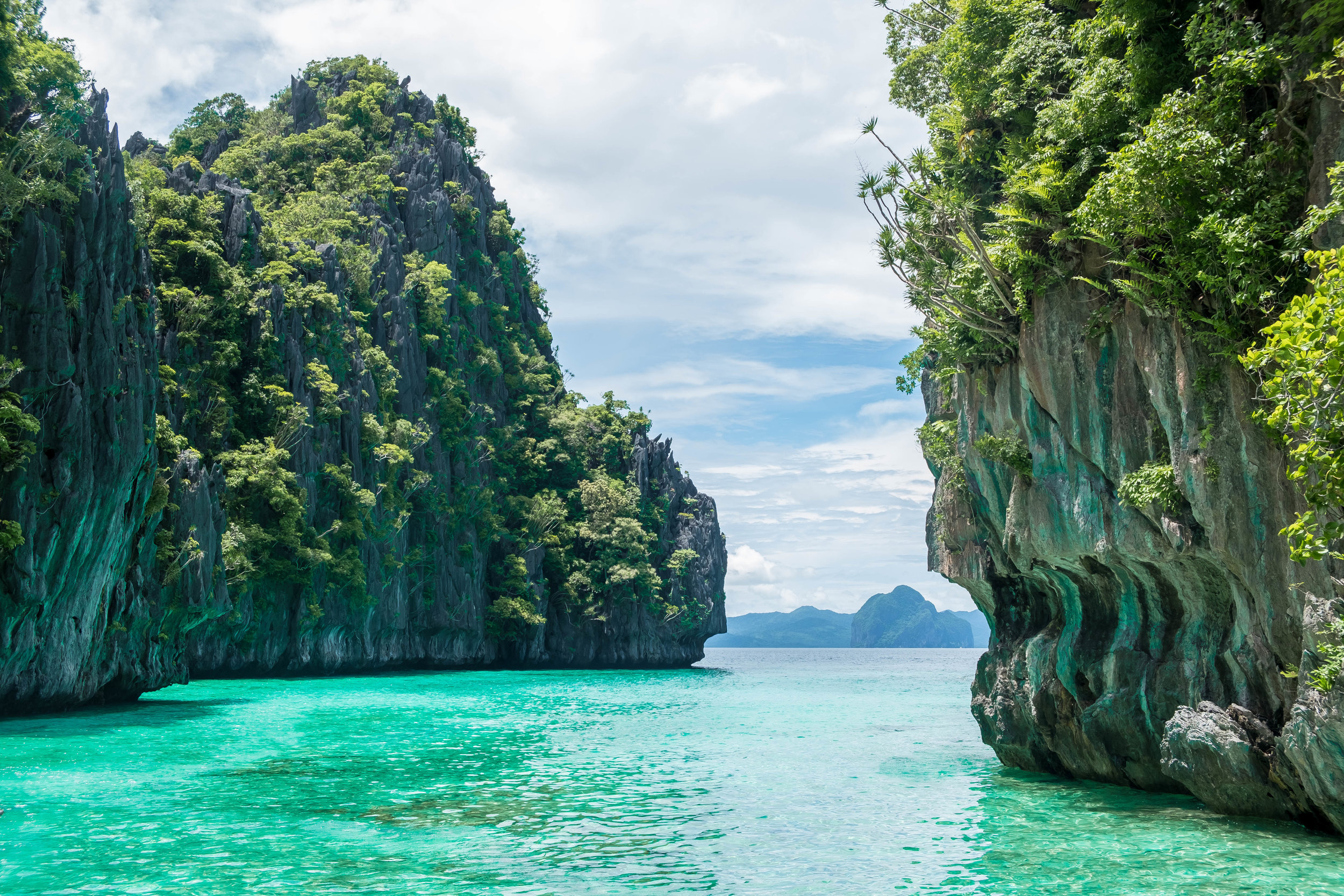
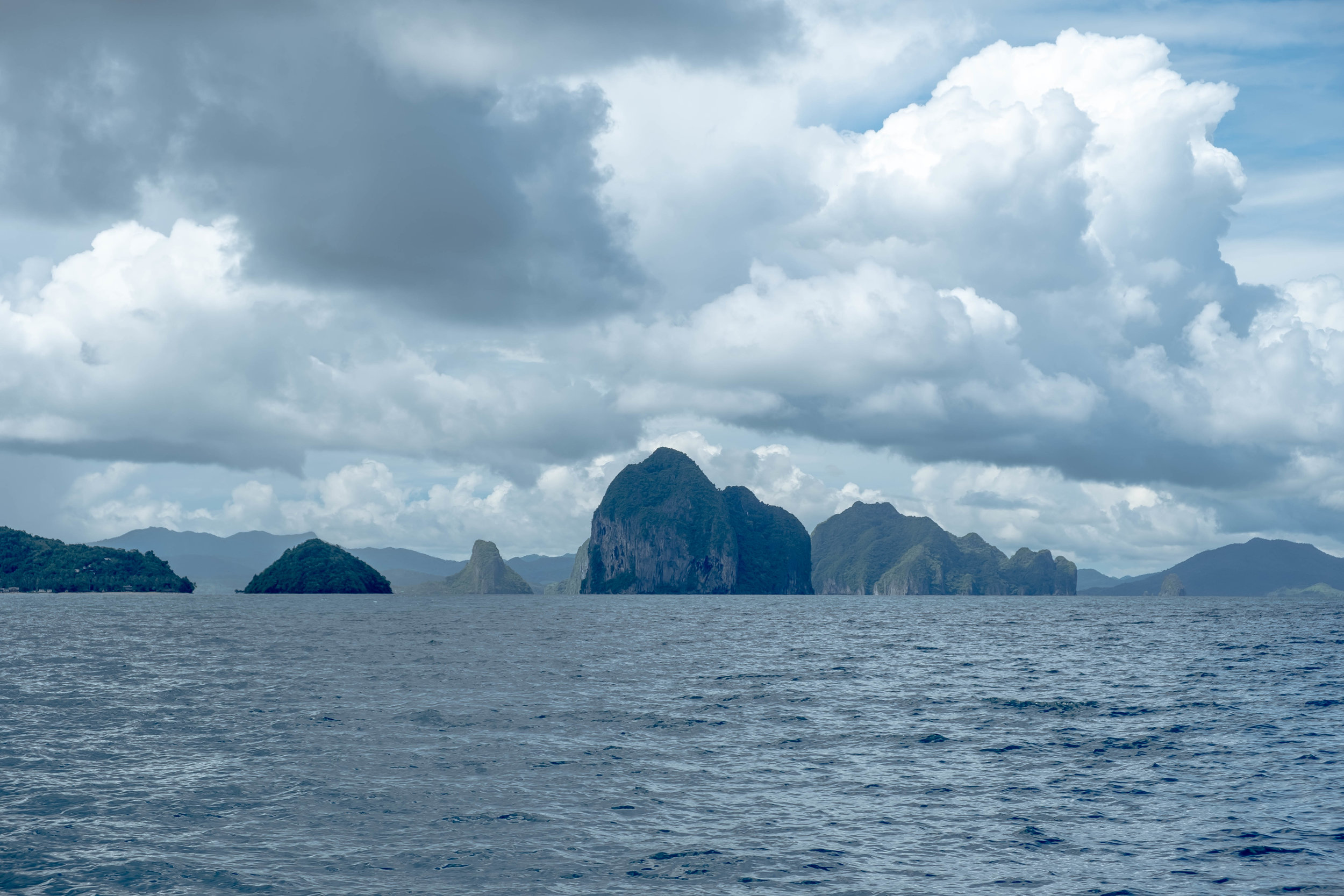
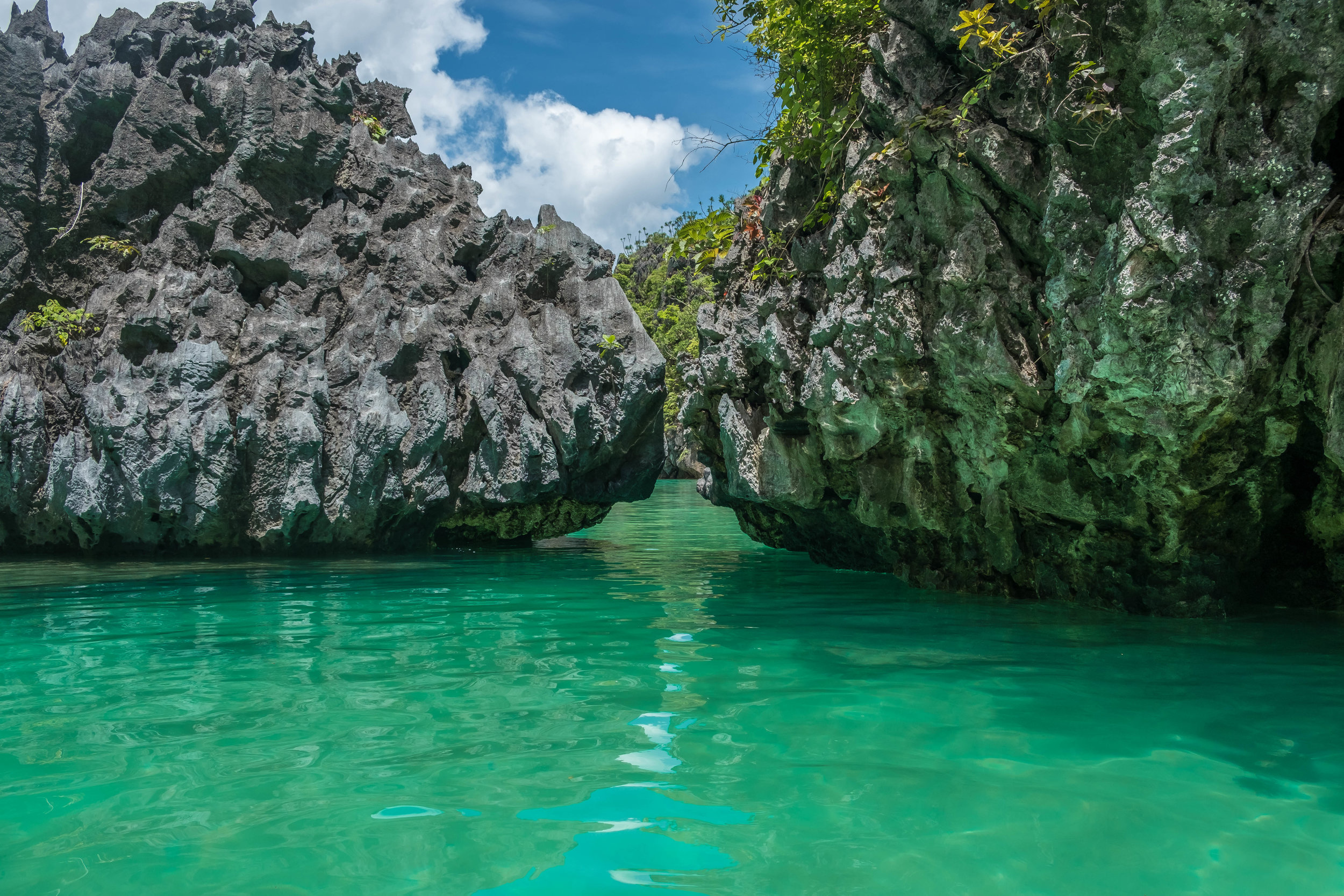

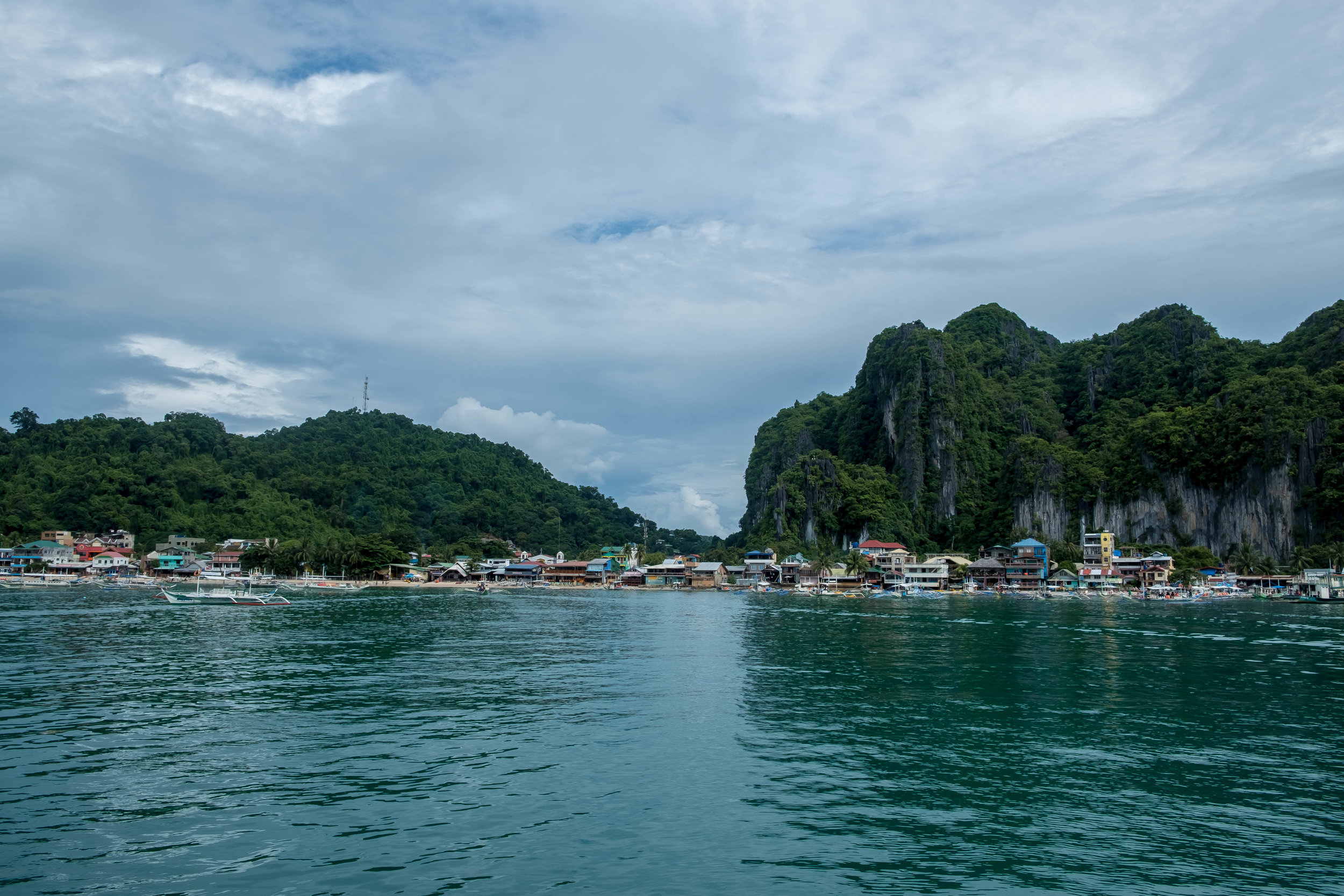
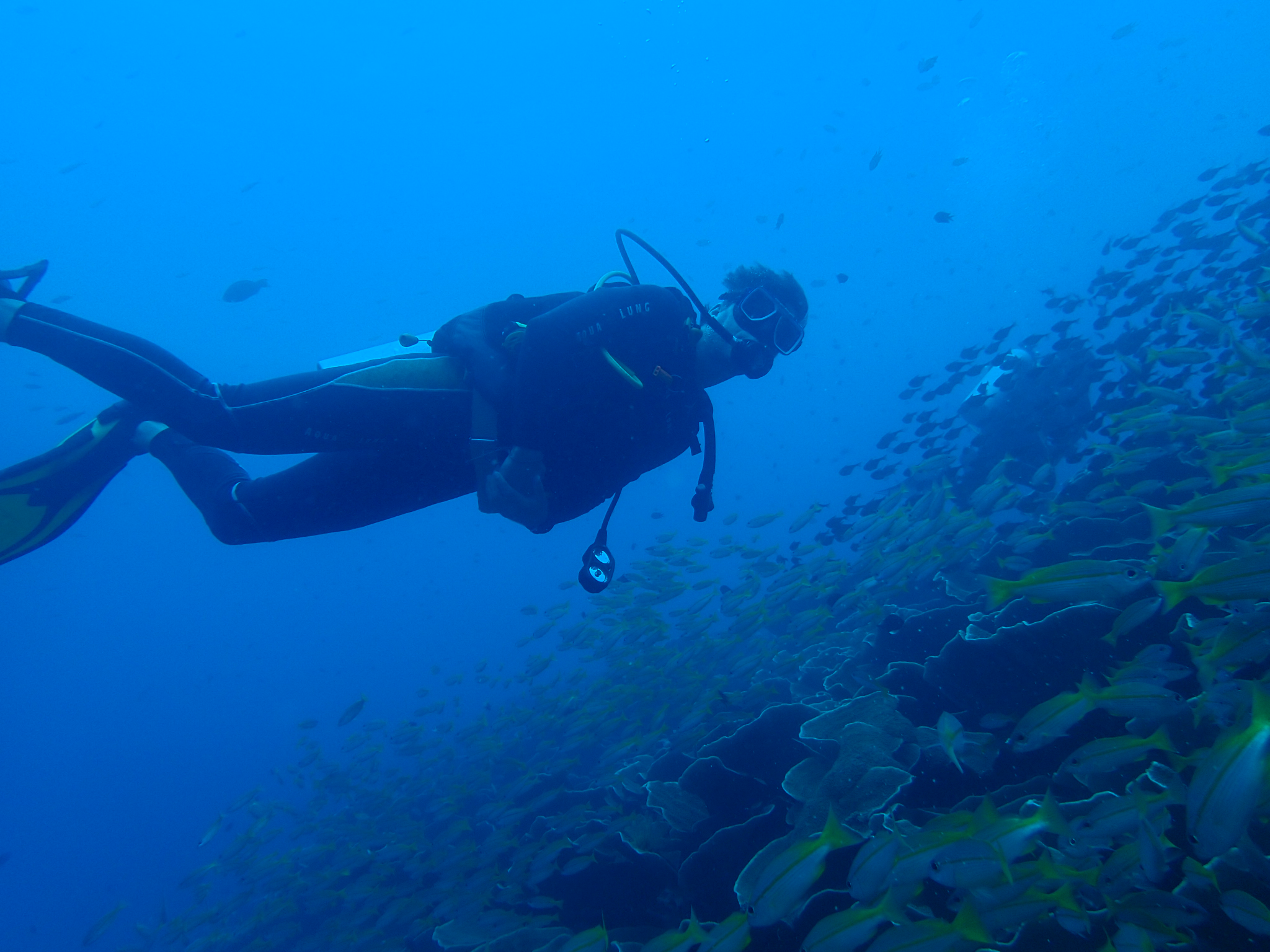
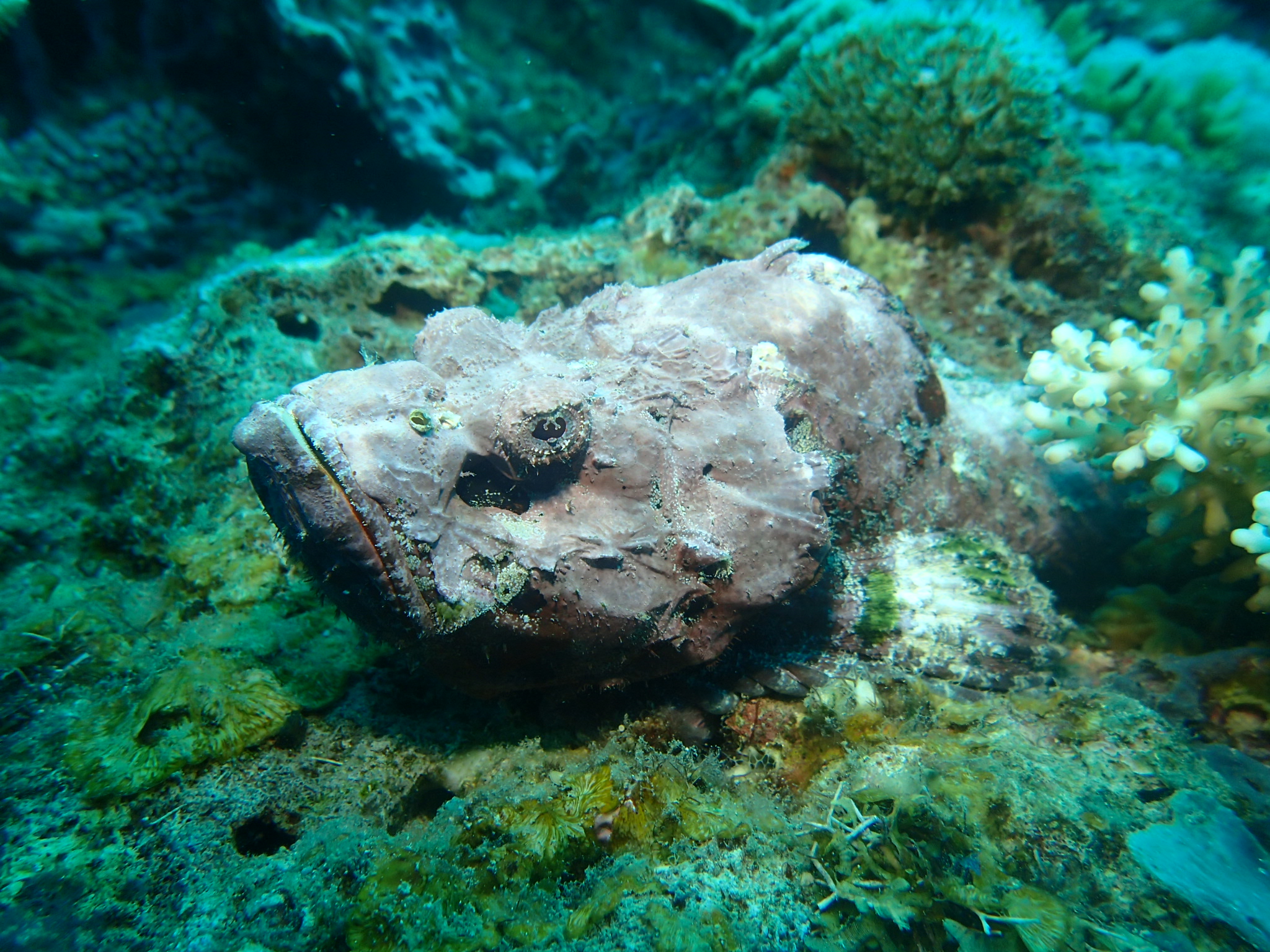

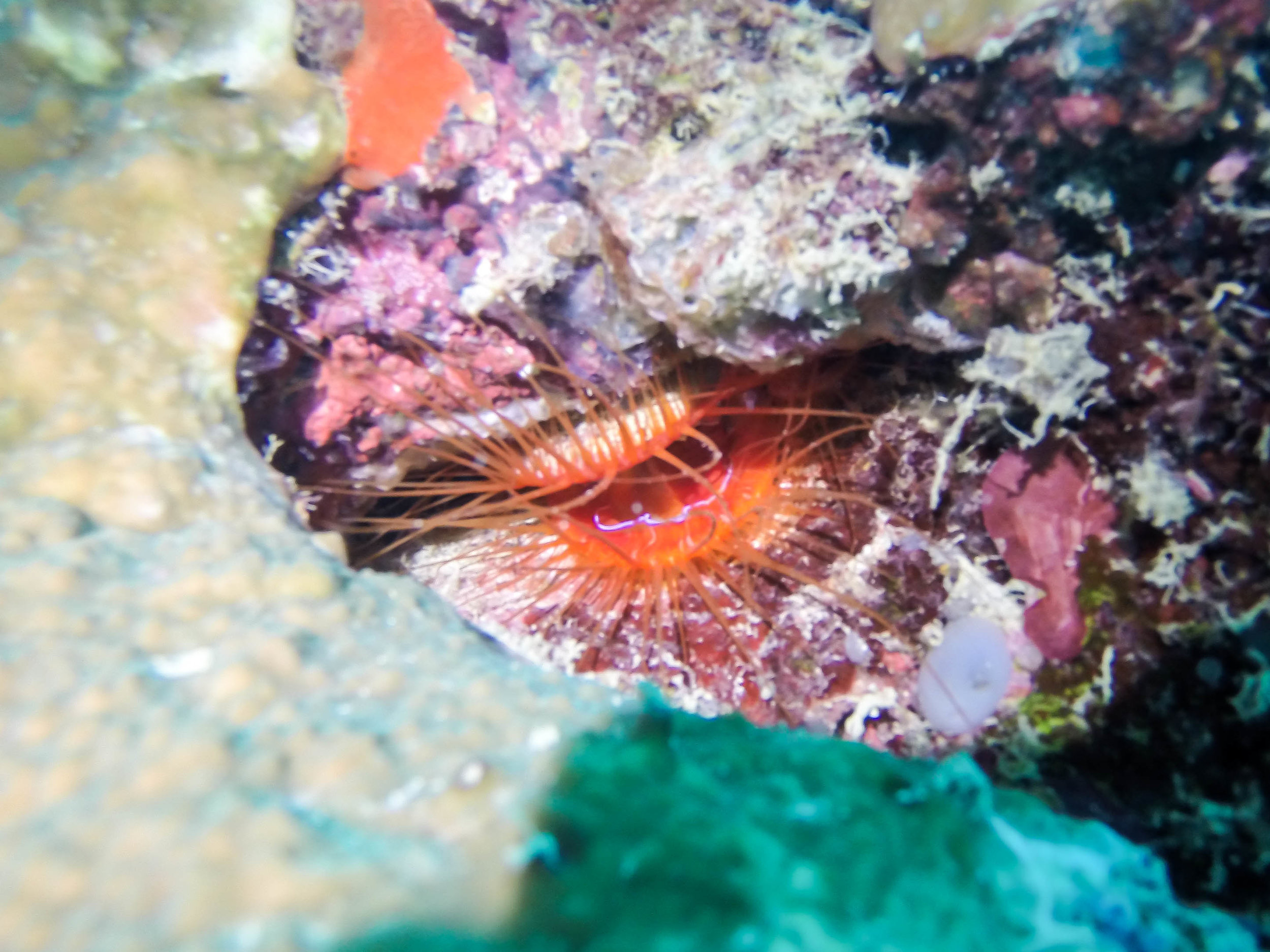

Belitung to Karimunjawa to Bali
Continuing south through Indonesia, the boating adventure took me through two wonderful islands, Belitung and Karimunjawa, before the journey came to end in lovely Lovina, Bali. We sailed a total of 1600 nautical miles in seven weeks and what a wonderful adventure it was.
From Nongsa Point, we sailed south through the Riau Islands and along the coast of Lingga Island. The water was much cleaner than the water along on the west coast of the Malaysian Peninsula. The number of fishing traps decreased but we were soon introduced to fish attracting devices. They light up the houses at nightand place nets underneath that capture the fish attracted to the lights. They can look very beautiful along the water during the day, but if they aren’t lit up at night they become a dangerous obstacle in the water for sailing boats.
Fish attracting device
The wind remained constantly on our nose prohibiting us from ever raising our sails. Instead of sailing comfortably along with the waves we are always battering against them (I can confidently say that I am not prone to seasickness). At night we would take shelter from the wind and waves, tucked in behind one of the 18,000 islands of Indonesia. Occasionally, we would get a local visitor motoring or paddling out to our boat to say hi.
A friendly local welcome
Belitung Island
Our first exciting stop south was Belitung Island. Located off the east coast of central Sumatra, we had heard it compared to the British Virgin Islands and Maldives. We were curious what would await us when we arrived.
Belitung did not disappoint.
The majority of beautiful spots are along the northwest coast of the island. There is a very small village near the beach with simple restaurants, a couple of homestays, and, more secluded, a hotel farther down the beach (usually full of Chinese tourists). Off the coast lie several small islands, each picturesque with a pristine strip of beach or large granite rocks. There is nothing better than spending the days hopping between islands, relaxing, snorkeling, and enjoying the beautiful scenery.

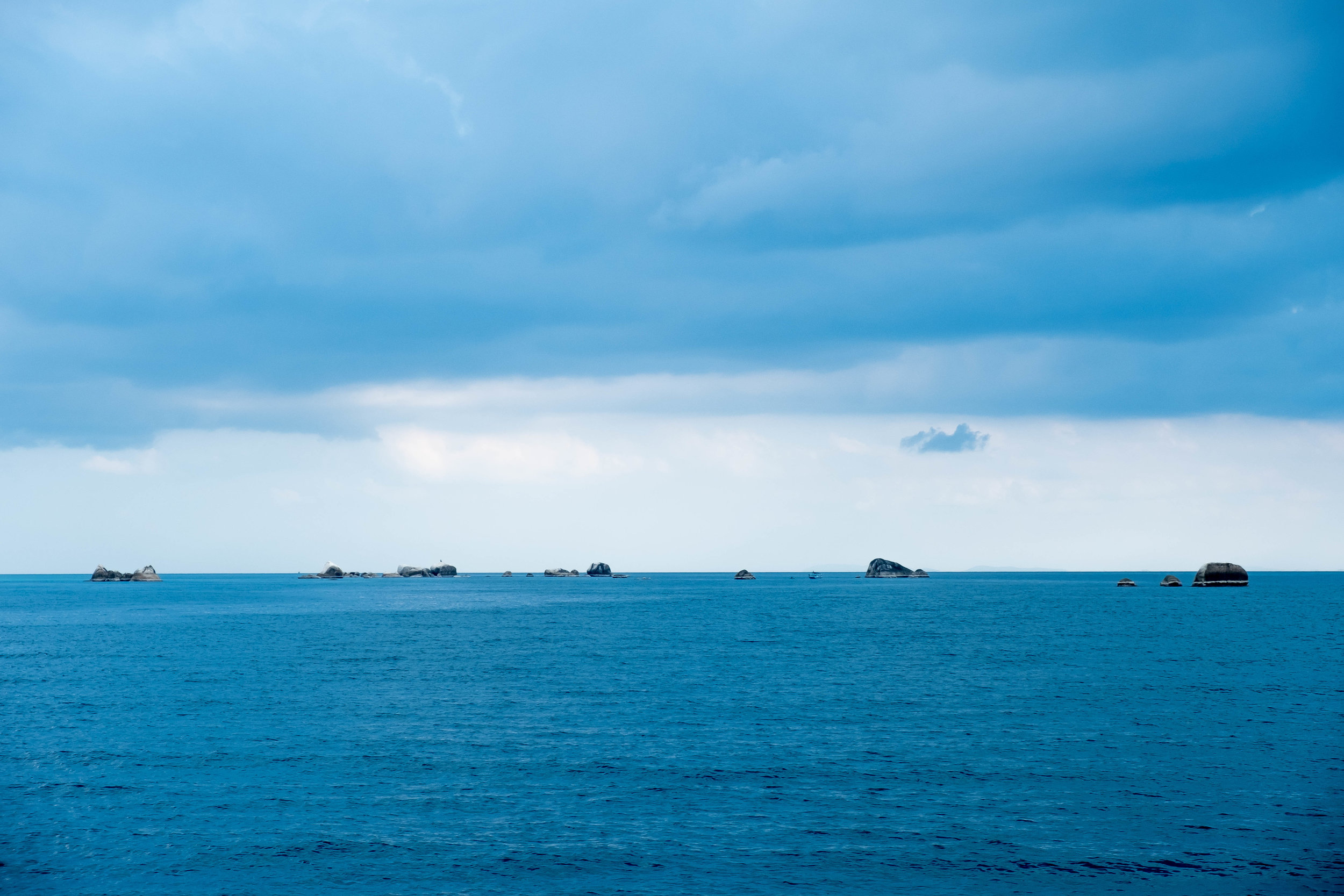


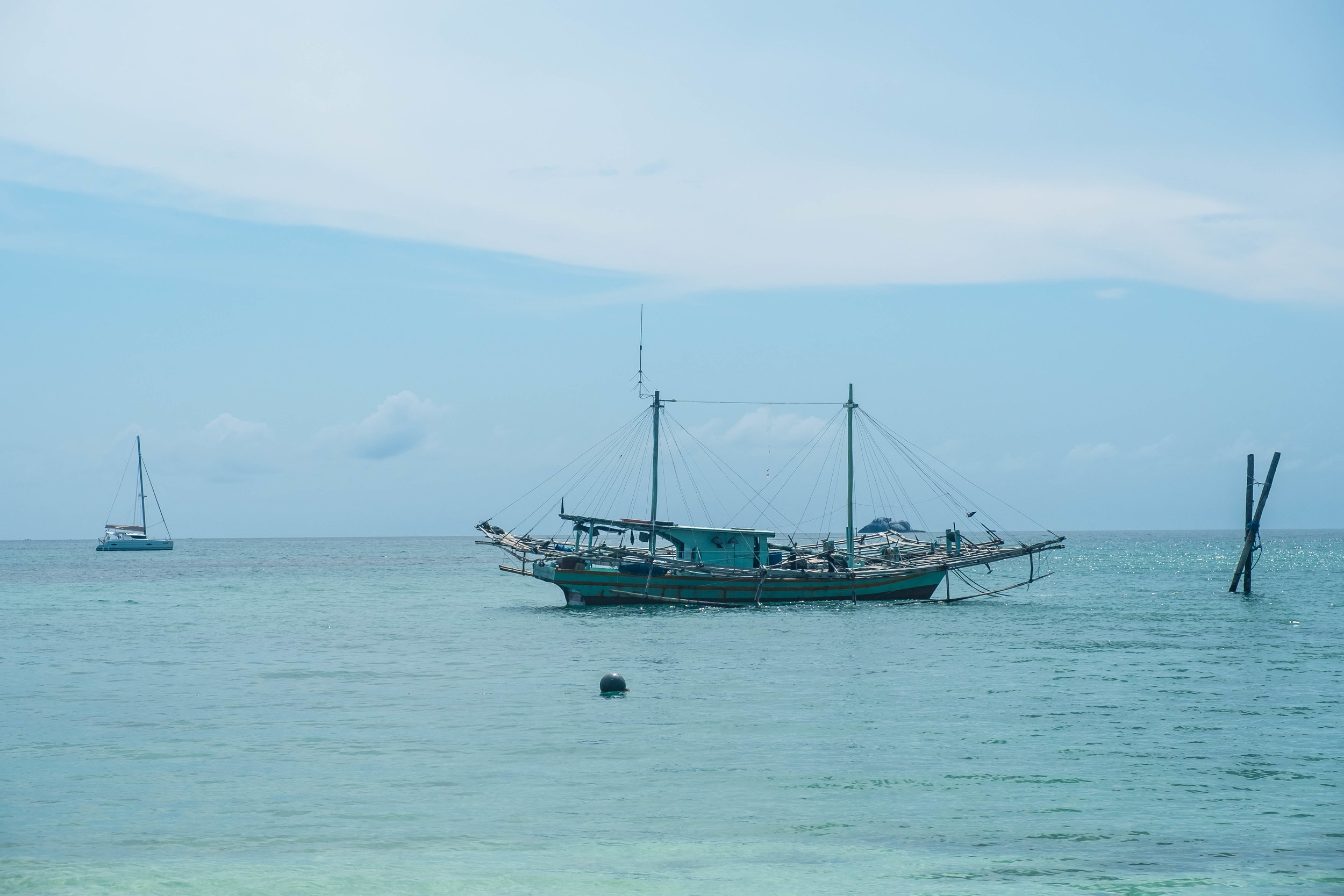
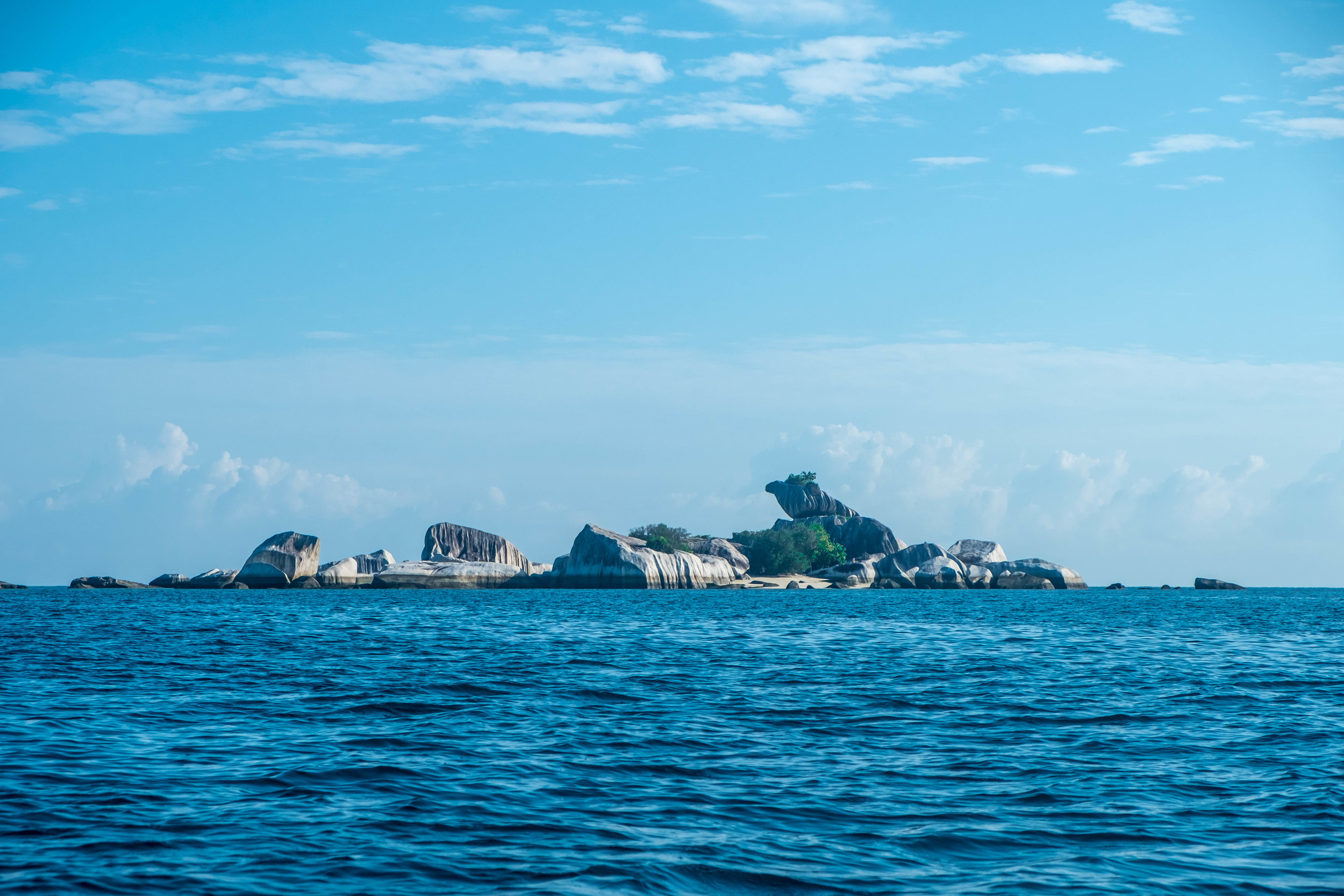
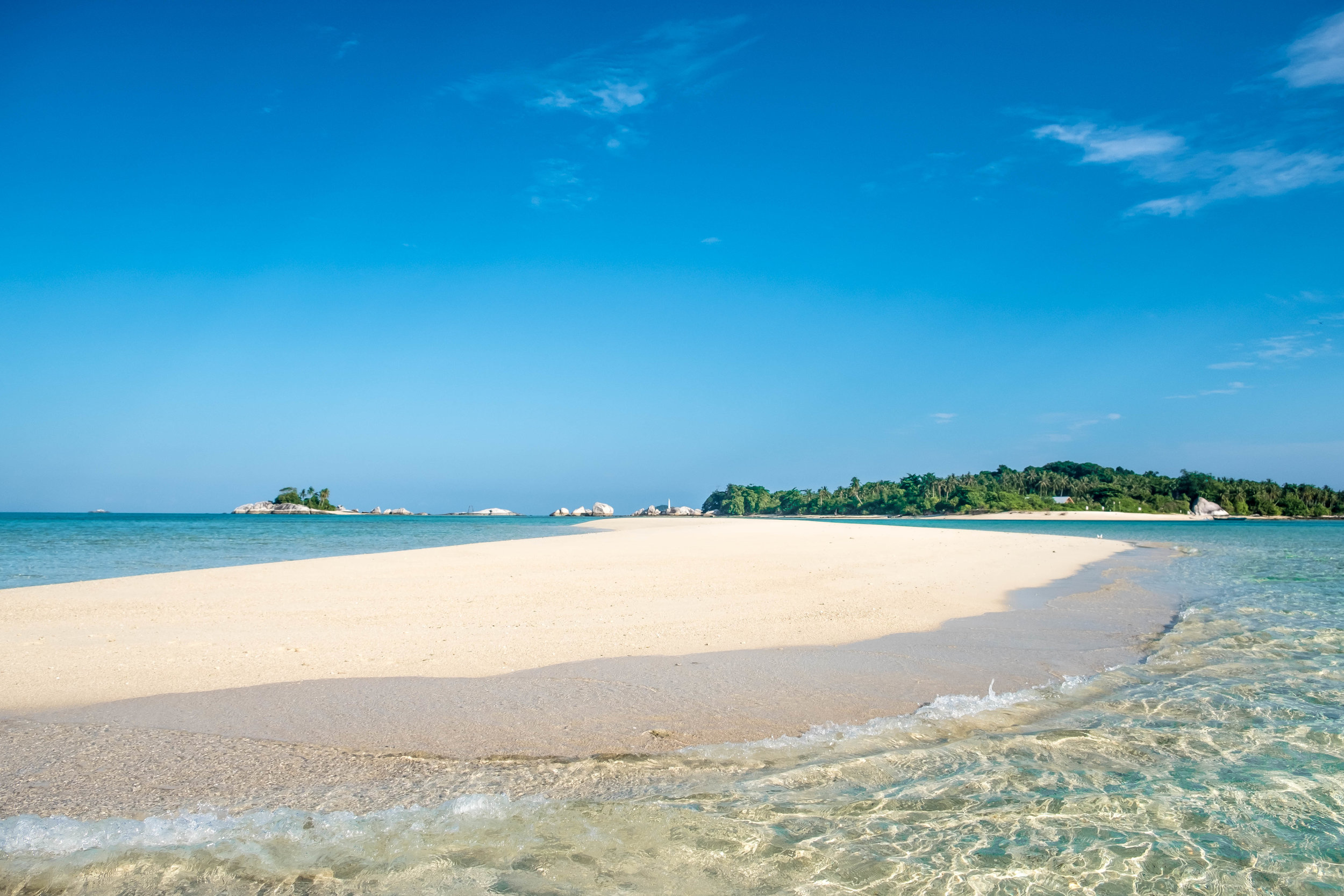
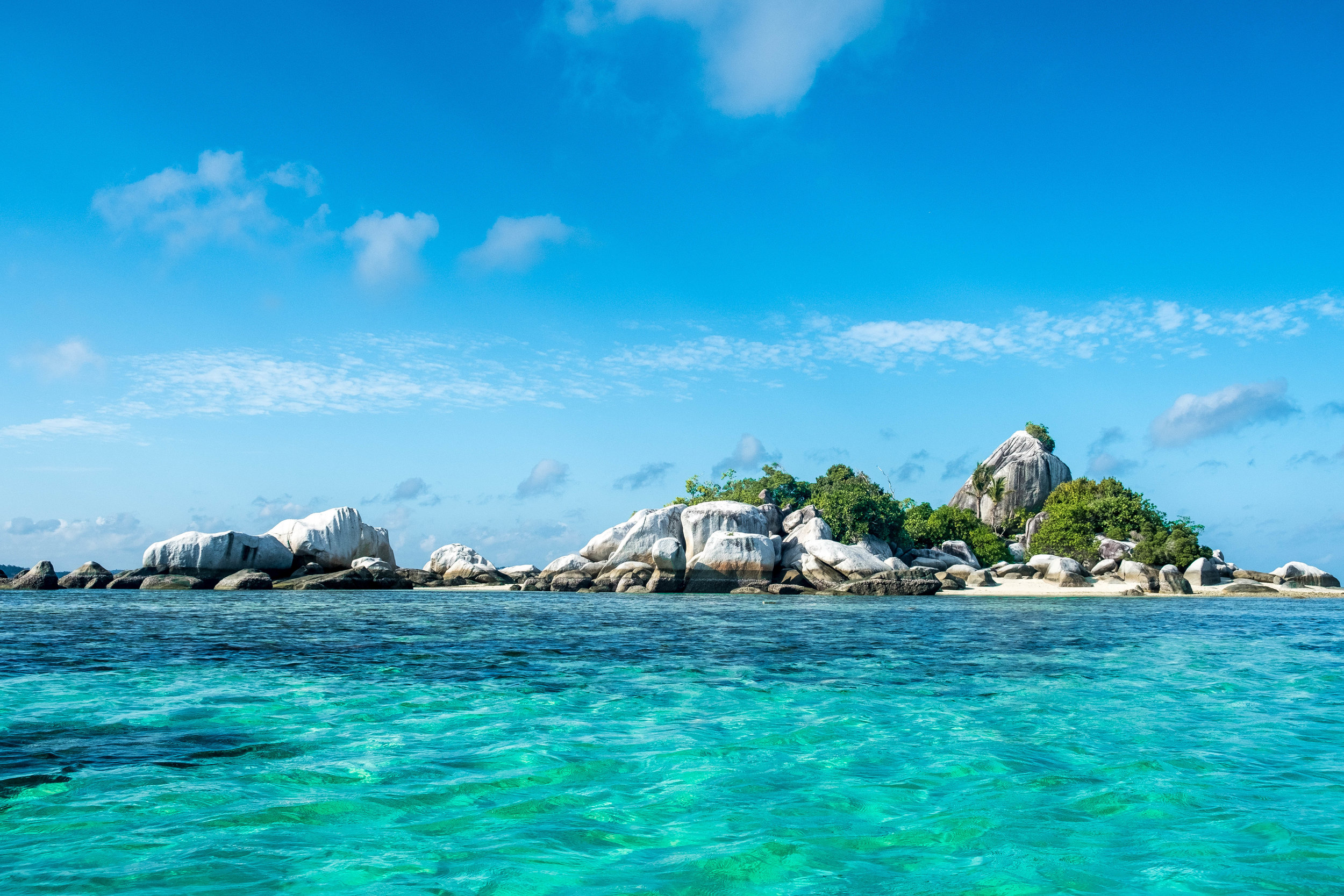
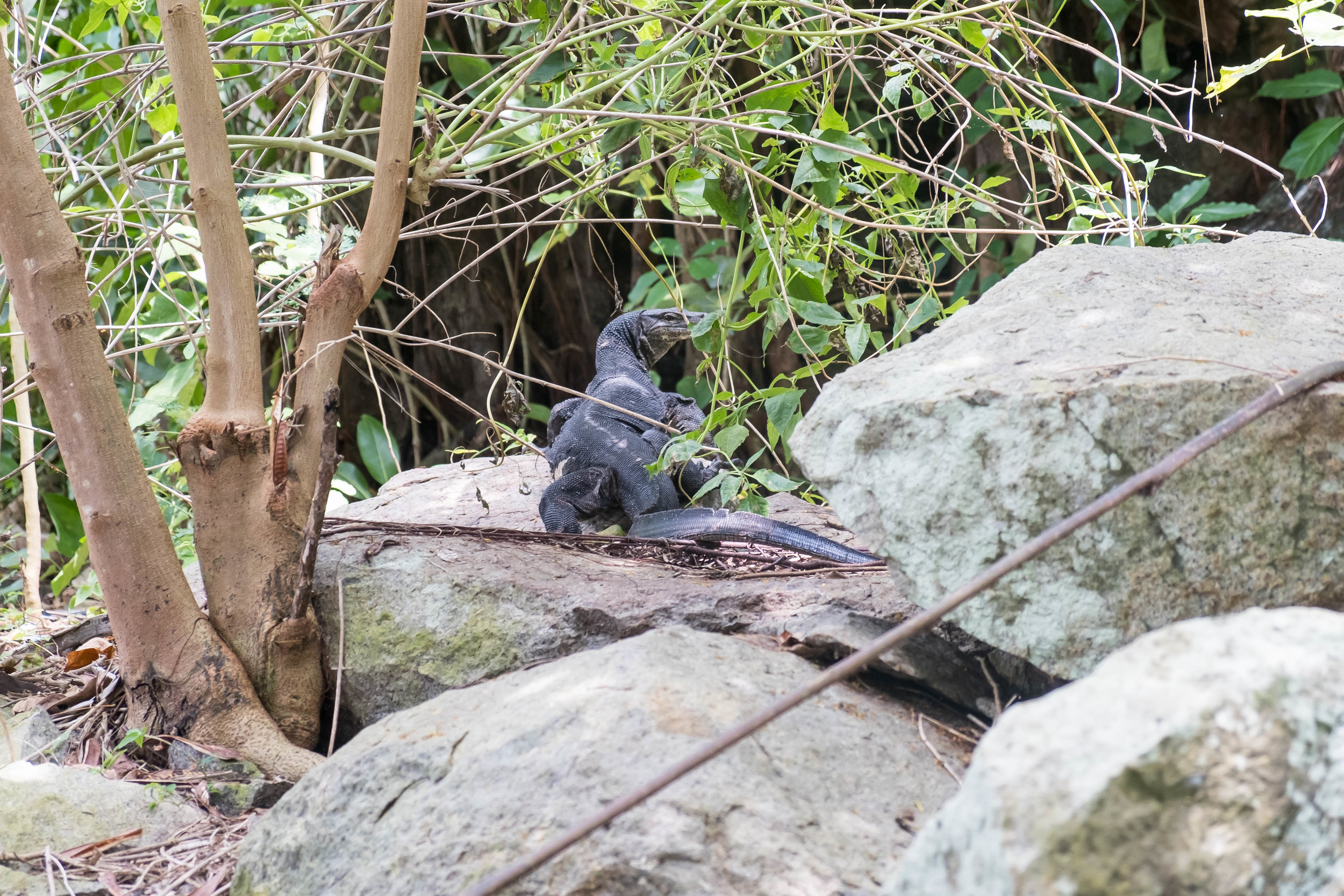
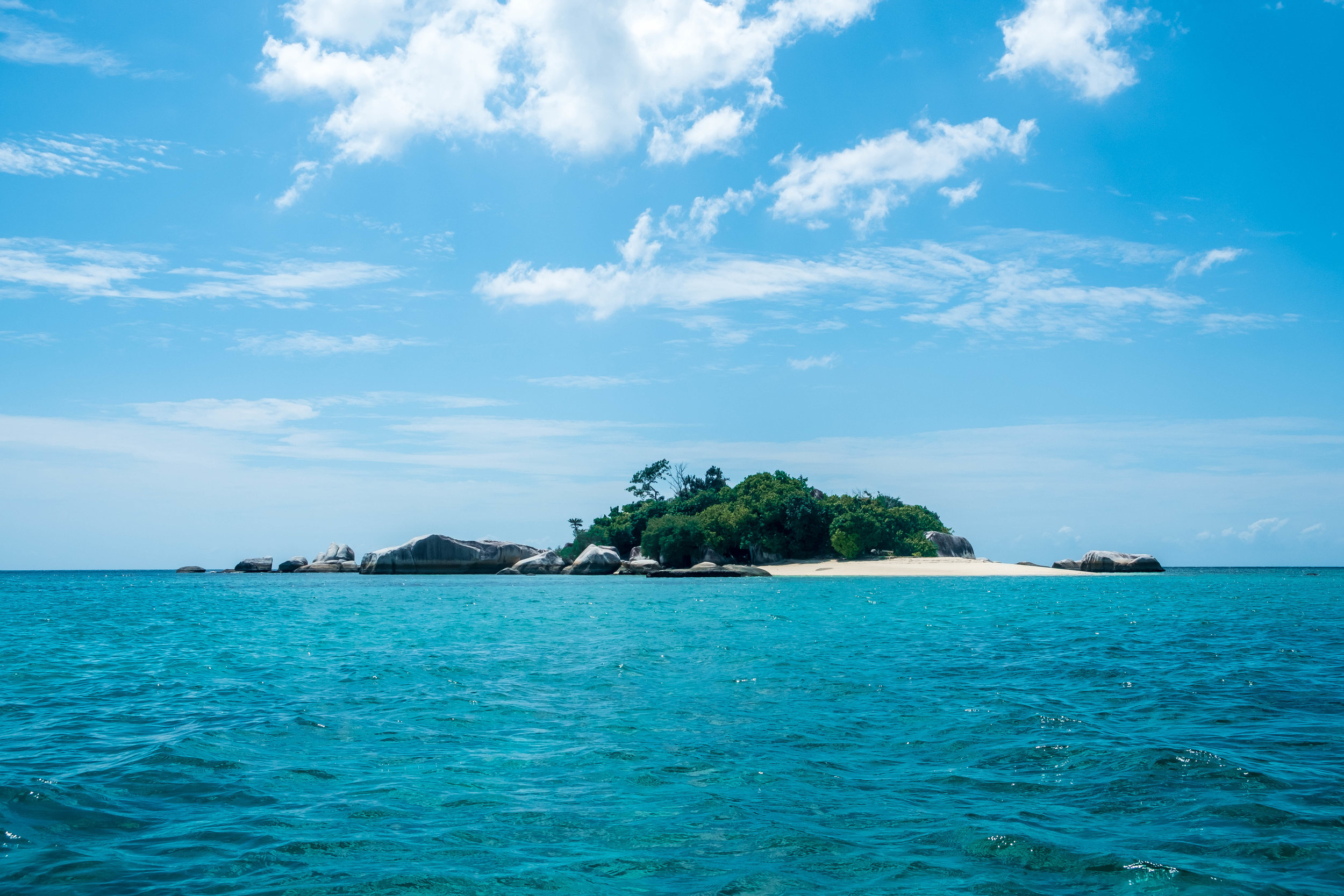


About 35 minutes away by car or motorbike is the main town, Tanjung Pandam, of the island. Here you can find more homestays, hostels, and even a five star hotel. There are more restaurant options, hardware stores, and markets. We were there during Ramadan so I believe the atmosphere was slightly subdued. Everyone is incredibly friendly and welcoming.
We spent about a week anchored off the coast on the northwest side of the island and only ever saw Indonesian or Chinese tourists, and very few at that. During the week, we would undoubtedly have any island we visited to ourselves. On the weekend, the number of tourists would grow slightly and we would have some company on the islands, especially Lengkuas Island with the lighthouse because it has one of the best snorkeling spots around.
Pulau Lengkuas
Inland near Tanjung Pandam are the remains of one of the many tin mines that used to dominate the island. Belitung and its brother island, Bangka, used to produce over 90% of the tin used by Indonesia. This old mining spot, called Danau Kaolin, has striking aqua water and a white mineral/sand mixture that makes for a stunning contrast.
Danau Kaolin
If you are ever looking for an island off the beaten path in Indonesia, I recommend Belitung. The only two ways to get there, if you don’t have your own boat, is to fly from Jakarta or Batam Island. The effort to get there will be well worth your time and be prepared to stay awhile to soak in the beauty.
Karimunjawa Island
From Belitung we headed southeast across the Java Sea. For an approximate 250 nautical mile trip across the open sea, we spent fifty straight hours bashing through the waves, nose thrust into the wind. The captain and I rotated through four-hour shifts. This method of keeping watch is common between people on a boat and I know I had it easy compared to those week or even month long ocean crossings. After more than two full days of cruising, we arrived at Karimunjawa Island.
Karimunjawa
The Karimunjawa Archipelago contains 27 islands, most of which are uninhabited. I expected to find a small village with even less development than the beach of Belitung. As we rounded the corner to find our anchorage a large, concrete dock came into view and I knew immediately that this place would have more to offer.
Karimunjawa Island has apparently been a popular getaway for people from Surabaya, the second largest city in Java, and is slowly becoming a popular backpacker spot with daily ferries between the island and Java. There is a small expat community, a few nice restaurants, and a wonderful night market where they will cook you a delicious fish for under $3! The island is slowly becoming a popular dive spot and there are plenty of boatmen willing to take you out to a few snorkeling places. There are a few very nice beaches on the island and plenty of great viewpoints to watch the sunrise or sunset. As it was recently included in the newest version of Lonely Planet, I expect the number of visitors to the island will be increasing.
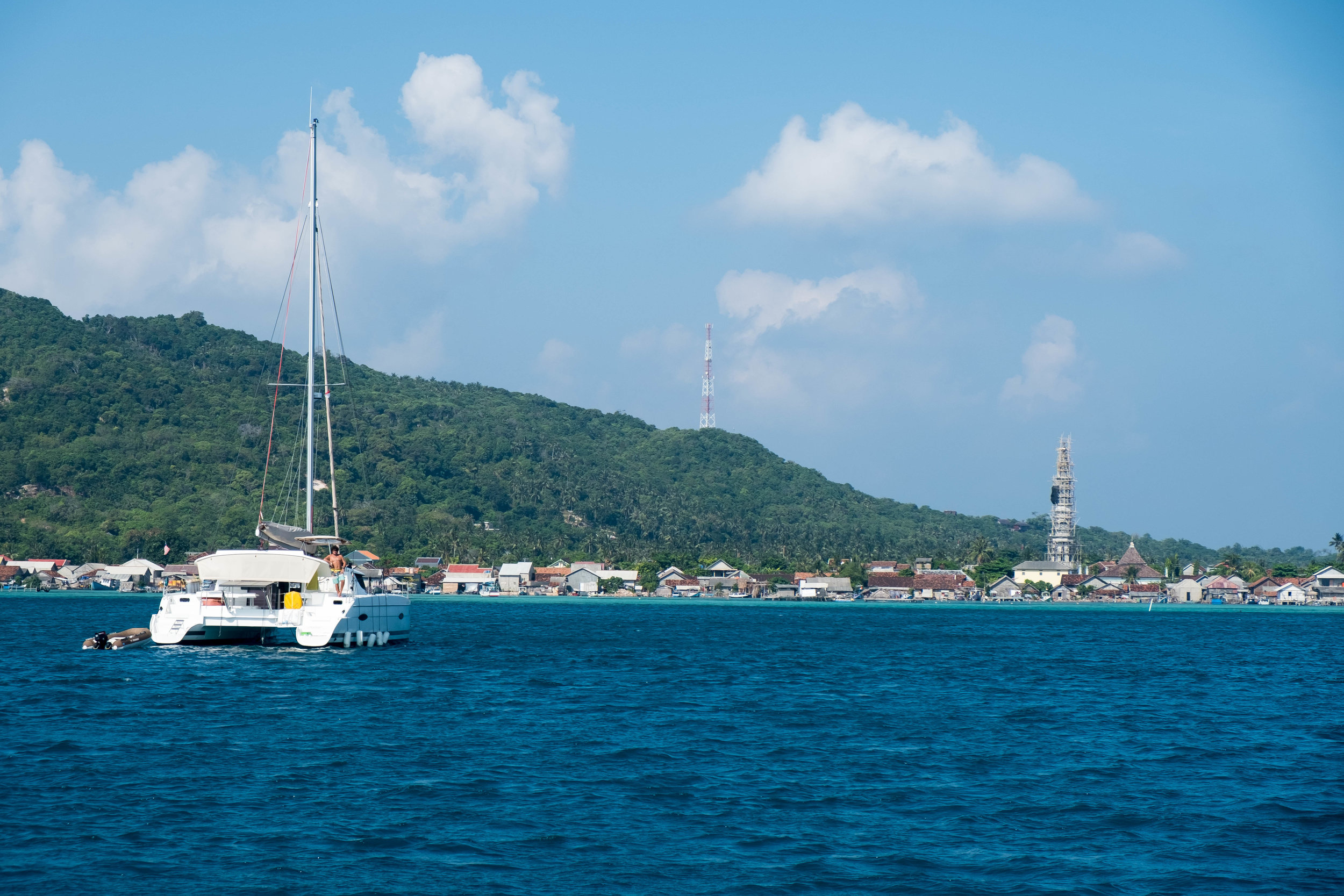
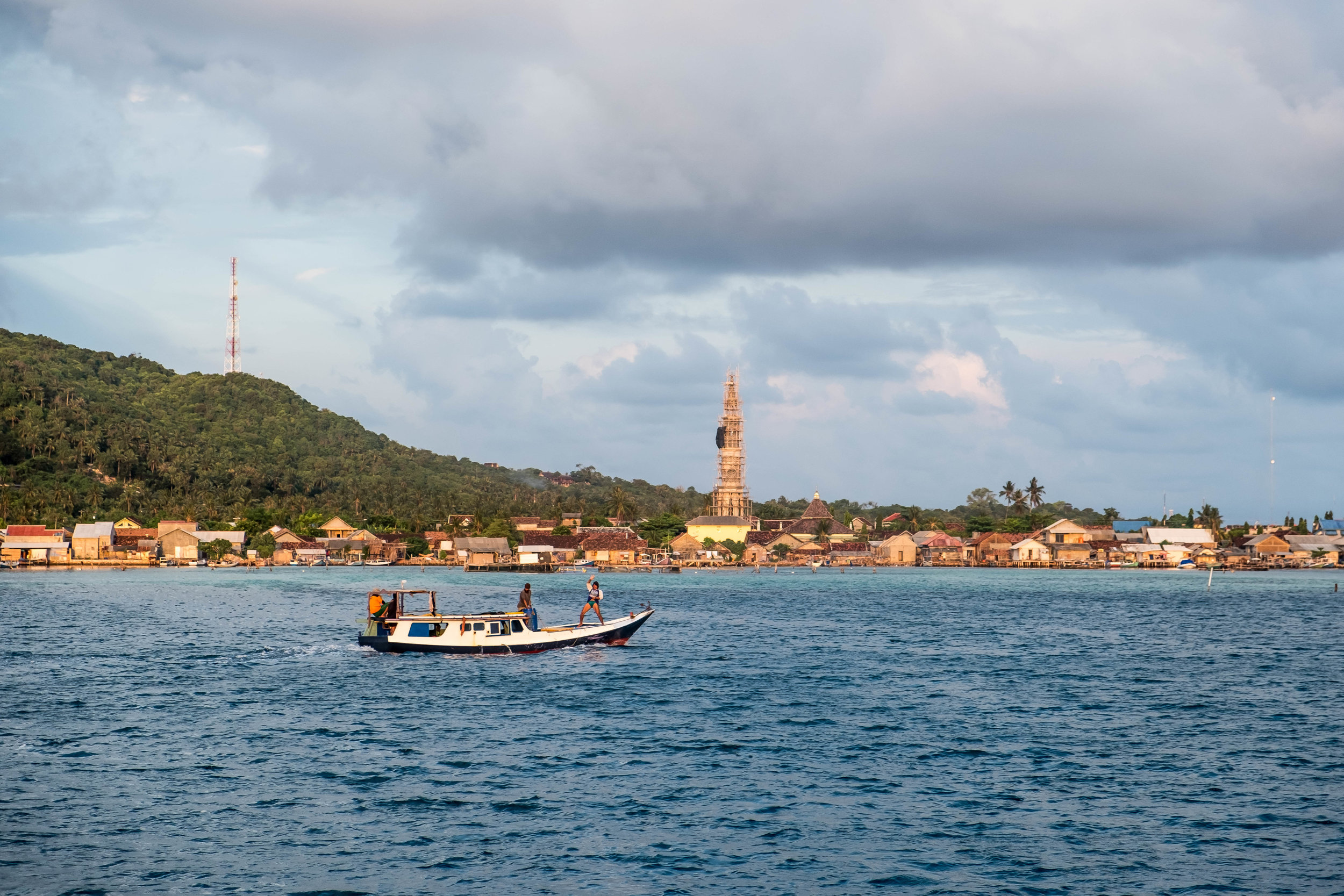
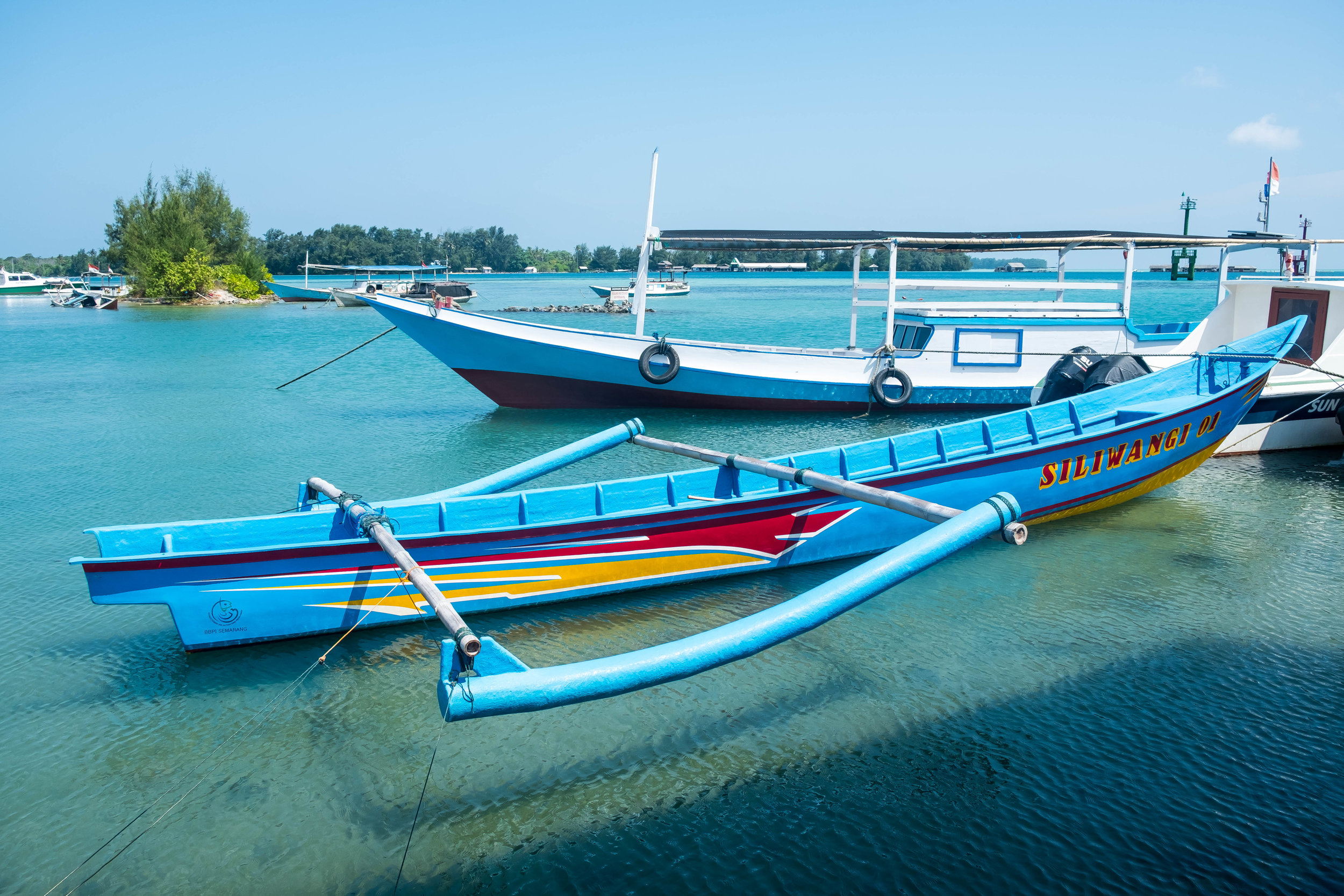
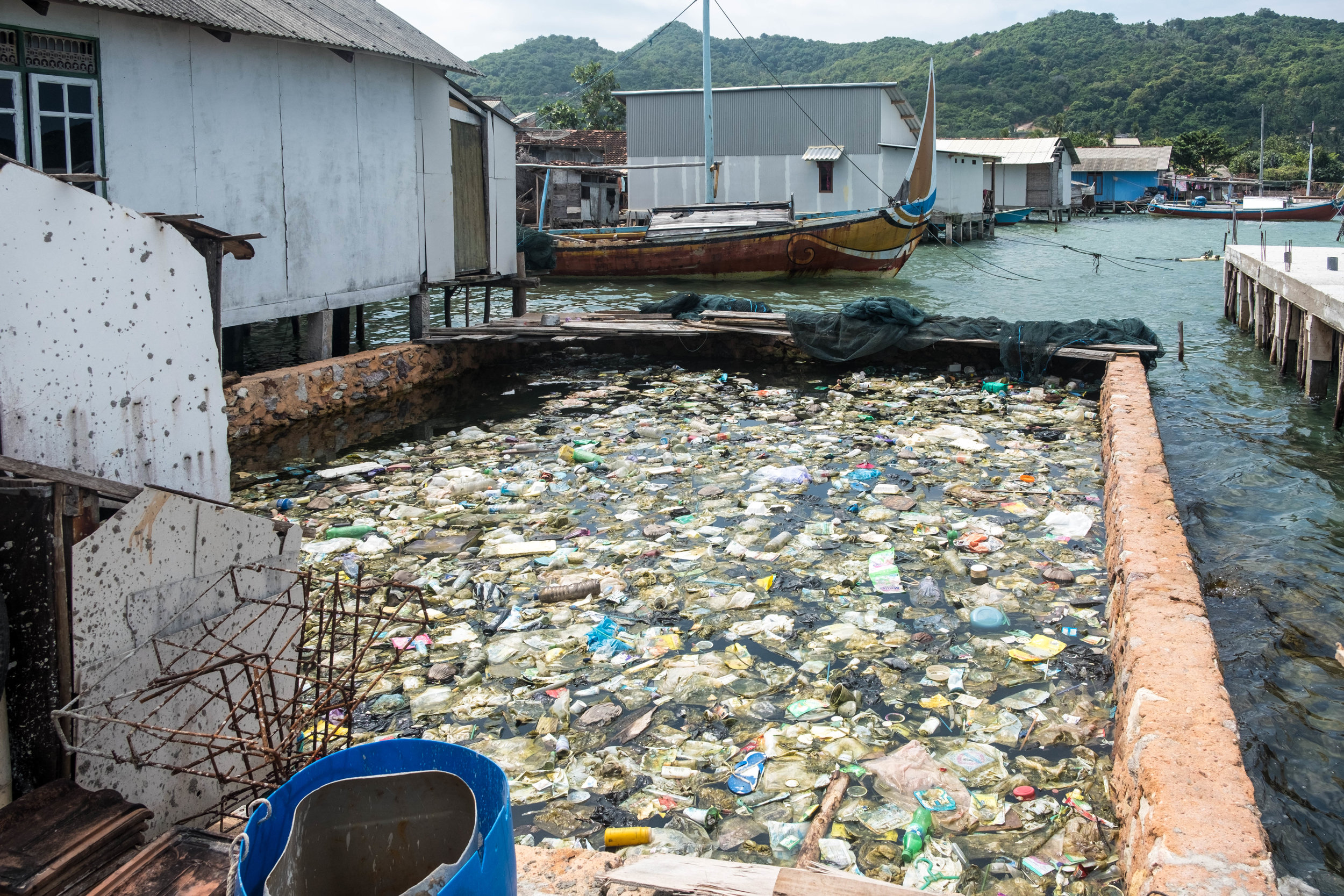
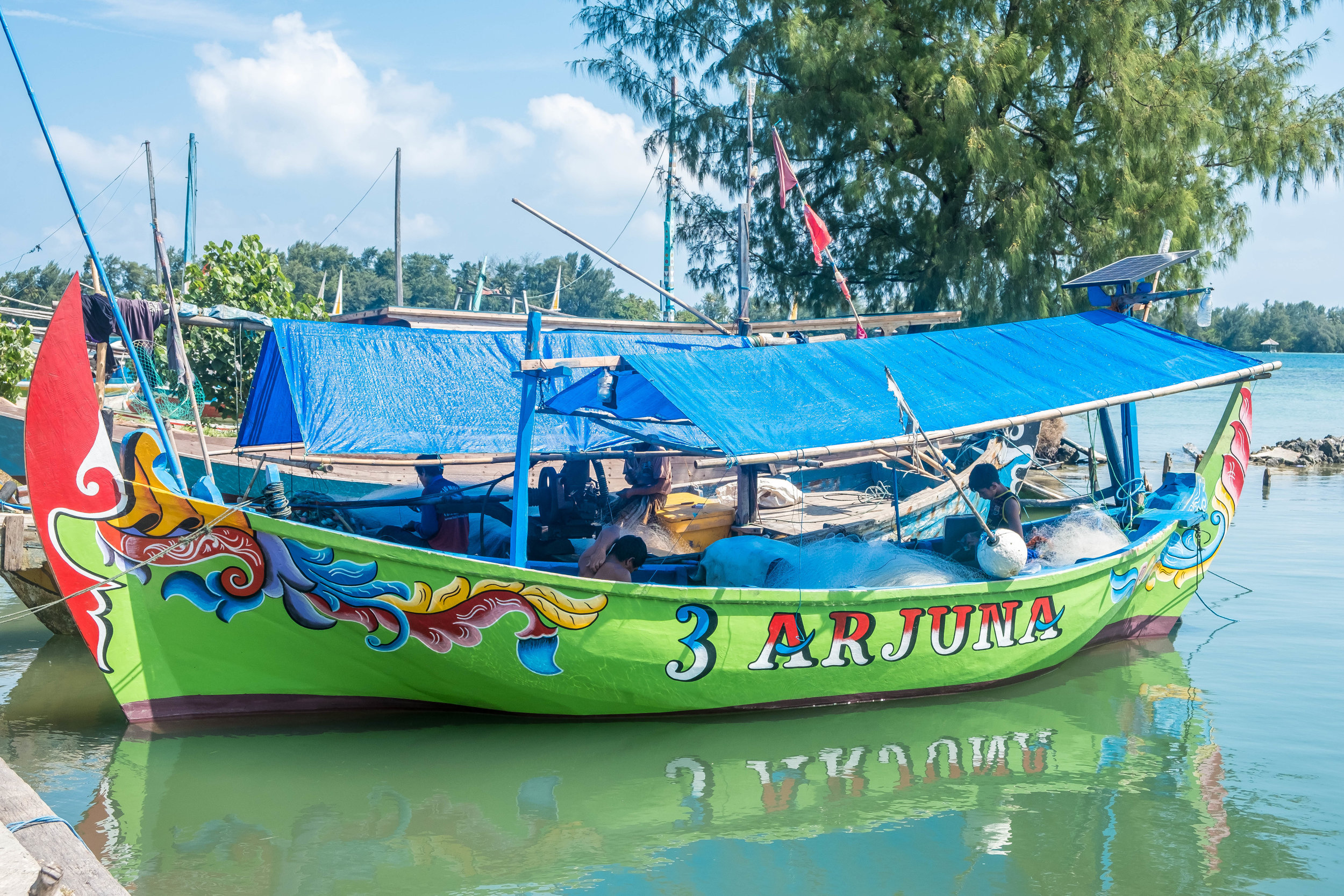

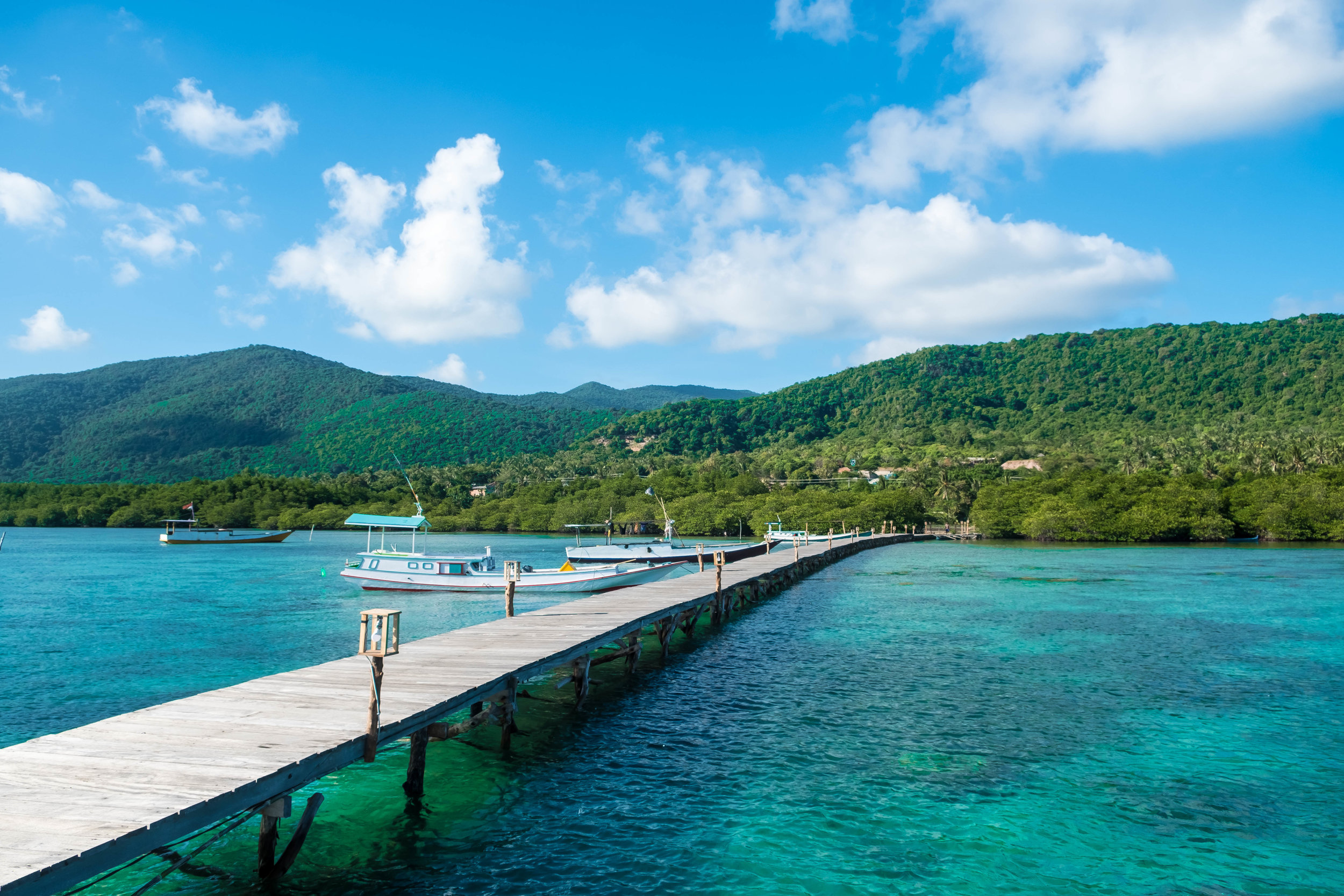
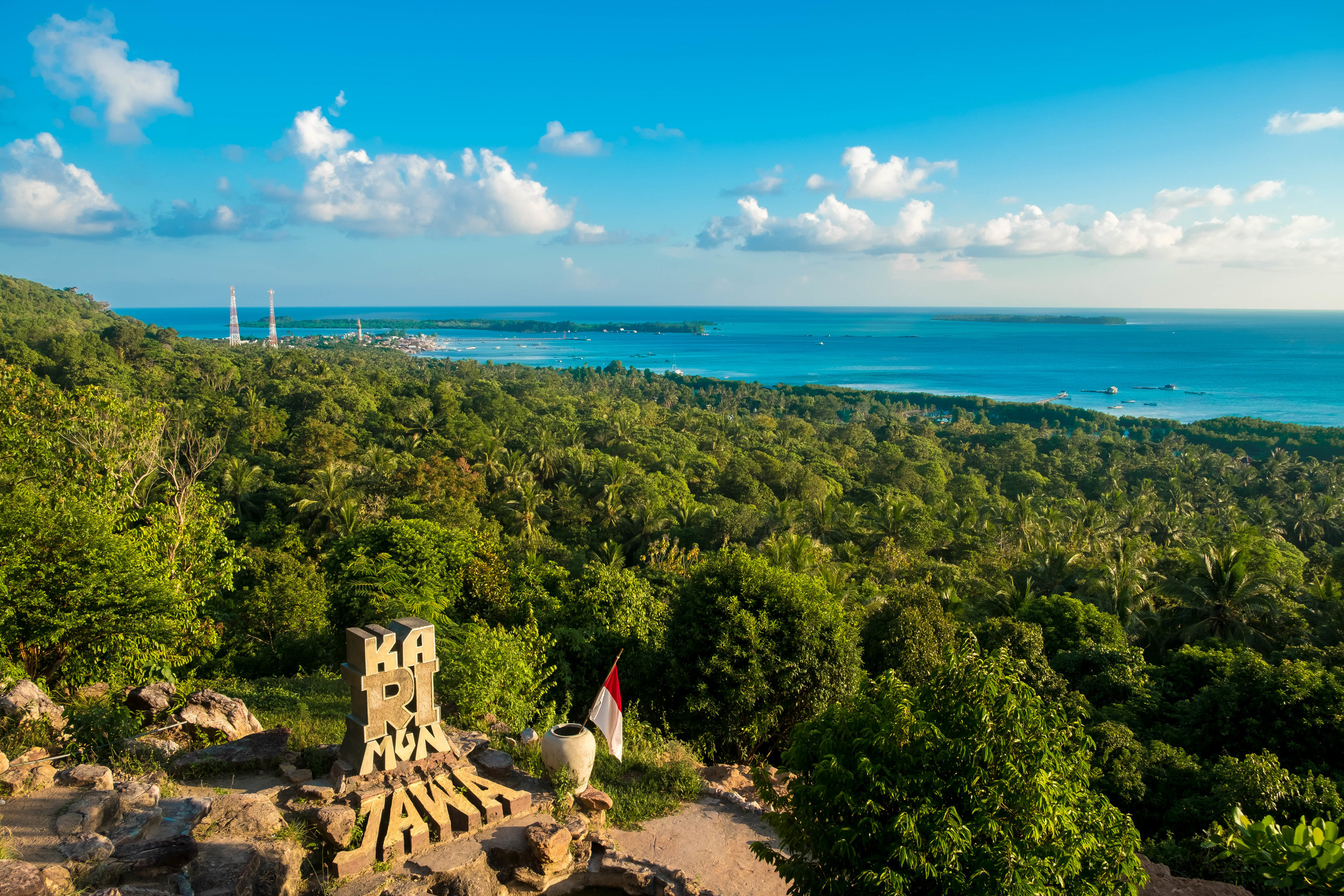
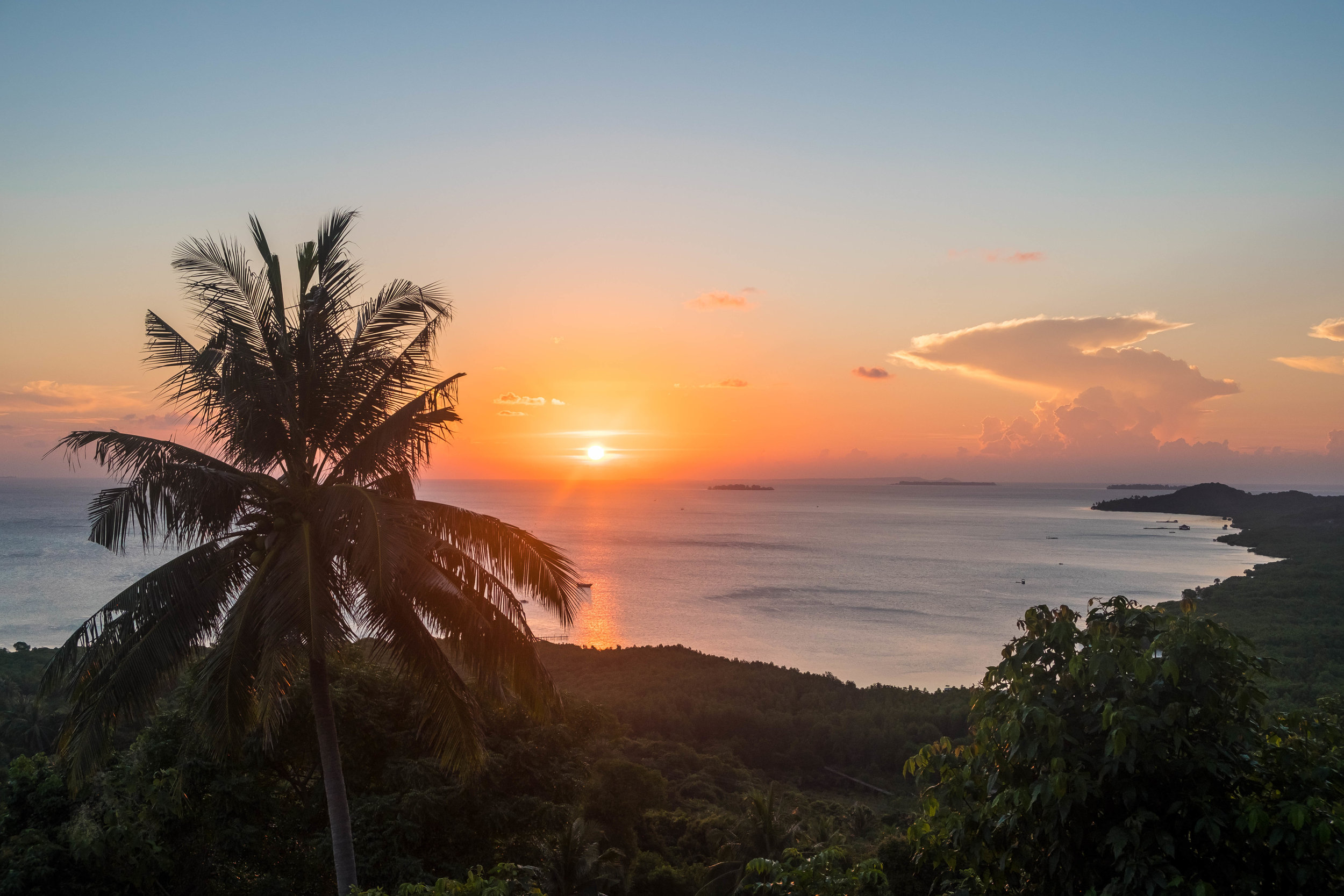
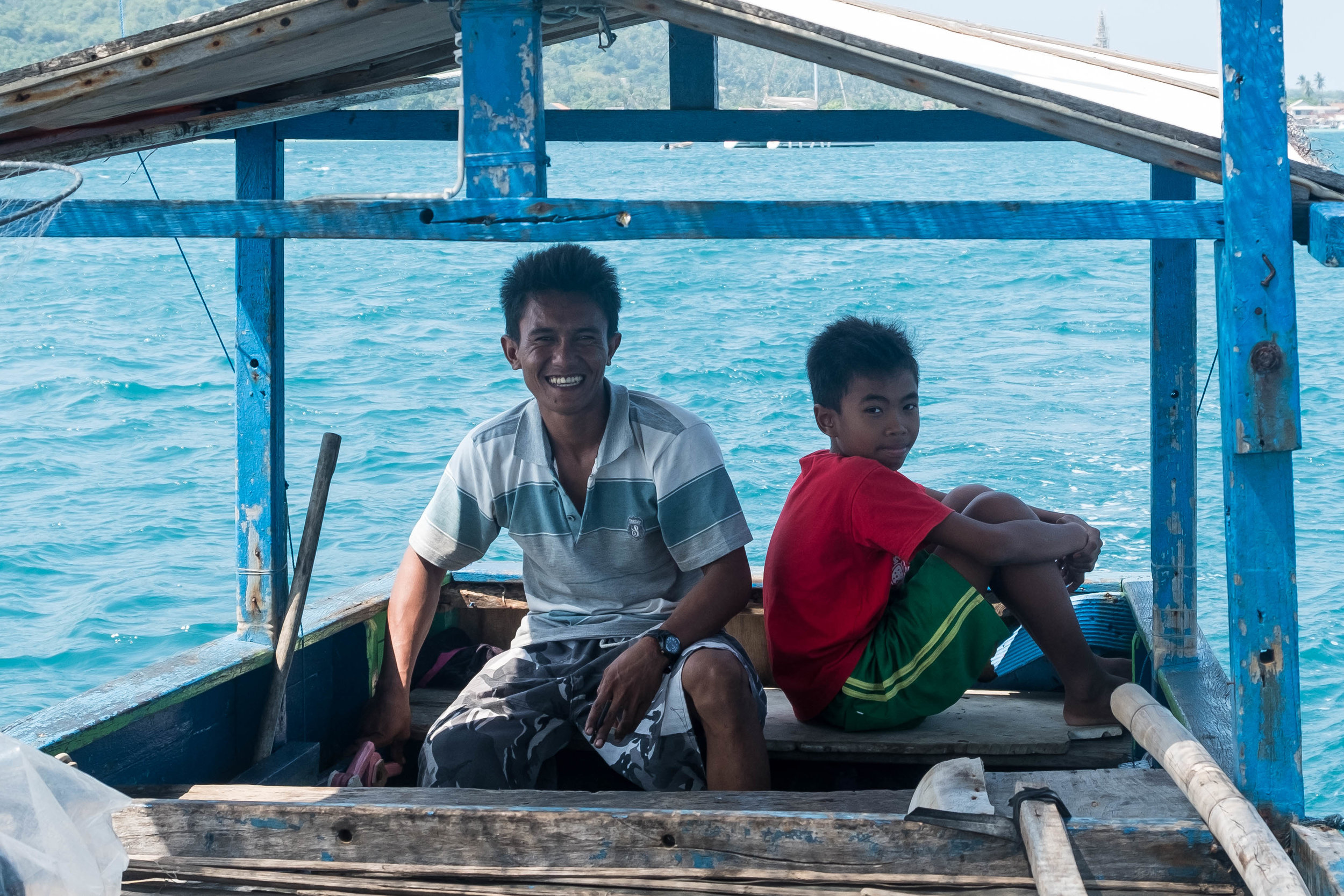
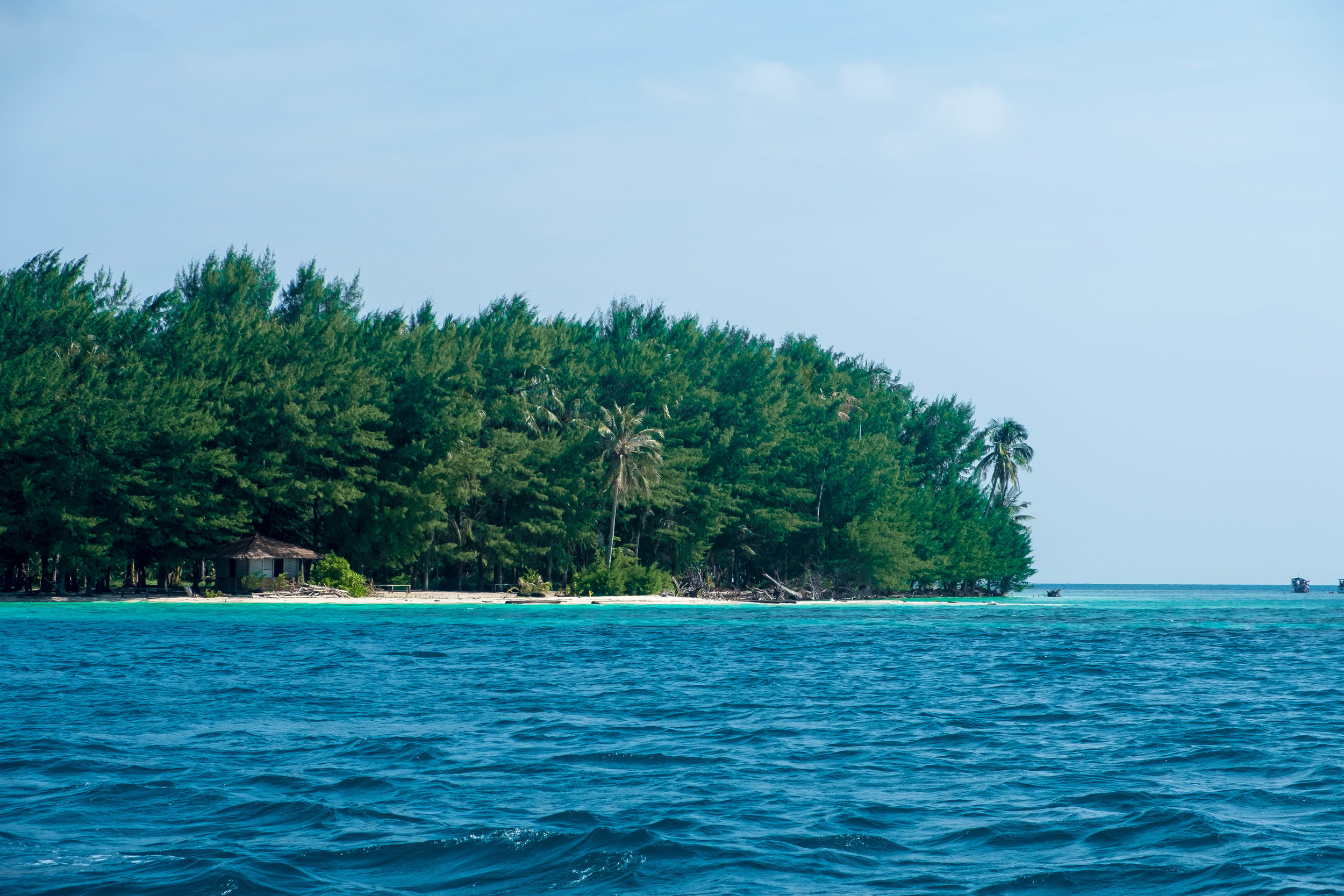
After refueling, restocking, and relaxing on the island for a few days, it was time to head to our final destination – Bali.
The Final Leg
Leaving Karimunjawa, we undertook the last leg of our journey to Bali. After 30 hours of straight sailing, we arrived at the Surabaya Channel. Not knowing what to expect through the channel we spent the night outside and woke up early to navigate our way through.
Our evening neighbor
The channel was overflowing with ships, but all of them were anchored making it relatively easy to cruise our way through. There were some military ships and even an active submarine that came up next to us near the exit of the channel.
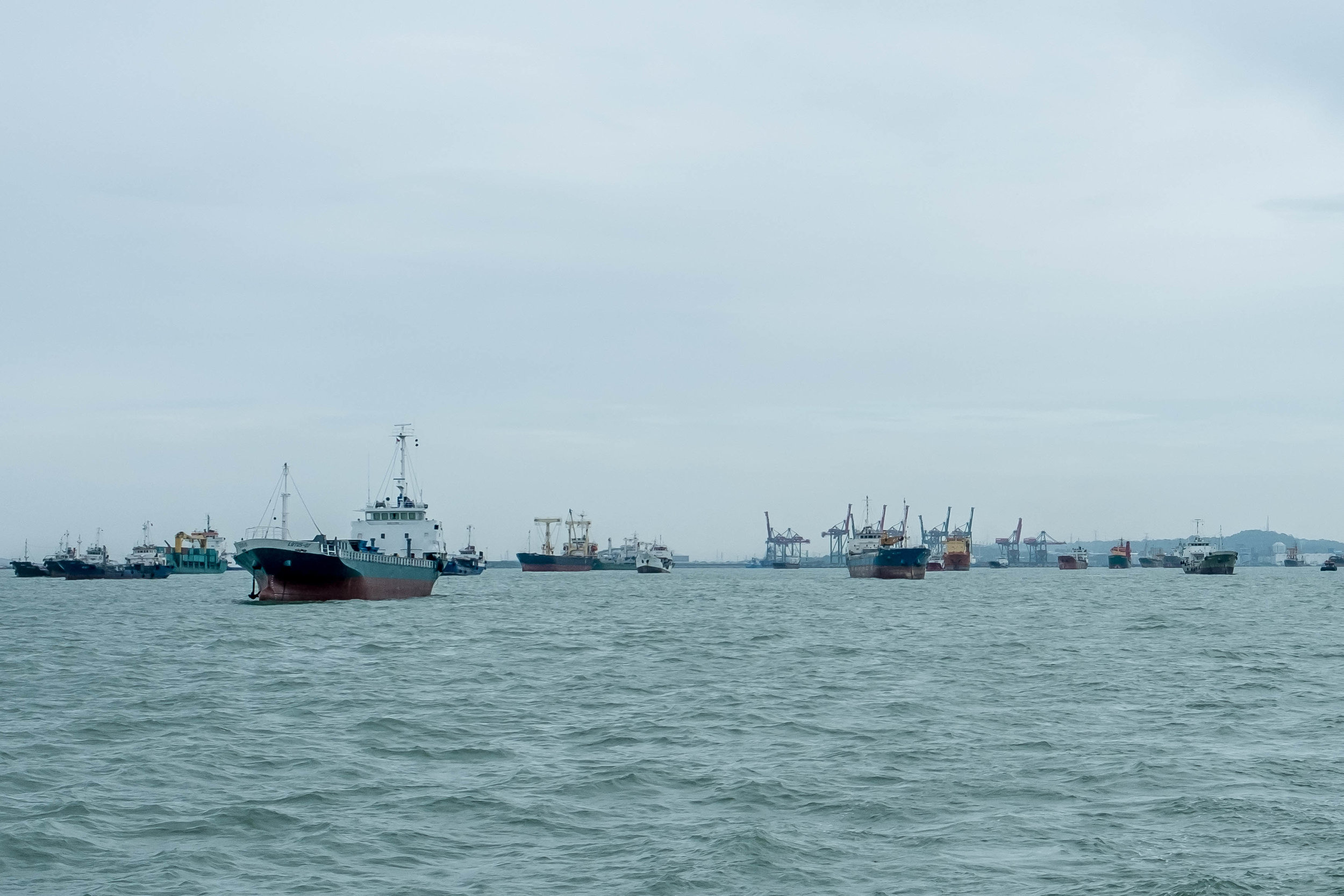
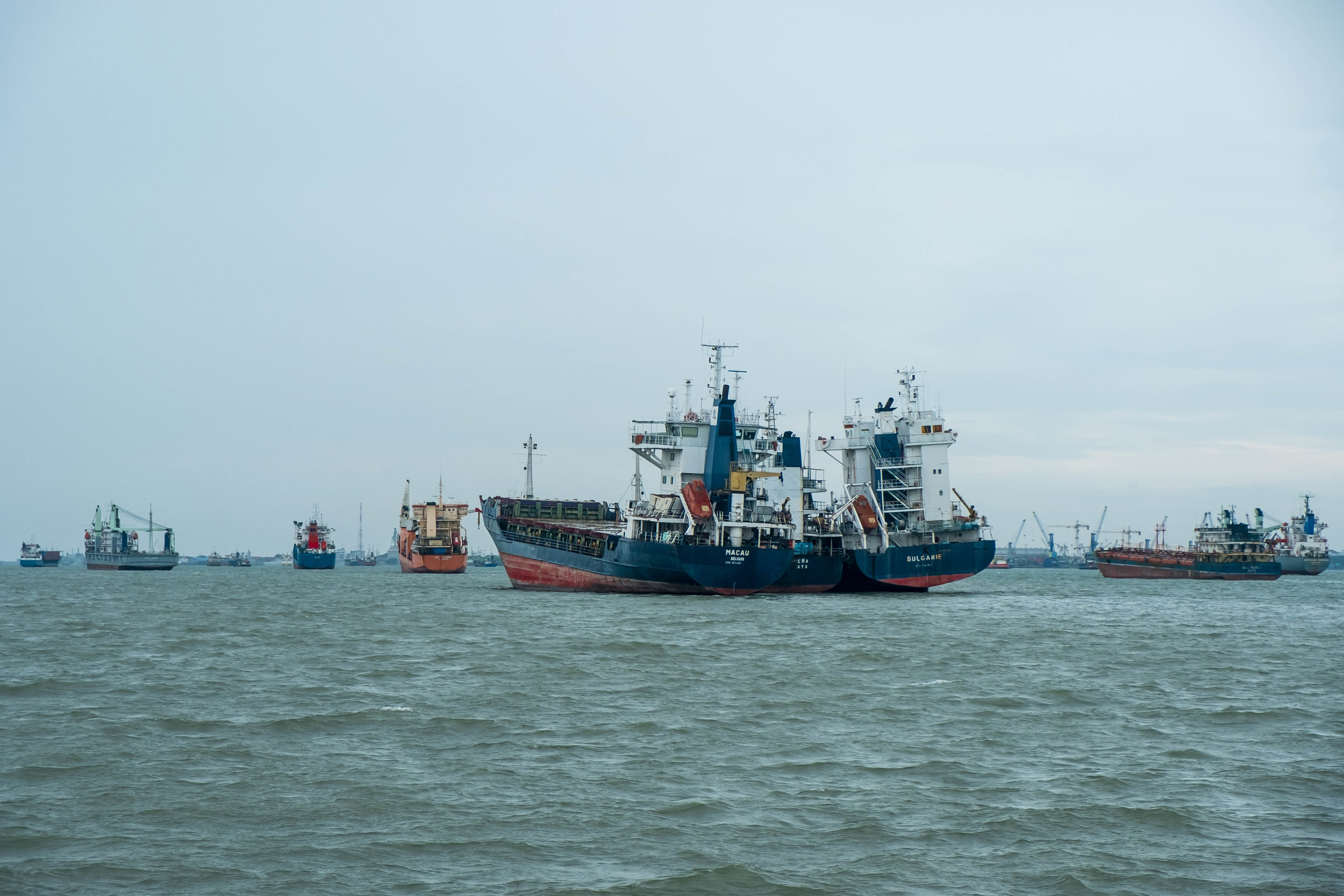
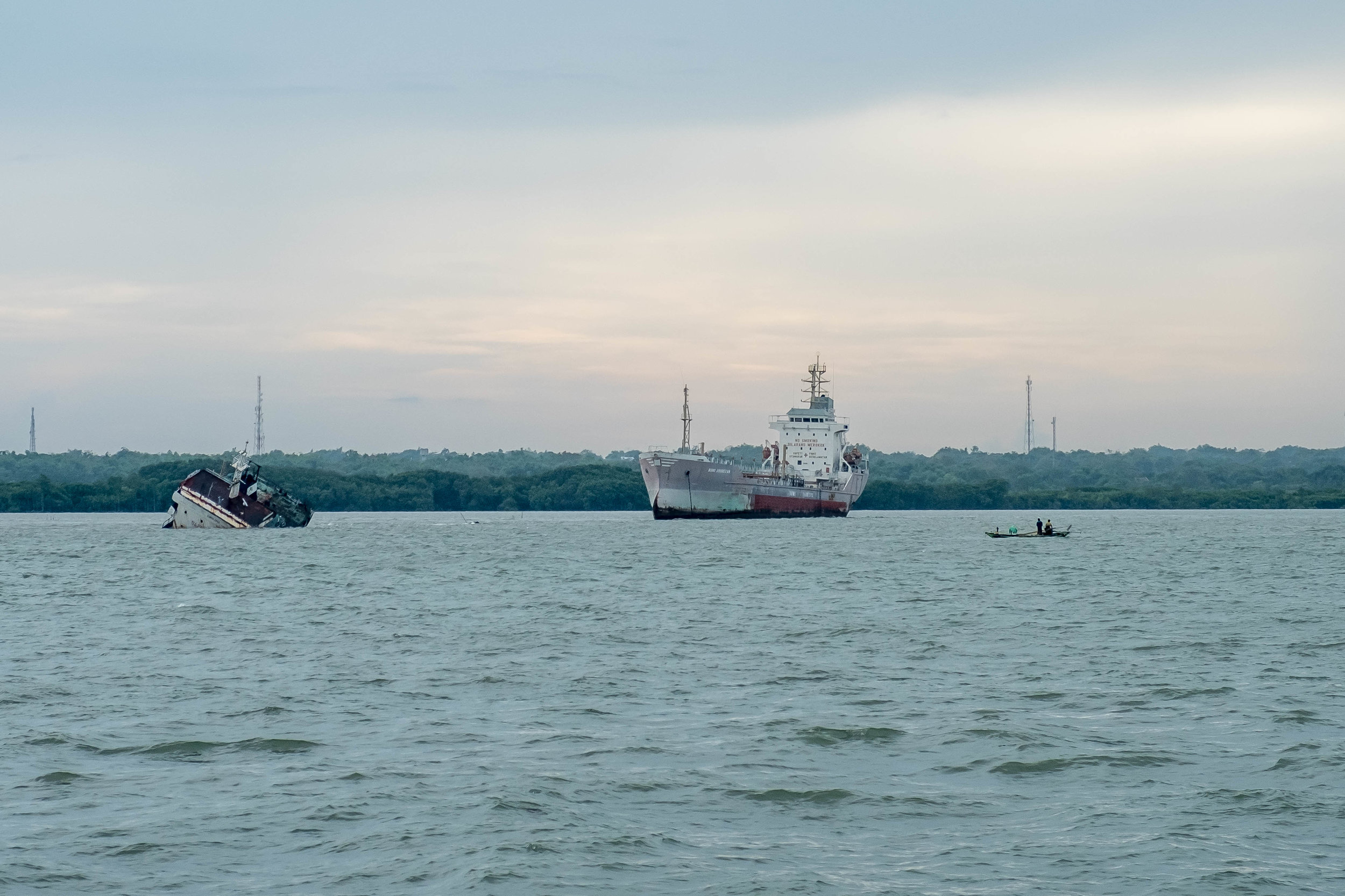
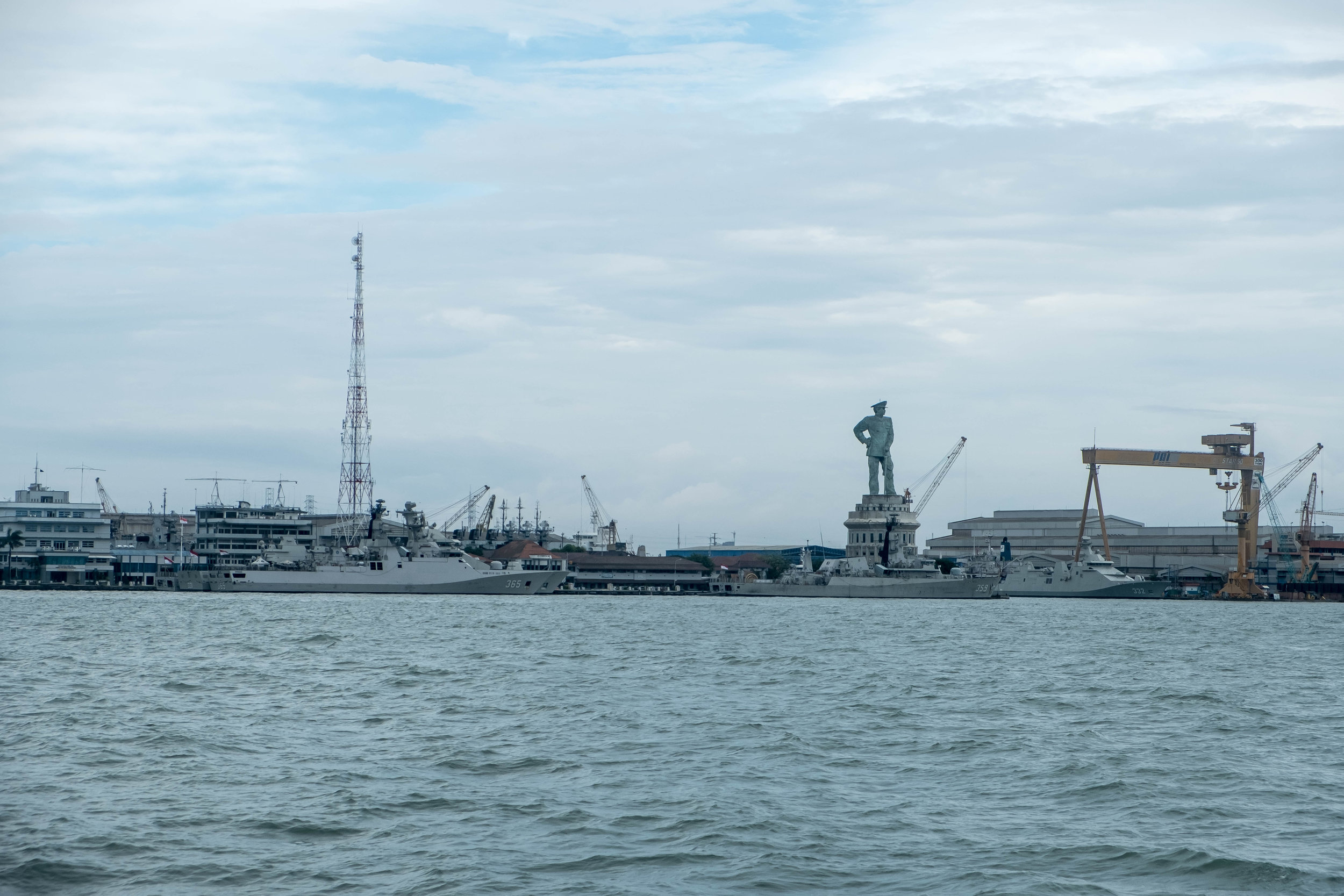
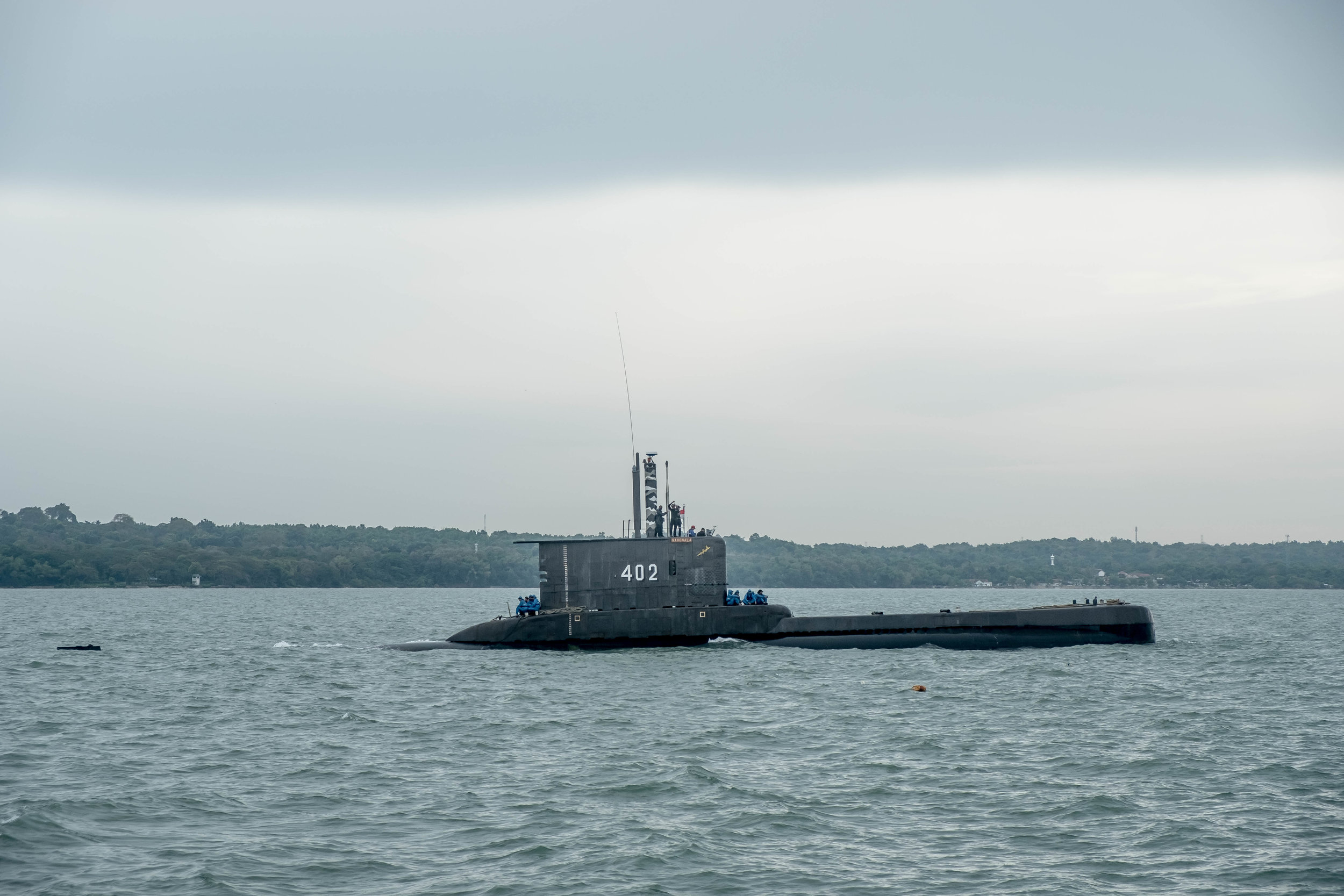
With another 30 hours of straight sailing we arrived at Menjangan Island, which lies off the northwest coast of Bali. Menjangan is part of the West Bali National Park and on the island we had some close encounters with Javanese deer and were welcomed by a lovely family praying at one of the Hindu temples. Around the island are some of the best snorkeling and dive spots in Bali and it was a beautiful place to have to ourselves once the day-visitors left.
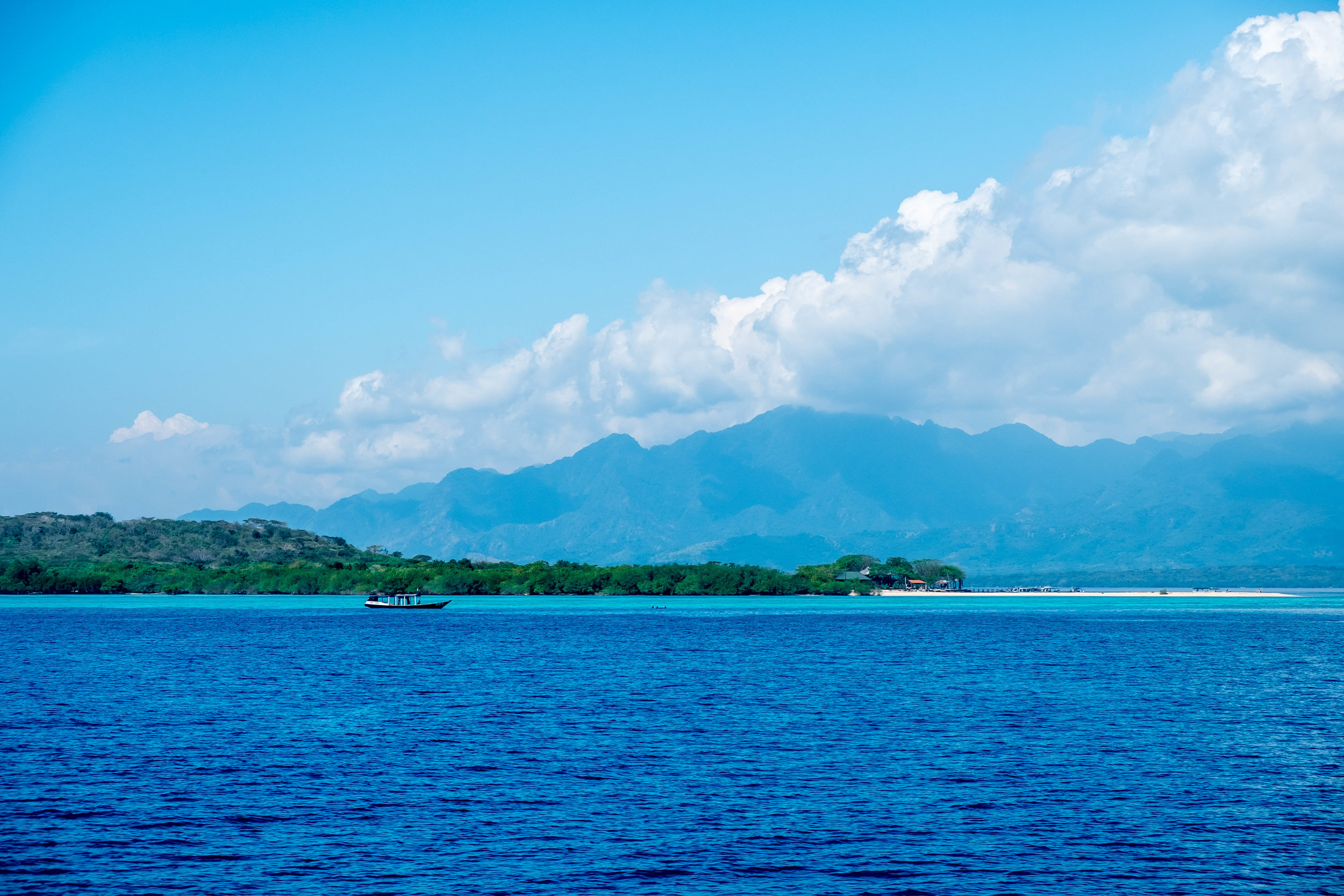
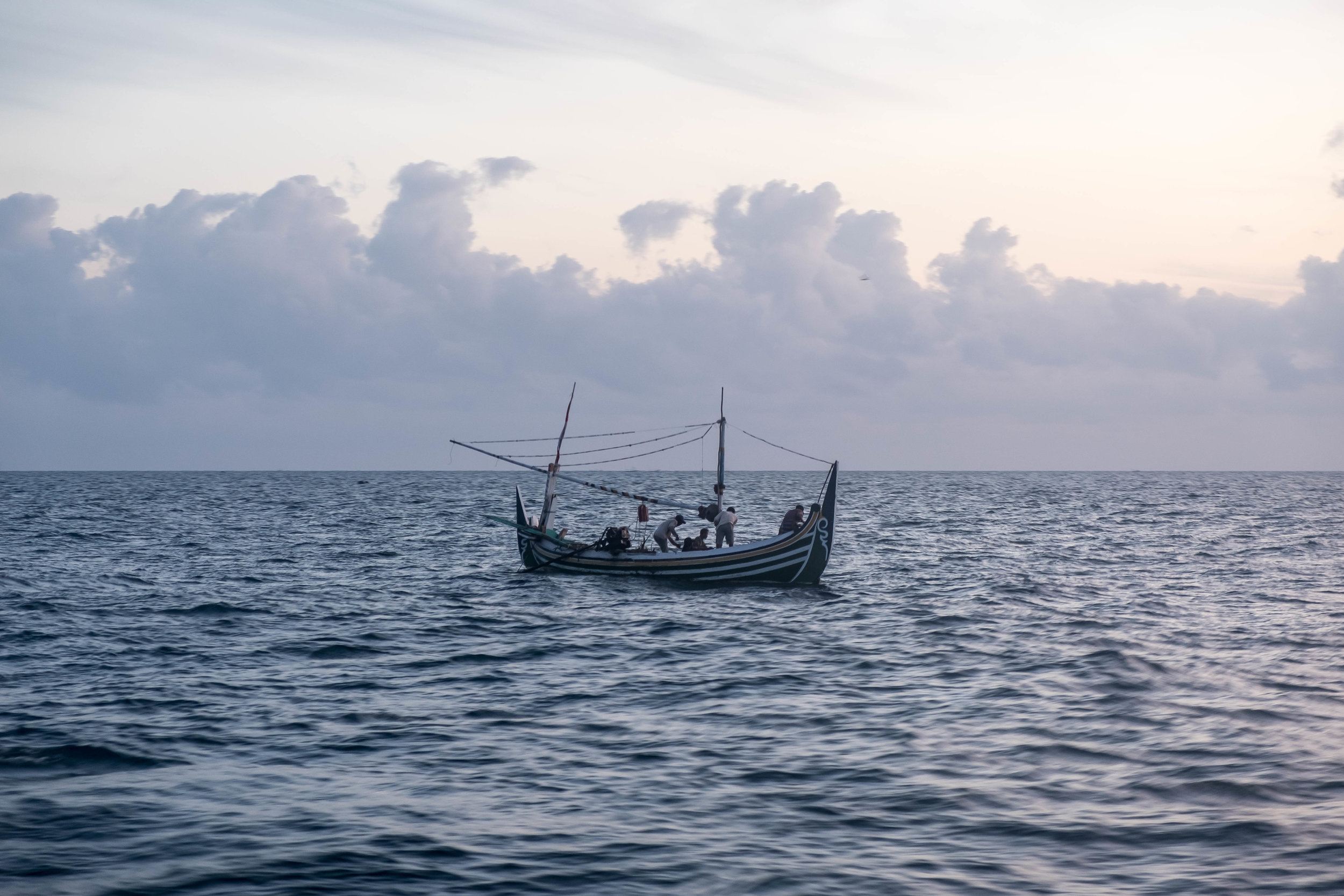
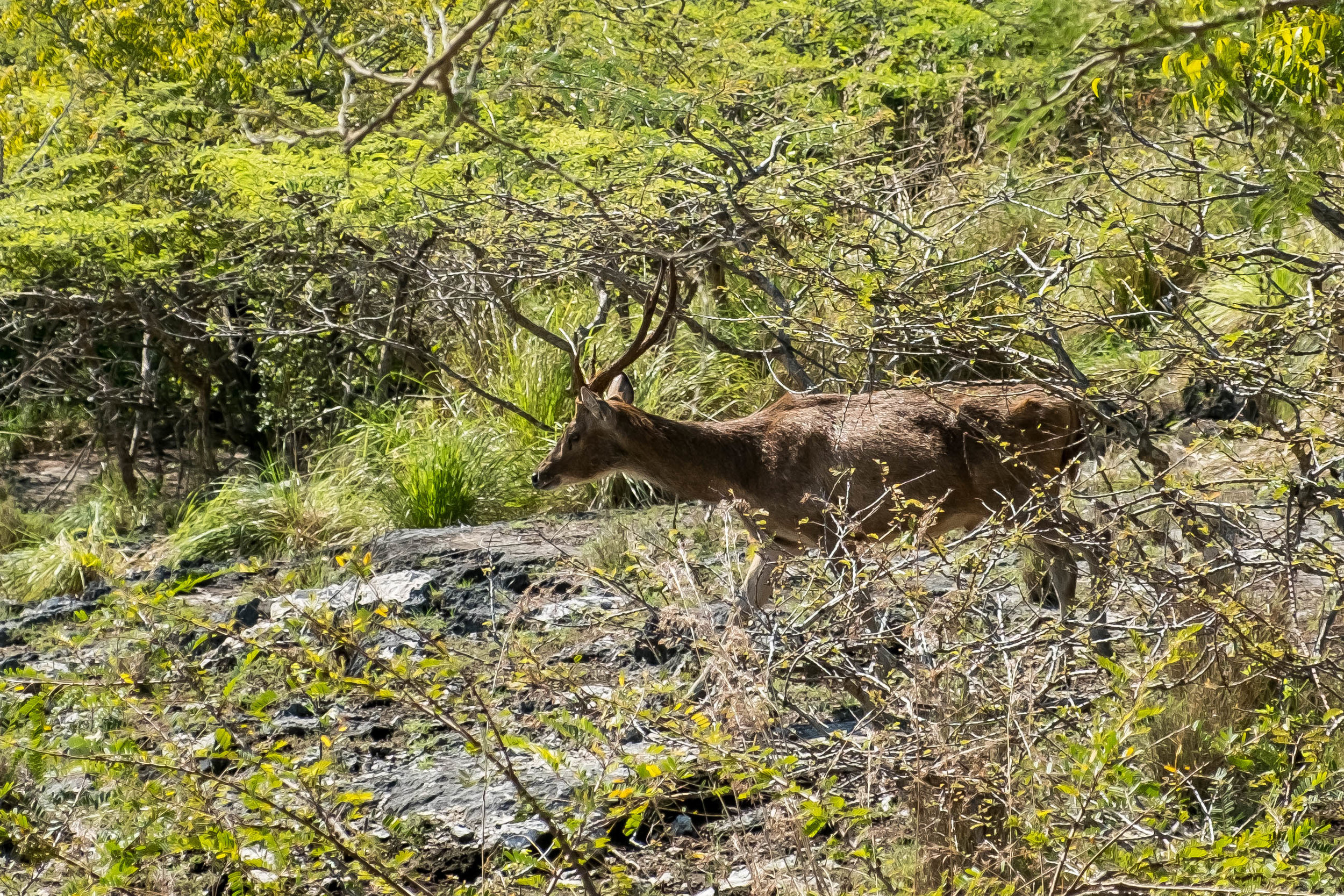

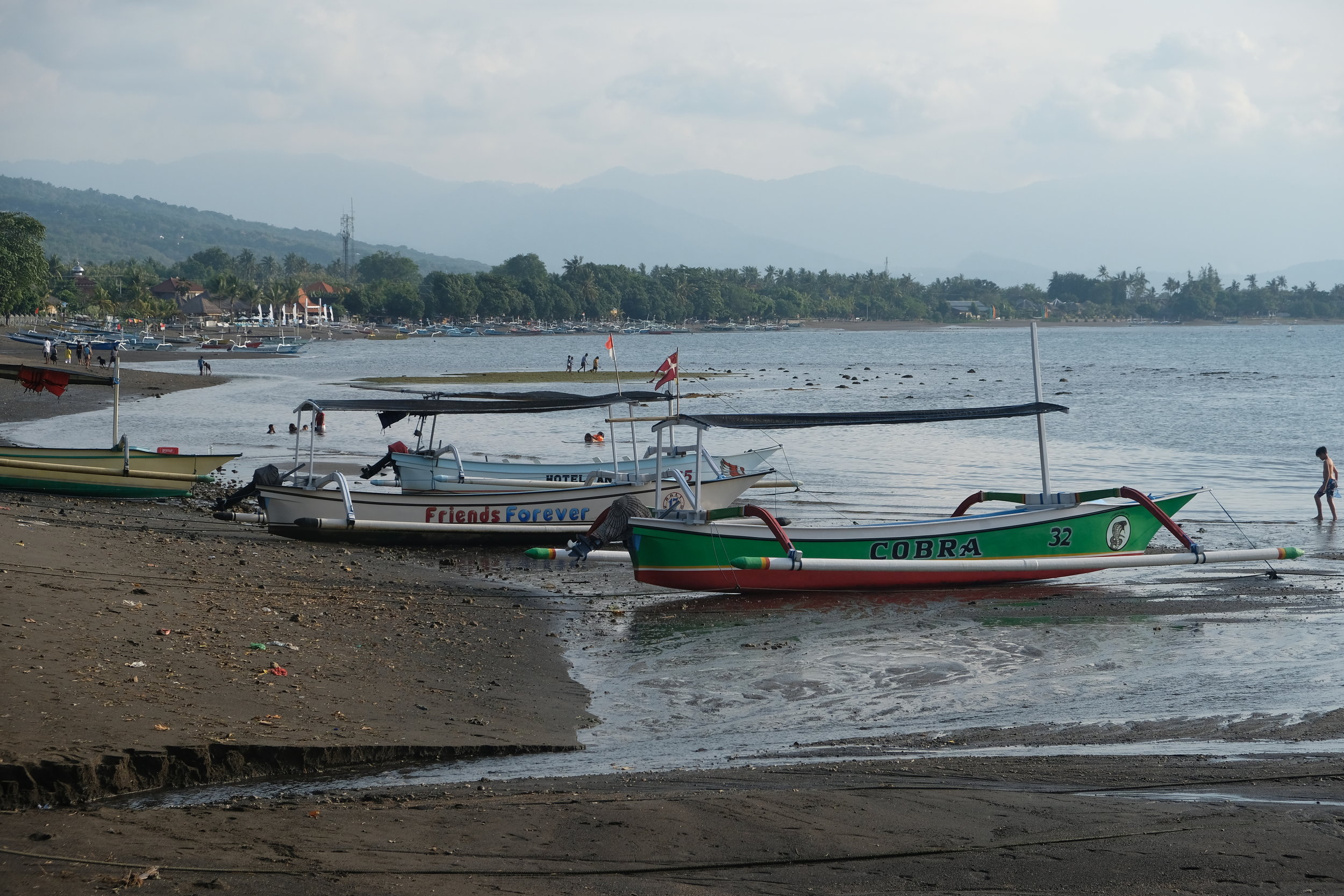
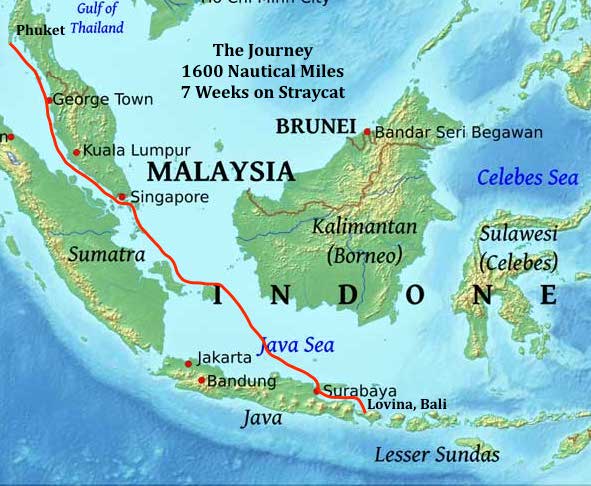
Leaving Menjangan we finally arrived at Lovina Beach, Bali. We cruised over 1600 nautical miles in just over seven weeks. I learned a great deal about life on a boat, a fair bit of seamanship, and most importantly, common sense. It was a great introductory adventure on a boat and I look forward to more sailing adventures in the future. I am incredibly thankful for the opportunity from Captain Rob and could not have been more lucky with Larissa, my fellow crewmate. For now, it is time for a bit of relaxation in Lovina before my next exploration – The Philippines.
Onboard SY Straycat - Sailing Southeast Asia
I am onboard SY Straycat sailing from Phuket, Thailand to Bali, Indonesia. I have never sailed before and am taking the opportunity to learn the ancient craft that brought the first explorers around the world. The journey is just beginning and I am excited to see what happens.
When I began my long-term traveling over two years ago, I had three goals I wanted to accomplish – to hike in the Himalayas of Nepal, get scuba certified, and sail on a boat. I managed to tick the first two items off my list but sailing continued to elude me. With the occasional ferry ride and small riverboat cruise, I have used boats as a means of transportation but never as a method for serious exploration.
Boats were the first vehicles that took people around the world and there is a certain amount of appeal and charm in that idea that speaks to me. It is probably the most old-school way to travel the world and as long as are going with the wind it can be cheap and environmentally friendly as well.
Sailing also brings me closer to my biggest fear of being stranded in the middle of the ocean with only a life jacket or log of wood just large enough to support my weight. I can’t think of any other situation that makes me more afraid. I don't want to ever be in that situation, but I find satisfaction in facing my fears that same way I enjoy challenges. It adds a certain extra thrill to
Currently, there are no plans that would take me very far from the shore and no plans to cross any ocean, but it’s a start. Here’s how I got on a boat.
Finding a Boat
The traditional way of getting on a boat is to simply head to a marina somewhere and walk down the docks and start talking to people. With the
Over a year ago I had tried using these sites to a find a boat, but I never found one going the direction I wanted at the right time. This time, I was open to finding a boat that was sailing anywhere and for any amount of time. It didn’t matter to me anymore about where I was going, I only wanted to experience life on a boat and learn to sail.
After broadening my travel requirements for a boat I sent many messages and still had no positive responses. Luckily, I had a nice backup plan that consisted of buying a ticket to the Philippines. One day before I was going to buy my ticket for a flight three days later, I got a message from a captain, from FindaCrew, inviting me aboard. He said he wasn’t sure how far or long he would be going and couldn’t commit to anything beyond the initial week. I didn’t care. I was going to get on a boat!
The boat was in Ao Chalong, a bay on the east side of Phuket. I had a few days to kill before meeting up with the captain and spent them exploring Krabi and the west side of Phuket before heading over.
Long-tail boats at low tide, Krabi
Railay Beach, Krabi
Krabi
The Boat
The boat is a 2012 Fountaine Pajot Lipari 41 or, in other words, a 40-foot boat, three cabin, catamaran named Straycat with a basic rig of a main and headsail. It is a beautiful boat that provides more luxury than three-quarters of the places I have stayed over the last few years. It’s awesome and I feel incredibly fortunate for the opportunity to be aboard.
SY STRAYCAT
The captain, Rob, is from Australia and has almost 40 years of sailing experience. Four months ago he bought Straycat and decided it was time to take her on her first real adventure. In the sailing world there are few places better to explore than Indonesia. So that is where our course was set.
The other member of the crew is Larissa from Brazil. She came aboard the day before we left Phuket and was only catching a ride to the nearby Koh Pi Pi Island. However, life on the boat and the opportunity to sail quickly became more attractive than her plans on the island and she decided to join us. She’s a great cook and I must say I am happy helping her in the kitchen instead of eating my own cooking.
My job is basically to help Rob with everything that happens on the boat and help Larissa with everything that has to do with food. I view myself as the chief assistant doing what I can to help the professionals.
Larissa, Captain Rob, and I at Nongsa Point Marina, Batam Island, Indonesia
The Beginning of the Journey
In the first three weeks we motored our way from Phuket, Thailand down the coast of west Malaysia and across to Nongsa Point on Batam Island in Indonesia. The tentative first week has blossomed into an adventure all the way to Bali. The winds haven’t been quite favorable yet, but that is to be expected this time of year. As our course changes to a more eastern direction hopefully we will spend more time with our sails up.
Current Route - Free World Maps
Life aboard a boat so far has been wonderful. From Thailand to Indonesia the cruising has been without major incident. I take a watch shift every day steering the boat, avoiding any large debris or fish traps in the water. A few times I have had to jump over the side to cut away plastic or rope that has gotten tangled around the engine propellers. We haven’t done any night sailing yet and spend our nights either pulled into a marina or anchored off shore in a bay as sheltered from the winds that we can find. The solitude underneath the stars is incredibly peaceful when you have anchored alone off the coast and the fellow boat company in the marinas makes for many lively evenings.
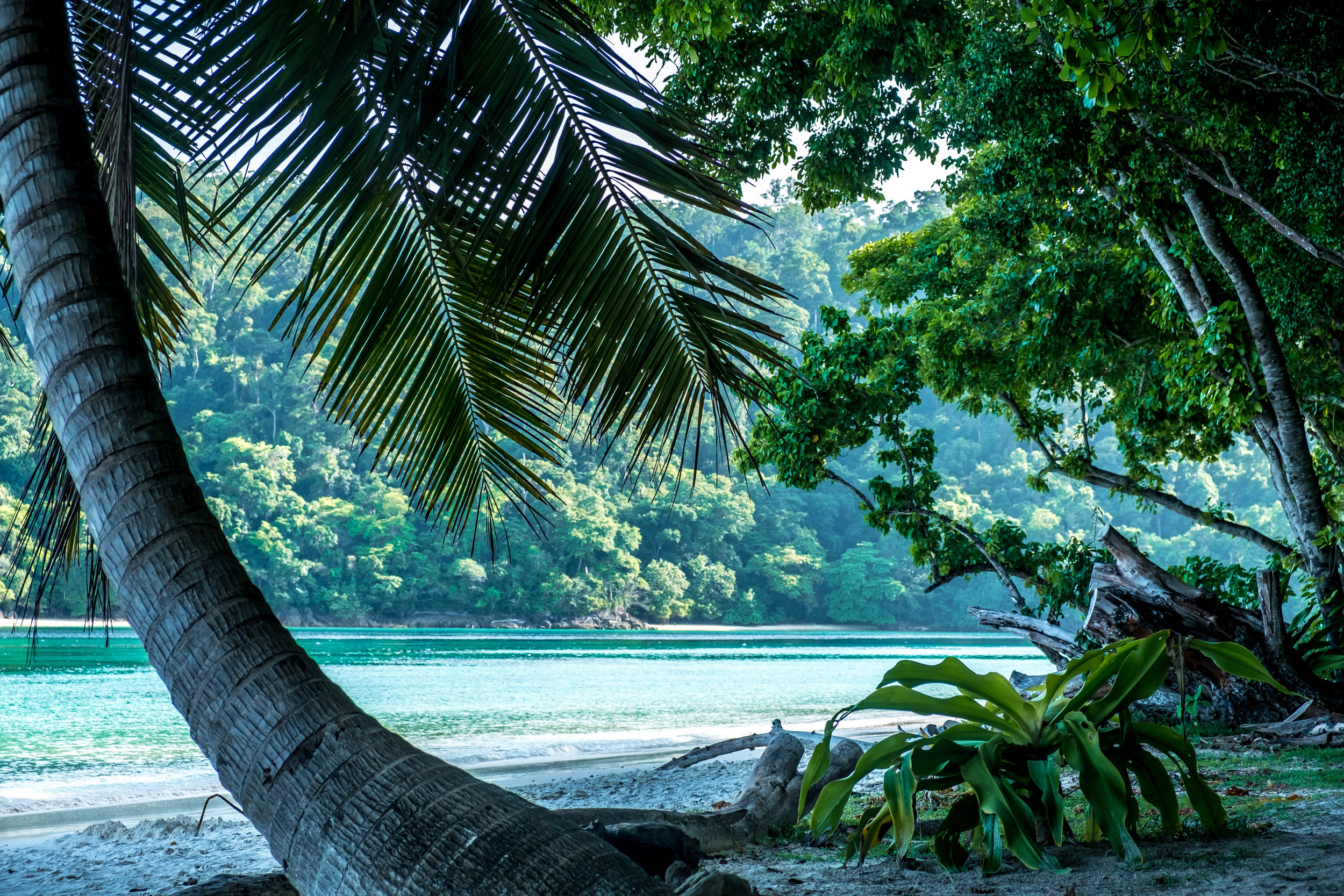
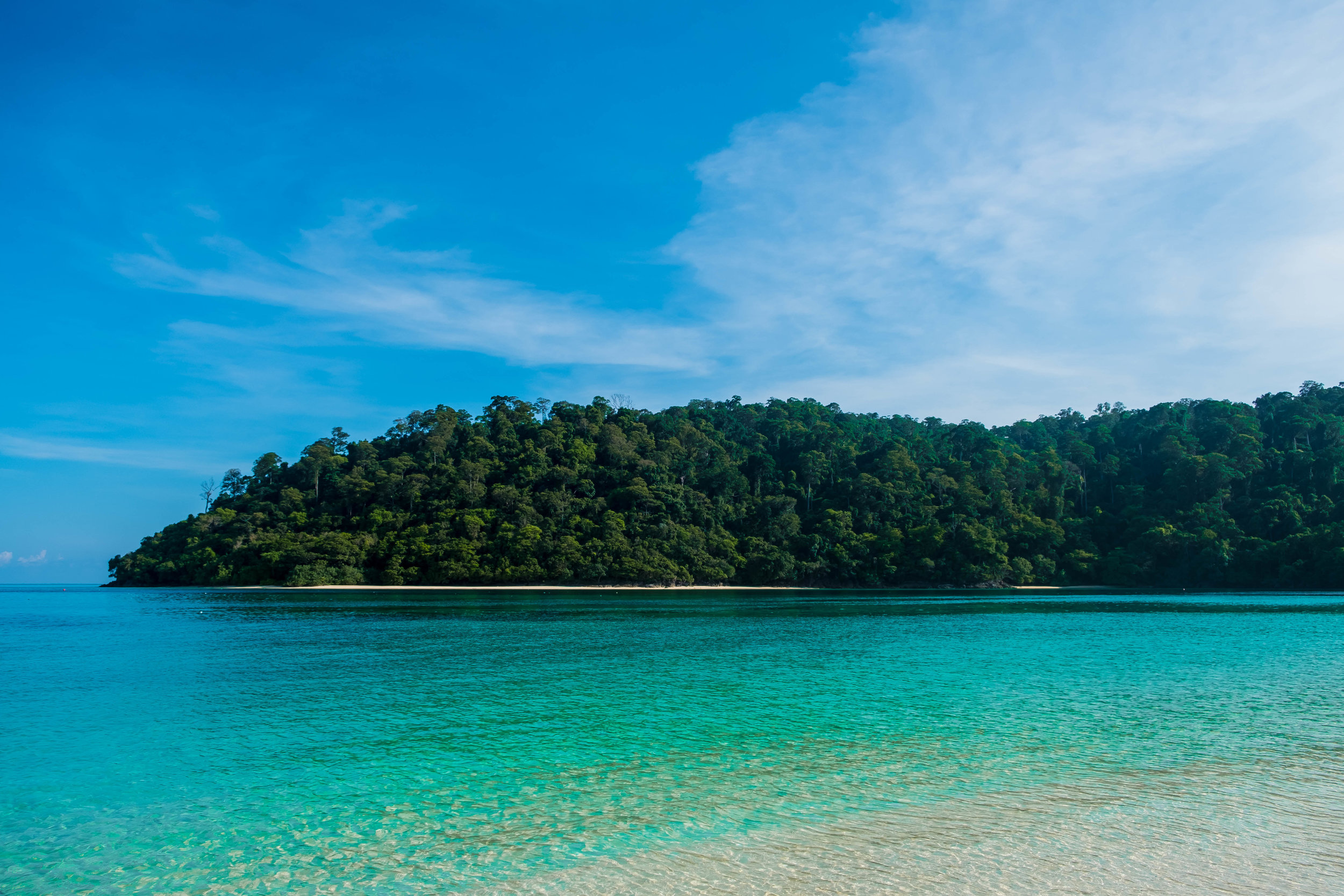
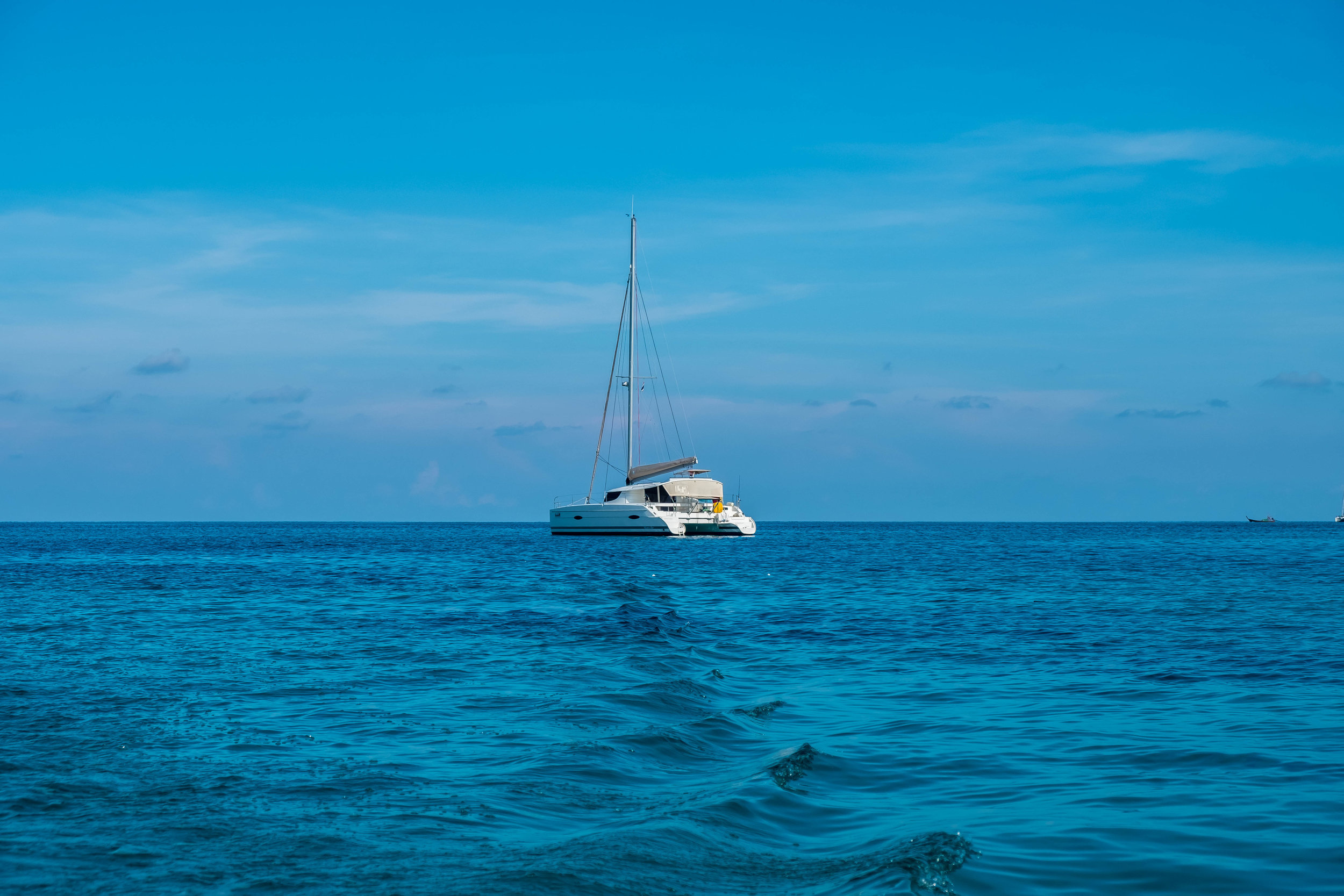

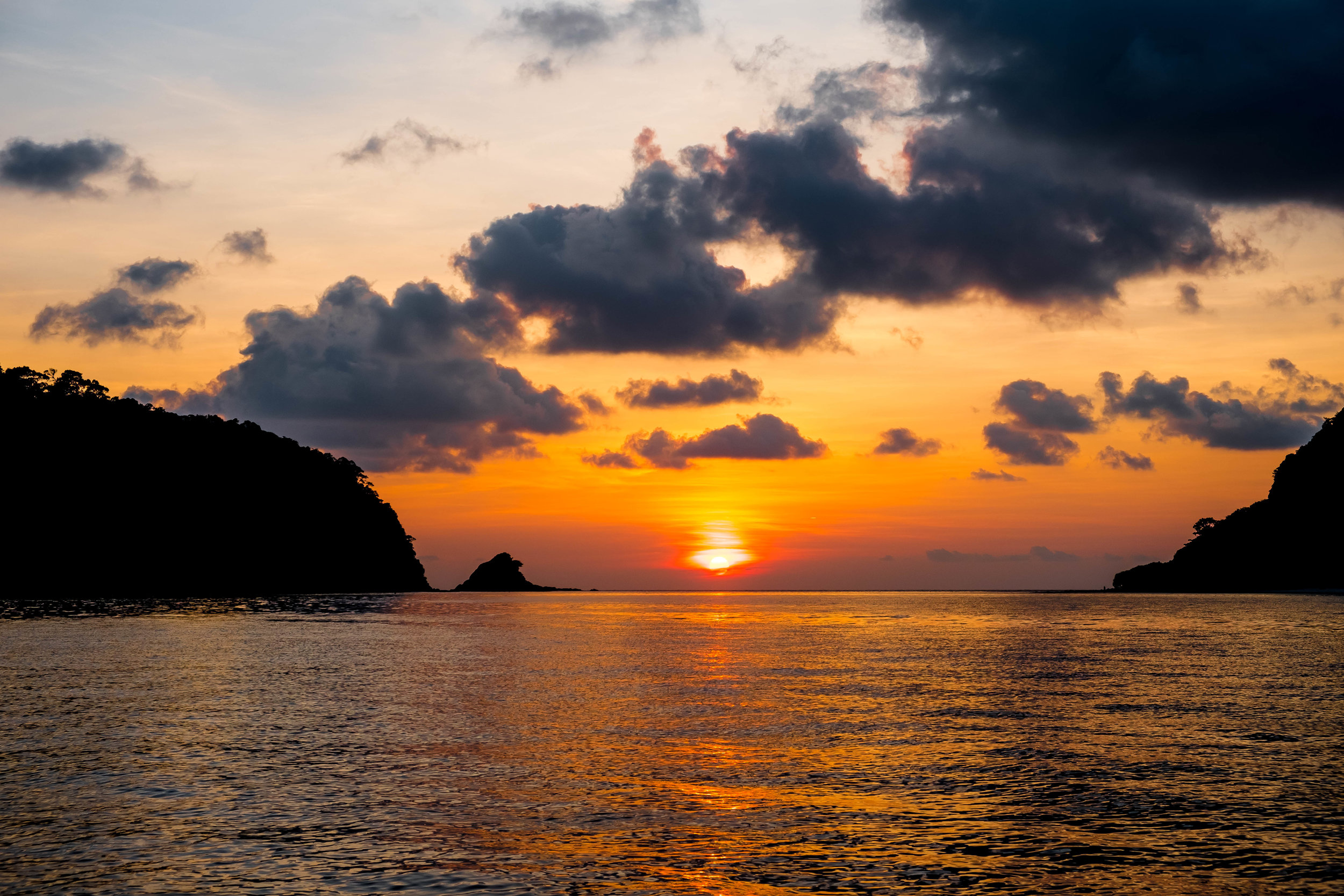

On a boat there is a lot of free time and when you can’t leave the boat you need to come up with things to do. I am trying to teach myself harmonica again, probably to the dismay of my crewmates (I don’t think anyone enjoys the squeaks and screeches of someone learning a new instrument). I have plenty of time to read and enjoy playing cards with the crew or alone. When we are anchored up it is always great to just jump over the side into the water, but not all water has the same appeal to swim in. It is a simple, slow, and peaceful journey as long as you don’t have rough weather. I haven’t been seasick yet *knock on wood*.
When we arrived in Johor Bahru we needed to make a stop in order to get our Indonesian visas. The process for our personal visas was not tricky, but for anybody reading this trying to get anything done at the Indonesian consulate, make sure you are wearing the appropriate attire. It can be fairly frustrating once you have compiled all the paperwork needed to be turned away by security because you are wearing shorts.
Now safely harbored in Nongsa Point, we are waiting for our visas to be stamped and a break in the weather before heading south to explore a few of the 18,000 islands of Indonesia.
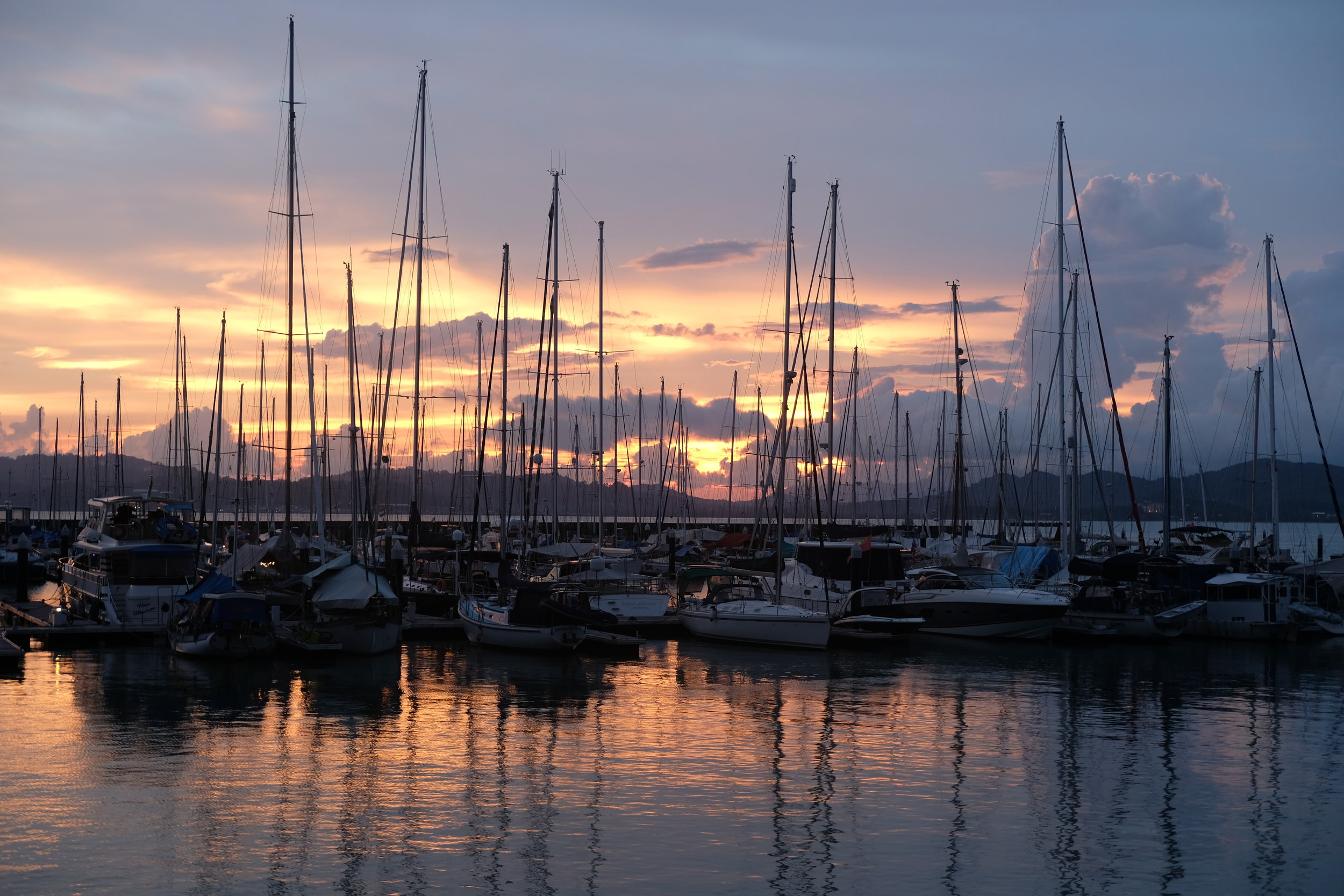
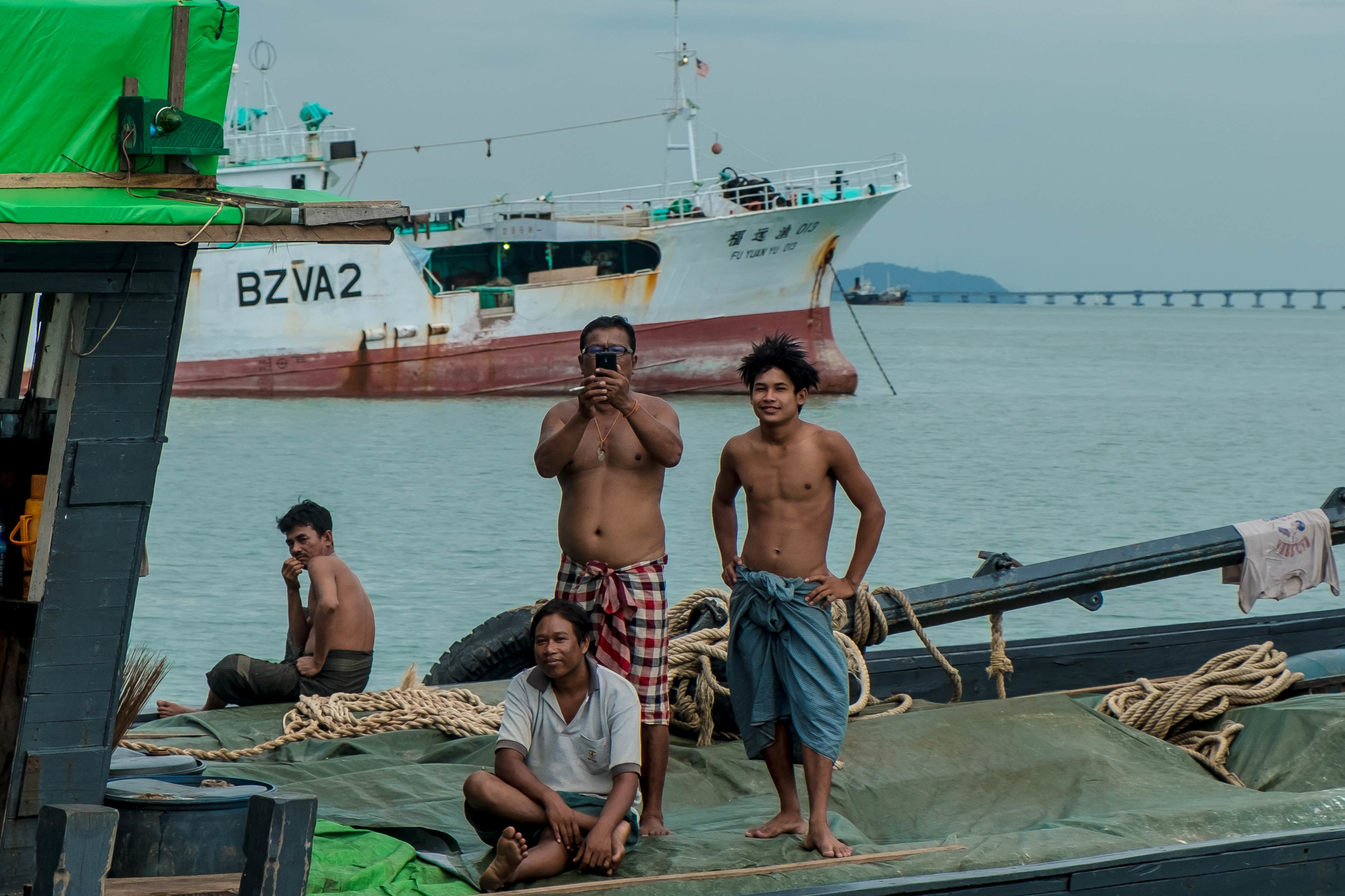
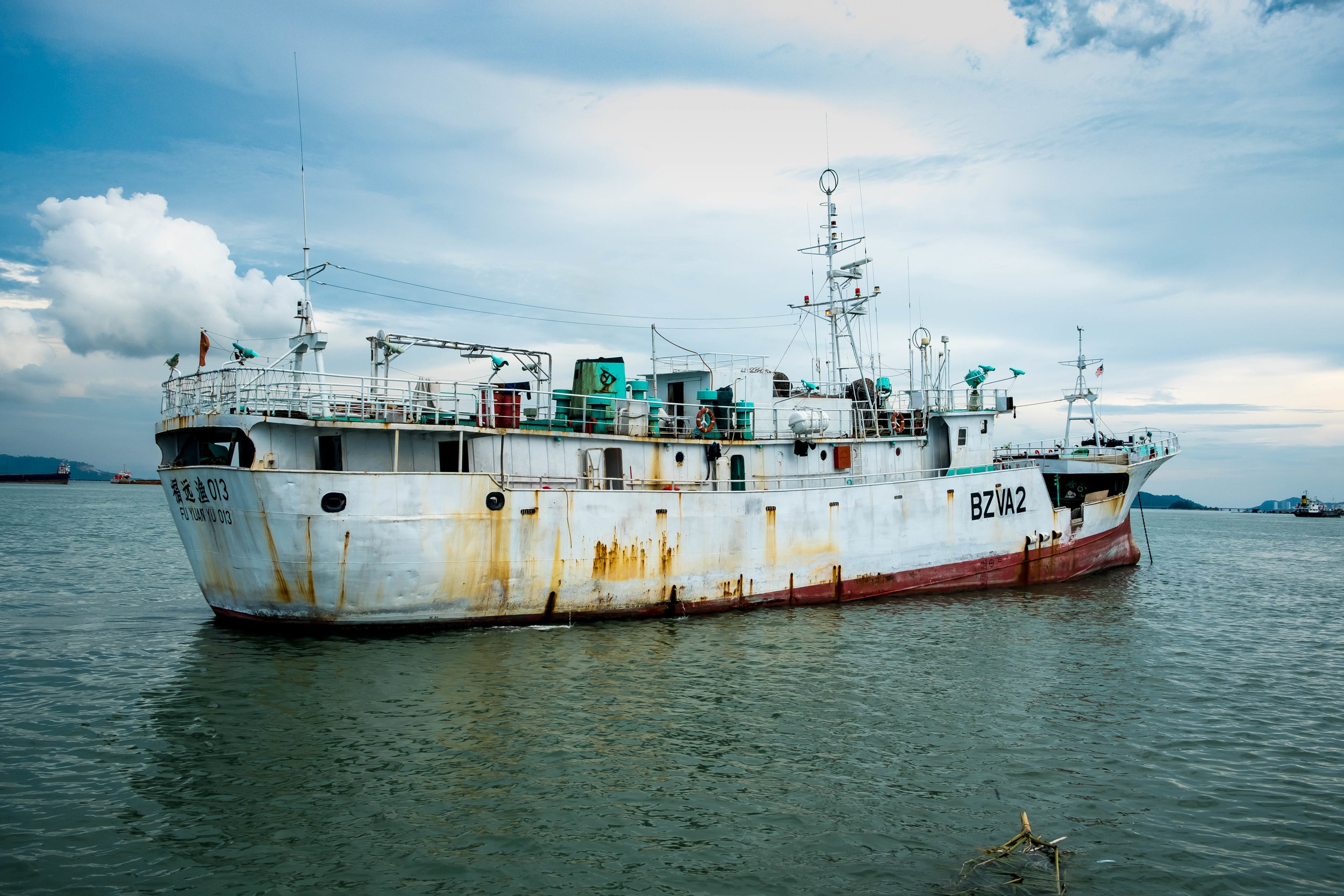
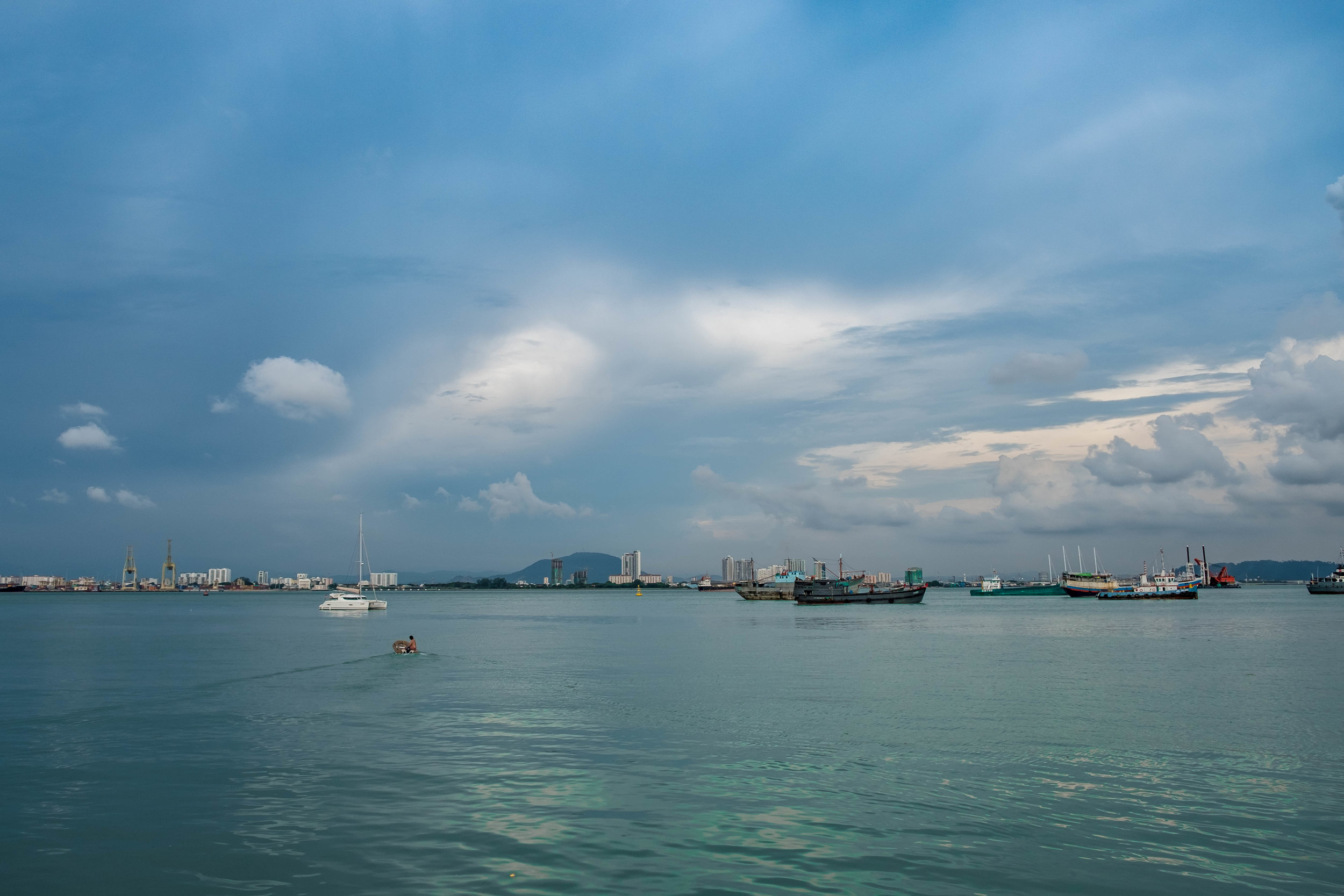

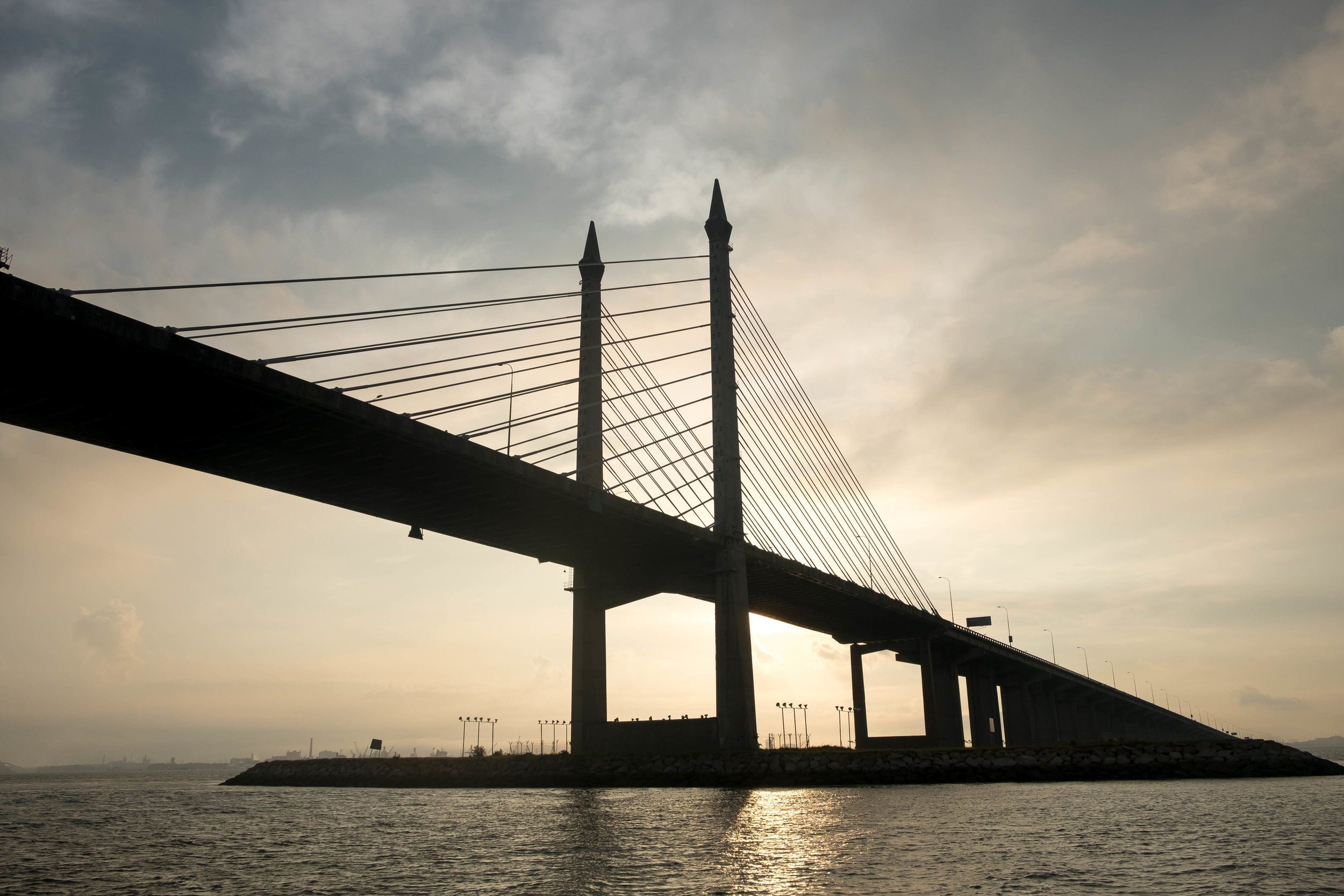
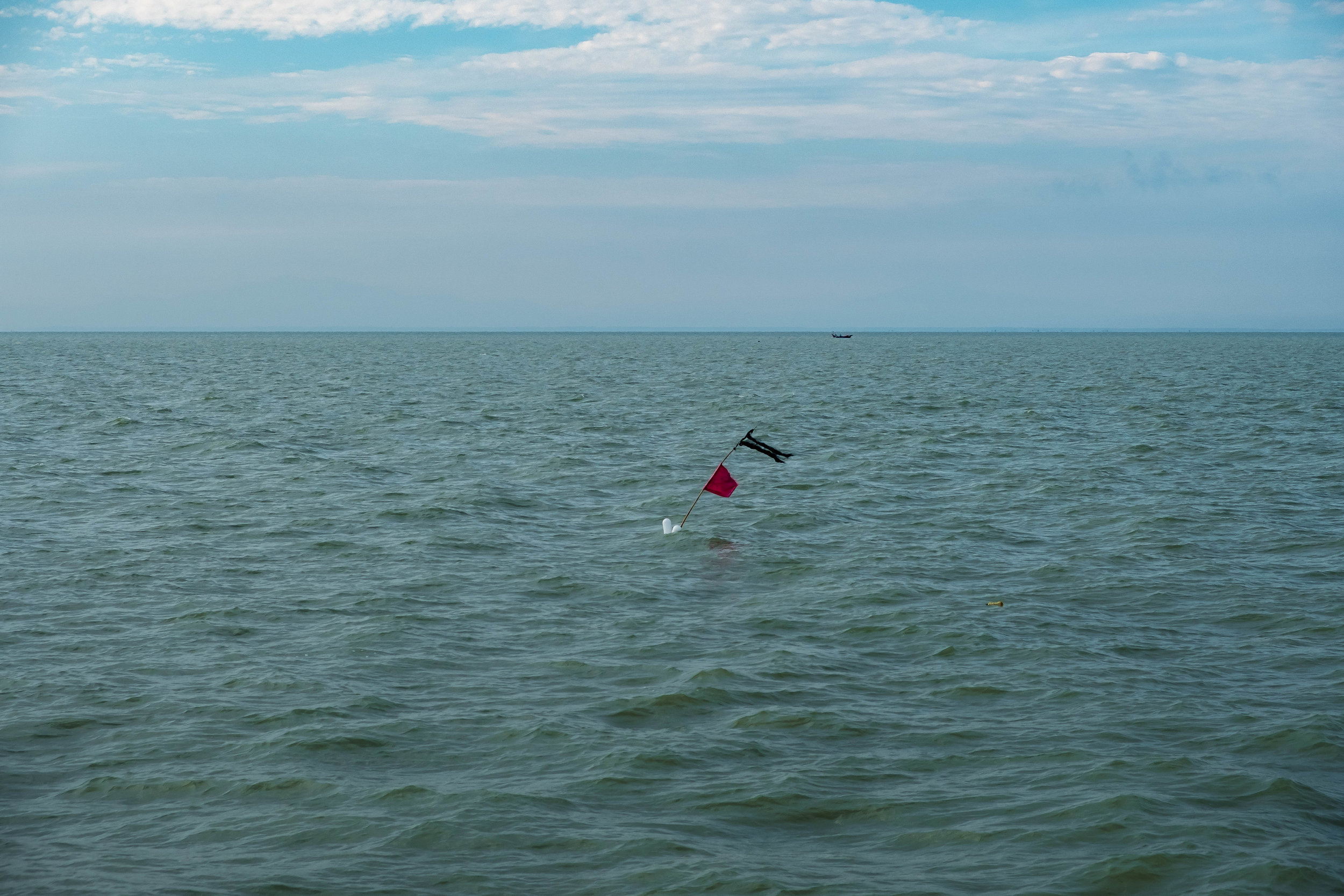

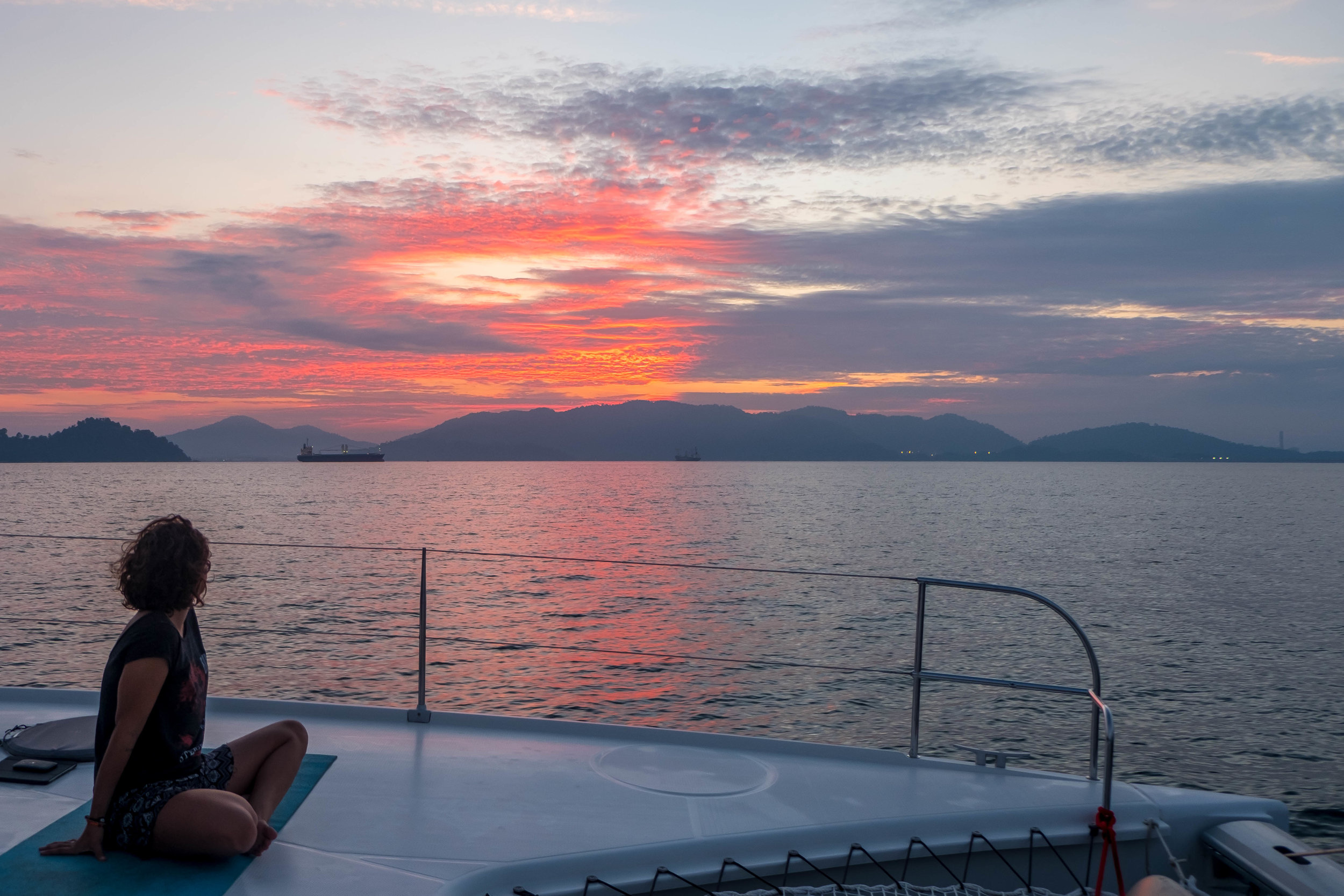

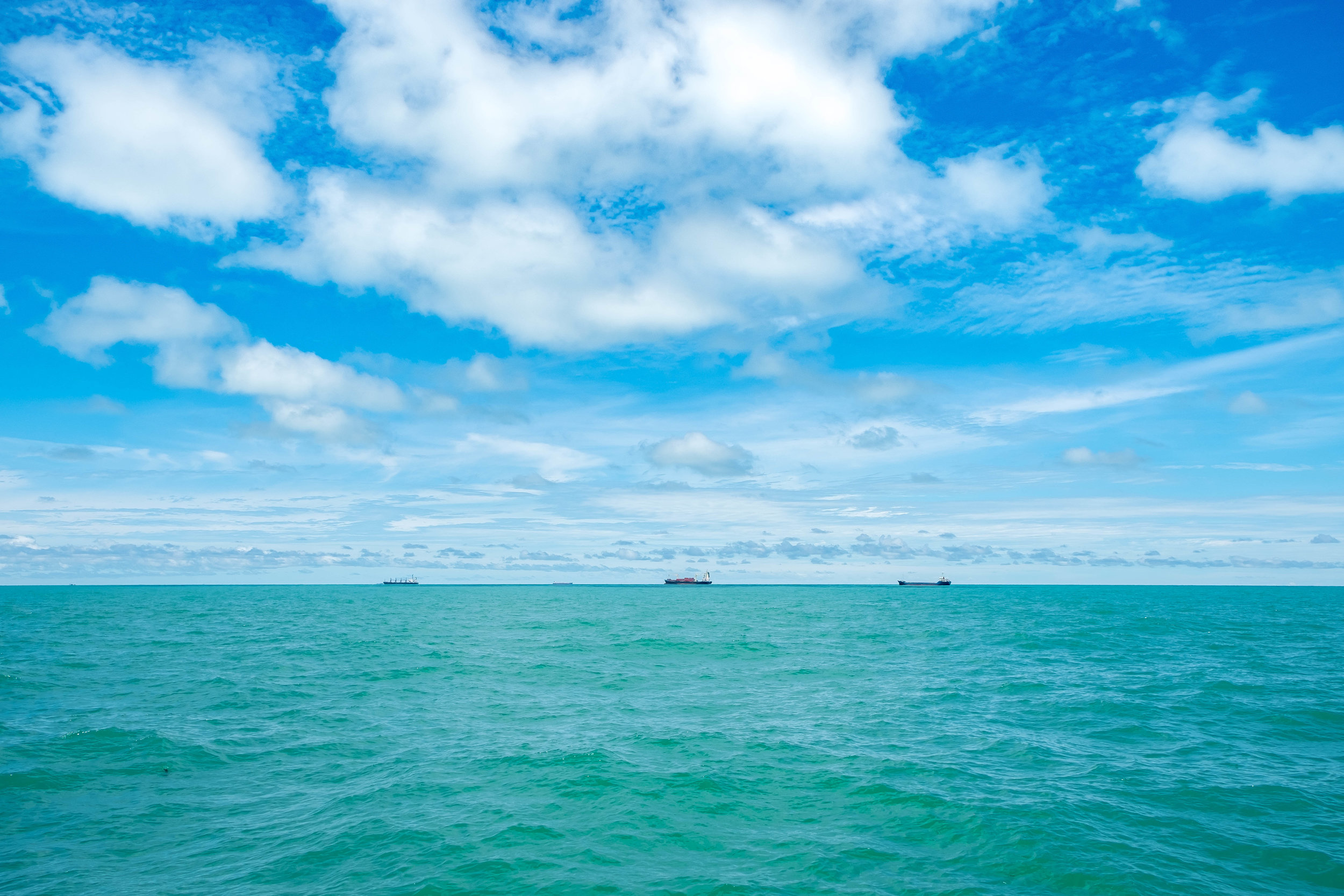



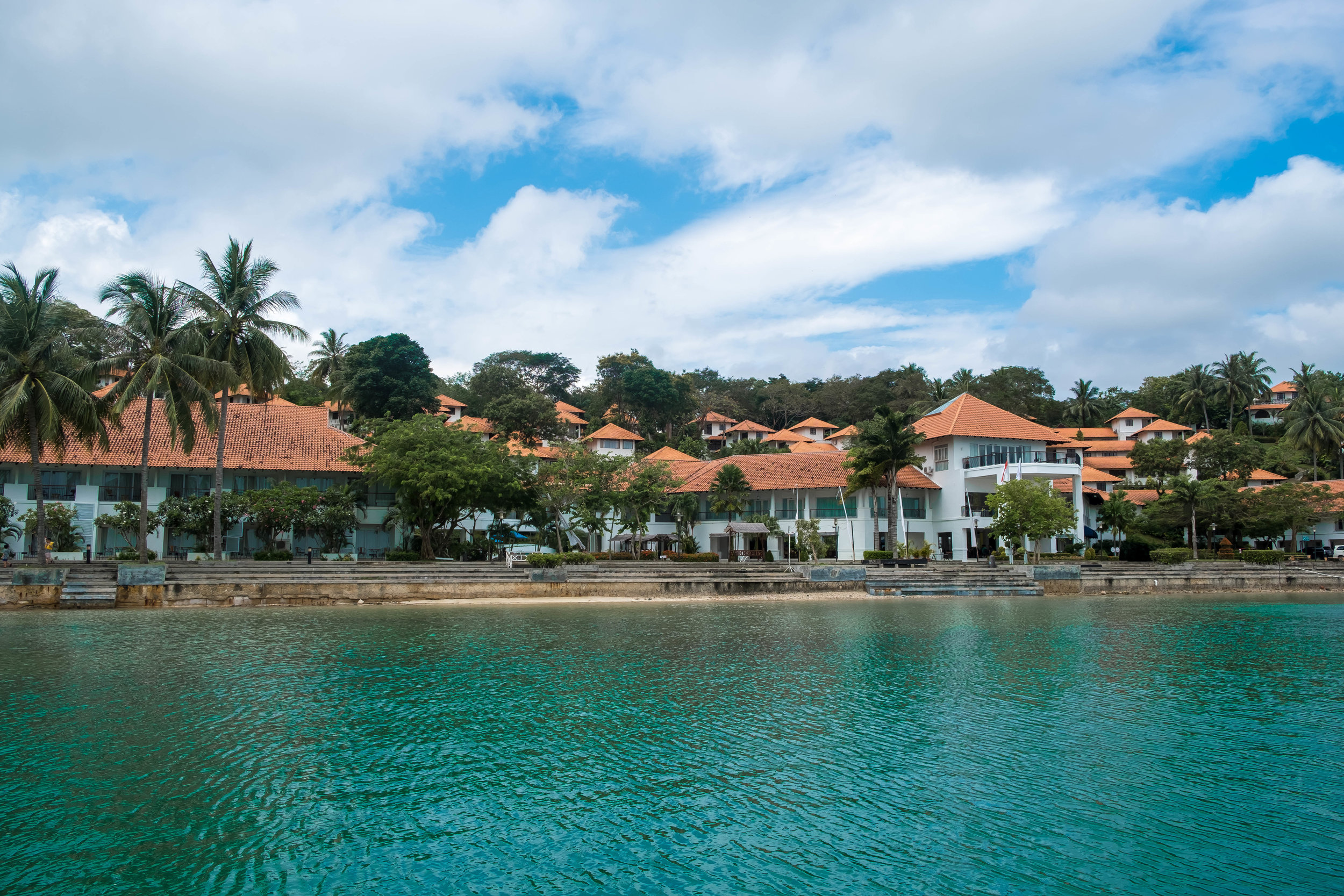
Borneo - Exploring East Malaysia
For a month I traveled around the island of Borneo exploring east Malaysia and the small country of Brunei. Borneo is well known for its robust wildlife and I explored the jungles, rivers, and Celebes Sea to see what I could find.
Within the first moments of researching the island of Borneo, I realized I was traveling into a wildlife paradise. Besides the Indonesian island of Sumatra, Borneo is the only place in the world where elephants, tigers, rhinos, and orangutans live together. There are also hundreds, perhaps thousands, of other species of animals on the island, many of which are endemic to Borneo.
The island of Borneo is divided into three countries. The north part of the island is part of Malaysia, divided into the two states of Sarawak and Sabah. Nestled inside this northern portion is the small oil sultanate of Brunei, approximately occupying about 1% of Borneo. The rest of the island belongs to Indonesia. Grabbing a flight from Penang in west Malaysia for less than $25, I flew to Kuching, the capital of Sarawak, on the western side of the island. For the next month I would slowly travel across East Malaysia through Brunei and into Sabah.
The Wildlife of East Malaysia
Kuching is the gateway city for many of the various adventures in the state of Sarawak. Outside the city lies the Semmenggoh Orangutan Wildlife Rehabilitation Center and Bako National Park. I prefer to see animals in the wild, but I didn’t want to pass up the chance of seeing orangutans. Even within the rehabilitation center there isn’t always a guarantee that you will see one.
The center is open twice a day, once in the morning and afternoon when they bring out fruit to feed the orangutans. I was the first one to arrive for the afternoon opening and was very lucky to see the oldest female in the park before all the other tourists arrive. The orangutans are quite magnificent to behold as they cartwheel climb along the ropes. While I was there I saw three orangutans, the oldest female in the park and two younger males.
Bako National Park
A short one-hour bus ride from Kuching to the north brings you to the boat terminal that accesses Bako National Park. Bako is one of the best places to see the endemic Proboscis Monkey, who are instantly recognizable by the grandeur of their noses. While I hiked all around the island, the best place to view the wildlife was within the mangroves that surrounded the boat terminal. With clockwork precision, the Proboscis monkeys would arrive around 3 in the afternoon at low tide and eat. Judging the size of their stomachs it is safe to assume these monkeys spend every waking moment eating. In fact, it is quite surprising to see them swinging and jumping gracefully through the trees with potbellies that would make any beer enthusiast proud.
Other wildlife in the park included the well-known clever and slightly aggressive long-tailed macaque. Perched in trees along the trails or on the ground, they are always ready to jump down and grab anything out of your hands that look like food. If you leave your backpack unattended for any short period of time a macaque will almost always be there, quickly figuring out how to open and scavenge through your belongings. Even though their behavior can be annoying and even scary when they get aggressive, your heart almost always instantly forgives them when you see one of the cute babies.
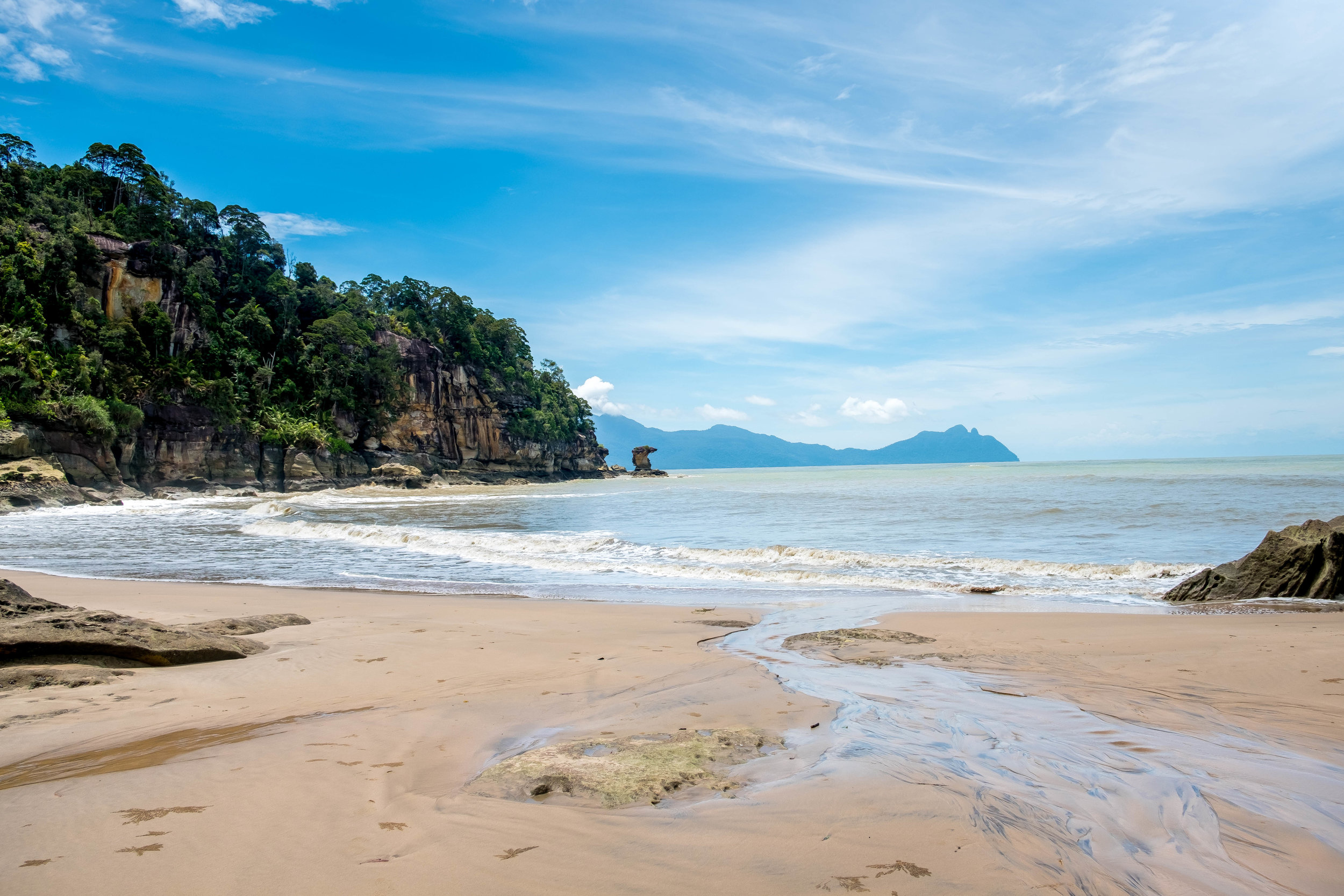

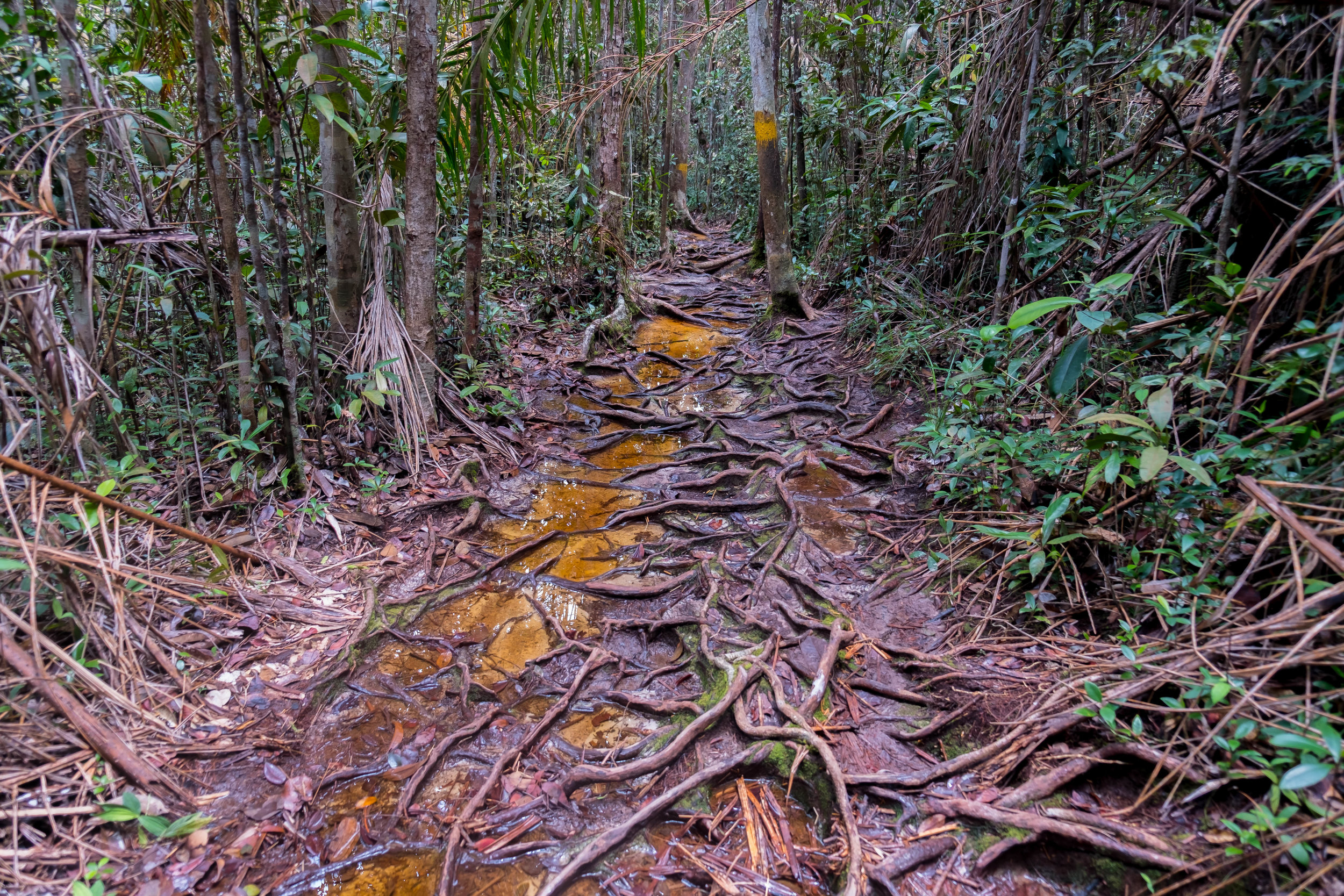
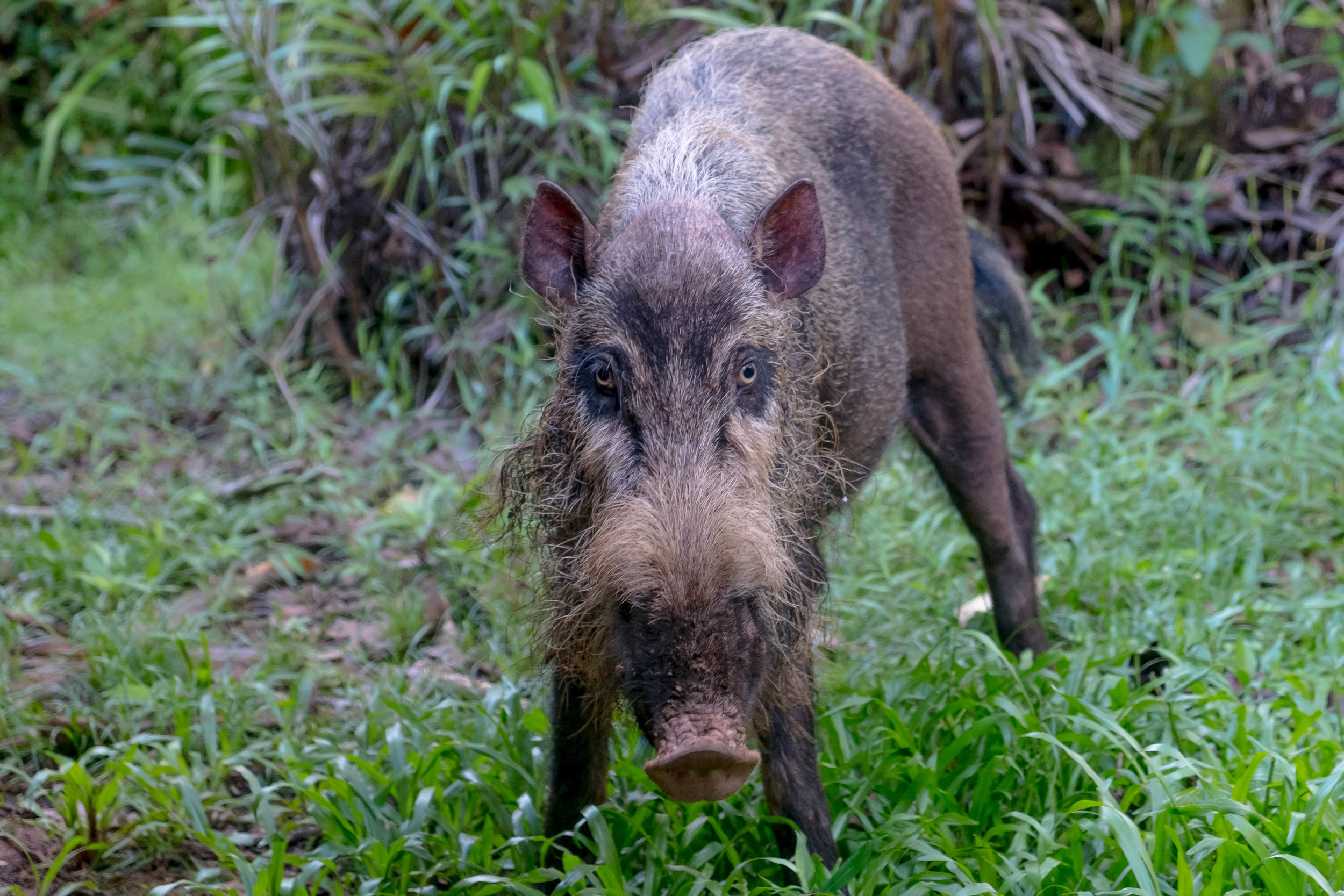
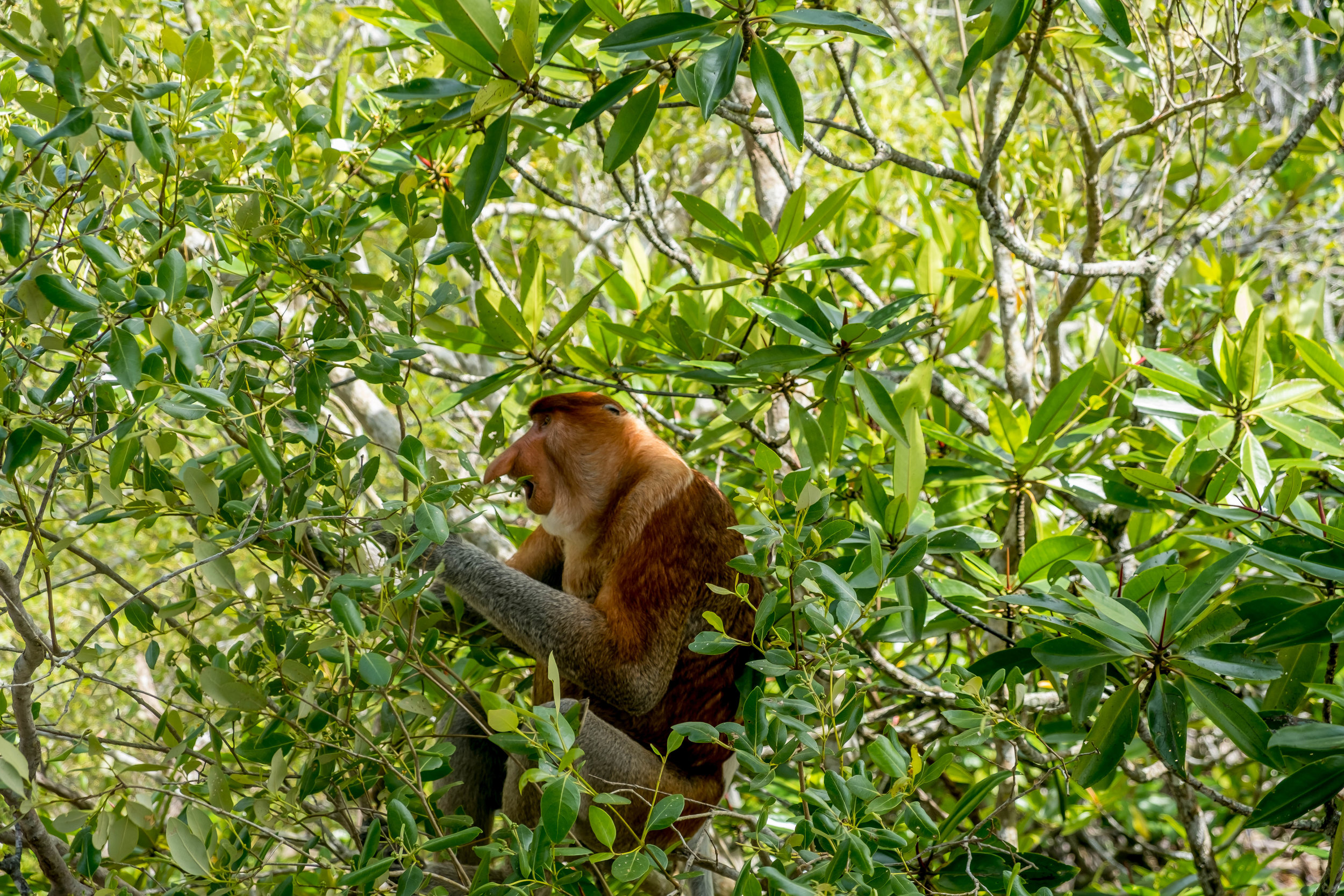
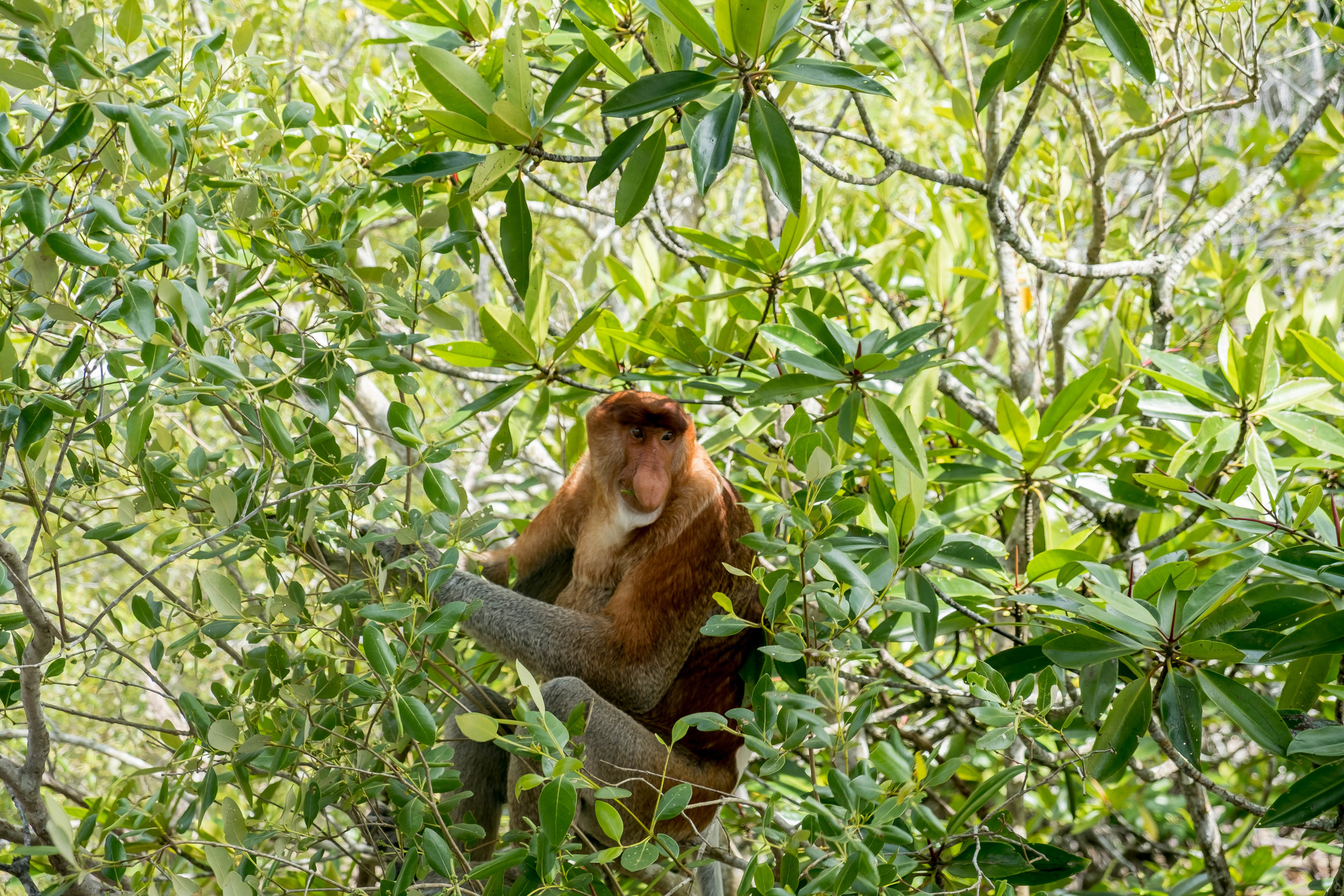

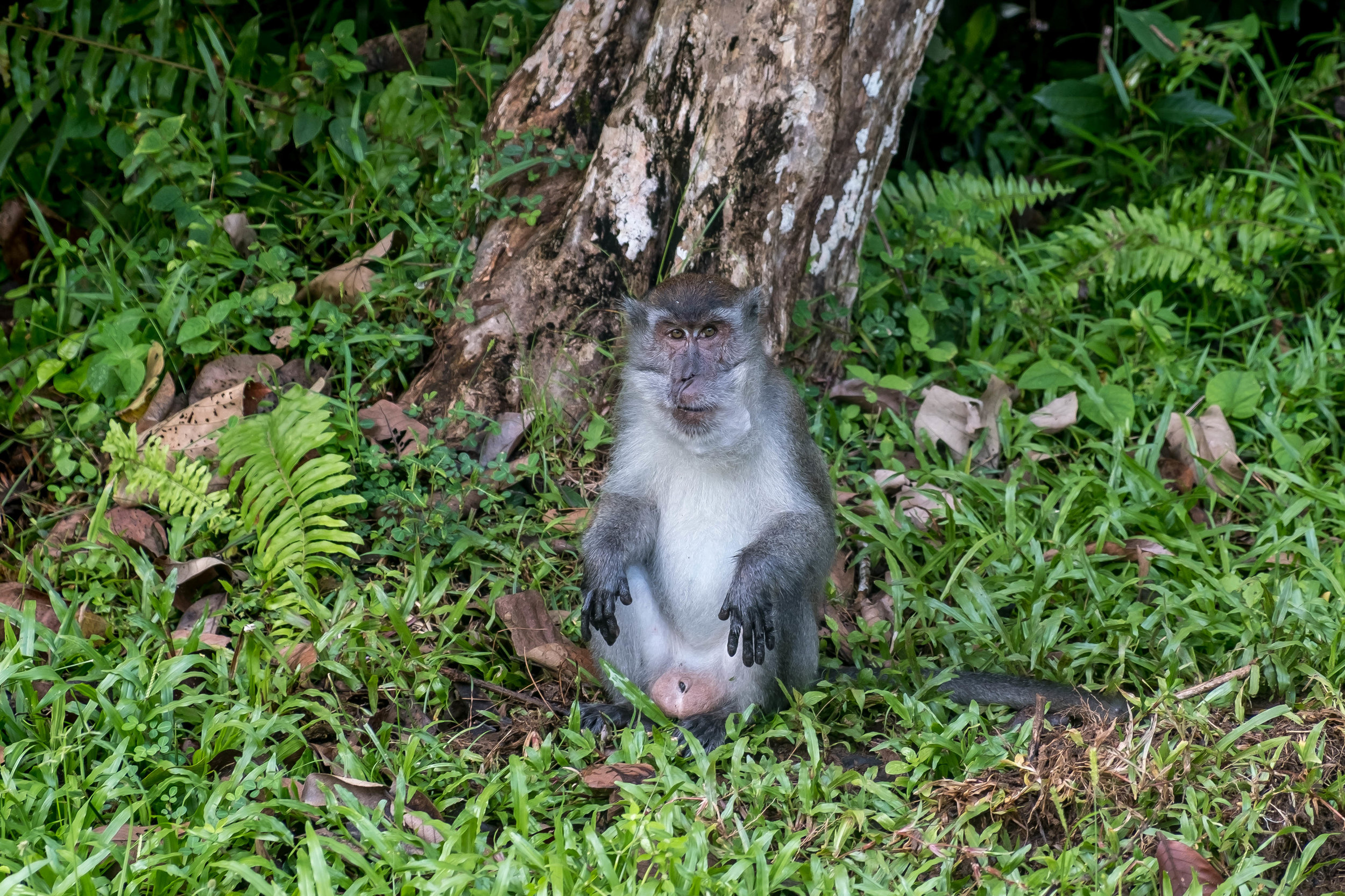
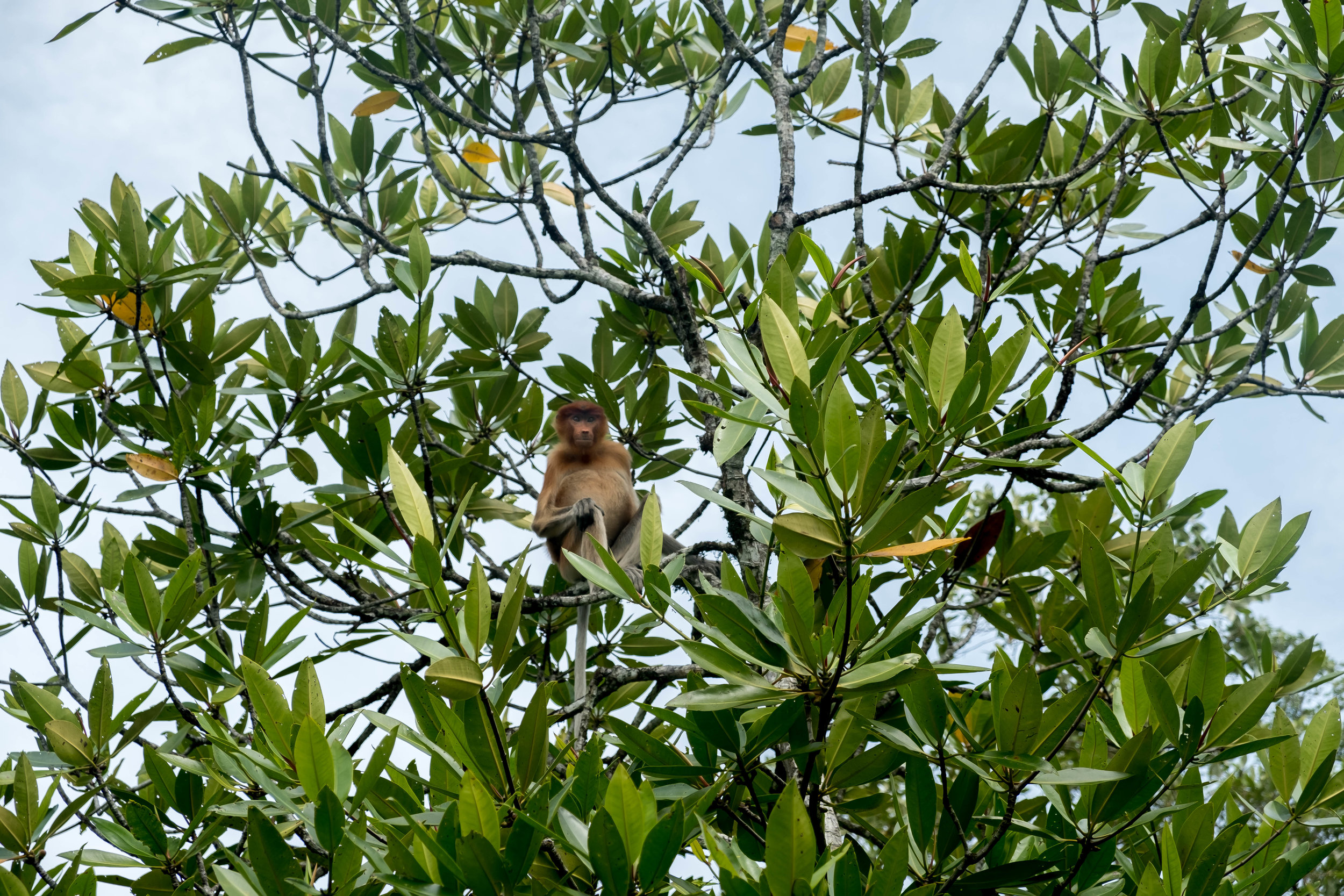
Kinabatangan River
The Kinabtangan River is hands down one of the best places to visit in Borneo for wildlife. Little riverboat excursions up and down the river bring you close to many different animals. The chance of seeing wildlife is high because of the growing Chinese palm farms that are slowing replacing all the jungle. As the palm farms grow the animals get pushed into smaller areas to live, bringing them closer to the river and not allowing them to travel very far awhile.
Sunrise through the fog on the Kinabatangan River
During my first boat trip I saw more Proboscis monkeys, pig-tailed macaque, silver leaf monkeys, monitor lizards, crocodiles, piebald and wrinkled hornbills, several different kingfishers, other birds, one huge wild boar, and long-tailed macaque. Unlike the long-tailed macaque I had encountered before around the world, seeing them truly in the wild, without familiarity with the food people bring, they were incredibly more docilely behaved. Unfortunately, I was not equipped with a telephoto lens to capture the wildlife around me.
Baby Long-tailed Macaque
Silver Leaf Monkeys
Sparrows with nests on the side of a cliff
Elephant poop - the closest I came to finding them
On the second boat trip we went on a longer excursion in hopes of finding the famous pygmy elephants of Borneo. After hours of searching up the river, stopping to talk to locals, jumping out of the boat to follow tracks multiple times, we never got the chance to see one. On the brighter side, we spotted a mother and baby orangutan with another adolescent in the trees above us. It was a much different experience than seeing one in a wildlife center. It was definitely a highlight getting to see an orangutan in the wild.
Orangutan mother and child
Diving in Borneo
One of the best scuba diving spots in Malaysia is off the coast of Semporna. The most famous island, Sipadan, is well known for various species of sharks, green and hawksbill turtles, and the occasional eagle and manta rays. The nearby islands of Mabul and Kapalai are meccas for macro marine life, underwater creatures that are smaller than a quarter and require a keen eye to spot. Without the help of my dive master I would never have seen them at all, and they were much too small to capture with my GoPro.
Here’s a video recap of my diving off Semporna:
Brunei
Traveling overland from Sarawak to Sabah you have to go through Brunei Darussalam. Honestly, there isn’t too much going on. There are some beautiful mosques and Kampong Ayer, the water village that houses roughly 10% of the country’s population. Beyond that I can’t say much about Brunei. If you are traveling across east Malaysia I believe Brunei is worth a stop. It has an interesting mix of ethnicities in the city and the mosques look just as fantastic at night as they do during the day.
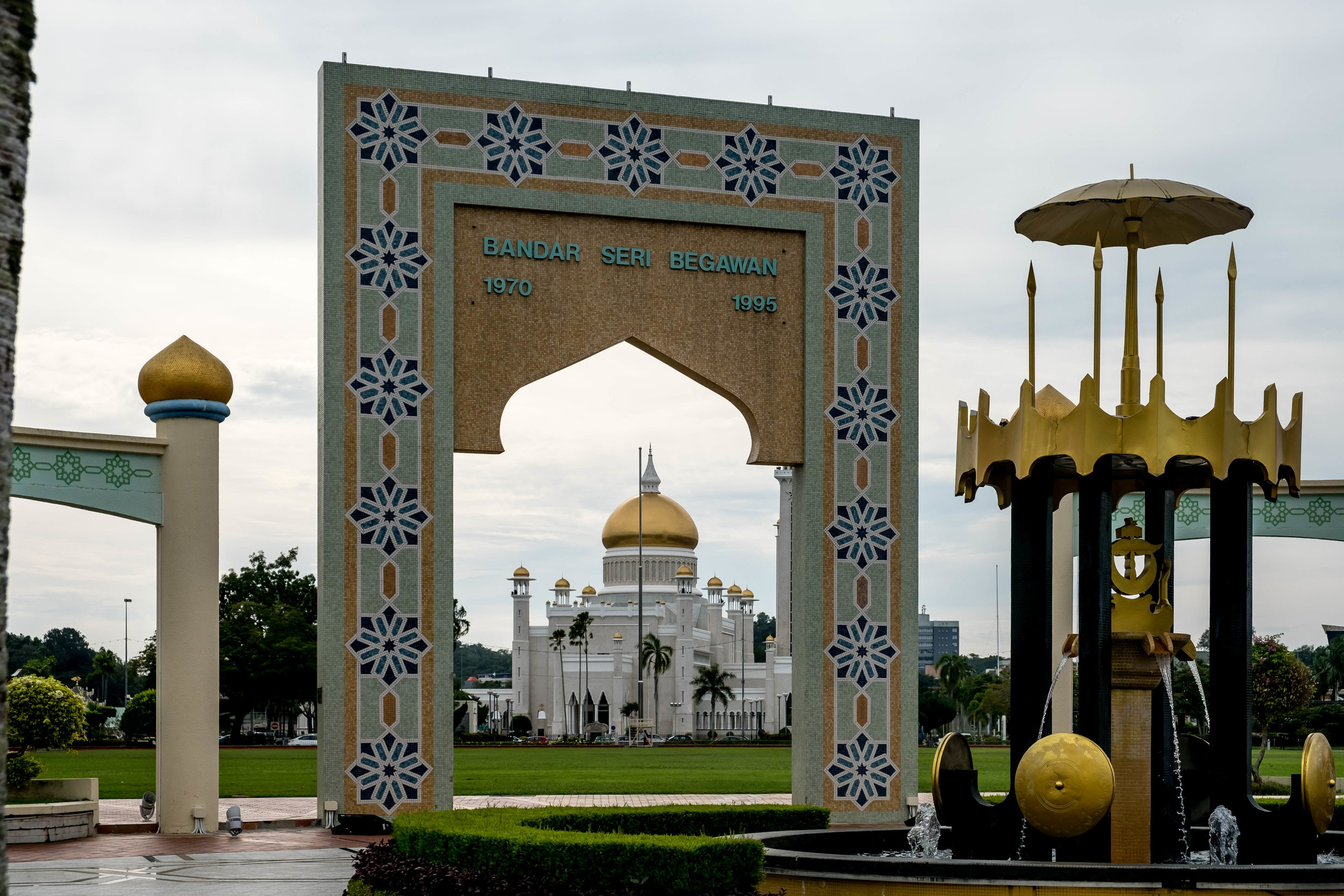
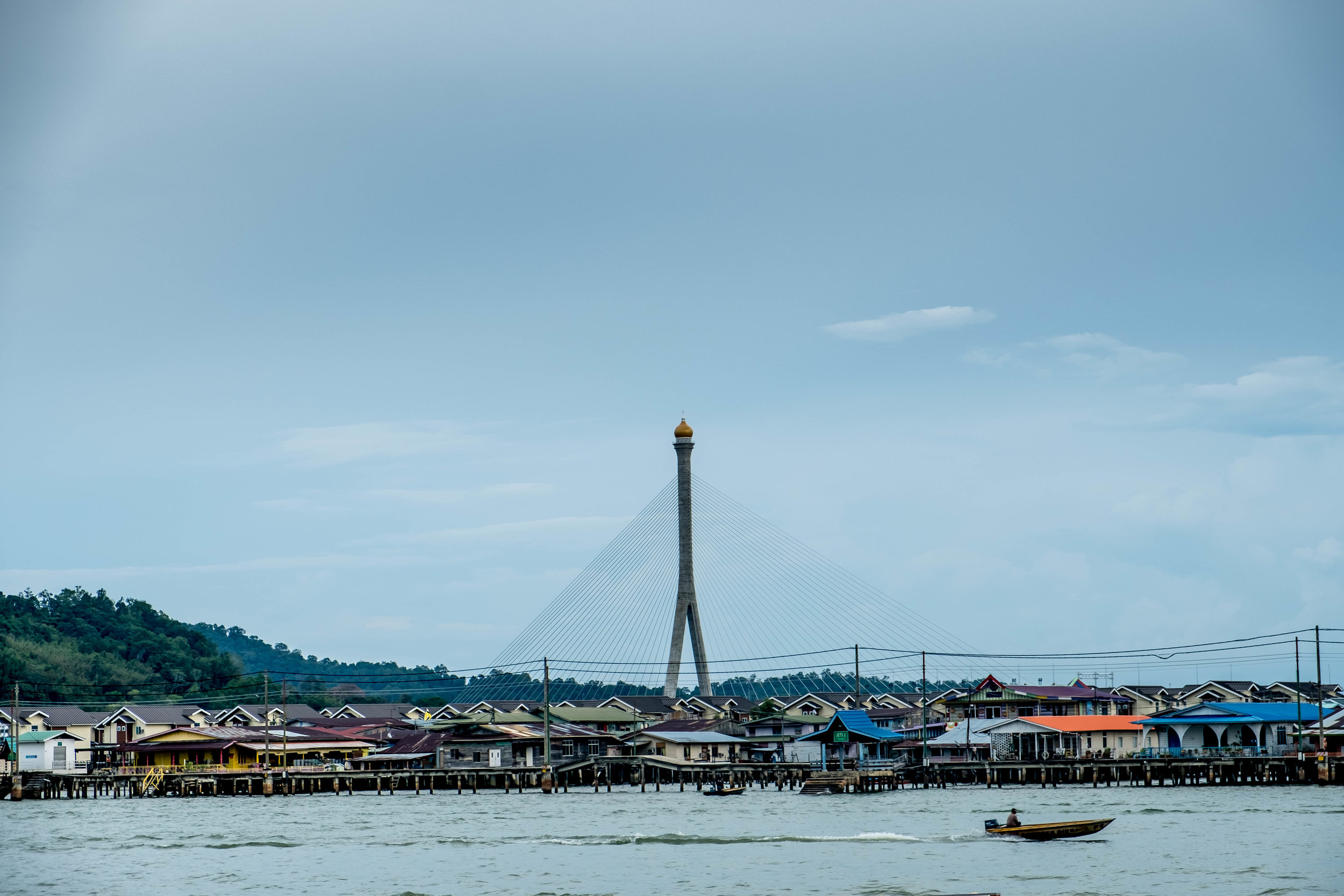
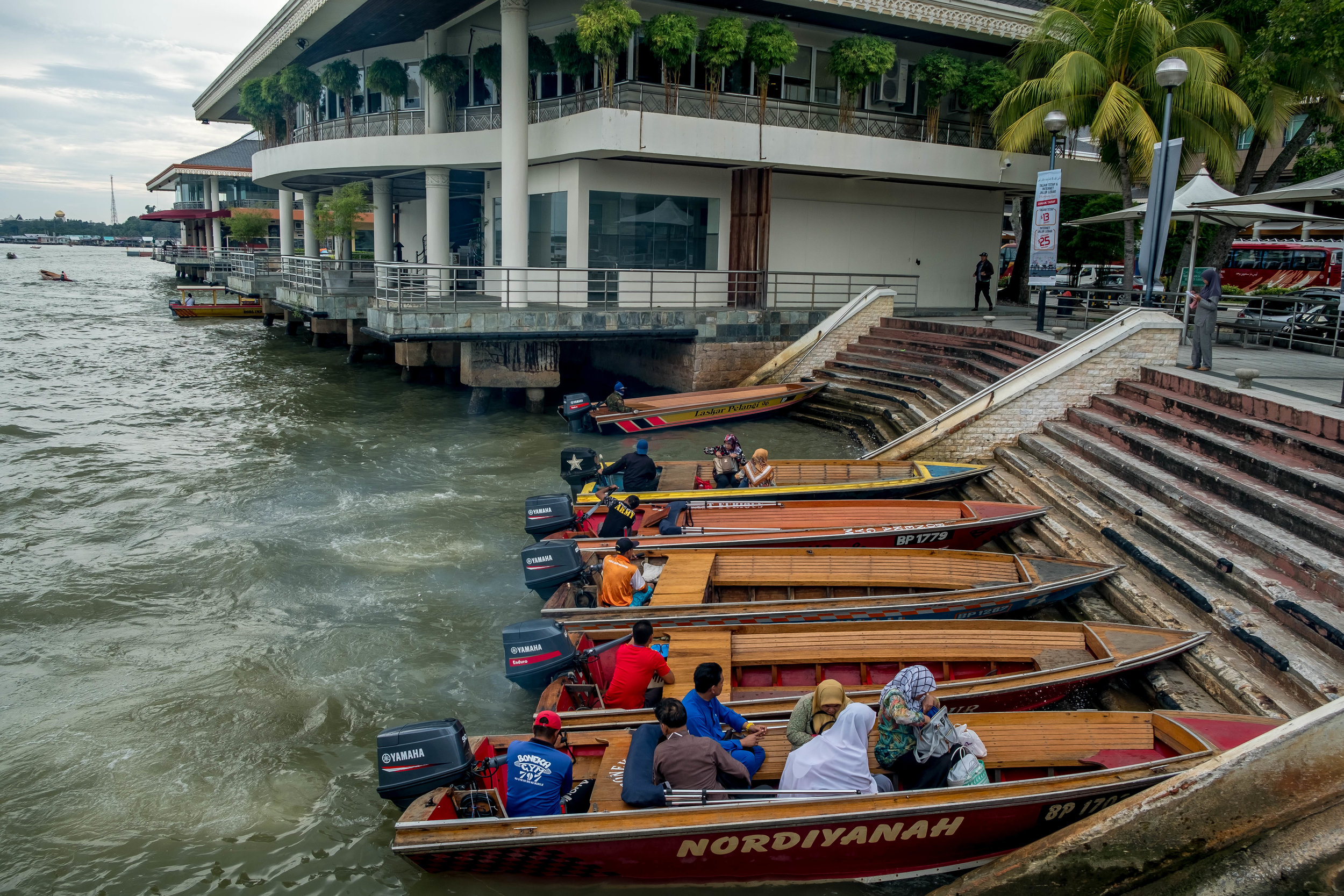
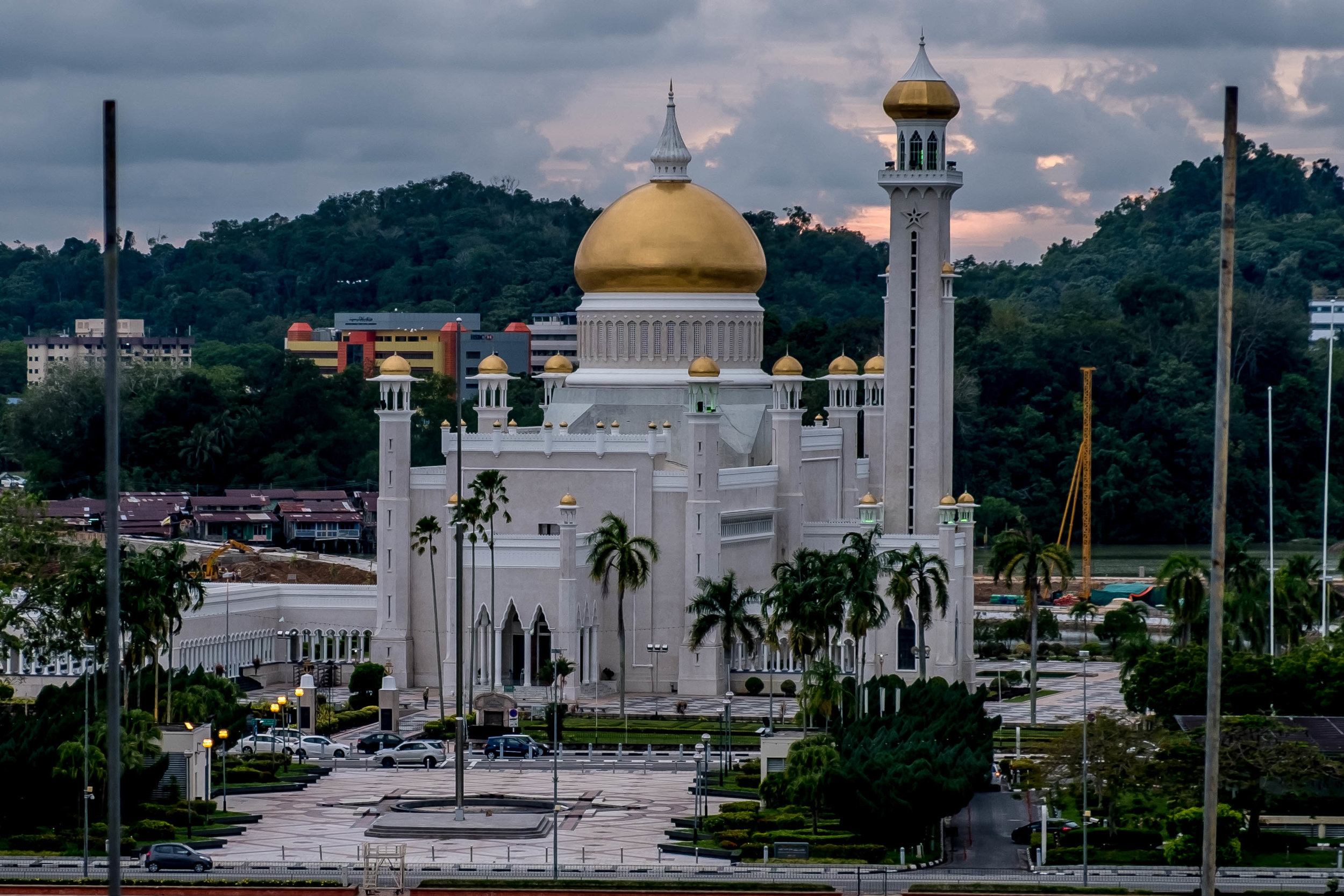
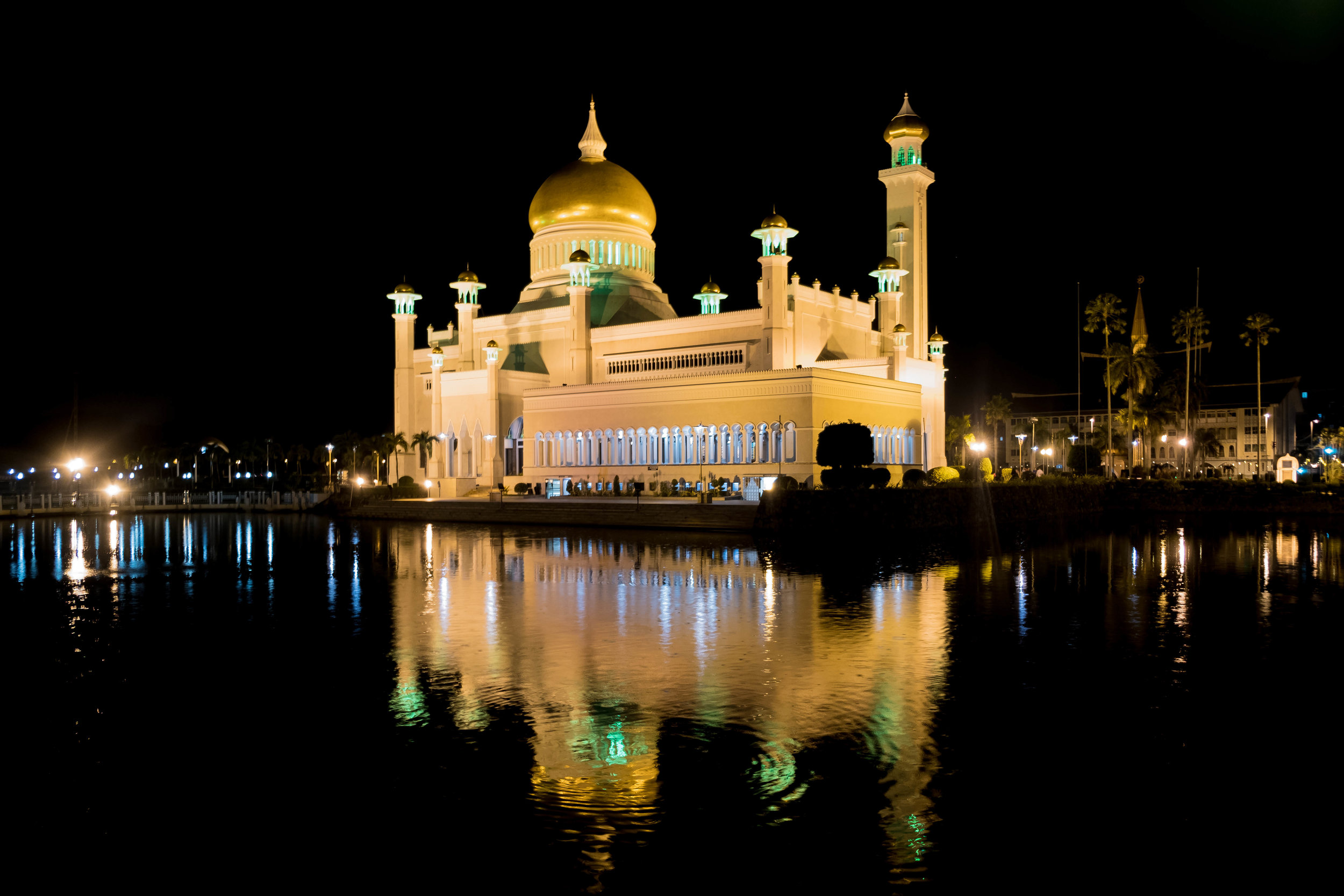
Barefoot Grandmother Solar Engineers
While I was in Kota Kinabalu, I got the opportunity to head to the village of Sungai Magadai with SWEPA (Sabah Women’s Entrepreneur and Professional Association). The organization had previously funded a few women from the village to attend a six-month course in India to learn solar engineering.
Village of Sungai Magadai
Known as the Barefoot College, the Social Work and Research Centre was founded in 1972 in the village of Tilonia, Rajasthan. The school provides education for people who earn far less than $1 a day and its student base is primarily female. With the help of SWEPA, three women from Sabah traveled to India to become students at the Barefoot College. After six months they returned to their villages with the knowledge to provide solar power to a region cut off from the rest of the country. With the help of SWEPA they are able to get the materials they need to provide solar energy for their village.
Two of the graduated students back in the village fixing a solar lamp
Getting to Sungai Magadai was an adventure in its own right. From Kota Kinabalu to Kota Marudu there is a two-hour car ride. From there you head into the jungle in 4x4 trucks. Depending on the condition of the muddy roads it can take anywhere from 4-8 to reach the village. It was a very inspiring journey to see the solar work completed by the “barefoot grandmothers” and how SWEPA continues to work to provide funding for solar materials and hopefully send more women to learn in the future.
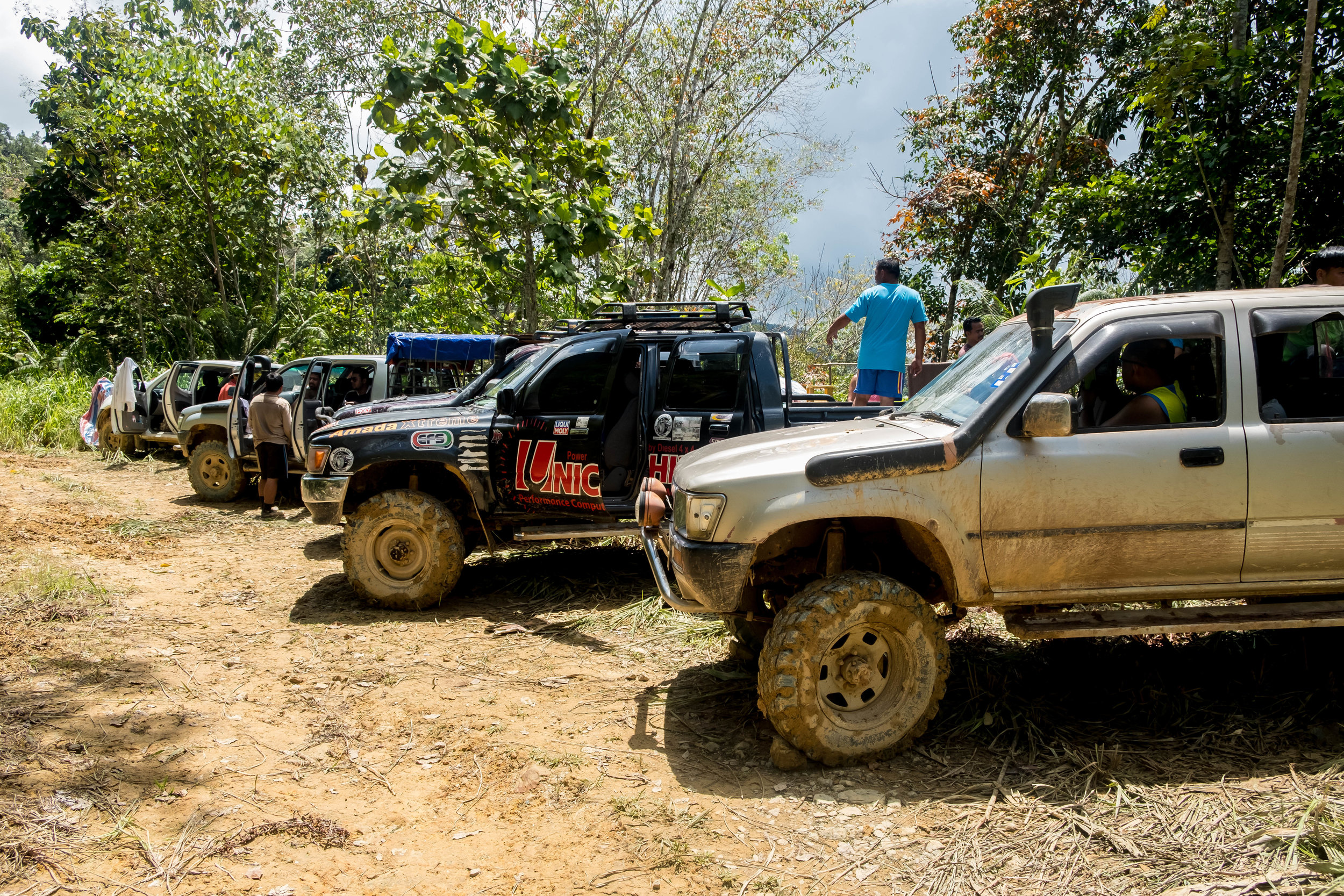
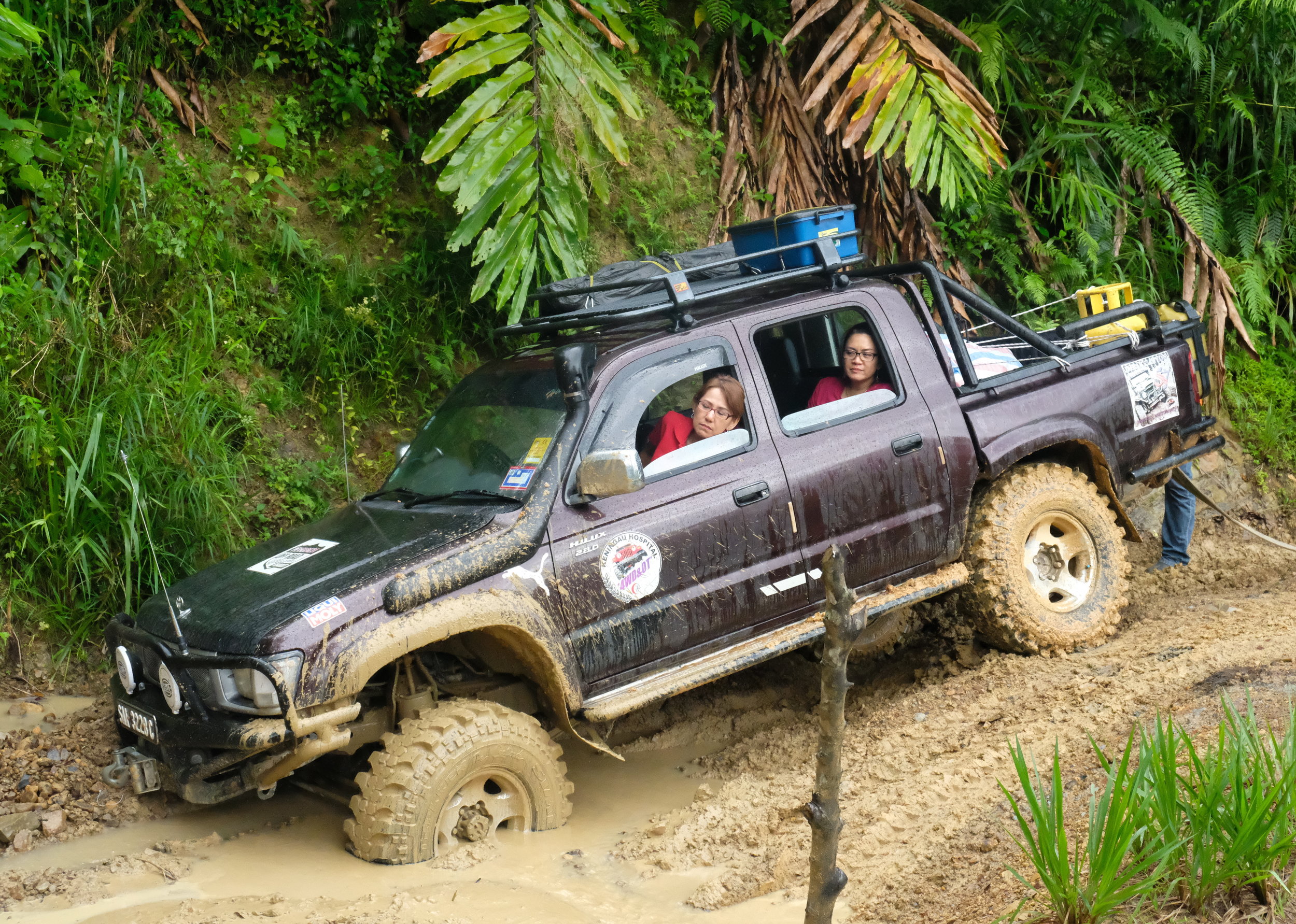
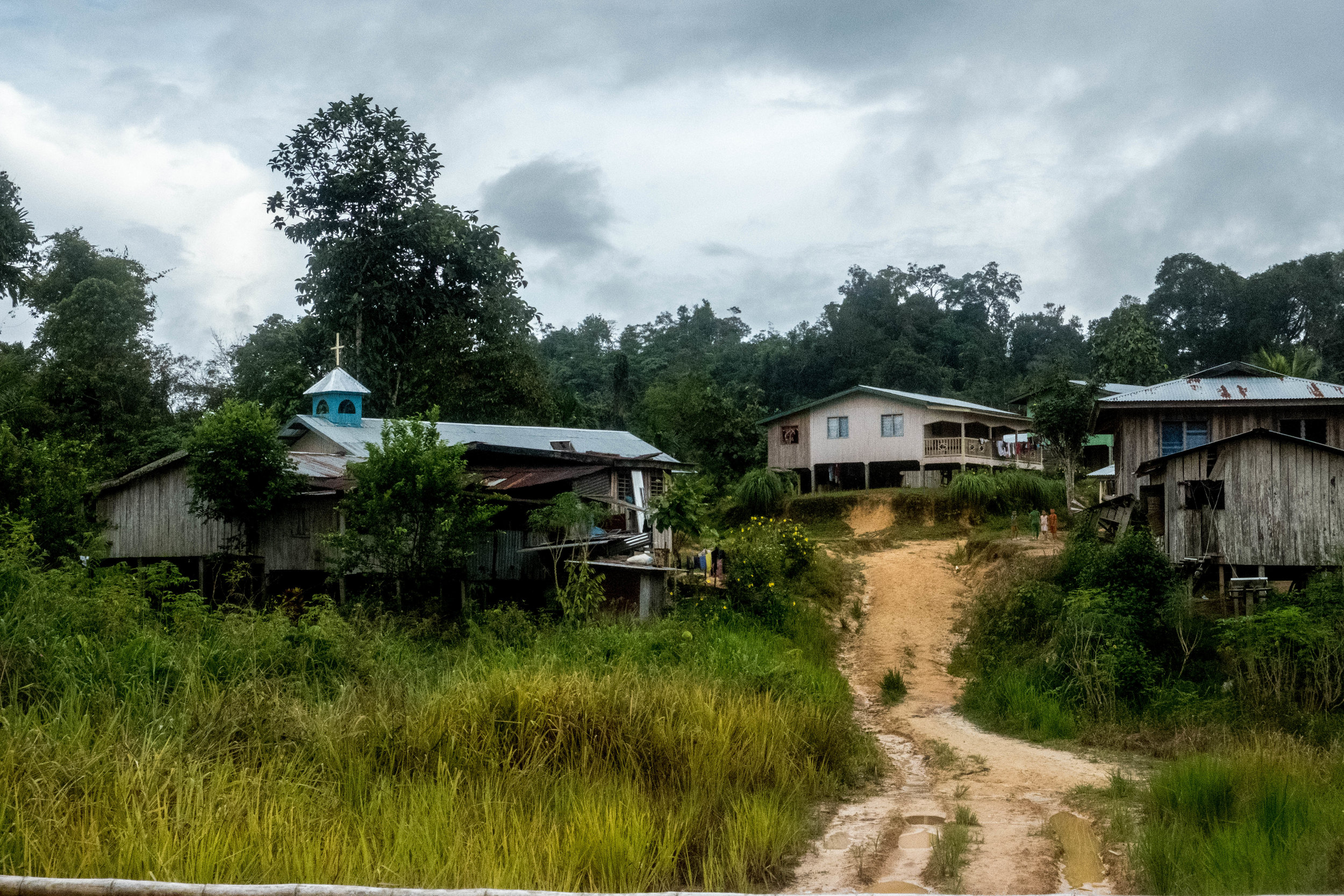
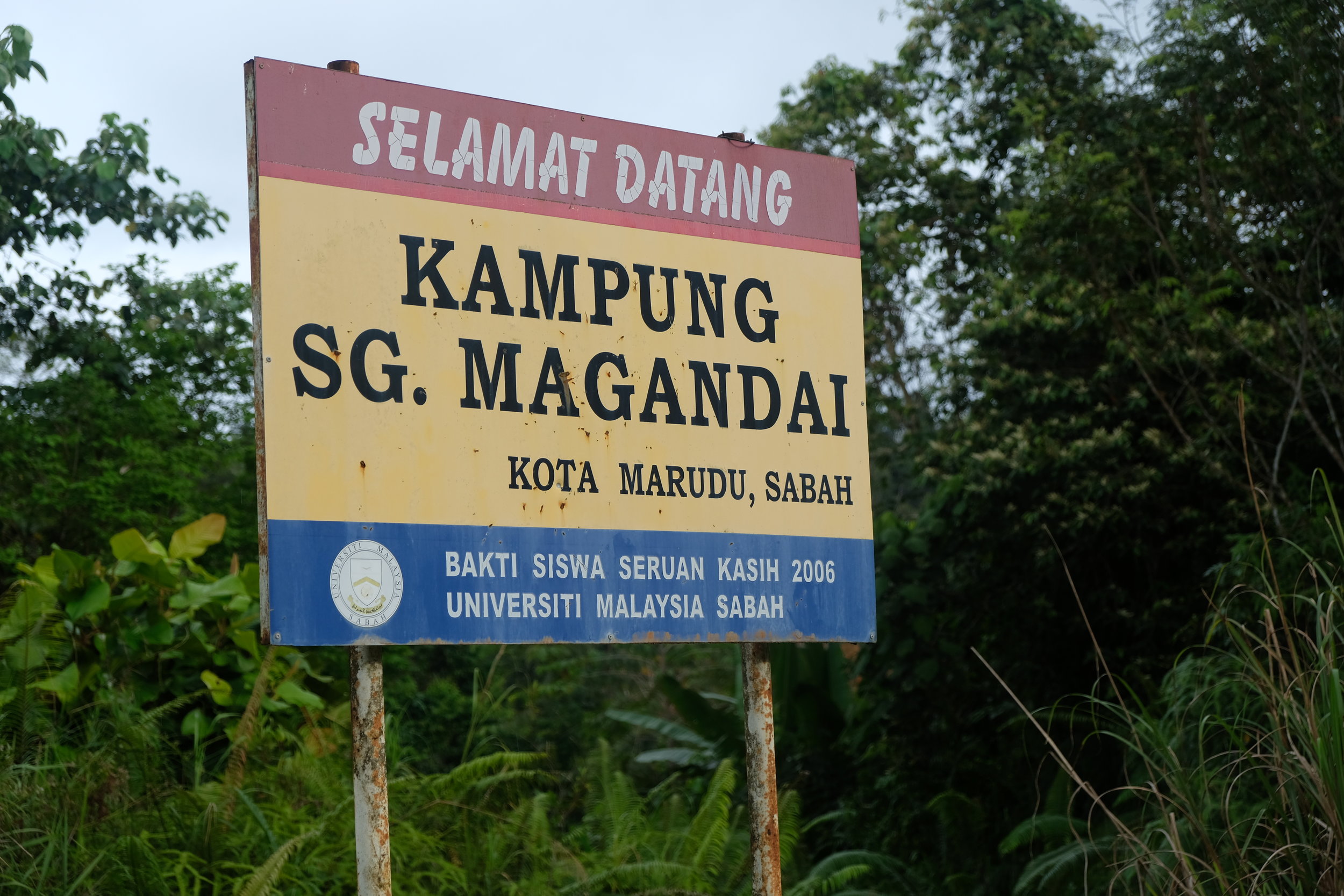
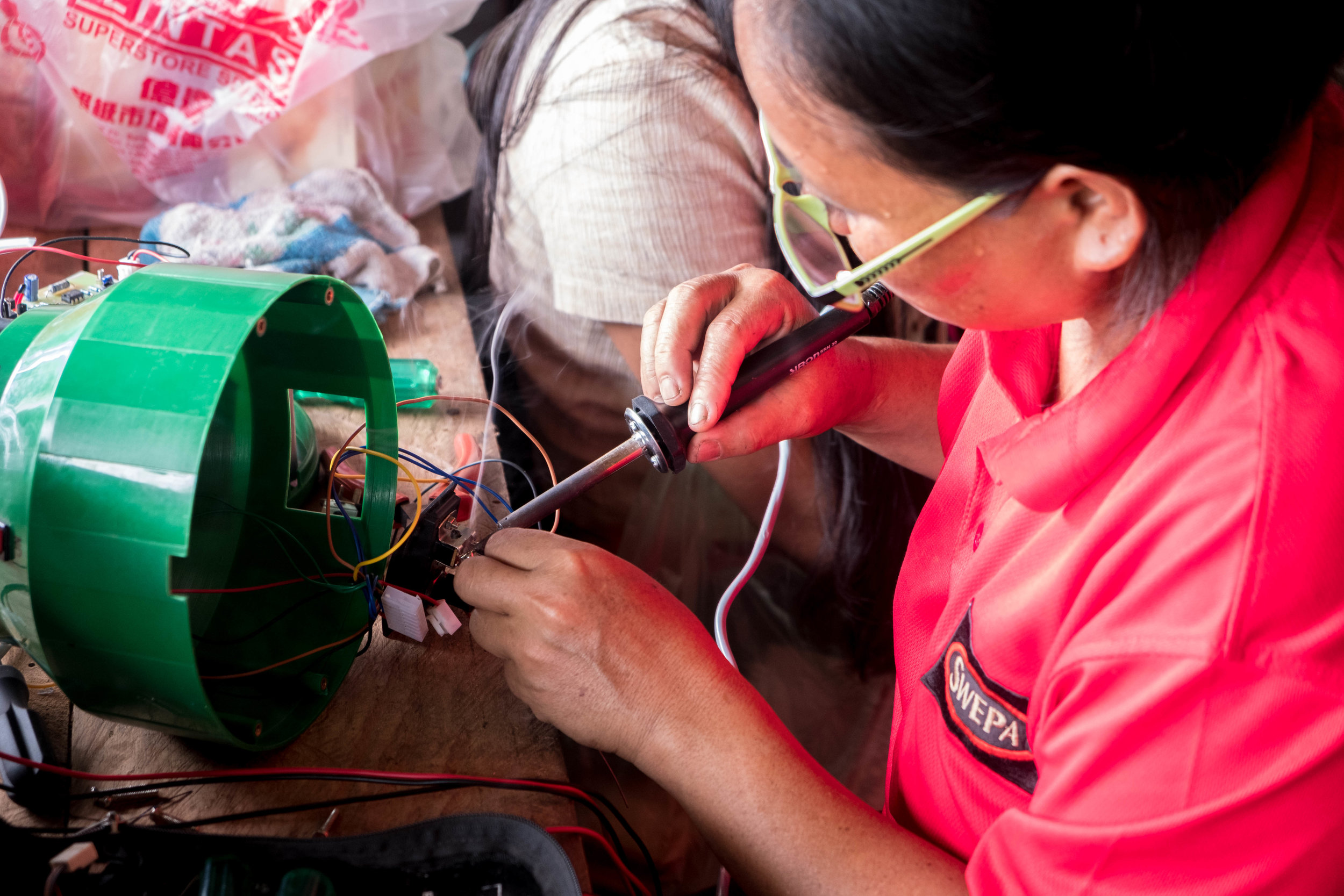
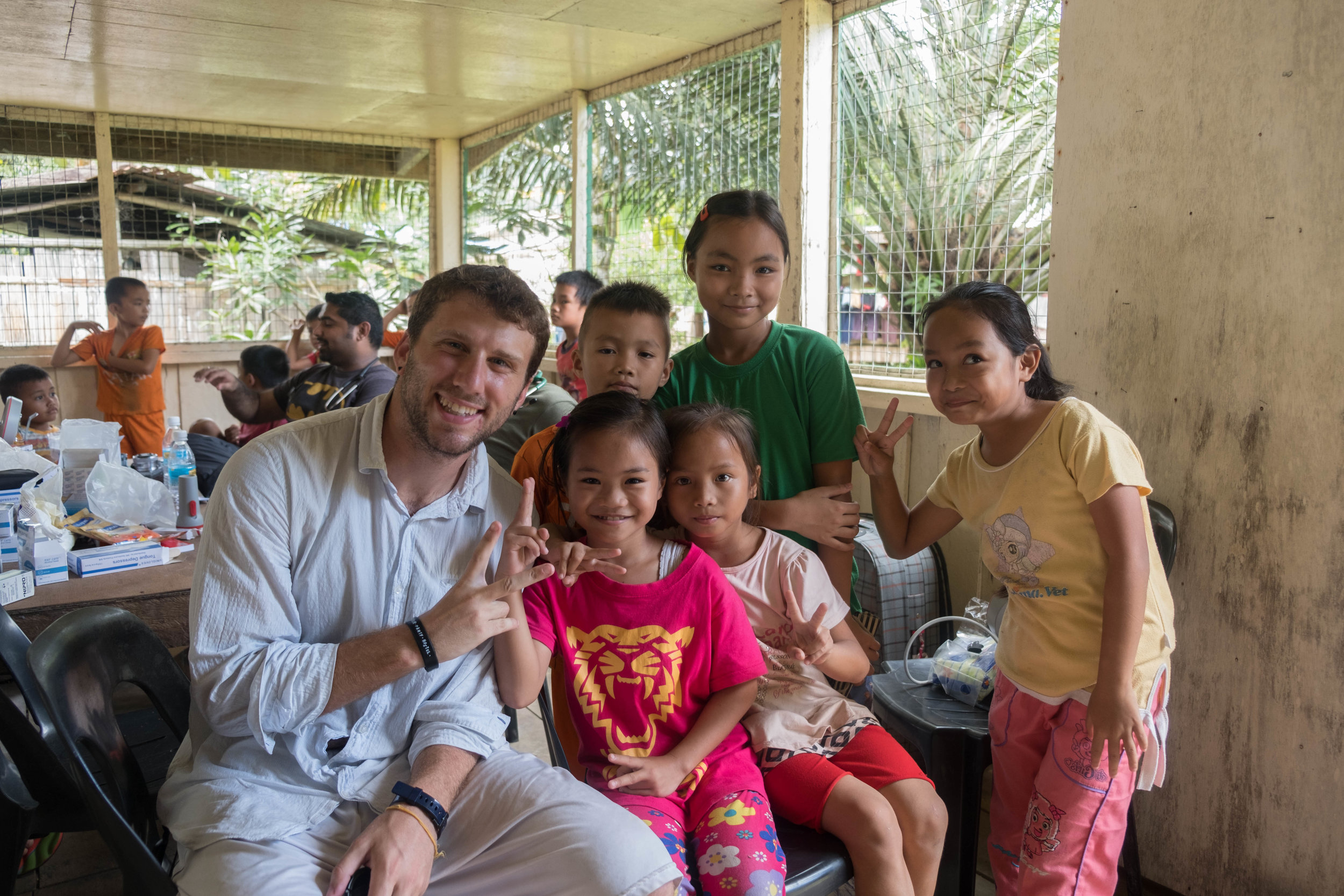
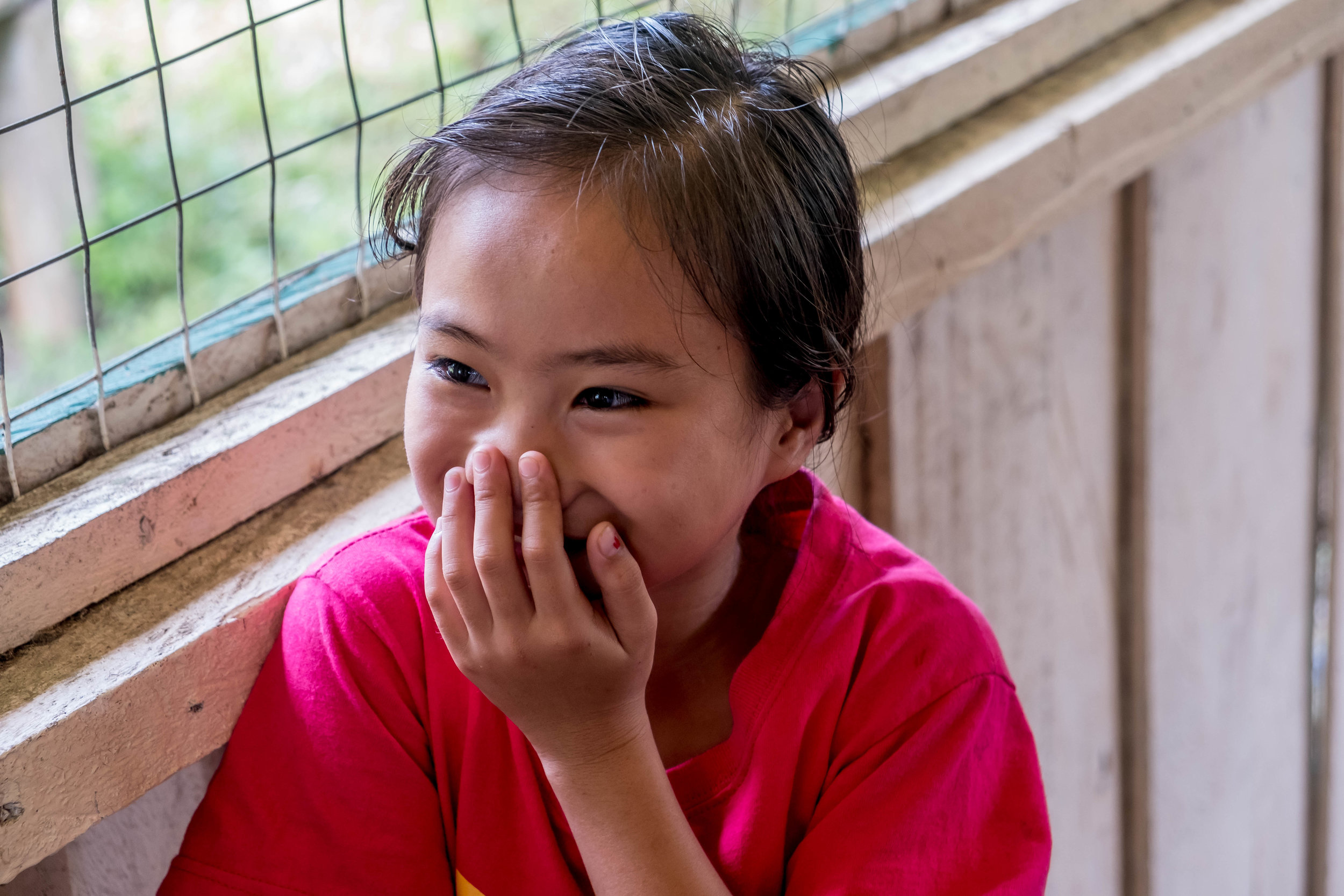
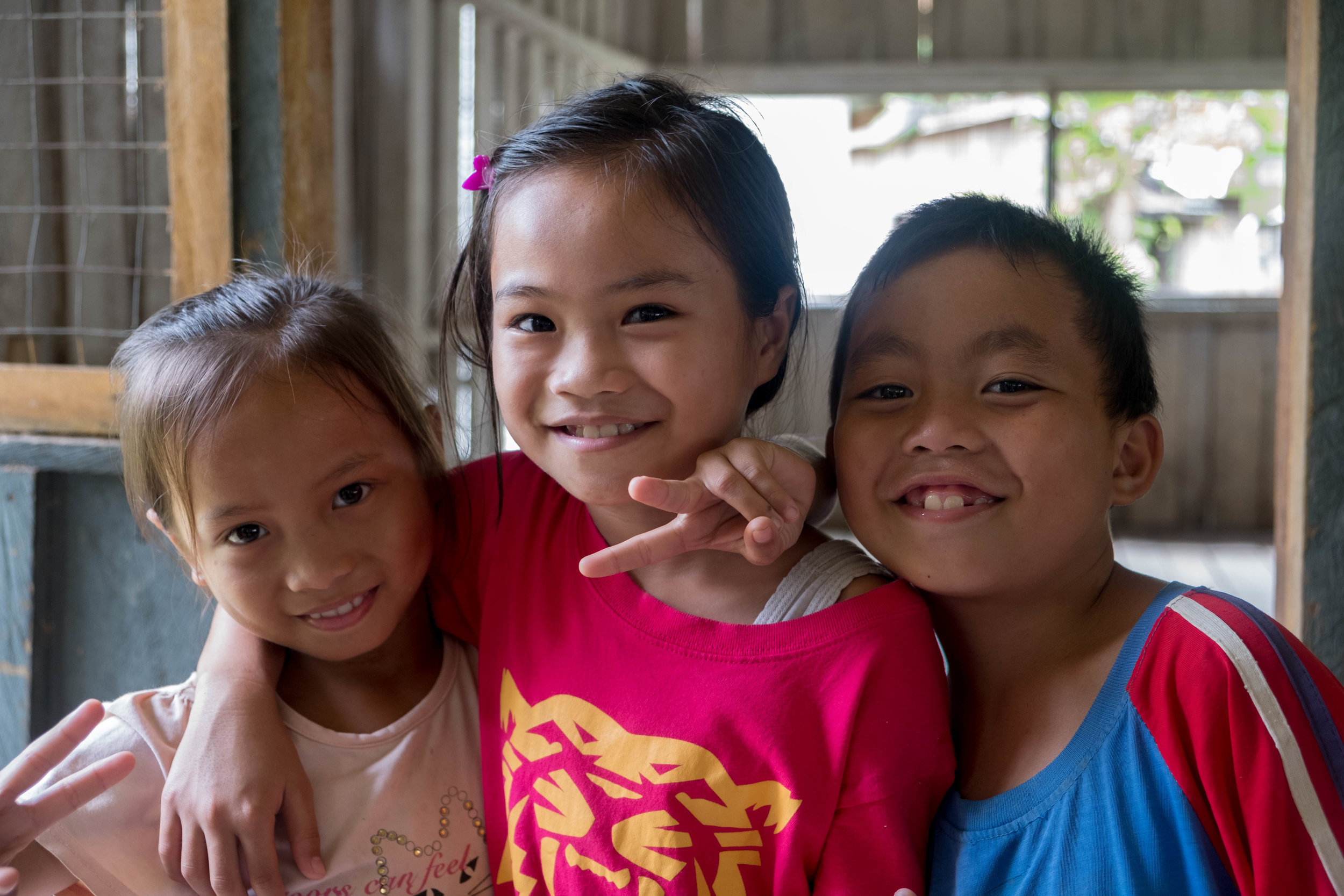
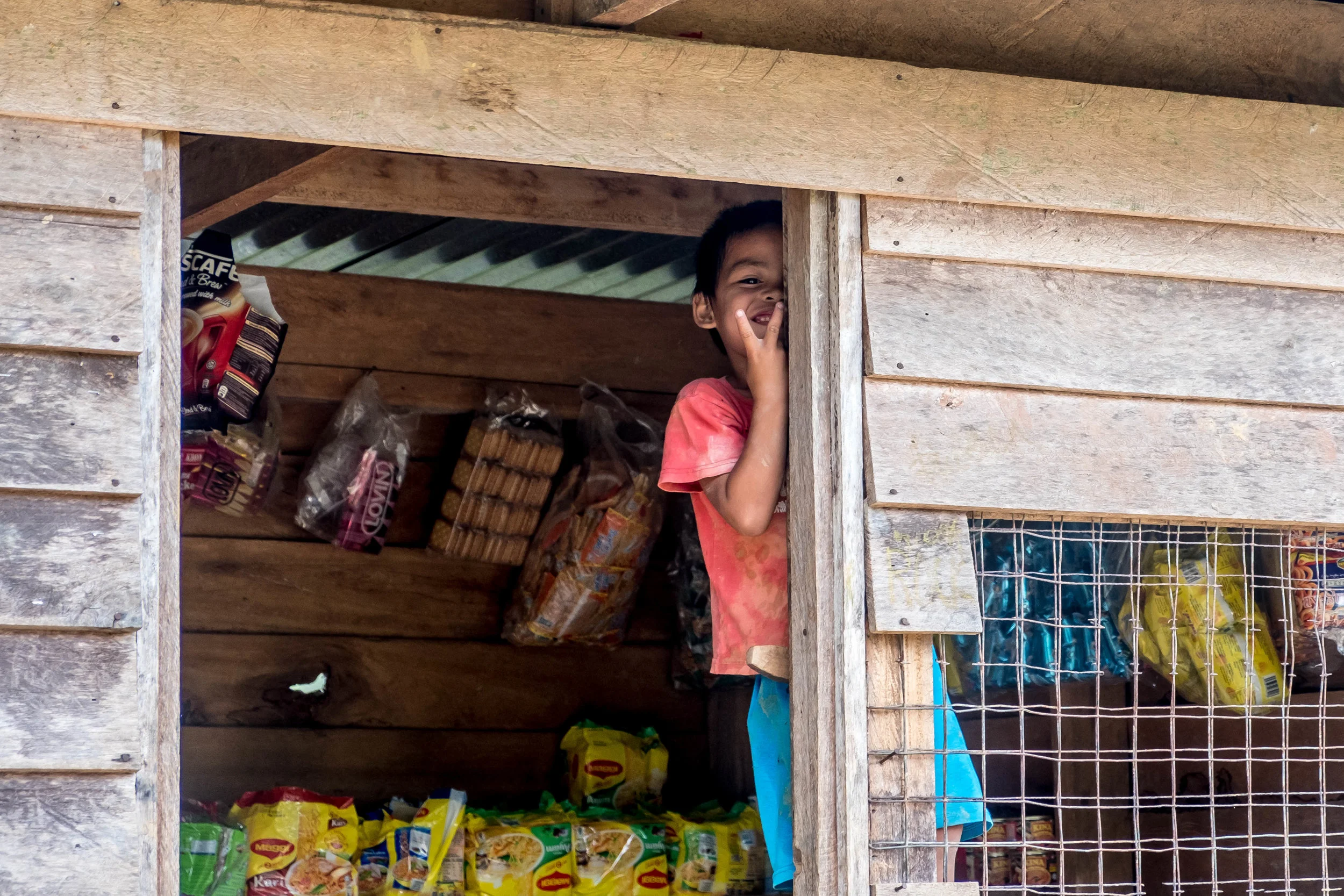
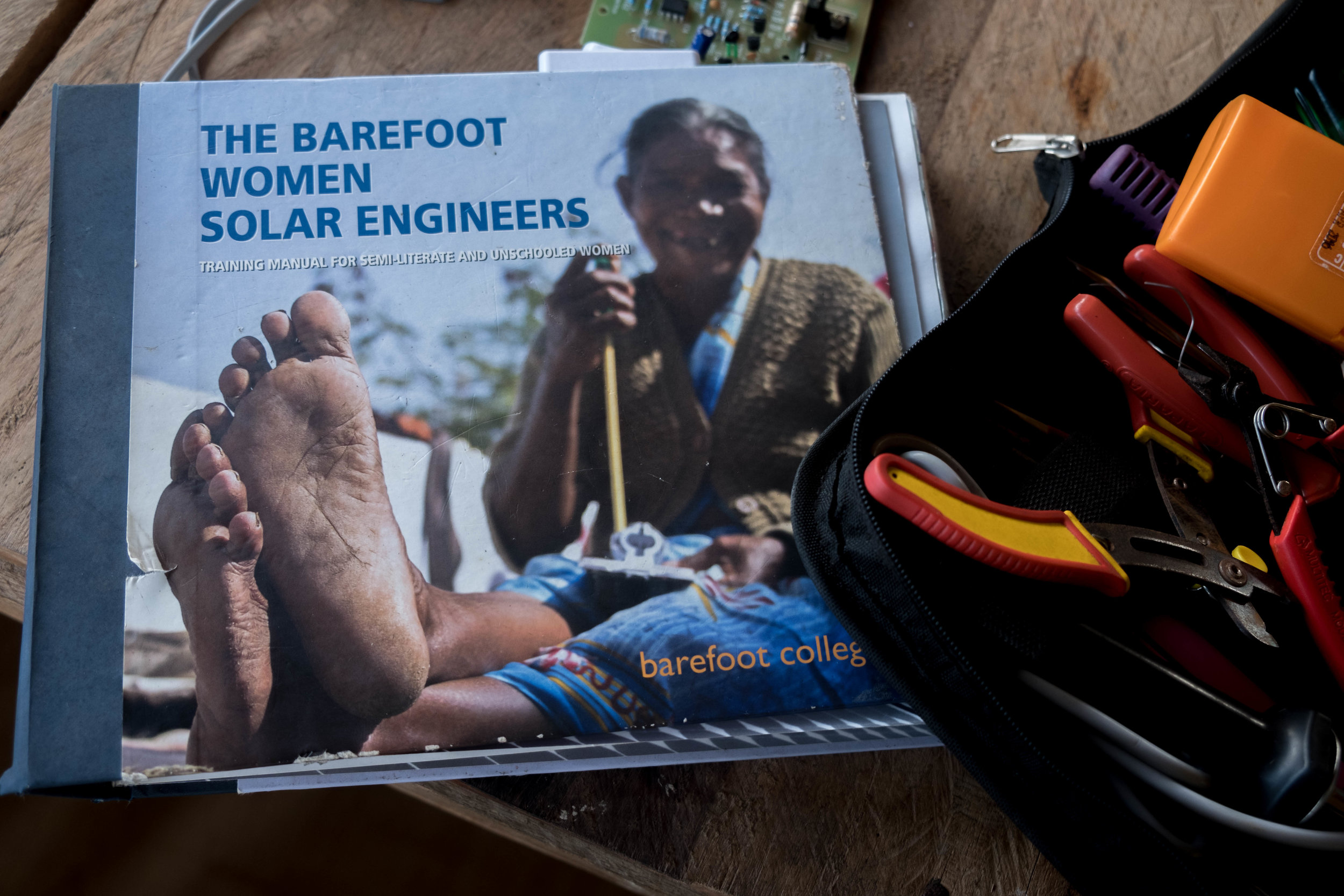

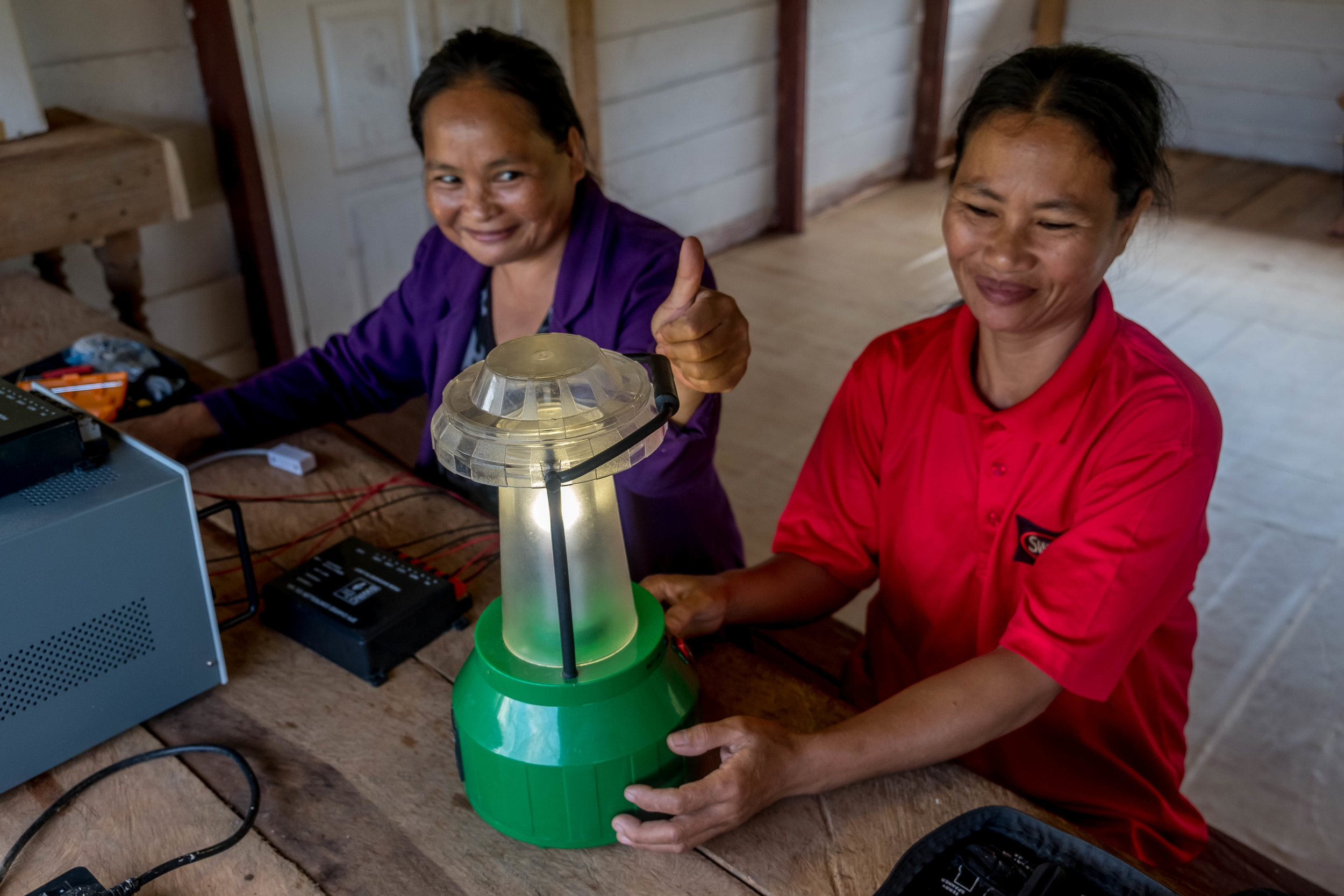
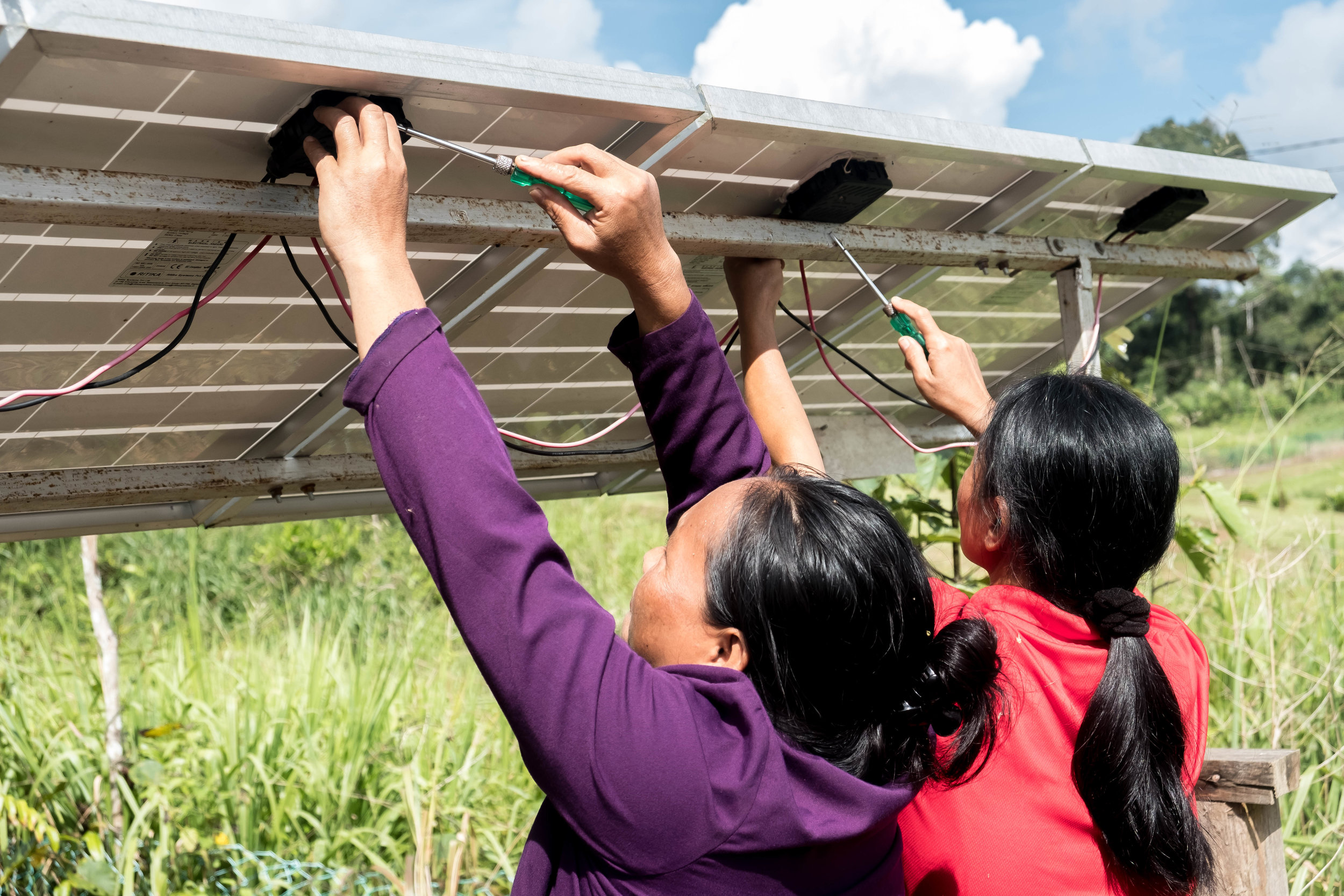
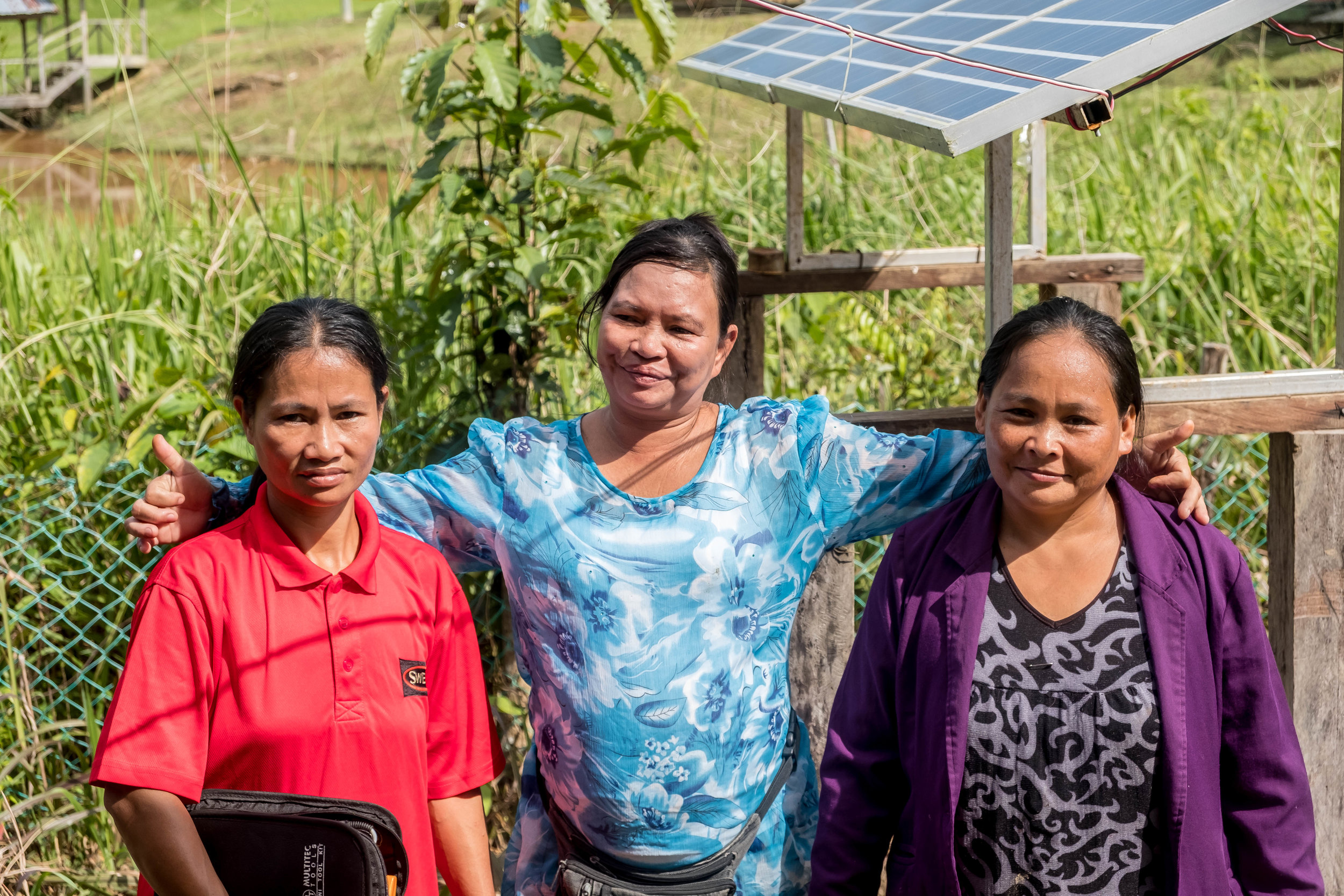
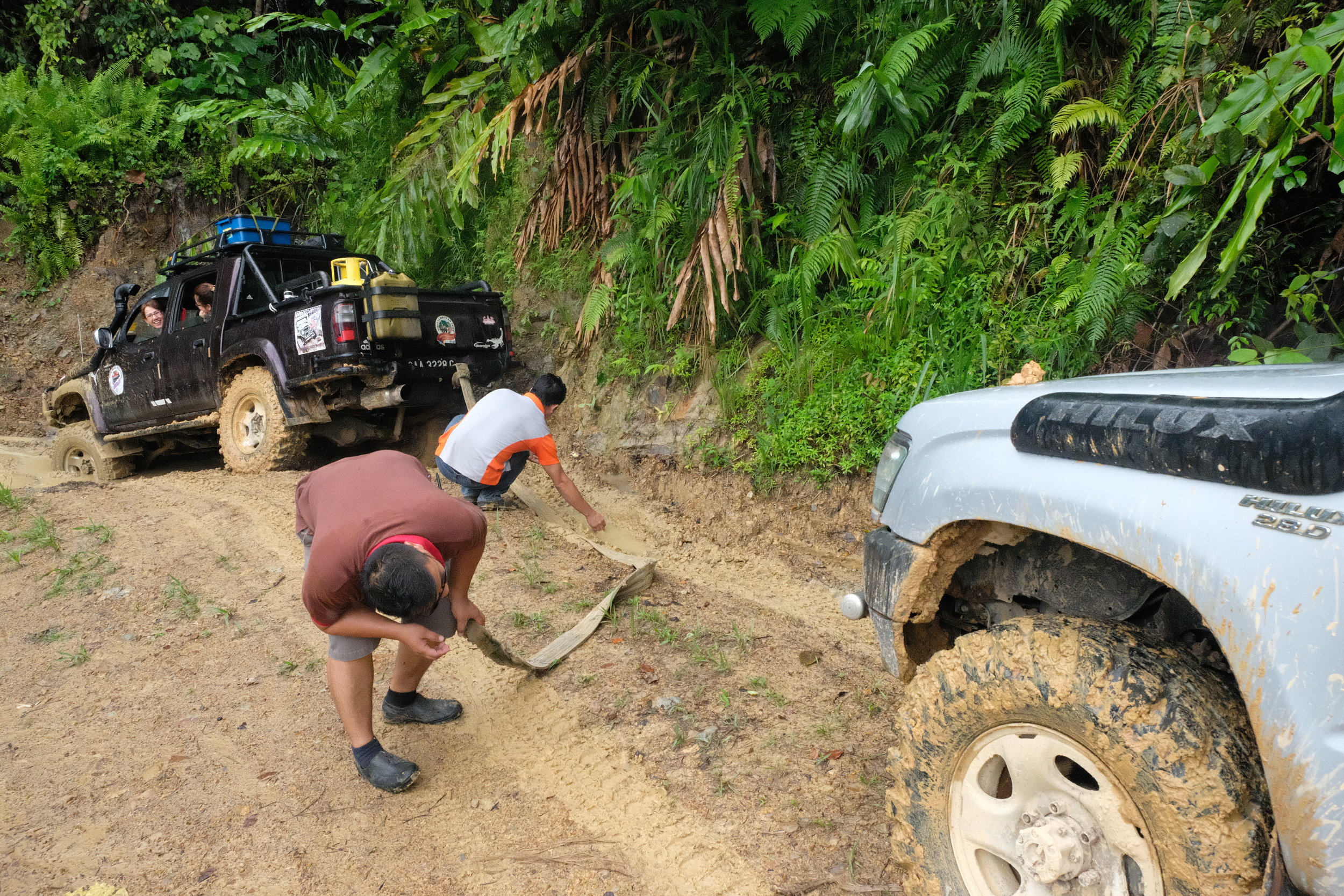
Sunset of Kota Kinabalu
Kota Kinabalu Sunset
Kota Kinabalu has some of the most consistent beautiful sunsets of anywhere I have been in the world. Enjoy the beauty and some other shots from around Borneo.
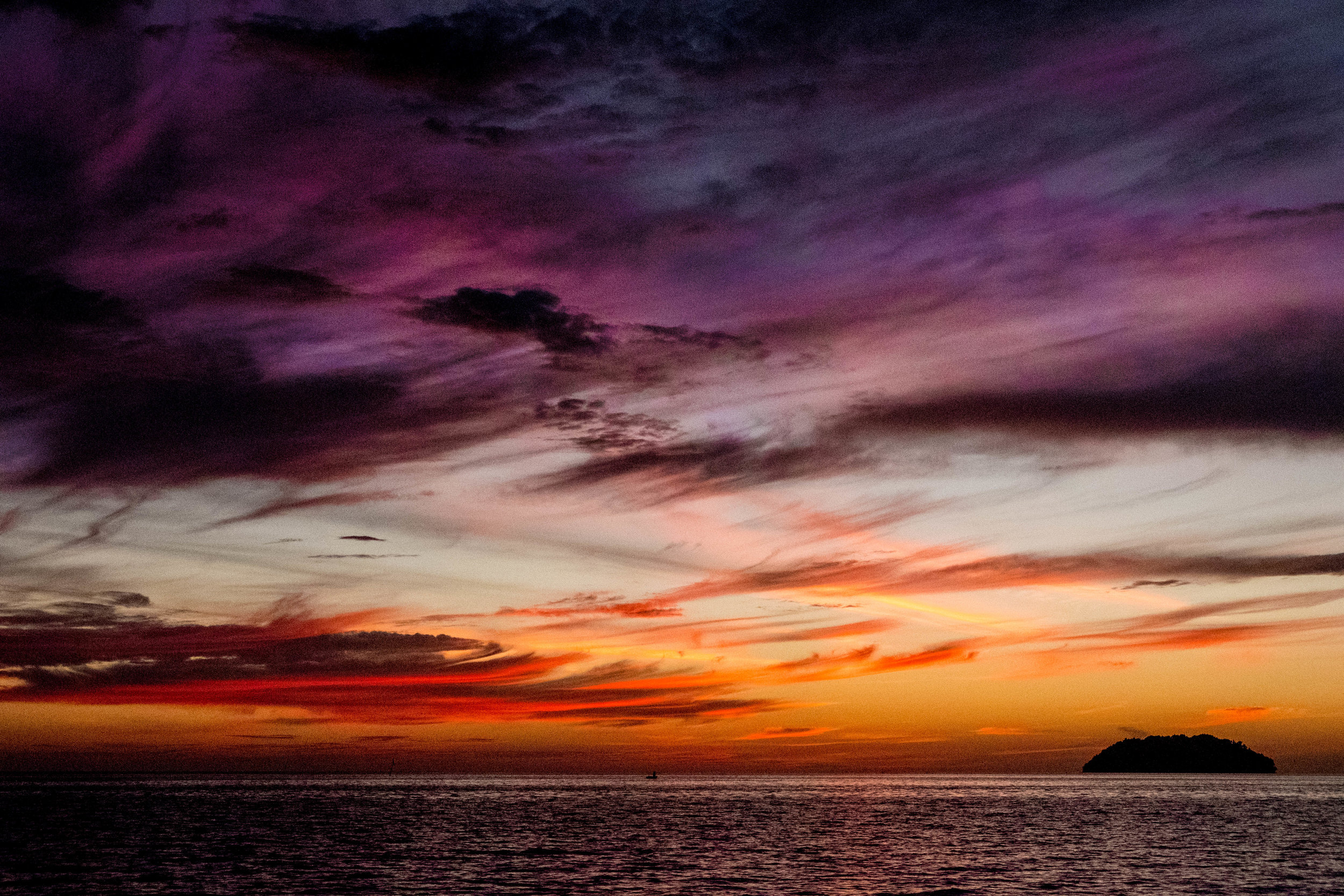


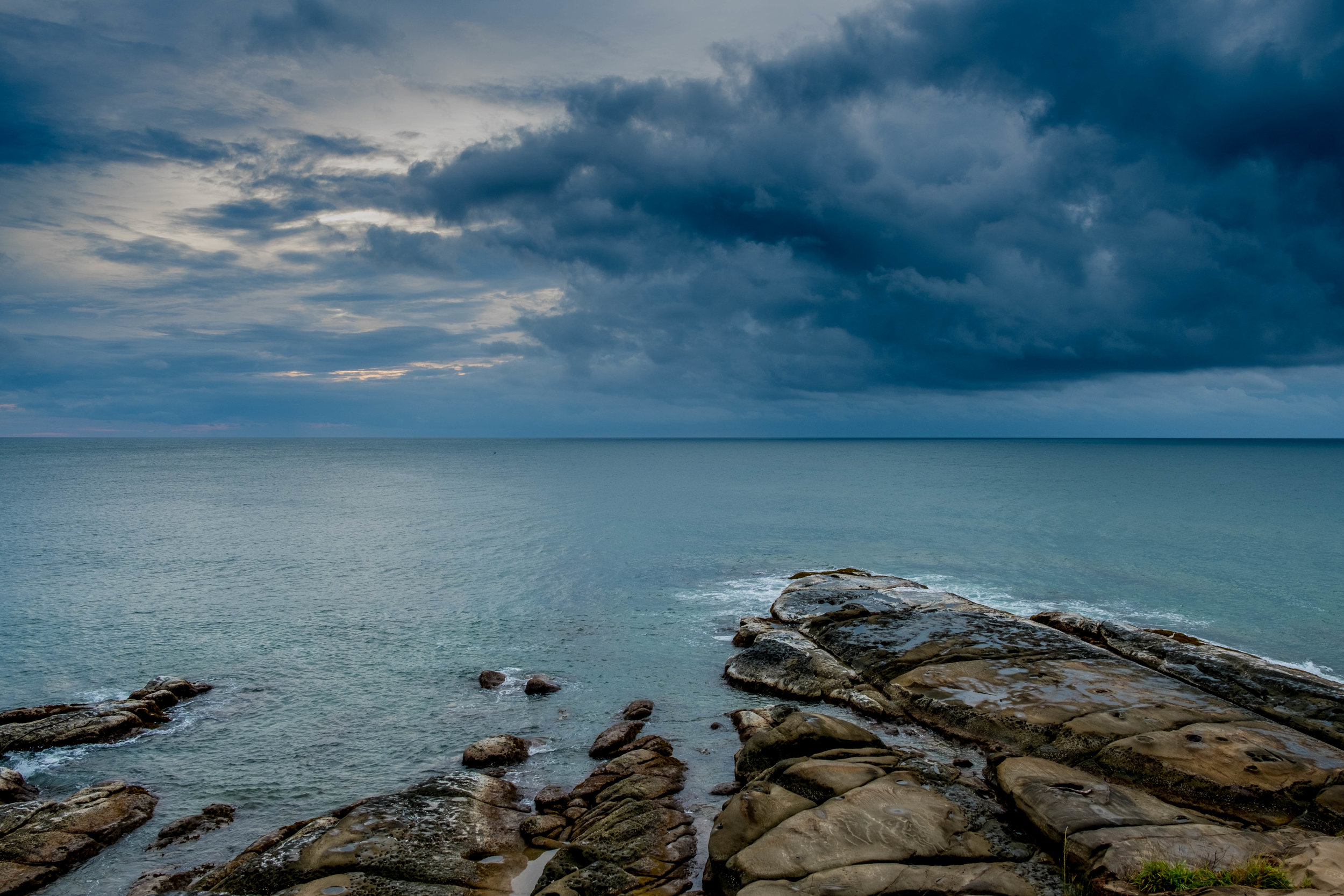
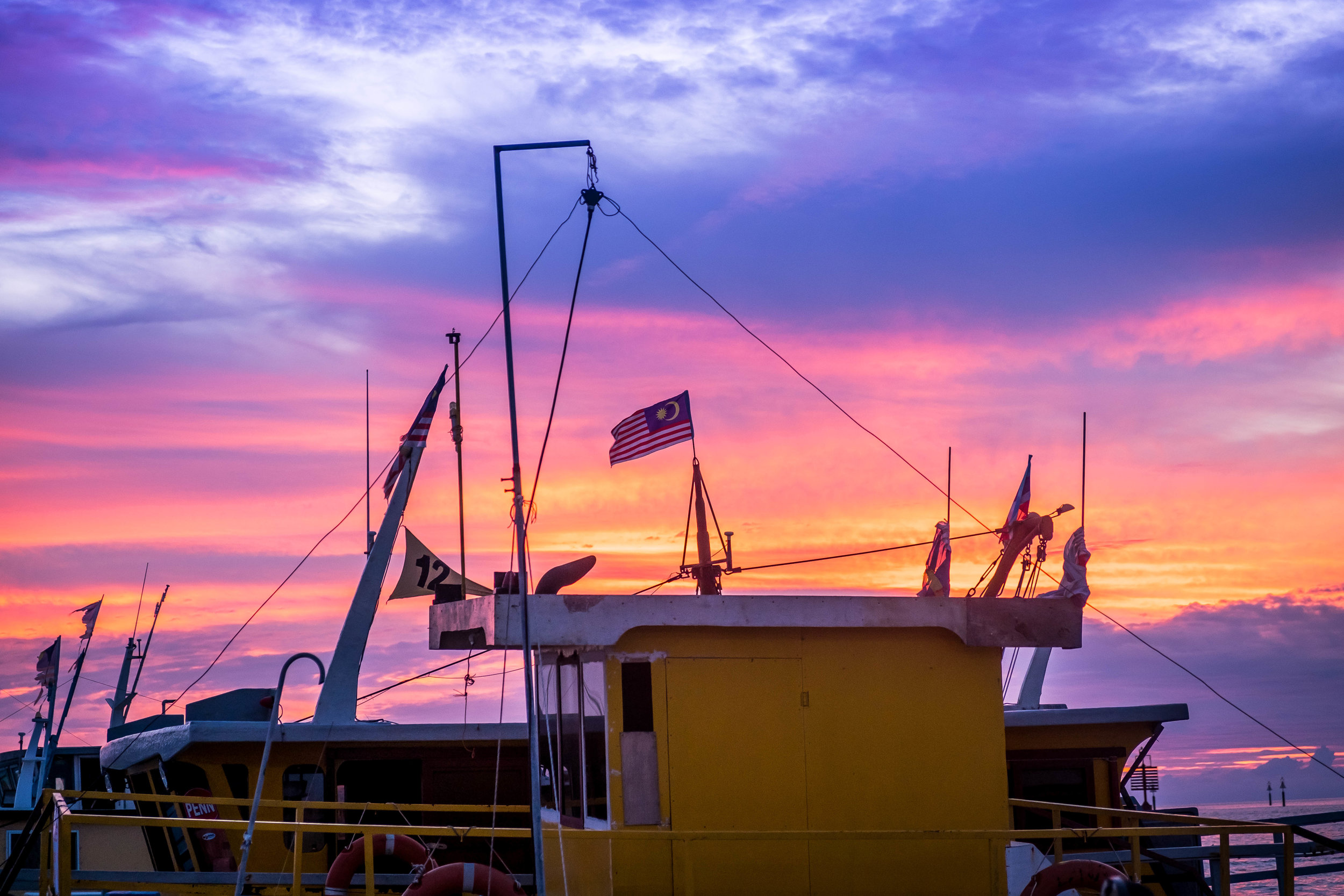
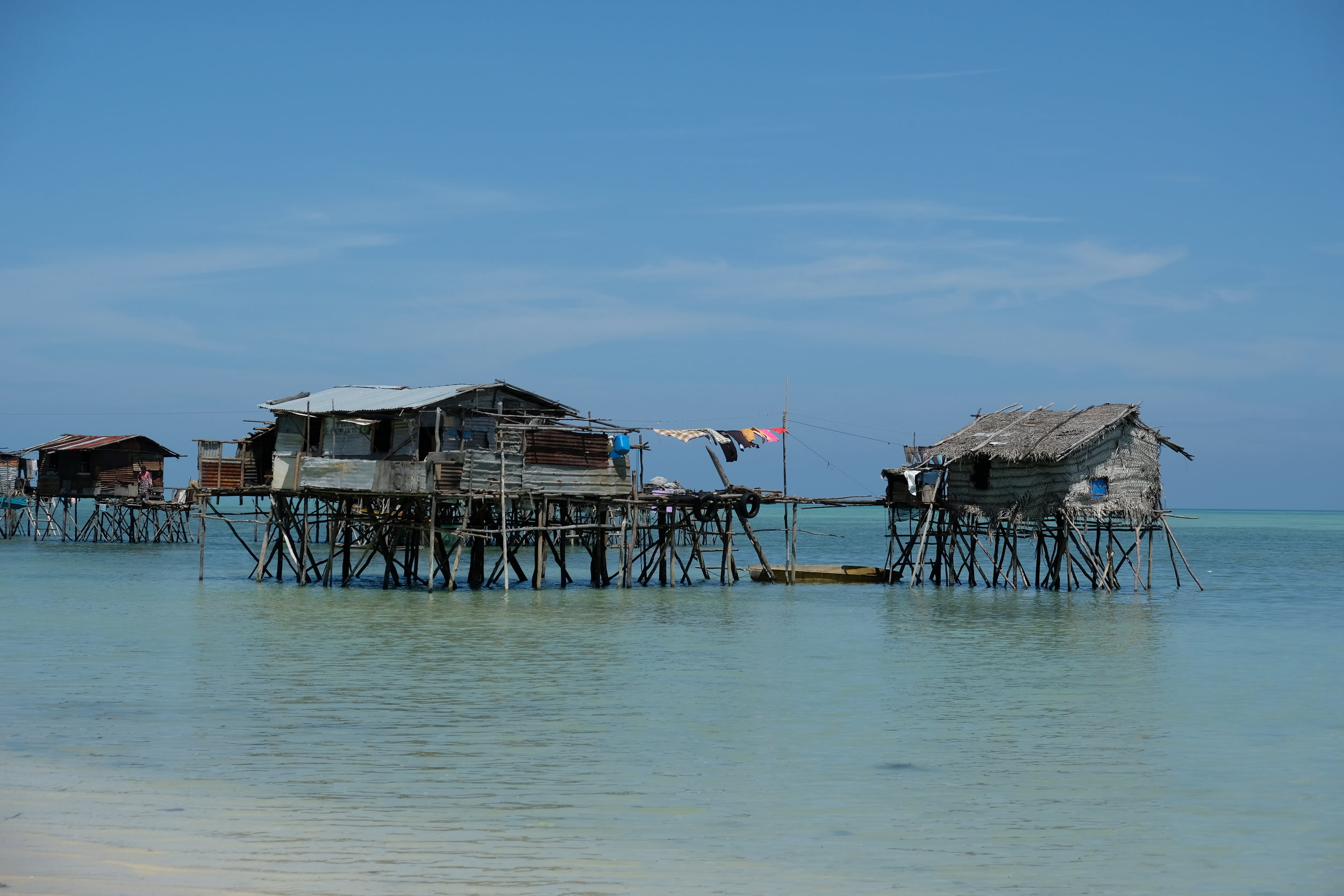
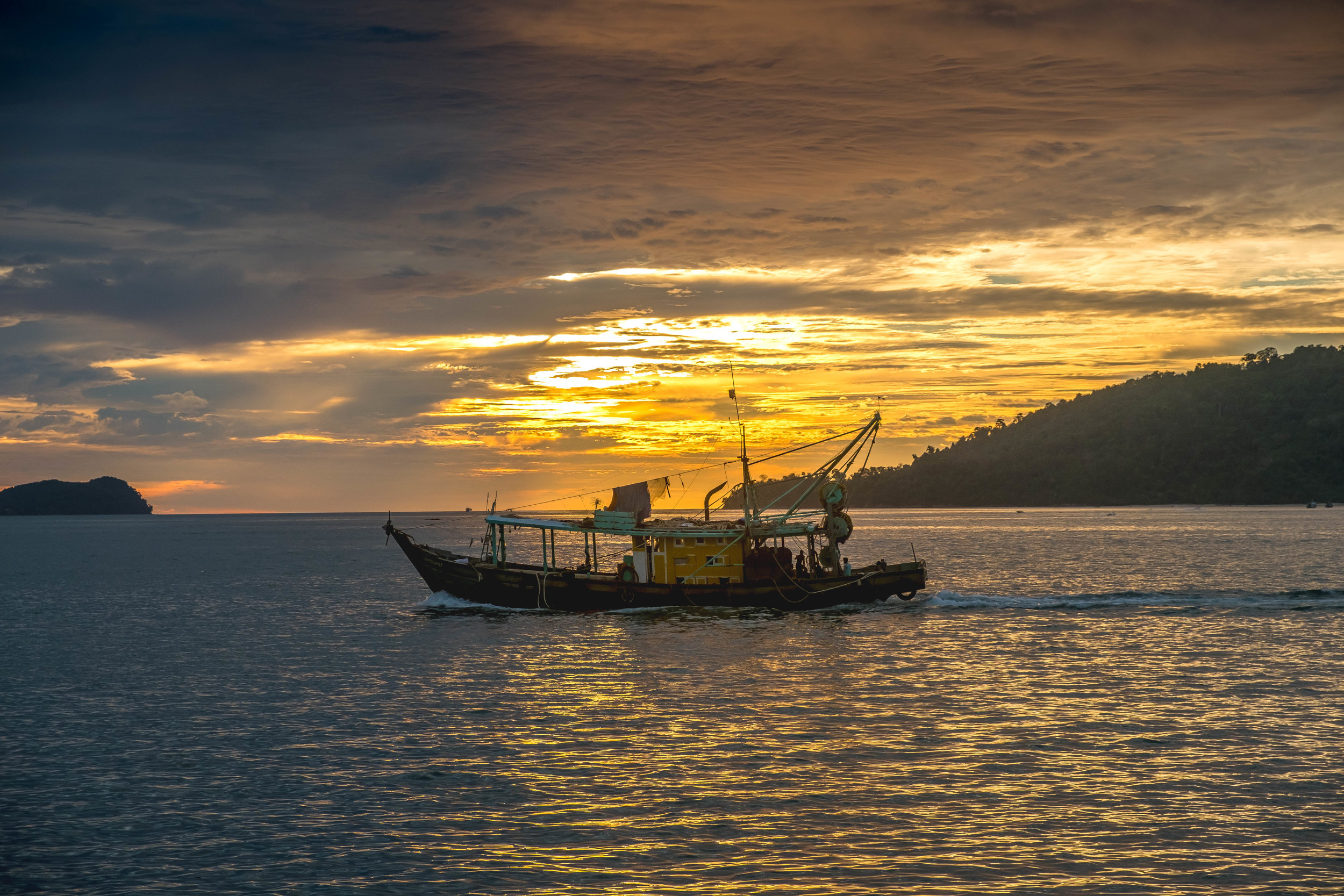
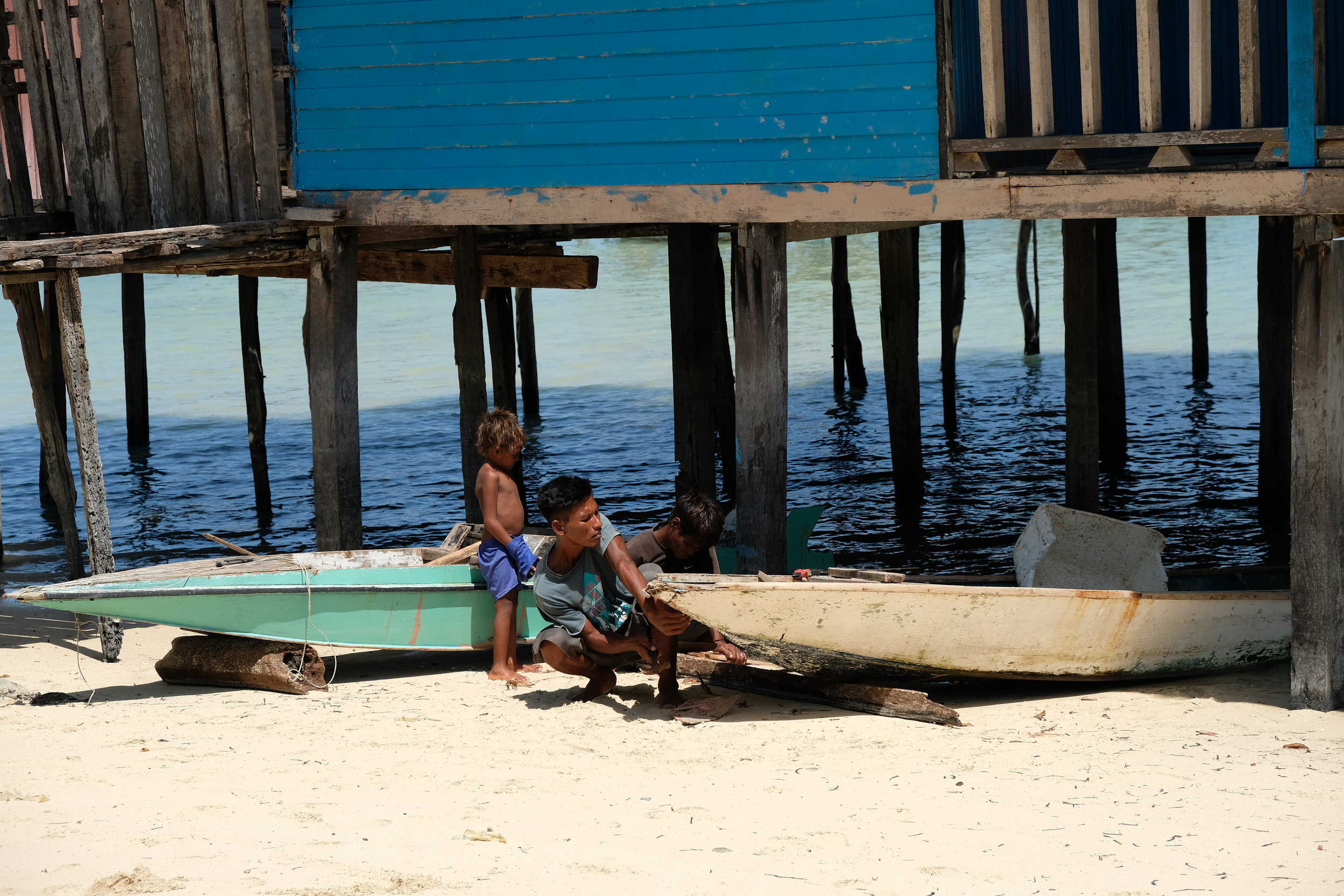

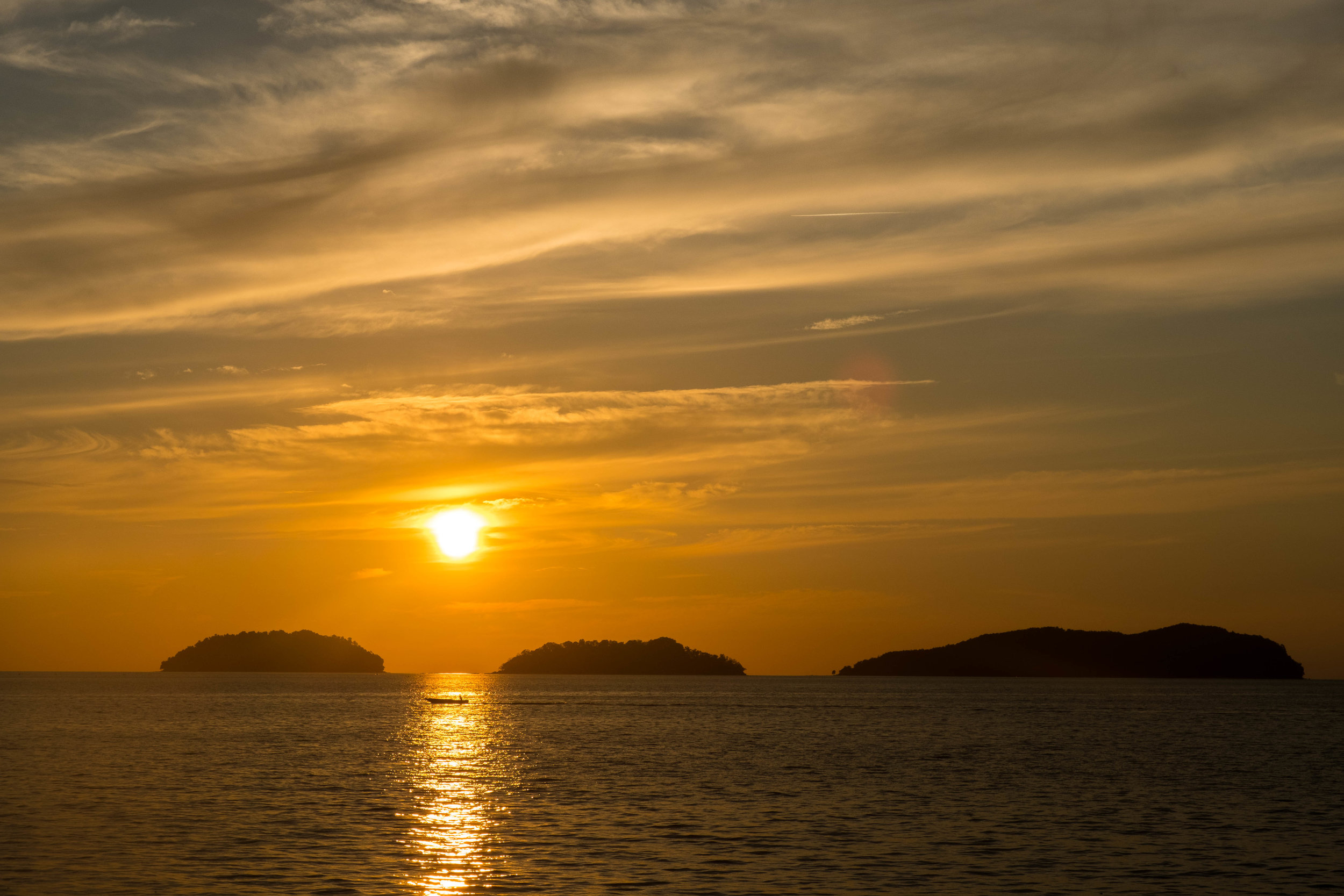
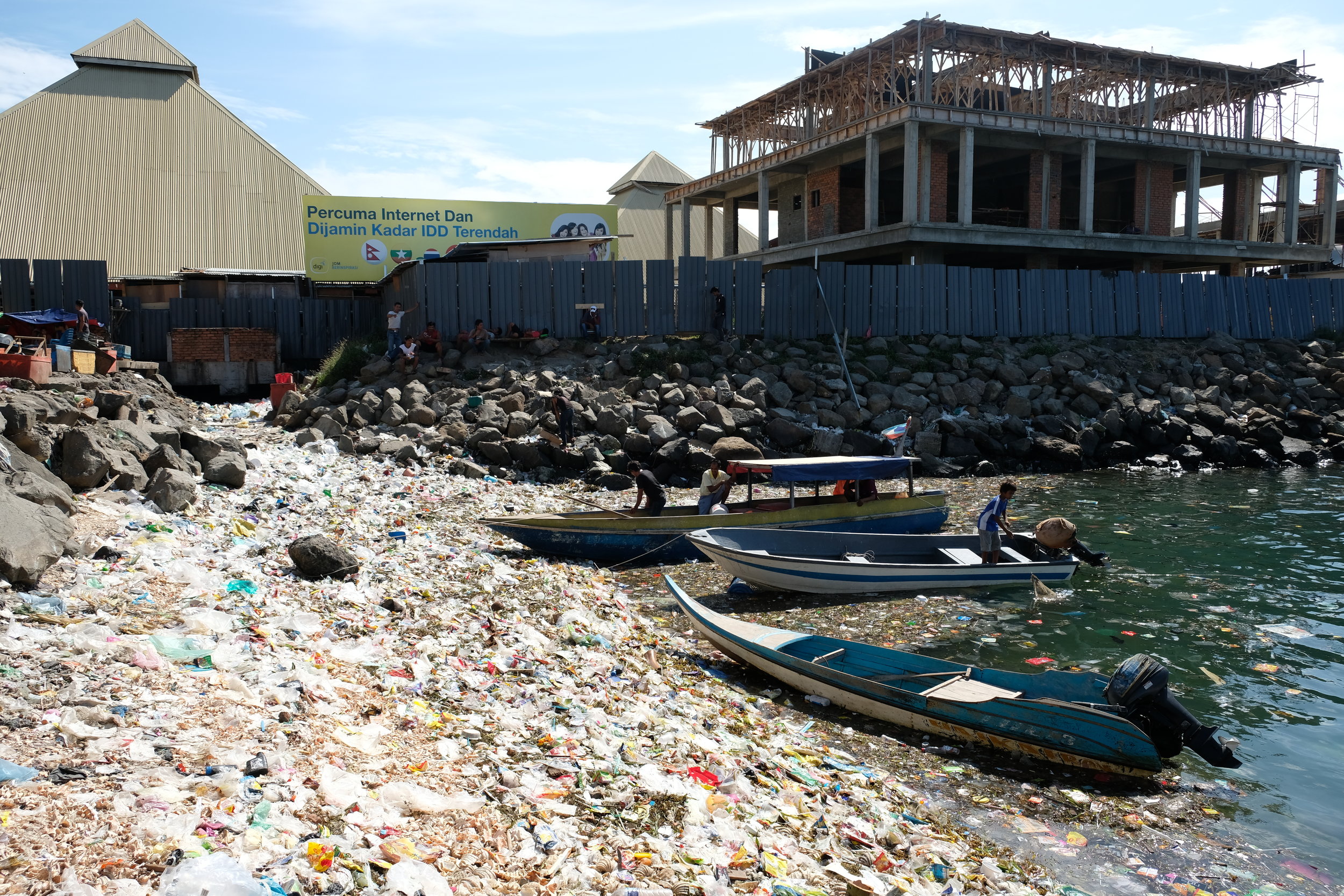


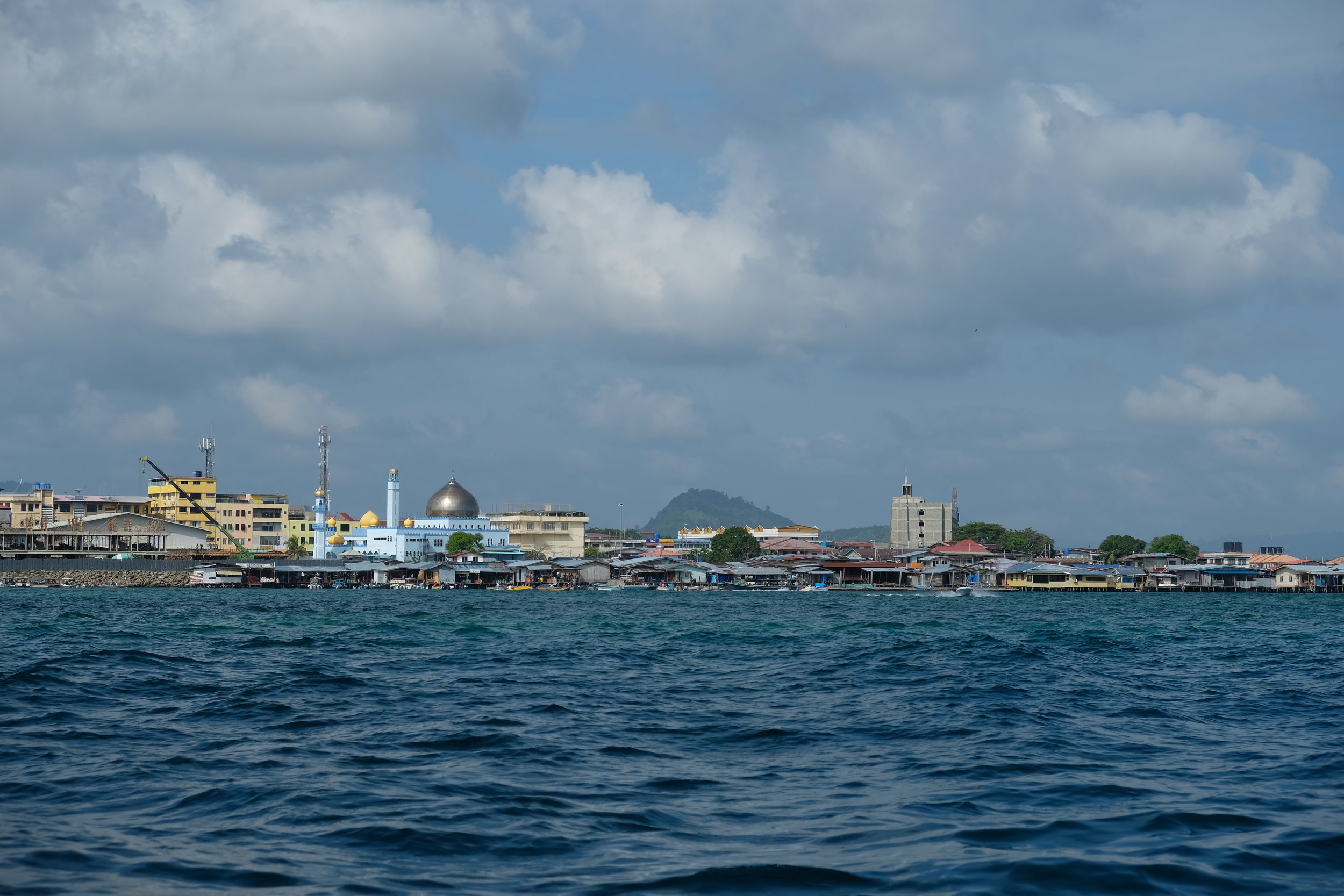
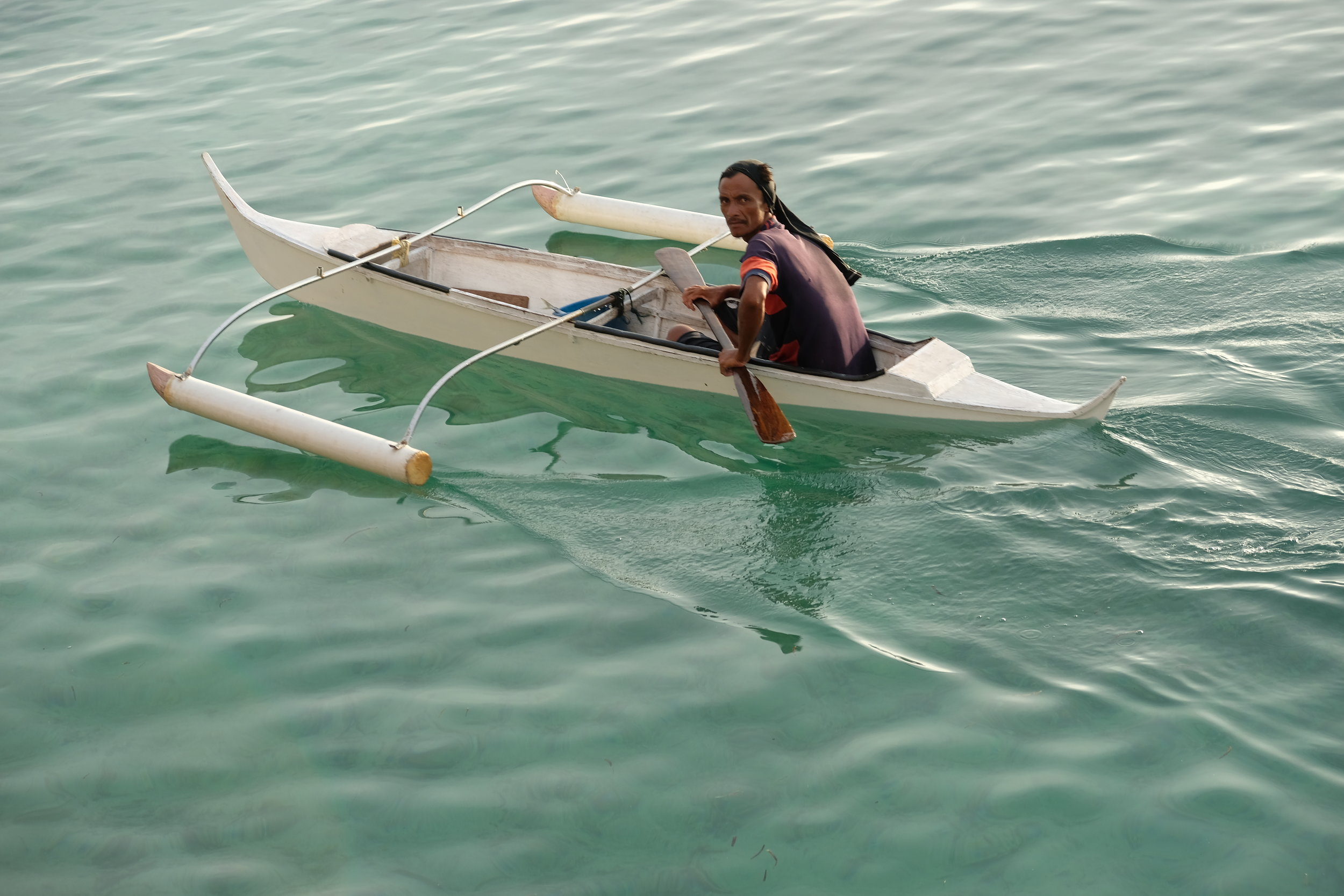


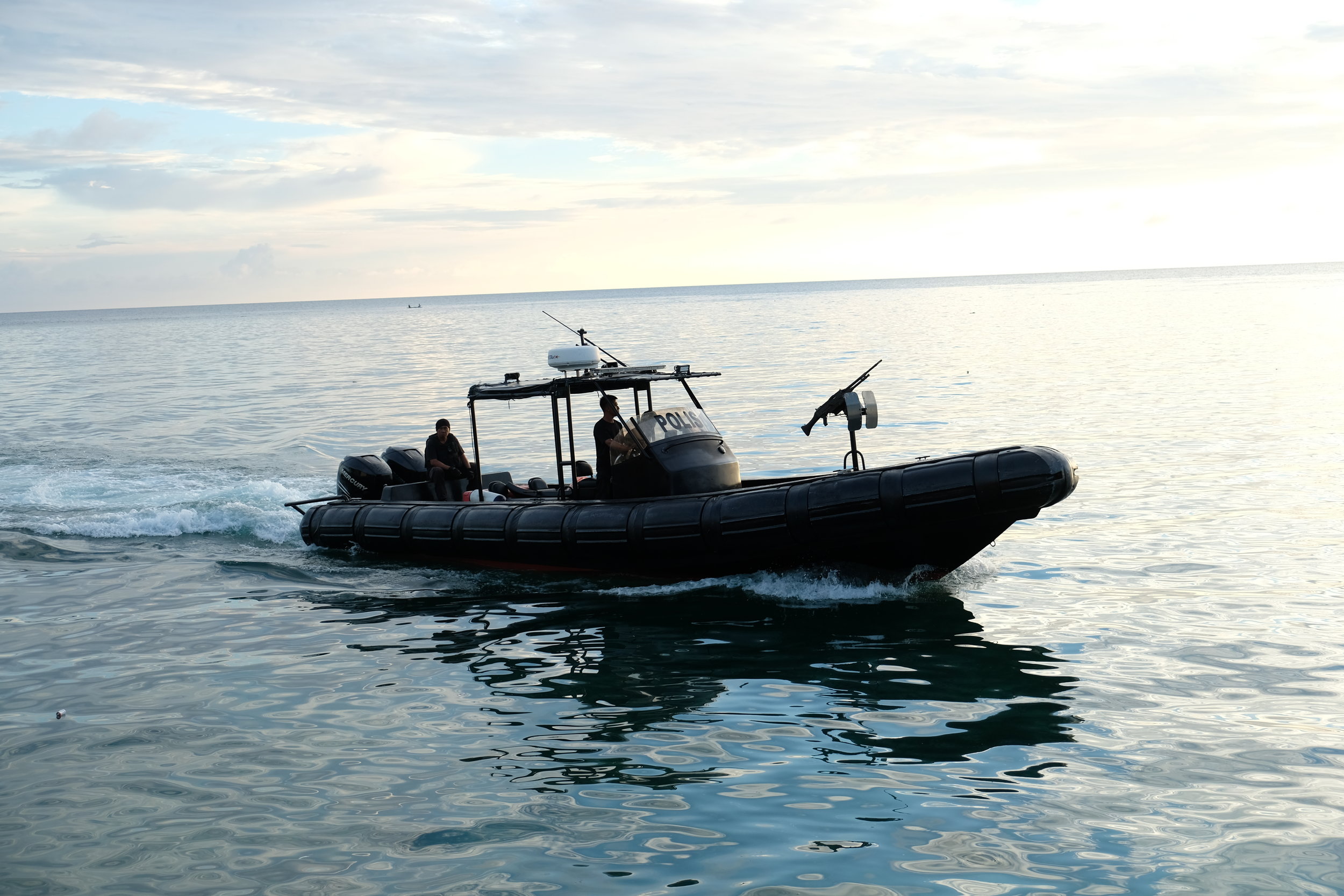
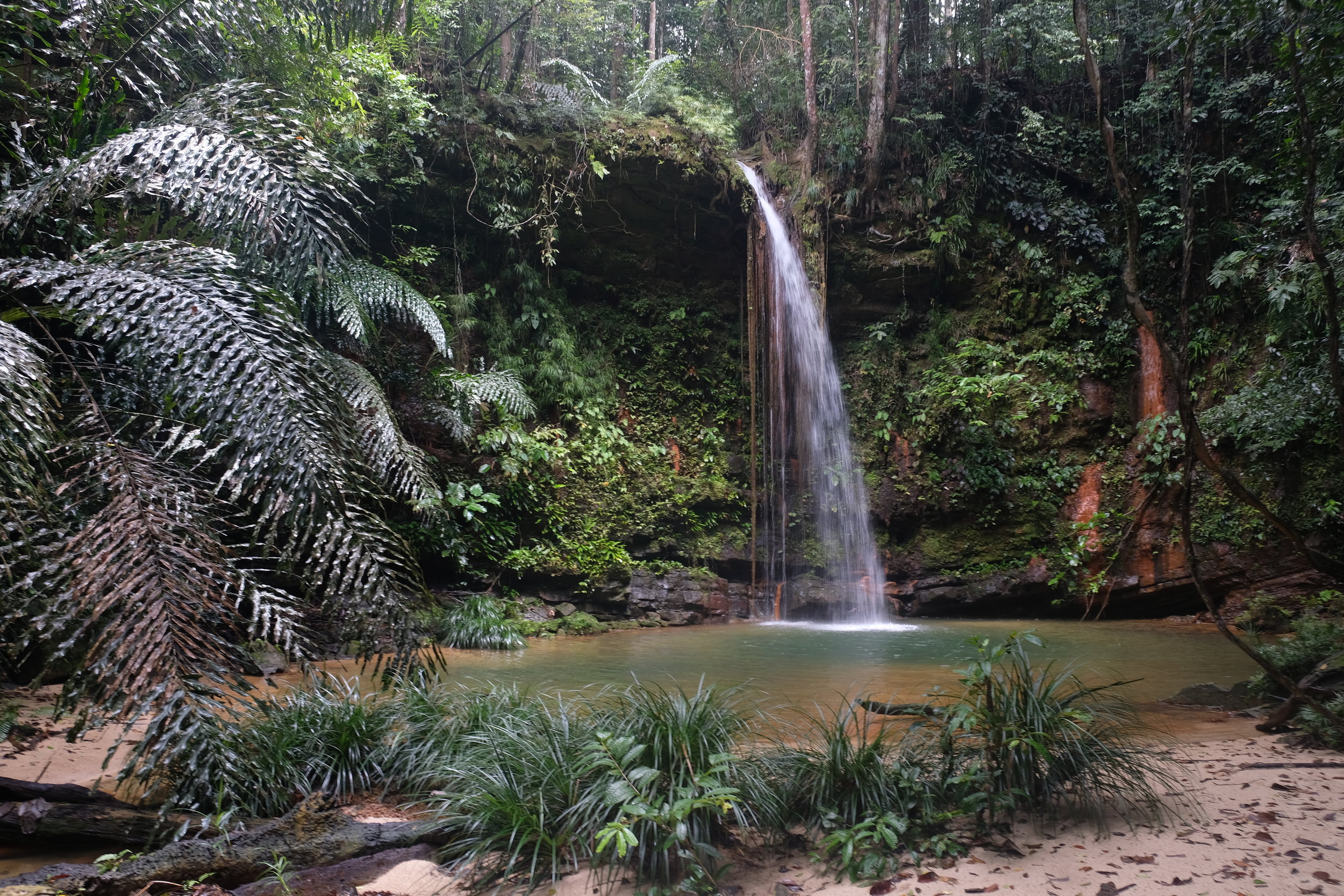
Traveling to Cuba
Direct flights between the United States and Cuba began at the end of 2016. Looking online I had trouble finding enough information to feel reassured that I would be allowed on a direct flight to Cuba. Here is a quick summary about my experience with a few tips for your own travels to Cuba.
Flying to Cuba from the United States
This past summer I became aware that direct flights from the United States to Cuba were beginning in the fall. JetBlue was the first airline to begin these flights out of Fort Lauderdale to four different airports in Cuba. By now, many other airlines have also been granted access and have set up routes to Cuba. When I was trying to book my flight online, I was prompted with a window to declare which one of the 12 reasons I had for visiting Cuba. These are the 12 reasons that the United States allows direct travel to Cuba:
1. Family visits
2. Official business of the U.S. government, foreign governments, and certain intergovernmental organizations
3. Journalistic activity
4. Professional research and professional meetings
5. Educational activities
6. Religious activities
7. Public performances, clinics, workshops, athletic and other competitions, and exhibitions
8. Support for the Cuban people (sometimes listed as People-to-People)
9. Humanitarian projects
10. Activities of private foundations or research or educational institutes
11. Exportation, importation, or transmission of information or information materials
12. Certain export transactions that may be considered for authorization under existing regulations and guidelines.
These limitations on travel to Cuba were put in place by the US government. Cuba is more than happy to allow U.S. tourists into the country. Choosing number eight, People-to-People, is the option that makes the most sense for tourists to use. I picked journalism, as I was curious to see if they would check on me in any way. If they did, I hoped that my little blog would have enough journalistic activity in it somewhere to suffice, a stretch I know. In one of the e-mails confirming my flight information, I was asked to fill out an affidavit online again confirming that journalism and journalism alone constituted my reason for traveling to Cuba.
You are supposed to receive your visa to Cuba when you check in at the airport. Everyone must check in at the counter and that can cause some longer lines than usual (as was the case when I got there). Waiting in line I must admit I wasn’t sure how this would work. Online there was very little information, so I just assumed it must be as simple as it seemed. Sure enough it was. The desk agents gave you the same online affidavit to fill out at the airport in case you didn’t do it electronically. The check-in agent didn’t even ask my specific purpose. I paid the $50 in cash (credit card also accepted) for the visa and was given my ticket, and off to Cuba it was.
Upon landing in Cuba I assumed they were going to ask me which of the 12 reasons I was traveling to Cuba under, but they didn’t and it confirmed my suspicions that this was just a regulation put in place by the U.S. For what exact purpose I am not sure.
Flying to Cuba from the United States is now an incredibly simple process. You don’t need an itinerary. Travel insurance is included in your ticket so be sure to keep the stub with you while traveling in Cuba. Buy your flight, pick People-to-People as your reason for travel (I guess you could pick anything, but it would be the safe choice), get your visa at the airport and enjoy!
Money in Cuba
Cuba is the only country in the world that uses two currencies. Originally it was just the Cuban Peso (CUP), but starting in 1994 Cuba introduced the Cuban Convertible, one of which is worth twenty-fives times as much as a Cuban Peso. In general, you will only use CUC unless you want to eat street food or restaurants for Cuban people, travel the country like locals do, or go to places where tourism hasn't developed yet. It is a good idea to change some CUC into CUP for some late night shops or cheap pizza places that only accept CUP.
It is best to convert your USD to Euros or even Canadian Dollars (it had the best rate while I was in Cuba). At every bank or money exchange, the USD is subject to a 10% commission. At the airport in Santa Clara there was a 12% commission for USD and a 5% commission for all other currencies. After asking around, it seems that the commission rates at the Santa Clara were higher than other airports and the only place where there was a commission on other currencies as well. You can save yourself a substantial amount of money if you change out of USD before arriving in Cuba.
Casa Particulares
Lodging is the most expensive item of travel in Cuba. The hotels are generally expensive and there are not the typical hostel type accommodations that are present in most countries. Many families in Cuba have opened up their homes and rent out extra rooms or adjoining apartments. These types of accommodations are called “Casa Particulares.” They often offer a breakfast of toast, fruit, juice, and coffee for a bit extra if you are interested. The best thing about staying in a Casa is that you get a great chance to interact with Cubans. The owners are generally very friendly and are a great resource for organizing tours or taxis. The cost is usually between $20-$30 for a room that accommodates 3-4 people.
Casa Particulares
For the first two weeks of my travels we had booked most of the Casas in advance through AirBnB. There are a few other websites that you can use, but I wouldn't trust them for making payments online. During my last two weeks of travel, we would just show up and walk around knocking on doors with an anchor sign, the symbol of a Casa Particulare, and ask if there was a room available. We could almost always haggle the price down $5 a night. If a place was already full, the owner would usually offer to call other Casas to check if one had room. I never felt in danger of not having a place to stay.
Getting Around
There are primarily three options for traveling around Cuba. You can take the Viazul Bus, taxi collectivos, or the train. Being there around the New Year we had trouble getting a bus ticket and often had to resort to getting a taxi collectivo (shared taxi). The taxis will always be more expensive than the bus, but if you are traveling with 4+ people you can usually get a good deal where you aren't paying a whole lot more. If you are only a small group or traveling alone, you will often be placed in a car with other tourists. We were often told not to discuss the price we were paying with the other travelers as, more often than not, the prices were not the same. I guess we just haggle harder. While the taxis can be expensive, it is pretty cool to ride in a car that was from the 1950s. If you are alone and traveling at a time where there are no other tourists to share a taxi with then the bus is much more affordable option.
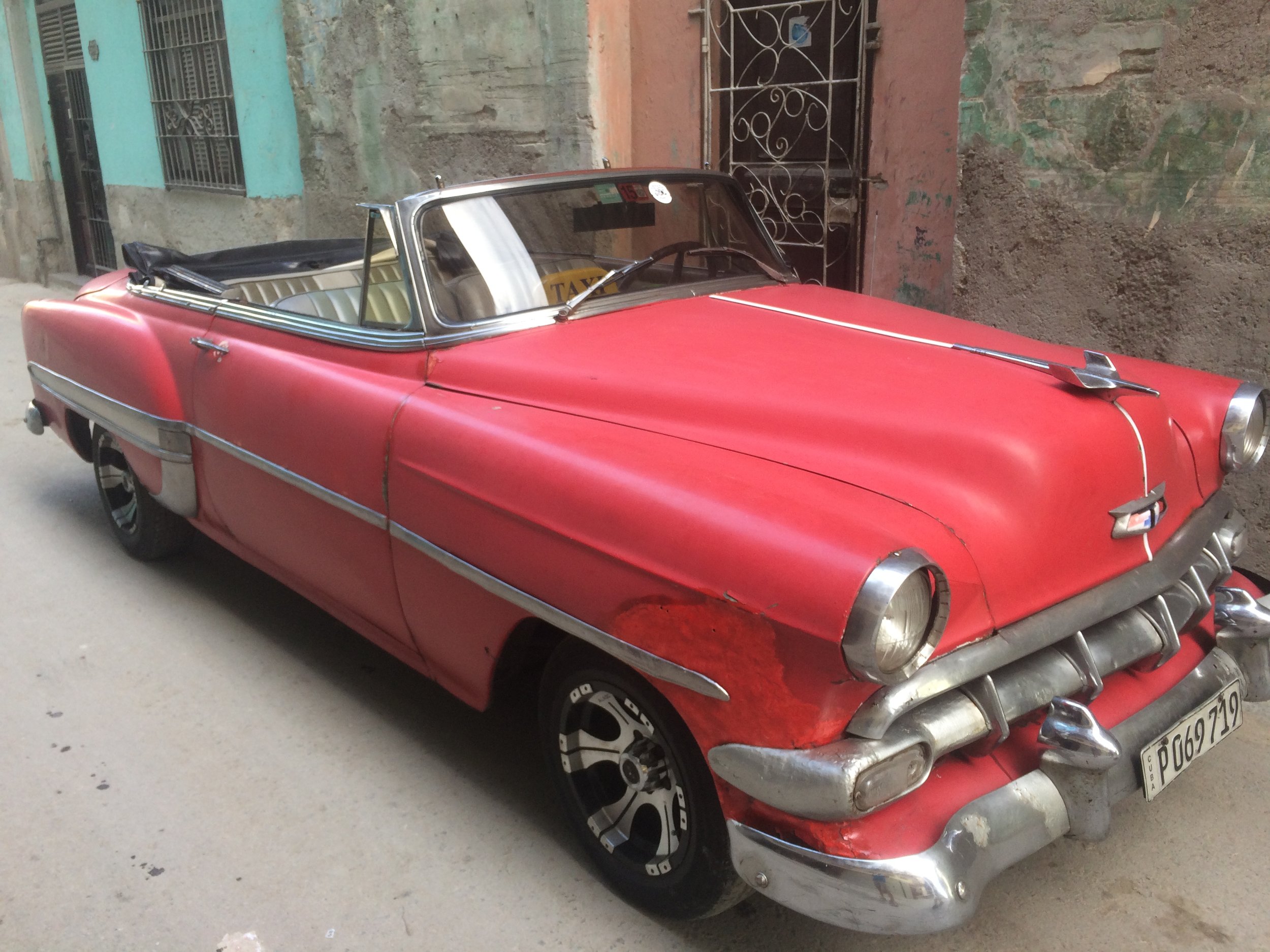
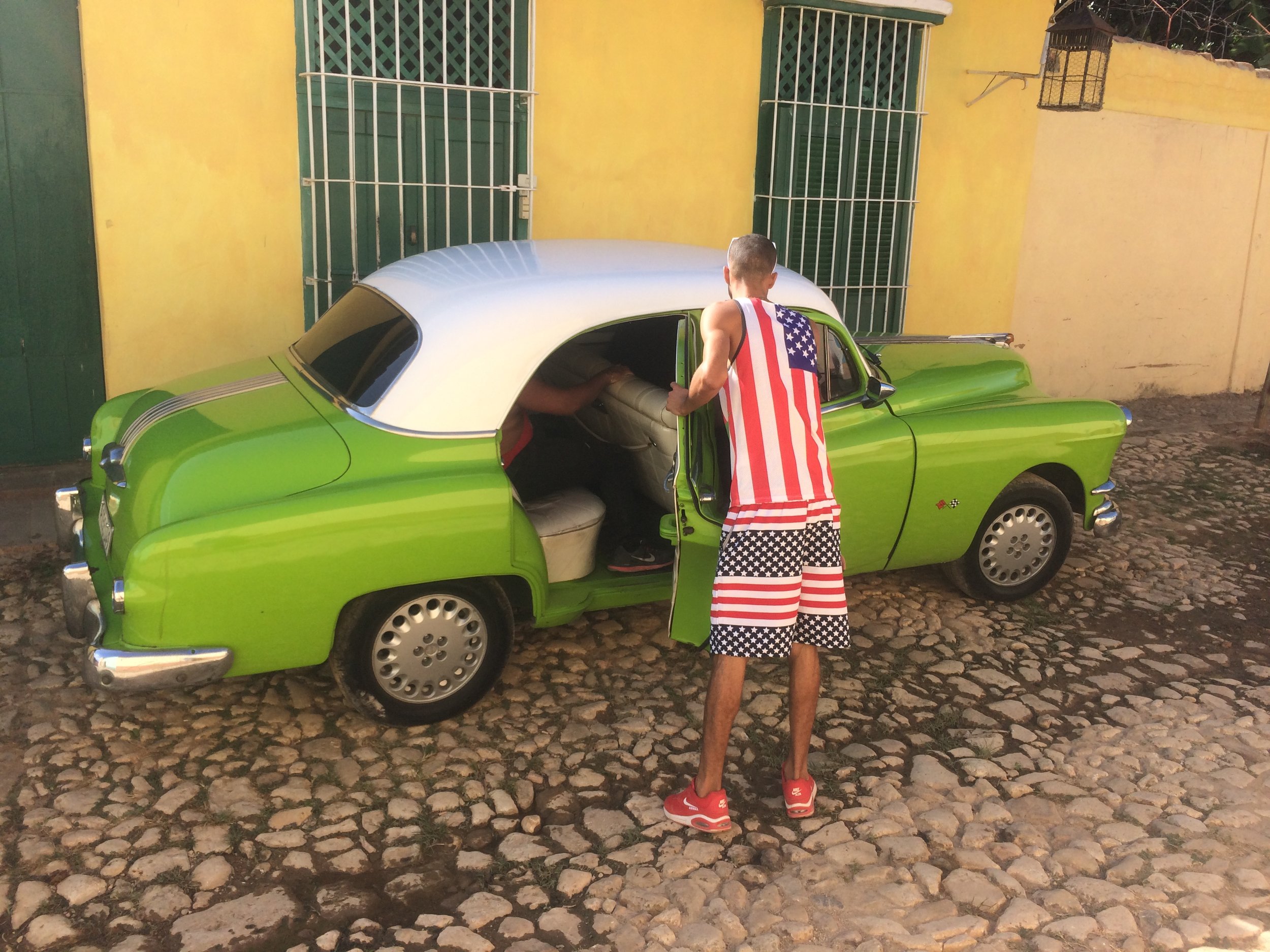
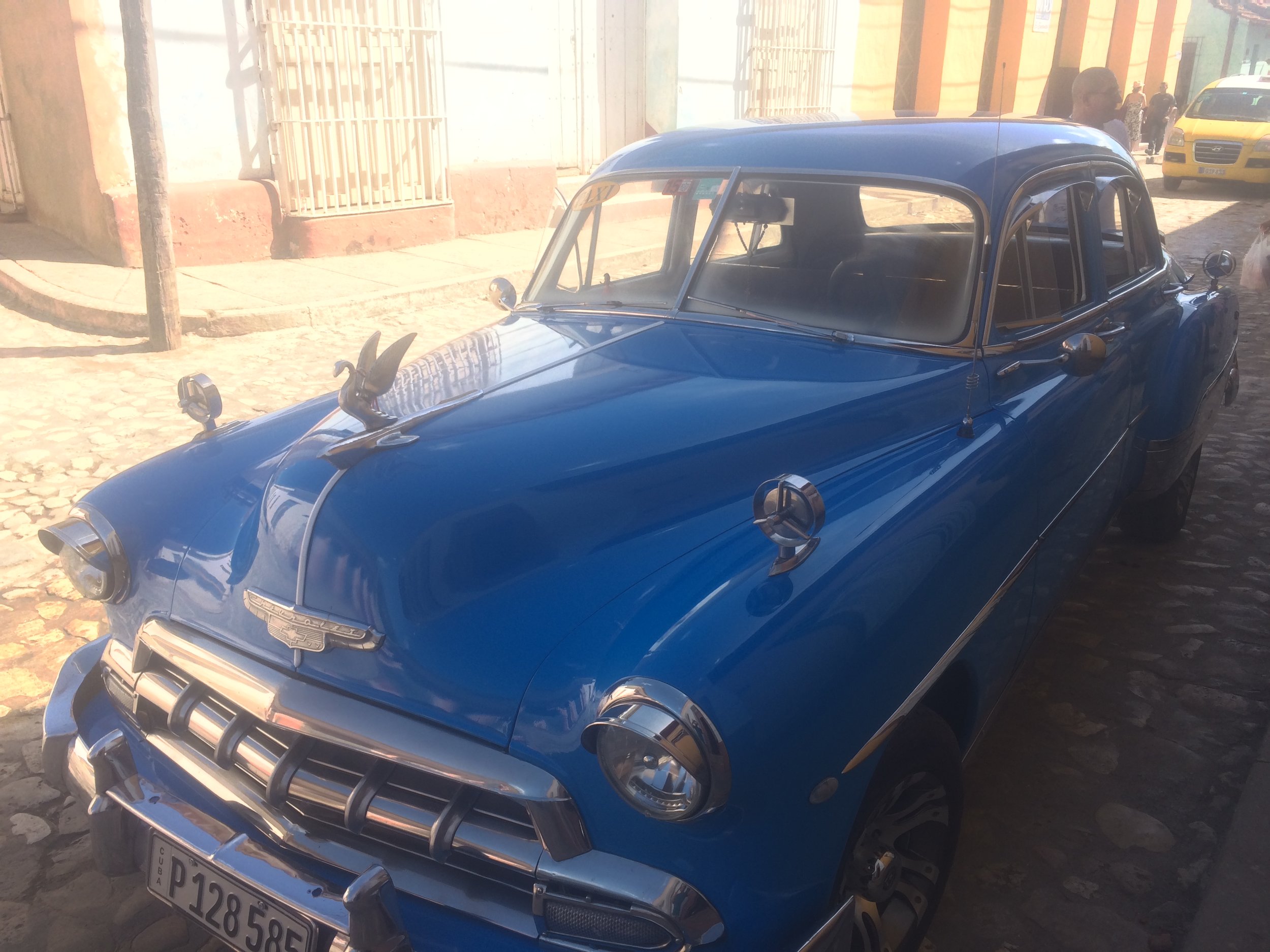





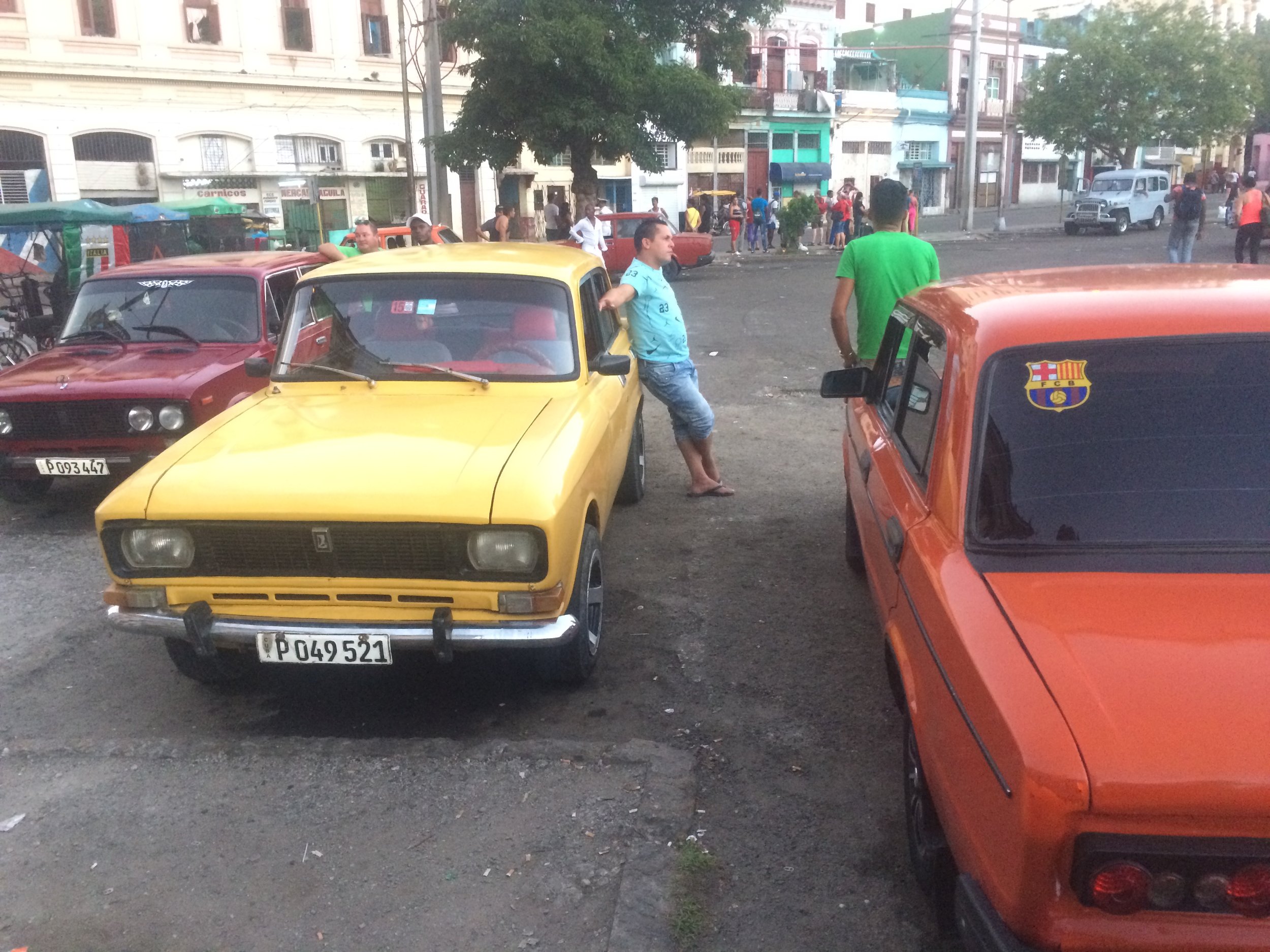
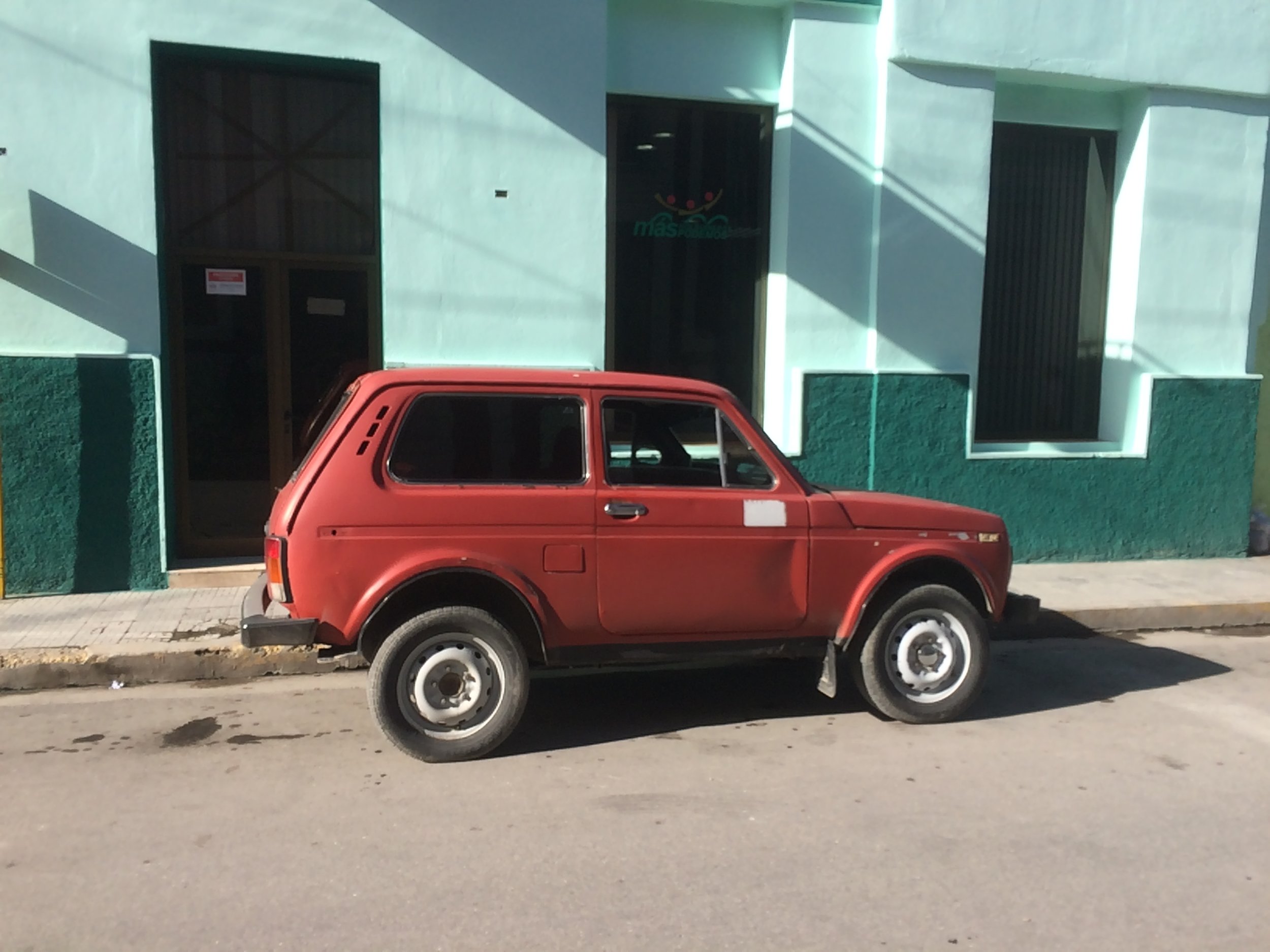
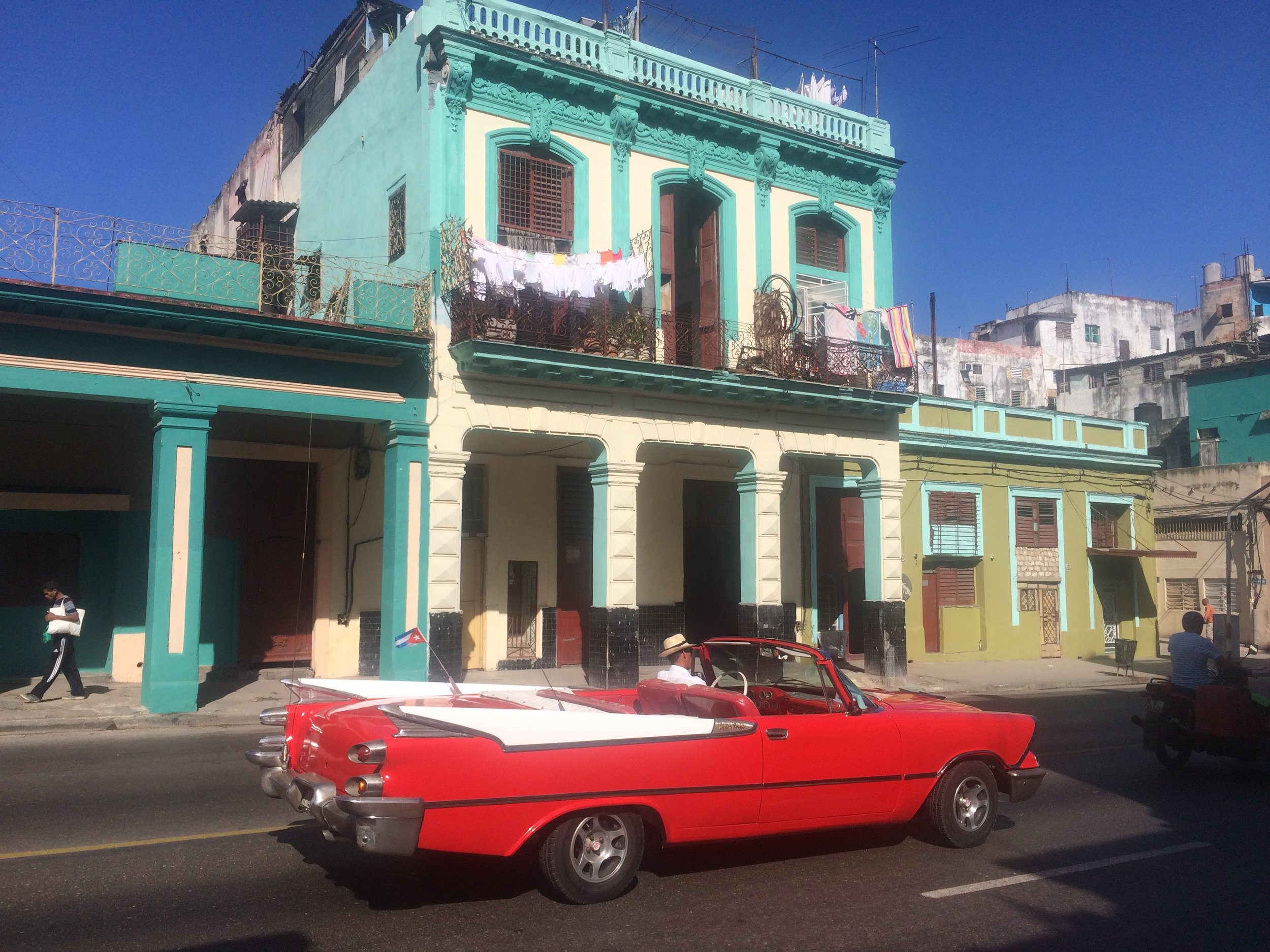
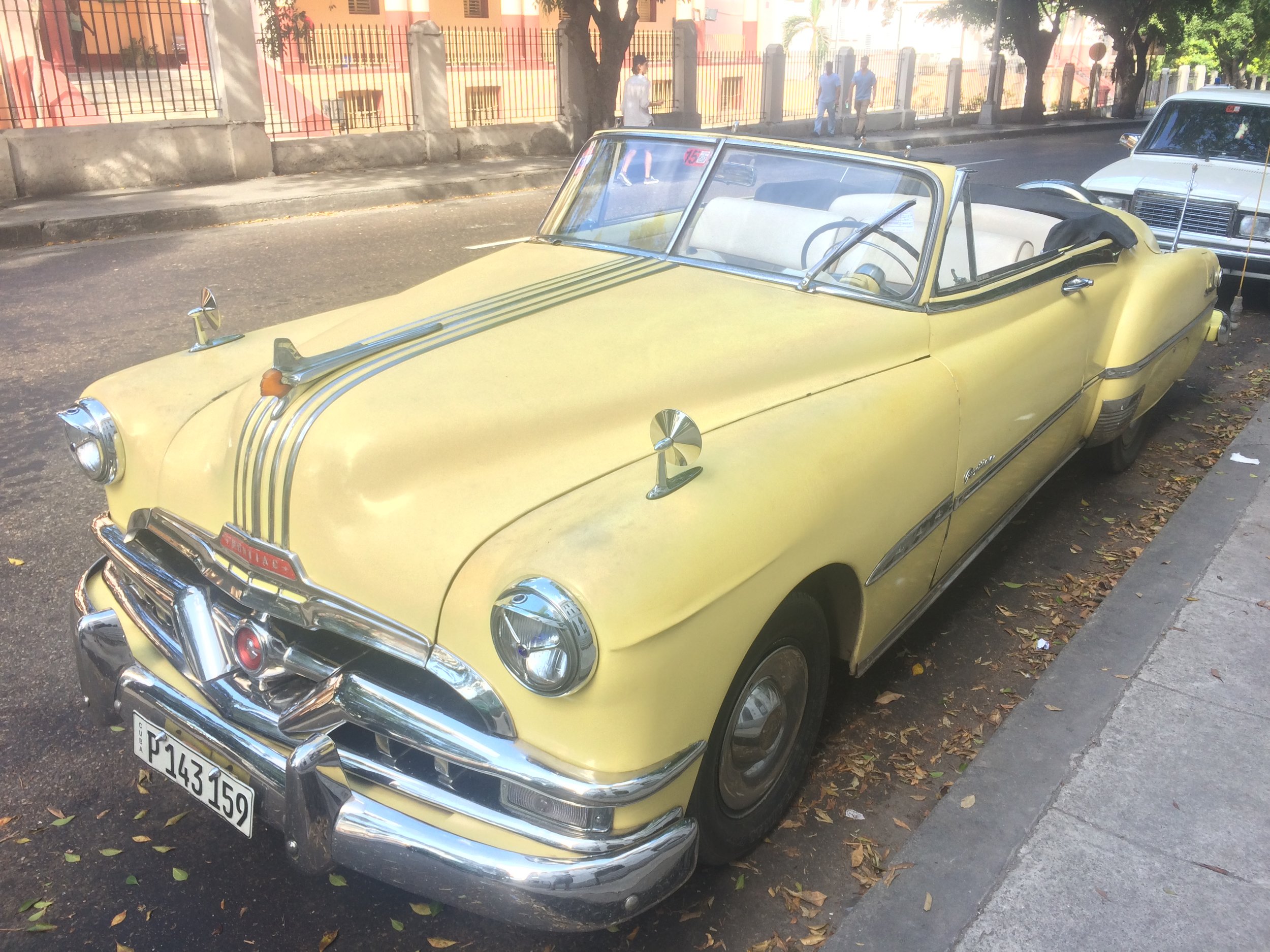
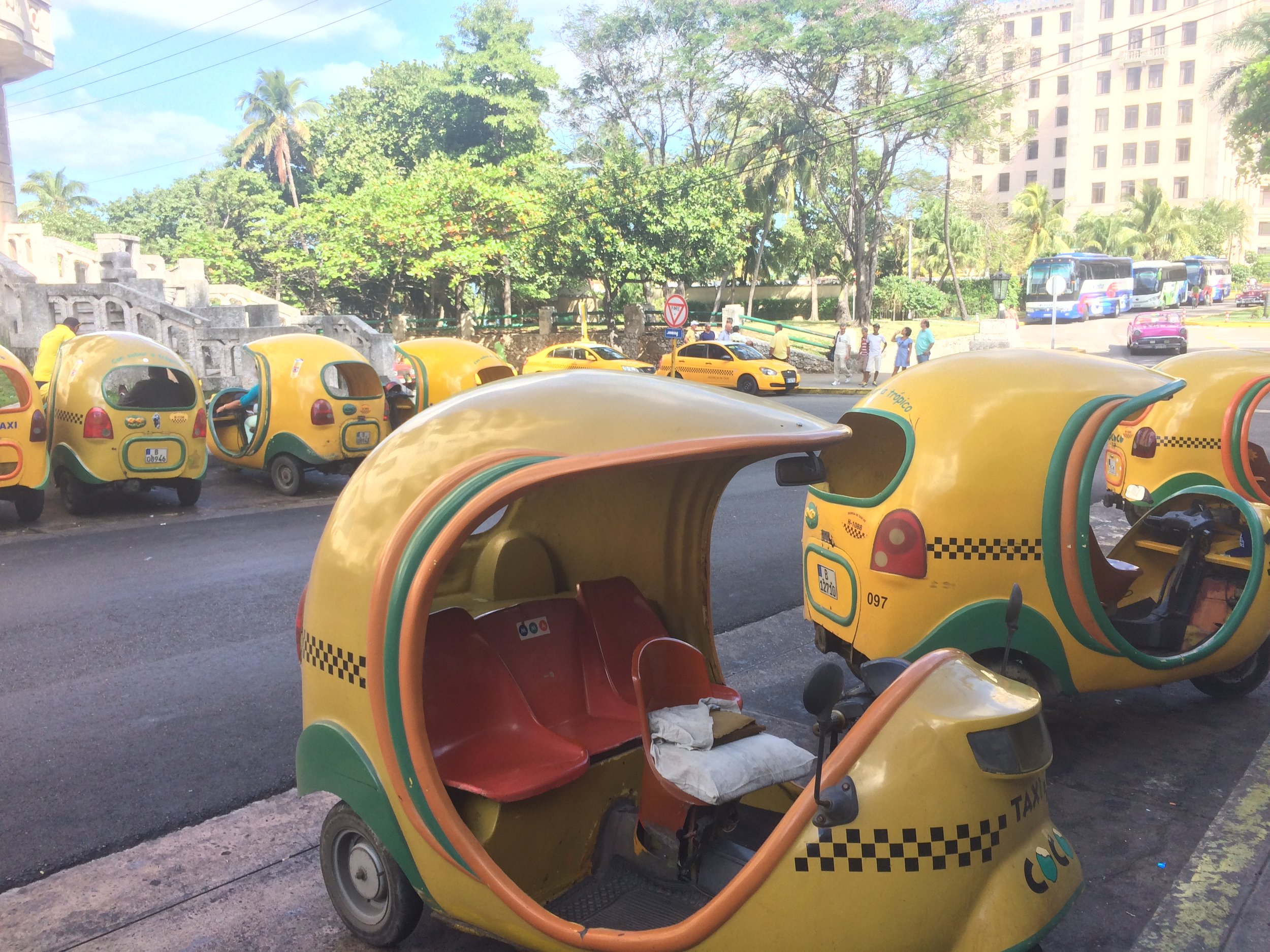
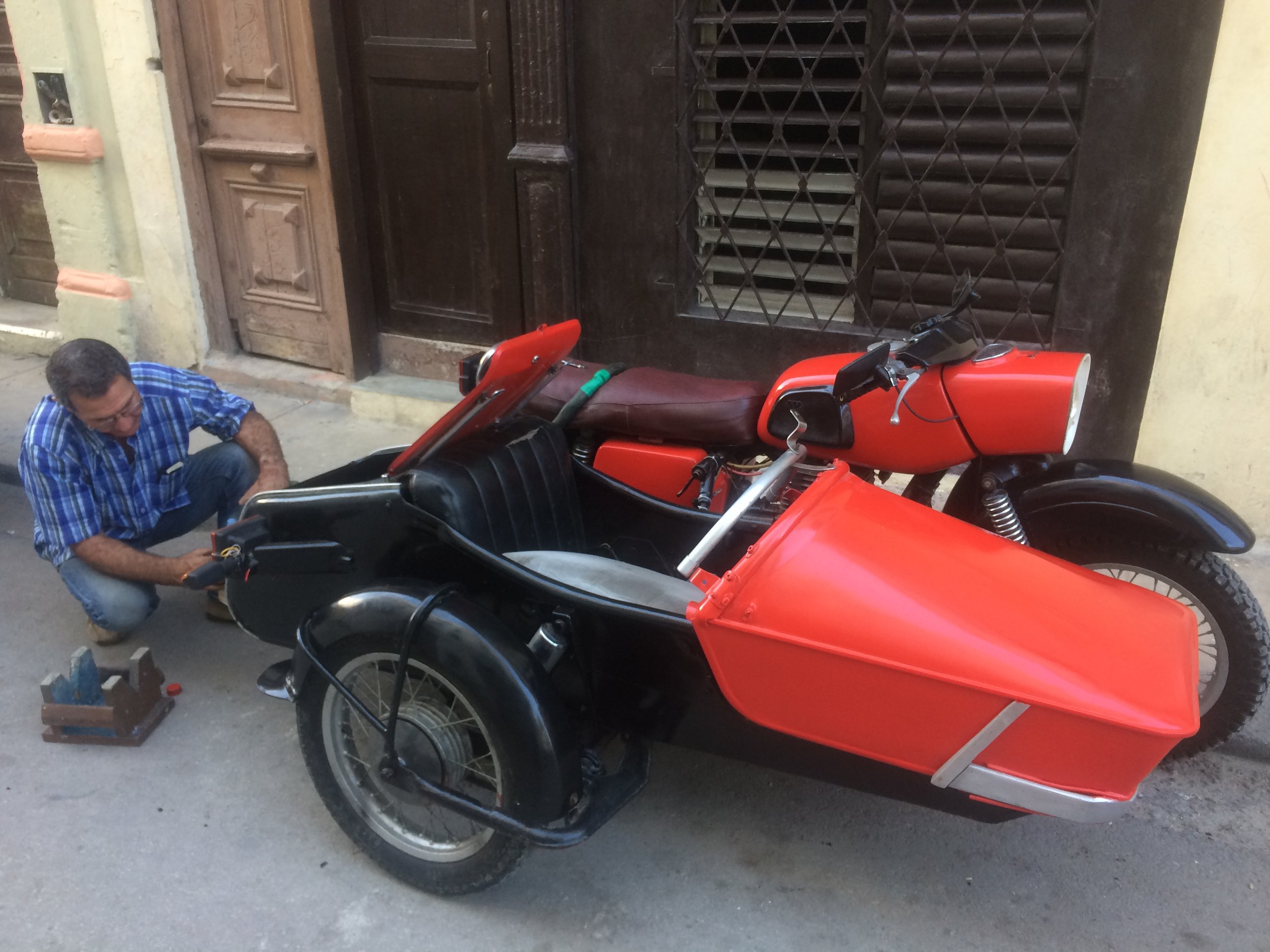
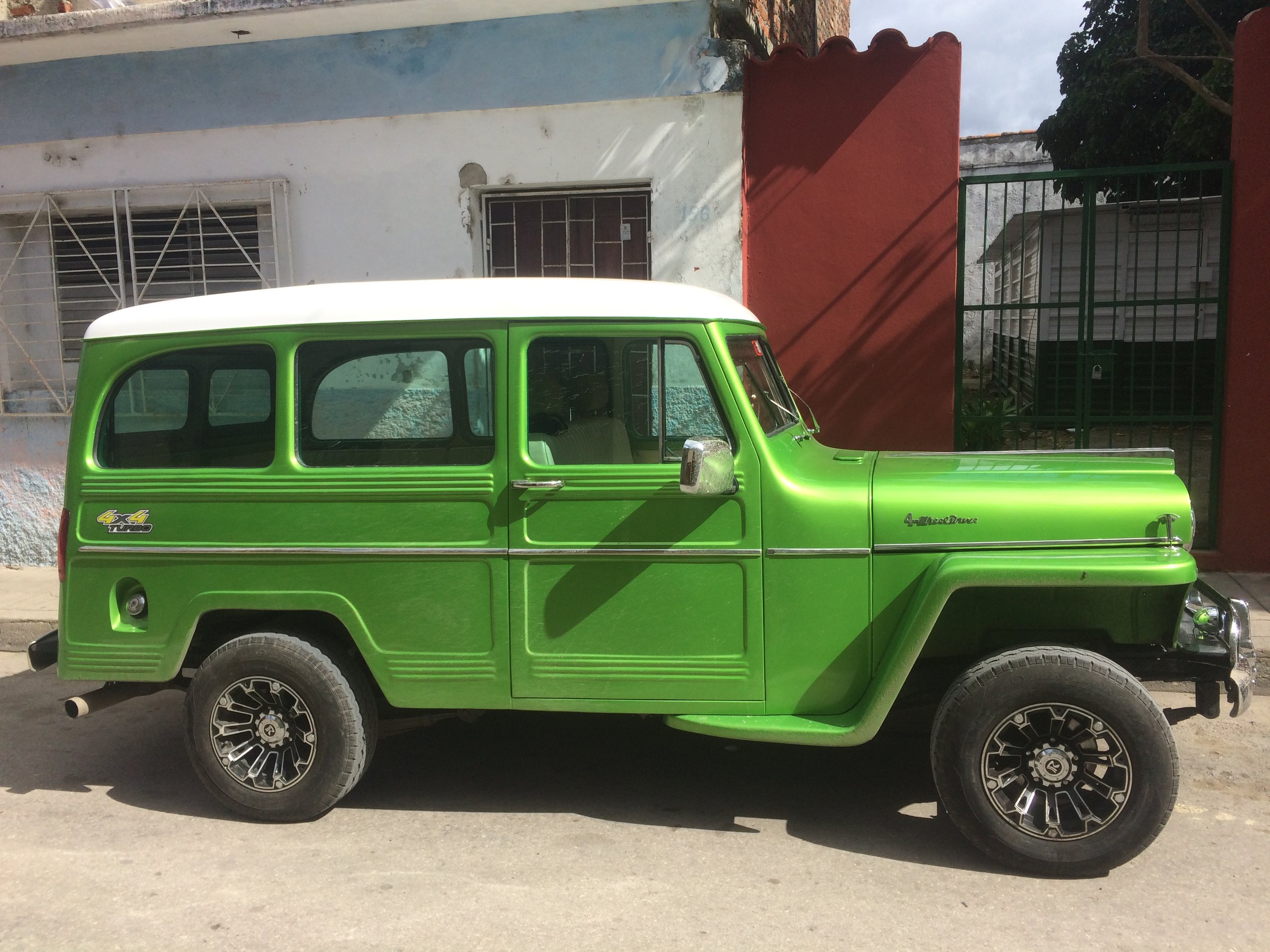
I only had one experience taking the train. I took it from Santa Clara to Santiago de Cuba. It was a 12-hour trip that turned into a 17-hour haul. I had heard that the trains are often unreliable and very slow and I luckily got to experience both of these traits. It is definitely not a popular, convenient, or reliable travel option and this was clear as I didn't see any other tourists on the train. However, it was full of interesting scenery and vendors on train always have their unique charm. Having a bottle of rum in my backpack definitely made the trip more enjoyable.
Buying spaghetti through the train window - awesome!
The Viazul bus is a government sanctioned bus company that handles all the bus transportation for tourists. There is usually a Viazul window in every bus station and attendants will direct you to the Viazul window and away from the buses that most locals take. I was told that booking a day in advance was the smart practice, but due to the high travel of the holiday season it was hard to get a ticket the first couple of weeks.
Trinidad
On one opportunity my friend Andy and I got to try traveling the local way. We wanted to go from Matanzas down to Playa Giron (a.k.a. the Bay of Pigs), but at the bus station we found out that there is only one bus a day. It leaves from the nearby town of Veradero at 7 in the morning and costs $20 CUC. We didn't want to spend another day in Matanzas or go up to Veradero and decided this could be a good opportunity for some alternative forms of travel. Outside the bus station were a couple of trucks we had spotted before on the highways carrying Cubans. Asking one of the drivers we found out it was going in the general direction we wanted to go and just decided to see if we could wing the trip all the way down to Playa Giron. The truck took us about halfway to a town called Perico where we took another truck to an even smaller town called Agramonte.
From Agramonte we waited on the side of the road with other Cubans for a bus that seemed like it would never come. Finally a school bus showed up going in the general direction we all wanted and hopped on - turns out school bus rides are free! From where the school bus dropped us off on the highway we got into a cuban collectivo to the town of Jaguey Grande. From Jaguey Grande we caught the night bus to Playa Giron. The entire journey from Matanzas to Playa Giron took about ten hours, but cost less than $5 CUC each. It was definitely a fun adventure for the day.
Make Cuba Your Next Destination
With direct travel now open between the United States and Cuba the number of tourists per year are sure to skyrocket. Tourism has become the backbone of the Cuban economy and I am left wondering about how things have changed in the past ten years and what the next ten years will bring. With the death of Fidel and the slightly different political agendas of his brother Raul it will be interesting to see how Cuba develops. As the older generation gives way to the young and the fight for the revolution fades further into history, Cuba seems posed for change, and being ripe for tourism seems to be at the heart of it.
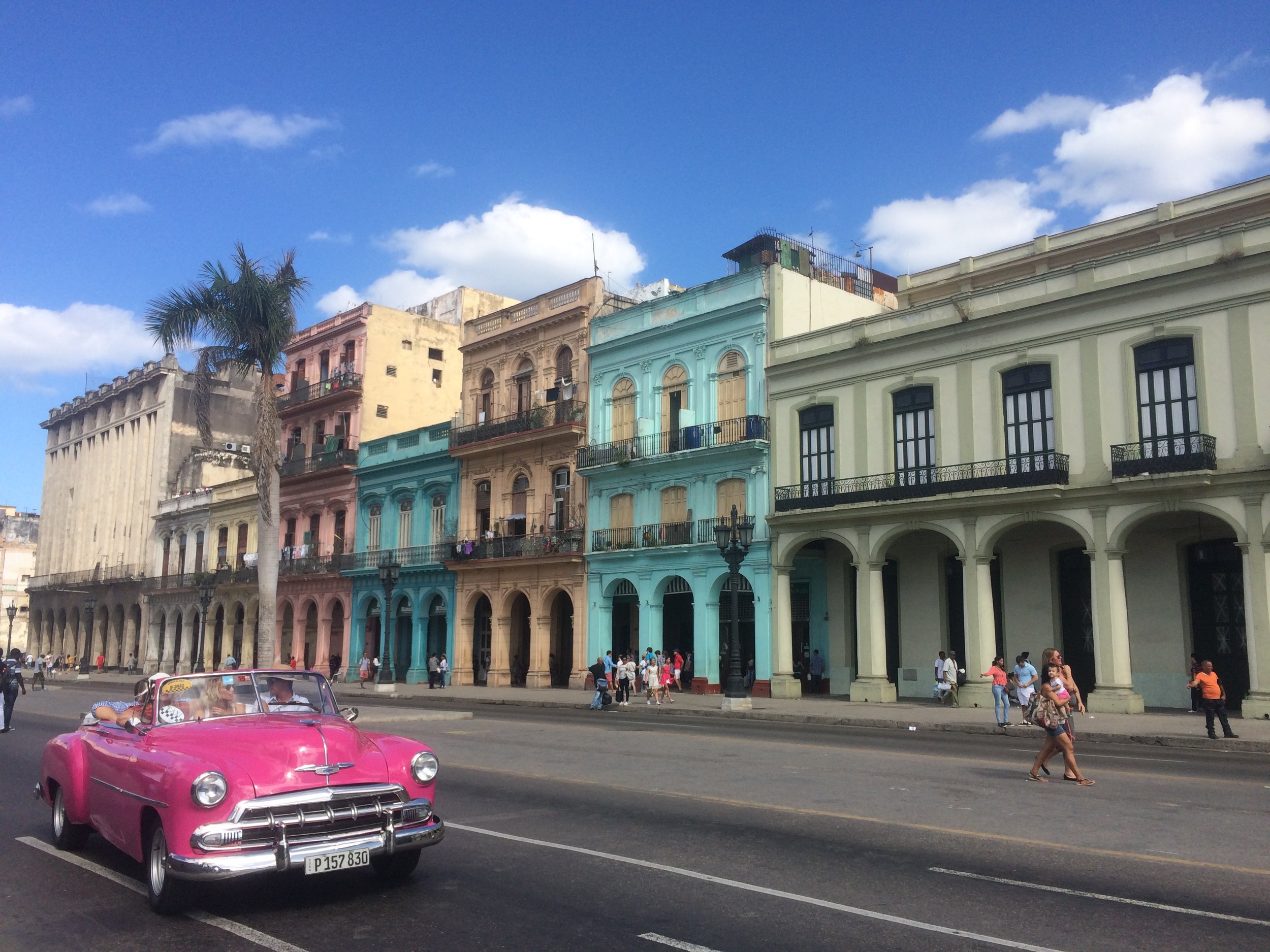

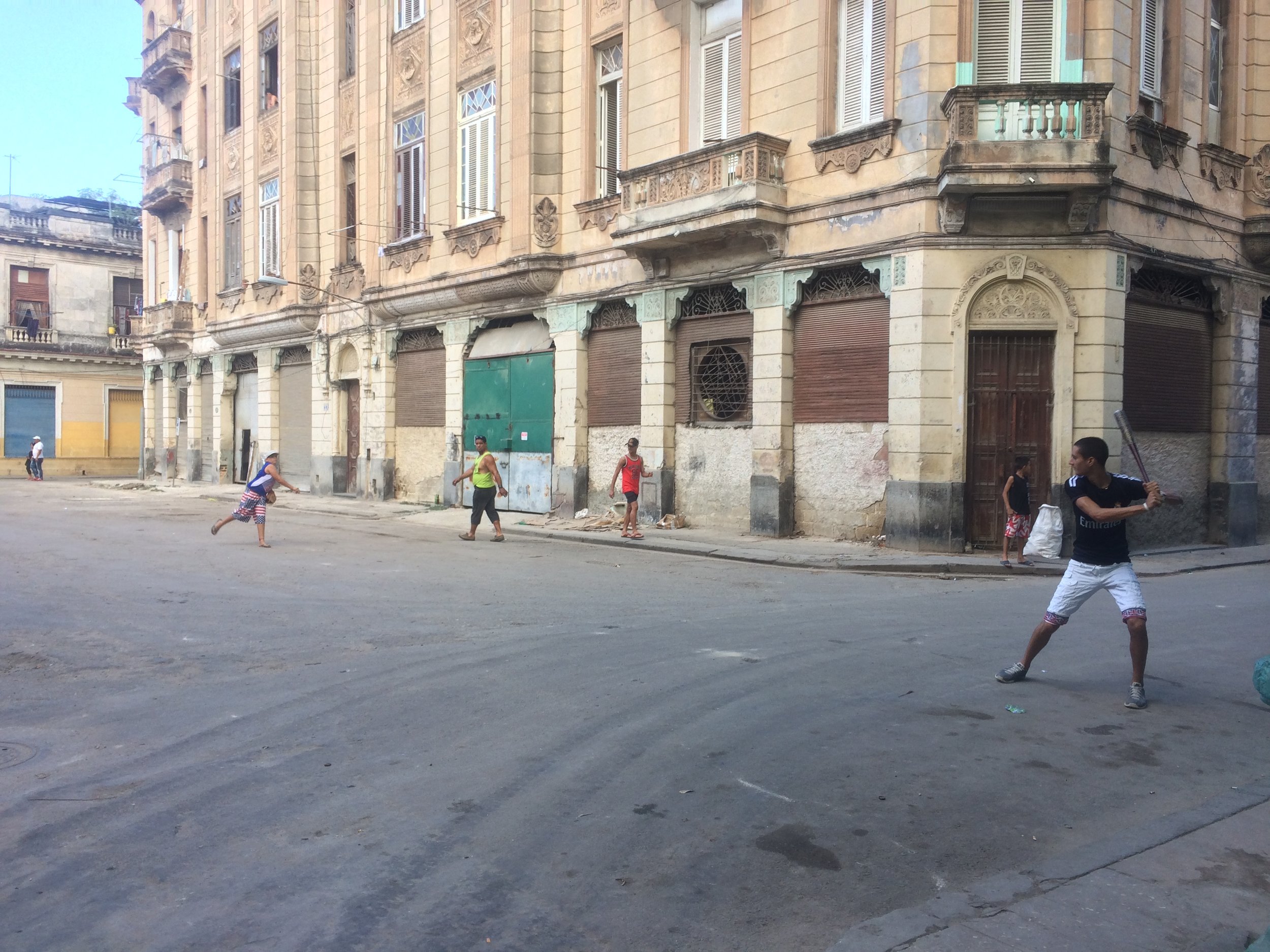
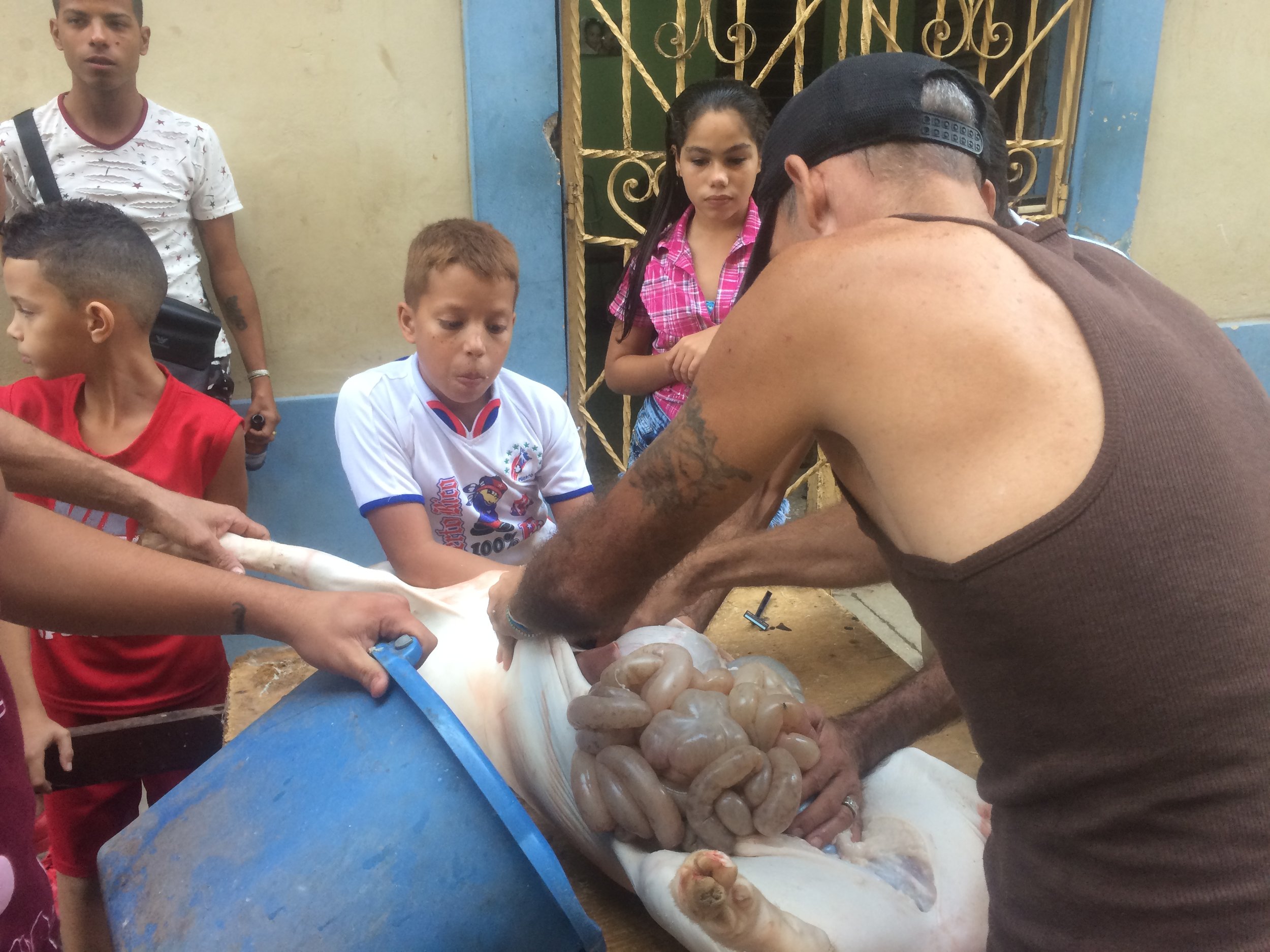
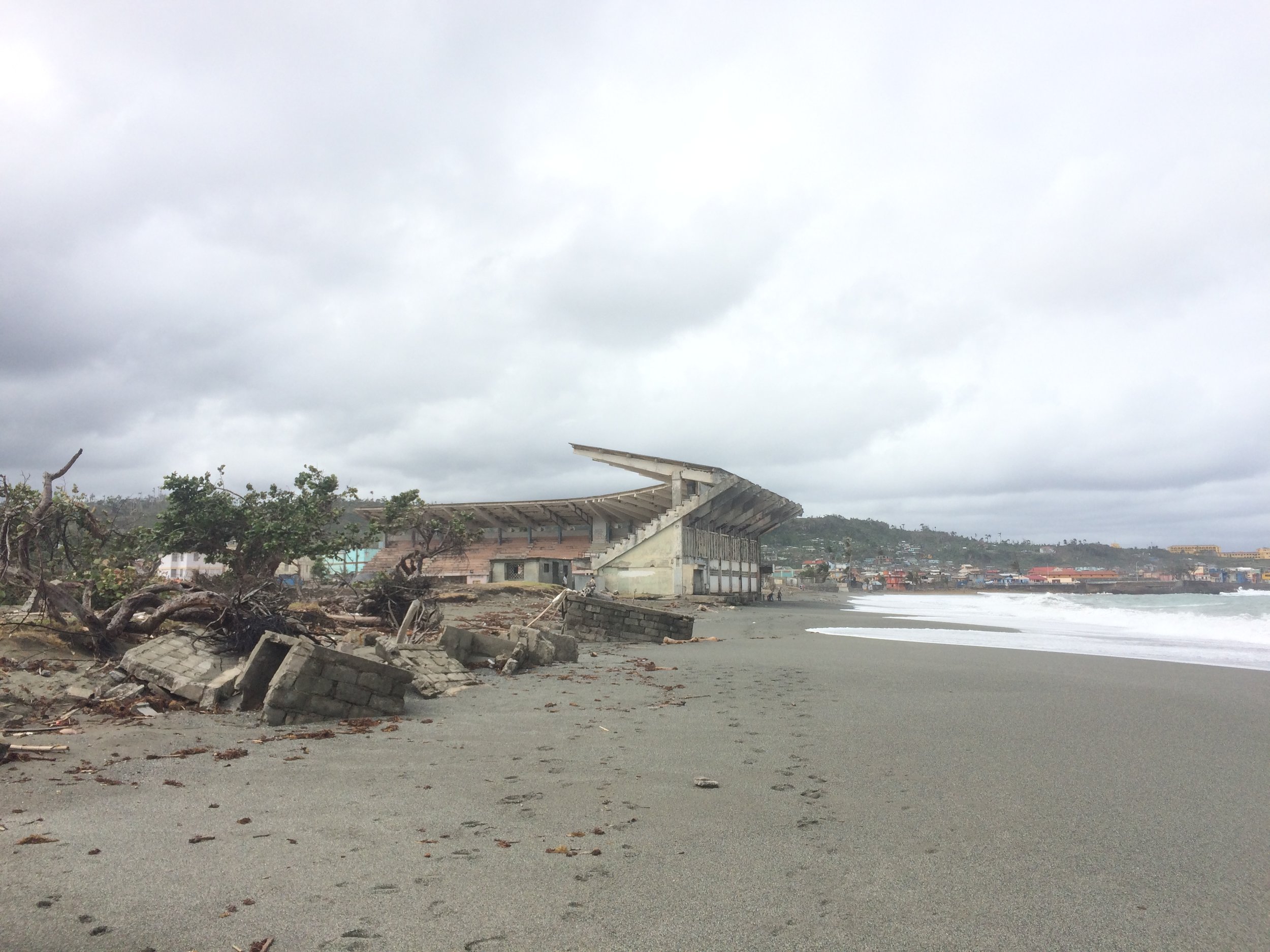

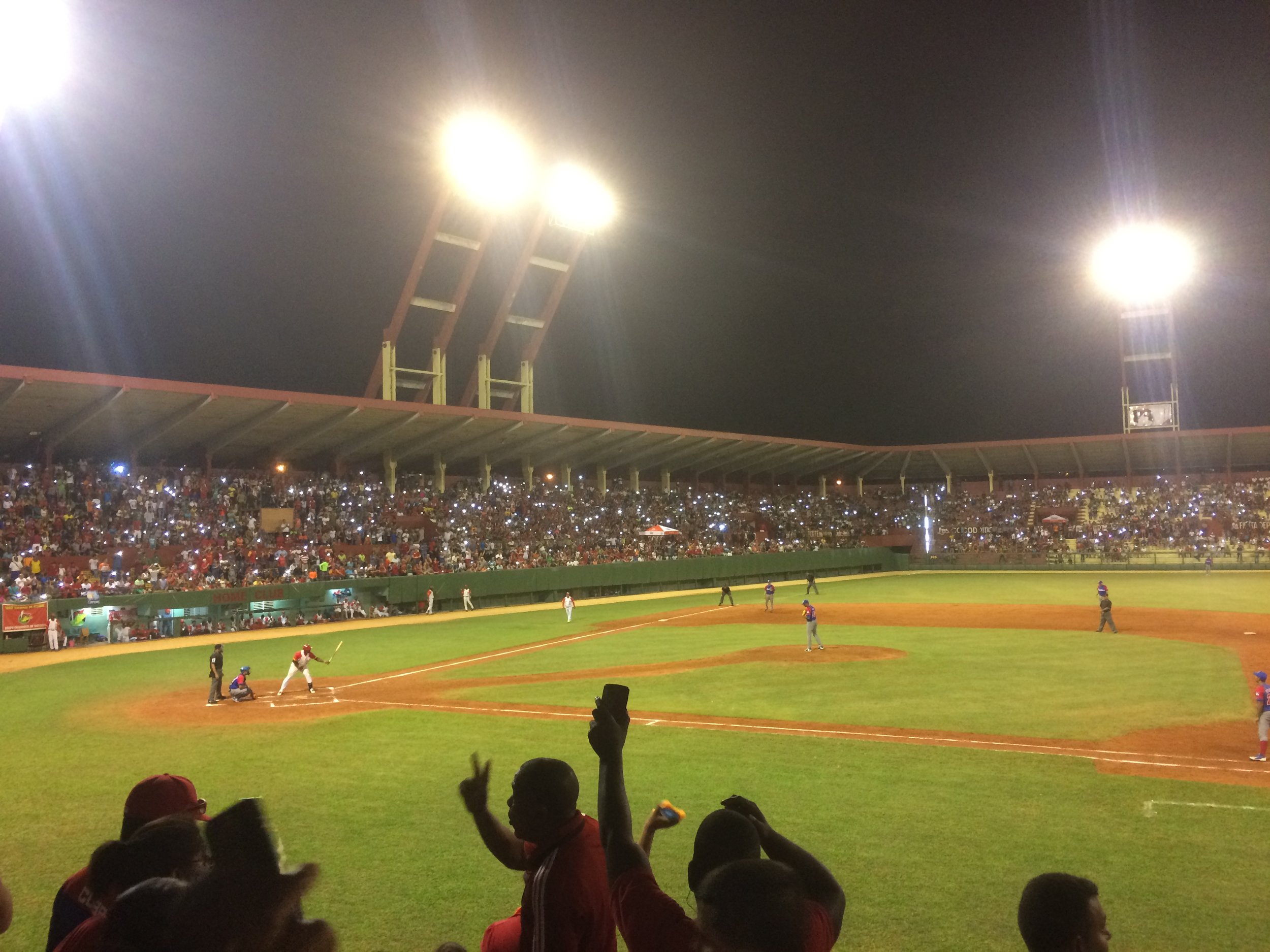
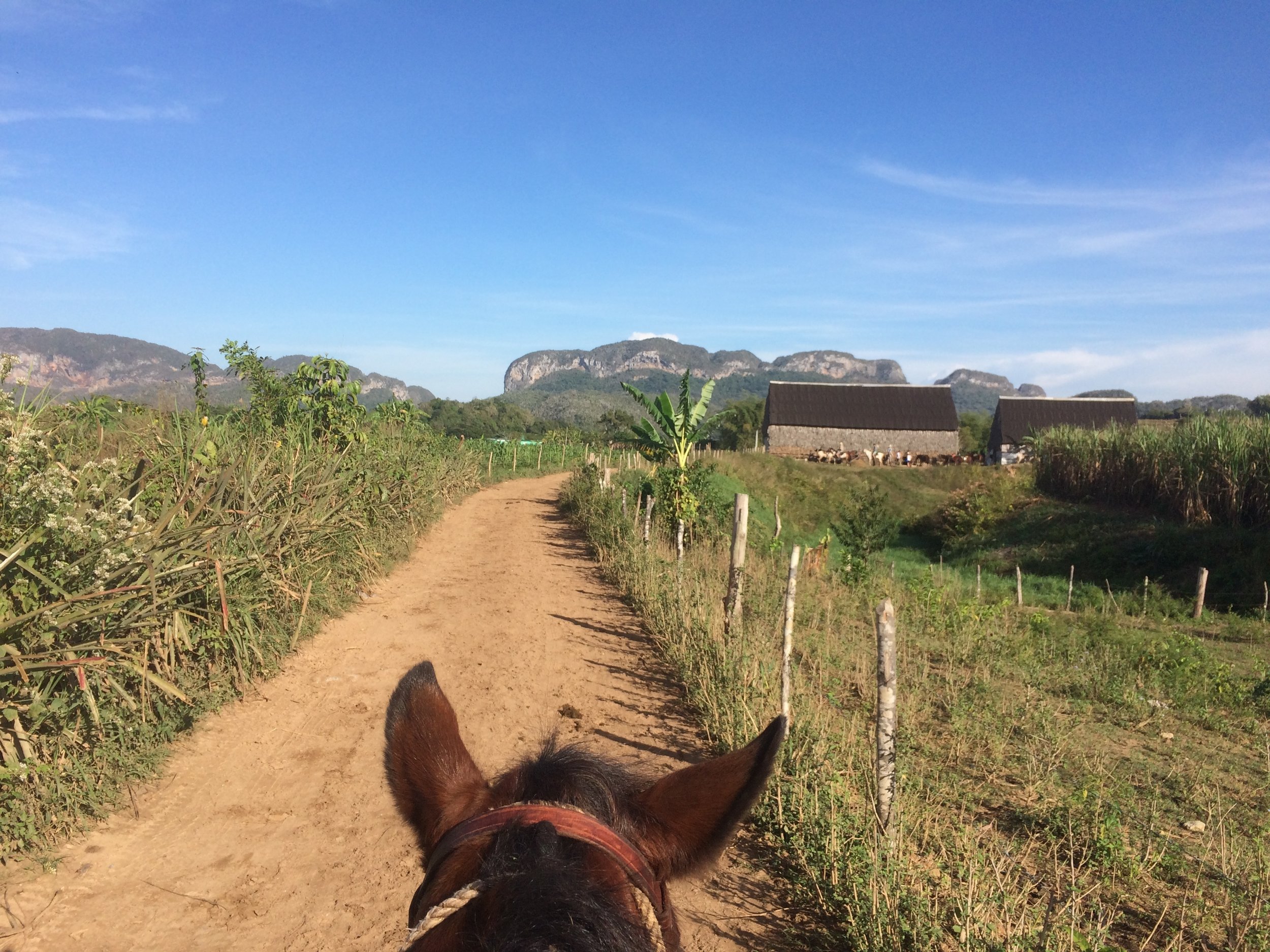
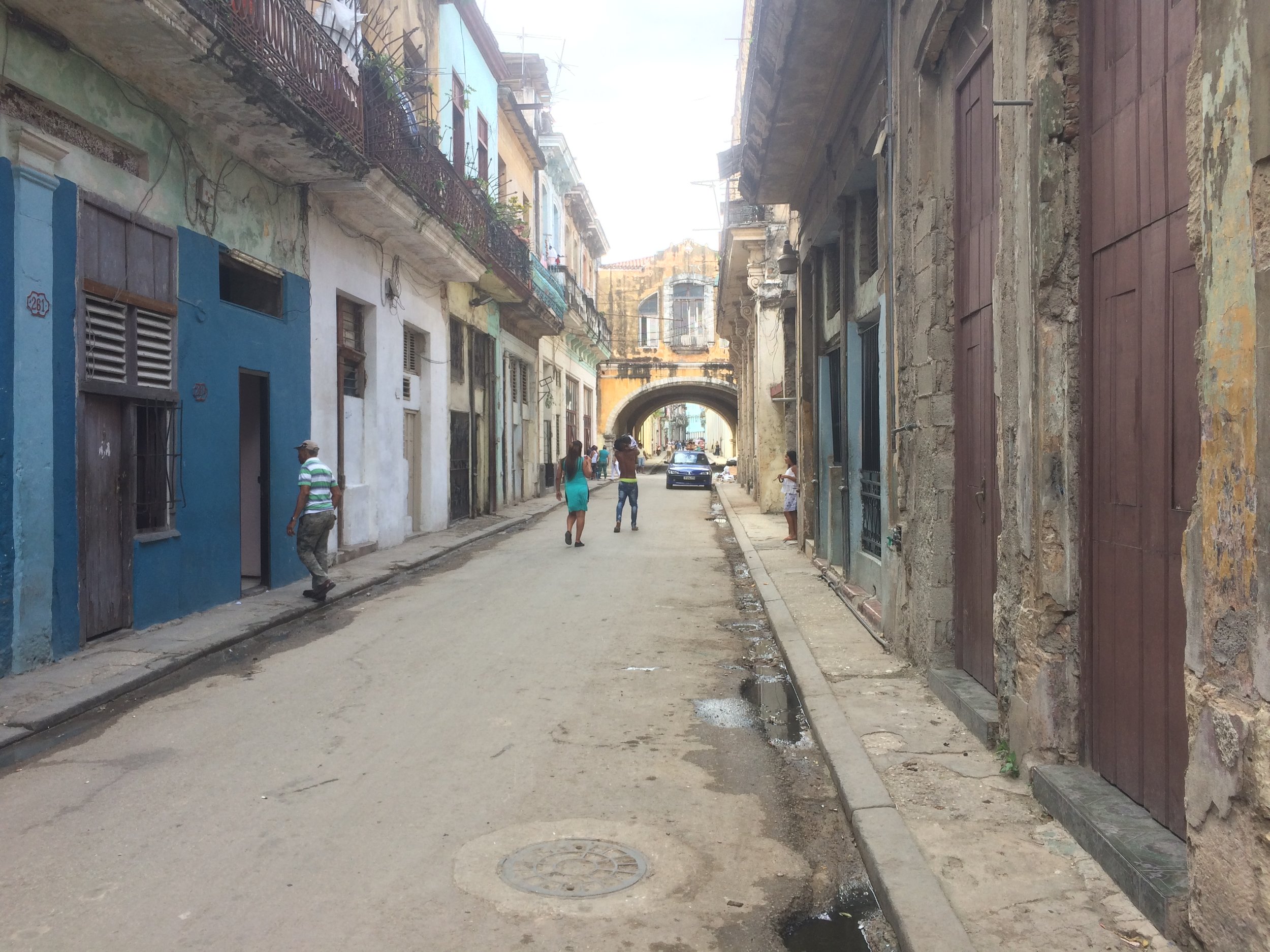
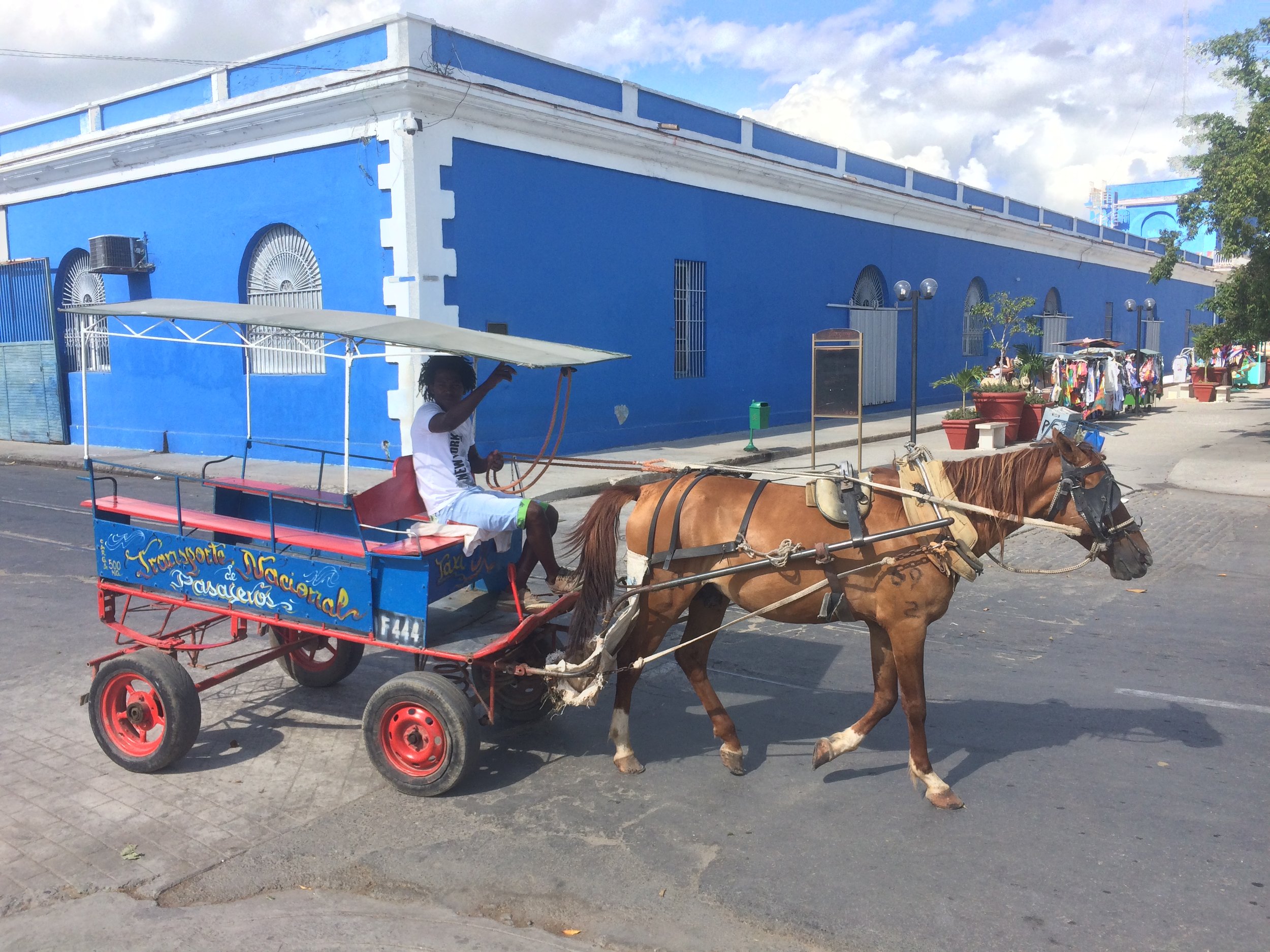
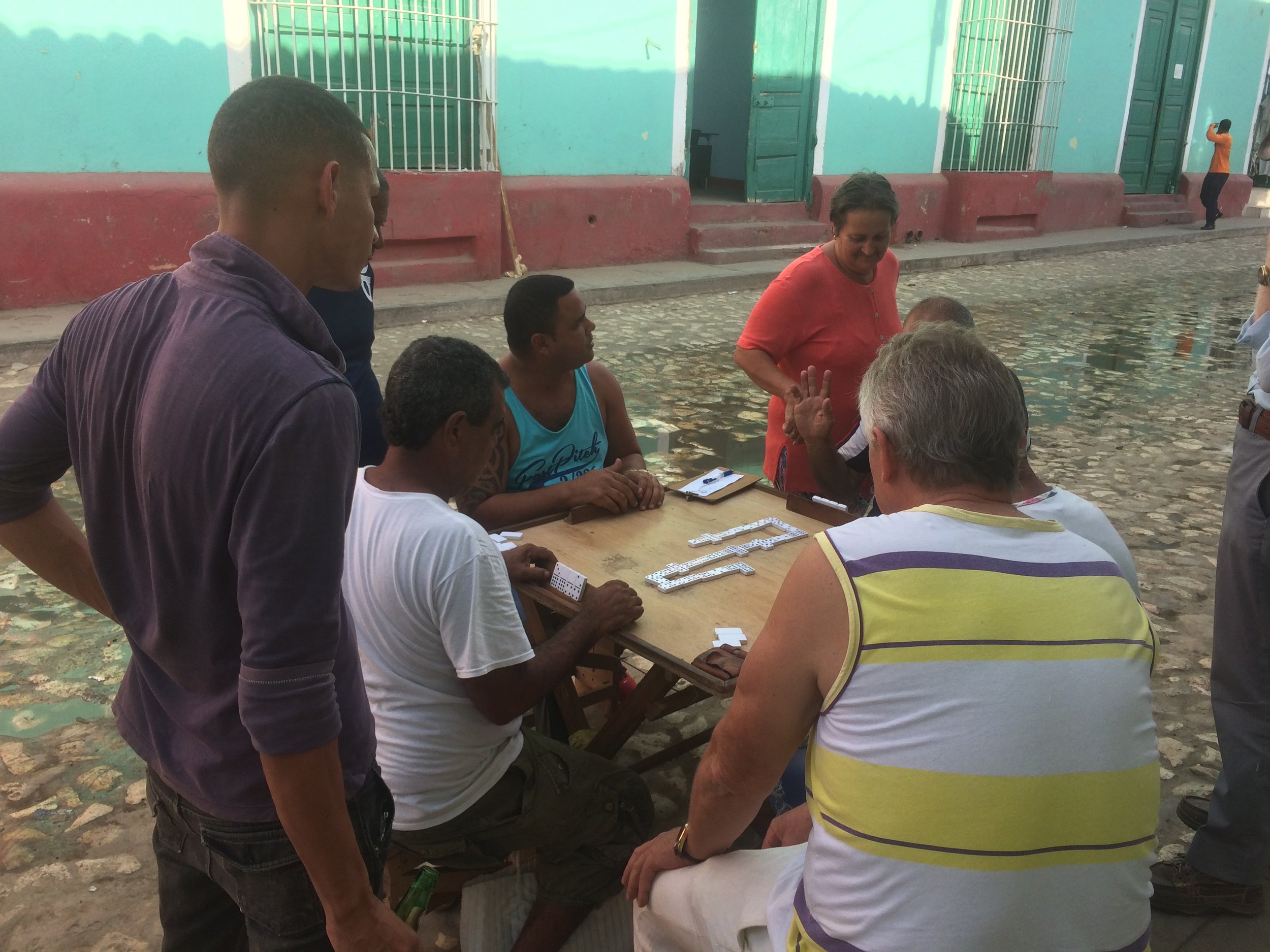
So visit now!
Of all the countries I have visited in the past two years, I sense that change Cuba will be one of the places changing most rapidly in the world. It will always be a wonderful country to visit, but if you are hoping to capture moments of pure Cuban life untainted by tourism, the sooner you visit the better. Regardless of when you go though you will always be able to enjoy the deliciously cheap bottles of Havana Club (Añejo Especial) and world famous cigars. Add great music and salsa dancing to the mix and you are guaranteed to have a wonderful time.
A few sounds and dance moves of Cuba -
Hitchhiking New Zealand
Over three months I hitchhiked 4000 miles around the north and south islands of New Zealand. Maintaining a steady diet of ham & cheese sandwiches, I explored the stunning natural beauty from coast to coast and mountain to mountain. It was a perfect way to bring my current travels to a joyful conclusion.
Arriving in New Zealand, I felt strange being in a country where I blended into the crowd and even stranger that everyone spoke English. I arrived in Christchurch, the largest city in the south island, without having any plans for my next three months. My goal was to spend as much time outside hiking, camping, and appreciating the beauty of nature.
The cathedral in Christchurch shows the damage of the earthquake 5 years ago.
Being at the end of my time abroad I’ll admit that budgeting my money was more of a concern than before. If I had been traveling with a friend I would have bought a car or van to travel around in. Traveling solo, I didn’t have the cash for a car or the desire to spend so much time alone. I considered getting a motorcycle, but I didn’t feel like having to deal with getting all the other gear as well. This left me with two options. I could take buses with to reach areas along the main road or hitchhike.
Hitchhiking has always seemed the ideal way to travel. It sounds like the best way to embrace adventure and truly let go to see what comes your way. I’ve always wanted to hitchhike my way around the world, but there has been a major shift of perspective on hitchhiking worldwide over the last few decades. No longer a common practice for a number of reasons, there has only been one place in the world where I have repeatedly heard glowing reviews on how easy and safe hitchhiking is – New Zealand. I have hitchhiked a few times in other countries, but I have never purely relied on it to get from one place to another.
I bought a small one-person tent and borrowed a sleeping bag from a friend. It was time to stop wishing I had the courage to hitch and just do it.
Getting Started
I received a ride to the outskirts of Christchurch from friends and walked to an ideal spot to stand. I like a spot where drivers can see me with enough time to slow down, room to pull over, and ideally something I can duck under if it starts raining. Reaching my spot, I unslung my backpack and took a deep breath. I was nervous and a little uncomfortable as I awkwardly stood on the side of road letting cars pass without raising a thumb or even my head. It took a moment for me to gather my thoughts. Finally, I took a deep breath and stood up straight, held my thumb out, and faced the gaze of every driver going past with a smile on my face. Looking back, I must have looked like a maniac with a permanent grin plastered to my face.
The beginning of every hitch starts out full of optimism, but after the first cars go by and time passes something negative can start to eat at the back of your mind. Yet, no matter how long you are standing on the road and how stupid you may feel being out there alone as car after car passes; it all washes away the moment a car pulls over.
After only twenty minutes (not long at all!), I received that mixed feeling of delight and relief as a car pulled over. I half jogged to the front passenger window and waited for the driver to roll down the window so we could chat. Instead, he just leaned over and opened the door.
“Where you headed?”
“Lake Tekapo”
“I can take you as far as Geraldine, that work”
“Sounds great!” (I had no idea where that was.)
I put my bag in the back seat and sat in the front. I introduced myself and met Kevin. He became the first of a long list of wonderful people who would give me lifts around the country.
After two more rides I had made it to my first destination - Lake Tekapo
Exploring the South Island
I have traveled to many beautiful places around the world, but the ratio of beautiful nature to everything else in New Zealand is unbelievable. Combined with the easy accessibility of the nature, I found myself repeatedly blown away by my surroundings (and taking too many pictures of the same thing from angles I thought looked different). I am pretty sure New Zealand is the reason the panoramic photo was invented. I won’t be able to stress enough the beauty, tranquility, ruggedness, and awe that I felt, but from everywhere I went it was only ten minutes away. In New Zealand, you don’t have to look for nature because it finds you.

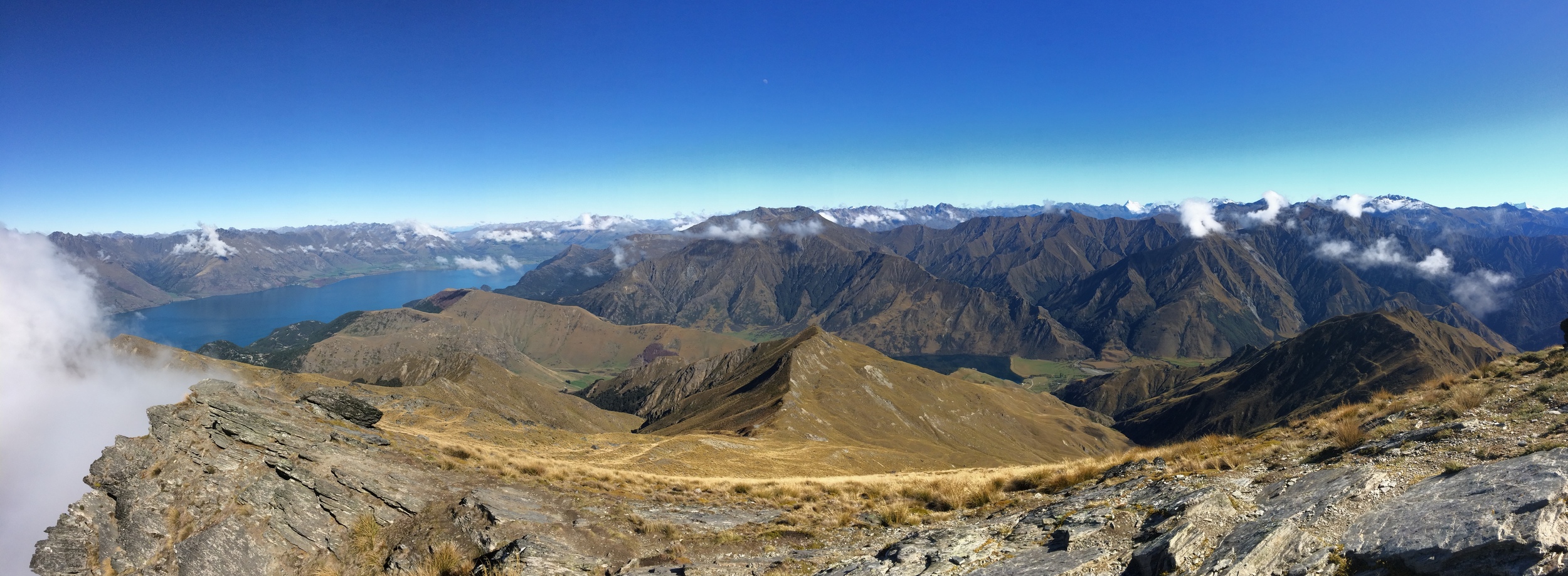



Traveling southerly from Christchurch, the only plans I had in mind were to make a clockwise loop around the island. Making my way from car to car and campground to campground, I visited the mountain ranges, east coast, west coast, fiordlands, southern tip, and the northern tip of the island. When I thought stunning views were all New Zealand had to offer, I found myself often at an arms length away from nursing seal pups, roaring sea lions, surfing dolphins, and hopping penguins.
Compared to Asia, the food in New Zealand is not very interesting, however, I did have an adventure the day I pried Pāua (abalone) off the rocks in Jackson Bay for dinner. Most days weren't as exciting and in order to save money I maintained a steady diet of peanuts, carrots, apples, and ham and cheese sandwiches. When it came to mealtime most of the other people I met felt bad for me, but I was perfectly happy with my meals (knowing it was only for a three month period).
New Zealand has a great system of huts throughout the country that provide hikers with a place to sleep, cook, and get water in the middle of wilderness. With over 950 huts around the entire country, there are amazing opportunities to spend days on the trail knowing you have a good place to sleep at the end of the day. I did plenty of day hikes around the country and a few multi-day walks. I honestly don’t enjoy challenging hikes, but the view from the top and sense of accomplishment is always worth it.
Exploring the North Island
After two months of meandering around the south island of New Zealand, I took the ferry from Picton to Wellington to start my travels in the north island. While the north island has some very beautiful areas it cannot be thought of on the same level as the south island. My favorite moments were around the Whangarei Heads, Bay of Islands, and Cape Reinga. When I came to the north island I no longer craved to be immersed in nature. Instead, I found myself looking forward to hitching for the sake of hitching and meeting new people.
Even with my new love of hitchhiking, I still had to have a general plan of where I was heading. I don’t think anyone wants to pick you up and find out you are mainly looking forward to just getting into their car and having a conversation for as far as they are willing to drive you. I decided my route of the north island solely based on the weather. When I arrived it was raining nonstop on the west coast and in the middle of the island. Following the sun, I hitched to the east coast and headed north following the coastlines all the way to Auckland.
From Auckland, I spent my final week traveling up to Cape Reinga, the most northern point of New Zealand. Reaching the lighthouse at Cape Reinga I was rewarded with a beautiful view of the Tasman Sea and Pacific Ocean meeting. I also felt a sense of accomplishment for making it all around New Zealand solely by hitchhiking. Hitchhiking isn’t difficult when compared to physical accomplishments or overcoming mental challenges, but it has its own unique qualities. It might be the faith you have to have in others or the ability to maintain a positive attitude regardless of the situation. You need to believe that people will stop to help you and that you won’t come to harm. At Cape Reinga, I felt like I had just crossed the finish line and could only think of the numerous people who helped me on my journey.
The lighthouse at Cape Reinga
Coming back to Auckland, I received my final ride from Azu. I had just been dropped off at an onramp to Auckland and was looking around trying to find a good spot to hitch from. In true New Zealand fashion, Azu spotted me and pulled over to the side of the road before I even had a chance to raise my thumb. It was a great last ride and indicative of all the wonderful people who had given me lifts over the last three months.
My Time Hitchhiking
In New Zealand, I received 107 rides from 129 strangers from twenty different countries. From these rides, I traveled approximately four thousands miles between both islands. About seventy percent of my rides were from New Zealanders. France (ten rides) and German (7 rides) made up the majority of the rides from other travelers. I was picked up five times by the very first car (always an awesome feeling). Four times cars pulled over asking me if I needed a ride when they saw me carrying my bag and walking down the side of the road. Twice I was invited into a home and offered amazing food, wonderful company, and a comfy couch or bed. Multiple times I was picked up by other travelers who I ended up spending anywhere from two days to two weeks together.
I received rides from a 17-year-old, 87-year-old, and everything in between. Men, women, and parents with children all pulled over. I received rides in campervans, sedans, old school convertibles, left-hand drive Ford Mustangs (cars drive on the left side in NZ), a seafood delivery truck, a bucket truck (used by arborists), a logging truck, other big wheeled rides, and even held onto dear life to the back of a jeep in the pouring rain as we hurled down gravel roads. Some drivers went well over the speed limit, while others moved at a crawling, torturously slow pace.
Seafood delivery truck!
All in all, I experienced almost all there was. From the rich to the poor, young and old, big rides and cramped ones, I would ride in anything and have faith in almost anyone who stopped to pick me up. One time I ended up getting a ride from an Australian man tripping on acid. I do draw the line on seeing empty beer cans on the floor or the stench of alcohol, and I never took a ride when I felt unsafe (which happened to be never). Looking back, the acid-tripping Australian man was one of the more road attentive rides I had.
Enjoying the Hitch
As I’ve said before, I was often anxious and nervous standing out on the road waiting for the first ride of the day. Over time my initial hesitations and discomfort of standing alone on the road faded away. By the time I made it to the north island I no longer had any hesitations about hitchhiking. I could stand all day at the same spot with a smile on my face and have an enjoyable time rain or shine. I must admit that the most difficult thing I faced while hitching in New Zealand was keeping my arm raised for a long period of time. Looking back I never waited more than an hour for a ride and on average only waited about 25 minutes. I was never in a rush to be anywhere and I think that helps to not feel frustrated when you don’t get rides. I am never angry when someone doesn’t stop to pick me up. That just means that we weren’t supposed to ride together. I want to get rides from the people who want to stop, simple as that.
In the beginning, I hitched to get somewhere. In the end, I hitched to meet new people. I don't know why, but I loved never knowing who was going to pick up that day. Who would I meet? Back home it is actually rare to meet someone new and really enjoy a conversation together. There may be those lucky days where your mood, chattiness, and openness to conversation match that of your neighbor on a bus or flight and you get to meet someone new. I used to take the bus every day to work and I know those moments are rare. I realized that I began to look forward to hitchhiking simply for the opportunity it gave me to meet someone new and have a conversation.
Being in a car must be one of the best places ever to have a conversation with a total stranger. To start, a car is often an extension of one's home. A place where we feel safe from others, the weather, and can isolate ourselves from the world if needed. You’re not awkwardly facing one another as if you were on a date, hopefully managing to keep the conversation moving from one topic to another. You already share a similar goal of reaching a destination and it is easy to speak about any topic that comes to mind as you speed along the road. Worst comes to worst you can just enjoy the scenery. There is nothing wrong with a little silence here and there.
Not everyone who picks you up may be looking for conversation or even company. Maybe they just felt sorry for you on the road or decided to be a good Samaritan and save you from the oncoming storm. Regardless of what caused them to pull over, I found that I could find something of mutual interest to connect with my drivers about. Even the most reserved of drivers are happy to talk if you find the right topic or show that you are a keen listener.
I wasn’t hopping in a car expecting to be amazed by our topics of conversation. I knew it wouldn’t be as interesting as learning about tribal practices in Myanmar or headhunters in India. Instead, I learned to appreciate the story of every person I met, mundane as they might be. It was invigorating to meet new people every day and in the comfortable setting of their own vehicle, receive their stories in a rush or bit by bit. I often felt like a bartender listening to the stories of strangers or, on the flip side, an entertainer weaving my own stories and sharing my history for those interested in my life. I heard a range of stories about buying wool for 60 years, painting the dotted lines on roads, flying helicopters, finding love with that fourth husband, and more. I found that there was always something interesting to hear even if it may just be a plain old good story.
New Zealand was the first country I have ever spent an extended amount of time in that spoke English. It allowed me to have discussions on a range of topics and to a more detailed degree than ever before while traveling. I am not saying you cannot have incredible and meaningful communicative experiences between two people who don’t speak the same language. However, being able to speak English and really engage with almost everyone who picked me up was an experience I enjoyed and wasn't accustomed to.
You can't forget about the sheep in New Zealand, they are everywhere!
Lastly, hitchhiking gave me an opportunity to meet New Zealanders. I was able to learn about New Zealand’s history, different foods, Maori culture and traditions, volcanoes, nature, and wildlife all from the passenger seat in the car. If it were not for hitchhiking, my experience with locals, especially Maori, would have been extremely limited.
To every single person who picked me up, gave me a wave or smile as they drove by, or took an interest in my well-being in New Zealand – Thank You. It was truly a wonderful experience full of hospitality I will never forget.
The End of an Adventure and a New Beginning
Returning from a trip abroad I know people will ask me if I think I have changed or grown in some way. I don’t think so. The changes, if they are present, are subtle. I like to think that I just happened to be part of a very long interactive documentary on the discovery or history channel. As I wrote in my one-year reflection post, I have strong feelings about who and how I spend my time. Most importantly, I am ready to return home and begin something new.
After moving from one place to another for so long you may think that I would look forward to being settled somewhere. Instead, I have an inexplicable urge to stay mobile. I am caught between wanting to be part of a community, which takes time to cultivate, and retaining the freedom to move. I have learned from my travels that moving from one unknown place to another around the world is a comforting and enjoyable state of being. Maybe one day I will be sick of it, but not yet!
Returning home, none of my goals revolve around work and I am, perhaps naively, under the impression that I will be able to find a solution that allows me to travel between friends and family in the US as I see fit. I am excited for the new challenge of supporting myself as I try to continue a vagabond lifestyle back home. I must admit that receiving a paycheck again will be a bit of a relief. After 19 months abroad it's time to come home!
View from Mt. Brewster at sunset. Reminds me of the Patagonia logo.
Mt. Ijen and Bali Life
My favorite adventure in Indonesia took me to the volcanic Mt. Ijen, which is home to a blue fire only seen at night and a breathtakingly beautiful sunrise. My other days were spent chasing waterfalls around Bali and enjoying beach sunsets with a coconut on my lap.
One of my goals while in Indonesia was to climb a volcano. After a bit of research, I was captivated by the photos of blue fire down the crater of Kawah Ijen. From the sulfur that is mined inside a portion of the crater, streams of blue fire seem to flow into the lake that is in the center of the crater. Located in East Java, it would only take about four hours on my little scooter to reach it from Bali.
I made plans to stay at a little village nearby the volcano that is home to many of the sulfur miners. On my drive to the island of Java, I came across a group of policemen pulling over drivers on both sides of the road. Even though I had been driving around on motorbikes in every South East Asian country, I have never had an international drivers license and luckily never been pulled over.
My hope of trying to slip behind another vehicle and blend my way through this random checkpoint quickly faded when almost every officer was staring directly at me. Seeing an officer wave me over to the shoulder of the road I knew my luck had just run out. After watching the six officers convene into a small group, probably to see who had the best English, one of the officers walked over to me and asked for my license and registration of the bike. I handed over the registration and pretended to be searching my bag for my license while I was actually putting away most of my money and putting only 200,000 rupiah (about $15) into my pocket.
I tried to look a bit lost and explained that I must have left my international license back in Canggu (the area of Bali I came from). He told me that I must have the license while driving and said that he would have to take me to a police office… or, with a slight tilt of his head, we could try and work out the problem here on the side of the road. I nodded, apologized again and said that I understood the situation and that it would be no problem to fix it here and now.
Reaching around in my pockets I asked him if 100,000 would be enough. Without hesitation, he asked if I could double the amount. I explained I only had 200,000 and needed the second hundred to pay for the ferry to the island of Java. He agreed without any dissent and palming the money from my pocket, I reached out to shake his hand that held my bike registration and we traded papers during the shake. With smiles all around I was back on my bike and on the road. He was happy with the bribe. I was happy with paying very little money and the experience of bribing an officer of the law. On to Ijen!
Ferry boat between Bali and Java
Mount Ijen
As the blue flame of Mt. Ijen can only be viewed at night, the adventure started with a 45-minute drive to the base of the mountain at about one in the morning. At the base of the mountain you must pay a fee in order to enter and many Indonesians are running around trying to convince you to take them as a guide or at least rent a gas mask from them. Convinced by my homestay host, I had rented a mask from him to take with me.
The trail to the top isn’t difficult to follow on your own and the roughly 4km trail takes about 1-2 hours depending on your speed. Once at the top of the volcano you may be asked again by a guide or two wanting money to take you down into the crater to view the blue fire. I was one of the first people up the mountain in the morning and without difficulty found the trail down into the crater. It isn’t difficult to follow, just bring a good headlamp.
Plumes of smoke floated up from further down the crater and the smell of sulfur got stronger the more I descended. As the smell got stronger I put on my mask continued down. I began to see sticks with baskets on both ends strewn across the ground. Before I reached the bottom, an incredibly skinny miner was making his way up the steep trail, step by step, out of the crater with a heavy load of sulfur being balanced across his back. I later learned that they carry loads of up to 200 pounds up the hill.
Miner chipping away pieces of sulfur
As I got lower and closer to the blue flames, the amount of smoke and sulfur increased in the air. When I came across a man mining for the sulfur and breathed the same air as him, the horrible conditions of the mining work was fully grasped by my mind. The mine is owned by a Chinese company and pays the workers very little for their backbreaking work. The general toil of mining and carrying heavy burdens is tough labor for anyone and adding in the toxic sulfur air you have a job that must be killing its workers slowly. With the horrible conditions in the back of my mind, I continued further to see the blue fire. It was beautiful and captivating to watch, yet difficult to stay near when smoke fills the area making your gas mask fill useless.
A close up of a trail of blue flame
Blue fire from afar
After sitting on a boulder watching the fire, smoke, and workers for a time it was time to get out of the toxic air and head back up to the top of the crater. Just as I reached the top the sun started to rise and one of the most beautiful natural landscapes was revealed before me. I may have come to witness the blue fire, but I will return to see the beauty that is the crater and crater lake of Kawah Ijen.
When my eyes had feasted enough on the sunrise of the crater, I returned back to the village for a little rest before heading back to Bali. My little rest helped me avoid being on a ferry that sank on the crossing between the islands an hour before to the port.
You can notice the sulfur mine from the smoke on the left side of the lake
Waterfalls of Bali
Looking down on the popular Tegenungan waterfall
The beaches of Bali are famous for surfing and relaxing. Yet as usual, I am drawn to waterfalls and the little swimming holes that bring me a sense of peace I can’t find elsewhere. Some waterfalls have become popular tourist attraction, while at others I found myself completely alone.
Shining Kanto Lamo waterfall
Dusun Kuning waterfall - personal favorite
The low cascade of Goa Rang Reng
Chasing waterfalls was one of my favorite activities around Bali as the little adventures brought me through small villages, beautiful rice fields, and other places I would not have ended up at otherwise.
Lovely rice paddies that look freshly planted
Getting Close to a Break from Traveling
I dropped the ball in Bali and Indonesia. I was given an opportunity to push myself into Balinese culture and learn, but I didn’t take it. The cultural experiences I often strive to be a part as I travel the world were right in front of me, but I couldn’t bring myself to engage. Many parts of Bali are a paradise for a traveler due to the quality food, both Indo and Western, comfortable villas, and stunning beaches. It was easy to get lost in tranquil days filled with beautiful sunsets while sipping on coconuts. I spent most of the time in a floating comfort zone as interesting ceremonies and how knows what happened around me.
Sunset over the Tanah Lot Temple
People sometimes talk about becoming jaded when traveling. When astonishing sights no longer hold your interest as they used to. It can be applied to most aspects in life, the moment where something we cherished becomes the norm and we no longer appropriately appreciate it. As my interest in actively experiencing the culture around seemed to be beginning to wane, I finally felt for the first time ready to return home (at least for a little awhile).
A typical beautiful sunset on the coast of Canggu, Bali
Indonesia is a big place and I definitely have plans to come back. While I enjoyed my month’s time in Bali immensely, the next time I return to Indonesia I plan to experience more with a renewed interest in my surroundings. I am slowly finding myself coming closer to the United States, but how can anyone be in a rush when there is beautiful New Zealand to explore first!
A Brief Stop in Singapore - The Chinese New Year
Singapore is an expensive city with expensive tastes, but with a lovely host and the Chinese New Year, I was able to enjoy my explorations that brought me frog porridge, light shows, and fireworks to usher in the year of the monkey.
Leaving Penang
After ten weeks of living on the island of Penang, it was time to get back into traveling mode and continue my adventures. My hostel venture had been up and running (legally) for the last three weeks. Everything was working smoothly, freeing me up to continue my travels as I had discussed with my partners before starting the venture. It was a bit sad leaving such an amazing project just when it was falling together, but the road was calling me.
See ya later - Tipsy Tiger Party Hostel
Taking an overnight bus from Penang to Singapore, I settled into my reclining seat and enjoyed the night lights flashing by as we drove south.
Immigration to Singapore
Singapore is known as an incredibly clean city with strict laws. Buildings are repainted every two years, selling chewing gum is illegal, and hefty fines are quickly handed out by police for littering and smoking in public. Drug smuggling is punishable by death and every bottle of alcohol from Malaysia is heavily taxed. The Chinese New Year was approaching and I was given some small firecrackers by friends back in Malaysia. I looked online and saw fireworks (and possibly firecrackers) were among the items that are illegal to bring into the country, but what is life without a bit of risk.
The bus I was riding dropped us off in the front of the Singapore immigration building and the driver said he would meet us on the other side. I quickly filled out the immigration form and found an empty line, ahead of the rush of commuters following close behind (many people live in Malaysia and commute into Singapore every day). I was anxious to see if they would catch the firecrackers in my bag and what would happen if they did. After walking through the metal detectors, the immigration officers were only concerned about cigarettes and didn't care or notice that I had the firecrackers in my bag.
Walking out of the building, my bus was nowhere in sight. Forty minutes later my bus was still missing and no one else from my bus seemed to be in the area. After taking a look around I decided that I had probably made a mistake, but I had no idea what or where I went wrong. Luckily local public buses pass through the area and with the help of a few locals I was soon on my way.
Singapore
Marina Bay Sands
Singapore has many similarities to George Town in Malaysia. There is a cultural mix of Indian, Malay, and Chinese and that means the food is amazing. Singapore is stricter about having food stalls on the street, but they have hawker centers full of great food and at a cheap price. I was warned that everything would be closed because of the Chinese New Year and that it would be a horrible time to visit. Yes, many places were closed for a day or two, but I had a great time wandering the city.
The Merlion of Singapore (and a Durian in the background)
Chinese New Year
Chinese New Year in Singapore consists of a lot of lights, sculptures, a few performances and about three minutes of fireworks. Vastly different from how we celebrate the New Year, the Chinese New Year is a time for family, prayers, and ushering in good luck for the coming year. No one that I saw on the street was drunk, but apparently all the old men stay at home drinking and gambling.
Day time
Night time
At midnight, there was a lovely albeit short display of fireworks over Marina Bay. Afterwards, the crowds immediately broke up and began to head home or possibly to the temples, which open at 11:30 pm to allow prayers, offerings, or general good luck wishing to happen at the start of a new year. We have entered the year of the monkey where everyone will face financial success or ruin, blossoming relationships or heartbreak, and potential injury depending on the actions you do or do not take. I think it is basically the same every year, but it never hurts to take a look at your life and be intentional on how you move forward.
Fireworks over the bay
The Sights
My favorite part of Singapore was the Gardens by the Bay. I wish I had spent more time exploring the space, but I mainly just saw the light show in the evening that reminded me of the movie, Avatar.
Gardens by the bay
I ate delicious food in the hawker centers, but the food highlight of my trip was when my lovely Couch Surfing host took myself and other surfers out for frog porridge. From the sign in front of the restaurant, I thought we would have to eat the frogs alive, but they were nicely cooked in some dark sauce. The frog was pleasantly tasty, easily coming off the bone, and definitely tasted like chicken.
Tastes like chicken!
The craziest sight in Singapore is the sculpture theme park depicting the ten courts of hell at the Haw Par Villa. If you ever want to scare children into developing certain morals, the sculpture depictions of the courts of hell may be a good family outing.
Don't misuse books!
Getting cut in half...
Singapore is beyond expensive, especially for the average South East Asia backpacker. However, the fact that Singapore was expensive was not a surprise. Everyone mentions it all the time. Prices aside, Singapore is a lovely place to visit. Singapore has incredibly friendly people, a superb public transport system, pretty neat architecture, delicious foods, and a charming night time skyline.
Exploring George Town and Making Business Moves
Journeying to Malaysia, I was looking forward to exploring the art-centric city of George Town and sample the local fare, which is a mixture of Malay, Chinese, and Indian. I came for a week of food, art, and Thanksgiving and ended up staying to work on my biggest project yet.
Making my way south from Thailand, I knew the one spot in Malaysia I wanted to visit was George Town. The largest town on the island of Penang, George Town is a mix of Chinese, Indian, and Malay. The result is a smorgasbord of delicious food that you can lose yourself in for days. While food usually reigns supreme in my travels, the real reason I wanted to spend time around George Town was for the street art.
In 2012, the Penang’s George Town Festival commissioned Lithuanian artist Ernest Zacharevic to paint several murals around the city. The paintings were a huge success bringing life to old city walls and making George Town a prime destination for domestic and international tourists. Since 2012, many other artists have gathered in George Town and have begun adding their own art to the walls. Exploring the city looking for artwork was a great way to spend a couple of days, even in the scorching sun. Enjoy a look at some of my favorite pieces:
Bruce Lee - Hiiiyah!
It was so cool walking around and checking out the street art, exploring areas trying to find artwork that was not on any map or guide. Besides the paintings, there are iron wrought sculptures all around the city that contain little bits of history about Penang. Between the street art and informational sculptures, George Town is a wonderful place to explore on foot, bicycle, or local trishaw.
A sculpture depicting George Town's trishaw tours. A great way to beat part of the heat and still see the city.
Thanksgiving 2015
I arrived in Penang on November 19th and decided to stick around for at least one week in order to find people to spend Thanksgiving with. I had a great Couchsurfing host and went to my first Couchsurfing meeting ever in hopes of finding people to celebrate with. Before the night had ended I had found a group of people to celebrate Thanksgiving with and made plans for the special day.
Using one wok, one rice cooker, two pans, and a bread toaster we cooked up a basic yet delicious combination of mashed potatoes, mac & cheese, stuffing, string beans with garlic, and roasted chicken. Frozen turkeys were very expensive in the Malay shopping centers and I wasn’t able to find an oven anywhere. The roasted chicken was a good substitute, but I will admit that something felt a bit off. Nonetheless, my Thanksgiving was a delightful day of cooking, eating, drinking, and lounging in a swimming pool. From my last Thanksgiving in Israel to the one in Malaysia, I am thankful for so much, but mainly for all the people in my life (old & new, near & far).
My Thanksgiving crew of 2015!
A New Project
The longer you spend in a place the more likely you’ll have a good story to tell for it. I came to Penang to eat a diverse amount of food and snap pictures of cool street art around the city. As I am writing this I am still here– rare for one of my posts as I am usually on the move. During my first ten days in Penang I got given the chance to take a risk financially and I took it. I know it wasn't the wisest decision ever, but I am excited to see how it turns out. Either way, success or failure, it will be a great story to tell.
So what the hell am I talking about?
I am opening a hostel in the heart of George Town’s UNESCO Heritage Site. The building is beautiful 100-year old colonial building that recently underwent a few renovations on the inside.
I met two fellow travelers, one American and one Malaysian, who were opening up a hostel in George Town and needed one additional partner for the project. I asked question after question in order to better understand the business plan, why they thought it would be successful in a place already filled with hostels, and what it would take to get it started.
Downstairs - Alex and Aaron
Upstairs
An empty room
Downstairs - 3 weeks later
Even with a full-proof plan, I think there was a small lack of common sense in deciding to open a business with two people I had only met a week earlier. However, the combination of having no idea where I wanted to go next and being interested in starting my own business left me considering that fact that it may be a perfect time to take a risk. I want to gain experience now on how to run a business and I don’t mind failing when I have no one depending on me besides myself.
The positive side to starting a business abroad is that it costs far less than it would back in the United States. For the same amount of money I wouldn’t be able to do very much back home. As a traveler, it is wonderful because I now have a home base in South East Asia. The negative side to starting a business abroad is having a very small grasp on how the system works here and what could go wrong.
In a previous post, I mentioned how I prefer to be a guest at a hostel than work behind the desk and it is still true. Even though I am starting a hostel, I won’t be running it full time. My number one goal remains returning home to live my life with friends and family midway through 2016. I have been spending my time working on the hostel, overseeing renovations, cleaning, navigating Malay bureaucracy, and doing all the little things that are necessary to run a business smoothly. New things pop up every day and I often find myself shaking my head wondering how I could have overlooked something so simple. Navigating Malaysia's bureaucracy is an adventure on its own. I will never understand why simple paperwork filings can take weeks or how workers can show up with five minutes notice and help with the installation of something.
A view of George Town from Penang Hill
After only three weeks of having the building, we were ready to welcome guests to hang out at the bar and have slowly opened up a few rooms. Luckily, my Malaysian business partner, Alex, has run a hostel before and his experience has been invaluable to covering all the bases. My other partner, Aaron the American, is a budding finance and accounting wizard. Between the three of us we have made a good team and I am excited to see how everything unfolds.
Family, Religion, & Travel - Looking Back on a Year Abroad
Over the past year traveling I have had plenty of time to think about my life and the lives I have witnessed around me. Time and time again, I have found my thoughts drifting into three categories — family, religion, and travel. I have found a new path towards my family and have become more interested in how religion affects the lives of those who practice it around the world. I believe that everyone can travel and I will tell you how you can do it without a lot of cash in your pocket.
I left the United States of America one year ago. I wanted to try new foods, be introduced to new cultures, and learn more about the world. I quit my job and left because, honestly, I did not know what else to do.
Like many people, I have no idea what I want to do with my life. Unlike the majority of people in the world I had the luxury of being able to quit my job, unload the little responsibility I had, and take off to anywhere my heart desired.
It is easy to make a list of things you don't like to do, but knowing exactly how you want to spend your time can be difficult. When I tried figuring out what it is that I like to do my list was short — eat, learn, have adventures. I knew travel would be the best way to experience all of these things. When I began traveling I wasn’t sure how long I would be abroad. After a year, I am still happy living out of a backpack and I find it very hard to stop traveling when a new amazing place, with incredible people, is just around the corner.
During the past year, I have spent many hours on rumbling buses, stuffed vans, and three-wheeled vehicles overflowing with people. This has given me ample time to enjoy my surroundings, mingle with new friends, and think. At any given moment my mind could be anywhere, dwelling on any subject, but the majority of the time it has fallen into three subjects - family, religion, and travel.
Family
Three generations of women of the Letu Chin in Mrauk U, Myanmar
The longer I travel the more I hear these questions:
“Don’t you miss your family?”
“Are you not homesick?
“Aren’t you tired of not having a home, a place to call your own?”
The fact is I do miss my family and friends, dearly. However, when I look back on my life in the States I realize I didn’t see them all that often. My friends and family live everywhere from Boston to Seattle (and now all around the world). We all have our own jobs and responsibilities that keep us grounded where we are. In the time that I have been away I may have seen my whole family only once or twice if I had stayed. I don't think this is even that uncommon. Reflecting on this makes me sad, and during my travels this past year the topic of family has often been on my mind.
Throughout Asia, I have observed family to be the single most important thing in life. The biggest responsibility a child can have is to their parents. In the West, we jump at the opportunity to live away from our parents. In many places where I have visited children do not leave home at the age of 18, or even when they are married (the wife often goes to live with the family of the husband). It is common for three and sometimes four generations to all be living together.
A primary factor in this style of living is economics. People don’t have the money to live separately. However, many of the people I have spoken with often remarked that even if they had enough money they would still choose to live with their family. For the people that do live separately in the same town, they see their family almost every day. For those who live farther away, there seems to always be a plan for when they will return home for a visit.
In the United States, I believe the foundation of how we spend time with the ones who are closest to us stems from the nature of our work. Do we work to live or live to work? Most likely it is somewhere in the middle. Sometimes our work becomes our passion and is a joyous pursuit. Other times our work is demanding and takes over more time in our life than we would hope, but the monetary return is important and often, sadly, the crux to our happiness.
Where I come from we covet privacy and praise independence. Living with your parents is often considered a sign of being unsuccessful or dysfunctional. In order to pursue our goals, we delegate responsibilities of care for children and elderly family members to others. In many ways, this line of thought has cultivated my independent nature, making it possible for me to feel comfortable and capable of rambling the globe. It has motivated me to be self-reliant and able to support myself completely. It has also led me to prioritize my goals and dreams above spending time with my family. I cherish the support and opportunities to follow my own path and would support those around me to follow their dreams.
Perhaps it is the expectations we have for our lives, of what we could have if we worked longer and harder. Outside the States, those same expectations may not exist, and in many cases those same expectations are impossible to reach. You are more likely to live with your family, to support each other when it is the only option you have. Yet the families I have been with, who are well below what would be considered the poverty line, seem to live happier lives. The poorest families I have met exude more happiness and regularly provide unconditional hospitality beyond their means without blinking. I don't believe this is a unique observation, but why is this so? Family is basically all they have and I think it becomes the foundation of their happiness and it is a constant that they can always rely on. Being around family creates a daily level of happiness that I was able to glimpse, whereas they sit in full view of it every day.
My aim is not to criticize one way of living or place one above the other. Our lives are structured by our opportunities and those opportunities are not the same for everyone around the world. The more time I have spent abroad, the more I have realized that the most important path I want to follow when I return home is a path towards my family. I want my daily life to be filled with family. Without a plane flight or scheduled gathering, I want to have dinner with my parents, watch my nephew’s soccer game, see my sister play music at night, and laugh with my brothers.
I want a lifestyle more centralized around family. If I don’t make an effort to make this happen when I return, I am afraid it will become the biggest regret in my life. I appreciate the families abroad that have welcomed me into their homes, giving me a view into where their wealth of happiness comes from.
I know not all families are close, that many people choose to keep their families an arm’s length away or more. You need to remember that not all families are made through blood. You can define who is in your family and how to enlarge it. When I talk about my closest friends the only way I can accurately describe the level of closeness and love is by saying, “he’s like a brother to me (or sister, or mother).” Otherwise, I think the relationship isn’t understood correctly. I am not alone in describing close friends as members of my family. It is usually the highest praise someone can give another person. It shows how much we care about our own family or at least the idea of family — a sign that we all know how important family is.
We all look for what makes us happy. As I have said and experienced countless times on my travels, my best memories are not from the food (blasphemy I know) or the outdoor adventures I have had. It is the people I have met that have given me the most cherished memories I have.
I don’t know what age you are supposed to figure out what makes you happy or if you are ever given a clue at all. I’ve realized that if I fill my life with the people I love, I know I will be happy, regardless of any challenges or problems the future brings. Realization is only the start. When the day comes and I find myself back home, I know there will be challenges to living the family lifestyle as I have described. Nonetheless, I know it is what I want, regardless of any sacrifices that may come and I am ready to make it work.
Religion
Young monks who helped me send some special prayers from the Bolaven Plateau, Laos
My life in America compared to the places I have visited is incredibly secular. Without the songs of a Sunday choir at a Baptist church near my home or having a co-worker who observed the Jewish Sabbath, I could have easily imagined that I was in a world without religion. Religion played no role in how I lived my life, and I rarely saw it appear in the lives of the people around me.
When I began traveling, the first country I visited was Israel on an organized trip through Birthright. I didn’t go in order to kindle a religious flame; I went because the trip was free. I received a wonderful tour of a beautiful country, ate delicious food (hummus!), and formed new long lasting friendships.
One day during a group discussion, we were asked a question along the lines of, “What is your self-identity?” Almost everyone responded that being Jewish was a part of their identity. I felt different. Being Jewish was an activity akin to soccer, music lessons, or even playing video games. It governed a portion of my day when I was forced to go Sunday School and I learned some specific information because of it – but it was not, and is not, a part of my self-identity.
I am glad I started my trip in Israel as it gave me an opportunity to reflect on my identity and the role religion has played in my life before I visited countries heavily influenced by religion. Traveling through lands filled with Hinduism, Judaism, Sikhism, Islam, Buddhism, and Christianity, my thoughts on religion are evenly divided.
I can only admire what religion has brought to people to people around the world, especially those who need a light when life seems dark and hopeless. More specifically, I love the community and support it can create when it includes people of all races, gender, age, and even other religions. I previously wrote about my experience at the Sikh Golden Temple in Amritsar, India. Where the community of volunteers (of all backgrounds) cook and clean 100,000 meals a day. It is a place where the doors are open to everyone of the world 24/7. A person can receive food and place a to sleep. It was the best example of any religion I have ever seen playing a positive role in the world.
The Golden Temple in Amritsar, India
On the other hand, I utterly despise religion when it becomes the excuse for committing atrocities or teaches discrimination in any form. Coming from a secular background, religion seems to contribute to misery more than it helps. I know a single bad apple can give the illusion that the whole barrel is bad and that is unfortunate, especially when it leads to further discrimination and misunderstanding.
I am not an atheist and my beliefs have no label that I know of, but it falls fairly close to what a friend described as Unitarian Universalist, who “do not share a creed but are unified by their shared search for spiritual growth.” I don't care what you believe in as long as you don't harm yourself, harm others, and respect the beliefs of others. I often find myself believing that the world would be a better place without religion.
From experiencing several different religions during the past year, my interest in the topic has grown. I hope to continue to learn more about religions in order to better understand the lives, motivations, and beliefs of the majority of the world.
What is Travel?
Sunset flying into Vietnam from Hong Kong
It’s funny. I dreaded being considered a tourist, at least in the beginning. When I travel I consider myself different from a tourist. I am a traveler. I take pride in making local friends, learning words in the local language, eating where the locals eat, and using transport like a native. I like to travel overland, not because of budget constraints, but because you end up places where most tourists do not. I try to adapt to the culture and blend in. I don’t want to be the foreigner who is insolent, acts entitled, or is oblivious to local customs.
I would gaze upon tour groups with mild distaste, grateful for my solo traveling ways. I felt superior to tour groups and tourists who get shuttled from one attraction to another, failing to come in contact with the true essence of the place. I felt I was the real traveler, I thought I gained more from my travels than they ever would.
First, comparing yourself to other people is rarely a beneficial process (often stupid), and in this scenario it is completely ridiculous. Second, who I am to decide which form of travel is best for everyone in the world? I started to reflect on what it means to travel and the ways you can do it. The way I travel may be scary, uncomfortable, or too stressful for many people. Just because I enjoy the way I ramble the globe, it doesn’t mean it is the only way. Nor does it mean you are missing out.
Traveling is about going somewhere different. It is about learning and new experiences. It doesn’t matter if it is going to a beach in Cancun for a week or trekking through the jungles of Borneo. Who cares if you’re part of a large group, doing one touristy thing after another, as long as you are enjoying yourself and being respectful to the people around you. Of course I believe one of those options can be a better experience over the other, but at least both options bring you somewhere new or different.
One of my favorite travel quotes is from Robert Louis Stevenson, the author who wrote Treasure Island and Strange Case of Dr. Jekyll and Mr. Hyde. He said,
"I travel not to go anywhere, but to go. I travel for travel's sake. The great affair is to move."
Simply leaving your comfort zone and moving somewhere new is a great start. I don’t care if it is all 5-star resorts and cruises. You may be indulging in luxuries that wouldn’t fit the bill of what many people call traveling, but I believe it is travel. And if that is how you want to do it, go for it. It may be a more pampered approach, but everyone can move around the world differently.
It doesn’t matter as long as you get up and move. Even if you try to hide from new foods or smelly streets, you’ll still have the view from the airplane or remember the rocking motion of the cruise ship. I think everyone can gain so much by moving, domestically and internationally. Isn’t it funny how we often never visit the amazing places right in our back yard? I lived in Seattle for two years and never once visited the stunning Olympic National Park until I quit my job. So whether you want to visit somewhere that is 50 or 5,000 miles away, just get up and move. If you think traveling, especially abroad, is impossible and that you will never have the money to go, think again. It may not be a cruise or resort, but I believe almost everyone has the choice to travel abroad.
How You Can Travel
My work family on Kibbutz Gezer in Israel
After about three months into my travels, I began to see longing looks from fellow travelers on shorter adventures, wishing that their vacations could be longer. Many people wonder at how I could afford to travel for such a long time. My friends back home tell me how awesome my trip is and how they wish that someday they could travel as well. I know that dropping everything to go traveling was easier for me than it could be others. Too many of my friends graduated from school in debt, instantly feeling a ball and chain around their ankles. Timing can make all the difference, but there are too many people who wish to travel and never take the opportunit ies when they come.
If I traveled the conventional way I would have long ago become broke and forced home. So how do I do it?
My favorite traveling community in the world is called Couchsurfing. Couchsurfing enables you to connect with fellow travelers and people who have a passion for different cultures. People open up their homes, letting you sleep in spare bedrooms, on a couch, or floor – all for free. In return, you should save some of your time for your host to share any and all knowledge that you have. I have Couchsurfed in many places across Europe and Asia. It is an amazing way to meet locals or long-time residents who can often provide the best suggestions on what to do. When I lived in Seattle I hosted travelers when I could and when I stop traveling I will host once again.
For longer stays and forays into an area and culture, I have had great success with Workaway. Workaway is a program that connects hosts with volunteers. The work can be farming, construction, teaching English, running a hostel, babysitting, or being a bartender. In return for approximately 25 hours a week you are given accommodation and generally food as well. You can find hosts that need help for ten days or who would be extremely excited by a yearlong stay.
So far I have participated in three Workaway exchanges. My first was helping out at a small restaurant in Bangalore, India for two weeks. In Bangkok, I worked at a hostel for about three weeks. Further south on the island of Koh Tao I worked at a scuba diving shop, making sure it was clean and ready for customers every day. I also got to help whip up some fun BBQ’s as well. My Workaway experiences have been fantastic and it is a wonderful tool that anybody can use. If you have enough money for a plane ticket or a bus to your destination, you can stay for free and work in many amazing places around the world.
Sometimes you can find a wonderful opportunity by just looking around you. Through friends in Israel, I managed to find a kibbutz where I spent a month picking olives and pruning the trees. It is one of my favorite memories from Israel. Lastly, as you travel you are bound to make friends with people all over the world. Give them a visit! I’d bet money that they would be more than happy to host you in their home country.
The cost of travel can seem expensive, but in many ways it can be cheaper than you think, even cheaper than going out in your hometown on the weekends. It can sound crazy to spend your two-week vacation abroad exchanging your labor for a bed and food, but it is so much easier than you think. When you have time off from work don’t get stuck thinking, “I wish I could travel, but I just don’t have the money.” Do some research; look for ways that you can make traveling happen for you. Is there a cool volunteering opportunity in your dream destination or an awesome Couchsurfing host willing to let you crash on their couch? You’ll never know unless you try.
One Year Gone and Life Continues
I have spent the past year living exactly as I want to. Yes, sometimes things don’t go as planned, but that is part of the adventure no matter how frustrating it may be at the time. People ask me, “What is the biggest change you’ve seen in yourself?”
I don’t know.
If things have changed, they have been subtle. I feel more motivated to take the future into my hands than ever before. I will continue to travel, but I know I will be settling somewhere again in the not too distant future. I have found a few more things to add to the list of “what I want to do with my life.” I want to improve my Japanese and Spanish speaking abilities and possibly add a new language into the mix. I will definitely try my hand at glass blowing or ceramic sessions on the wheel. I want to spend more time outside. Lastly, I want to try working for myself on my own terms, even if that means failing (as it probably will). All of this breaks down into doing more things with my life. I want my daily routine to be filled with educational and outdoor pursuits — not work, eat, sleep, and repeat.
All of these thoughts were probably rattling around in my head somewhere before, but traveling has allowed them to grow and take root. I am not spending much time worrying how I will attempt to shape my life to my liking in the future. I know it will be a challenge, but I am thankful for having the time to reflect on my life through the lenses of my travel experiences.
Right now, I am living life one day at a time with no set plans or expectations. I am thankful for the opportunities I have had and I look forward to what the future brings. I hope something in this reflection has struck a chord with you. Maybe it’s time to get up and do a bit moving or finally sign up that new activity. At the very least, I am sure there is someone out there who would love to hear from you.
Laos from South to North
From south to north, I traveled the length of Laos. I went from Si Phan Don, the extremely laid back chain of islands within the Mekong, to Phongsali, the launch point for visiting small villages in the north. I visited waterfalls by motorbike, explored the countryside by boat, and hiked into the northern hills to stay in a village. I loved all of Laos but offer a few warnings for eager adventure travelers looking to trek in the north.
I crossed the border of Laos on a bus from Hue, Vietnam. After waking up early to catch the bus, I received a long break as the bus pulled over just five minutes after departure for gas, and the loading of cargo (fruit, vegetables, birds, and other stuff) for over an hour. Fully loaded up, I had a fairly enjoyable ride in my tiny bunk bed. As we crossed the border I was left behind as the bus pulled forward to bring the other passengers up to a restaurant.
Loading up the bus...
...takes a long time.
I had to pay $40 to get my Laos visa, and as they wouldn’t accept my non-pristine USD, I had to exchange them at a nearby bank. Without any other difficulties I entered Laos with my visa, had my lunch bought for me by a kind elderly man, and was on my way south to Si Phan Don, a group of islands surrounded by the Mekong River along the border of Laos and Cambodia.
Si Phan Don
Stepping ashore on Don Det, the most popular island for backpackers, I immediately knew I was in the right place for a bit of relaxation after my whirlwind tour of Hong Kong and Vietnam. The majority of shopkeepers, restaurant owners, and guesthouse staff spend the day lying on their backs until the arrival of a customer. There is no rush, no place where people have to be, and honestly not much to do anyway. It is a perfect place to do some writing, finish and start a new book, and enjoy the passing of fishing boats as they set and check their traps each morning and night.
A fisherman cruises home at sunset
Khon Phapheng Falls
Nearby Don Khone island
Fishing
After a rejuvenating stop in Don Det, the time to truly explore Laos was at hand.
The Bolaven Plateau to Luang Prabang
The Bolaven Plateau is an elevated region to the east of Pakse. It is famous for its coffee and a number of beautiful waterfalls. I am not one for coffee, but I am always up for a motorbike adventure to see waterfalls.
Tad Fane waterfall over 120 meters high
Tad Hang waterfall in the village of Tad Lo
Tad Yuang
Young monks who helped me pray at a local temple
After my motorbike journey, I took an overnight sleeper bus to Vientiane. Throughout my travels I have used many types of transportation, but I have never had to share a bed, barely larger than a twin, with a complete stranger. I gave my bedmate my best friendly smile, scooted over, and snuggled down for a cozy night while periodically protecting my space with an elbow or shoulder.
Arriving in Vientiane, I was rather surprised at the diminutive size of the capital. It was at this moment that I started to understand how underdeveloped Laos was in comparison to its neighbors. I think the first cinema in the entire country had just opened just a few months back. The city itself was rather pleasant, especially the area along the river. Overall, Vientiane seems to be mainly a stopover on the way to more interesting activities in Vang Vieng and Luang Prabang.
Patuxai Victory Monument in Vientiane
Next on the road north was Vang Vieng, home to the infamous river tubing that resulted in a few deaths years earlier due to the amount of drugs and alcohol available at the riverside bars. Since 2012, there are only a few bars left open, but it is still fun if you don’t care about the actual tubing, which there is very little of. However, Vang Vieng has far more to offer than tubing. There are plenty of caves to explore, rock climbing opportunities, and a few waterholes you can go to for a swim.
The Mekong in Vang Vieng
From Vang Vieng, the next stop was Luang Prabang, by far my favorite of the larger cities in Laos. With a few nice temples, a great view over the Mekong, and nearby to my favorite Laos waterfall, Kuang Si, Luang Prabang is a lovely place to visit. Within the town is a great program called Big Brother Mouse, which promotes literacy throughout the country by providing books to villages and hosting English conversations twice daily in Luang Prabang. I had the wonderful opportunity to interact with 20 high school students who were eager to speak and learn.
Kuang Si
The view from Phou Si hill in Luang Prabang
Going North on the Nam Ou River
The next section of my journey was through northern Laos, the region I was most excited for. Starting in Nong Khiaw, I traveled by boat upstream to a little town, Muang Noi, which has been completely taken over by tourism, yet during the offseason there is enough beauty to enjoy a few days along the river. A further three hours upstream is one my favorite places in Laos called Muang Khua.
Bailing water out of a boat on the Nam Ou
Children coming to greet their father who was on the boat with me
Muang Khua is not a the usual destination for tourism, but it is on the highway between Thailand and Vietnam and in the middle from Nong Khiaw to Phongsali by boat.. Travelers pass through and spend an evening if they have to on their way to other destinations.
Since being out in the Bolaven Plateau, I finally found somewhere that didn’t feel touristy. Daily activities included going to the market for sticky rice and meat, jumping in the river for a swim, and walking around town.
Children at a school or daycare in Muang Khua
Boat repair
Muang Khua
I met a French family who were building a raft made of bamboo and planning to float down the Nam Ou. I love meeting travelers who break the standards of who can travel and how. Many people believe you can’t travel with a child, but they prove you can (and with style). I spent a day helping them build the bamboo raft, which would carry the couple and their 3-year old son down the river. Even though the raft didn’t quite float as high as hoped, I saw them four days later perfectly safe and happy.
Lee with his son Manu
From Muang Khua, I took a peek at the prices for trekking and was astonished to find that it would cost me $75 a day to go on a trek alone. Even with a group, the cost would still be at least $30 a day. These prices are far higher than anything I experienced everywhere else in Asia. I decided to hold out until my next destination, Phongsali, which is supposed to be the best place to start from in order to trek to remote villages in Laos.
Trekking in Phongsali – The Good and The Bad
After the 9-10 hour bus ride, one that is not quite as terrible as all the guidebooks describe it, I was in Phongsali. Phongsali is supposed to be the ideal launch point for 1-4 day treks that bring you to relatively untouched villages. After joining a group with a lovely Italian couple, Sara and Anto, we opted to only do a two-day trek for a couple of reasons. The prices were high and the majority of the other treks did not leave from Phongsali, but towns we had passed on the bus 2-4 hours away.
Our guide Vilak
Heading out on the trek we met our guide, Vilak, who was absolutely amazing. Without him, the trek would have been subpar and a disappointment. Over the next two days, the trekking itself was nothing special. We walked mainly along dirt roads and didn’t stop at the villages we had been promised. The highlight was arriving in the Akha Phunoy village where we would spend the night. The people were friendly, we had a warm welcome, and the food was delicious. We even got to enjoy a traditional Akha massage after our dinner and strong homemade lao lao (whiskey).
Akha Phunoy Village
Digging for sweet potatoes with Chief Siton
After the trek I felt that the information from the tourist center was rather misleading. There weren’t very many people dressed in traditional garb as advertised. You can find more in the market in Phongsali than in any village. The level of machinery and trash took away from the expected experience of trekking to "untouched" villages. I am not criticizing the state of the villages, but how these treks are described to travelers. It seems like Laos is promoting an experience that doesn’t quite exist. Thanks to Vilak, Anto, Sara, and the chief's family I still had an amazing time, but for most travelers I would probably not recommend the trip to Phongsali.
Overall, I loved Laos and can’t wait to return again. The people were incredibly friendly, the countryside beautiful, and there is nowhere better to relax than along the Mekong or Nam Ou.
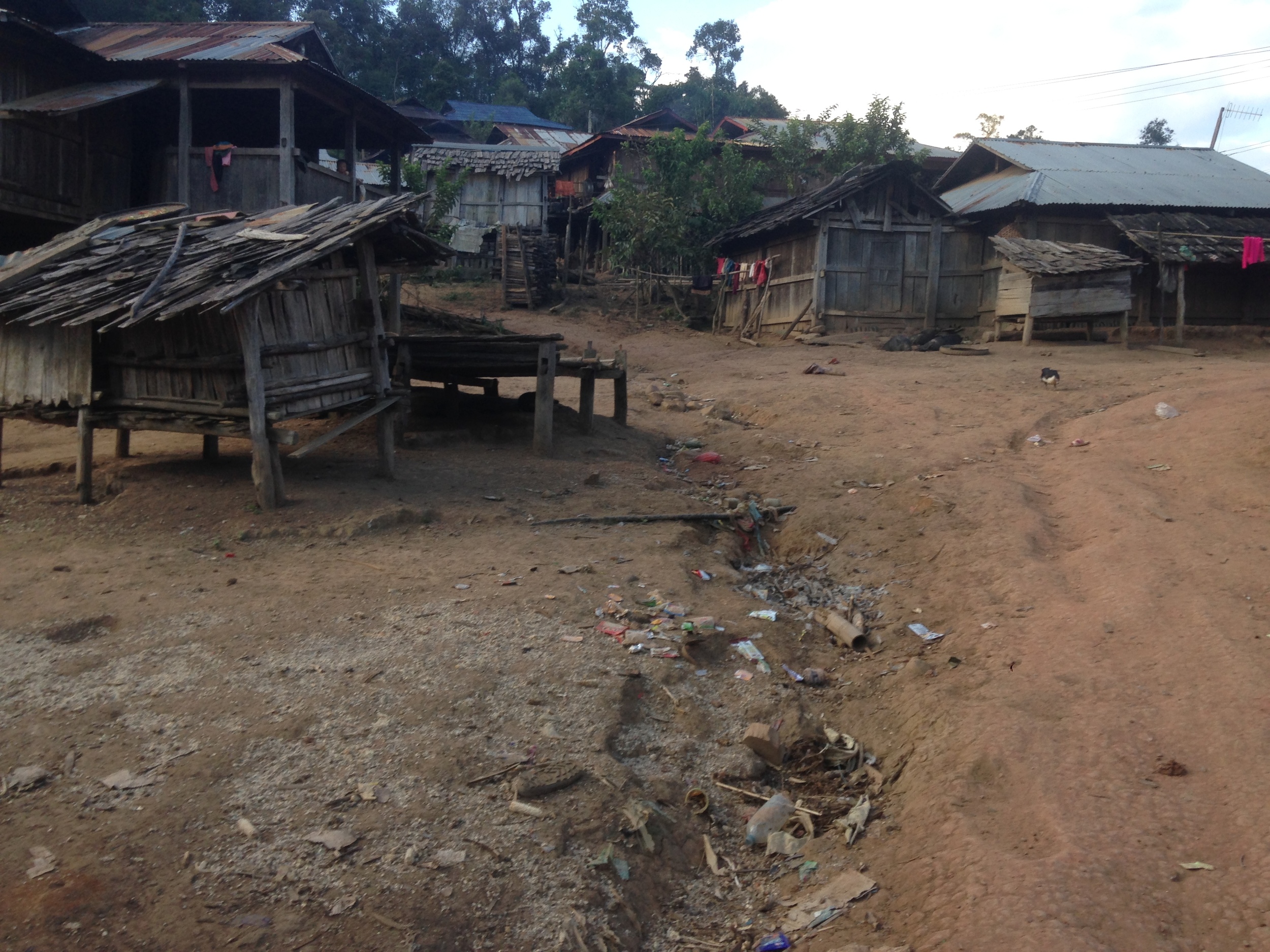

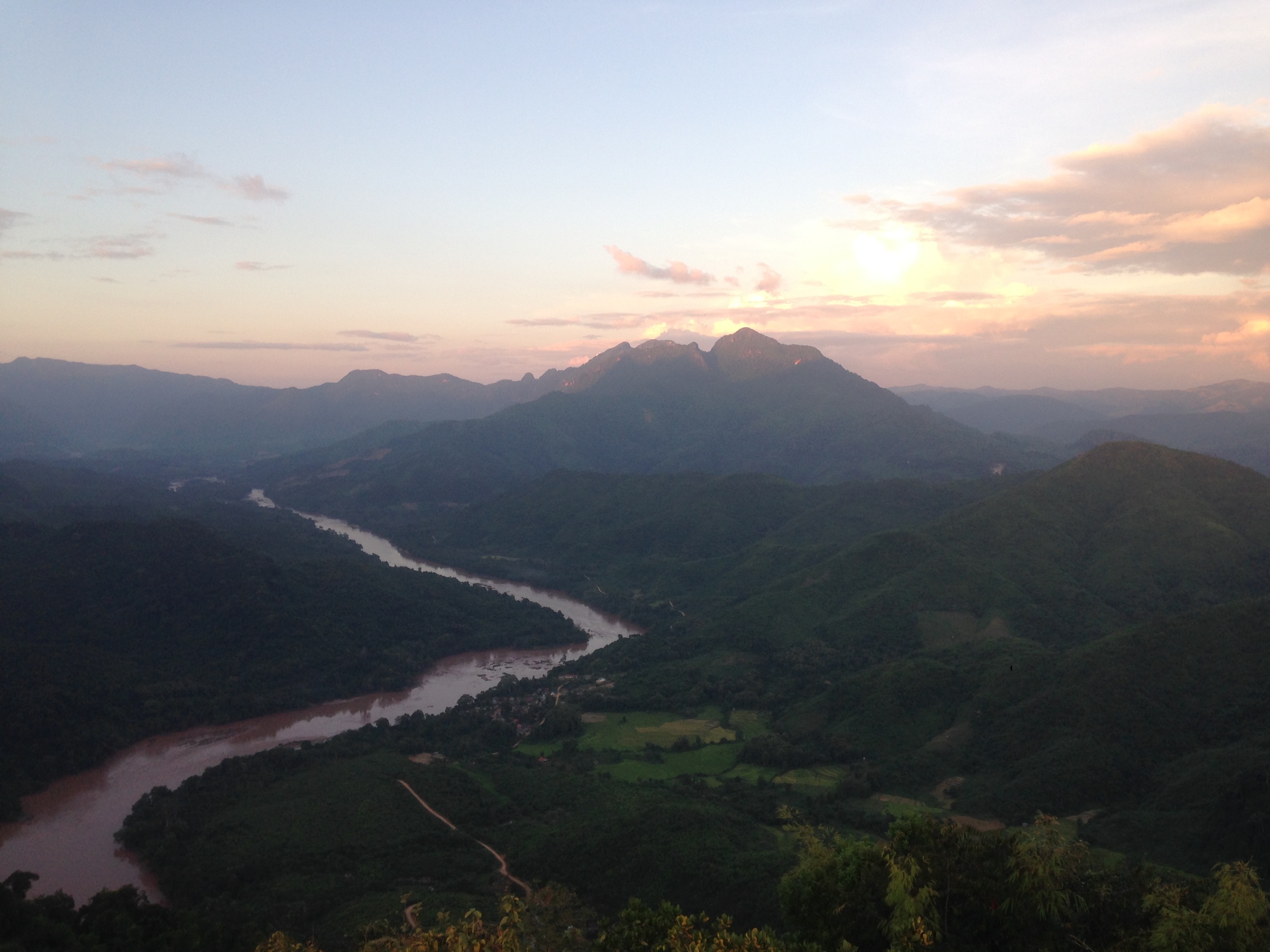

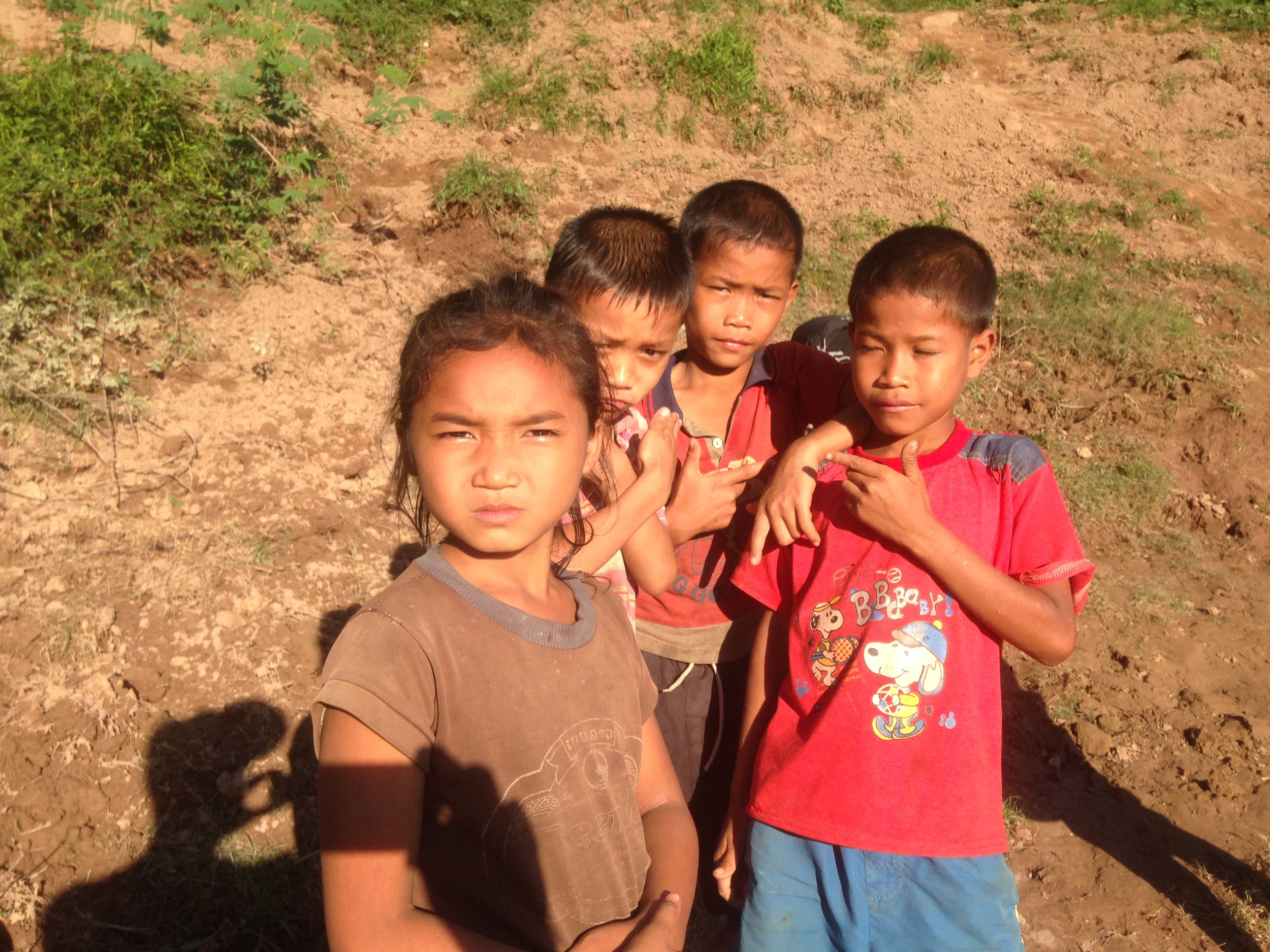


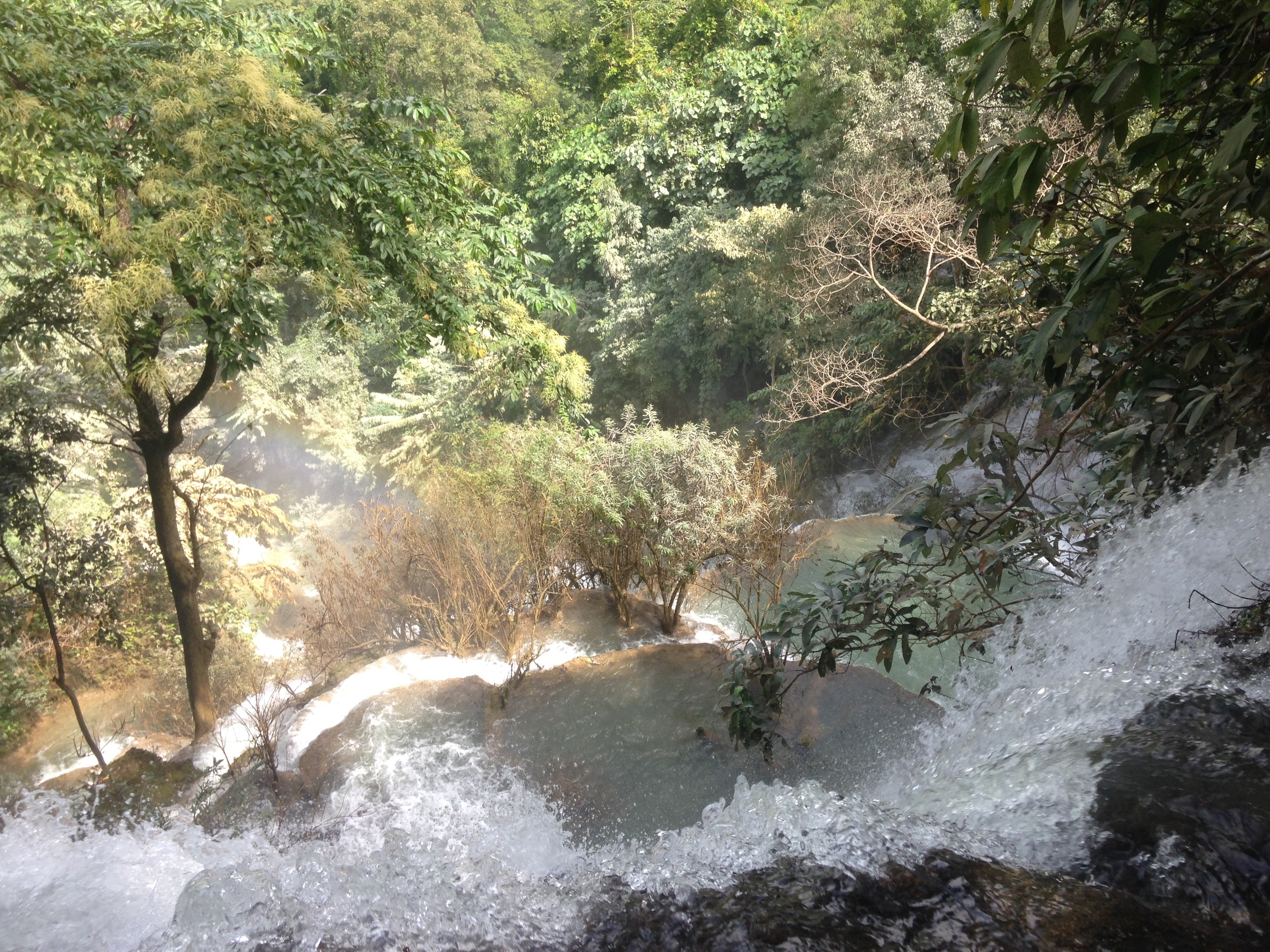

Hong Kong & Vietnam
Gladly going against my usual travel rules of "no flying," I left Thailand for Hong Kong in order to see a couple close high school friends. I learned there was more to Hong Kong than just city life. Later, we traveled to Vietnam, which in many ways was the catalyst in transforming me into the traveler I am today.
I thought Hong Kong was nothing but a commercialized concrete jungle where the most common feature is a forty-story apartment building blocking your view to the harbor. I soon learned that Hong Kong has many beautiful hills, beaches, and swimming holes surrounding the island.
From Thailand, I flew to Hong Kong to meet up with Andy and John, both high school friends. My plan was to stuff my face with as much delicious dim sum and other scrumptious morsels until my stomach could take no more. My friend, John, is a Hong Kong native and quickly showed me there was more to our itinerary than eating.
The view hiking to Sai Wan
The first of many infinity pools. If you climb up the rocks you find another waterfall and pool.
Andy and I getting a better vantage point.
About to jump from the top of the third waterfall at the Tai O infinity pools.
It was pleasant to have my preconceived notions of Hong Kong blown away by the nature of the island. Nothing beats a day out in the sun exploring beaches and waterfalls and then following it up with delicious food.
I am not very familiar with international food rankings or awards. When I heard that the cheapest Michelin star restaurant in the world is in Hong Kong, my brain quickly made it a priority to go wherever it was and eat as much as I could. The restaurant, Tim Ho Wan, specializes in dim sum, which can and should be enjoyed for breakfast, lunch, and dinner.
Dim sum.
Hong Kong does not disappoint when it comes to food. Whether it was gigantic stuffed buns on the street, small bakeries tucked away on every block, or wet food markets, I always walked away satisfied. A return trip to Hong Kong could be made on the basis of food alone.


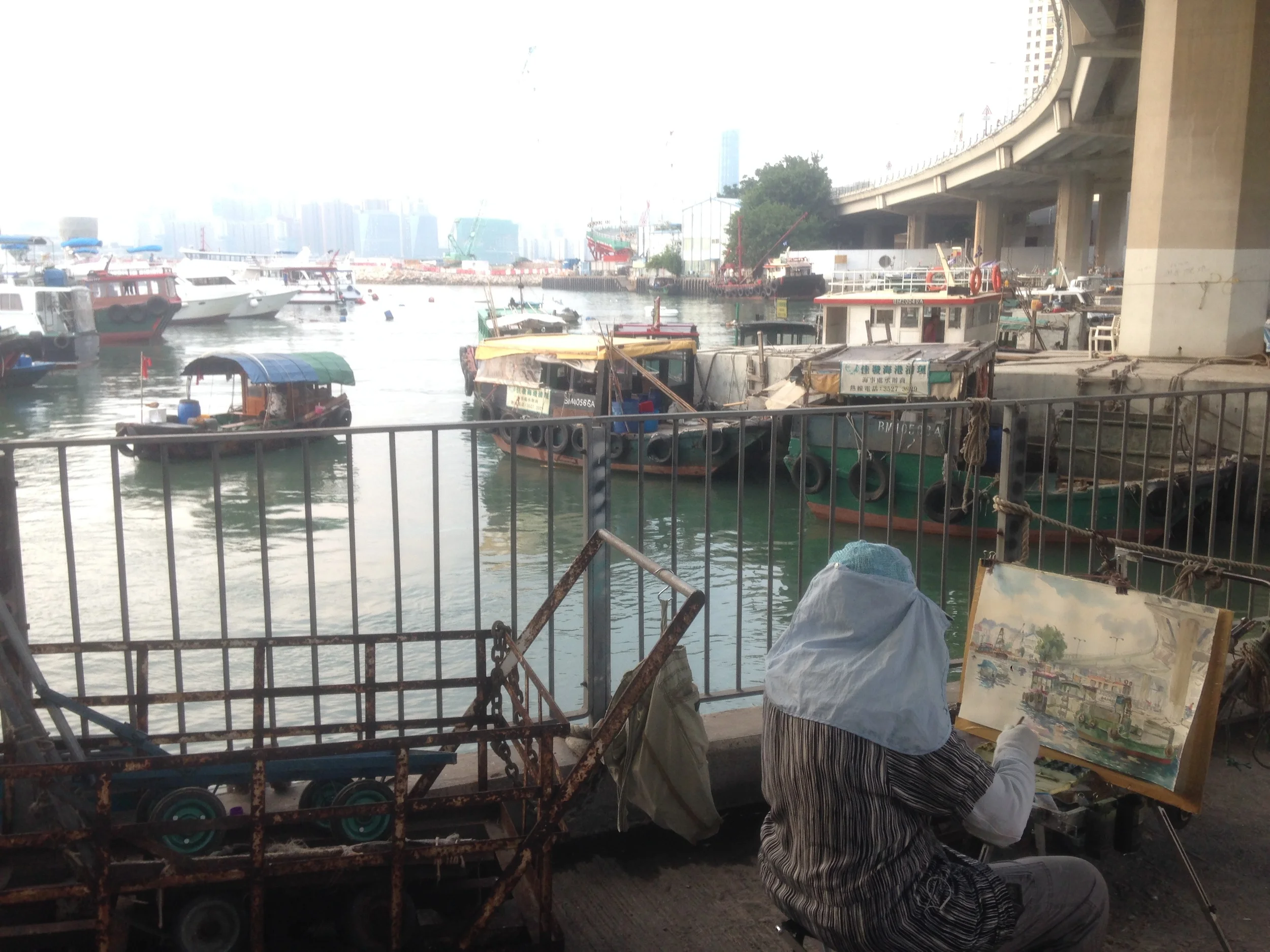



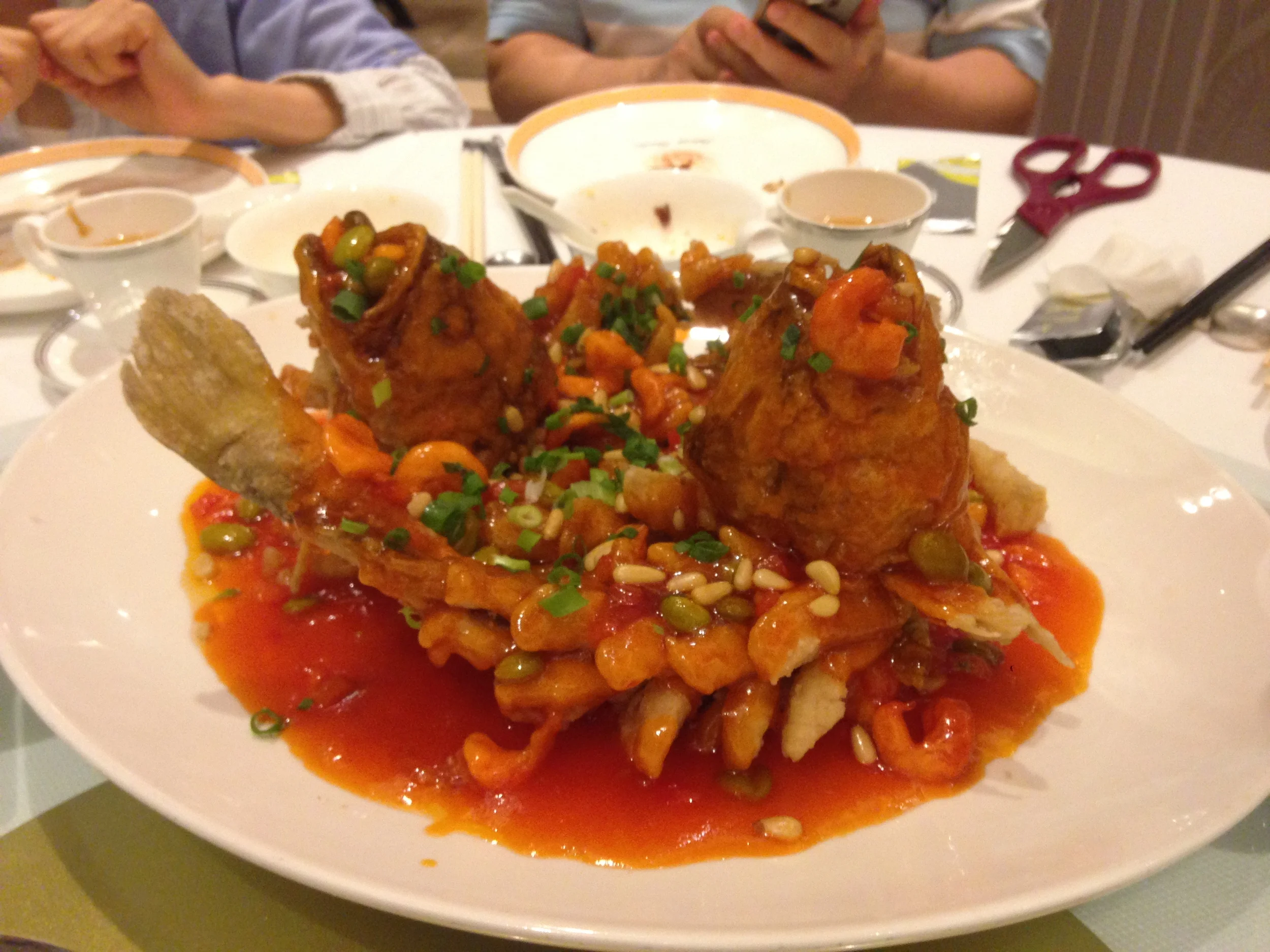


After seeing the sights and tasting the food of Hong Kong, John, Andy, and I headed to Hoi An, Vietnam.
Vietnam
Vietnam was one of the first countries I ever traveled to over ten years ago. Without knowing it at the time, my first trip to Vietnam planted the seeds that grew into my passion for food, language, and culture. Visiting a floating village, learning to haggle without remorse (but still friendly), and trekking through the Hmong villages north of Sapa are vivid memories that continue fuel me to travel.
My first day in Vietnam over ten years ago I was completely enthralled by the mass of scooters, motorcycles, rickshaws, wagons, and cars on the road in Ho Chi Minh City. I was at a loss for words when I was told to walk at a steady pace into the mass of traffic in order to cross the street. I felt immediately out of my element and every day was a new adventure. One that I quickly felt myself falling in love with.
It may come as a surprise, but I used to be one of the pickiest eaters around. Grilled cheese, chicken nuggets, hot dogs, pizza, and pasta were about the only things I would go near. Traveling abroad you are often confronted with limited food options, most of which are vastly different that what you are used to. I realized then and there that I had to take an effort and try new things that looked gross, smelled funny, or didn’t have bread coating at least one side of it. I didn’t want to be rude by refusing dishes or become the center of attention in a negative way (this is a powerful feeling that continues to be with me when I travel). I can’t say I always enjoy everything I eat, but Vietnam marks the point in my life where I decided to explore and experience everything the world has to offer. It was good to be back.
Central Vietnam
We met up with Andy’s Vietnamese friend, Richard, at the airport and took off to the town of Hoi An. Stepping out of the car I started to scan the streets, ready to see how the country had changed over the past ten years. I realized that I had most likely changed an equal amount and my perspective would be vastly different than that of my teenage self. Deciding it would be a waste of time to focus my attention on what had changed, I turned to see what was great about the present.
Hoi An
In central Vietnam, we visited Hoi An, Hue, and the extravagant caves of the Quan Bing province near Dong Hoi. Traveling with Richard turned up the level of local experiences we had. We enjoyed drinking the local rice wine with the guesthouse owner on Cham Island (off the coast of Hoi An). We got the best tips from local residents on where to eat, places that were well outside any tourist areas. With any person anywhere we could stop, ask questions, and learn a lot from them. It was great having a native guide with us through the country (thanks Richard!).





The beach at Cham Island near Hoi An
From central Vietnam we traveled north to Hanoi on an overnight train that brought memories tumbling back of my first ever overnight train ride ten years prior. It also provided a fun evening where we must have been drinking with the entire staff on the train. Looking back I wonder if anyone was driving the train. Arriving early in the morning we were treated to a lovely breakfast at Richard’s home in Hanoi and headed out to explore Ha Long Bay.
The best feast in all of Vietnam, courtesy of Richard's Mom.
Cat Ba Island, Lan Ha Bay, and Ha Long Bay
On my previous adventures in Vietnam I had never visited Ha Long Bay and had always hoped to get the chance to move through the stunning archipelago taking pictures of my own. Not wanting to head to the main tourist spot of Ha Long itself, we traveled to and shacked up on Cat Ba Island, the largest island in the archipelago.






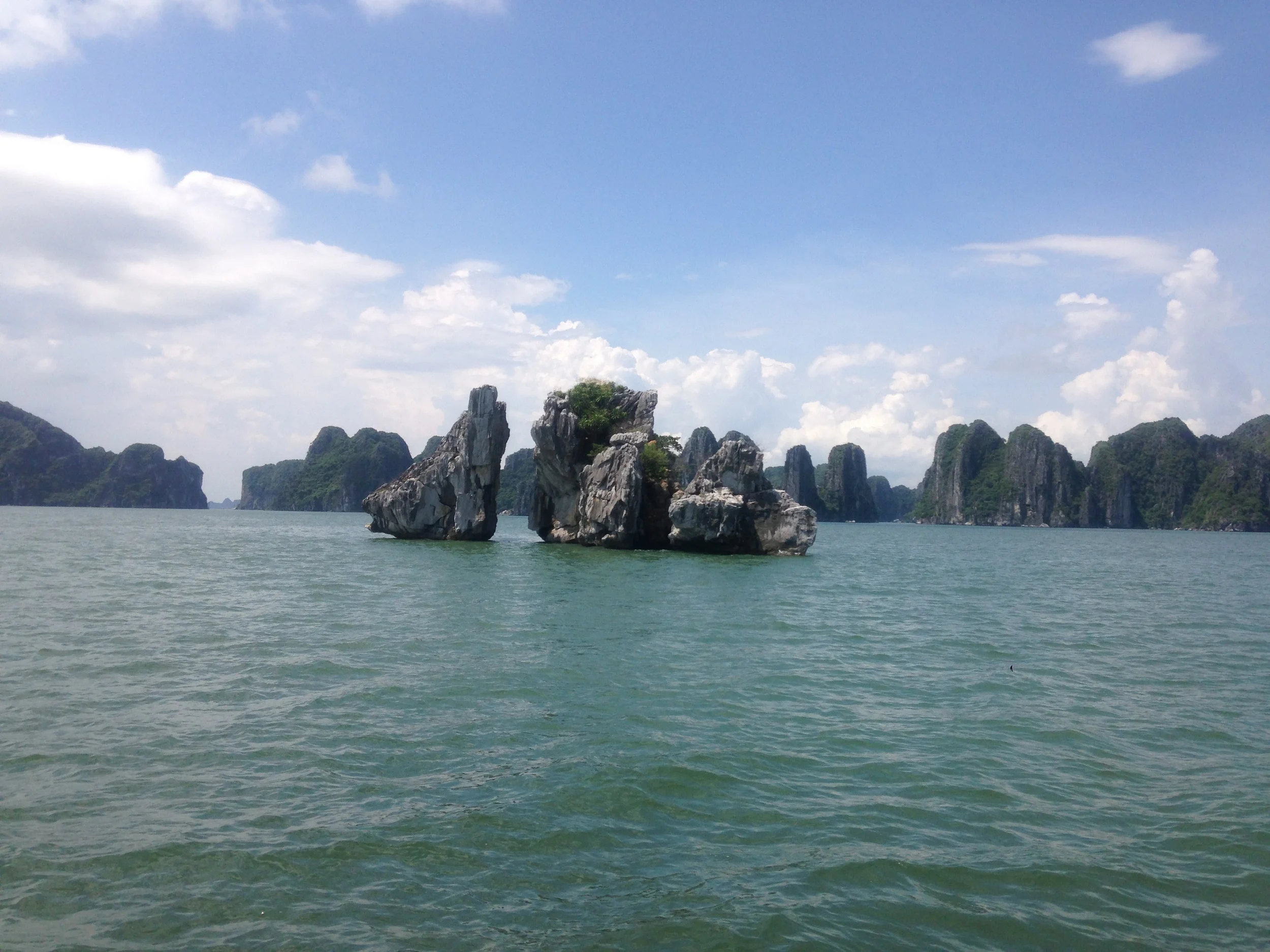


During our time on Cat Ba Island we took two voyages out onto the water. The first explored the nearby Lan Ha Bay. The second day we took a boat from Cat Ba through Ha Long Bay. Rumbling across the water on our boat and kayaking around the islands brought us to many floating communities who live within the shelter various small island clusters. Heading back to Hanoi we had twenty-four hours left to enjoy Vietnamese food together before we all headed in different directions.
On my own again, I headed back south to central Vietnam and took a bus to Southern Laos.
Chiang Mai, Bangkok, & Koh Tao - Resting in Thailand
When I arrived in Thailand I was ready to take a break from my hectic traveler schedule. I was eager to lay my head on the same pillow for more than two nights in a row. Instead of a crazy travel schedule, I focused on making Thai friends, eating Thai food, and leisurely exploring a few great places.
Chiang Mai
Setting foot into Thailand felt like I was falling into a future I never thought would arrive. Thailand was only a speck in my future when I first hit the road that I had never considered what I would want to do when I arrived. Turns out, all I really wanted to do was nothing. After months of never sleeping in the same bed for more than a few nights in a row, I was grateful for the opportunity to unpack my bag for a couple weeks in the northern city of Chiang Mai. My college buddy, Graham, has been a teacher in Chiang Mai for the last two years and very graciously offered me a place to stay for a few weeks. I am very thankful for the hospitality given to me by Graham and his housemates.
While I must admit that I succeeded at doing very little during my weeks in Chiang Mai, I still managed to push myself to visit a few sights. After the marvelous temples and ruins of Myanmar, I was fairly apathetic to seeing more, yet Chiang Mai offered up a few surprises I am glad I saw.
Wat Ban Den outside Chiang Mai
The view of Chiang Mai from Doi Suthep
While there are many more things to see and do in Chiang Mai, my time was spent lounging around during the day, trying delicious or interesting foods, and making Thai friends. Through Graham and his Thai housemates, I got to hang out with local Thai people every day. They would bring me to the best restaurants, order me unusual foods (like birds nest), and spend evenings laughing together as I butchered pronunciation of different Thai words. It was a glorious and much needed vacation from my previous high-powered travel schedule.
After a few weeks lounging around Chiang Mai I was ready to explore another area of Thailand and found an opportunity to work in a Bangkok hostel.
Working in Bangkok
Most tourists short-change Bangkok. They arrive for two or three days and then leave in a rush, eager to leave one of the most remarkable cities in the world. Why, I don’t exactly know. There are so many wonderful adventures around Bangkok that lead you to huge markets, amazing city views, and a nightlife that must be the most unique in the world.
Every major city takes more than a few days to get the feel of it, and I am glad that I took the time to learn and experience Bangkok. I got a job at a hostel away from the main backpacker haven and committed to working at least two weeks. I had different shifts running the reception desk throughout the week, where I checked guests in and out, offered advice on where to go and things to do, and generally socialized with other travelers. In return, I had a free place to stay in an intriguing half Muslim neighborhood, close to amazing food stalls, and be part of a friendly local community.
Neighbors down the road spend the evening tattooing each other using long bamboo needles under street lights
The Ghost Tower as seen from the Saphan Taksin BTS Station
I had always wondered what it would be like to be on the other side of the hostel desk. I wanted to watch the flow of travelers from around the world arrive and disappear on their own adventures, as I stayed static. The work was incredibly easy, but in the end I prefer to be the traveler than the hostel worker. Through the twenty days I did stay, I got explore Bangkok at a leisurely pace and loved every minute of it.
One of my favorite adventures was visiting the Ghost Tower, a.k.a. Sathorn Unique Tower. The Ghost Tower is an unfinished skyscraper sitting at 47-storeys tall. Due to the Asian financial crisis in 1997, the tower was abandoned when it was about 80 percent complete. Easily a full day activity if you want to explore all the levels. The Ghost Tower is a fun activity and easy climb to the top where you get amazing views of Bangkok, especially at sunset.
You can try to sneak in when the guards are not present, but otherwise you need to pay a hefty 500 baht. If you get there early enough to explore around before sunset then I think it is a much better deal than paying for the Grand Palace.
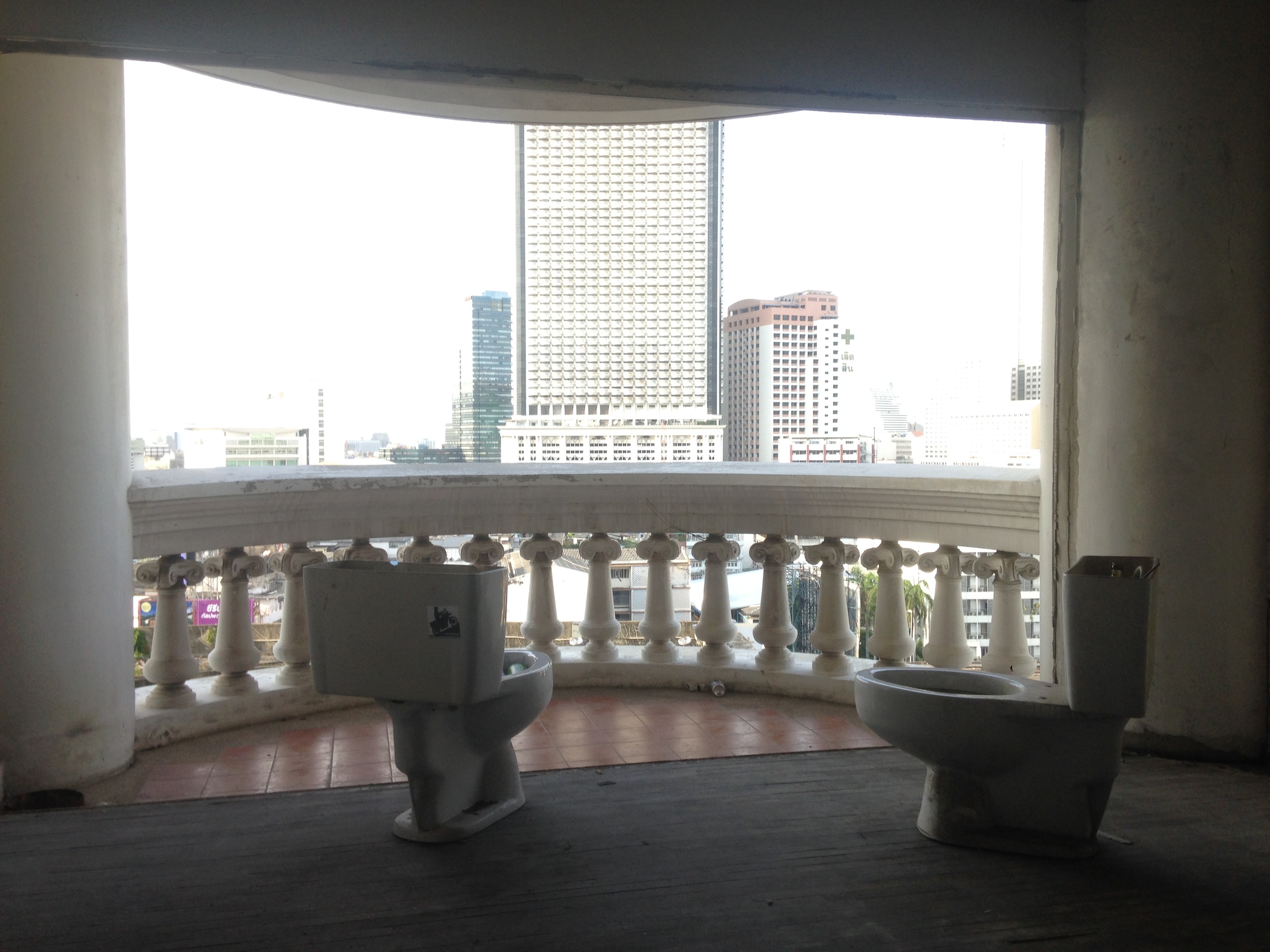
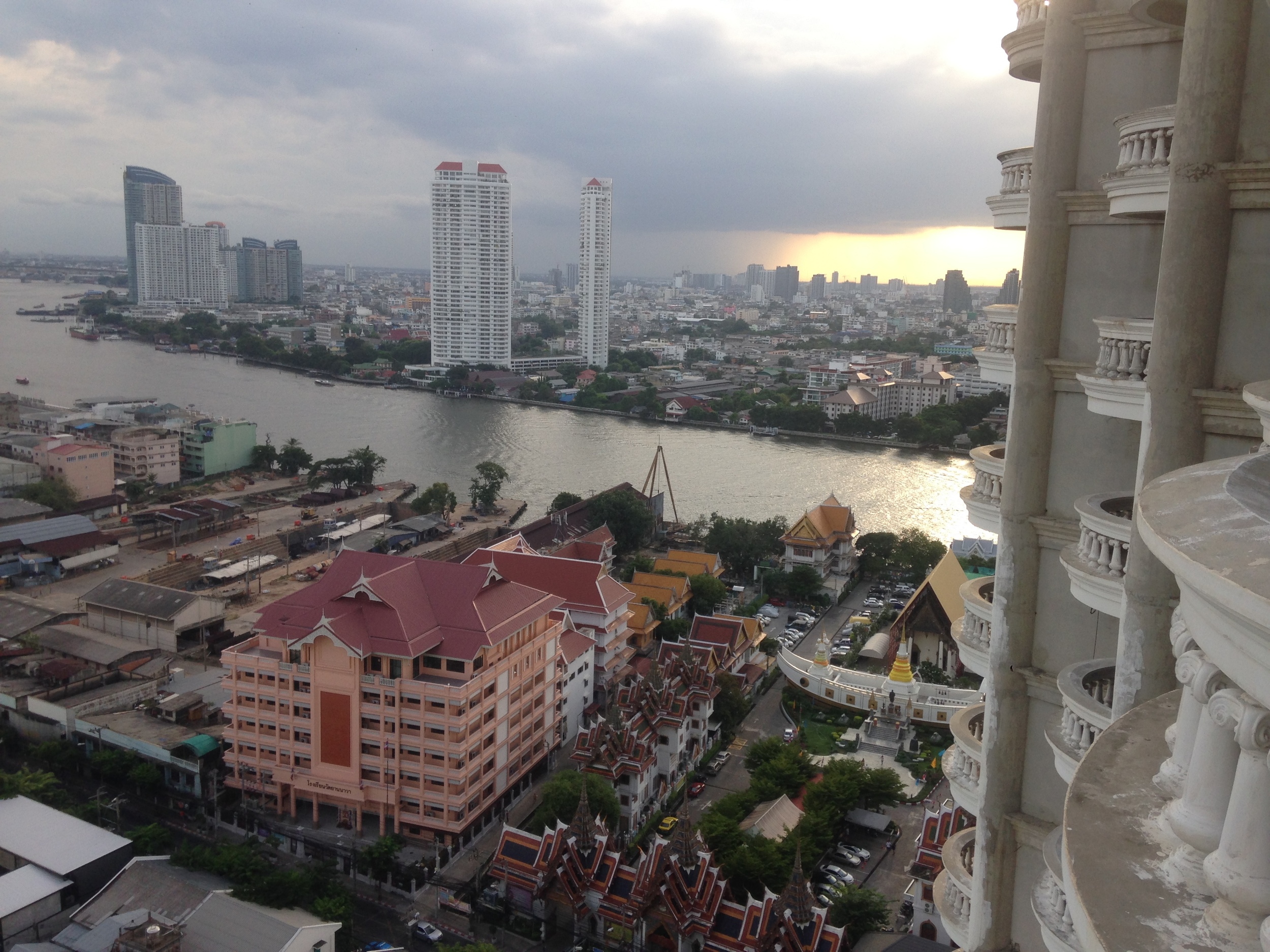

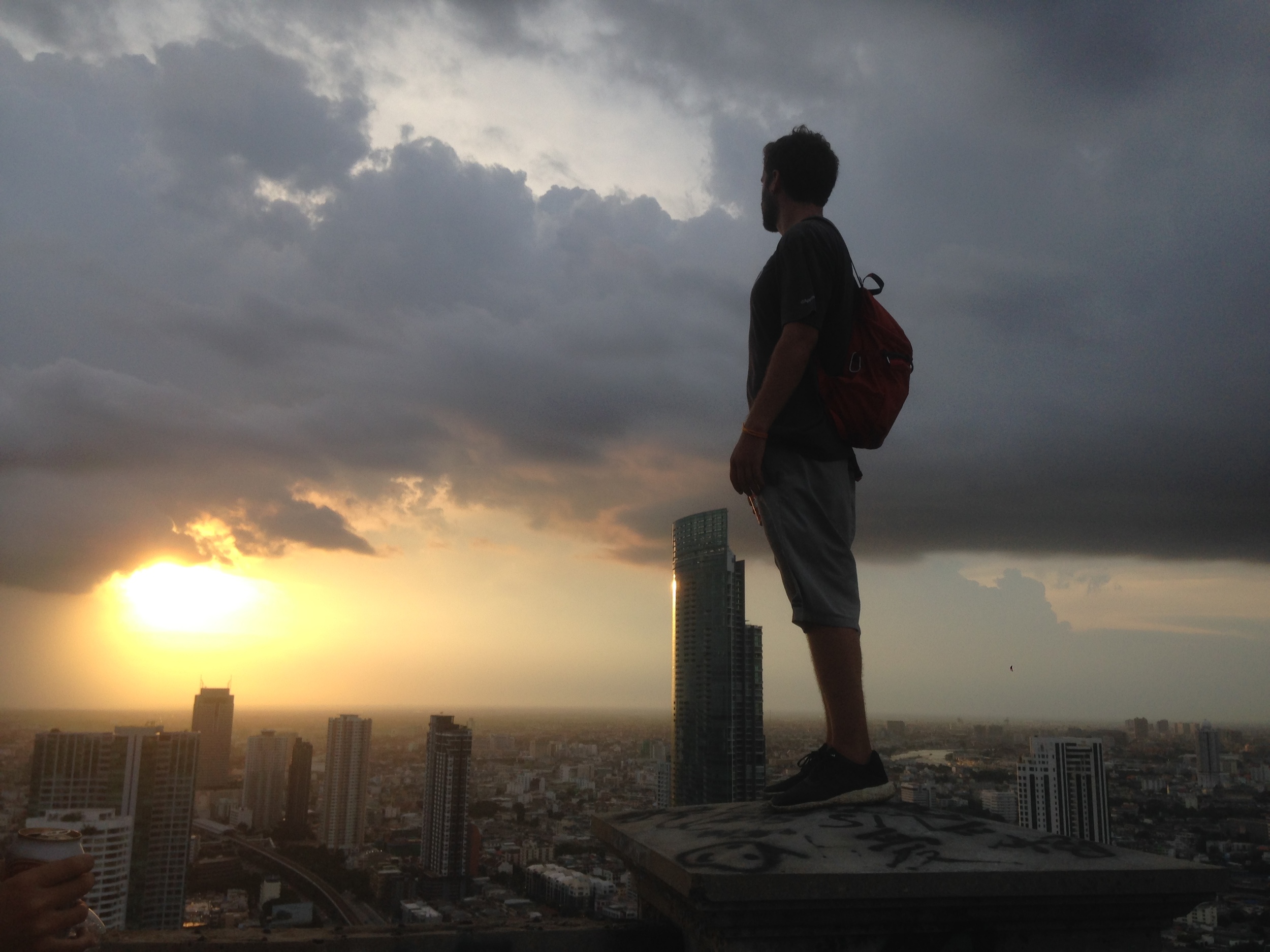
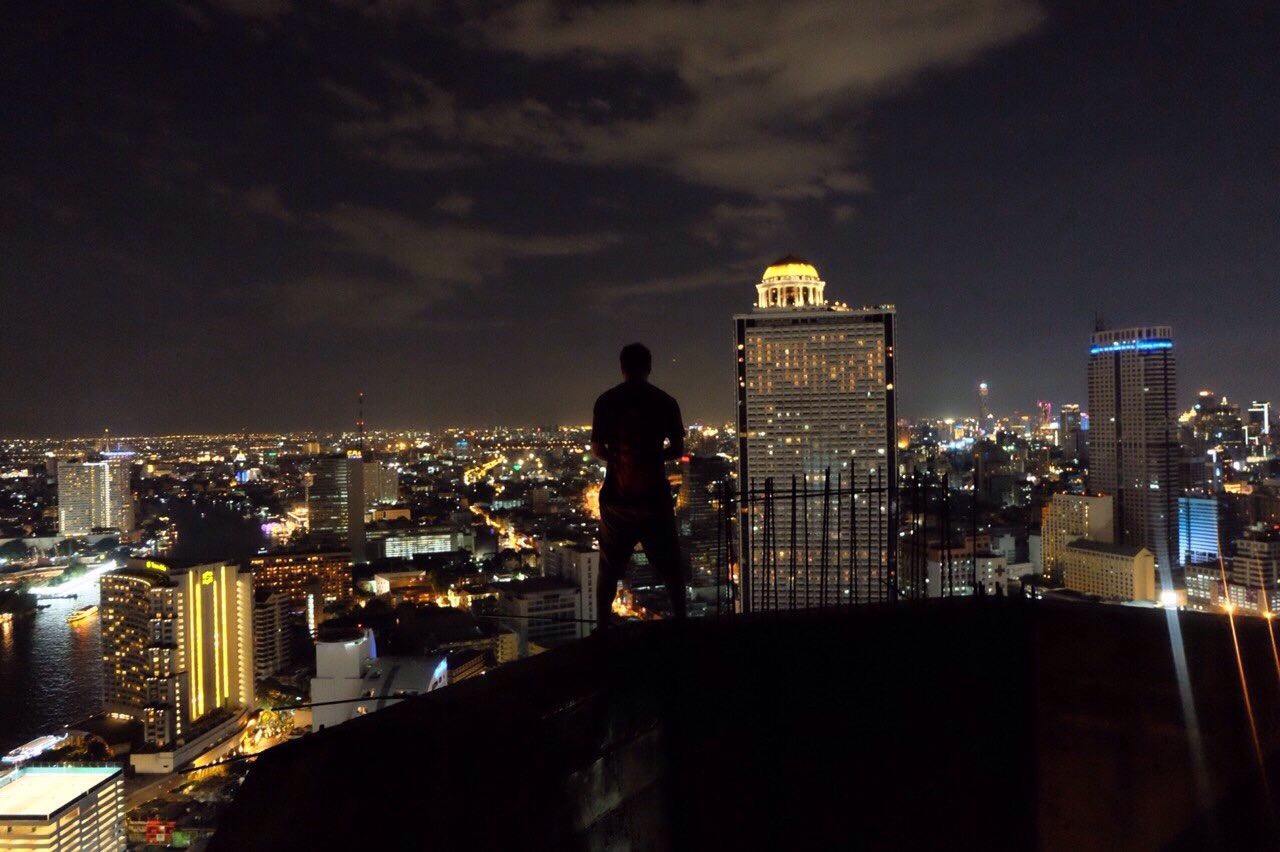
Bangkok has markets, floating markets, temples, and shrines galore. Besides doing all the sightseeing, you can easily get lost in any neighborhood and find something delicious to eat. Any corner you turn you may run into a new kind of market of some kind. To top the perfect day off you can never go wrong catching the sunset at a rooftop bar to watch as day slides to night.
Koh Tao
When I was working at the hostel in Bangkok I received an email from a dive center down on Koh Tao offering me a volunteer position for a couple of weeks. I had emailed them much earlier when I had been in Chiang Mai but had never heard back. While I was sad to leave the hostel, an opportunity to stay for free on Koh Tao and receive a friendly discount to make getting my advanced certificate affordable was too great a prospect to pass up. In exchange, I had to do an hour or two of cleaning every day and have fun at a few barbecues. Life is good. I forgot to mention Koh Tao looks like the background of a moviet set, absolutely stunning.
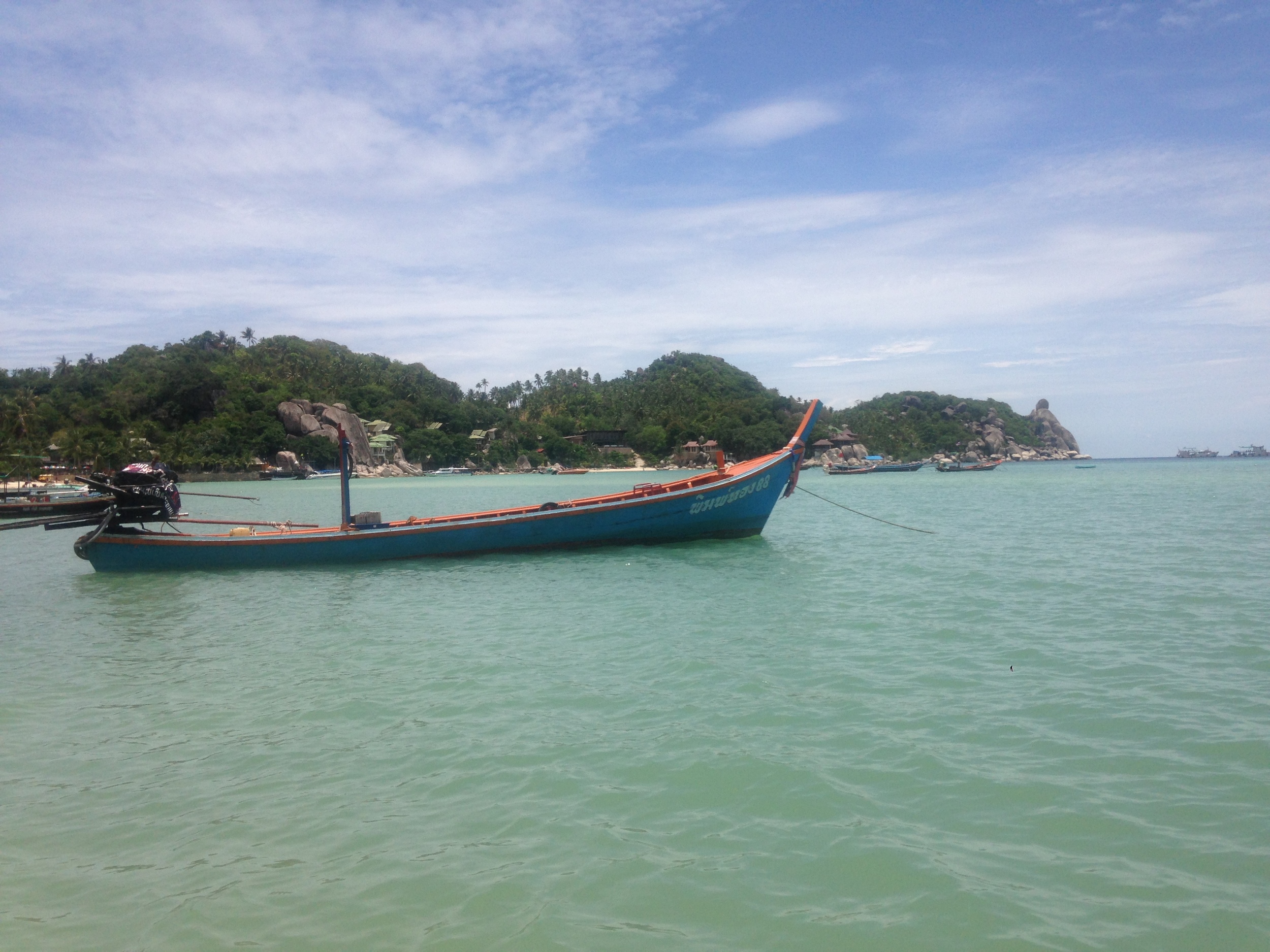
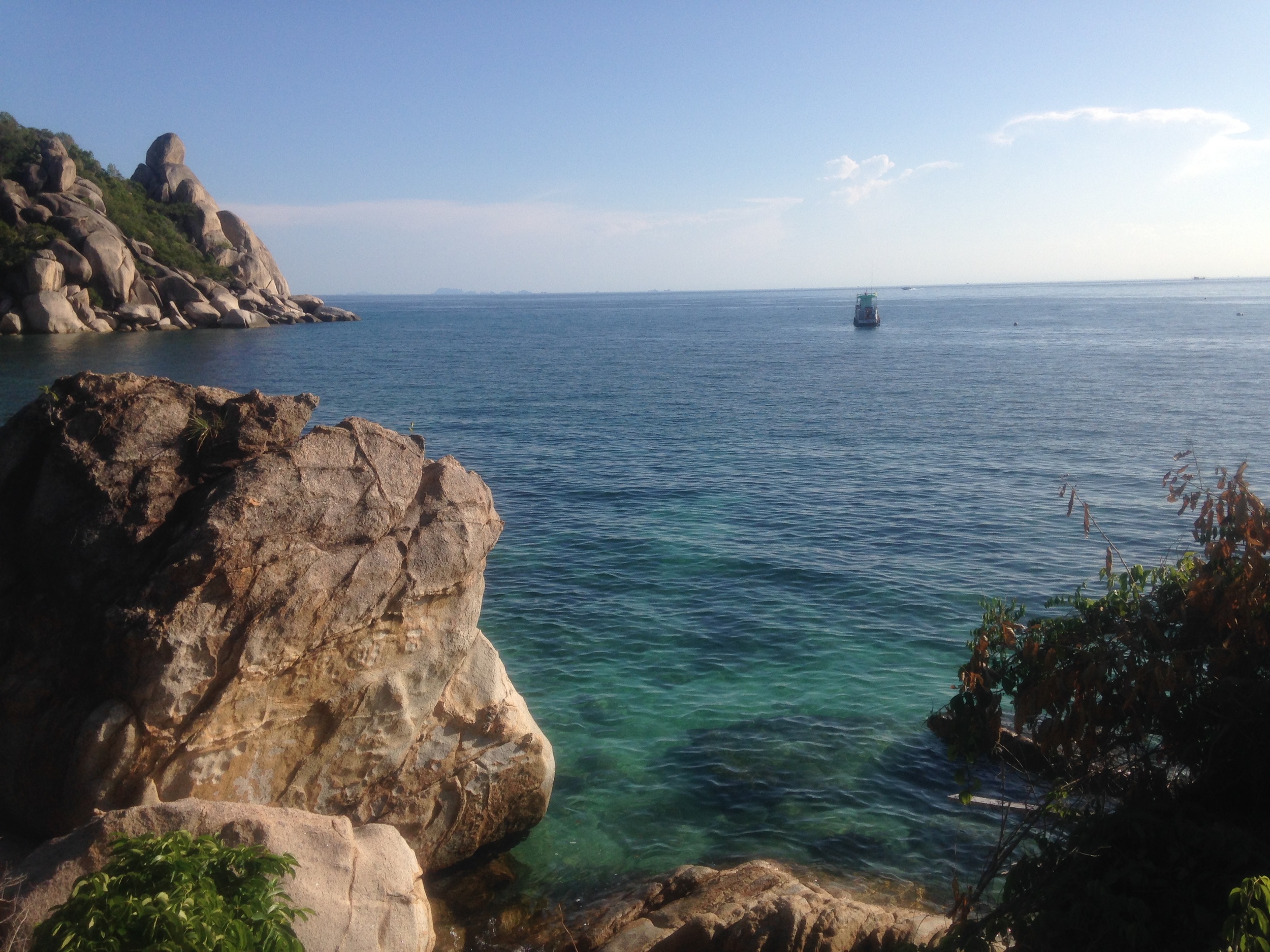
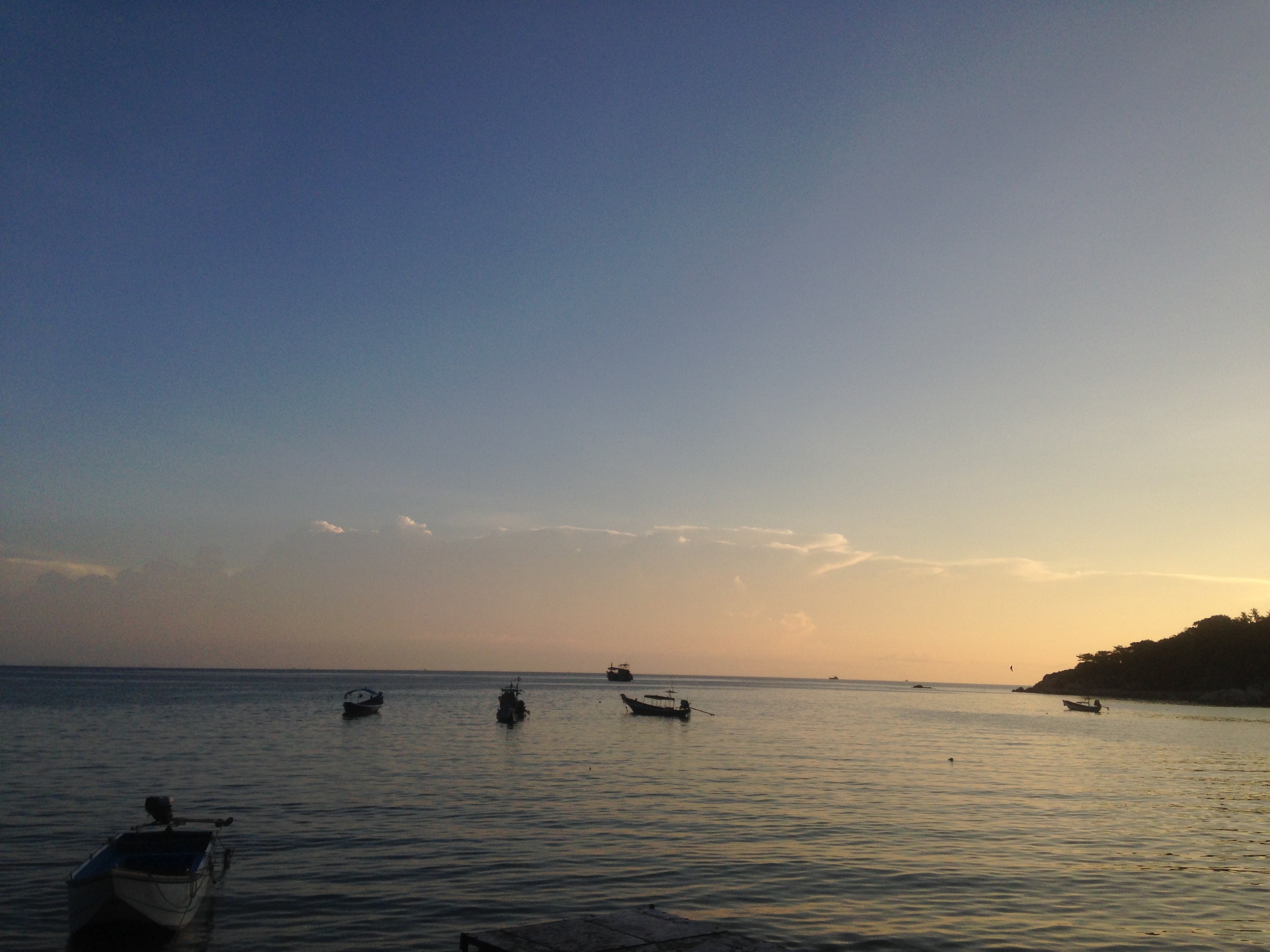

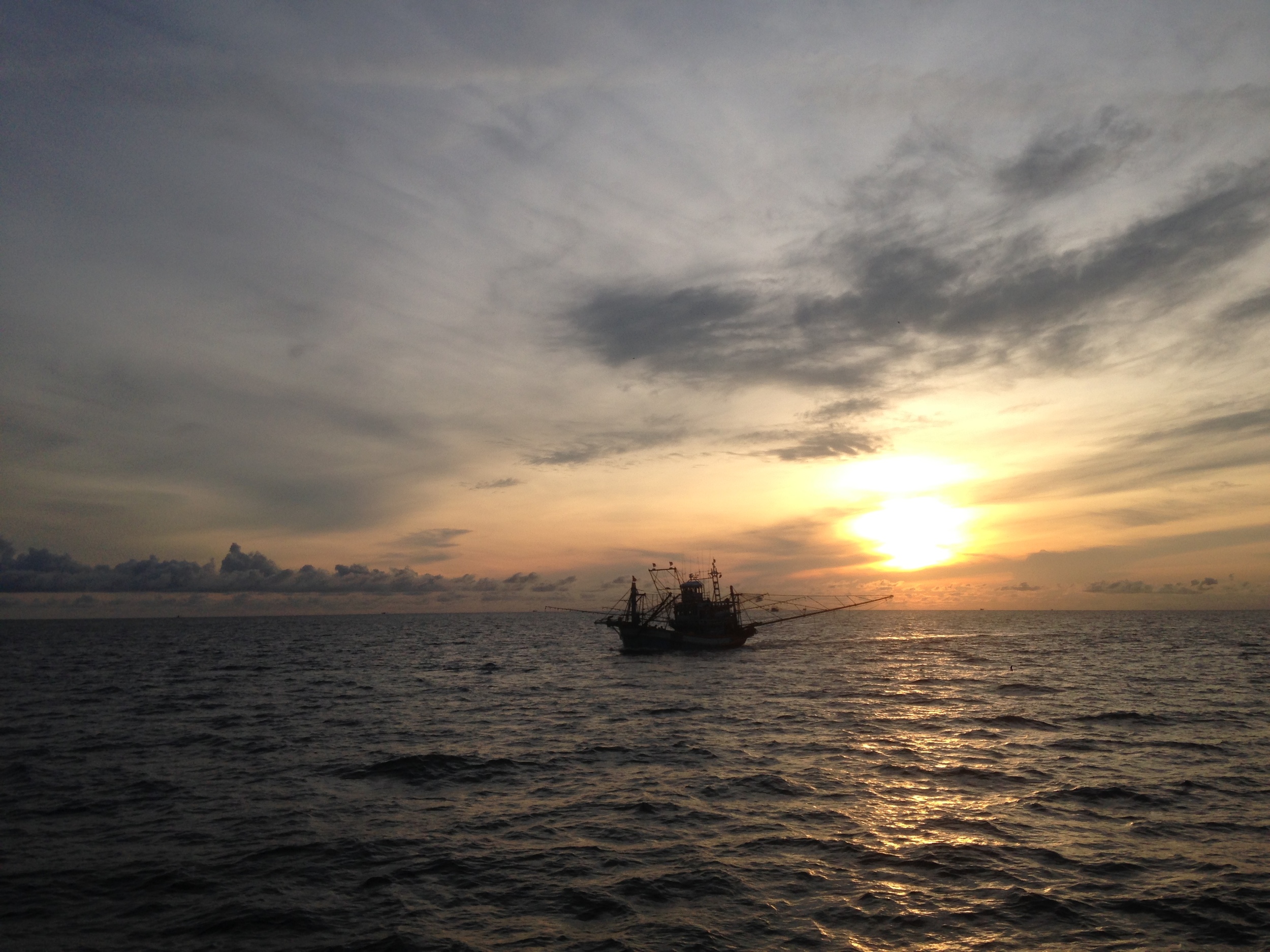
My work and play spot was at French Kiss Divers, whose motto is “the deeper, the more pleasure.” Breathing under water was a whole new experience and I immediately fell in love. It is an activity that is exhilarating yet calming at the same time. I became friends with the instructors, fellow volunteers, and even customers of French Kiss and I look forward to visiting them in France, or wherever they are diving in the future.
As relaxing as my time was in Koh Tao and Thailand in general, it was time to meet old friends and explore new places. It was time to visit Hong Kong.
Myanmar and the Women of the LeTu Chin
Myanmar is the land of golden pagodas, rolling hillsides, pristine lakes, and beautiful people. From the first moment I crossed the border to my final steps in the country, I felt surrounded by happiness, care, and friendship. In 28 days I tried my best to explore the country, interact with locals, and learn what I could.
There is so much to tell about my experience in Myanmar that I don’t know where to begin. Over 28 days I traveled virtually non-stop in order to see as much of the country as I could. I spent over a quarter of my nights catching a few hours of sleep, at best, as I took night trains or buses to new places. It could be exhausting at times, but looking back it was well worth it.
If you’ve heard anything about traveling Myanmar then you know about the popular destinations of Bagan, Inle Lake, Mandalay, and Yangoon. All fantastic sites, but the gem of Myanmar during my travels was Mrauk U.
Mrauk U
Mrauk U, entertainingly pronounced “meow-ew,” is a historically significant town in the Rakhine State of western Myanmar, situated up river about 50km from the Bay of Bengal. The Mrauk U Kingdom existed from the 15th century until 1785 when Burmese forces invaded the area. Named after the capital city at the time, the Mrauk U Kingdom is remembered as the golden age during Rakhine history.
Mrauk U
Mrauk U is very different from the capital city it once was. Vastly decreased in size, population, and wealth, the town of Mrauk U seems to exist only to support the small villages nearby and the farmland beyond. The majority of tourists are drawn here to visit the temples and pagodas that were built during the golden age.
Every time you round a corner in Myanmar, whether it is in a major city or a village on the verge of falling apart, there is a strong chance you may find yourself in front of a beautiful pagoda. After over two weeks of travel in Myanmar, the temples of Mrauk U were not enough to convince me it was worth the 15+ hour travel both ways. I didn’t visit to see the temples; I came to meet the women of the LeTu Chin tribe who live a short boat ride upstream.
The Women of the LeTu Chin
After a two hour boat ride, I arrived upstream to my first LeTu Chin village. My guide, Kosoe, who became an integral part of my time in Mrauk U, led me through the village. He gathered together several older women whose faces were tattooed with a spider web design. As we sat down we were treated to fresh mango, noodles, and tea. I spent the first few minutes digging into the food and observing the women talk to one another. I switched my brain into overdrive mode as I prepared to learn as much as I could about the LeTu tattoos and history.
The story begins over one thousands years ago, when the king of Burma to the east took a woman of the LeTu Chin tribe by force. Reportedly taken for her beauty, the LeTu men and women feared further abductions in the future. The heads of many of the major Chin villages gathered together and decided that all women would have their faces tattooed to hide their beauty.
From this decision a tradition was born that would last for more than one thousand years. Before the age of ten, while the skin is still soft, girls were taken to receive their tattoos. Not every village had someone who was trained to give face tattoos. Tattoos artists would travel through villages to administer the tattoos to all of the girls in the village aged 8-9 years. Occasionally, girls would be brought to the village of a tattoo artist to receive the tattoo to make sure she received it before the age of ten.
Over time, the tattooed faces became normal and even desired by the men of the villages. Having a tattooed face meant you were pure and virginal, while a woman without a tattoo, a rare case, would not be sought after by a man because of the fear she may be taken from him.
A LeTu woman showing the scarves she weaves.
The practice of tattooing women is now no longer practiced. I assumed it was because the reason to fear abductions is non-existent in today’s society or possibly the effect of religion (like Nagaland). I was wrong on both accounts
The tattooing has stopped because the knowledge passed down from one artist to another is almost entirely gone. You can count on one hand the remaining people alive who hold the knowledge of the LeTu tattoo process. But why had the knowledge stopped being passed down suddenly after one thousand years?
The answer is modernity, or more specifically, Burmese movies. The influx of outside cultural views on beauty was able to end a painful, marring tradition. Tattoo artists could no longer find women who were interested in learning the trade and non-tattooed women were more widely accepted in villages.
I walked away from the conversation with the four tattooed women in shock. I felt as though I must have missed something. I turned to Kosoe to clarify a few items.
Had any other woman been abducted by the king of Burma or anyone else?
No.
Was there any other reason or event that played a part in why women had their faces tattooed?
No.
I was lost in thoughts that swam beyond bewilderment. One person was abducted, once, by a foreign power and as a result an unknown number of women had their faces tattooed over a period of one thousand years. It is hard for me to understand the decision made by the leaders, the effect it had on the culture, and the commitment shown by the LeTu people for over a millennium to, what I would consider, an over reaction to an isolated event.
A tattooed LeTu woman with her daughter and granddaughter.
The day trip up the river to visit and chat with the women who were inked with spider web face tattoos is a highlight of my time in Myanmar. Besides sharing their stories with me, they were upbeat, engaging, and a joy to spend time with. They are happy their daughters and granddaughters will be spared the practice (as am I), but they aren’t ashamed of their tattoos. For many it was traumatizing event, while others looked forward to emulating their mothers and sisters. Regardless, after two more generations of LeTu Chin women fade away, the tattoos will be gone and slowly forgotten. I felt lucky for having the chance to speak with them.
Temples, Stupas, Pagodas, and Monasteries
Myanmar is covered with Buddhist structures all over the country. It is easy to become numb to the beauty of such sites when you begin to see them everyday, but a few stand out during my time in Myanmar that are worth sharing.
Bagan
Situated between Mandalay and Mrauk U is the ancient city of Bagan. Famous for the thousands of temples and pagodas that were built from the 9th to the 13th century, Bagan is the reason many people travel to Myanmar. The landscape is exceptionally picturesque at sunrise and sunset and during peak tourist season you can take a hot air balloon to get a full panorama view of the area.
Bagan at sunrise.
My wonderful Myanmar travel partner, Sarah.
Hpa-An
Only a few hours from the Myawaddy-Mae Sot border crossing with Thailand, Hpa-An is an ordinary town with extraordinary food surrounded by fun activities out in nature. From day hikes on monastery-topped mountains to exploring Buddhist caves, I thoroughly enjoyed my last destination in Myanmar. My favorite monastery and pagoda combination in the whole country is the Kyauk Kalat Monastery, a 15-minute drive from town.
Kyauk Kalat Monastery
Another fascinating short trip from town is the bat cave. The family that lives underneath the bat cave releases the bats prior to sunset every evening. Members of the family beat on plastic fuel containers to usher the bats out of the cave. If you watch the bats closely you can see them bounce in the air as the music disrupts their echolocation. The stream of bats seemed never ending. I left after twenty minutes, but the outpour of bats from the cave never diminished.
Mrauk U
While I didn’t travel to Mrauk U to see the temples, I have to admit they were captivating and worth a visit if you are already in the area. My favorite one was the temple of 90,000 Buddha images, known as Kothaung Temple.
A Buddhe statue surrounded by smaller Buddha images.
Rows of Buddha statues.
Small pagodas surround the outside of the temple.
Due to an earthquake the roof over much of the temple was destroyed. This allowed sunlight and water to give life to the moss and plants that now grow around the exposed Buddha images. The combination of plant and stone made these images of Buddha and the temple in general one of my favorites in Myanmar.
Hiking from Kalaw to Inle Lake
One of the best ways to interact with locals, gain insight into the local lifestyle, and view beautiful scenery in Myanmar is to hike from Kalaw to Inle Lake. For many travelers Inle Lake is in itself a highlight of Myanmar, but for me it paled in comparison to my trip getting there.
A beautiful view from just outside Kalaw.
The hike brings you through small villages and cuts straight through farmlands bringing you face to face with people working their land. I knew we were near a village or town from the sounds of the school children yelling in their classrooms. In the evening you could come across a game of caneball being played.
Farmland and rice paddies between Kalaw and Inle Lake.
Local women working in the fields.
Hand weaving baskets from bamboo.
Kids playing caneball outside a village.
Arriving at Inle Lake capped off the adventure. Inle Lake is a beautiful body of water surrounded by hills in every direction. The edges of the lake are full of floating gardens and local fisherman ply the waters, balancing on one end of their boats as they dip nets into the water.
A fisherman at Inle Lake.
A farmer at Inle Lake.
Floating gardens beside a famers hut.
Traveling Around Myanmar
Getting from one destination to another is remarkably easy in Myanmar. There are generally multiple buses a day leaving between popular areas, and generally always a way to get to where you want to go. When I visited places that were off the general tourist loop, like Mrauk U or Indawgyi Lake, there were signs of newer roads and more bus routes. From the train station to Indawgyi Lake, the largest lake in Myanmar situated in the north, you had to take a uncomfortable 3-4 hour long bumpy ride. Now it is a smooth 1-2 hour (depending on the deliveries your car makes) trip.
Previously you had to fly to Sittw, a city on the Bay of Bengal, and then take a boat upstream to reach Mrauk U. I took new night buses that had only begun running a few weeks earlier. The roads are being improved all over the country and more bus lines will continue to develop routes that reach different areas. On the road to Mrauk U there are checkpoints where you must show your passport, but it is a quick and easy process that should not cause any problems for travelers.
If you read reviews about places where the roads are terrible there is a large likelihood that they have been improved in the past six months. The government is investing money in improving transportation and everything else related to developing tourism in the country.
Getting to Thailand
The overland border crossing between Myanmar and Thailand is a breeze. There are four crossing points for foreigners and I crossed from Myawaddy to Mae Sot. I took a van from Hpa-An and was dropped off 3 hours later at the gates of the friendship bridge that connects the two countries
Myanmar gate to Thailand
Thailand border control.
I handed my passport over to the friendly Myanmar immigration agent, who applauded my skill at exiting the country on the day my visa expired. I am usually always keen to move on to somewhere new without looking back. Yet the friendliness of the immigration agents made me a bit nostalgic. I shouldered my backpack and paused before the exit door office and took a deep breath to reflect once more on my time in such a wonderful country.
Myanmar was a fantastic place to visit. The people are incredibly friendly and the smiles I received everyday were refreshing and brightened your day. Even the taxis, guides, and street merchants were respectful. They listened when you said “no thank you,” and were still more than happy to help you with directions. The attractions are beautiful and the food simple, yet delicious.
With one last smile and wave, I pushed open the door and stepped out into the sunlight. Turning east with a spring in my step, I made my way across the bridge to Thailand.
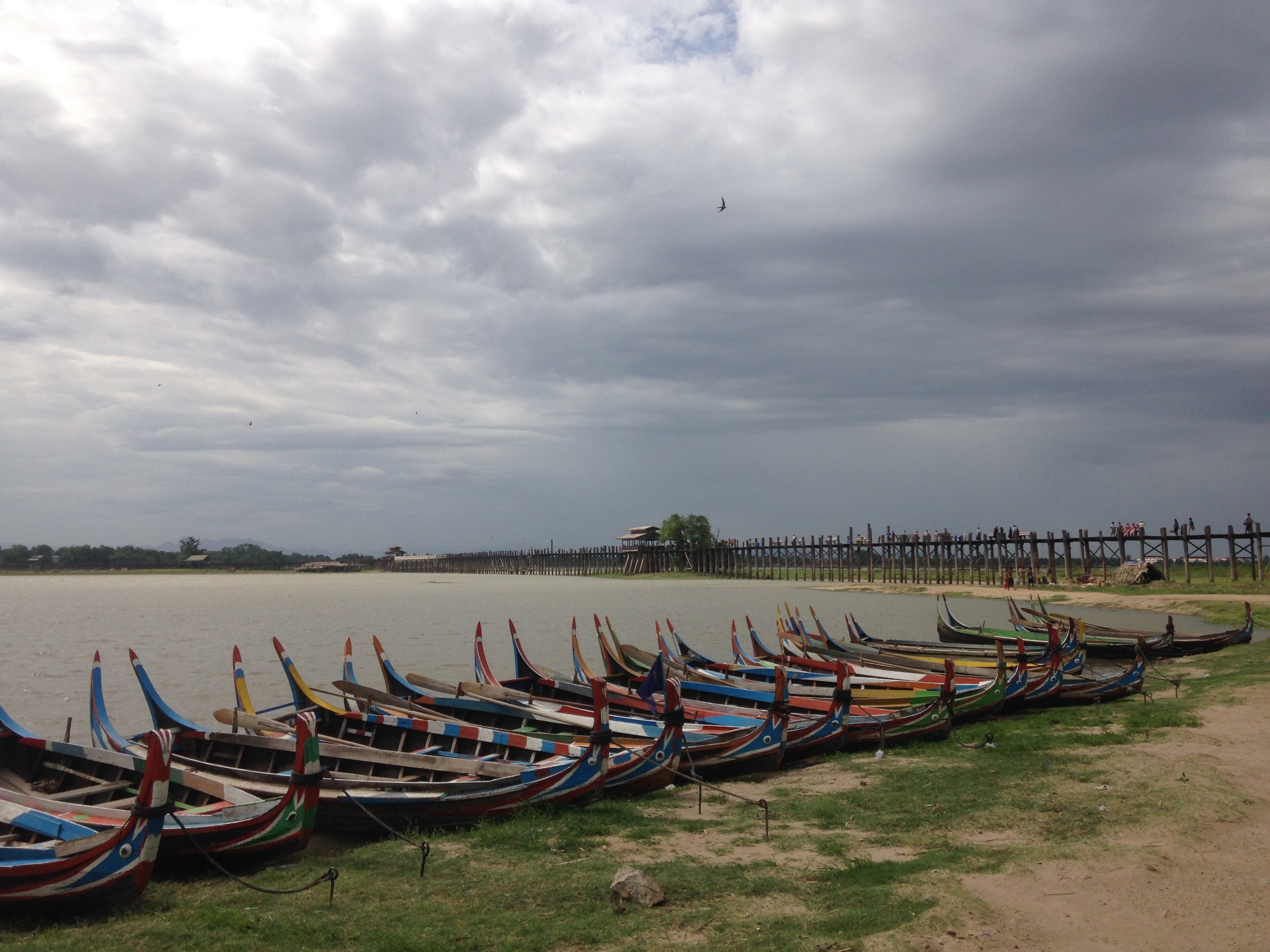
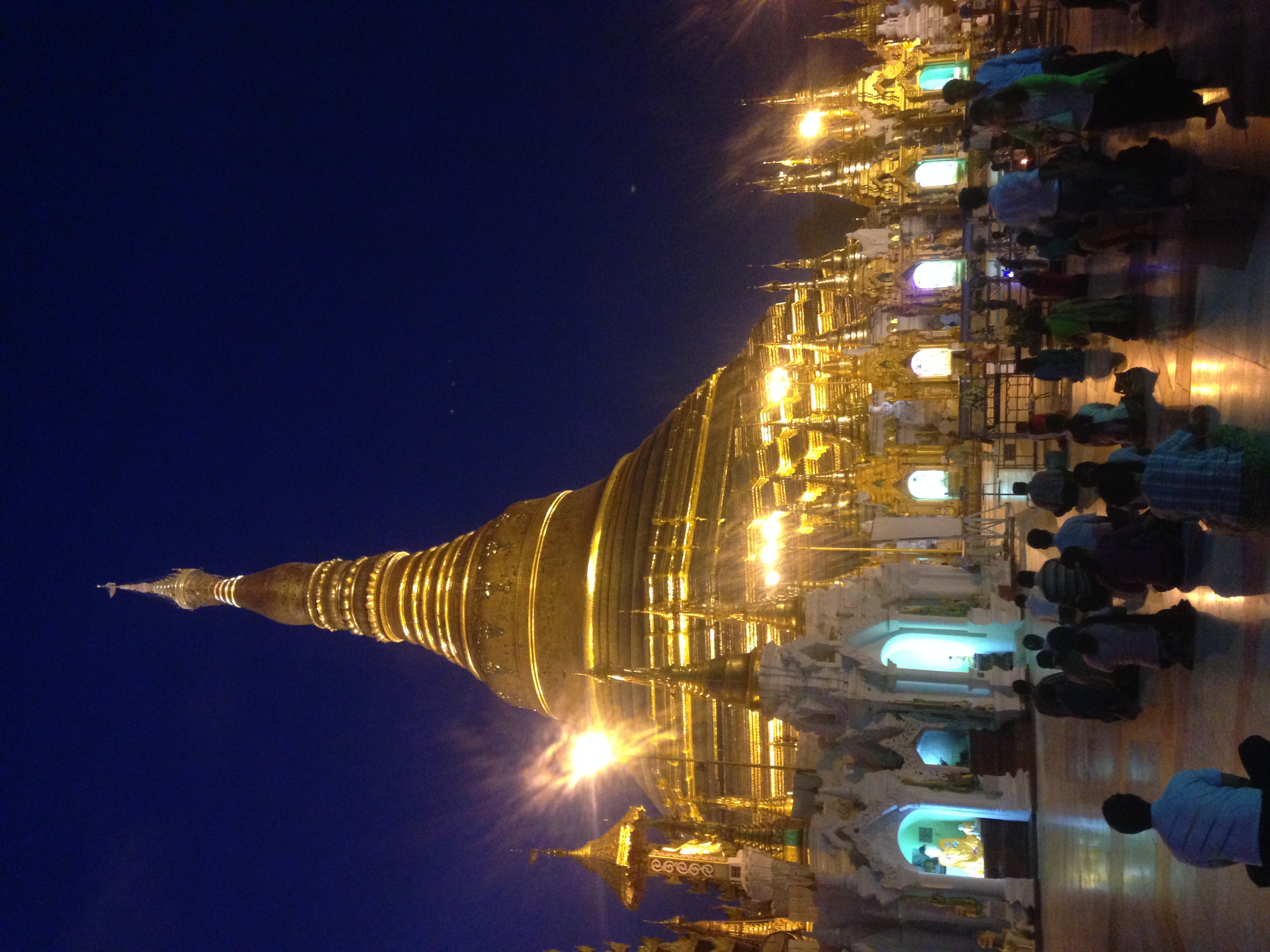
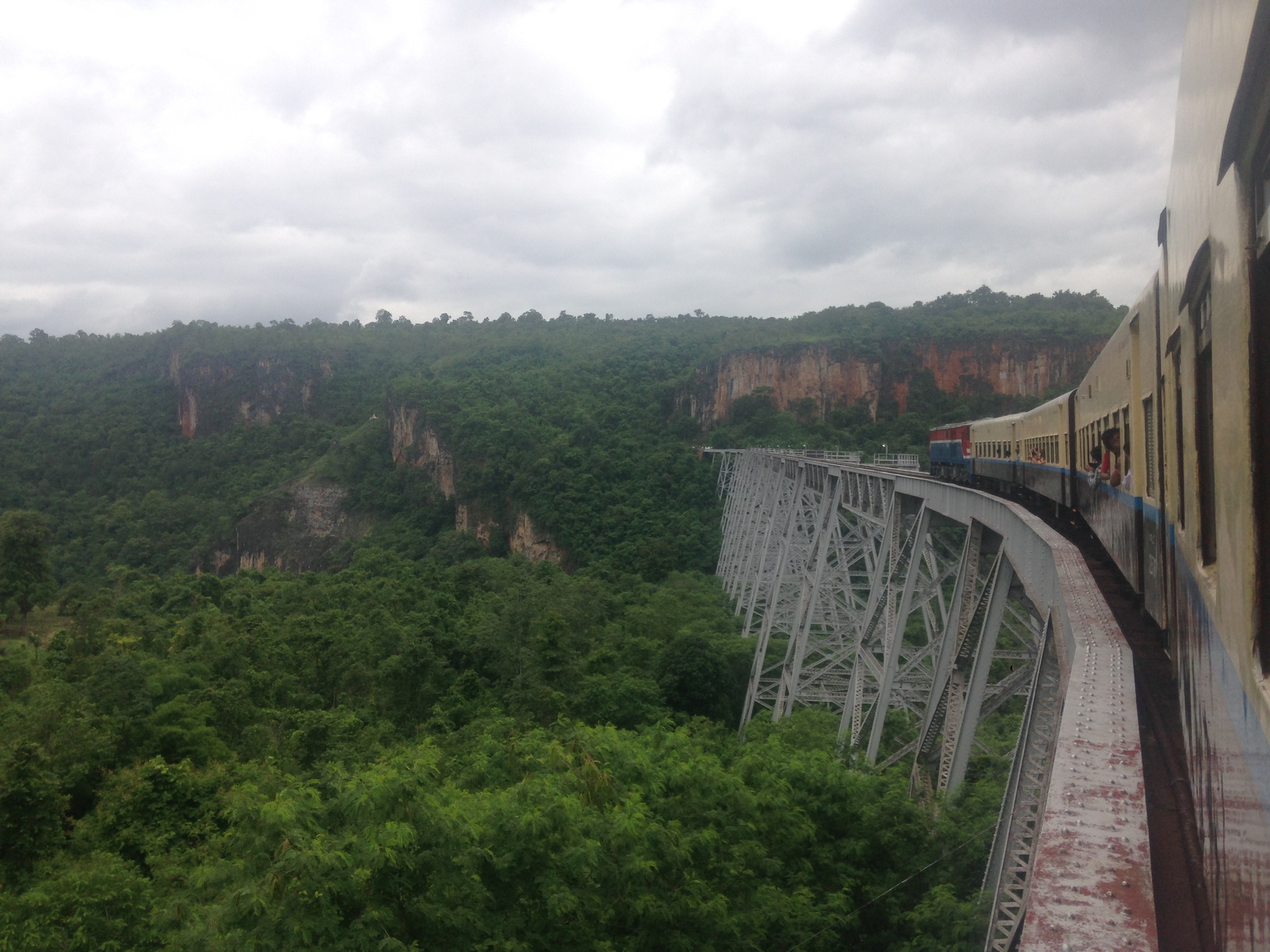
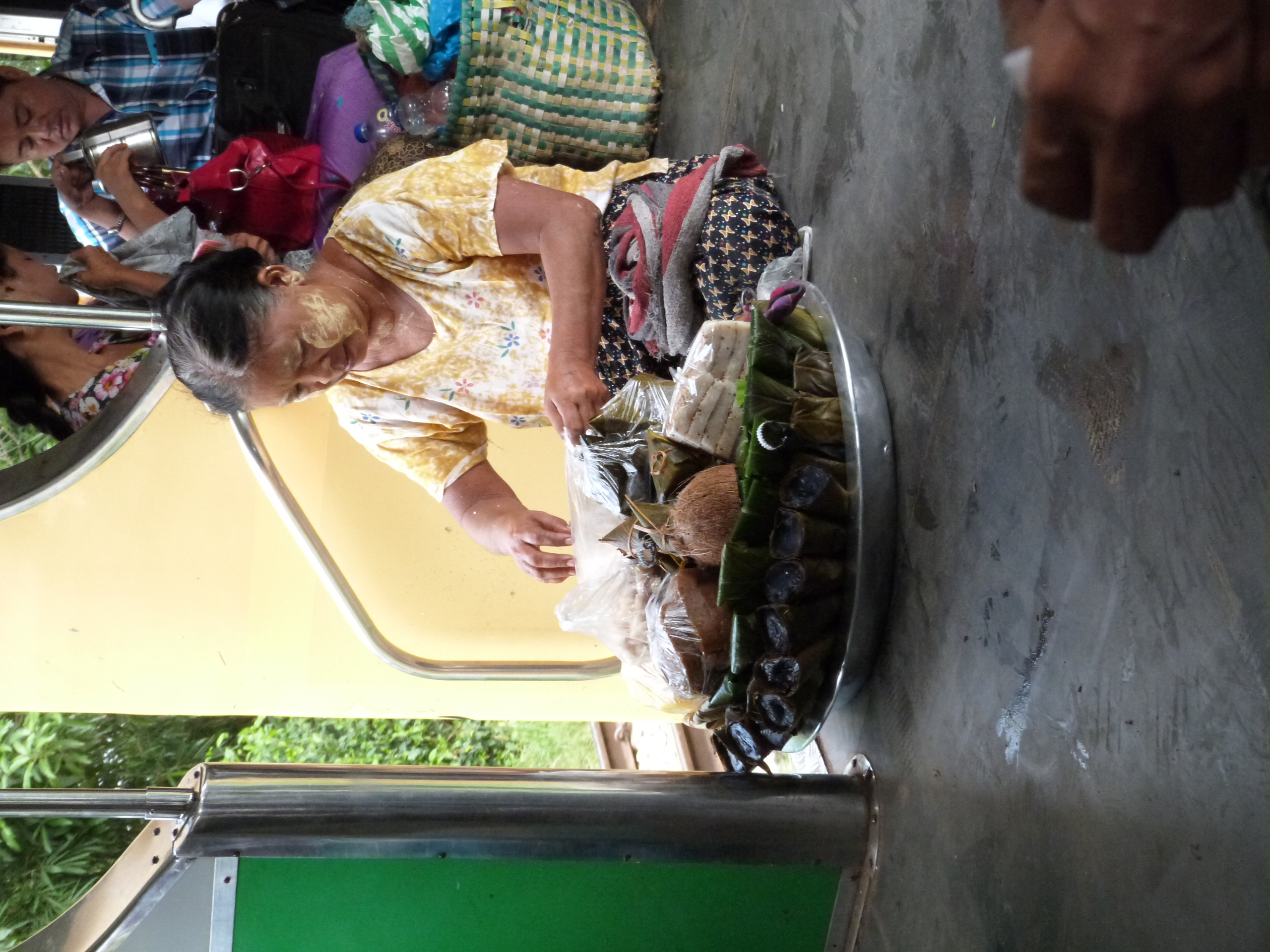


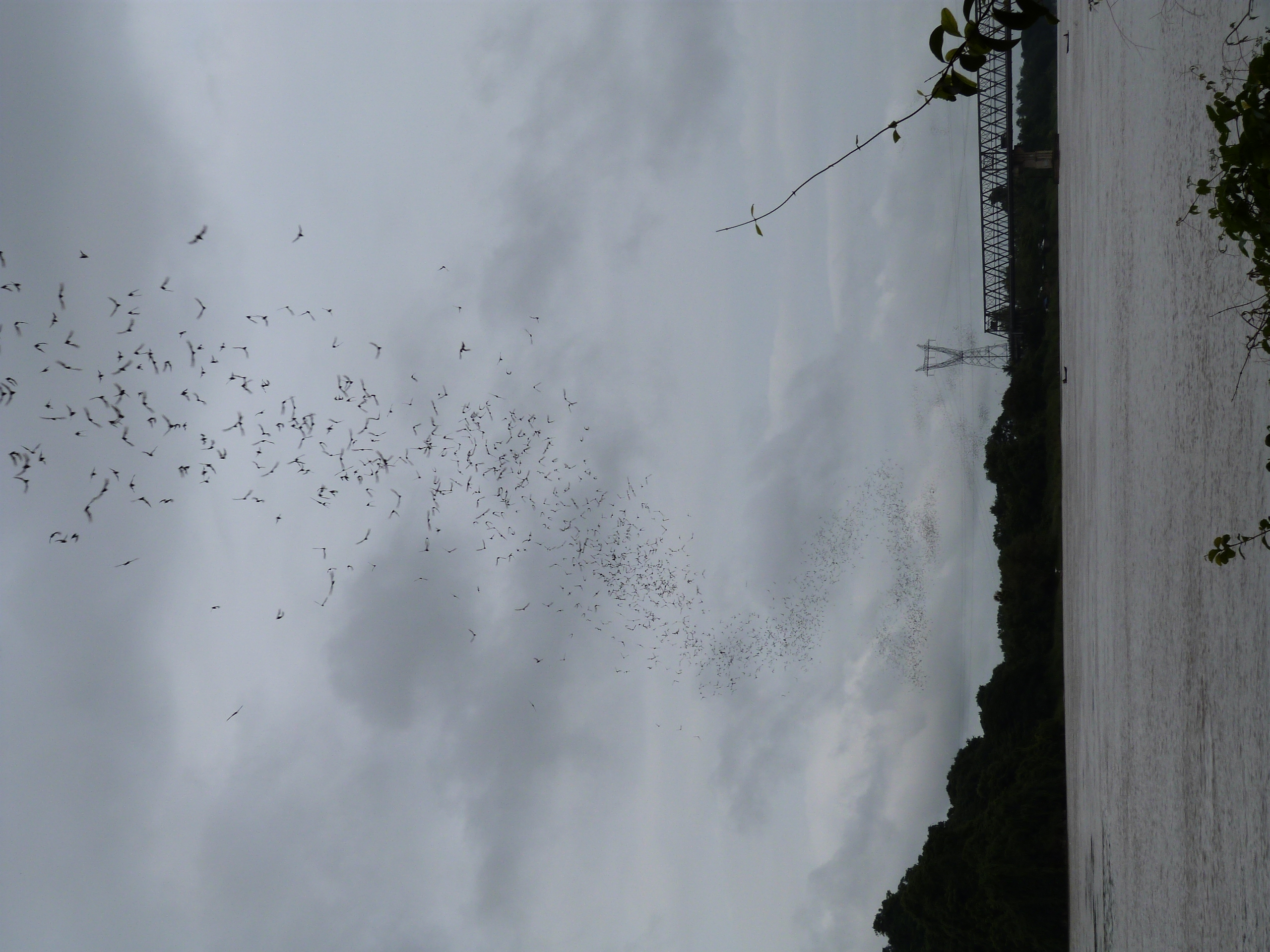



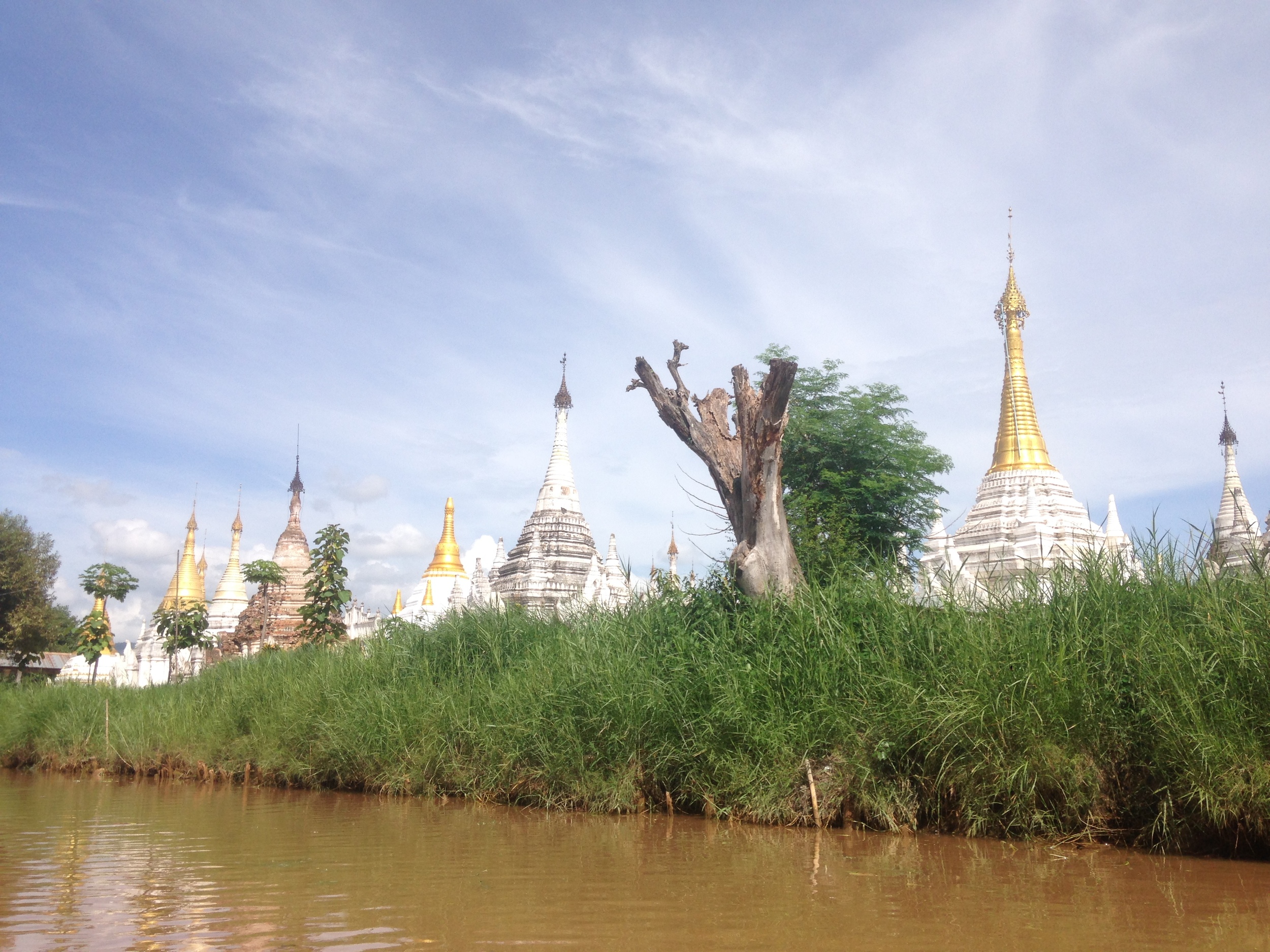

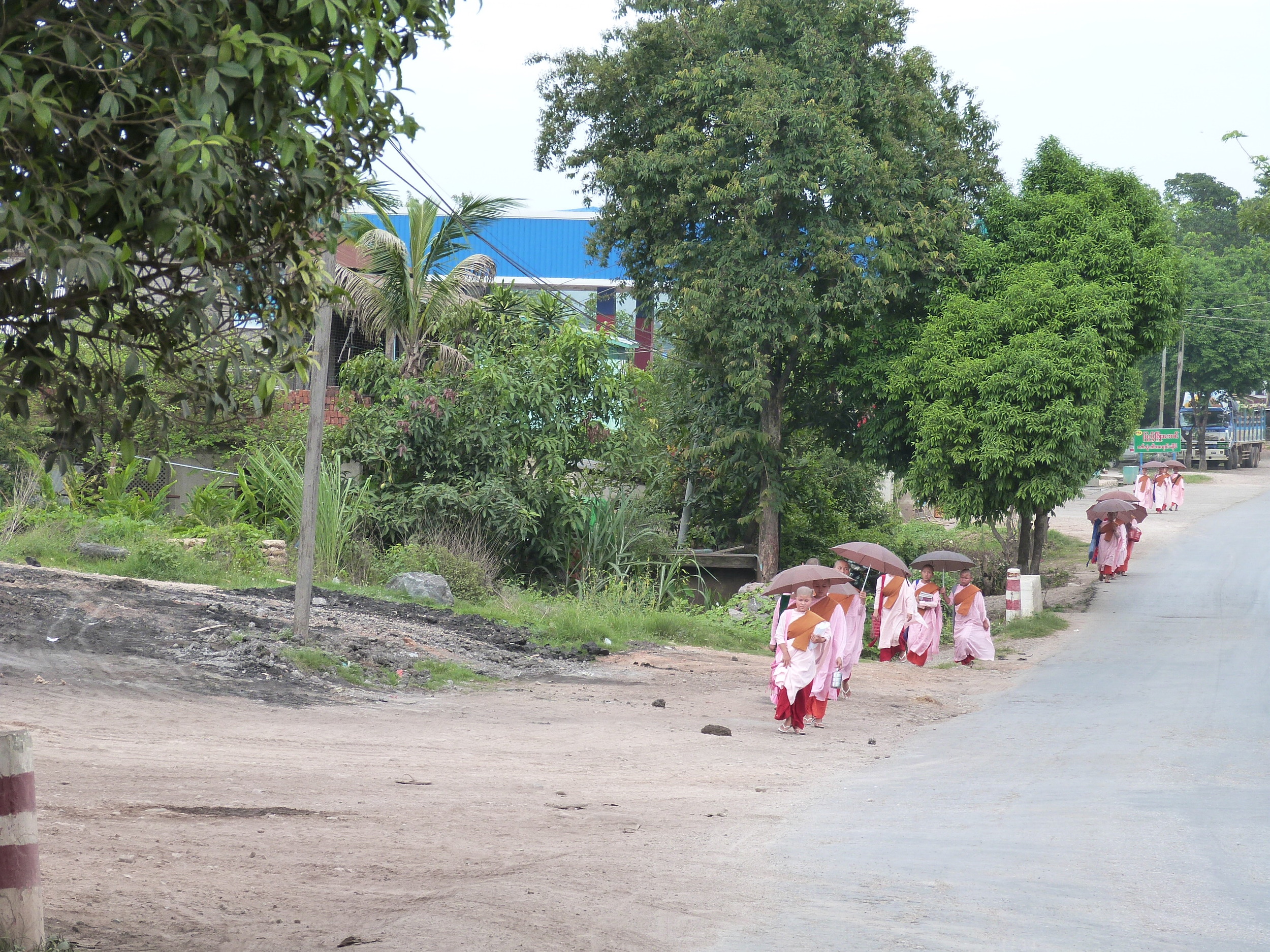

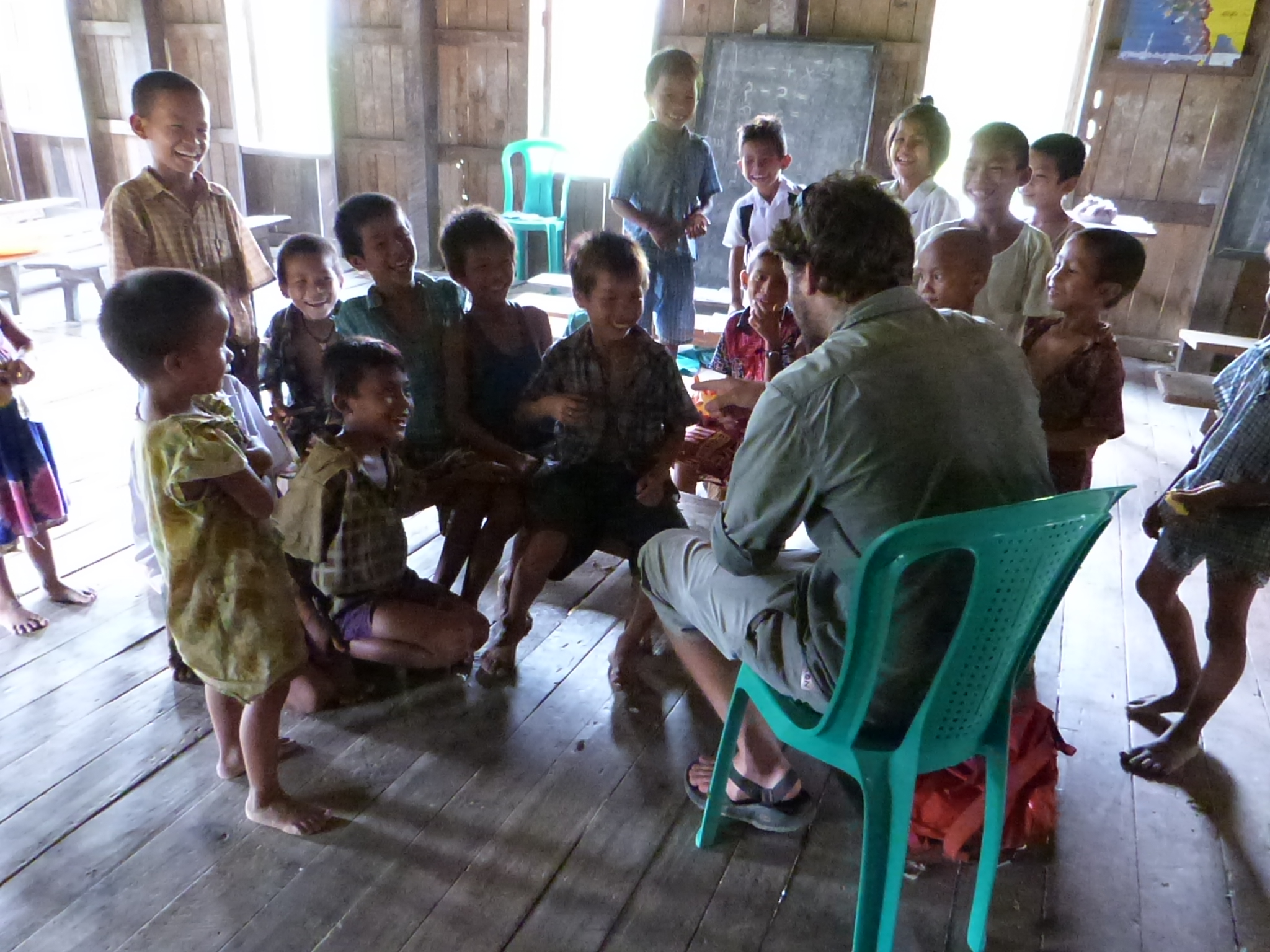
Indo-Myanmar Border Crossing
Unknown to most travelers it is possible to travel overland from India to Myanmar. The journey took me through Manipur, a rarely visited state in the Northeast and often strife with violence between local insurgents and the Indian Army.
Myanmar Border Crossing Permit
Many people are under the impression that is impossible for foreigners to cross from India into Myanmar, and for many years this was true. The only border crossing is through Manipur, which is the state directly south of Nagaland. Manipur’s recent history is full of violence against the Indian Army. As is the case with the majority of states in the Northeast, there is a large amount of support and hope for becoming an autonomous region. It wasn’t until 2012 that Manipur was open to foreign travelers.
On the Myanmar side, one must obtain a special permit to cross the border in either direction. To my knowledge the permit was previously only obtainable for someone currently inside Myanmar. This is why the majority of travelers move from Myanmar to India and not the other direction. As a result of the booming tourism within Myanmar, a few travel agencies have (only within the past year or so) made it easier to get the permit while outside the country.
Here’s what I had to do to get the permit:
1. While in Kathmandu, I got my Myanmar visa. I did not want to deal with getting it in India.
2. I emailed the travel agency a copy of my passport, India visa, Myanmar Visa, and “itinerary.”
3. Upon confirmation from the travel agency, I had to pick a specific date to cross the border, as the permit is only valid for a single day.
4. The permit cost $100.
5. I was told the permit would be faxed to me before the crossing date, and promised that a member from the agency would be waiting to collect me from the border.
6. Pray to the travel gods.
Manipur
Manipur barely gets half a page in a Lonely Planet guidebook. It is considered a transit state between Myanmar and India. I did not know anything about Manipur and if it wasn’t on the way to Myanmar I would never have visited.
Upon arriving in Imphal, the capital of Manipur, I met my couchsurfing host, Milan, and his colleagues. I was instantly greeted with smiles, warm vibes, and smoke. Milan is part of the Universal Friendship Organization, which has branches throughout the state. The U.F.O.’s goal is to promote and support peace in the area. While they spread peace or “wait” for it to come around they are slowly turning their branch into a guesthouse, greenhouse, and community center. As a visitor I also got to plant a tree that I hope to return and see again many years from now.
The Universal Friendship Organization.
Constructing the greenhouse.
Many relaxing breaks are taken by members of U.F.O. while waiting for peace.
The one famed area within Manipur is the beautiful Loktak Lake. For most travelers within Manipur, Loktak Lake is the only point of interest. While I had wonderful outing to the lake, the highlight of my time within Manipur has to be attributed to Milan. I received a gushing flow of information about Manipuri culture and history. The majority of Manipuri people are a part of the Meitei tribe, but there are at least 32 other distinct tribal groups, each with their own language and tribal dress that often differs so completely that it is hard to believe they are neighbors. Each tribe has their traditional dance and songs. Manipur is also well known for its martial arts and sports. The great sport of Polo was invented in Manipur and I even saw the field on which it was first played on.
Loktak Lake
A woman fishing by controlling the net between her legs and balancing on the edge of the boat the on the lake.
As I wasn’t aware of the cultural diversity of Manipur I only had two days before I was supposed to cross to Myanmar. My time was short, but spending it with Milan, members of U.F.O., and a group of villagers who were spending a week at the branch to practice meditation was a wonderful experience. For those heading to the Northeast or crossing between Indian and Myanmar I highly recommend saving more time to explore Manipur and experience its varied cultural offerings.
Members of U.F.O. and a group of women from a nearby town visiting for a week long meditation retreat.
Getting to the Border
The Indian border town is called Moreh and takes about three hours to reach from Imphal if you don’t run into any problems. From what I learned online and from a friend who had recently crossed the border in the other direction, I knew that horrific traffic at military checkpoints or road bans could make covering the distance turn into a long affair. In the case of a road ban, you could be stuck in either Moreh or Imphal for days until the road opened.
When I arrived in Imphal I checked with my host Milan if there would be any road bans in effect when I needed to travel, and learned to my relief that I was in the clear. Unfortunately, my luck didn’t last long as the night before my departure we received word that a 48-hour road ban was actually in effect. This news was concerning. I needed to cross the border on a specific date and did not know what would happen if I didn’t make it in time.
Waking up the next day, I didn’t know what to do. Milan suggested we check out the areas where vans usually park and pick up passengers before heading to Moreh. What a wonderful suggestion! There was one van on the street willing to take people, but as I was the only passenger I would have to pay over $40 for the ride. A small price to pay to make sure you don’t mess up a border crossing, but being in money conscious backpacker mode for the past seven months, I wanted to see if there were any other options.
Turns out there were not any other options. Milan was amazed I was even able to get a ride during a day the roads were blocked so I just considered myself lucky. I was curious to see if we would have any trouble with whoever was enforcing the ban (it wasn’t the police).
On our way out of Imphal we picked up three other passengers cutting my cost down significantly. Two women we picked up had large boxes of medicine and toiletries they were delivering to Moreh. During our drive all the towns we passed through seemed empty. At one point our driver stopped and walked ahead 500 meters to talk with a group of men on the side of the road. When he returned we all got back in the car and drove past without any problems. I think that since I was a foreigner and the women were delivering medicine we were allowed through without any problems. Beside this stop, I did not see anything else related to the road ban.
On our way to Moreh we passed through two military checkpoints. At each checkpoint our vehicle was taken apart. The front seats were taken out, the side panels were popped off, and dogs were brought to sniff the whole vehicle. The women had to open every box and make a list of the amount and name of every medicine.
On the road we passed several groups of Indian soldiers walking single file or in pairs, armed with an assortment of weapons ranging from sniper rifles to RPGs. As a traveler I generally feel safe even in dangerous areas. However, standing around idly at checkpoints or following behind army convoys makes me feel as though I am placing myself in the line of fire.
After four hours on the road I safely arrived in Moreh. After wandering around searching for the Indian immigration at the border I got my visa stamped, shouldered my bag, and walked the 1km to the Myanmar border crossing. I immediately noticed the more relaxed atmosphere on the other side. The border guards may have been in uniform, but the flip-flops they wore made you feel at ease. As I handed my passport over I was greeted with a smile and asked, “permit?”
The Friendship Bridge between India and Myanmar.
I didn’t have the permit. I had never actually received an email or fax, but as I was told someone would be waiting to collect me at the border, I hoped he would have it. I replied, “7 Diamonds (the travel agency),” and received a blank stare and was asked for the permit again. I repeated the words “7 Diamonds” several more times until I received a nod and watched the office make a phone call. I was then brought up to a waiting room while an official took my passport, filled out some paperwork and left sitting idly wondering what was going on.
After waiting half an hour without a clue, my savior arrived smiling on the back of a semi-automatic scooter in a blue longyi. He showed my permit to the border police and waved me onto the back of his scooter, and off we were to the town of Tamu.
It was immediately clear that I wasn’t in India anymore. Almost everyone I made eye contact with smiled or waved. The open friendliness was incredibly refreshing. I was dropped off at a bus ticket stand and got a ticket for the overnight ride to Mandalay.
As smiles were flowing all around, I quickly became friends with a man sitting near the bus stand. For the next two hours I was taken on a tour around the small town of Tamu, introduced to Burmese beer, and taught my first Burmese words. Mingalaba! I was happy and feeling welcomed in Myanmar.
*If you have any questions about the border crossing or would like more information about getting the permit, feel free to contact me.
Living Tree Bridges, Headhunters, & Food in Northeast India
Through the living root bridge jungles of Meghalaya and the headhunting villages of Nagaland, I spent over a month exploring the Northeast of India. Often forgotten, the Northeast is a blend of awe-inspiring beauty, tribal cultures, and food that will make your mouth water... or not.
Meghalaya
Nestled into a jungle valley side is the village of Nongriat in the Northeastern state of Meghalaya, India. The word “Nongriat” means a village surrounded by cliffs in the local Khasi tongue. True to its name, Nongriat is surrounded on three sides by cliffs that are splattered with magnificent waterfalls cascading down into the valley forming the Umshiang River below. Unknown to even the majority of Indians, Meghalaya (specifically Nongriat and nearby villages) is home to the worlds only (as far as I know) bridges made from living tree roots.
The waterfalls above and around the villages in the valley.
Across the valley was a village known as Thied Dieng, which means “tree roots” in the local language. The villagers were experts on tree roots and specialized in making tree root handicrafts. Over 200 years ago the villagers of Thied Dieng lost a war over a land dispute with one of their neighbors and fled across the valley where they broke into five villages, one of them being Nongriat. The tree root skills they brought with them were the foundation for creating the bridges.
The village of Nongriat
Maintaining bridges made of bamboo and wood was difficult and time consuming for the villages, leading them to look for alternative methods. The first root bridge was built in Nongriat 180 years ago. All of the villagers contributed to the building of the root bridges, much of which was done by pulling and weaving roots of the rubber tree into the right places as they passed by doing their daily tasks. It takes about 50 years for a bridge to be made from living roots. The majority of the villagers who worked on the first bridges did so for the sake of their children and may never have seen a completed root bridge.
Eighty years ago the monsoon swelled the waters of the Umshiang River to unseen heights, raising it above the first tree root bridge that was created. This led to the creation of the famous and one of a kind “Double Decker” root bridge, whose upper level allows the villagers to pass across during the monsoon season.
The double decker tree root bridge.
All in all the valley of Nongriat is simply beautiful. There are waterfalls, streams, rivers, and swimming holes all surrounded by luscious green vegetation, with an astonishing array of beautiful butterflies that guide you down any path you walk. It is incredibly easy to lose yourself in the trails around the village and every corner I turned filled me with an adventurous spirit to wander and explore more. For me it was a paradise. Everyday I was blown away by the natural beauty and thankful for the wonderful homestay that allowed me to stay down in the heart of the valley.
Me standing on the lower level.
Villagers doing maintenance on the upper level.
Nagaland
When I entered Nagaland it felt as though I had left India hundreds of miles away. Culturally, the places are incredibly different. The Nagamese prefer jeans and a rock’n’roll t-shirts to saris and dhotis. This is because the people of Nagaland are culturally, historically, and ethnically not Indian. Until Nagaland became an official state in the Indian Union in 1960 it had never been under the rule of a foreign power (and being part of India is still controversial issue). As most of Nagaland’s visible traditions and culture are slowly disappearing, my first destination was the northern hub of Mon, a place where outlying traditional villages still endure.
Mon is not the easiest place to get to, but the reward was worth it. I made the journey more difficult by sleeping outside on the main road on a metal cot with no blanket (i.e. no protection from mosquitos) on a warm sweaty night, waiting to squeeze into an uncomfortable transport truck at 3am. It was a difficult day, but I made it. I was in Nagaland.
My uncomfortable, slow, and hot ride into Mon, Nagaland.
After making contact in Mon with a family who I would be doing a homestay with, I hopped into a Sumo (shared jeep) for the two hour journey 41 kilometers east to the Indo-Myanmar border straddling village of Longwa. Home to the Konyak tribe, Longwa and its surrounding villages are a few of the last places where face tattooed headhunting warriors of old still live.
The village of Longwa with many traditional longhouses.
Headhunting was practiced among the majority of tribes in Nagaland. For Naga warriors, taking the heads of their fallen enemies was proof of their courage and skill in battle. It brought respect to your family and ensured a place among the honored in the afterlife. It was looked upon favorably by women in the tribe and was proof of a man’s service to his village. Naga warriors would receive facial tattoos after killing their first enemy in battle. If, on the first battle they did not kill anyone they received a V-shaped tattoo on their chest, respecting their involvement in battle.
Chiangkem of Longwa Village, one of the few remaining face tattooed Naga warriors.
While the practices of headhunting and facial tattoos are no longer present (due to the introduction of Christianity), much of the village seemed to operate in a fashion I can imagine occurring for the hundreds of years. The women are in charge of the household and working the fields while many of men spend the day smoking opium. Not exactly a fair distribution of responsibility, especially as the men are no longer fighting to protect the village. When I spoke to many of the women they took pride in being able to shoulder so much of the responsibility for their family. Also, it must be noted that not all men spent their time smoking opium. My host father was busy all day crafting stools, baskets, and other crafts from bamboo and stayed away from opium even while relaxing.
Drinking tea with Chief Ang of Longwa Village.
One of the other problems facing many families in Longwa and all Nagaland villages is the absence of the younger generation. Many children leave their villages for a better education in the city and tend to stay in the city to pursue a career. The appeal of farm work doesn’t quite match the elusive businessman dream synonymous with freedom. This leaves many families struggling to cultivate and harvest their fields. It was not uncommon to see an old man or woman all alone working ten hours a day out in their fields. After tiring myself out with a mere three hours of work with a hoe in a rice field in the village of Khonoma, I have a new found respect for their labor. Their continued perseverance in the field is a testament to their strength and resiliency, but it makes me worry about the future of Nagaland villages.
Khonoma
Villagers planting rice.
An old woman hoeing her fields alone.
Overall, lifestyle is changing quickly in Nagaland. Traditional bamboo homes are virtually extinct, except in villages like Longwa, and cement and brick construction is happening in everywhere. It’s considered the onset of civilization and luxury, but it is slowly eroding the culture. Many traditions are being lost as much of Naga culture finds no where to take root as the younger generation is more interested in cities and technology than remembering the past. Such transitions have happened all around the world, but when you’re eager to learn about a culture it can be disorienting to hear “I don’t know” to every cultural or historical question you ask someone under 30 years old.
Nagaland was an adventure of bumpy roads, beautiful rolling hills, tribal practices, and mouth-pausing foods. During my travels in Nagaland I did not see another foreigner (which I must admit I thoroughly enjoyed). I would love to return during December for the Hornbill Festival where representatives from all 16 tribes of Nagaland convene in one place for a cultural exchange and competition in dance, music, eating, and more.
Food in the Northeast
An underlying theme around my travel in the Northeast was the food. Many regions have special dishes that I consider to be the most exotic foods of India. So if you’re looking for something new to eat then the Northeast is for you.
Meghalaya – Known for pig intestines, rice cooked in pig’s blood, and pig’s brain, Meghalaya is a one-stop wonder for pork fare. I spent most of my time out in the village of Nongriat and the supply of pork is rather low, but when I returned to the city I ate a portion of pig’s brains. It actually tasted pretty good.
Pig brains in the top left.
Nagaland – When you have an open mind anything edible can be food. In Nagaland they eat rat, dog, frog, several types of fowl, and various insects. Anything that moves and passes the initial taste test is fair game. While working in the rice fields of Khonoma I found three of the seven types of frogs they eat and none of them looked particularly delicious to me. In Longwa I ate jungle rat, which to be put fairly was neither good nor bad.
My jungle rat.
Silkworms - crunchy outside, soft inside.
A market stall selling vegetables, silkworms, mice, hamsters, and rabbits (all food).
Most of the meat in Nagaland villages is smoked over the open fire. After being cured they sometimes keep the meat for up to two years before eating, as was the case with my rat! I have photos of dogs being sold alive and dead at the market, but I can't bring myself to post them.
The Northeast
The Northeast almost never enters the conversation when people talk about visiting India as it is outside general tourist loops.. Nevertheless, some of the greatest places I have seen and people I have met are from the Northeast. More so than the rest of India, the east offers several ways to immerse yourself into tribal and village lifestyles that bring you face to face with some of India''s most beautiful landscapes.
The Nepal Earthquake of 2015
OnApril 25th, 2015 an earthquake of 7.8 magnitude rocked Nepal. I was luckily situated in Pokhara, a city west of the epicenter of the quake and an area that received very little damage. I quickly returned to Kathmandu and unknowingly walked into a disaster relief area filled with amazing people working hard to support Nepal.
On Saturday April 25th at approximately 11:56am, I was sitting in my guesthouse in Pokhara writing about my trekking experience in Nepal when the earth began to shake. When the tremors got larger and ceased to stop, I poked my head out the door and saw a mass of Nepalese congregating in the street. A group of three elderly women spotted me and began frantically waving me over.
More to acquiesce to their frantic calls than anything else, I jaunted out to the street barefoot while the tremors continued. In the heat of the moment it is hard to know how long the shakes lasted, but it seemed about a minute long. It was by far the largest earthquake I have ever felt, but everything seemed fine (and was in Pokhara). The power went out during the earthquake and it didn’t even occur to me that the damage would be worse somewhere else.
Five to six hours later the power returned and the first reports started flowing in about the damage to the Kathmandu Valley, avalanches on Everest, and villages that had been completely leveled. We already had plans to return to Kathmandu from Pokhara the next day and were going to go ahead with them if possible. The buses were cancelled but our patience was rewarded with a single bus asking twice the price. The trip was shorter than usual because there was no traffic on the road. In a few places landslides covered half the road but there was always plenty of room to pass. As we got closer to Kathmandu the damage increased. It didn’t occur to me that I was taking myself into a disaster zone.
Back to Kathmandu
I’ve never been close to disaster. I’ve only witnessed the trailing pieces of hurricanes 5+ years later, visited memorial sites, or seen a special on the news that you forget a few days later. On Sunday afternoon the once bustling tourist center of Thamel in Kathmandu was as empty as a ghost town. Electric wires hanged low everywhere and the metal shutters on every building were shut. The damage didn’t seem as bad as other areas we passed back on our way through the city, but turning the corner on one street or peering down an alley would show an entire five story building shaken to the ground.
Thamel, Kathmandu.
Down an alleyway in Thamel. Police in the background were loading bodies into the truck.
Around the city were various sites that had been converted into campgrounds housing hundreds of thousands of people whose homes had been destroyed, damaged, or who were simply to afraid of aftershocks to spend the night inside. There wasn’t a single guesthouse open and we took to the park that night with everyone else to sleep under the stars without sleeping bags, blankets, tarps, or tents. Thankfully there was a calmness to the city that belied the fear everyone felt. While the availability of food and water was low there was always something you could find. Ramen packets, snicker bars, and bottled water became my diet for a day and I never felt in danger or that chaos might erupt in the city.
Large campsite at Ratna Park.
I spend the next night in a windowsill of the American Embassy, was fed a warm breakfast of rice, beans, and delicious bacon, and used the nicest bathroom I had seen in over 5 months. It had been almost 72 hours since the first quake and a few shops, restaurants, and guesthouses had begun to open up, although the majority of the city still slept outside at night.
The general vibe among travelers in Nepal seemed to scream “get me out of here!” Everyone was scrambling for a ticket out of the country, some countries were providing free flights home through their embassies, and many people got on the first buses to Pokhara. I wanted to go on another trek, but I could imagine the suffering of the country lingering at the back of my mind as I viewed panoramas of the Himalayas and I knew that trekking would have to wait for another visit.

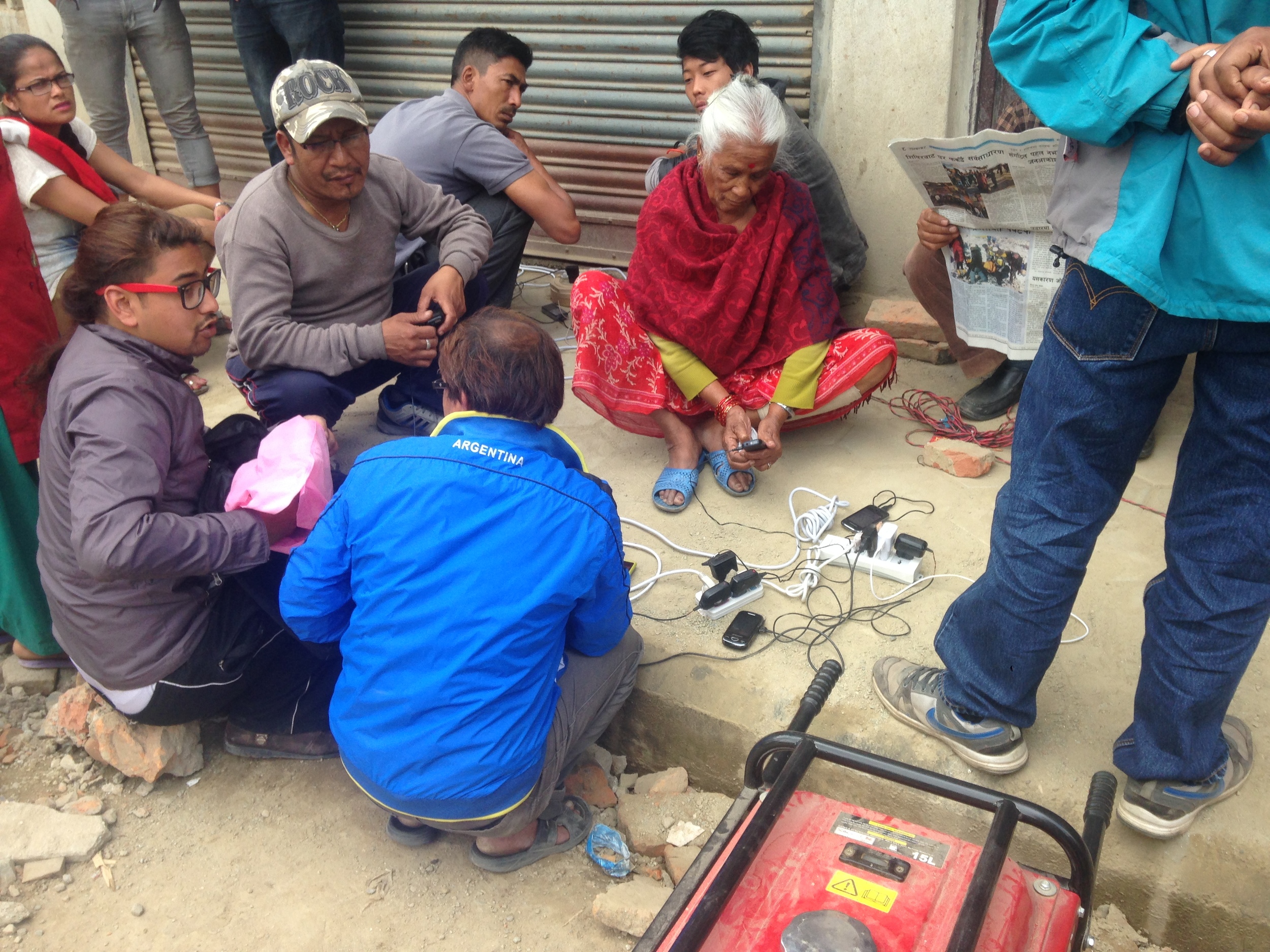


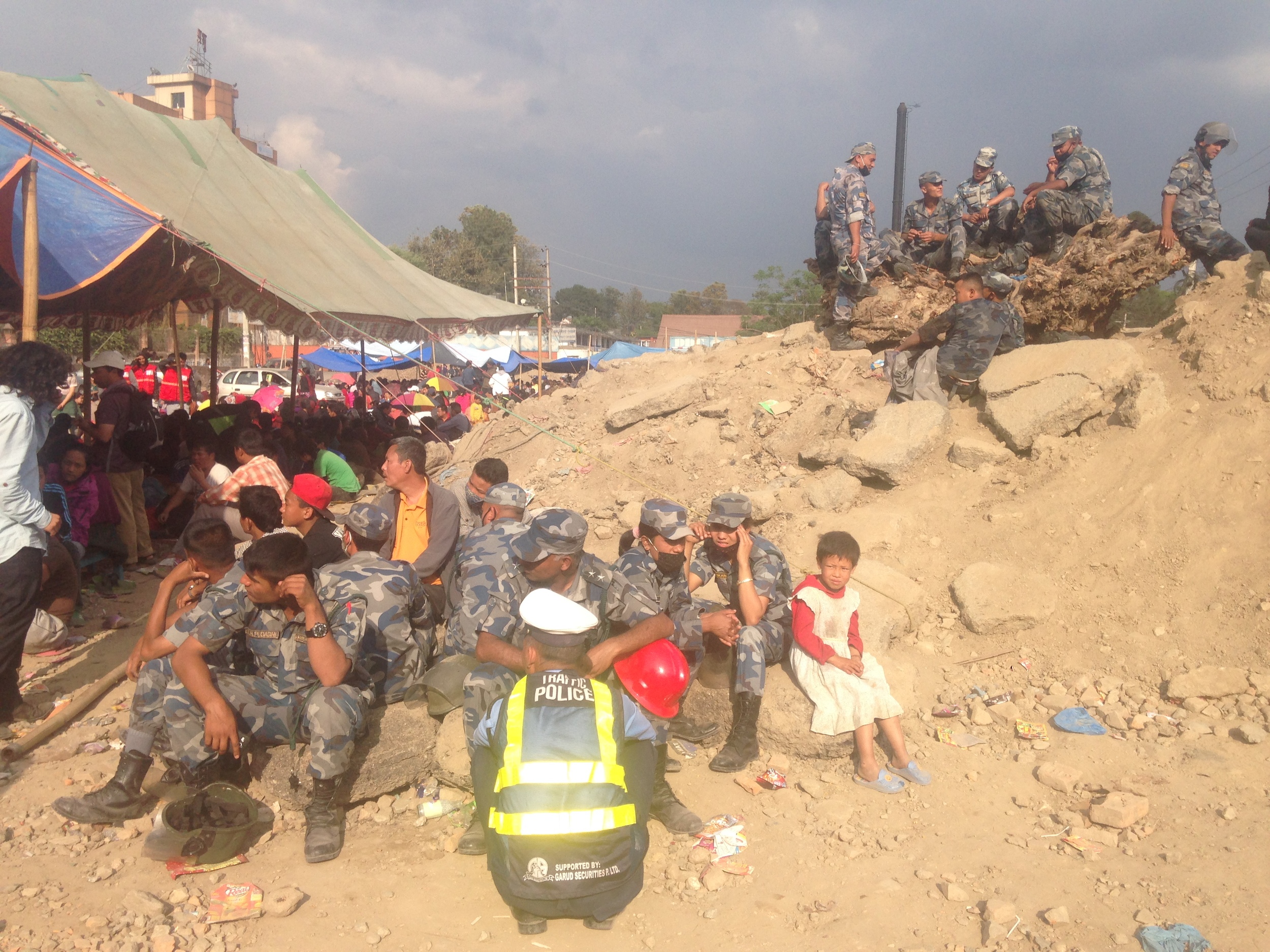
In and Out of Kathmandu
For two weeks straight since the earthquake I met hundreds of people working their butts off. I saw disaster area relief teams from over ten countries all working to save their citizens and Nepalese alike. There were waves of people donating blood to the Nepal Red Cross, volunteering in hospitals to relieve nurses and doctors, searching for information about missing persons, and individuals (foreign and Nepali) raising thousands of dollars for relief efforts.
Giving blood.
Loading a truck with rice.
Through volunteering at the hospital I started to make connections with various people all looking to help out. I joined a group created by 5 Nepali business owners who pooled their funds to send out initial relief while they began fundraising for more. Based out of one of the businessman’s car shop, we all helped to load up the trucks, make delivery trips to nearby villages, and sort the medical supplies that arrived in unmarked bags and boxes. It was all very chaotic and slightly unorganized, but the effort and relief it provided cannot be denied.
I went out to two different villages and what I experienced was very different. The first village took 6 hours to reach, half of that time down an extremely difficult to navigate dirt road. We were sent to collect information on the damage and assess what supplies were needed. The name of the village was Deurali (south of Dolaghat) and we were told that it hadn’t received help because it was outside of what was considered the heavily hit areas and was being neglected.
Upon arrival it seemed as though the information we received was a bit embellished and our focus should return to different areas. We passed major supply trucks heading up the same dirt roads and the amount of damaged households were low. We also learned that all of the neighboring villages were okay from a electrician who had restored power to the area. We still had some food, tarps, and medicine and decided that it would still be of use for the people in this village and set out to find those most in need.
Complete destruction in Deurali.
Nepalese digging out their home.
To our dismay we felt the disunity within the village due to the caste system. Those of lower caste lived farther away from the road and probably didn't receive as much aid from the rest of the village. We were routinely deterred and given false information as to who were the most needy and it was a very frustrating and tiring process handing out food and tarps to those we thought most needed them.
My experience at the second village was quite the opposite. Batase is situated in the Sindhupalchowk region of Nepal which was the most heavily hit area in the country. Setting out on a truck bed full of rice we drove to the village guided by one of the villagers themselves. This was the first aid they had received since the earthquake that had happened 10 days prior. All the villagers gathered together and there was a list with everyone’s name on it. You could see the happiness in the faces of every member as they heard their names called to pick up a bag of rice. Young children and elderly all bent their backs to carry home the food. There was no arguing, whining, or pleas for more and I wished the previous village had banded together as this one had.
Sitting on a truck bed full of rice and giving a couple locals a lift.
Receiving food for the first time since the quake.
The destruction was extremely apparent in Batase and many more of the villages that we passed along the way. Every building was at least slightly damaged. Entire schools were flattened leaving me grateful that the earthquake happened on a Saturday when no one was there. The hardest part about visiting the villages was hearing about those who died from the lips of their loved ones. Stories of brothers buried in landslides, grandmothers unable to make it outside in time, and children too small to dig free of the rubble that trapped them.
A school that was completely leveled in Batase, Sindhupalchowk.
Even with all of the destruction and knowledge of future hardships, the hospitality of the Nepalese never disappeared. People whose homes were ruined offered me food and tea. As I have said many times, Nepal is a beautiful place, and not just because of the landscape. The people are truly amazing and I have been inspired by their fortitude and resilience in the face of loss and danger.
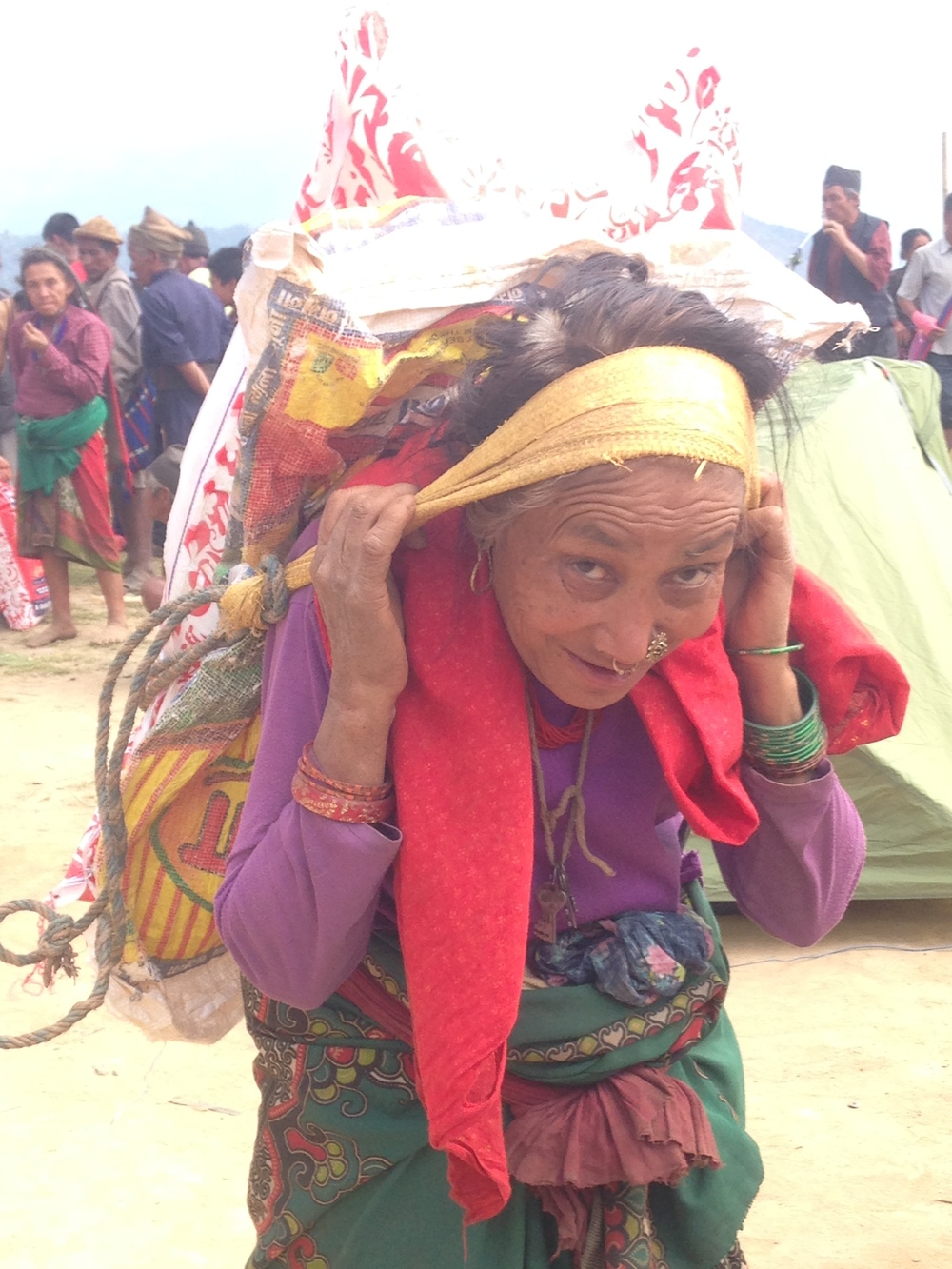
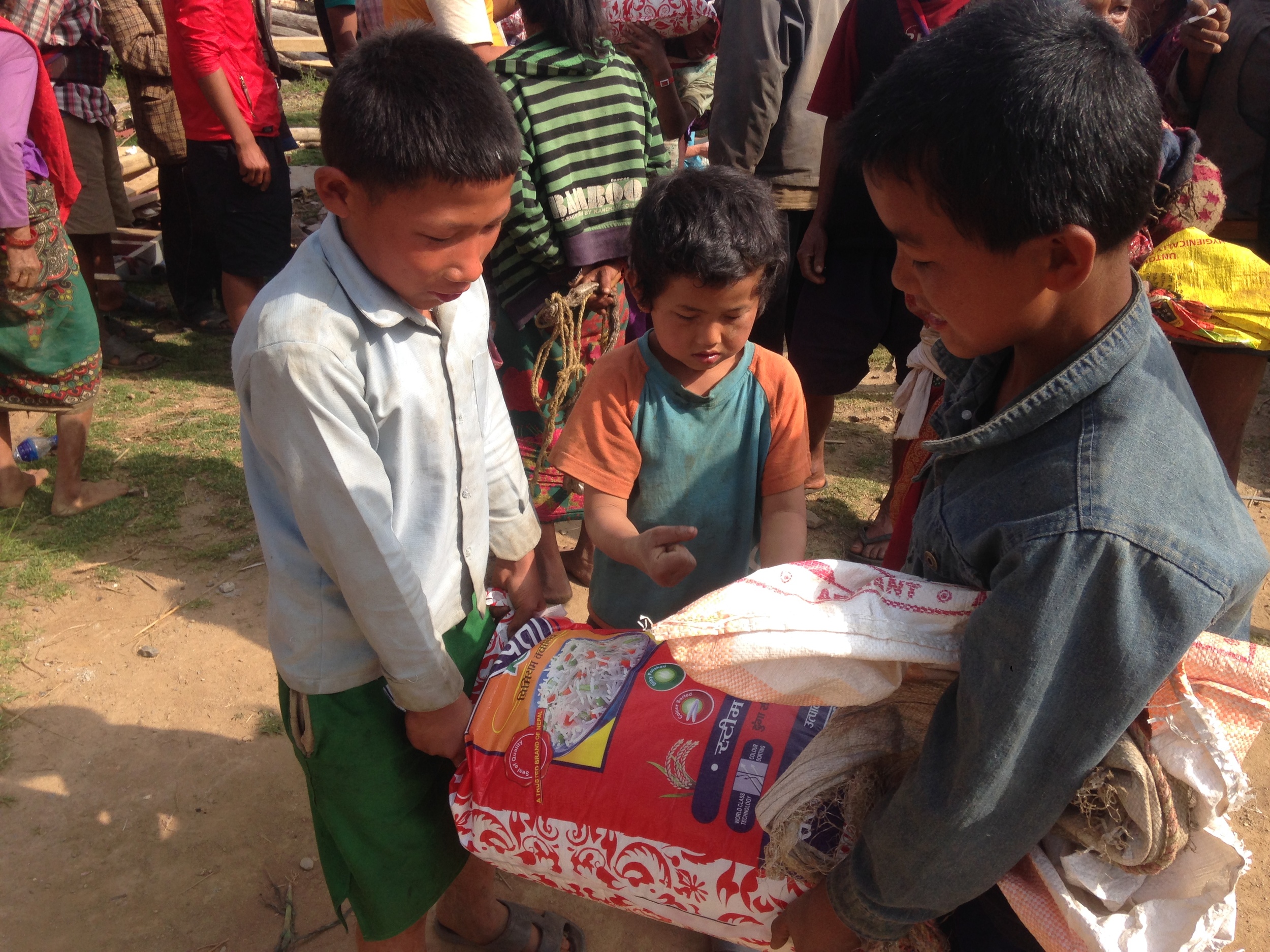

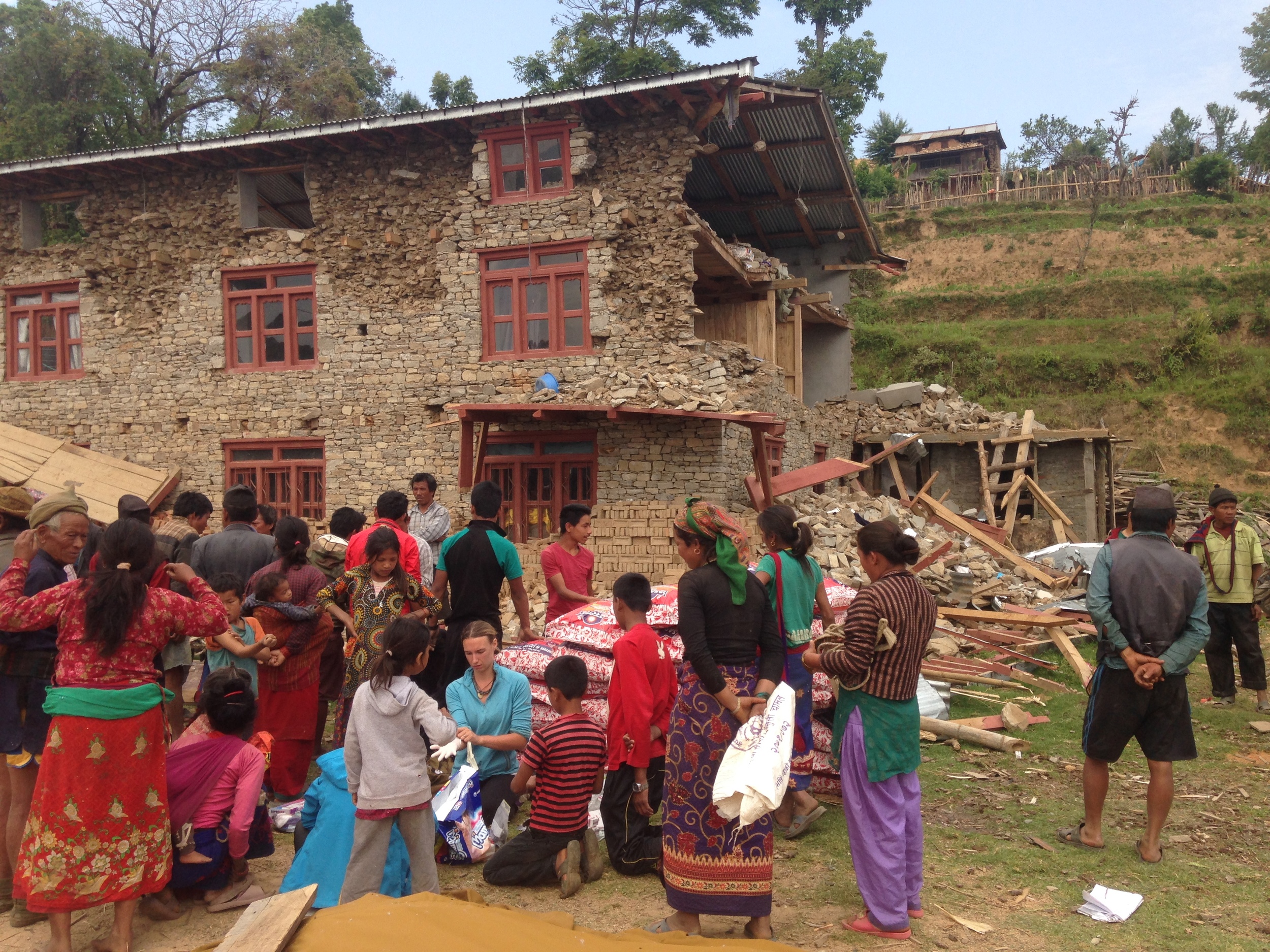
How to Help
Countless people have asked me where they should donate their money. Most people are looking for local organizations that bring supplies directly out to villages, but I can’t guarantee how that money will be used or if in the long run it will go somewhere it is truly needed. I recommend donating to the Red Cross, Unicef, or Oxfam. I have seen all three organizations working hard and I believe that they have the structure to continue to help and provide organized relief, even after much of the enthusiasm has died down in Nepal itself.
If you want to get involved with your hands there are lots of organizations available for volunteering that you can find with a simple google search. I’d recommend waiting a few more weeks for everything to get organized, otherwise you risk showing up to a place that is unprepared to accommodate a volunteer. People with backgrounds in construction are of utmost need as the monsoon season is less than two months away and adequate shelters for the weather needs to be built. Rebuilding Nepal is more than just a project for a few months though. There will be volunteering opportunities over the next few years if you are interested.
UPDATE - Earthquake Number 2
Just when the dust had begun to settle and life had begun to resume some normalcy, Nepal was struck be another 7.3 earthquake. I was walking through the outskirts of Thmael, amidst tall buildings that already had cracks and roads with rubble piled together on the corners. A few bricks fell off the buildings above me, but thankfully no one was hurt. It started as a slow rolling shake, like the end of a sound wave where the vibrations are far apart and luckily never increased over the 30 seconds it lasted.
The damage was minor compared to the first quake, but more houses fell, roads to needy areas became blocked again by landslides, and unfortunately more people felt the loss of loved ones passing before their time. The major damage though was fear. It is a constant undertone behind the streets of Kathmandu, with many families returning to the open areas to sleep under tents and tarps.
There is more help that could always be done, but for me, the time is up and I am moving back to India. After managing to get another Indian visa, a process akin to torture, and also picking up a visa for Myanmar (which was incredibly easy and enjoyable), I am set for my next two to three months of travel. This afternoon I take an aprx. 16 hour bus to the eastern border of Nepal and try to make my way to Darjeeling, India. India Round 3!
The Ups and Downs of Mt. Kanchenjunga
Kanchenjunga is the third tallest mountain in the world and is one of Nepal's most remote treks. Due to our guide, the food, and beautiful views the trek was an unforgettable experience, but not without its ups and downs.
Different from my time in India, there isn’t a long list of places I wanted to visit or things to do in Nepal. On my mind was a single task – go trekking. I wanted to spend time outside away from bustling people and honking horns and see how my body would adapt to high altitude.
In touristic Thamel of Kathmandu, the streets are lined with outdoor stores selling fake The North Face jackets and other hiking gear. Almost all of the equipment is fake, but that doesn’t necessary mean it won’t get the job done. I’d recommend bringing your own hiking shoes and if you rent a sleeping bag get the warmest one you can find. As I unfortunately found out later, a -10 degree Celsius bag will only keep you warm on its own at 5 degrees Celsius.
A stupa in Thamel, Kathmandu.
The first day in town Robert, Michael (our new Kiwi friend we met on the train from Varanasi) and I went popping into every other travel agency we could find. We wanted as much information on guide prices, trek costs, and different treks as we could get.
The Ups and Downs of Mt. Kanchenjunga
In the end, the decision was made to embark on an adventure to the base camps of Mt. Kanchenjunga, the third tallest mountain in the world standing at 8,586 meters high (28,169 feet). The main appeal was the solitude of the trek. Mt. Kanchenjunga is a two-day bus ride away from Kathmandu and gets very few trekkers compared to the Everest and Annapurna regions.
On the day we left Kathmandu we met up with our guide Mr. Moti. A Nepali man of unknown age, possibly as young as 27 or as old as 40, with a strong enough grasp of English to initially put you at ease as long as your questions revolve around food, sleeping, and hiking. With a scar on his forehead and a confidence inspiring demeanor we felt in good hands to begin our trek.
After a fourteen-hour night bus we stopped at Birtamod, just short of the India-Nepal eastern border towards Darjeeling. We got off the bus and climbed into a Mahindra jeep for an eight-hour journey on twisty roads up and down mountainsides to the town of Tapeljung, our starting point for the trek.
The view from out hotel in Tapeljung.
The Trail (Up/Down)
Kanchenjunga has two a south and north trail that lead to their respective base camps. Sele Pass that sits between Ghunsa on the north side and Cheram on the connects the two routes. Our plan was to head up the south trail to Yalung Base Camp, head back down to cross the pass, and proceed to Pangpengma Base Camp and return back to Tapeljung on the northern route.
The beginning of the trek was a series of trails connecting mountainside villages. Often lined to some extent with rocks, the trail was almost never level longer than a hundred feet. Instead, you are constantly winding your way up steep switchback pathways or heading downhill on trails that will leave all but the sturdiest knees sore at the end of the day.
Even without snow covered peaks in the first few days the vista of green rolling hills were incredible. Small huts, often isolated by kilometers on all sides, dotted the greenery. Whenever we descended down to the valley floor we would cross bouncing bridges above rushing rivers. The non-stop ascents could leave you breathless even at low altitude, but the views were always enough to keep you wanting more.
The Food & Alcohol (Up)
Welcome to the land of dal bhat power (24 hour!). Dal bhat (rice with lentil curry) was our nourishment for days on end. Sometimes accompanied with some greens or potatoes, dal bhat is a great source of energy and was the only option in the simple teahouses on the Kachenjunga trail. Every evening we would be asked by our guide, Mr. Moti, what we wanted for dinner as if their were options (which there not).
For breakfast we would often have an egg omelet, greens, and chapatti. Occasionally we stopped for lunch along the trail and be served noodles (top ramen style) spruced up with some veggies and chili powder.
When we reached the teahouse at Cheram (3870m), we had unknowingly walked into a food paradise for trekkers. For some reason they were stocked with the ingredients to make mac & cheese, chowmein, yak momos, crepes, and more. To my delight, the yak cheese piled on top of our macaroni tasted like Parmesan. The store at the teahouse had snicker bars and other delicacies we hadn’t seen since leaving Tapeljung. It was obvious the family running the teahouse at Cheram had been in the business for much longer than their colleagues lower down the trail.
A beautiful Mac & Yak Cheese picnic at Cheram.
From our first day trekking we were quickly introduced to the local alcoholic beverages. The moonshine that is often poured out of an old coke bottle or fuel container is called Raksi (also means drunk in Nepali). A Tibetan drink made from fermented millet and hot water that you drink from a perforated straw is called Tungba. There was also Chhaang that seemed similar to Tunga except for the fact that it came in a large bowl without millet in it.
Everything we ate tasted great. The dishes may be simple, but they were full of flavor and we enjoyed comparing the discussing the merits of each dal bhat compared to the ones we had previously enjoyed. Raksi aside, the alcohol was milder than beer and gave a nice buzz after a long day trekking.
The Guide (Up/Down)
From the beginning we weren’t sure what to make of our guide. Mr. Moti immediately made it clear that he was man that valued strength. He spoke of his time in China learning Kung Fu and showed off knuckles that had been repeatedly broken so that it could heal as a bone wall. When he spoke he often karate chopped the air or raised a menacing fist to emphasize his points. He loved to show the locals and us how he could hack away at a flexed forearm with a sharp knife and come away without a scratch.
He harbored an emotional side that showed true every time he had a little to drink. Beyond basic questions and answers our communication was rather limited. Moti worked hard to read our faces to understand whether or not we were happy with how things were going. Often confusing unhappiness with tiredness (especially when he was drunk), Moti would break into long tirades on how we were a team, how he would bargain on our behalf for cheap food and lodging, and how he wasn’t a commission man (when this is repeated over and over again you begin to wonder). He was committed to make sure we were happy and genuinely appeared upset or worried if he sensed we were not.
Perhaps this all came down to working for a good tip, but his rants grew overwhelming when we realized there was no chance at a two way conversation. He had things he wanted to say, he believed certain things were going on, and nothing we said would help. He either didn’t understand what we were saying or choose to not care.
Unfortunately his English seemed to deteriorate as we hiked and his responses to our questions consisted of “why not,” “difference is you,” “sure, sure, yes, yes,” and “this, this, this, ya know.” We never received a straight “yes” or “no.” I rarely had any clue what he was talking about and the trek began to seem more about the ups and down of Moti than the trail to base camp. Alone I would have been very concerned, but with two friends I was ready to take the long rants as long as we got to where we needed to go everyday.
His drinking actually became a problem that quickly escalated the first few days. Days where he had a drink or two with breakfast would leave him gasping for air in front us reeking of alcohol. Luckily the drinking more or less faded away as we hiked higher as I think he realized alcohol was helping him make a case for a good tip.
Mr. Moti!
On the other hand, he was clearly a favorite among the local people everywhere he stayed. We would hear people laughing and listening intently to his stories. He would often sing around the kitchen and it was clear he was a funny and entertaining man. I should also not forget that he was quick to point out plants, animals, and share any information about the area that he could.
There was a lot to Moti we did not understand, and a lot Moti probably didn’t understand about us. In the end though it was a great experience having him. After talking to other trekkers in Kanchenjunga and other treks we realized that we had been getting some great deals on food and lodging. Mr. Moti clearly had been looking out for best interests from the beginning. He added an interesting element to our trek that I will never forget.
The Weather (Down)
For the first half of the trek it rained every afternoon just after we arrived at our teahouse. It was only as we got higher that we realized that all the rain down below meant more and more snow up above.
As advertised, we didn’t see a single trekker over the first five days. When we arrived at the teahouse in Toranden, a days walk from the beginning of the pass that connects the north and south base camp routes, we encountered a large group of trekkers from New Zealand who brought with them the news we were dreading. The pass was closed and beyond the next teahouse on the trail nothing else was open. Some of the trekkers from New Zealand had attempted the pass but had quickly gotten stuck in snow up their chests and returned back. Needless to say I was mixture of disappointment, frustration, and upset at how helpless you can become in the face of Mother Nature.
The teahouse at Cheram getting snowed on.
It helped that we weren’t the only ones attempting to trek in Kanchenjunga and being turned back at the time. Apparently the weather we were facing was considered abnormal at this time of year. Determined to make the best of it we hiked up to Cheram, which sits at 3870 meters, and the following day we went on a day hike that brought us up to 4200 meters (or 4500 according to our guide, but I am bit skeptical). The views were stunning, but they left me aching to go even further.
Michael, Robert, and I at around 4200m high. Our highest ascent during the trek.
Returning back down we were at least able to take a slightly different route for the final two days to another village where we caught the first of two buses back to Kathmandu. On our way down it continued to rain almost every afternoon. The rain made me feel better about turning back and not waiting it out longer at the top in hopes of going further.
Back in Kathmandu
Our early arrival brought us back on the Nepali New Year’s Eve. Happy 2072! Although celebrations rang through the air, I was still racked with disappointment after failing to make it to either base camp or cross the pass at Kanchenjunga. After the trek I had been toying with the idea of volunteering in Nepal, but I knew that was no longer an option. I was hooked on the sights of the Himalayas and determined to make it to a base camp above 5000 meters before leaving Nepal.
